“Music only makes sense if it can better the perfection of silence.”
/ / THE LONDON TRILOGY / /
The London Trilogy is a collection of three chamber works inspired by Buddhist philosophy, particularly the First Dharma Seal: the Law of Impermanence. This foundational principle teaches that all material or relative existence is transient—everything has a beginning, a middle, and, ultimately, an end. The Greek philosopher Heraclitus captured this concept succinctly: “No man ever steps in the same river twice, for it’s not the same river and he’s not the same man.” Life is in perpetual flux, and change is the only constant. Suffering often arises when we resist this fundamental truth.
Yet, within the Law of Impermanence lies purpose. It is through accepting the transient nature of existence that we can find meaning. Death, rather than a finality, becomes an opportunity for renewal—a chance to begin anew, experiencing the cycle of life from a fresh perspective. As Franz Kafka poignantly expressed, “Everything that you love, you will eventually lose, but in the end, love will return in a different form.”
The London Trilogy explores these philosophical ideas through three distinct works:
Life from Light (2012) – Represents Birth and Expression.
2045: The Year Man Becomes Immortal (2016) – Represents Death, Integration, and Transcendence.
Hhumann X (2018) – Represents Growth and Experimentation.
Although the trilogy was not created in chronological order, the first two works reflect on the themes of birth and death, while the final work delves into the journey of growth and transformation between these two defining moments.
HHUMANN X (2018)
Growth/Experimentation
Chamber piece for piano, 2 cellos, violin, 4 batons, electric guitar, electronics, soloist voices and mixed choir.
Hhumann X
In an era defined by technological hyper-connectedness, humanity paradoxically faces a growing epidemic of social isolation. In the UK, over 9 million people report feeling often or always lonely, according to a 2017 report by the Jo Cox Commission on Loneliness. In the US, a 2018 survey of 20,000 Americans revealed that nearly half sometimes or always feel lonely or left out, with young adults aged 18 to 22 identified as the loneliest generation. Meanwhile, in Japan, the phenomenon of kodokushi—lonely deaths where individuals remain undiscovered for long periods—has seen an exponential rise. Estimates suggest there are at least 30,000 such cases annually, though the actual numbers may be much higher.
Simultaneously, modernisation and technological progress have elevated living standards to historic highs. Yet, rates of anxiety and depression are reaching epidemic proportions, particularly in the Western world. This paradox of loneliness amidst hyper-connectivity is the central theme explored in Hhumann X.
Concept and Musical Journey
Hhumann X delves into loneliness and isolation within our contemporary world. The high soprano, singing an invented language and performing at the edge of her vocal range, embodies this sense of alienation. She is contrasted with the Persian soprano, whose Eastern influences establish a bridge, guiding the high soprano toward connection with the choir. This symbolic journey reflects a path out of isolation, culminating in the transformative power of community.
The piece emphasizes the importance of building bridges—not only between cultures and individuals but also within ourselves. The recurring mantra, “Do you know what you are?”, is drawn from a poem by the 13th-century Persian poet Rumi, inviting reflection on true nature and purpose. This culminates in the Hindu mantra Soham—meaning “I Am That” or “I Am”—sung by the entire choir during the climactic moment, symbolizing unity with the universe.
Premiere and Reception
Hhumann X premiered at LSO St Luke’s in London on October 20, 2018, to a sold-out audience. The performance featured More Than Just a Choir, a community group supporting individuals facing mental health challenges and isolation.
They were joined by:
Grammy Award-nominated pianist José Menor,
Violinist Harriet MacKenzie,
Sopranos Honey Rouhani and Vanessa Bowers, and
Ball de Bastons performers Jesús Baltà and Maria Pachón.
The Ball de Bastons is a ritual weapon dance dating back to the 12th century, performed across Europe and the Mediterranean. Dancers wielding sticks (bastons) create intricate patterns of rhythmic stick-clashing, adding historical depth to the performance.
The premiere garnered significant media attention, with coverage from outlets such as the BBC, London Live, and The Telegraph. The main theme was also featured on BBC Radio 4’s series The Anatomy of Loneliness, broadcast in October 2018.
Explore the Composition
By pressing the button below, Inside Hhumann X, you can explore detailed insights into the piece’s compositional process.
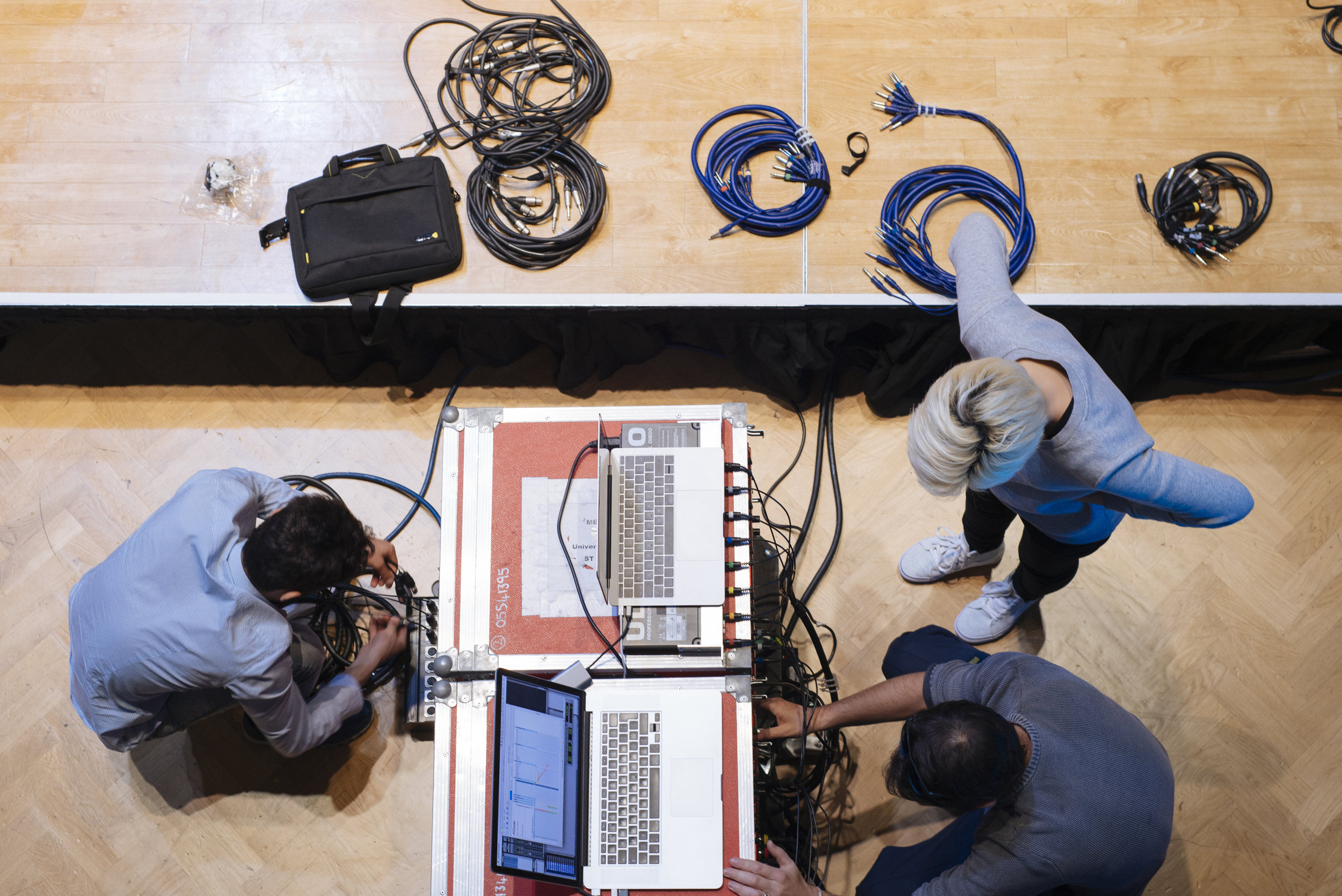
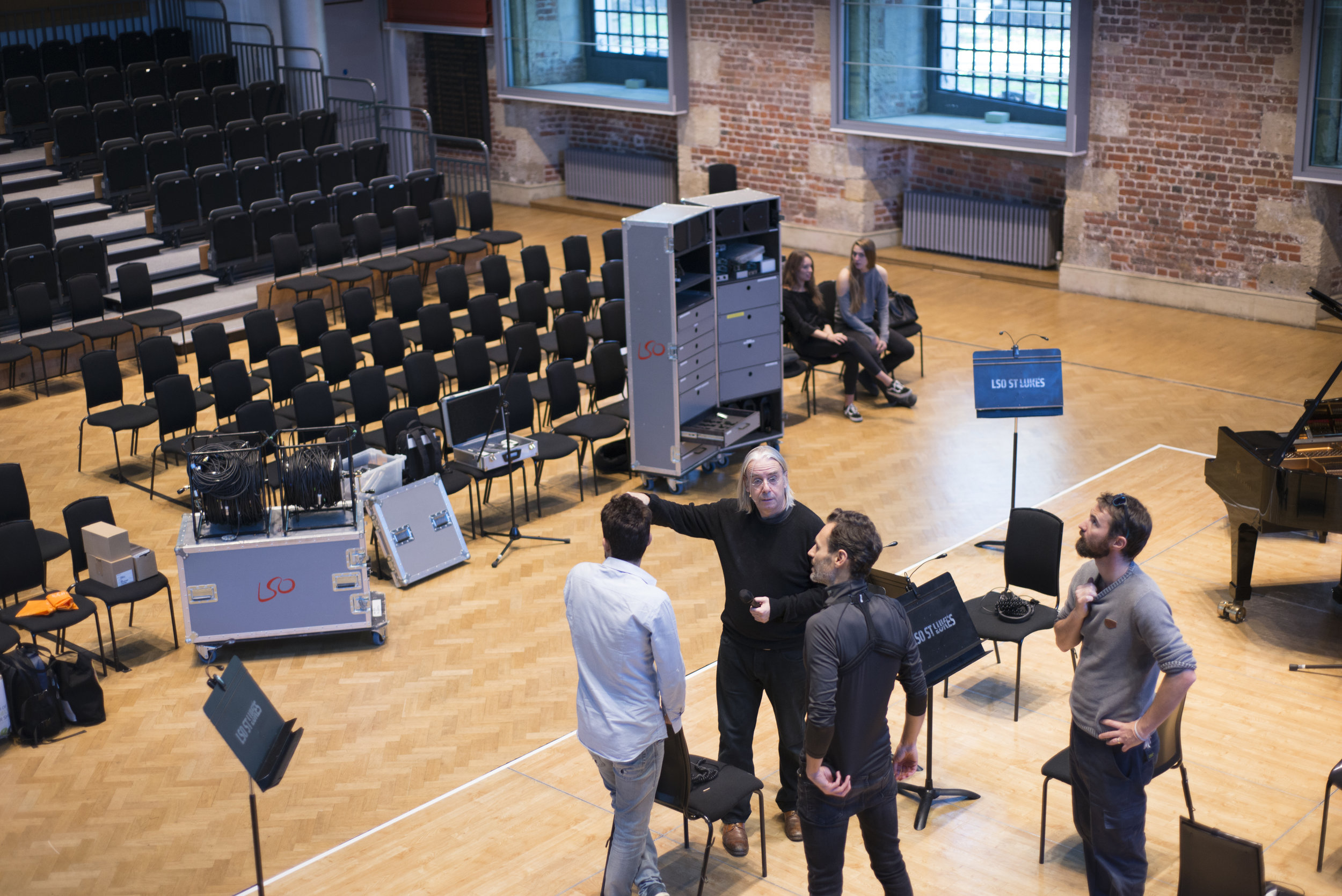
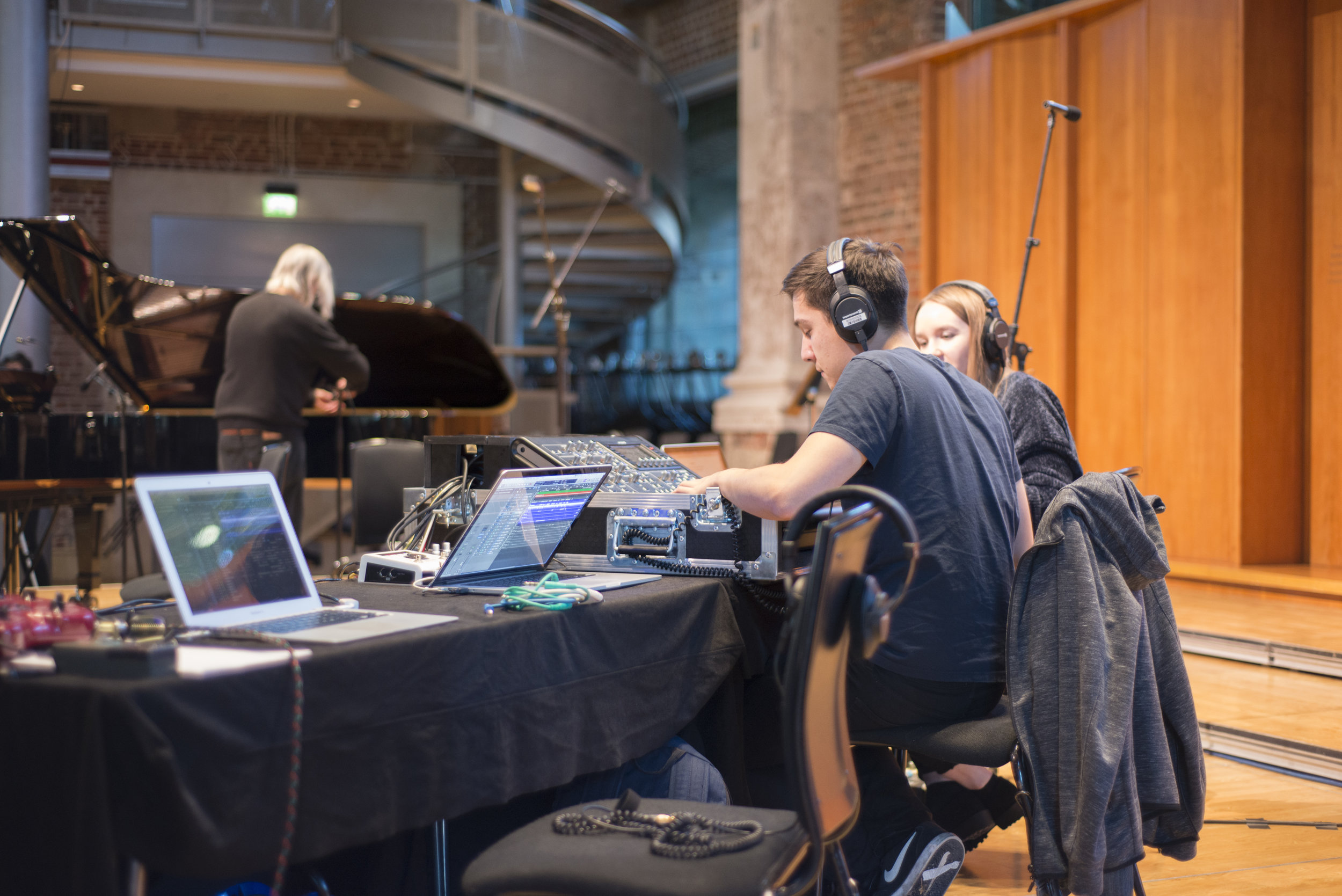
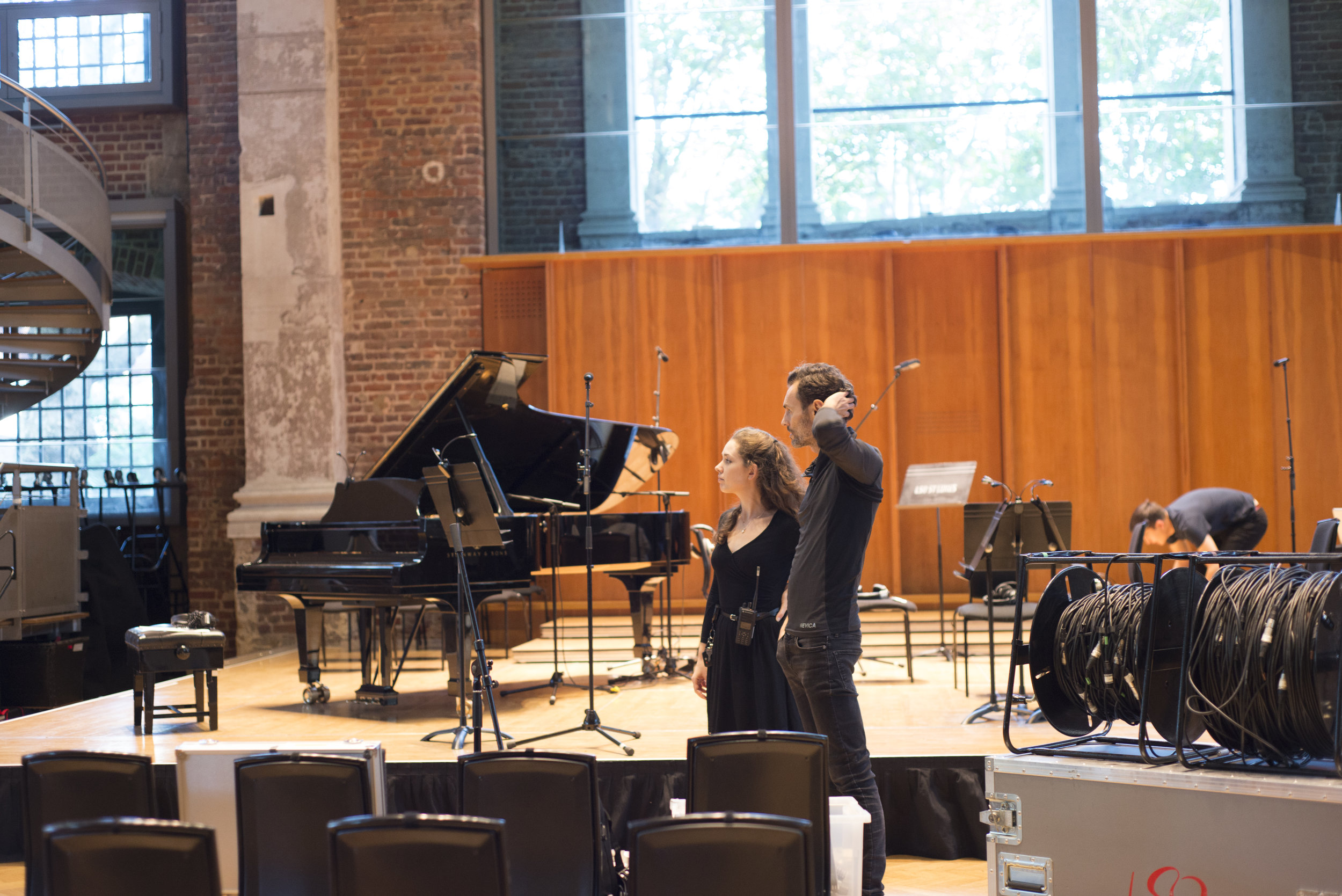
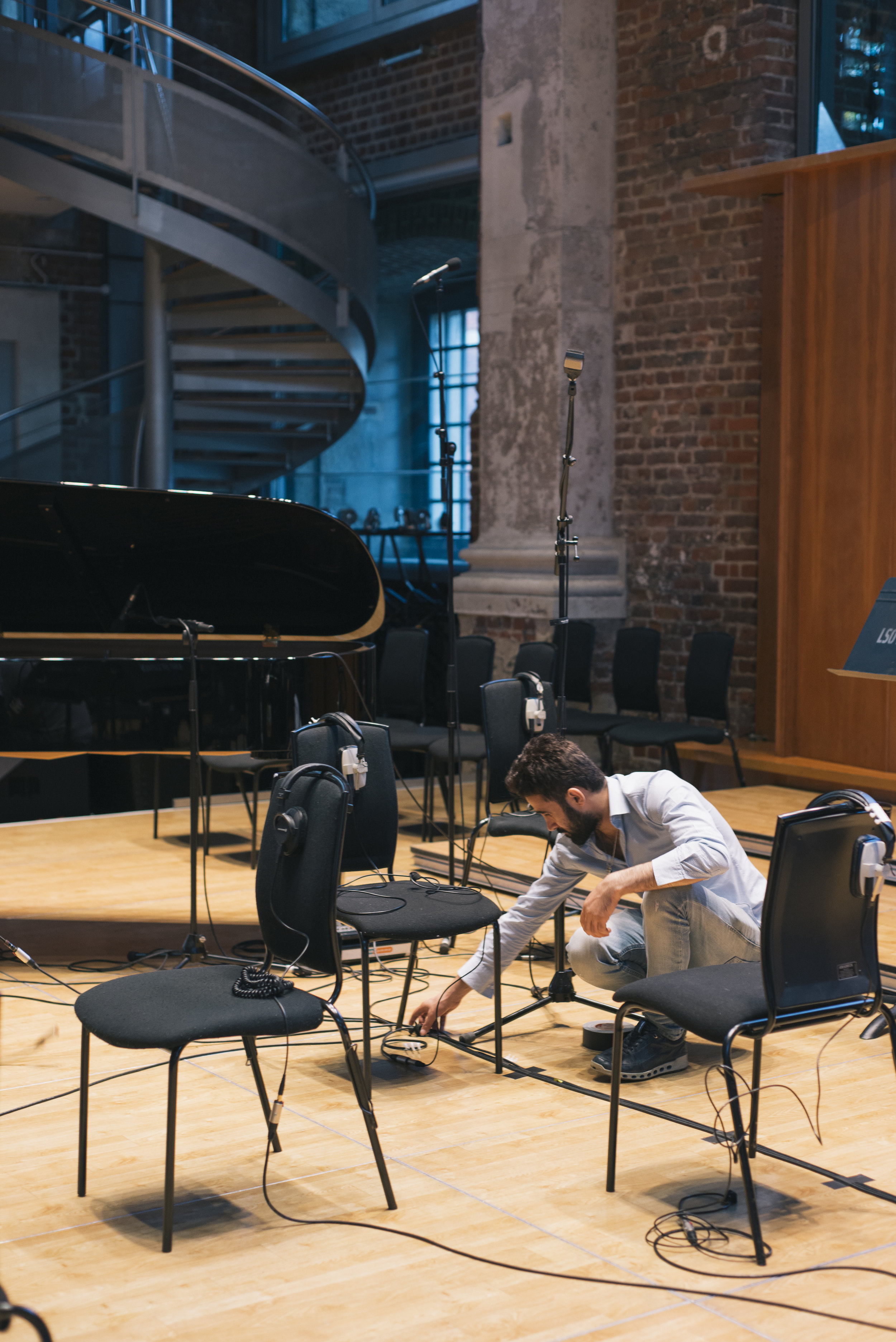
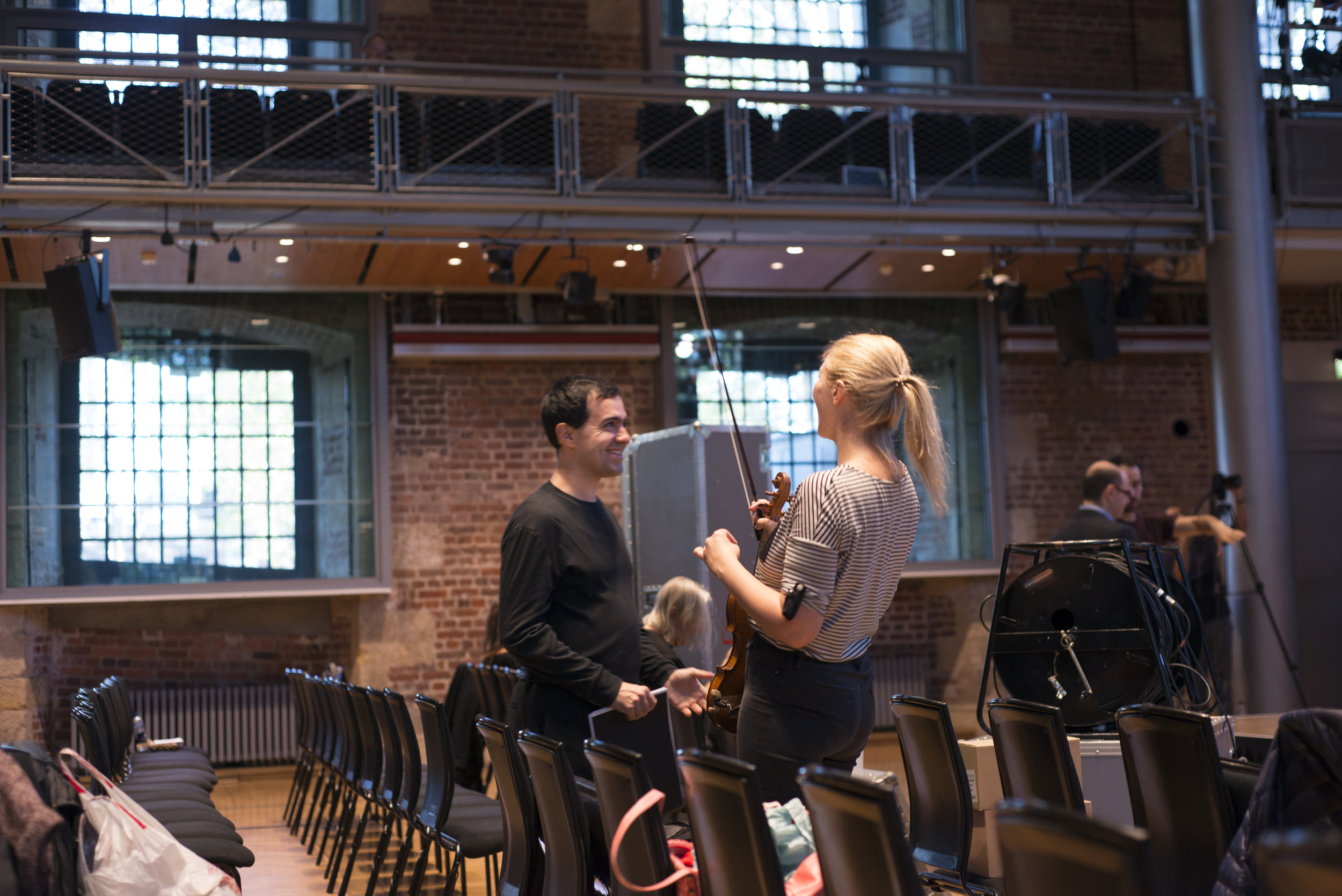
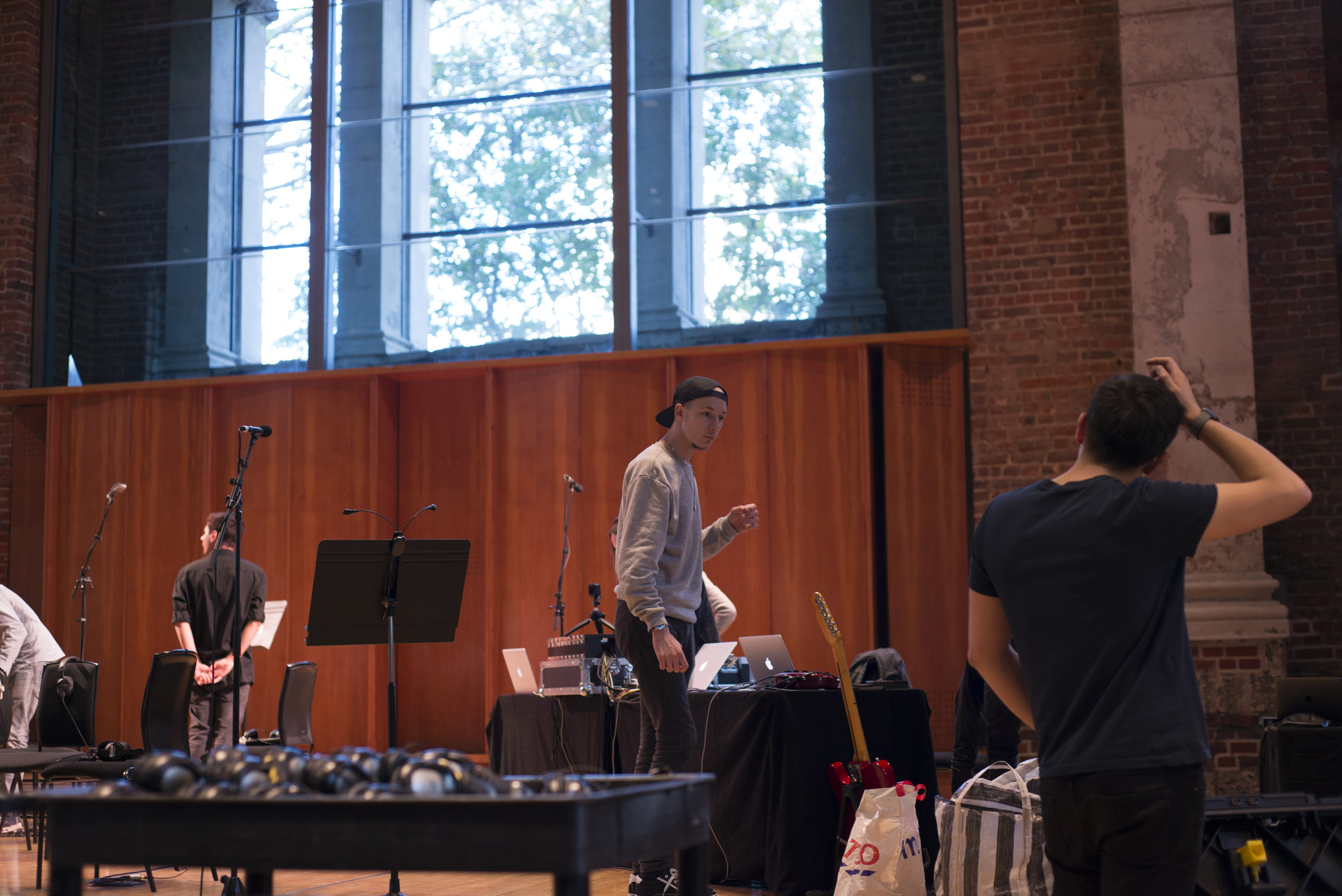
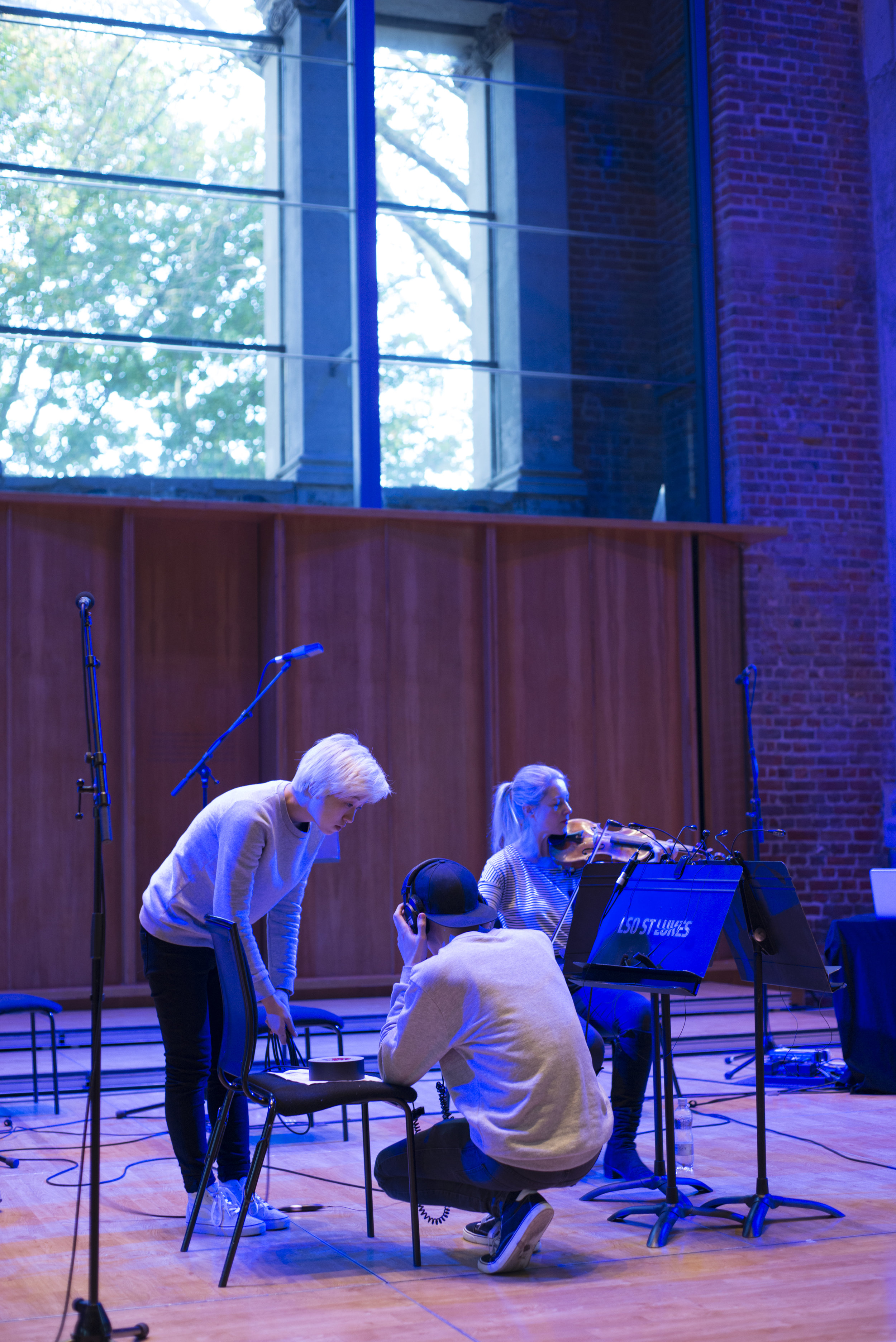
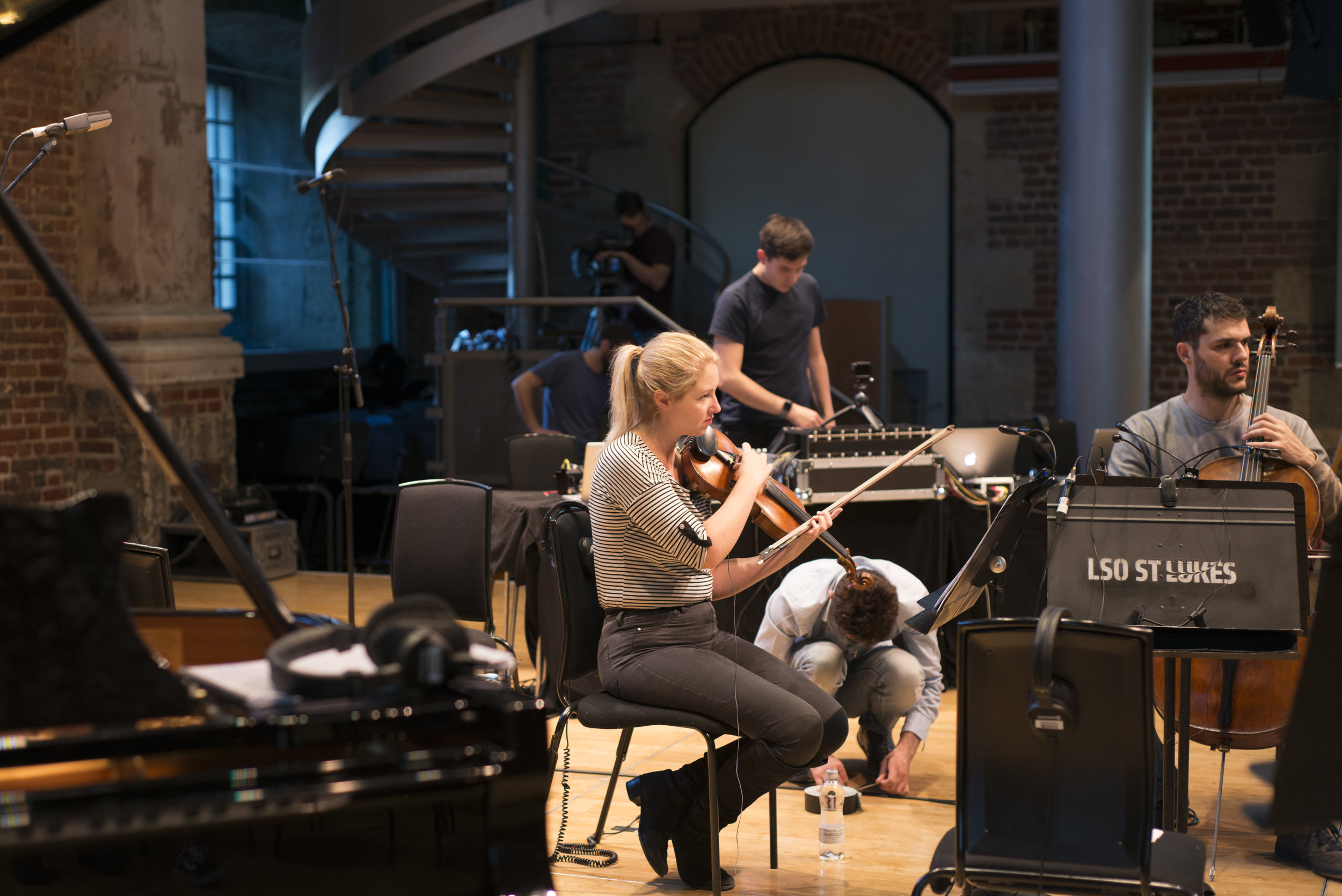
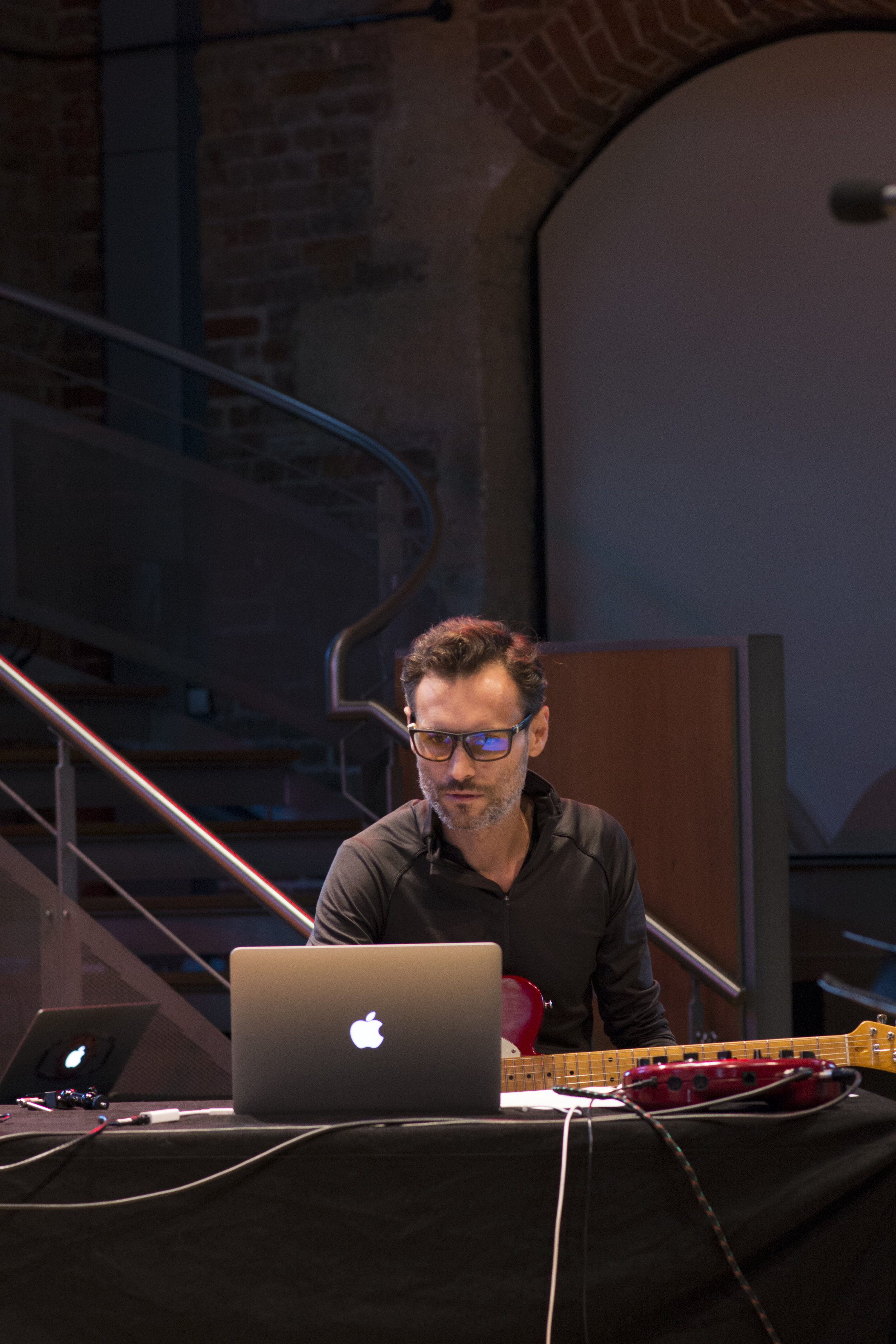
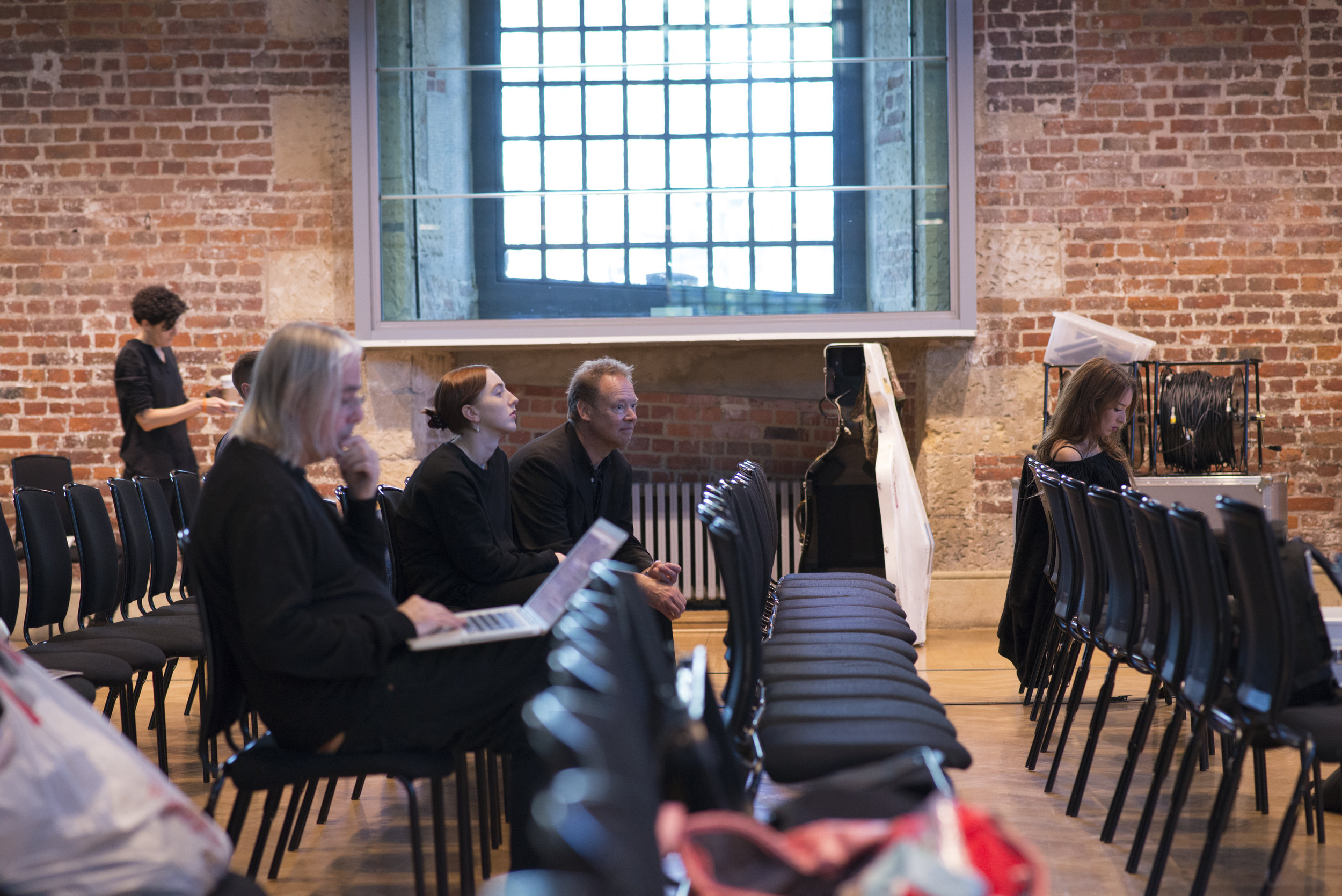
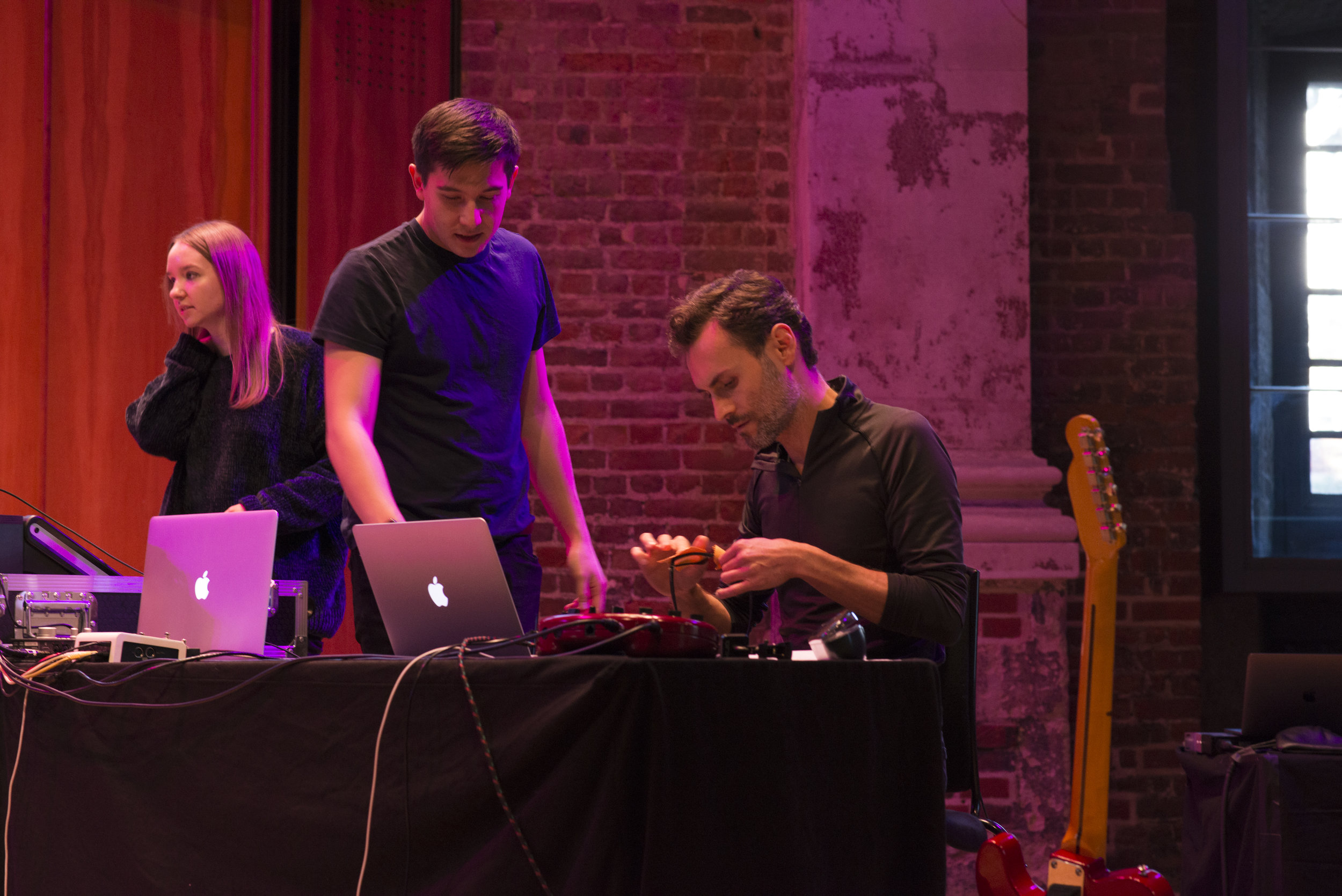
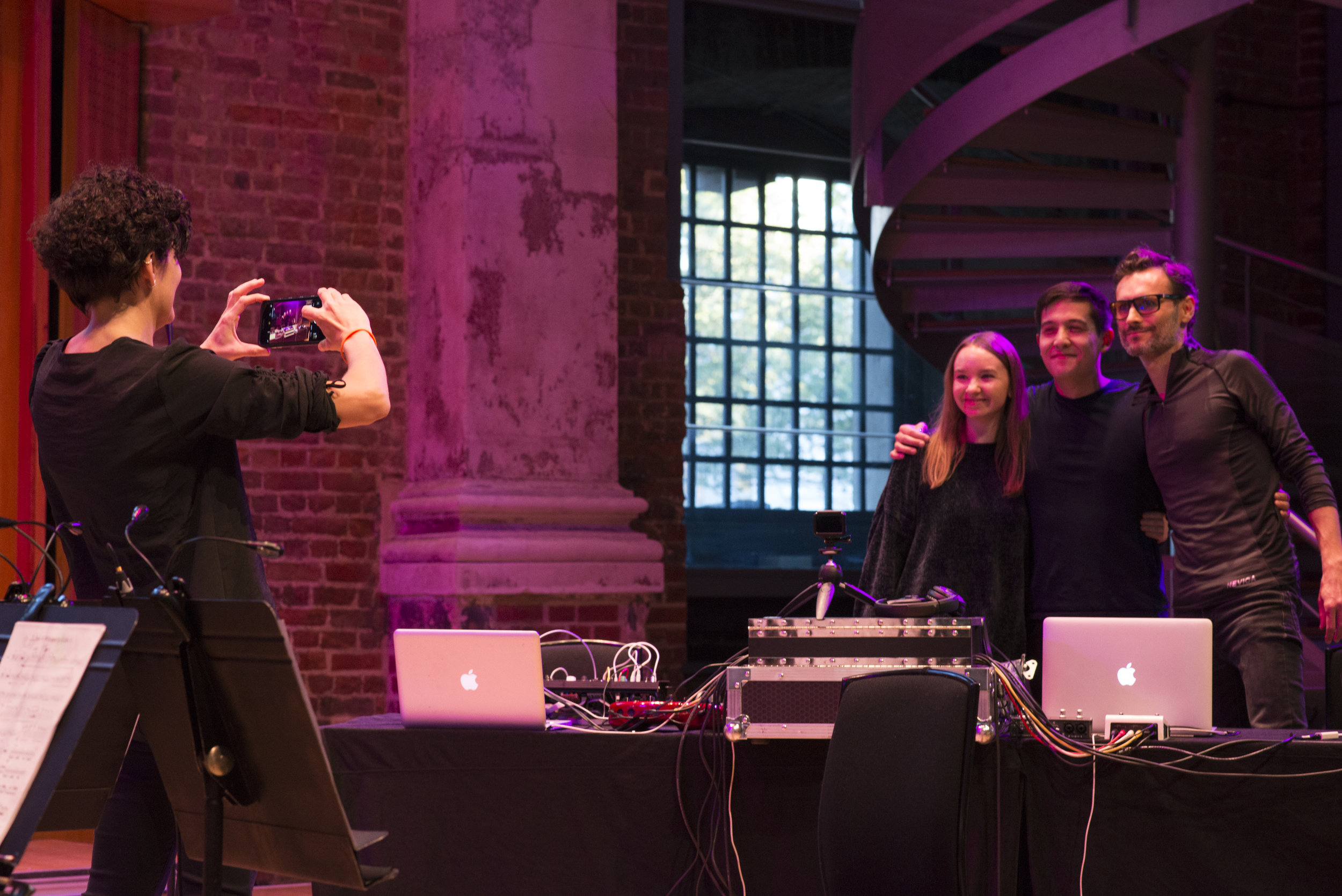
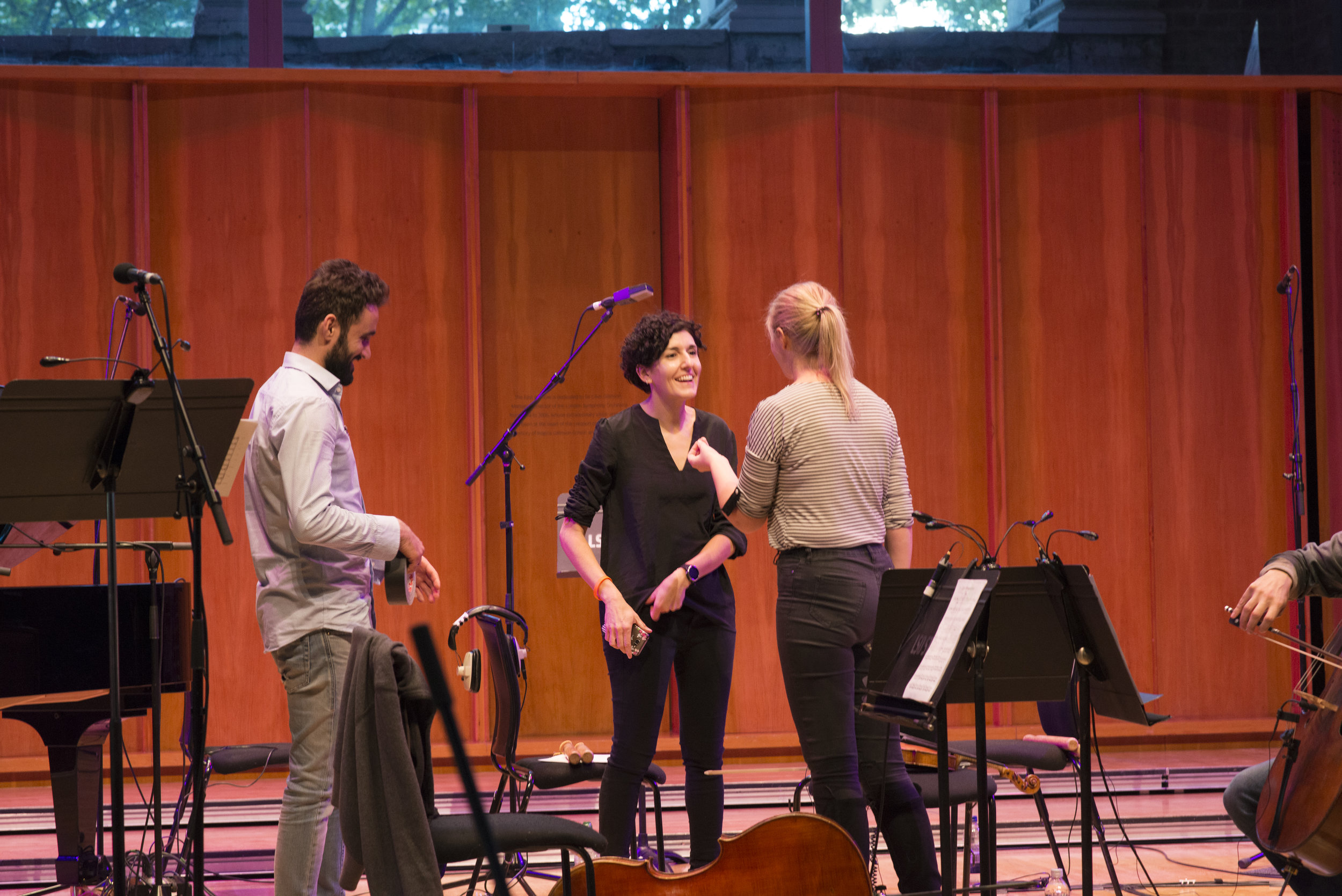
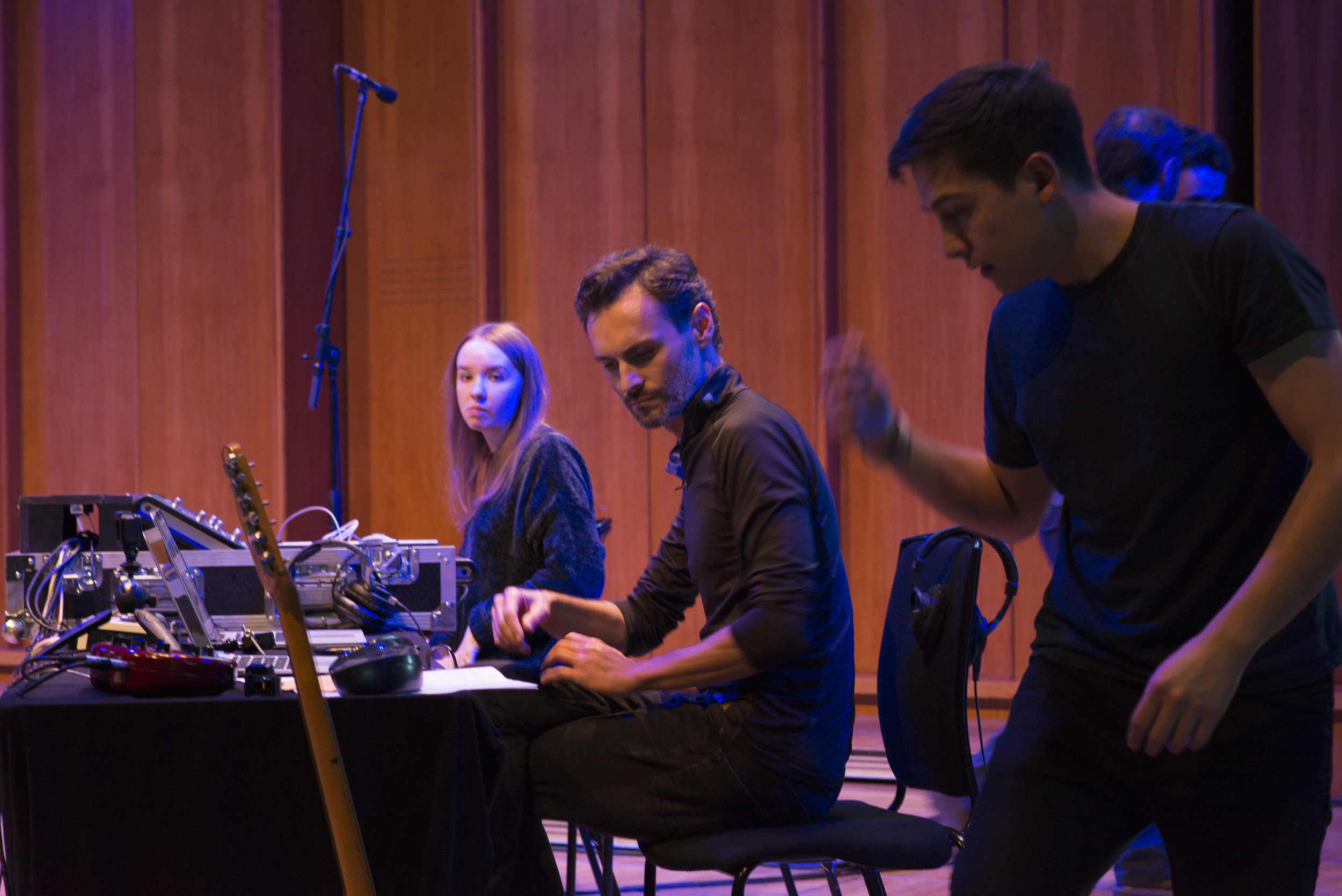
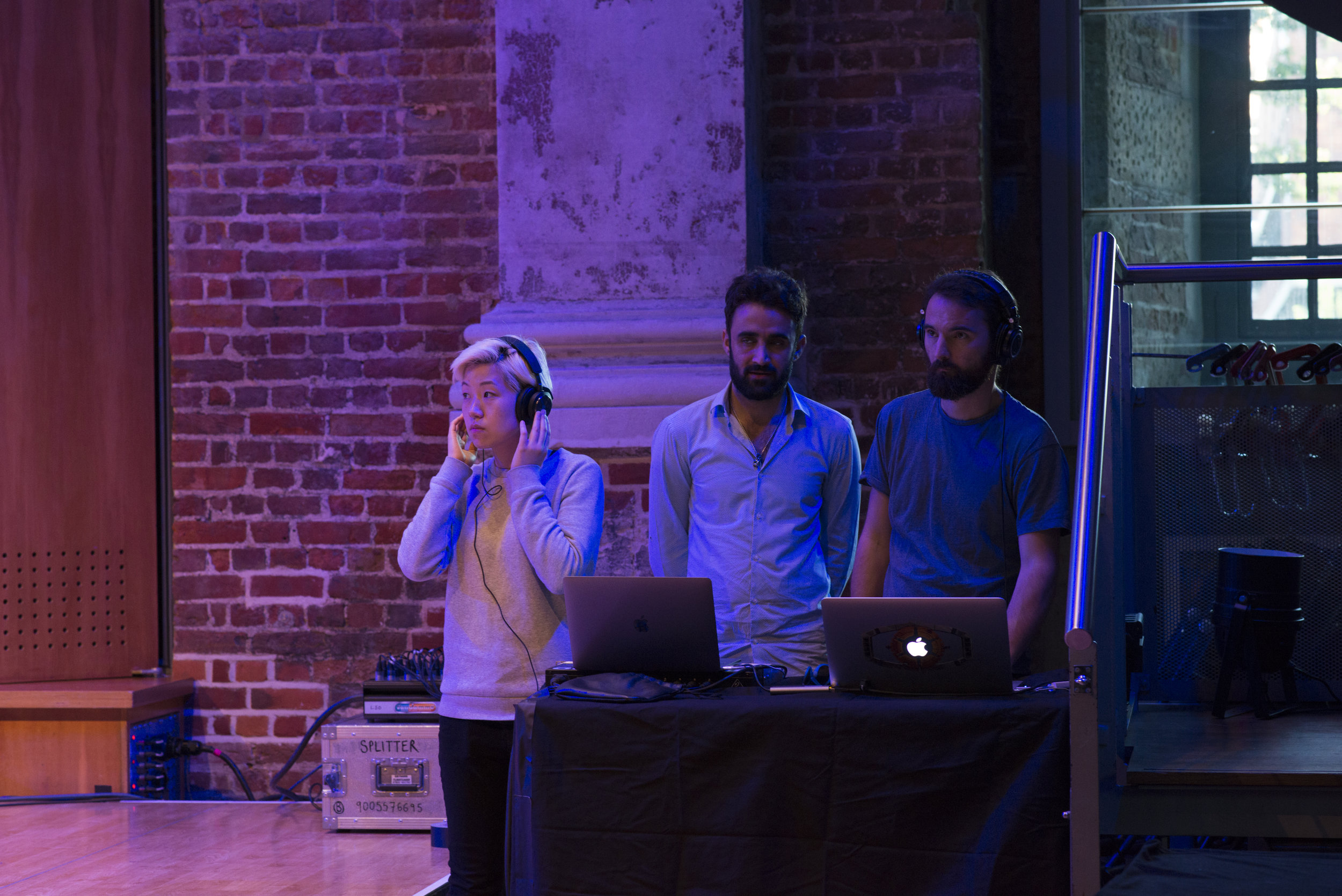
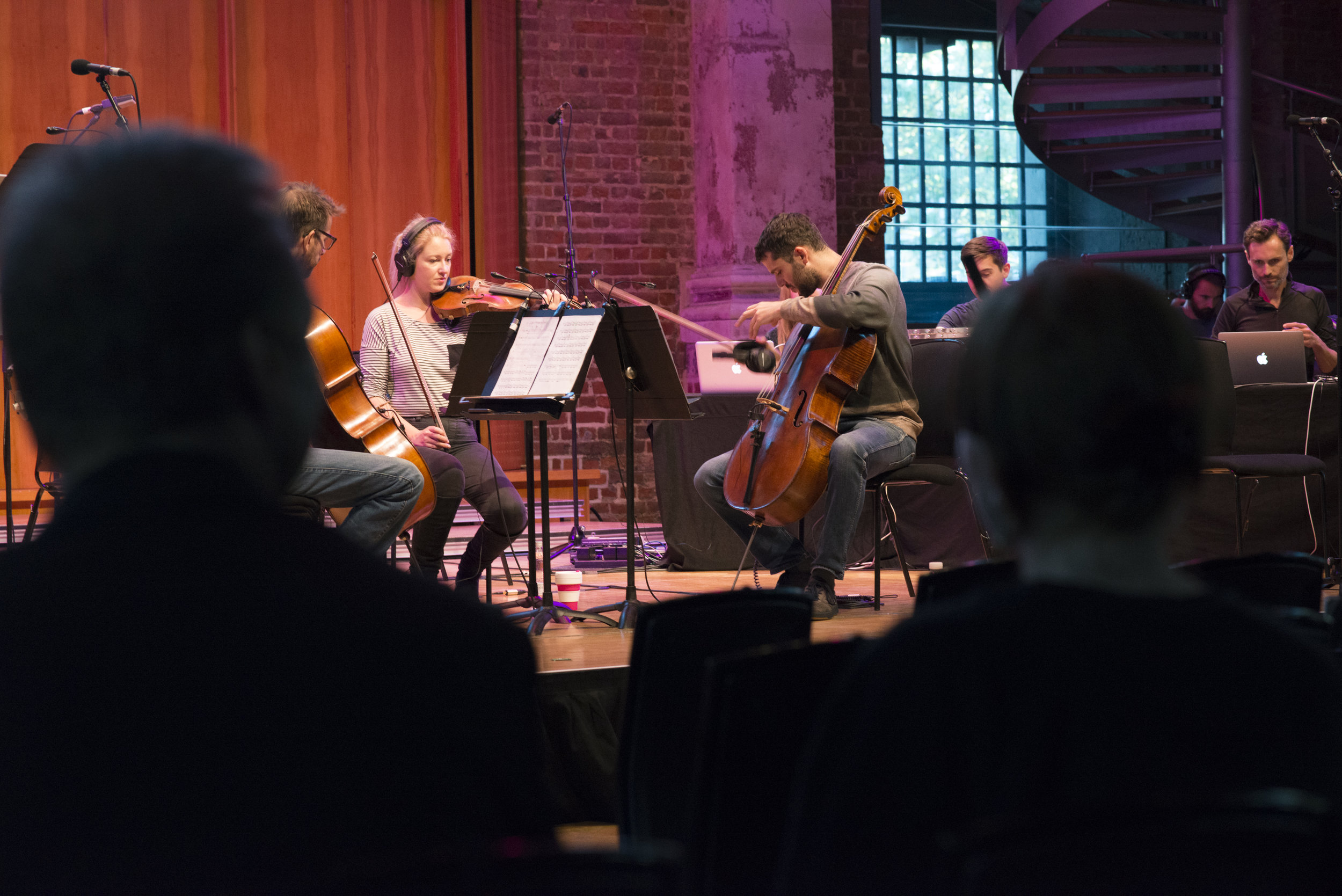
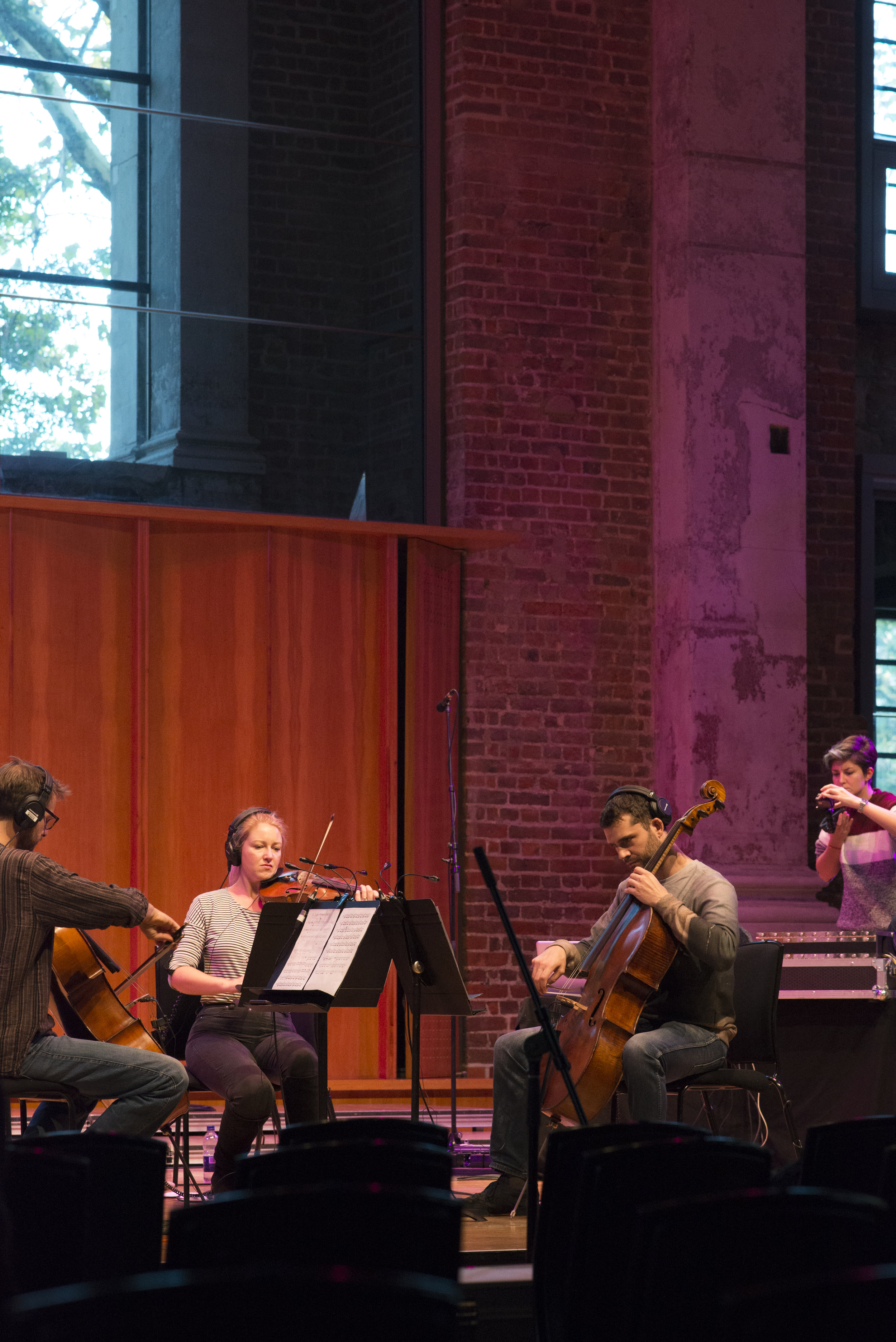
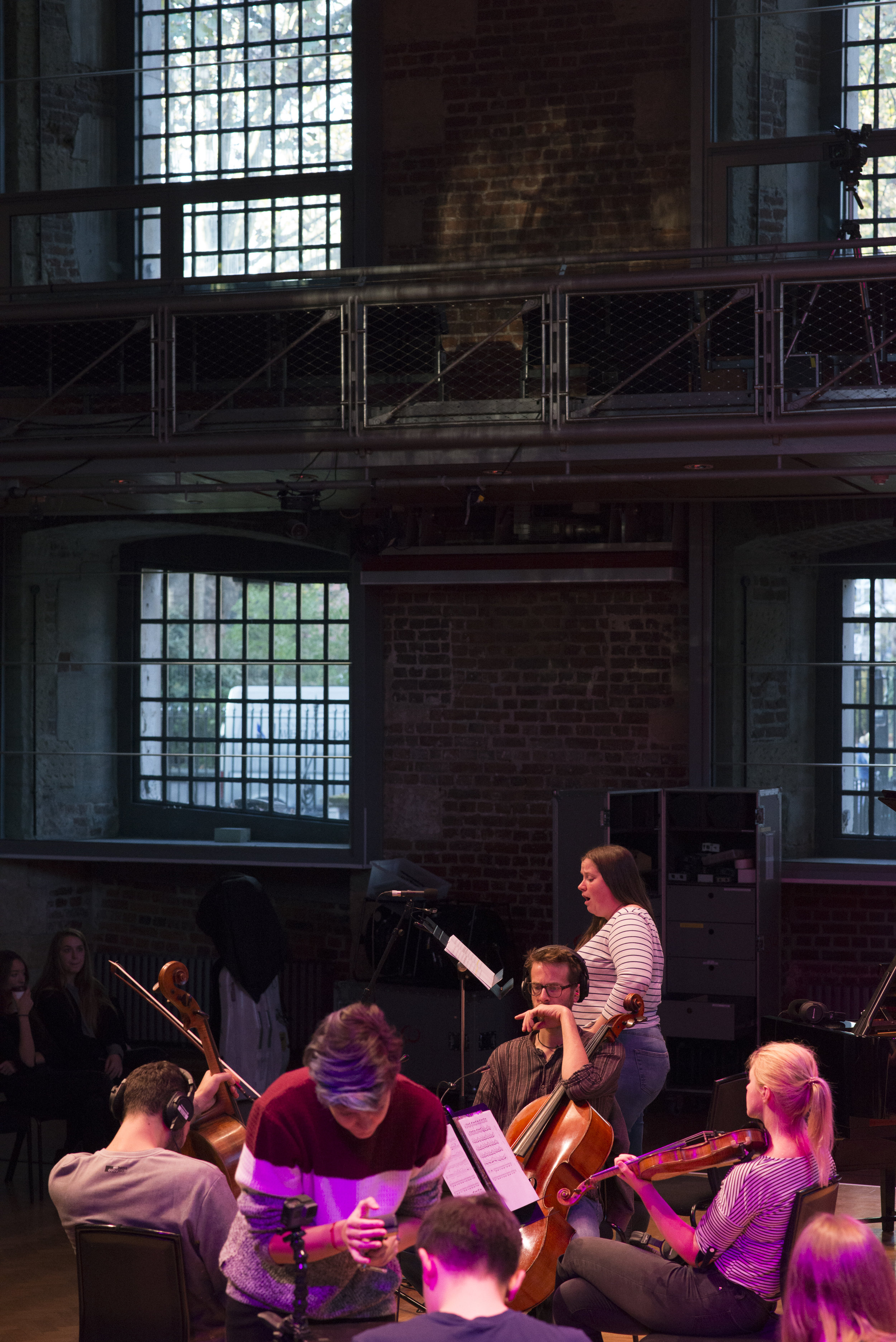
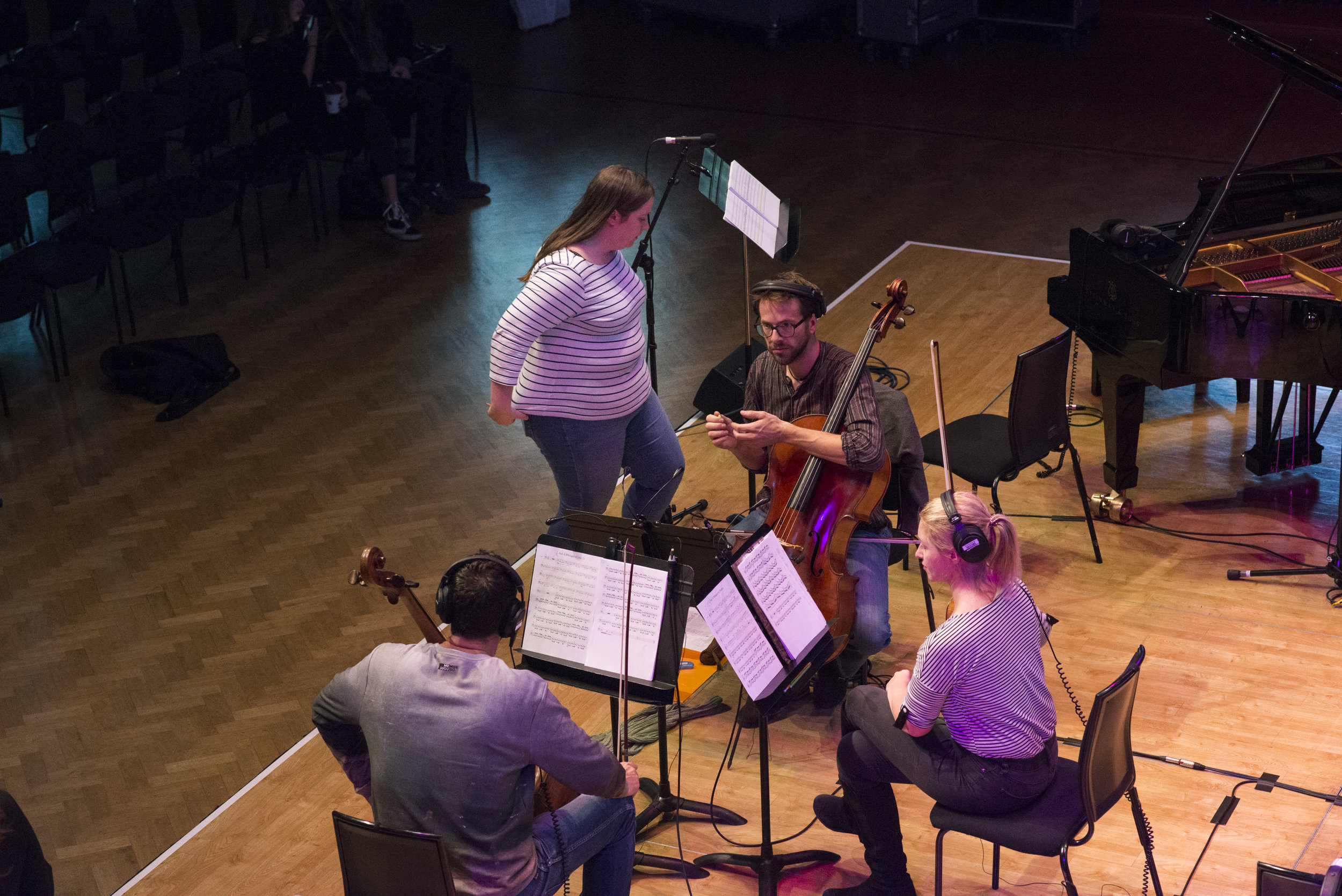
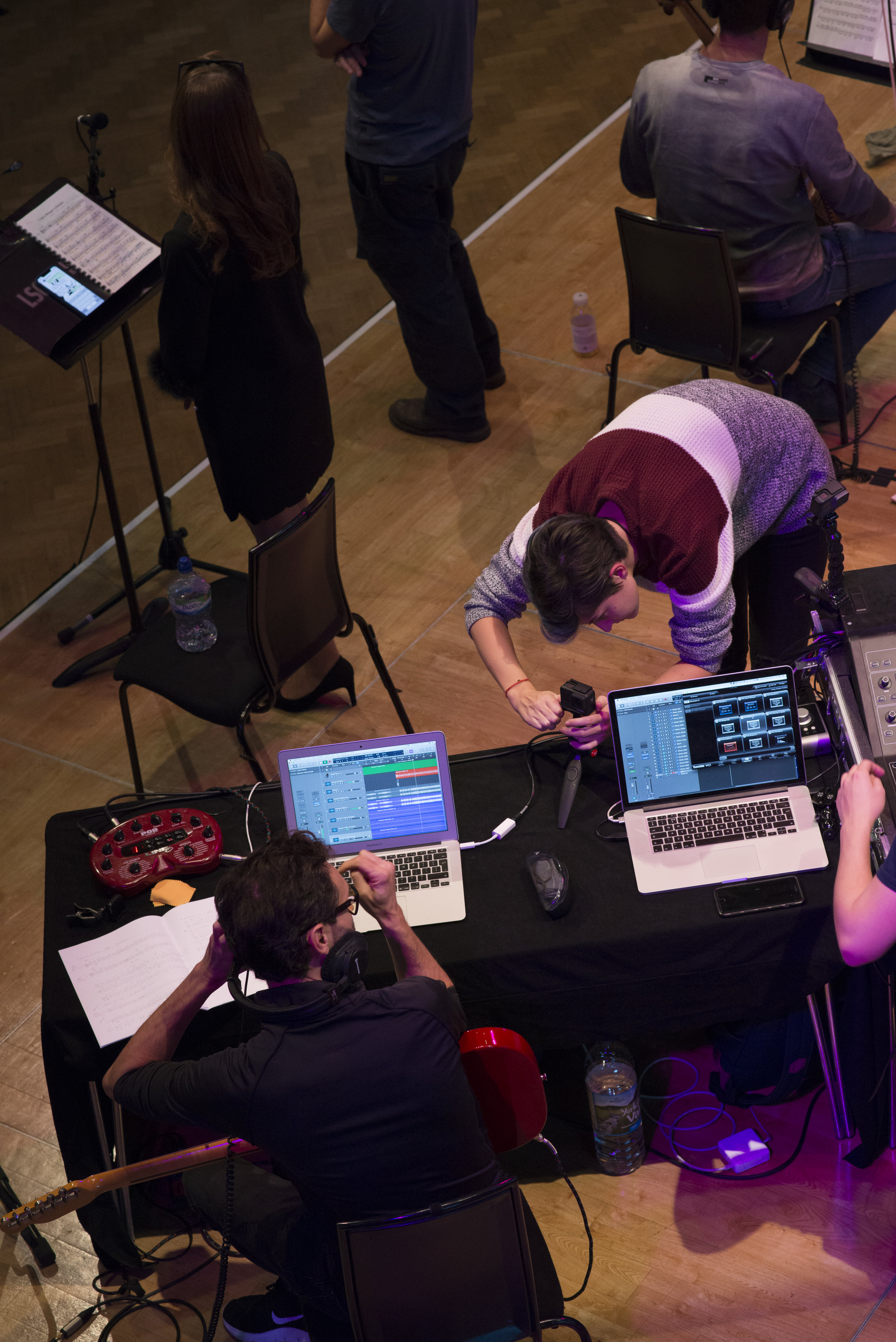
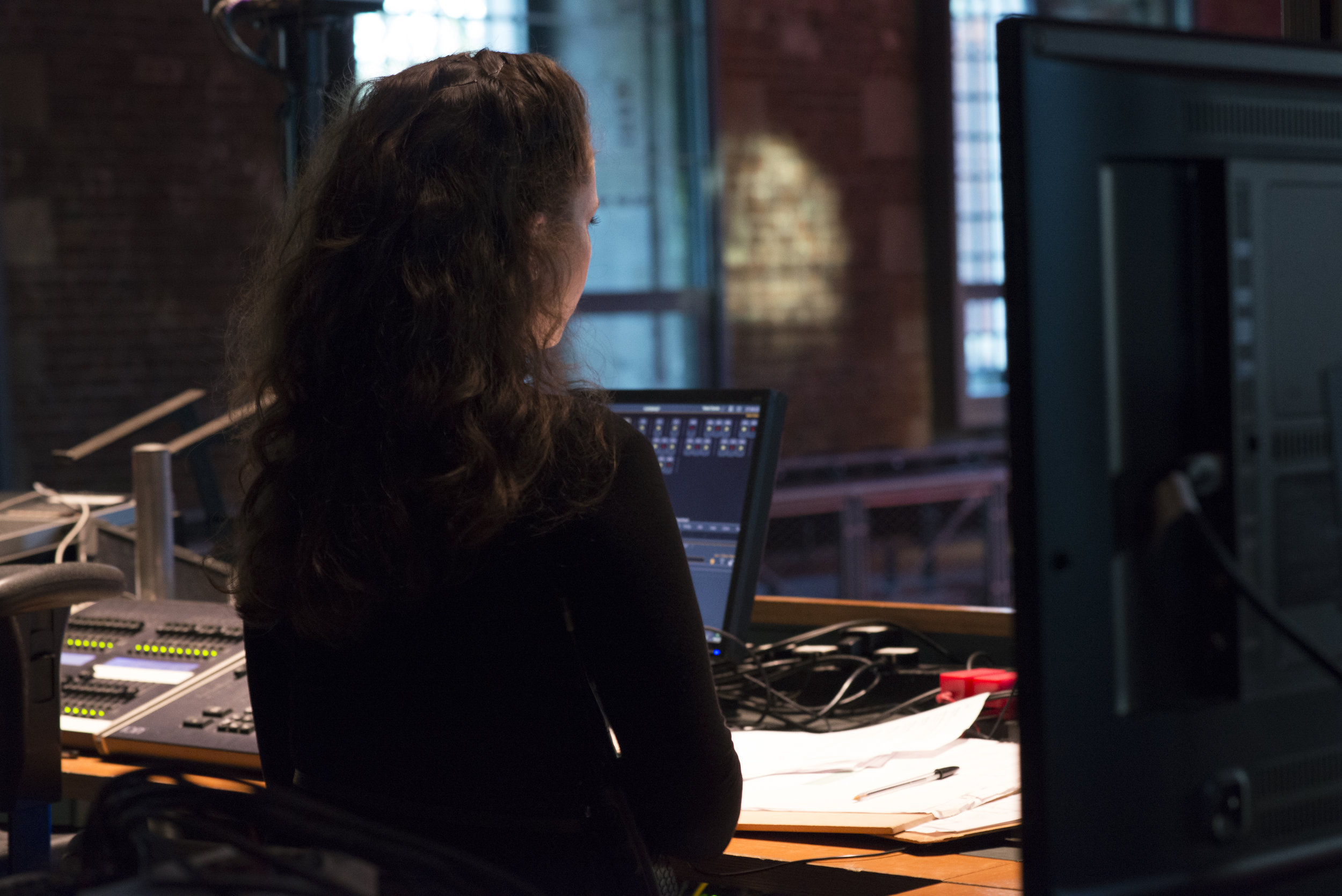
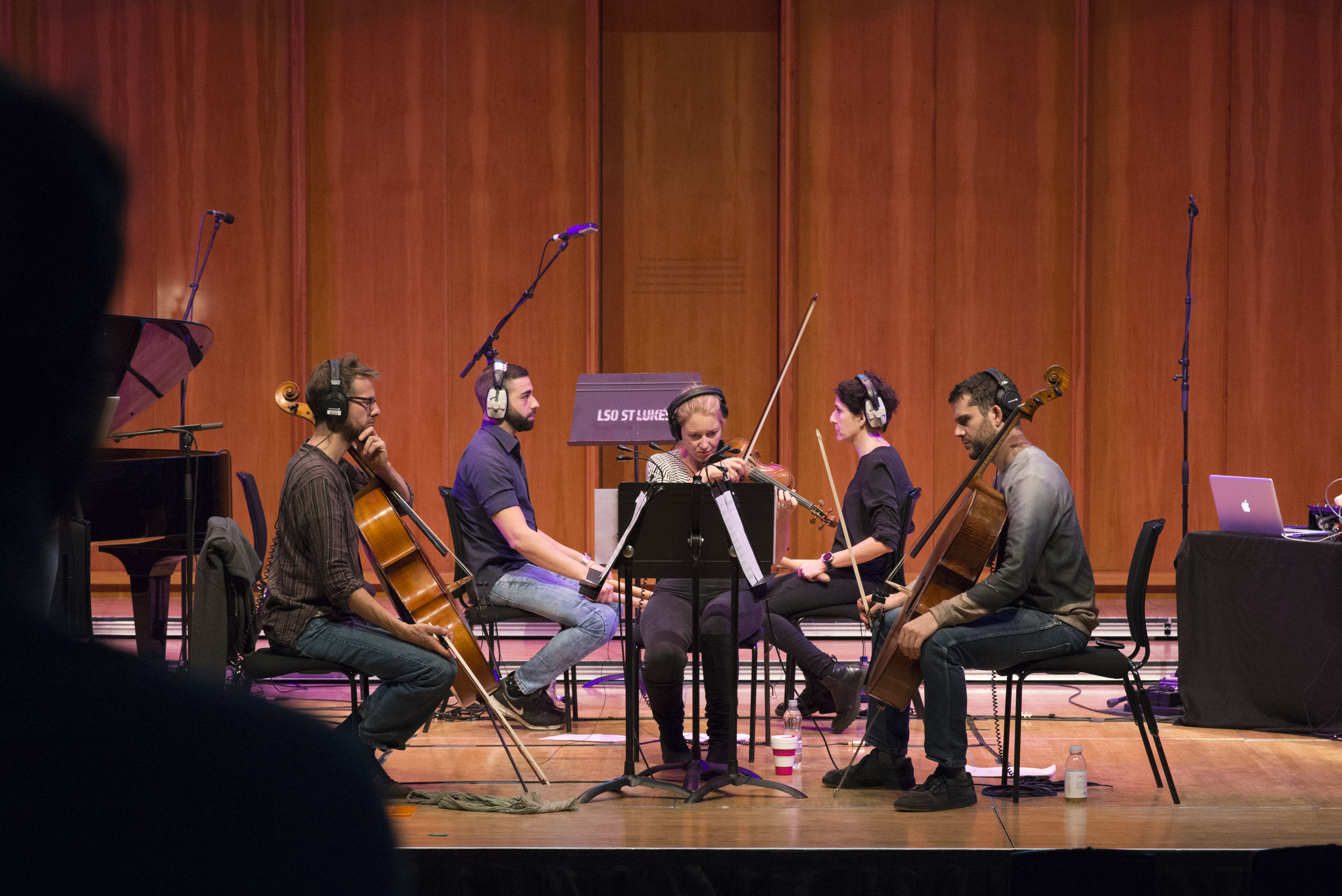
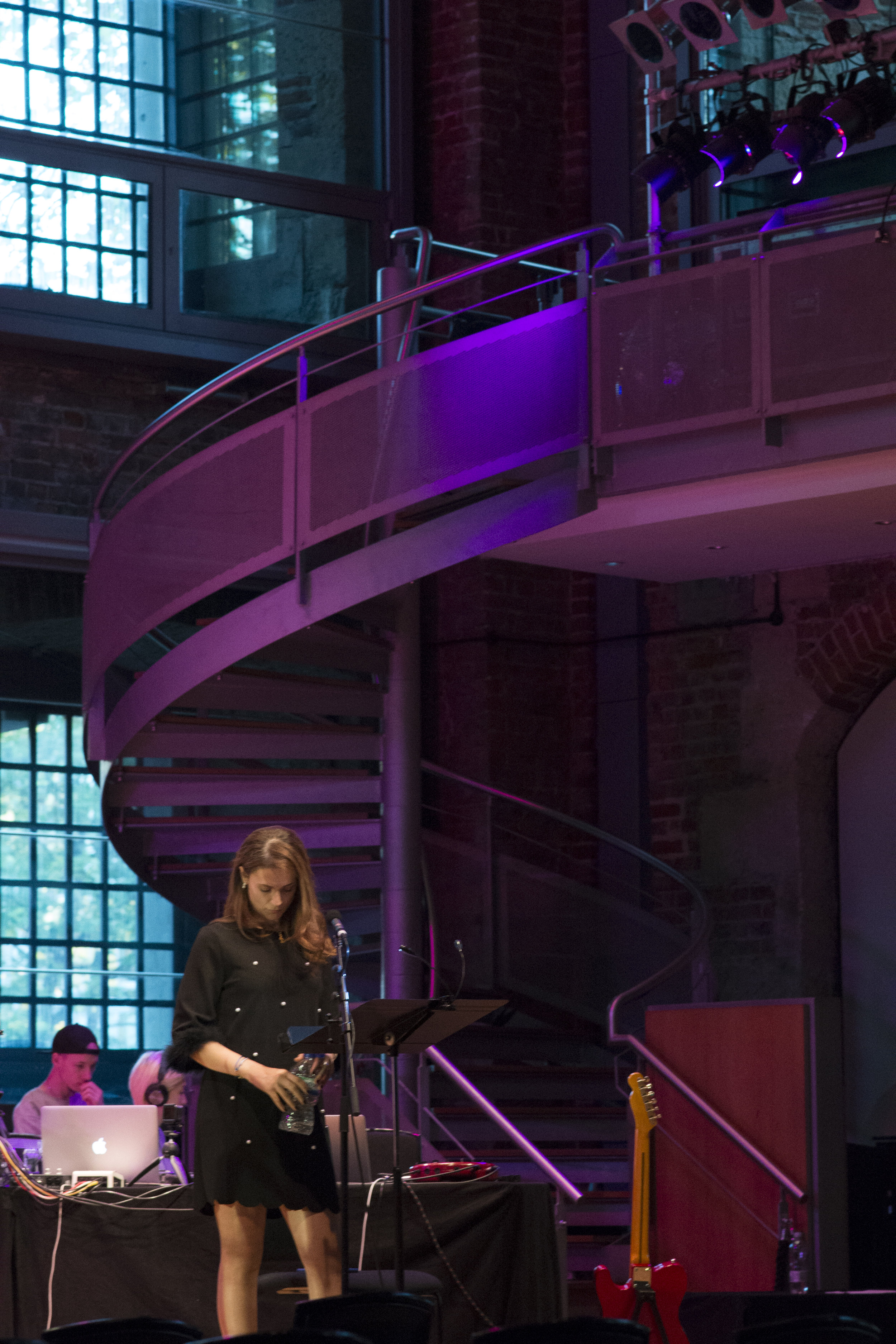
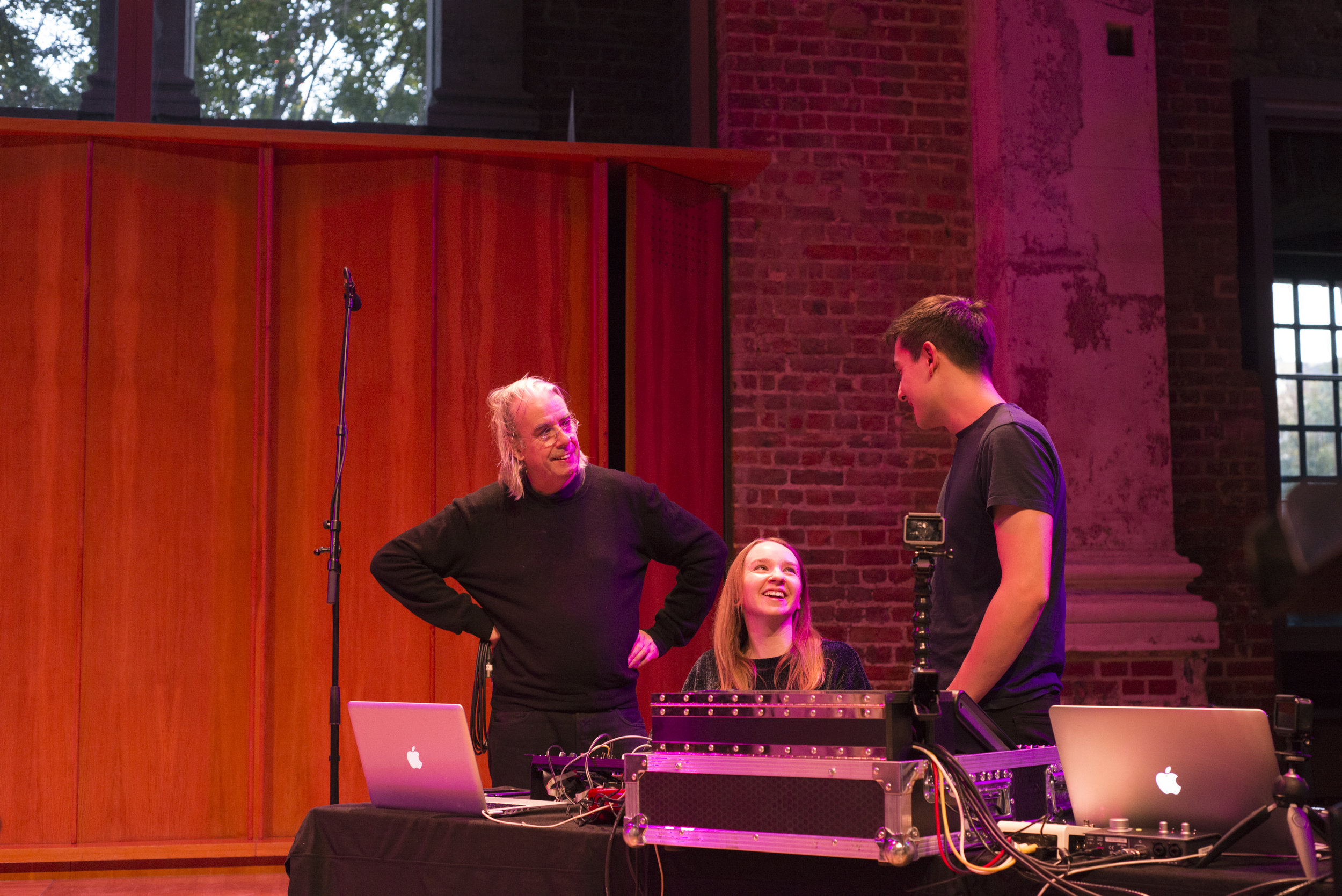
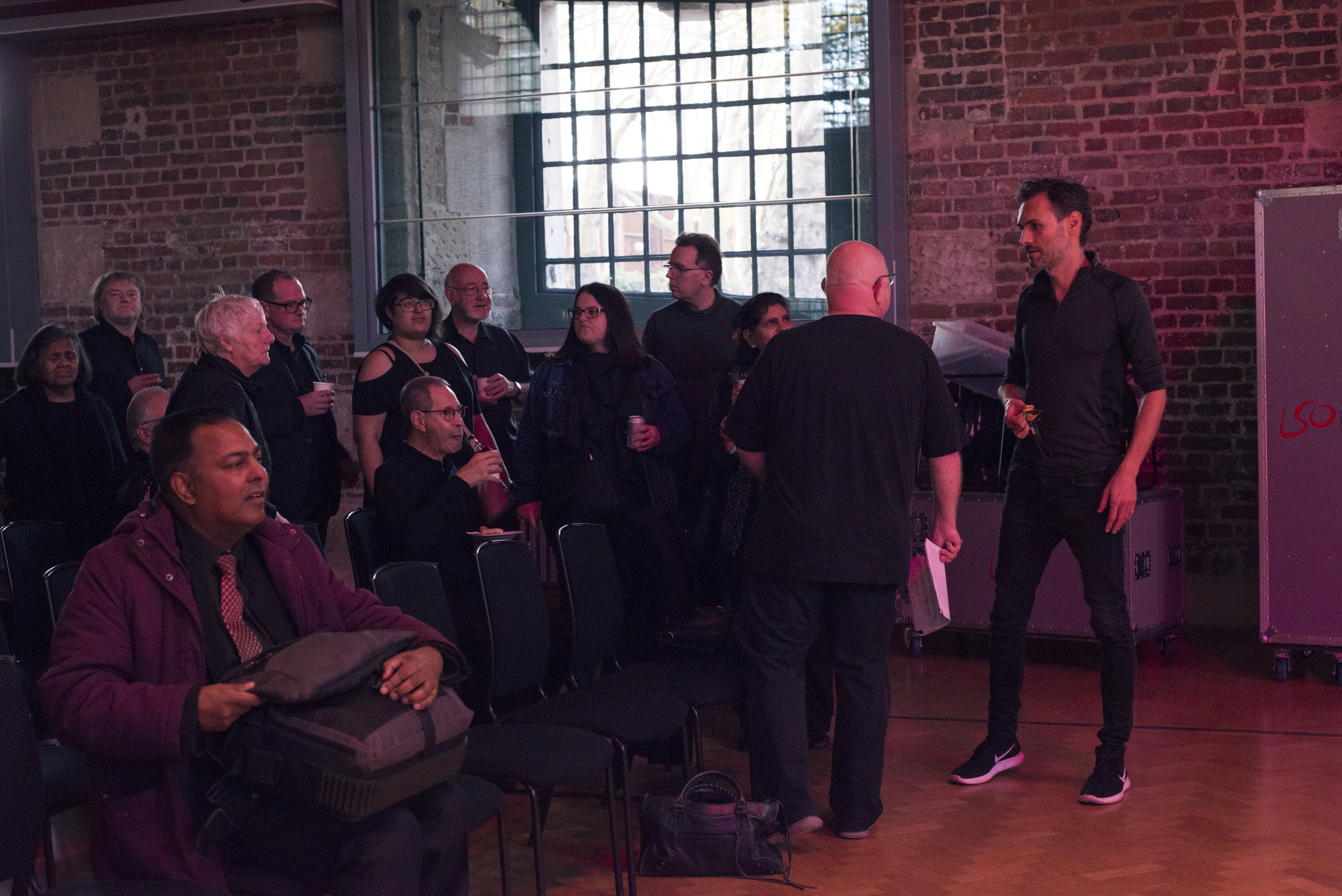
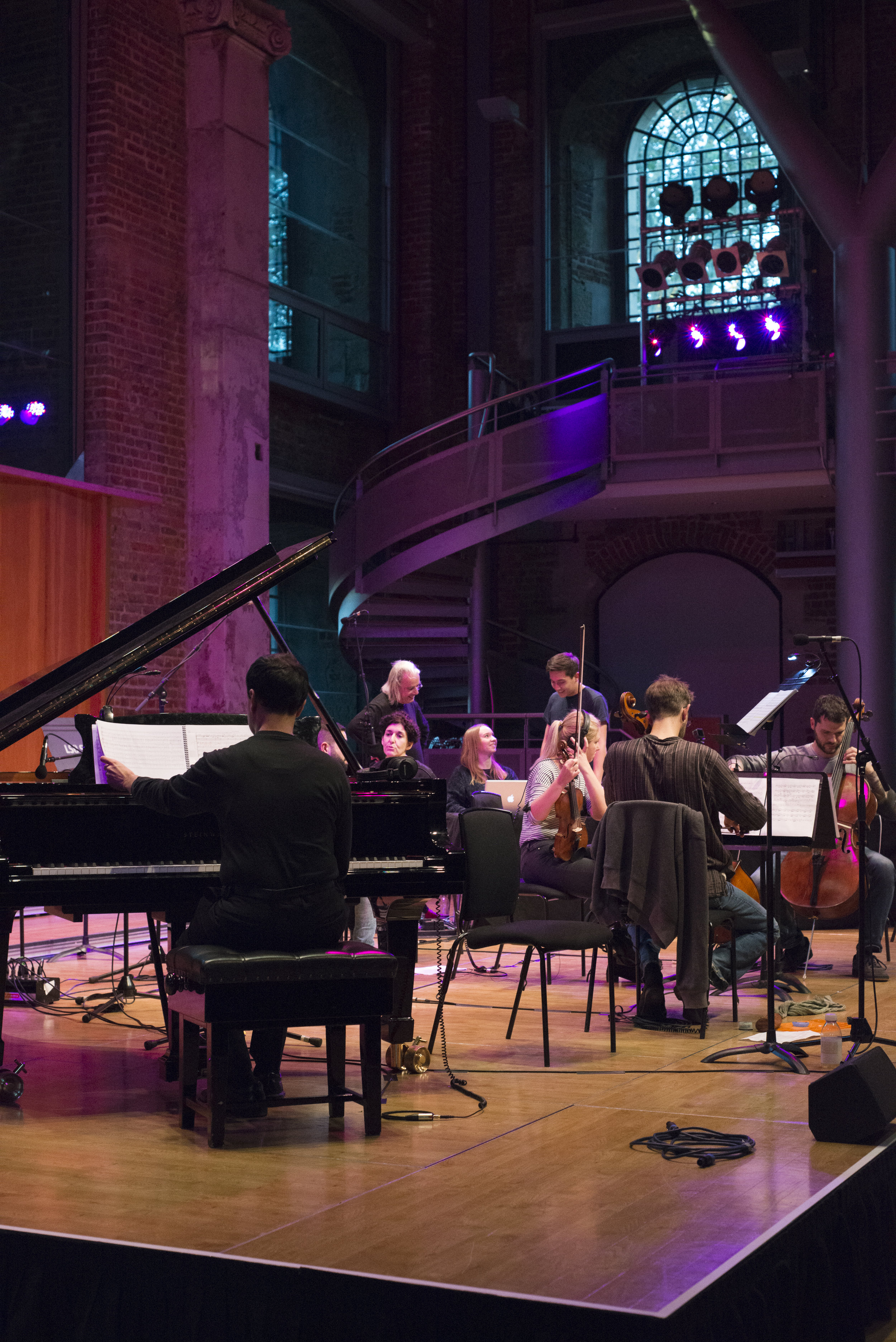
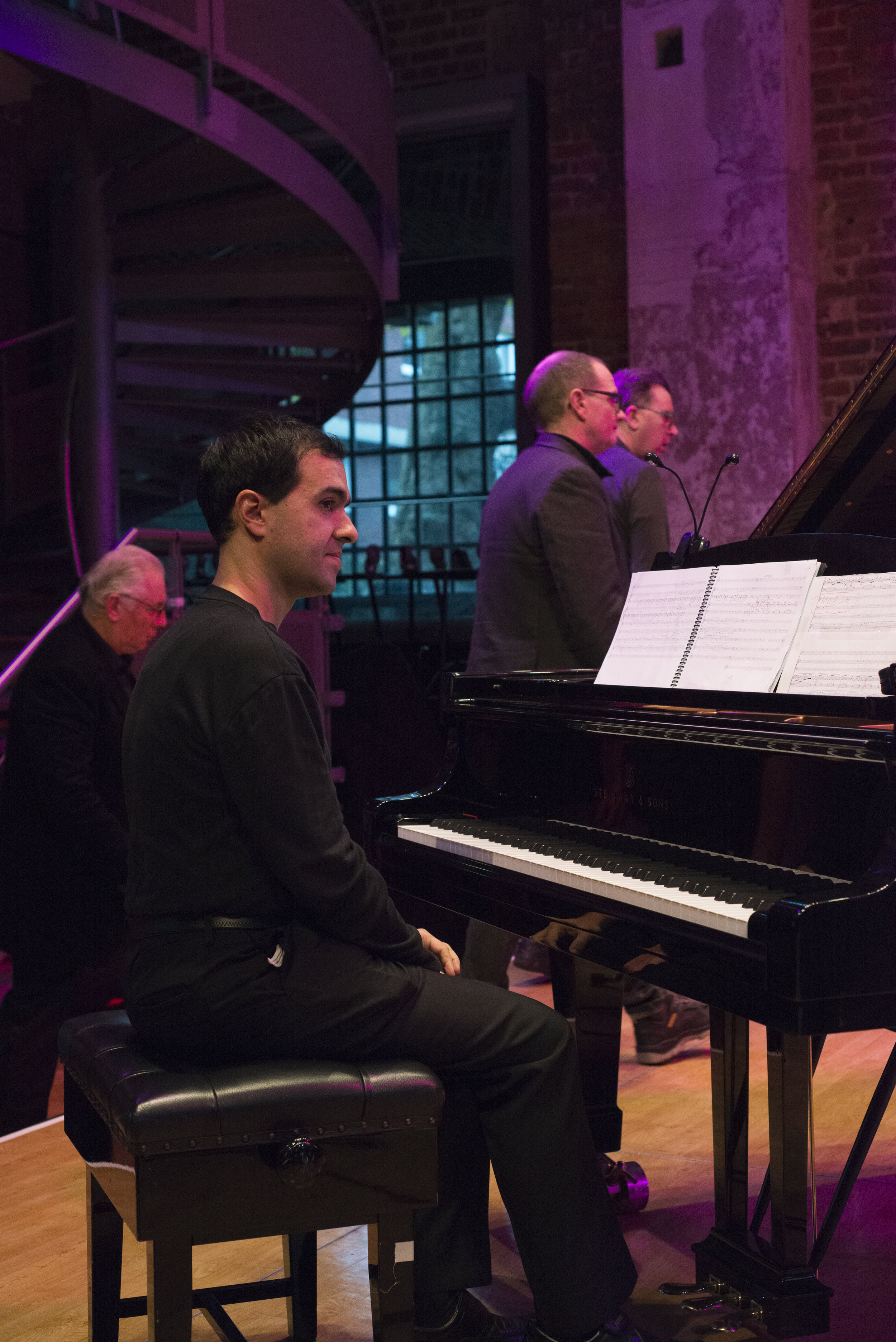
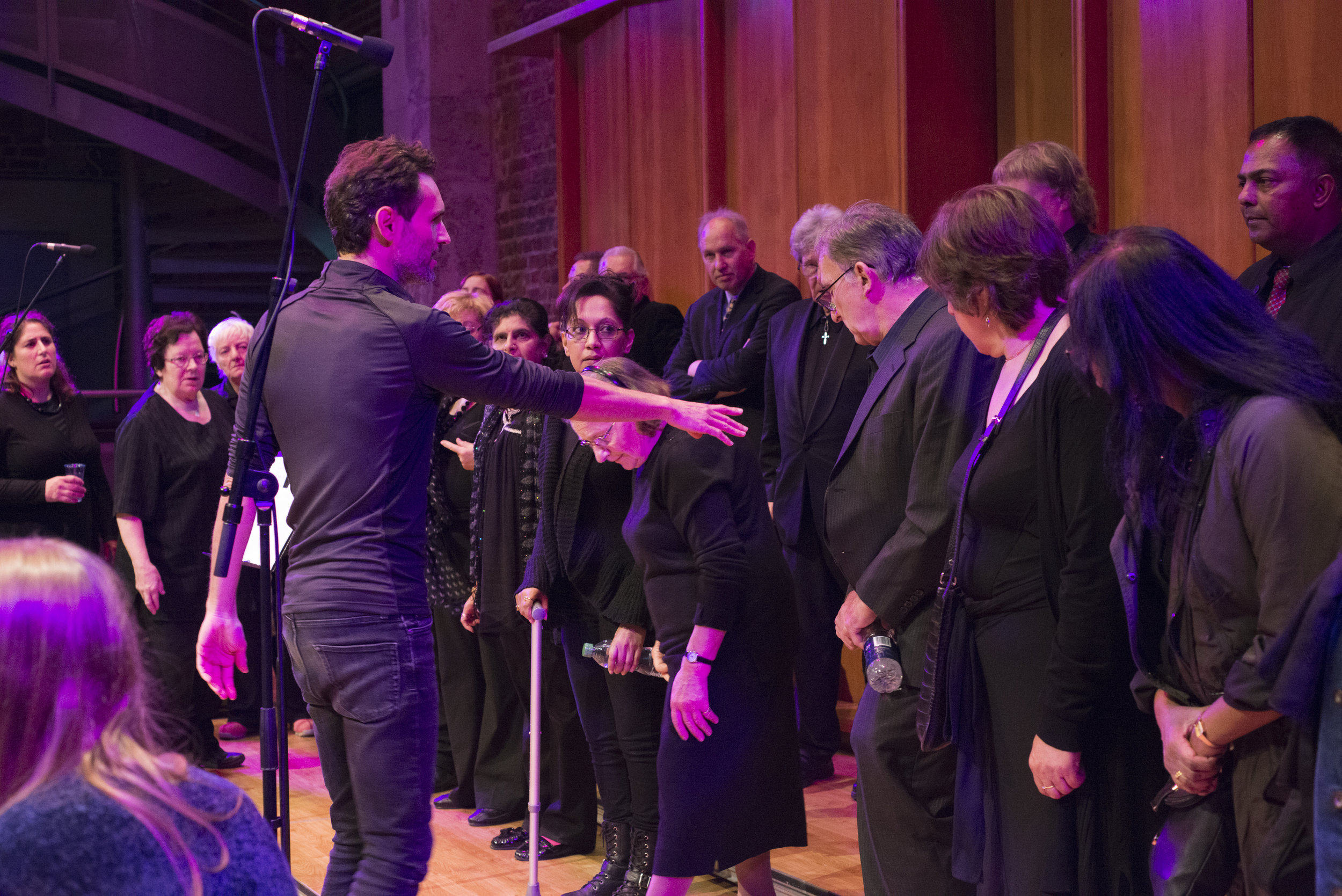
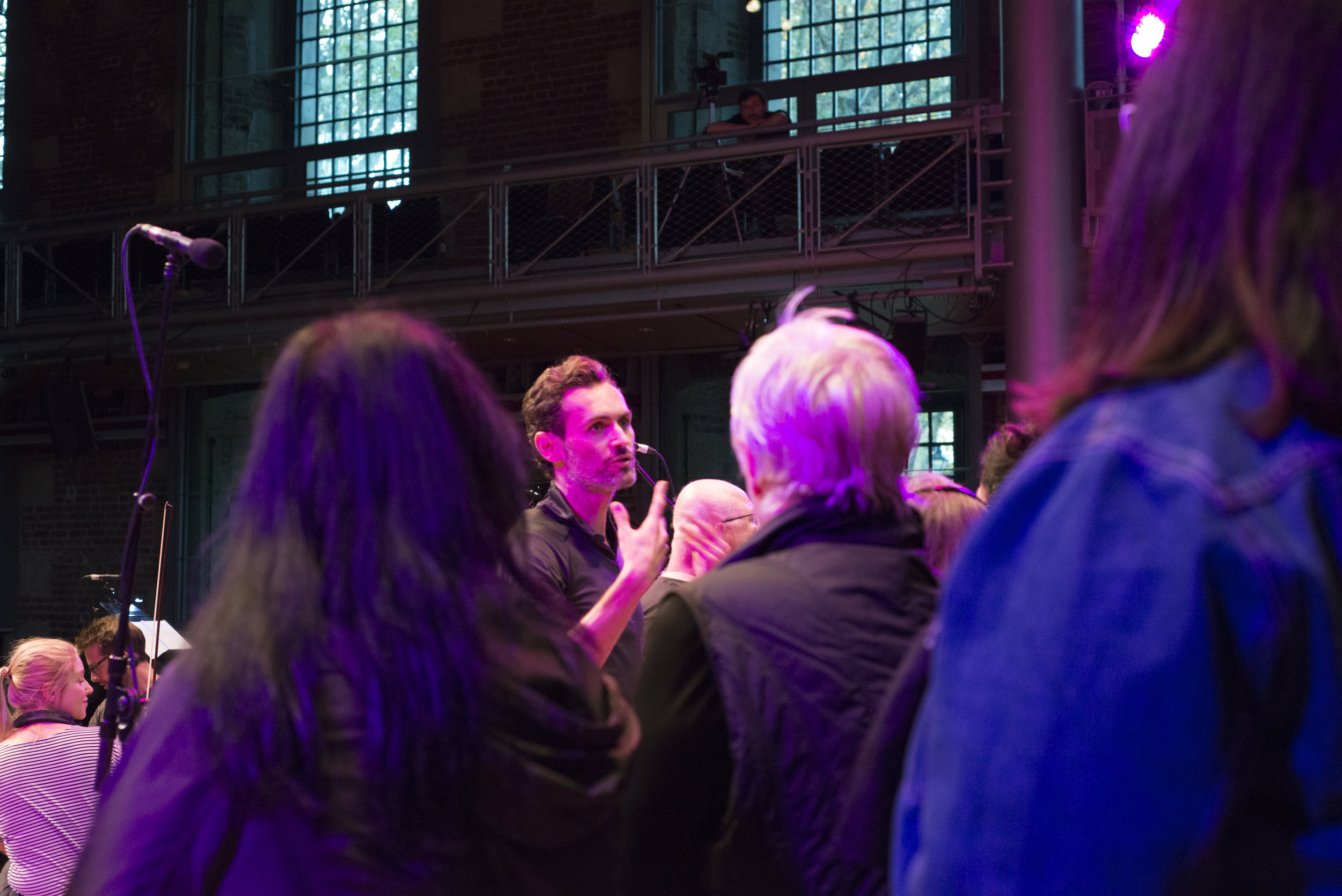

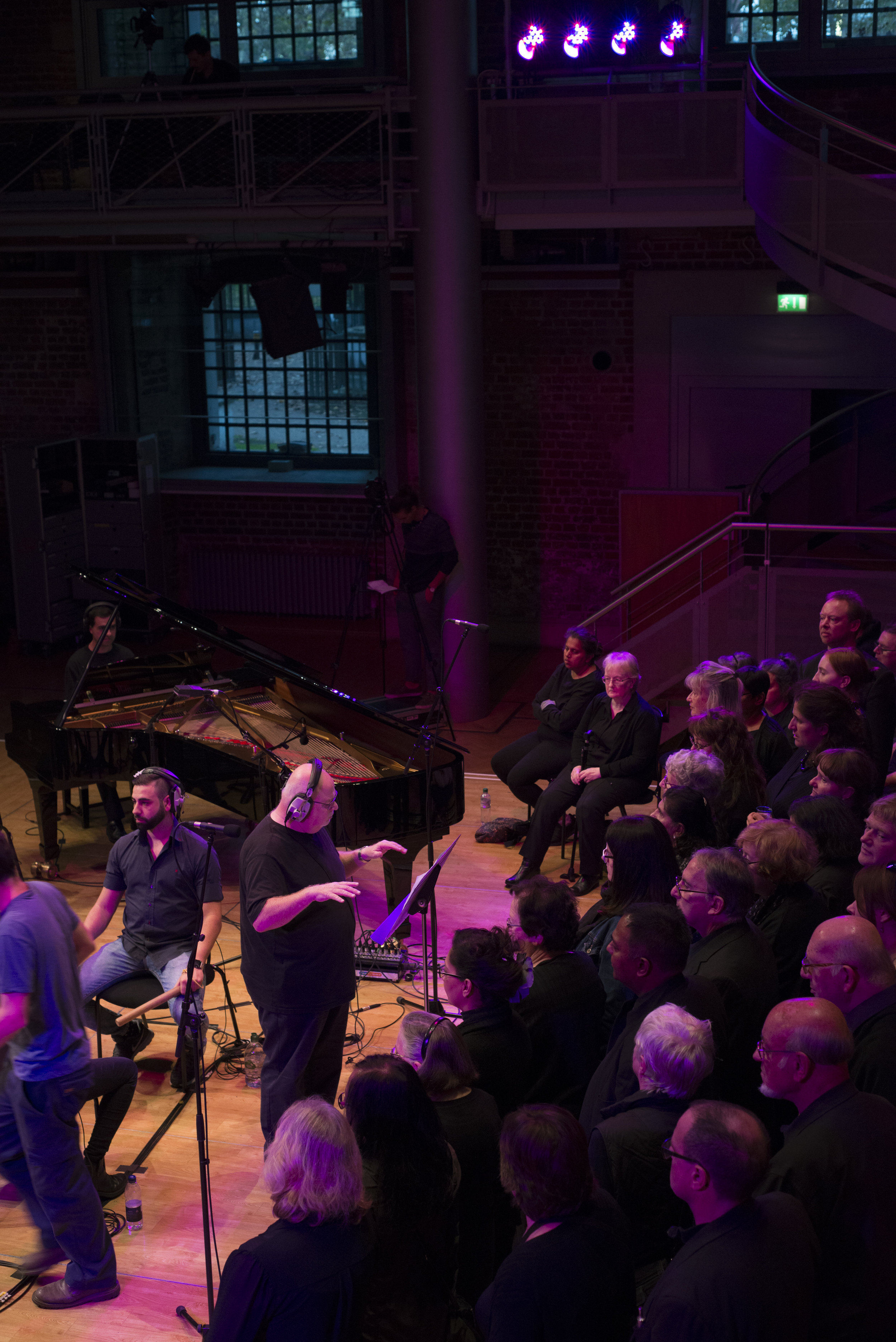

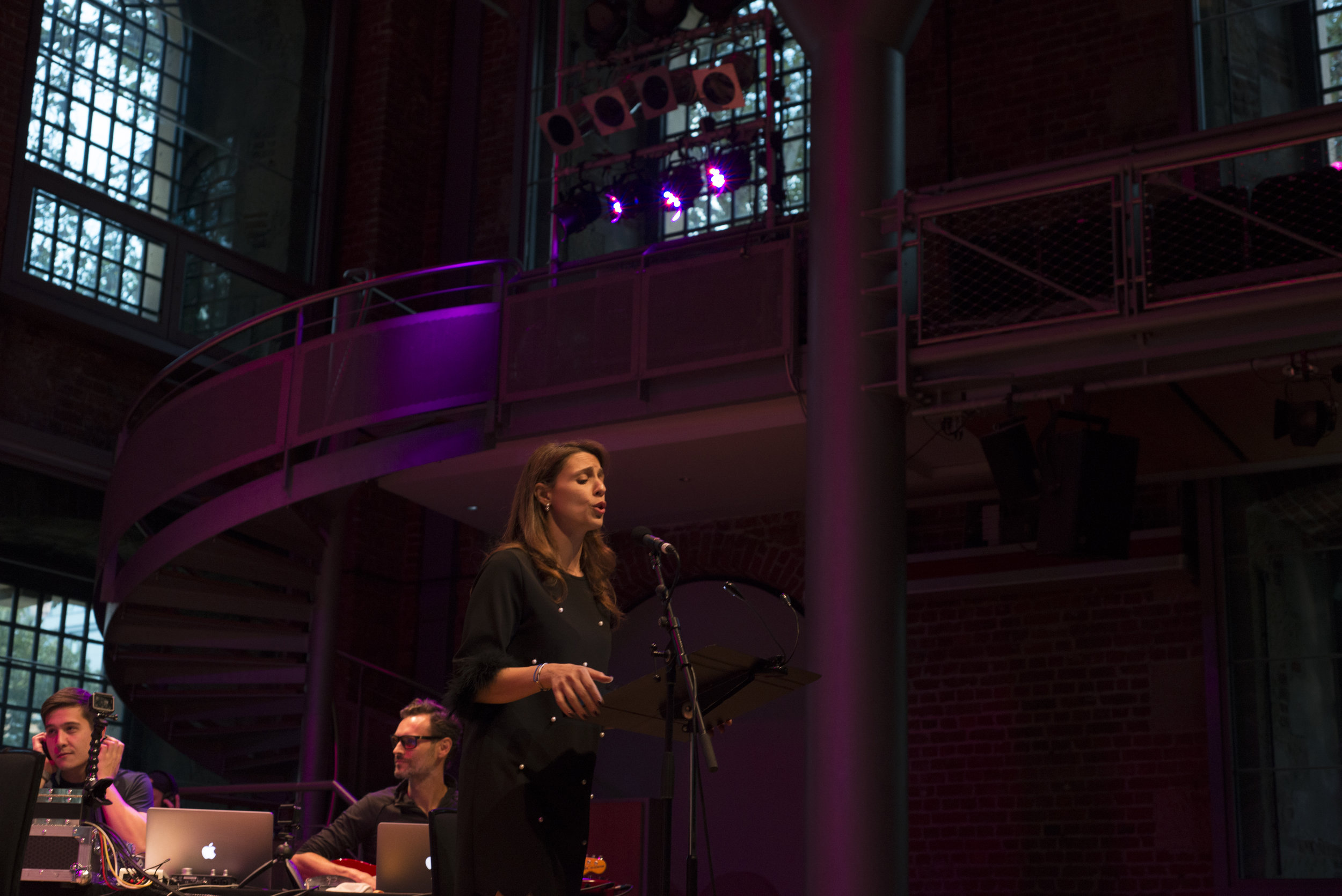



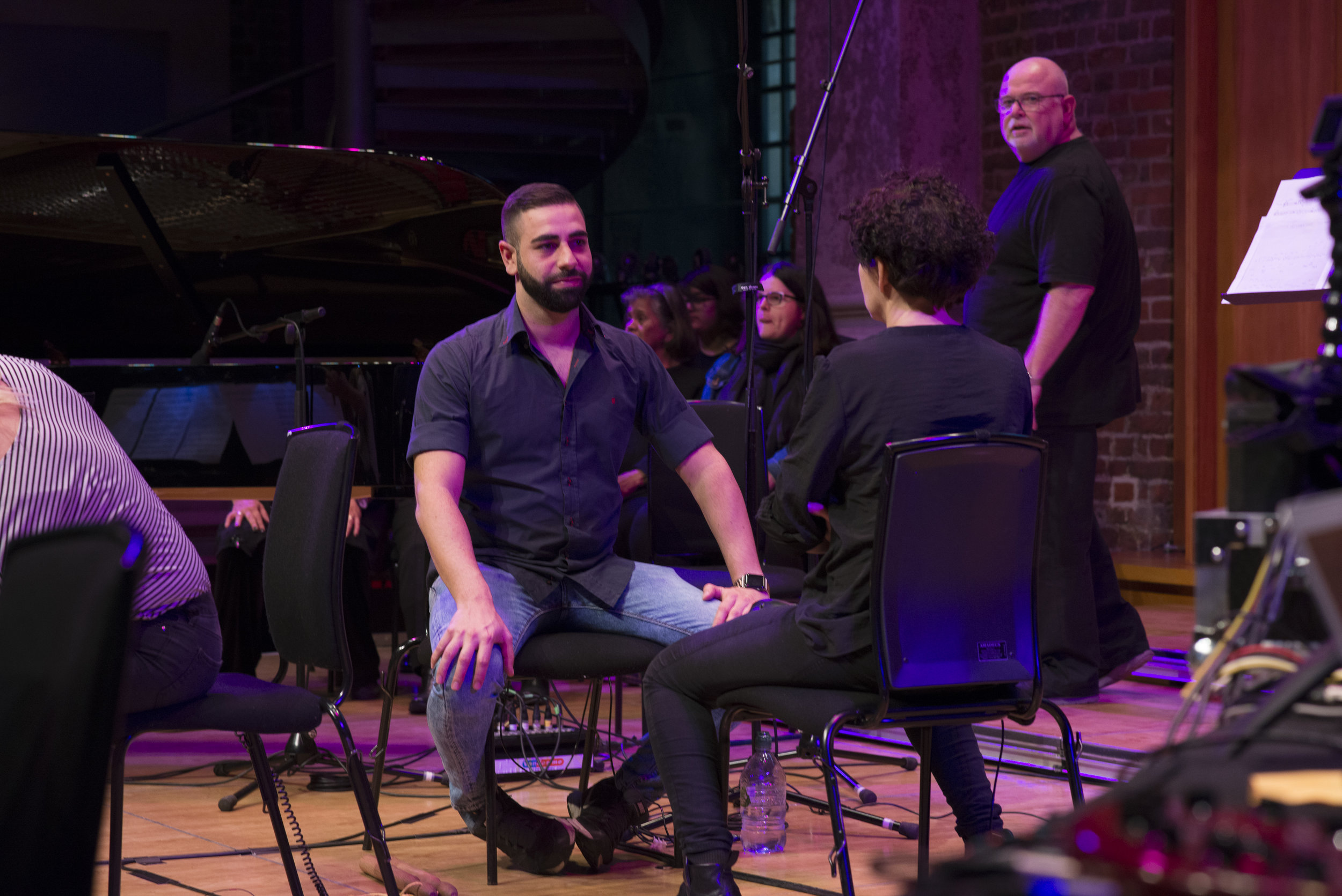
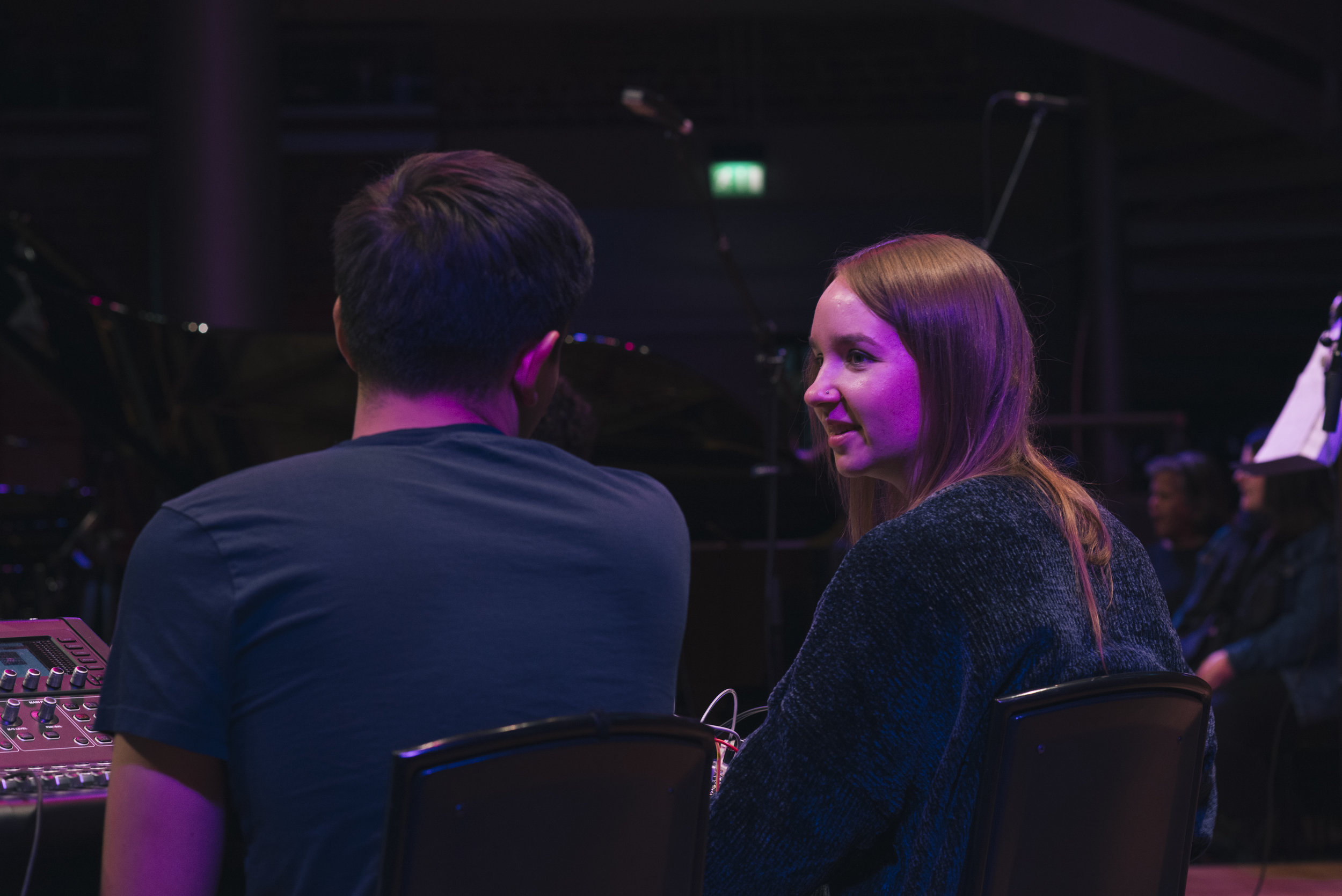
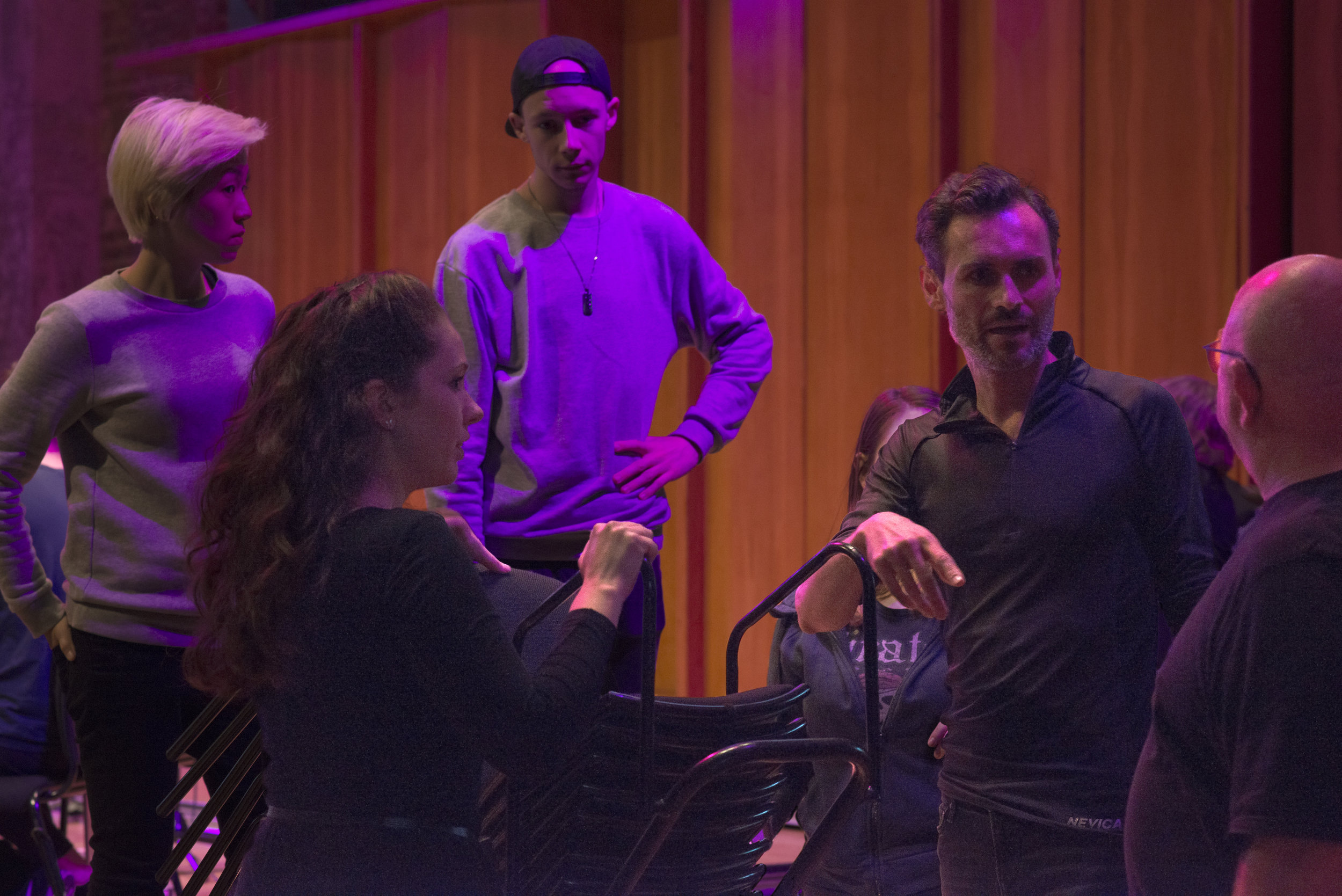
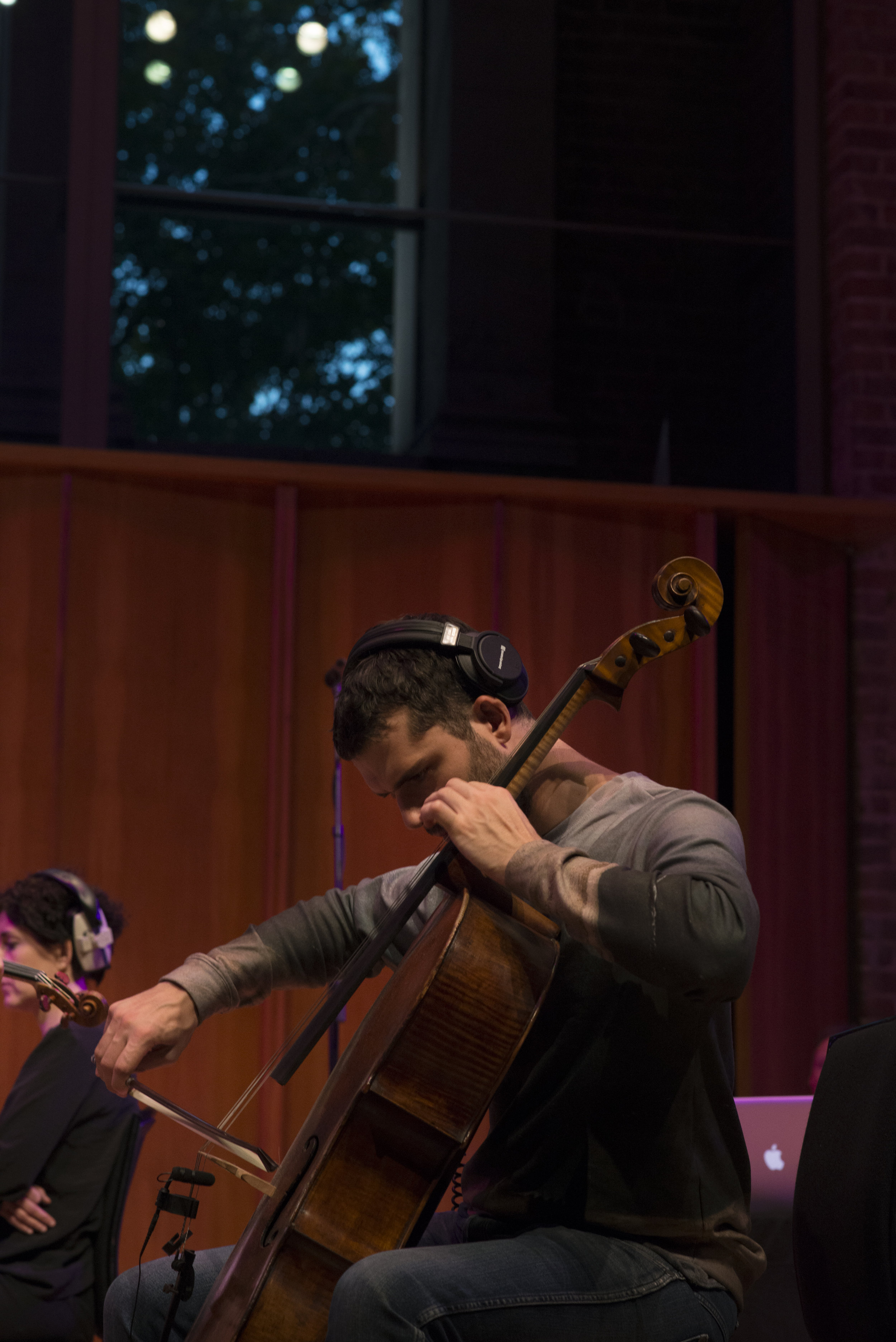
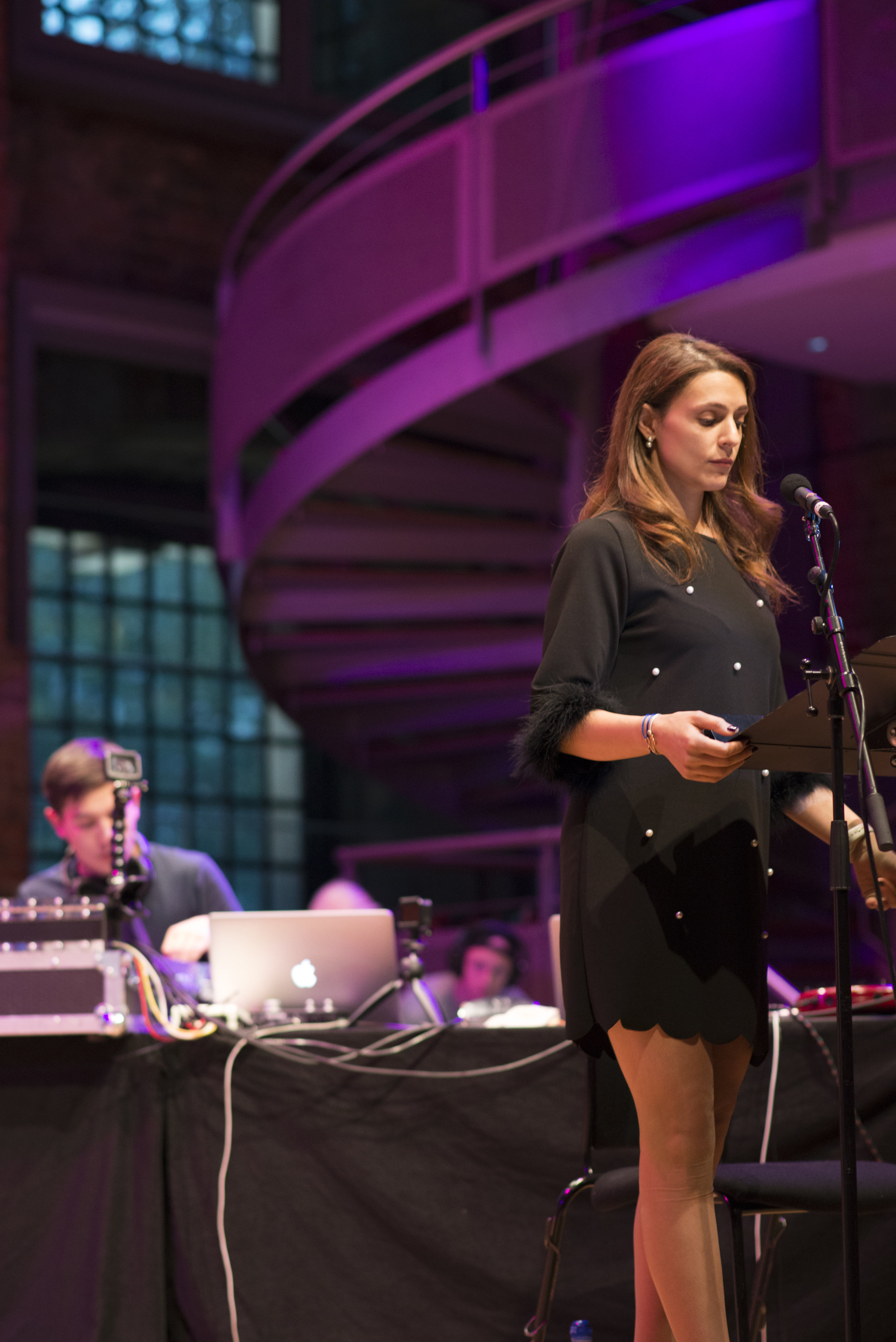
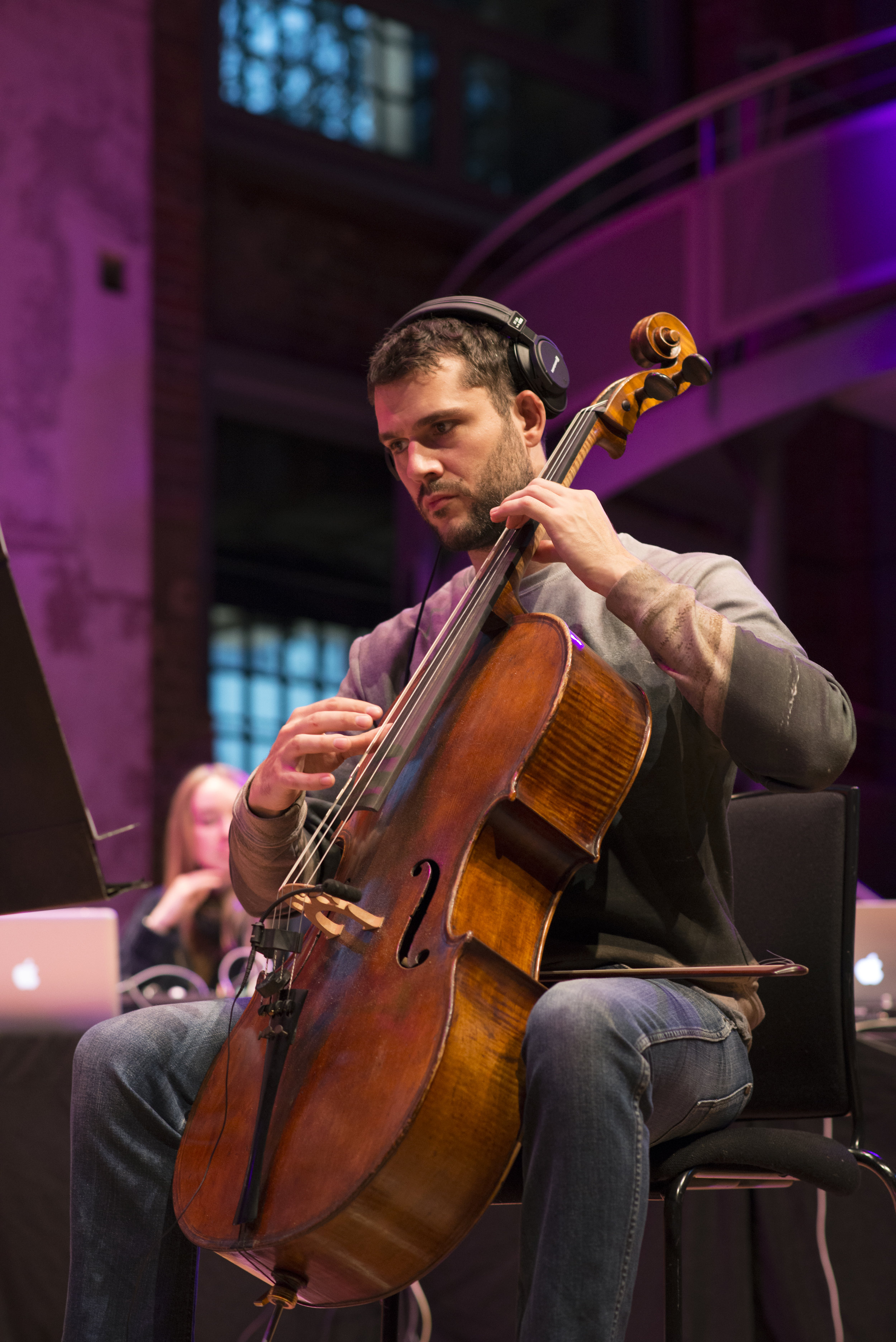
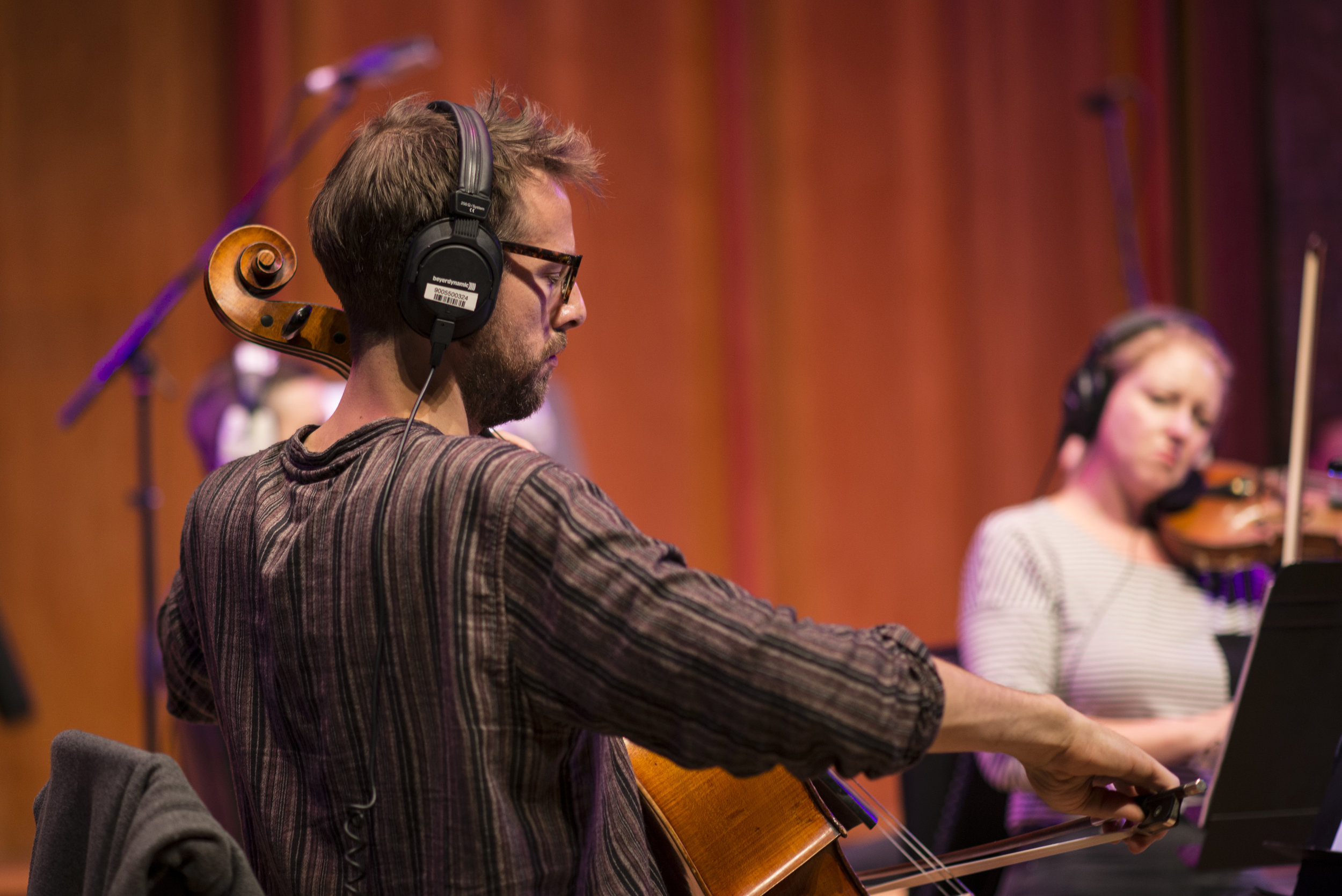
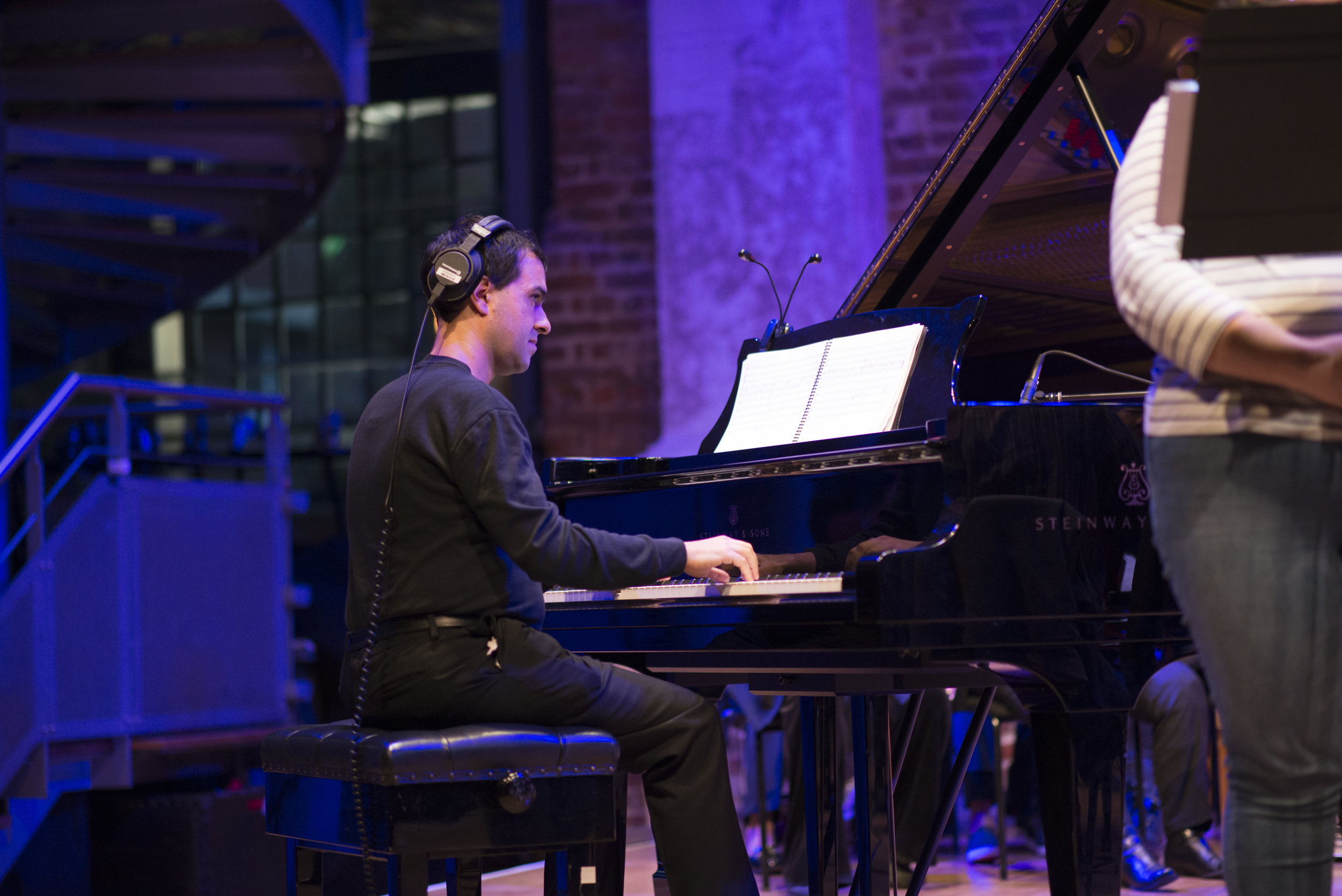
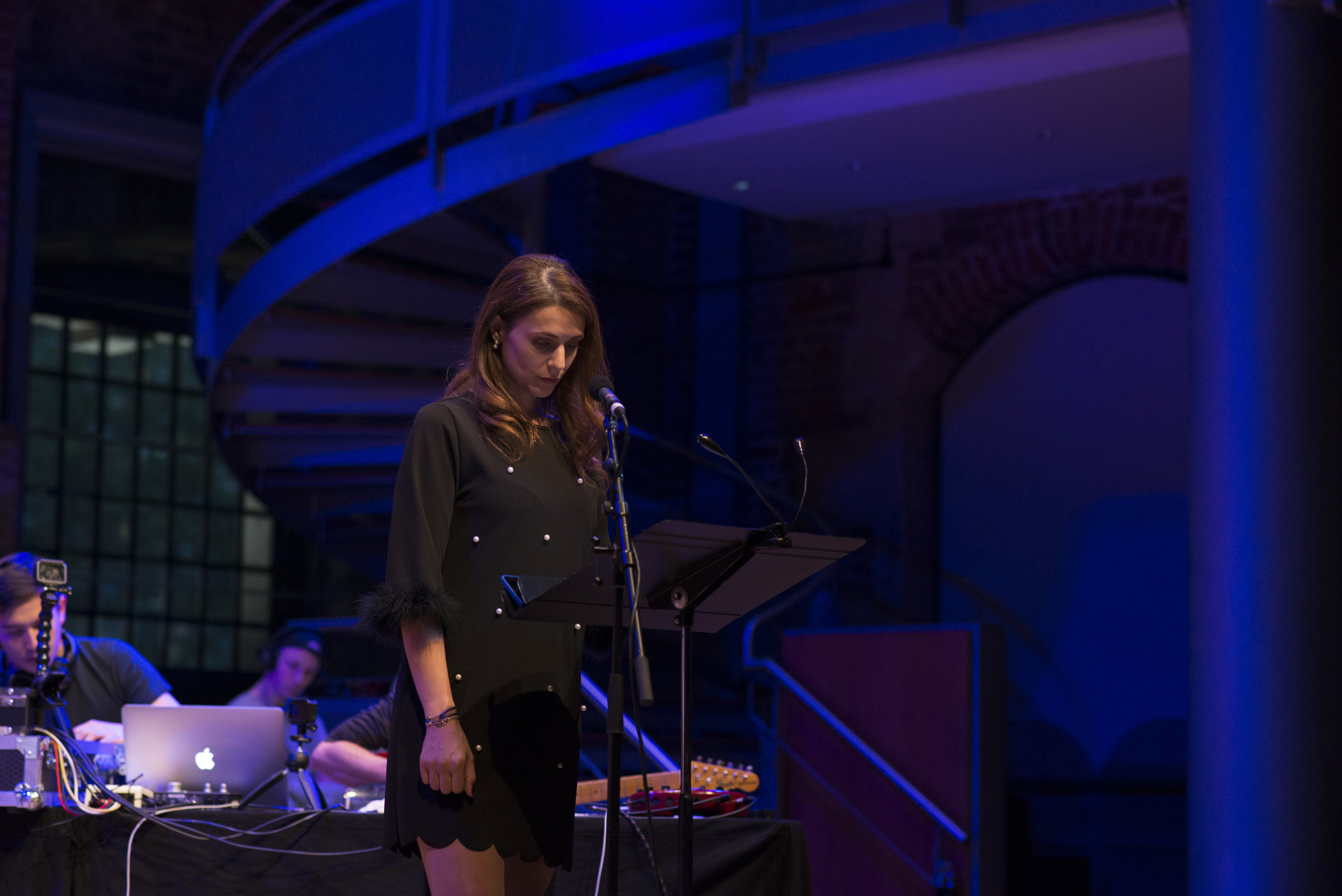
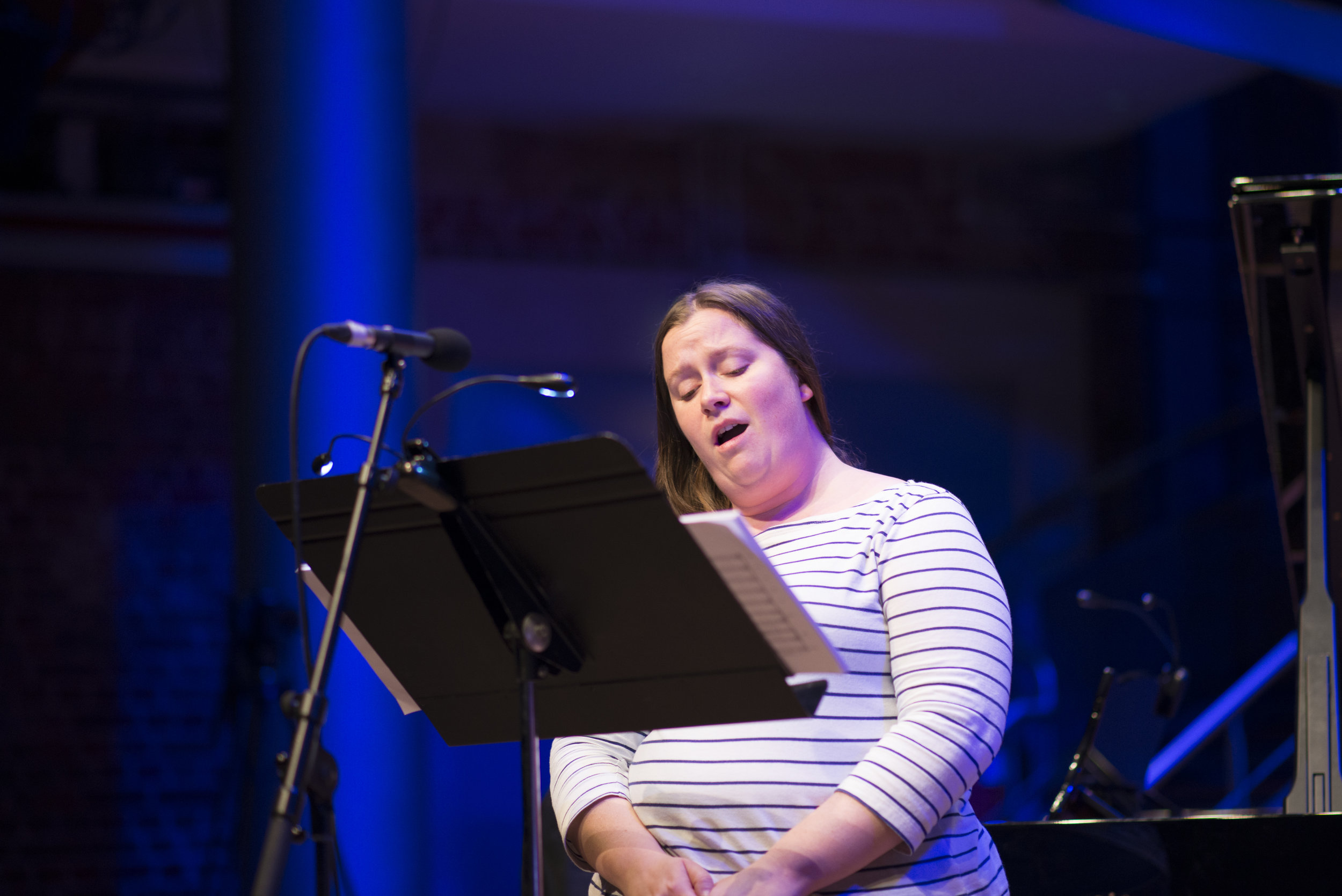

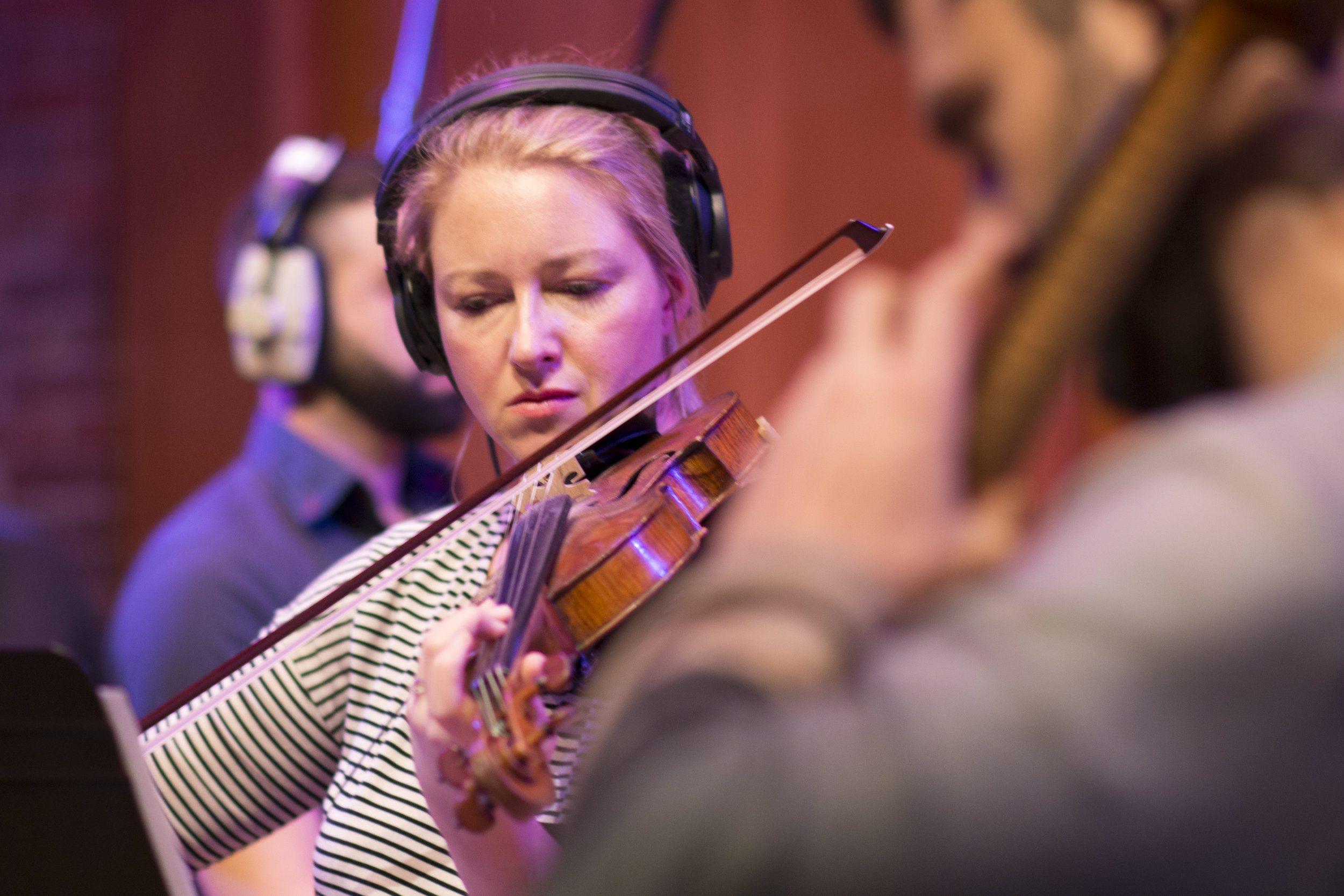
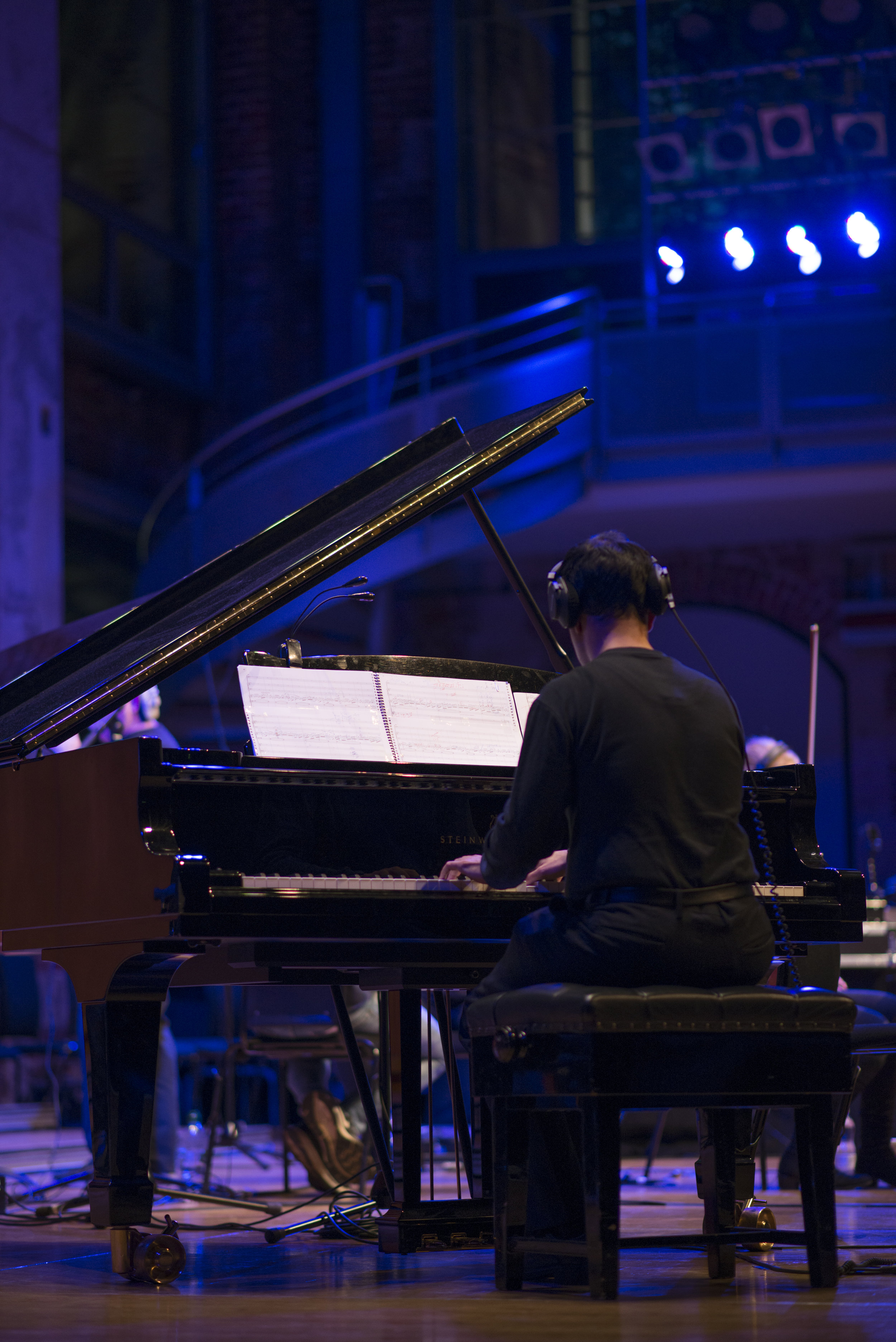
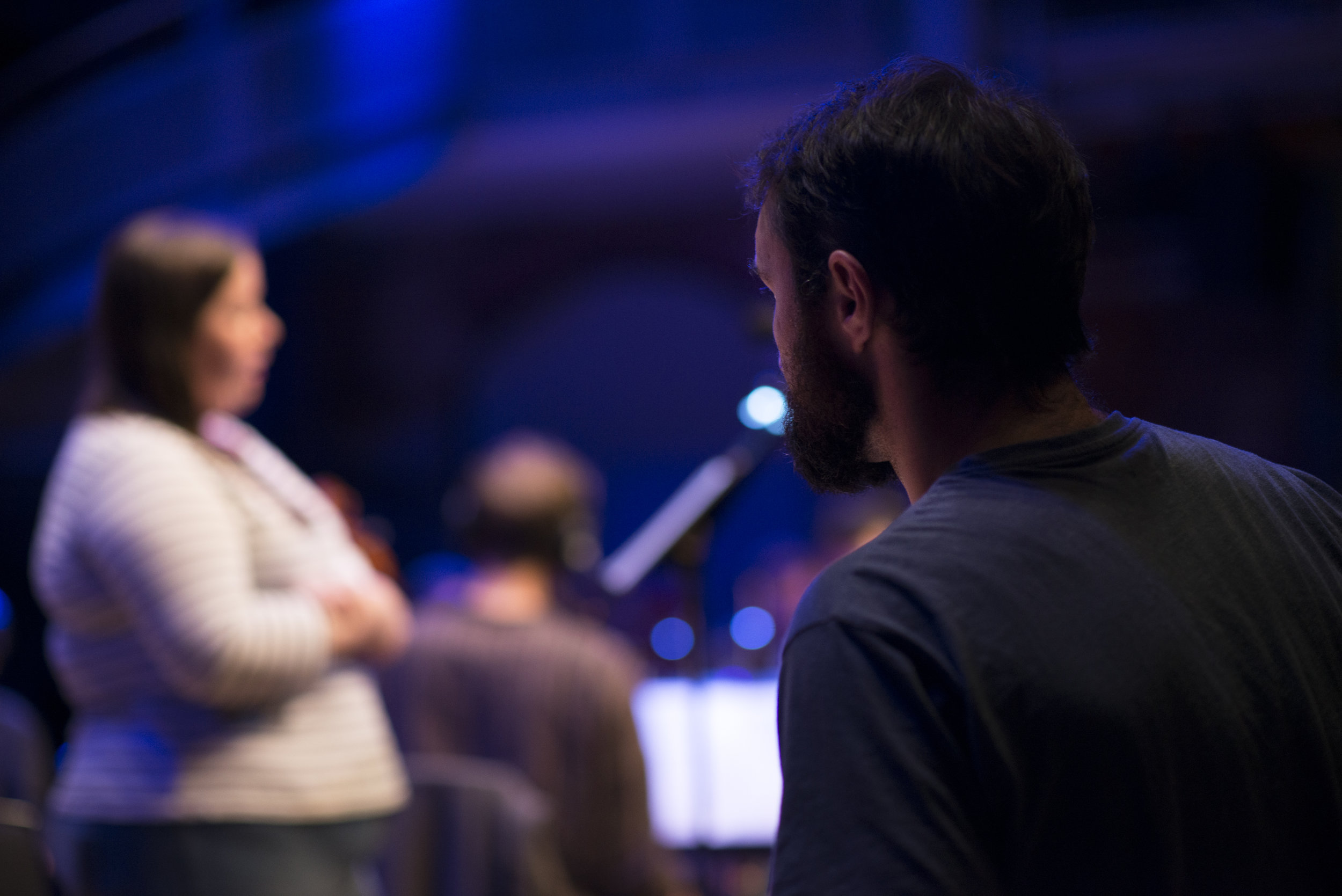
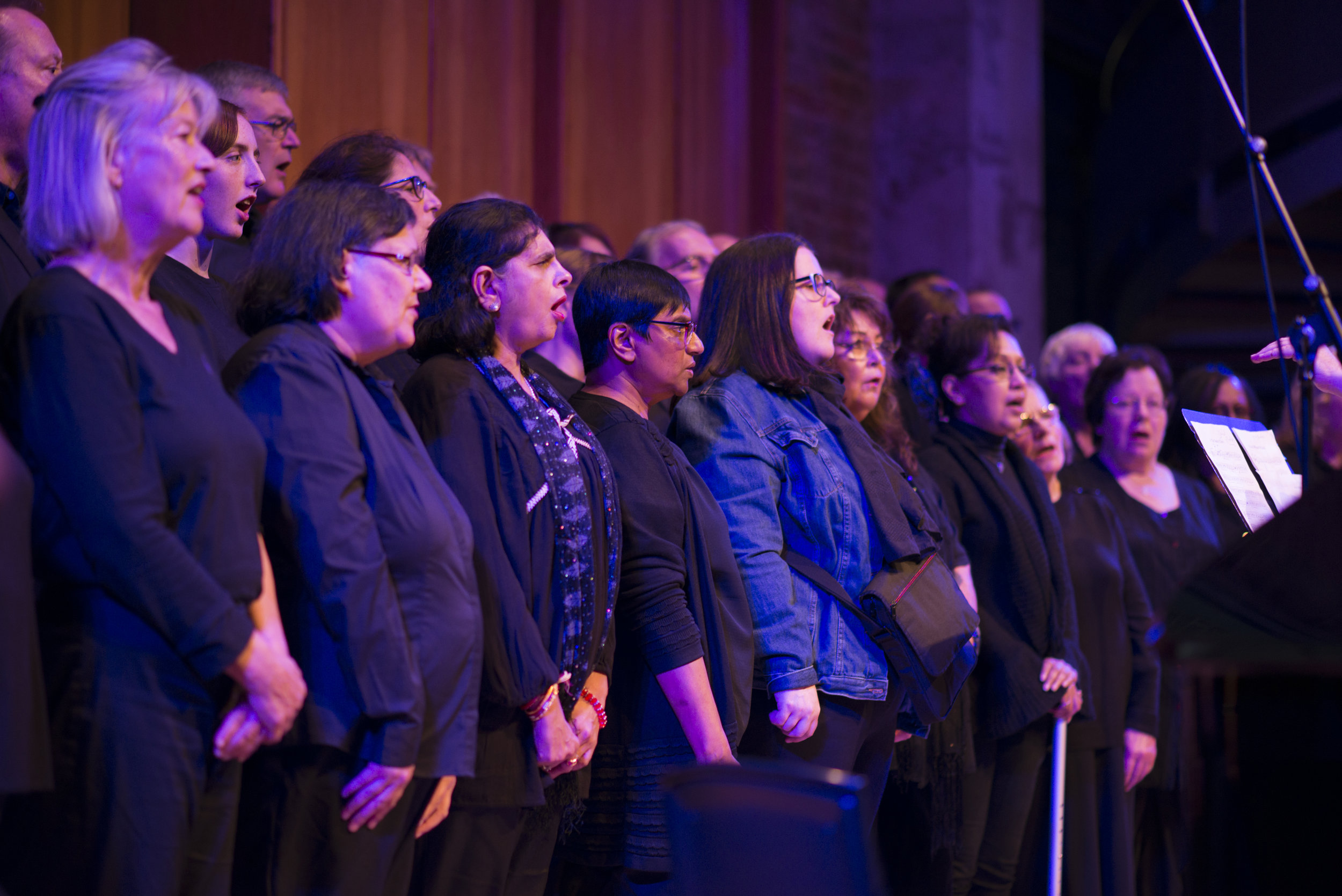
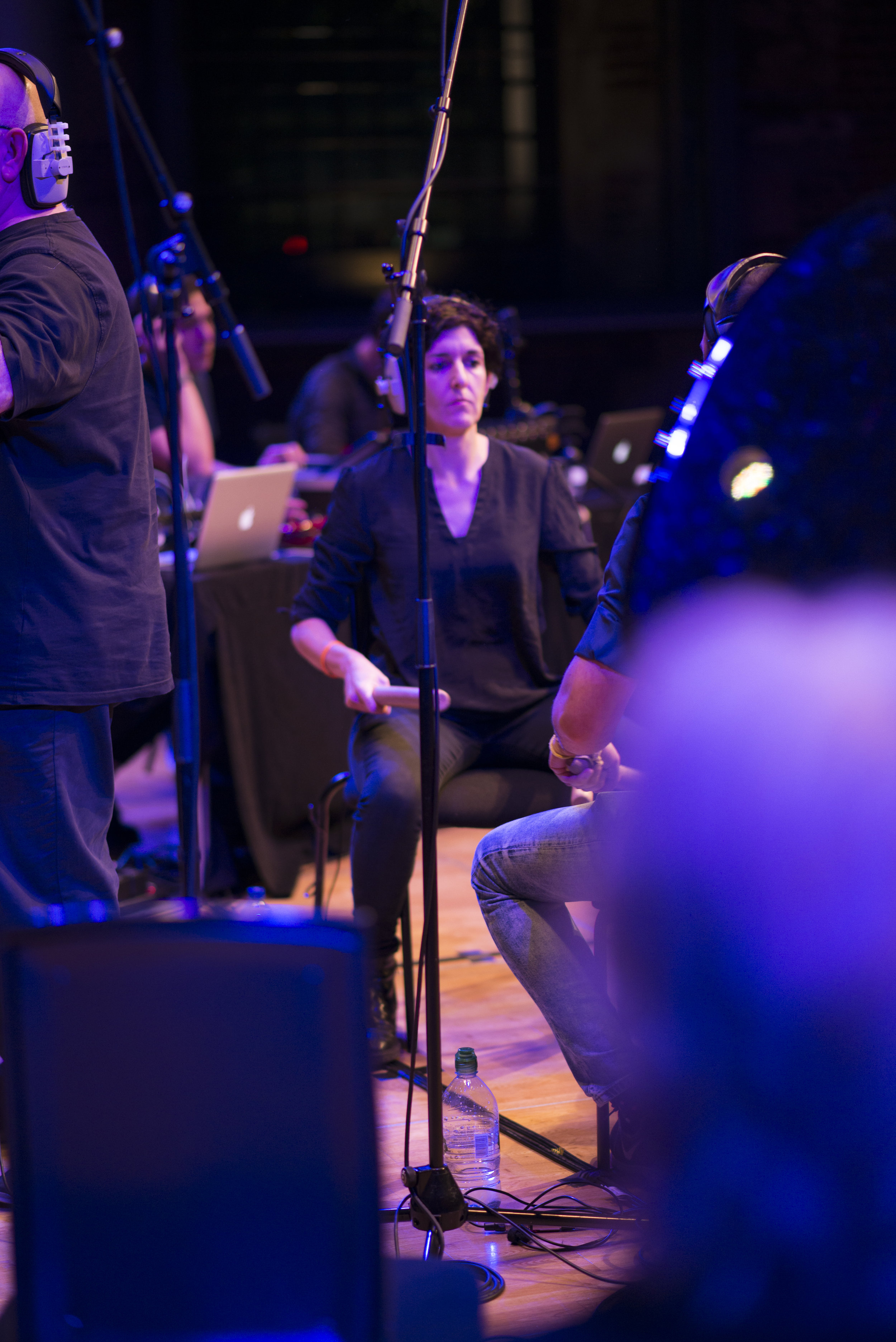

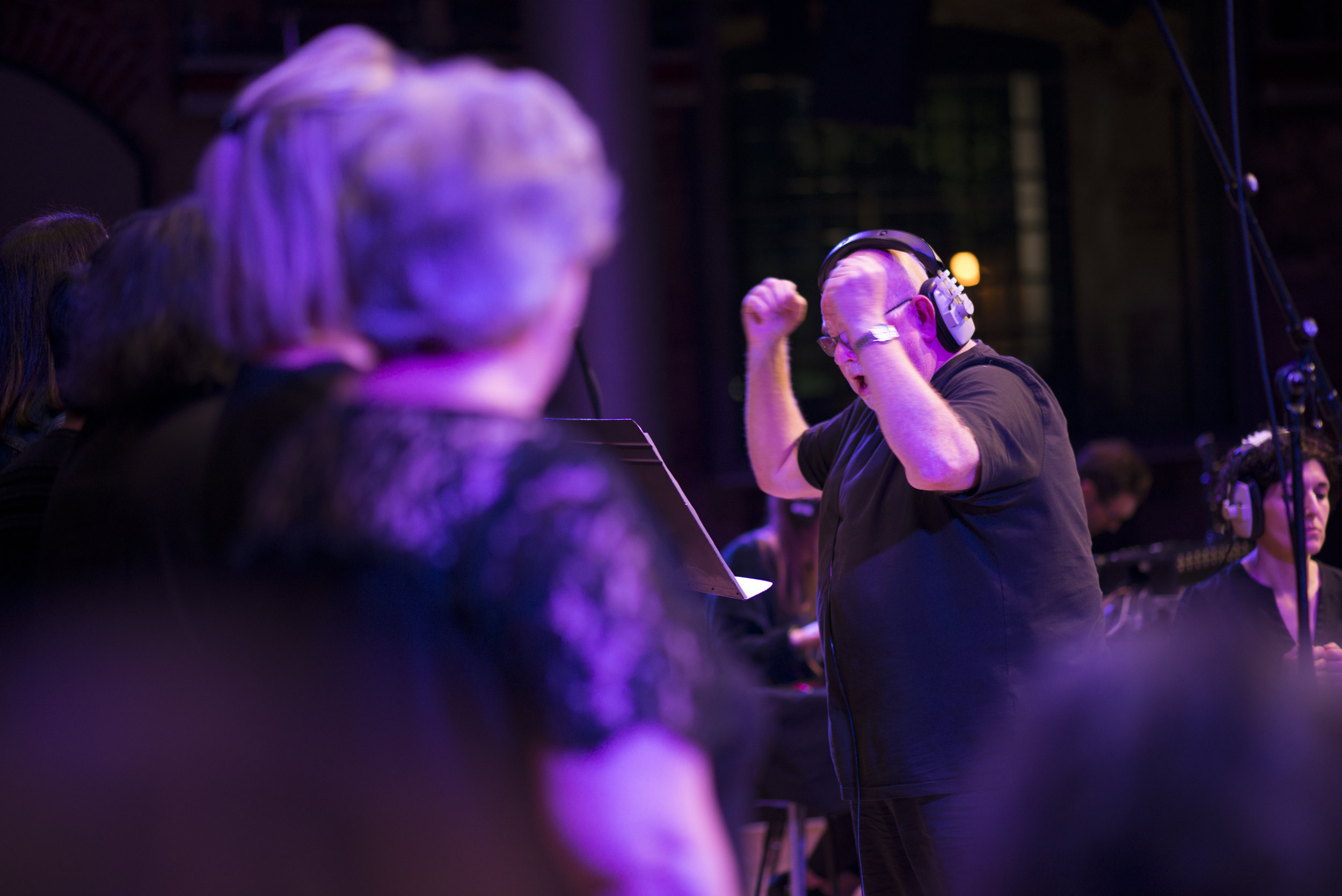
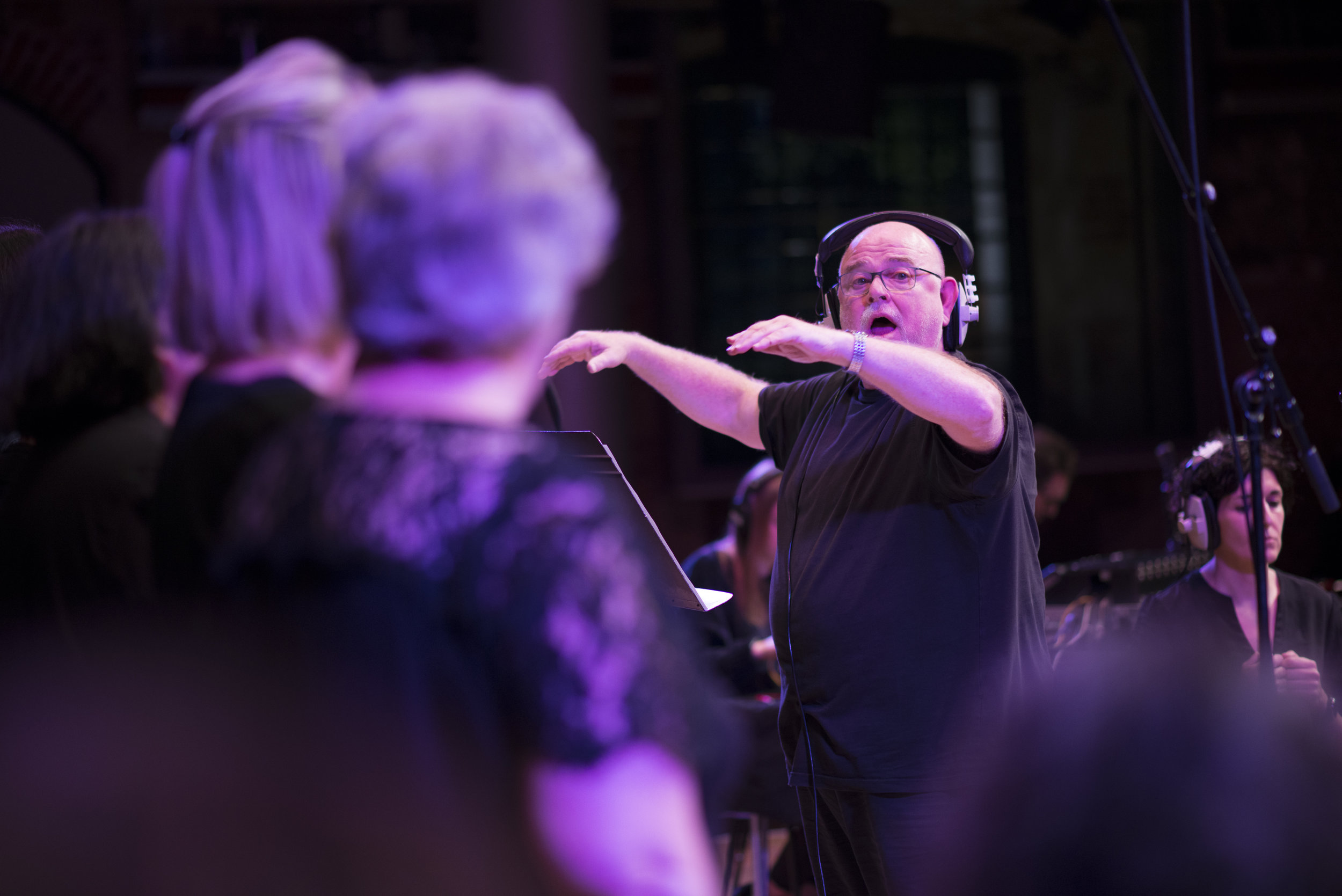
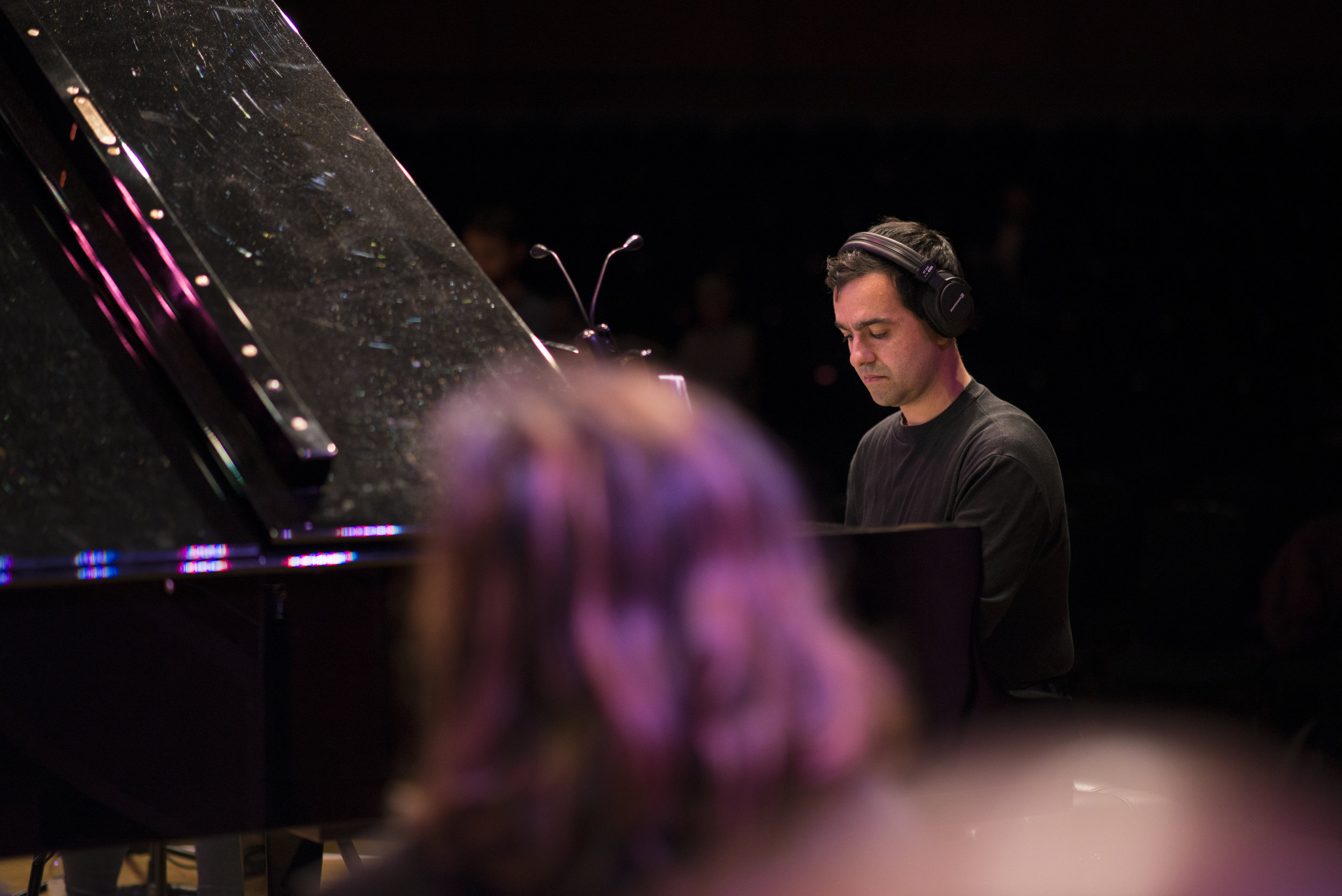
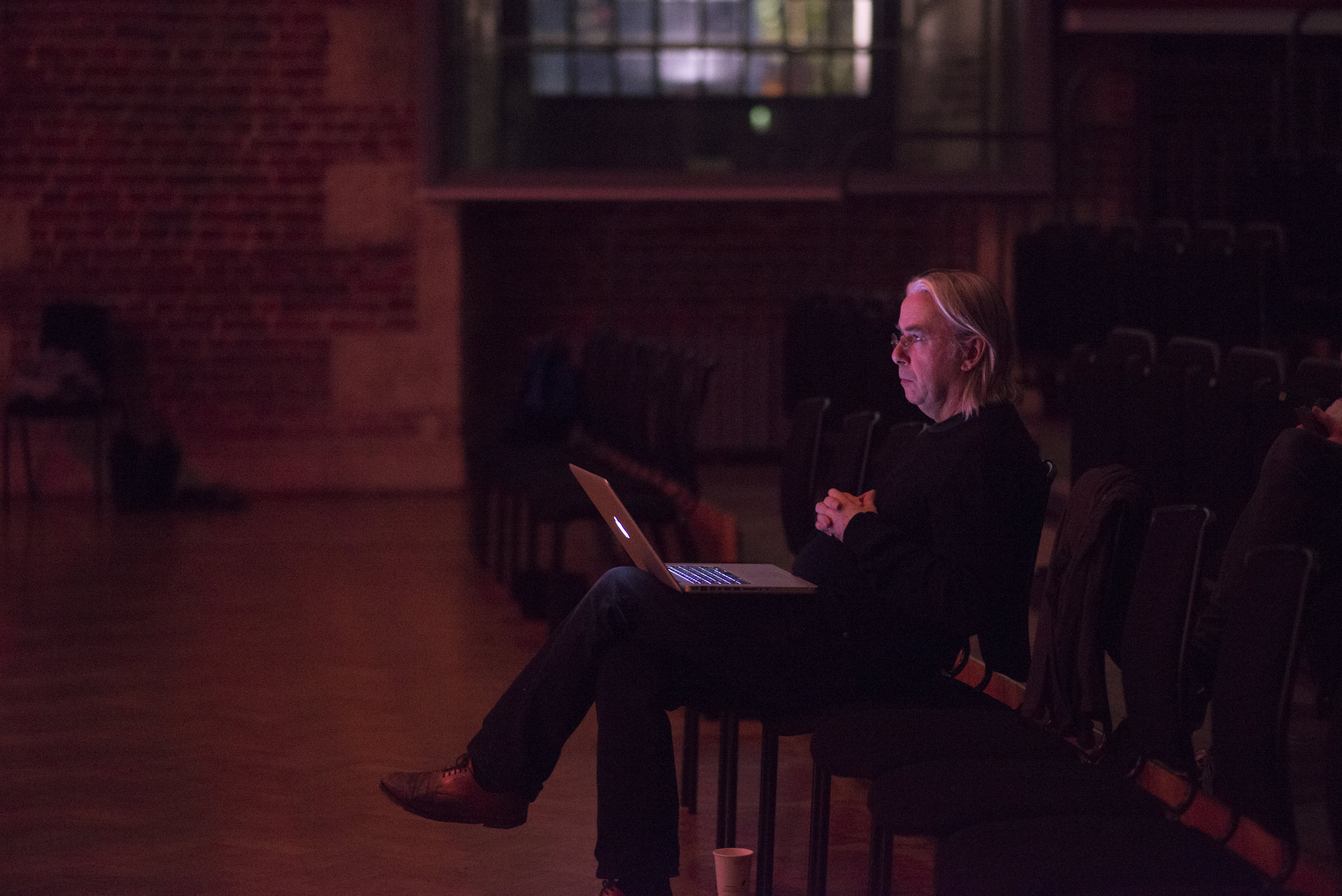
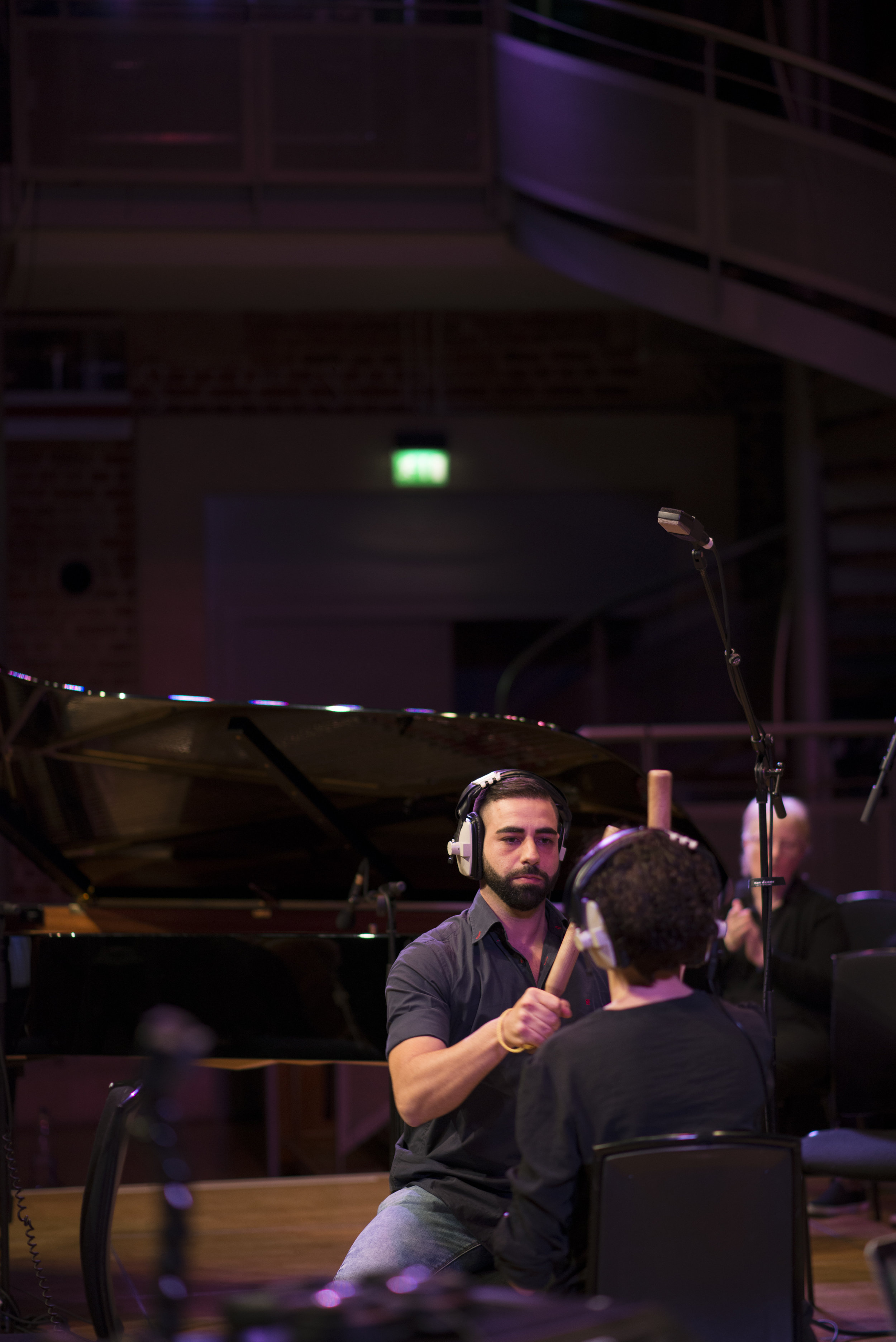
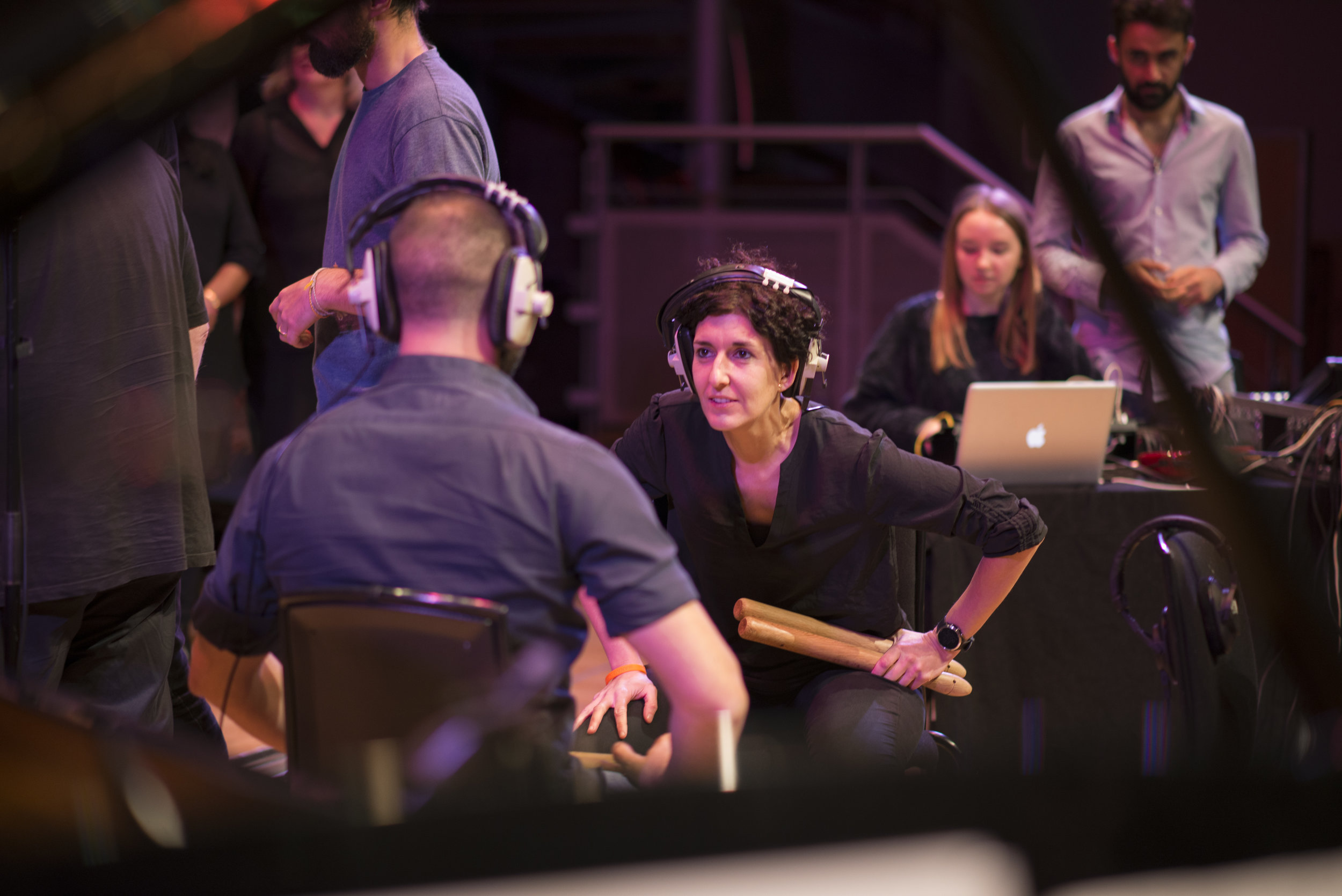
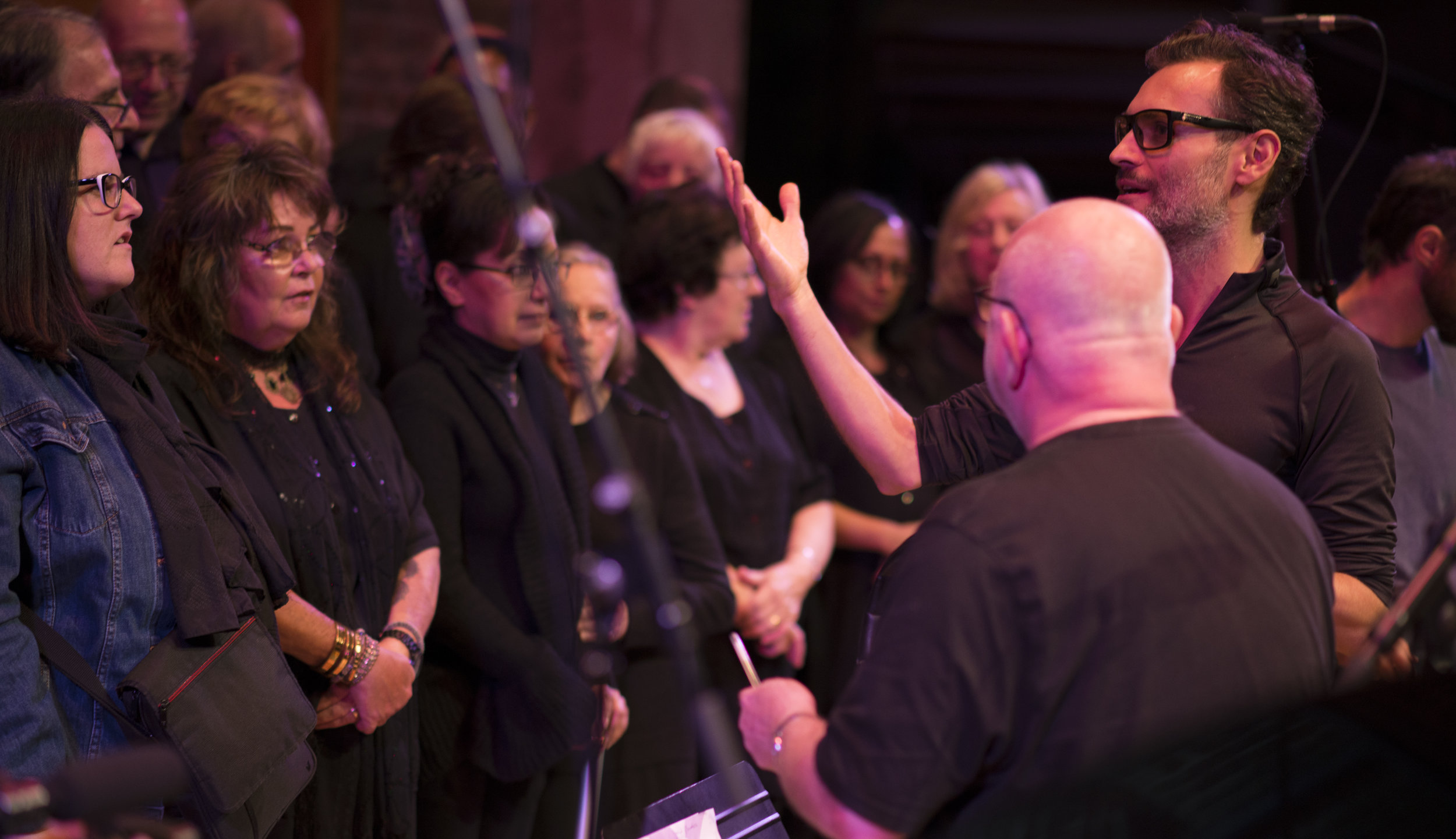
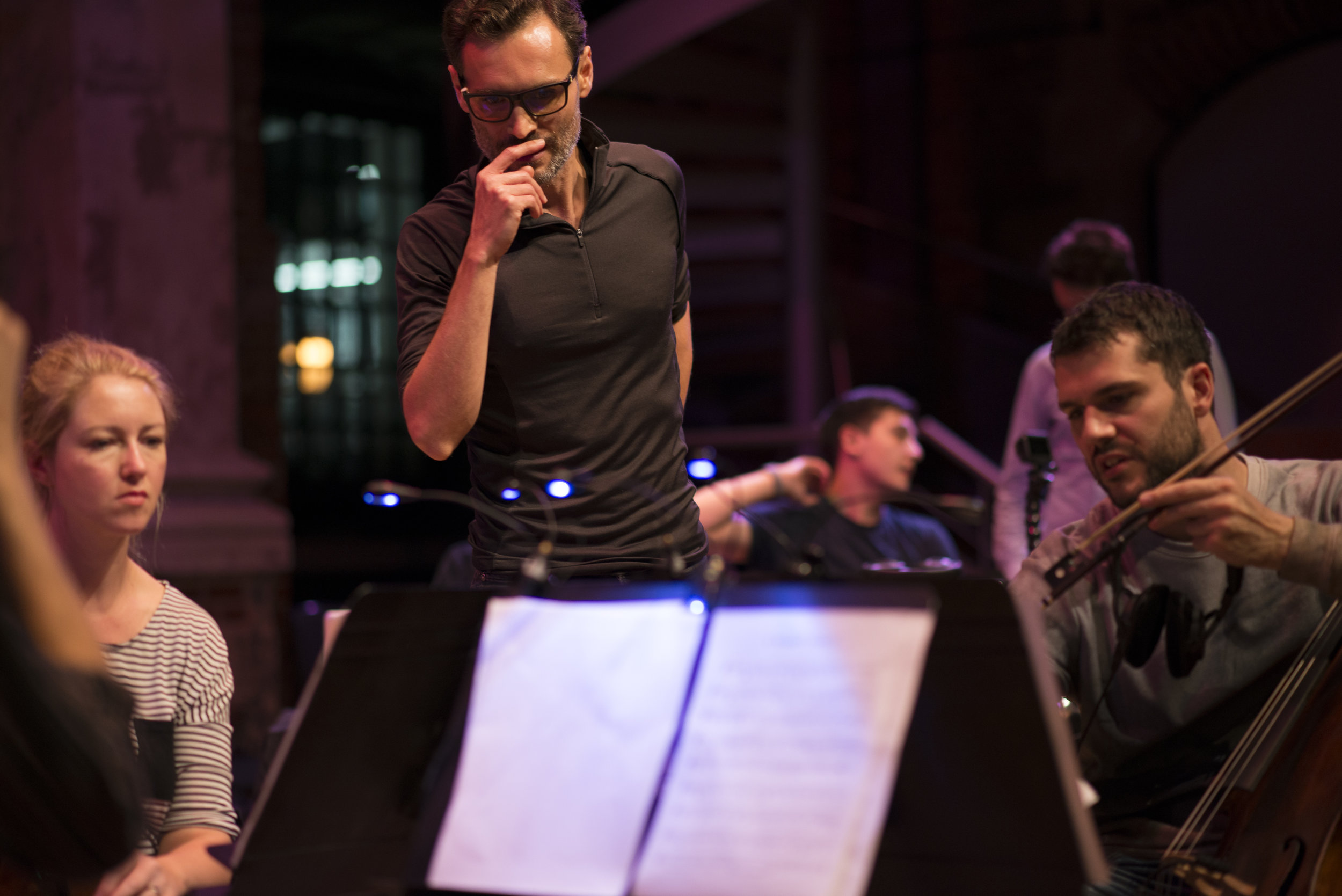
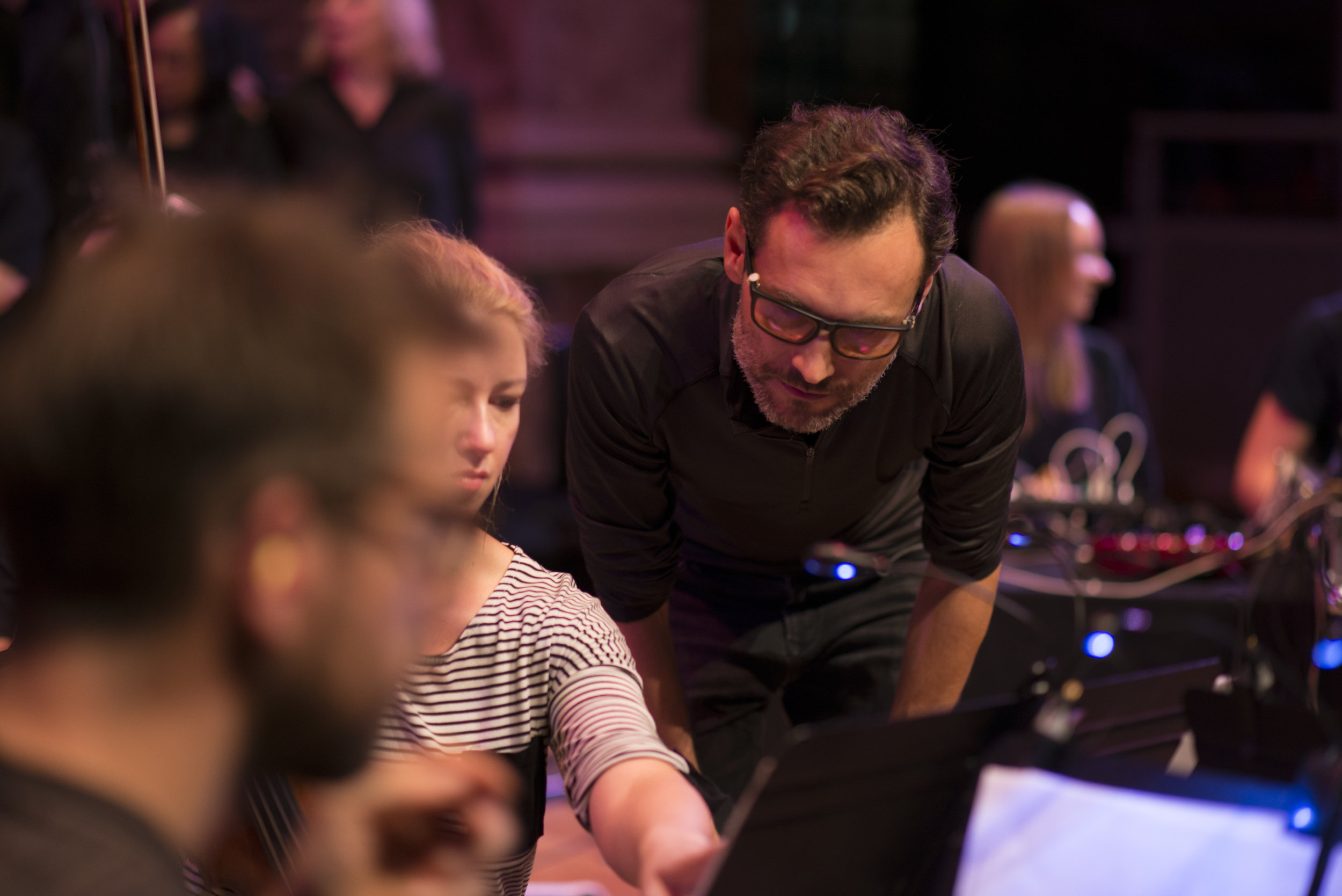
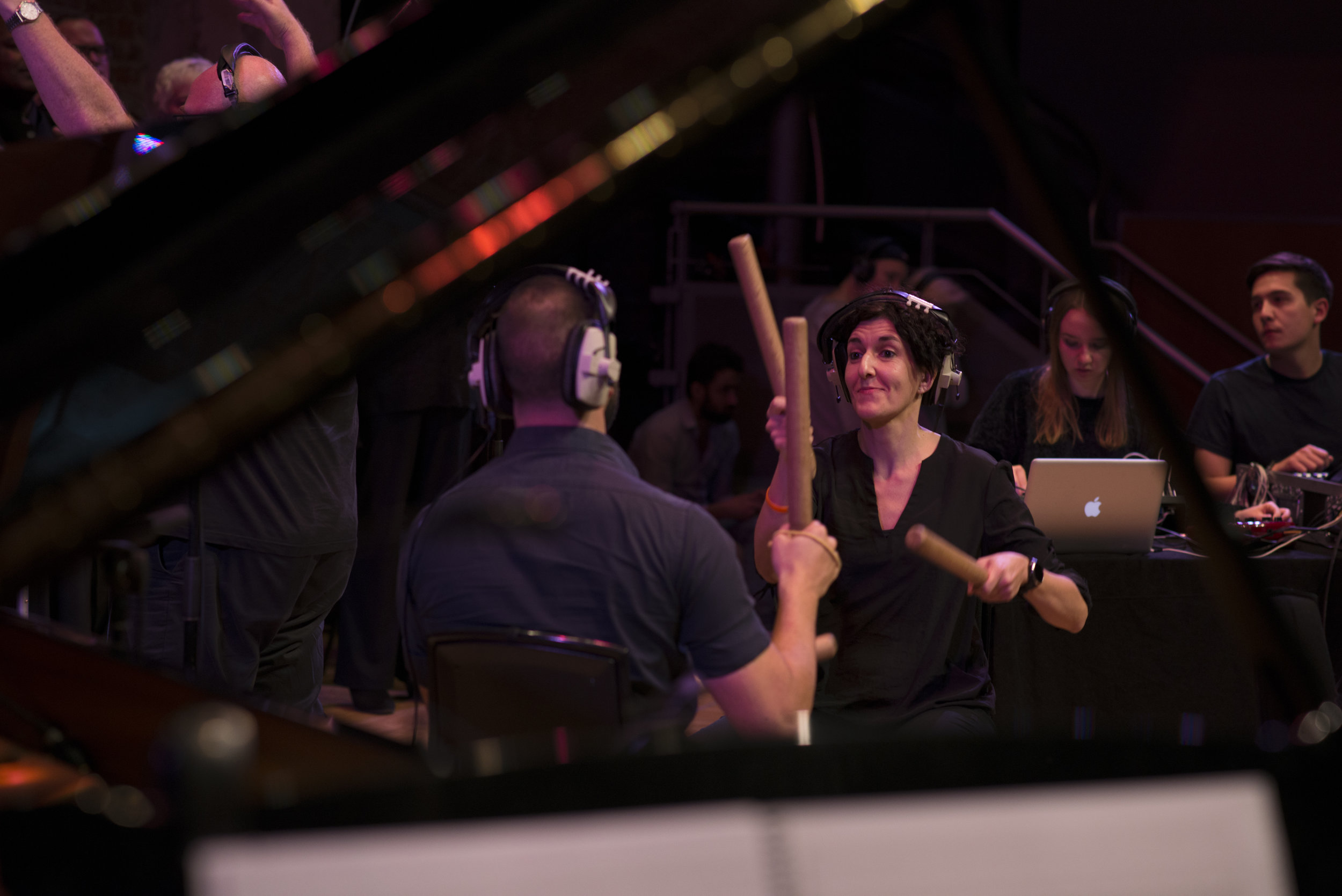
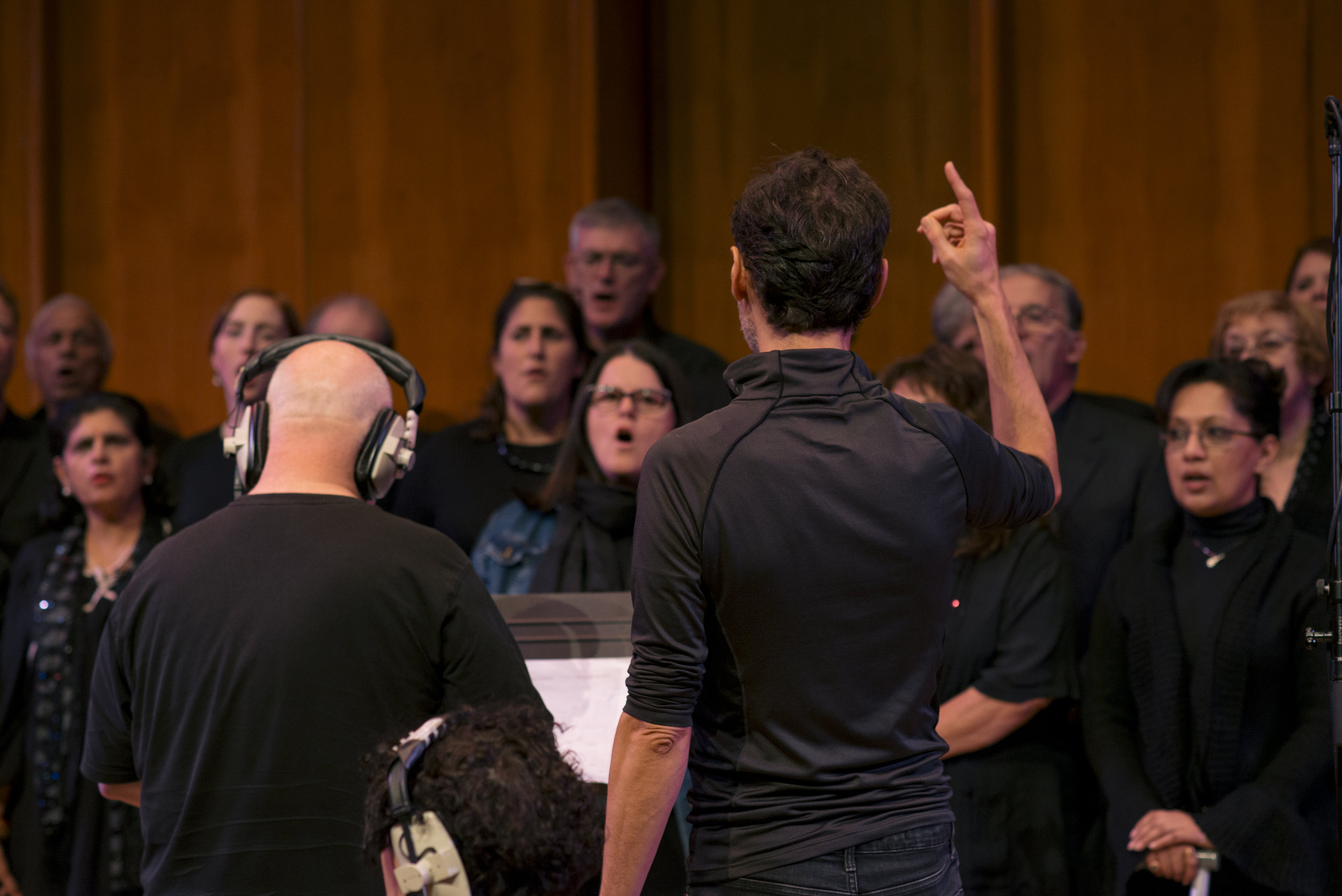
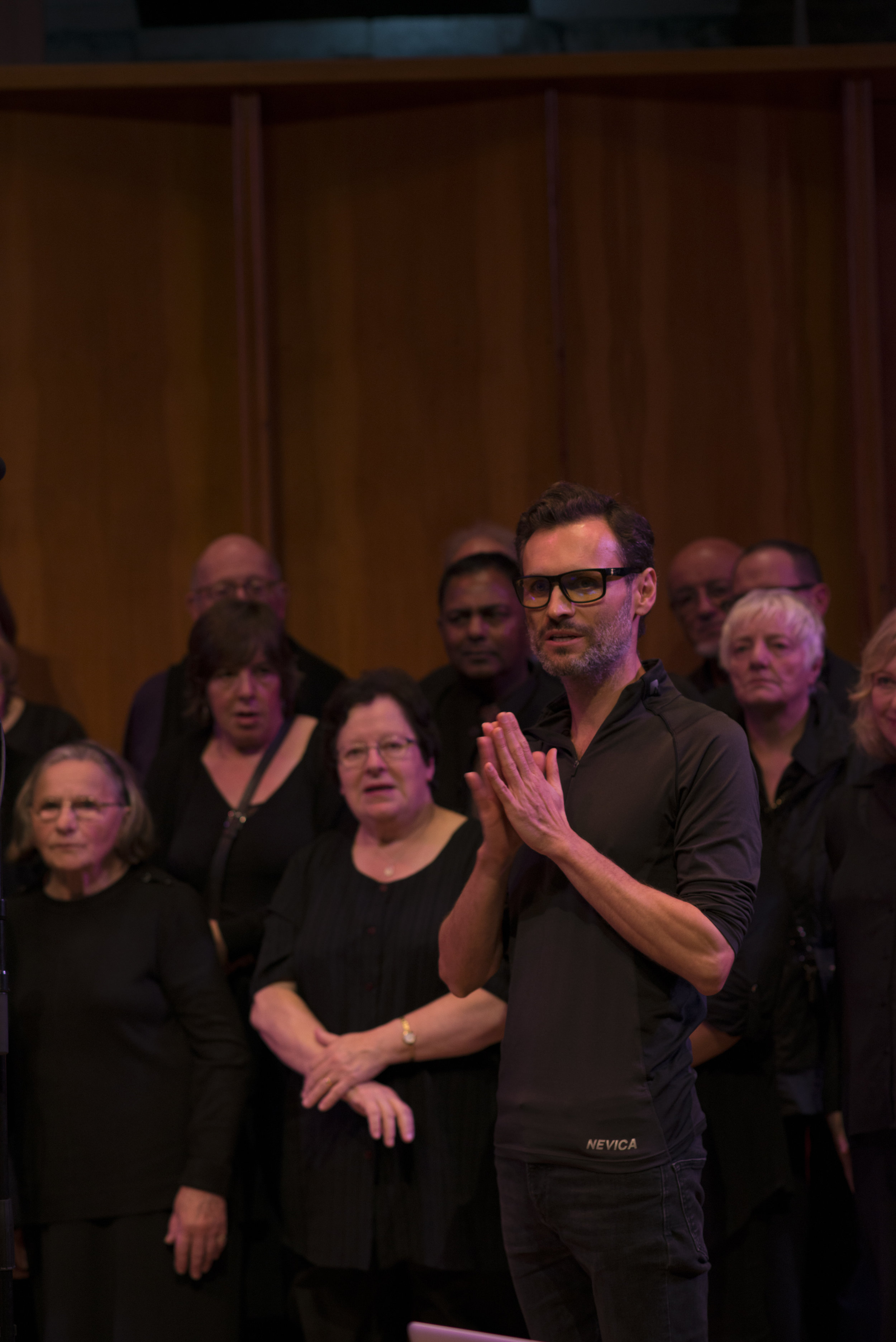
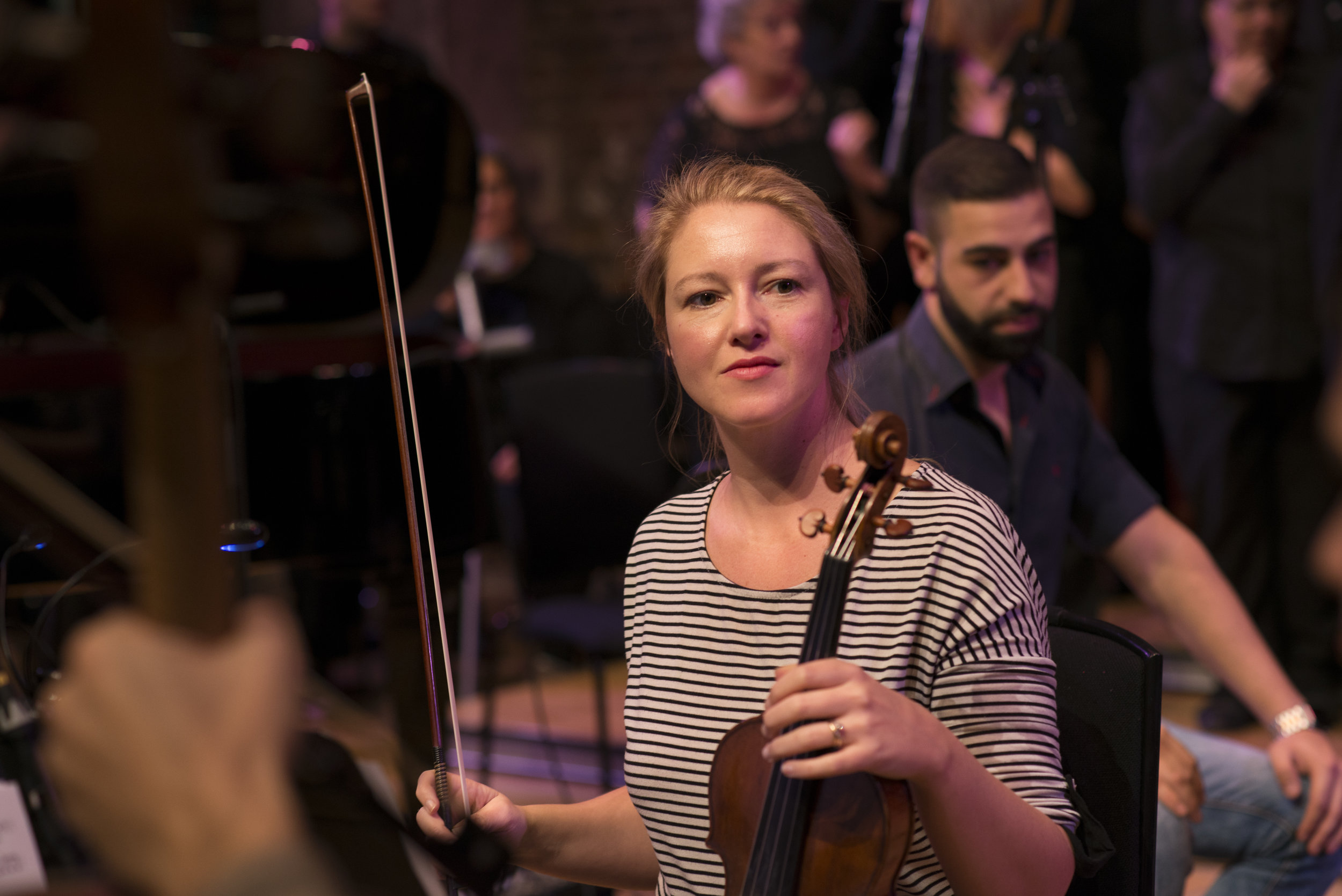
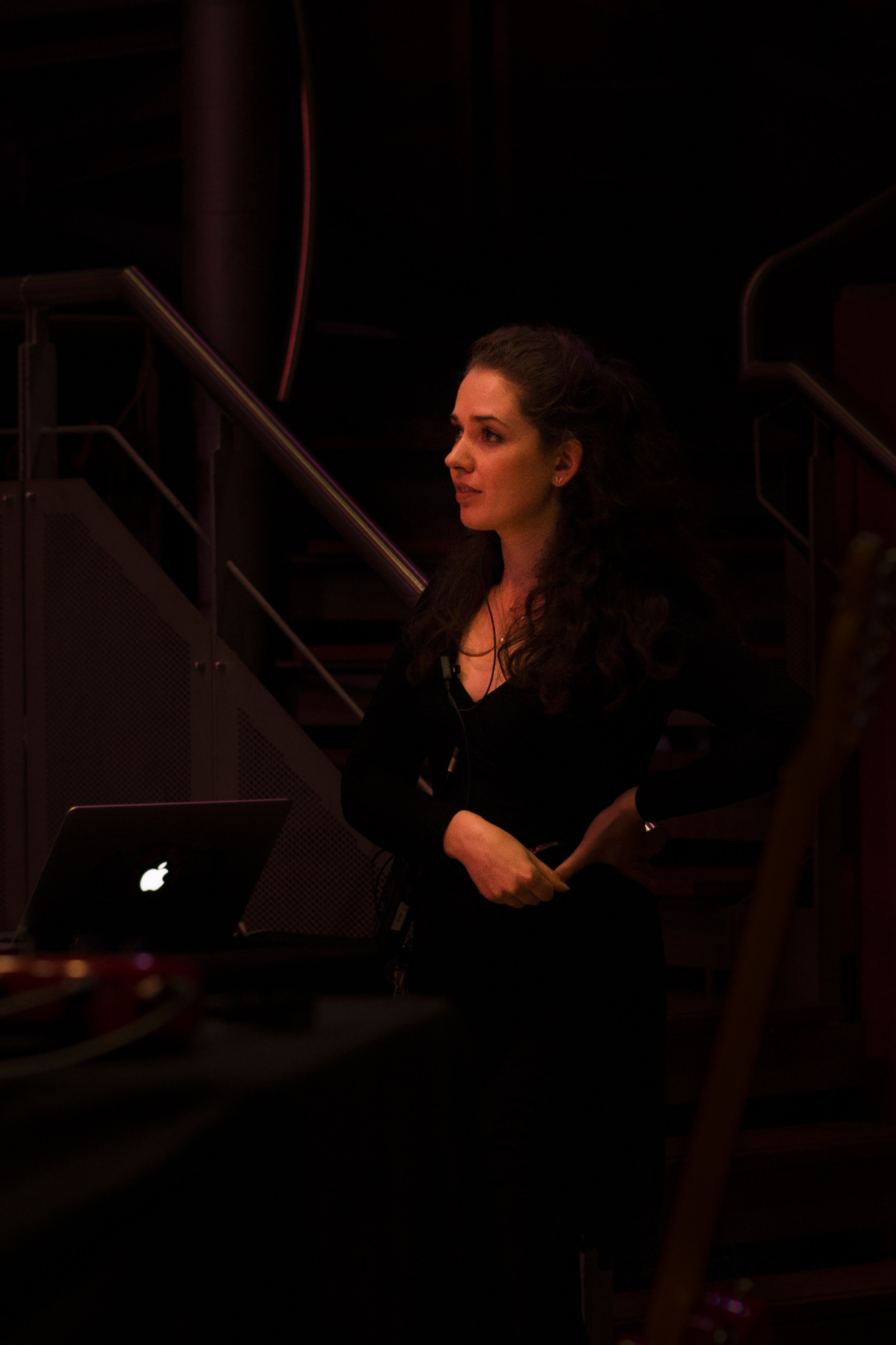
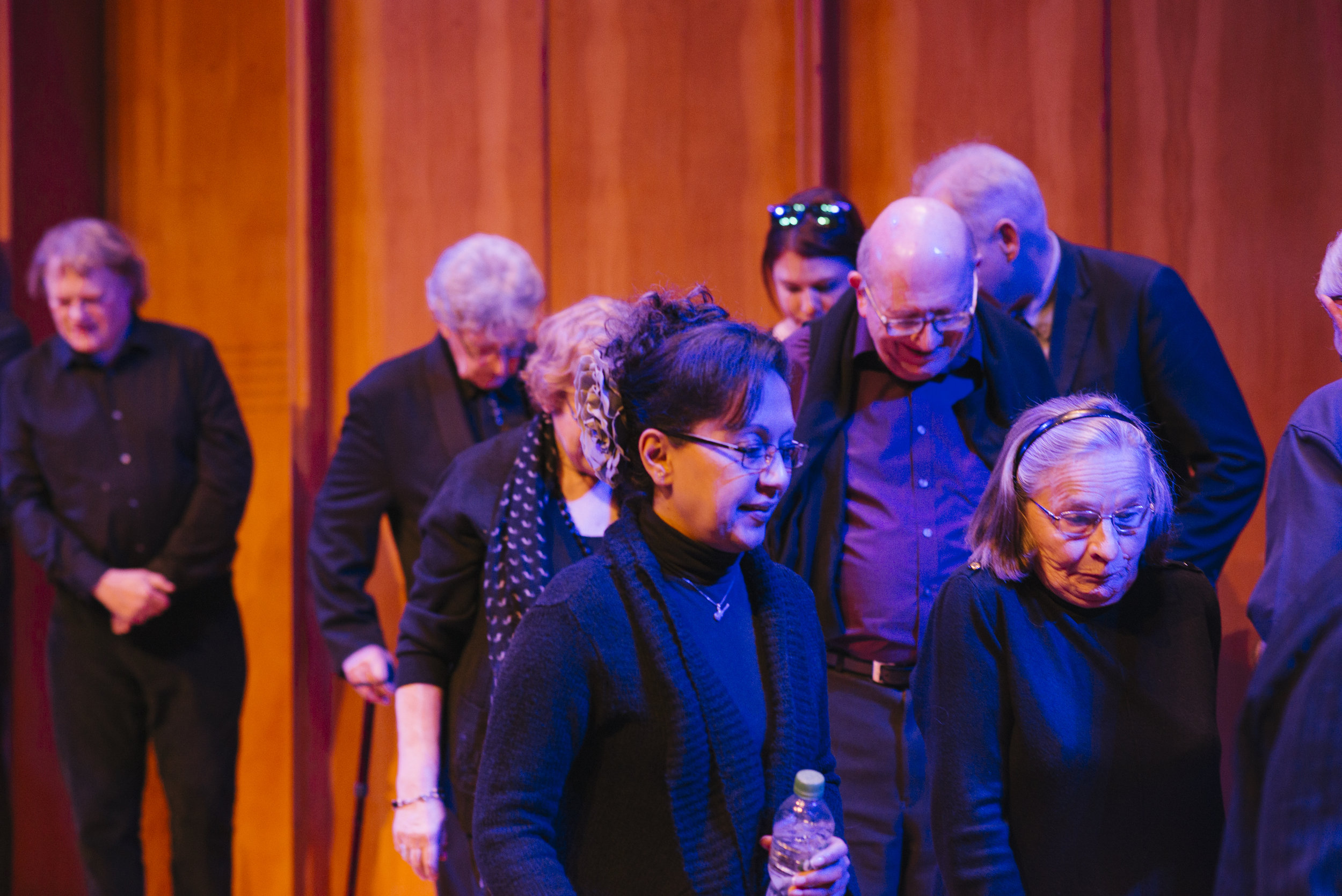

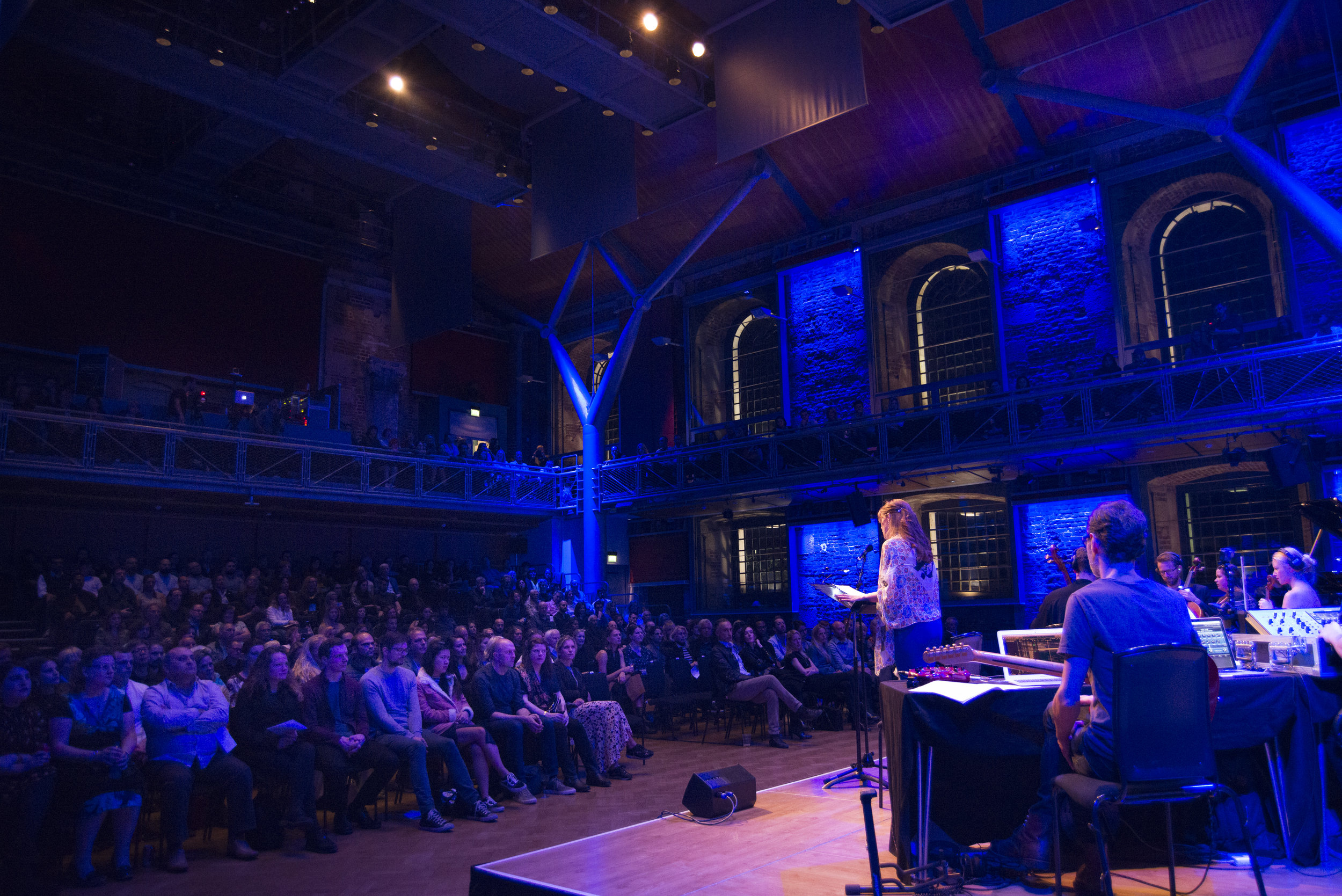

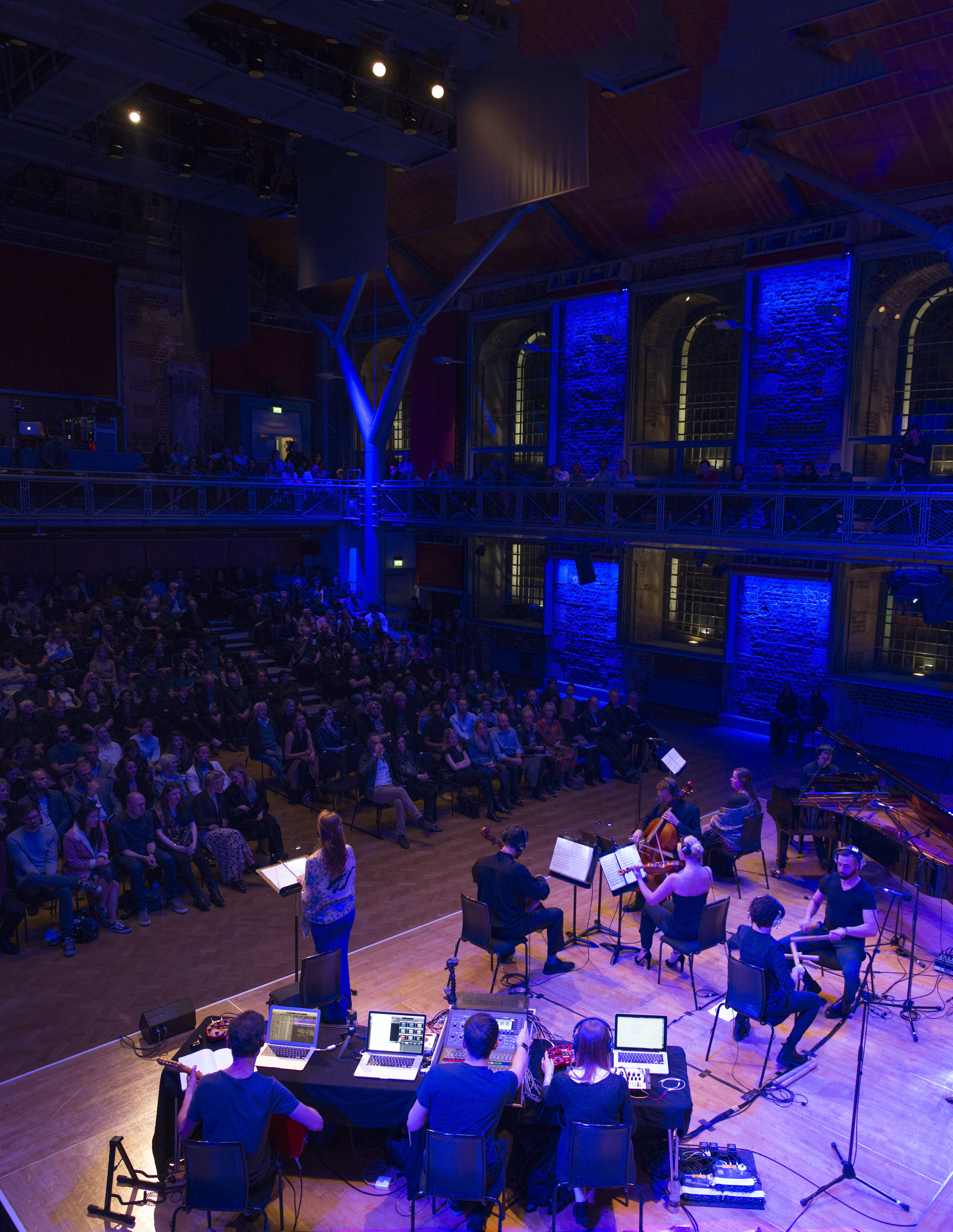
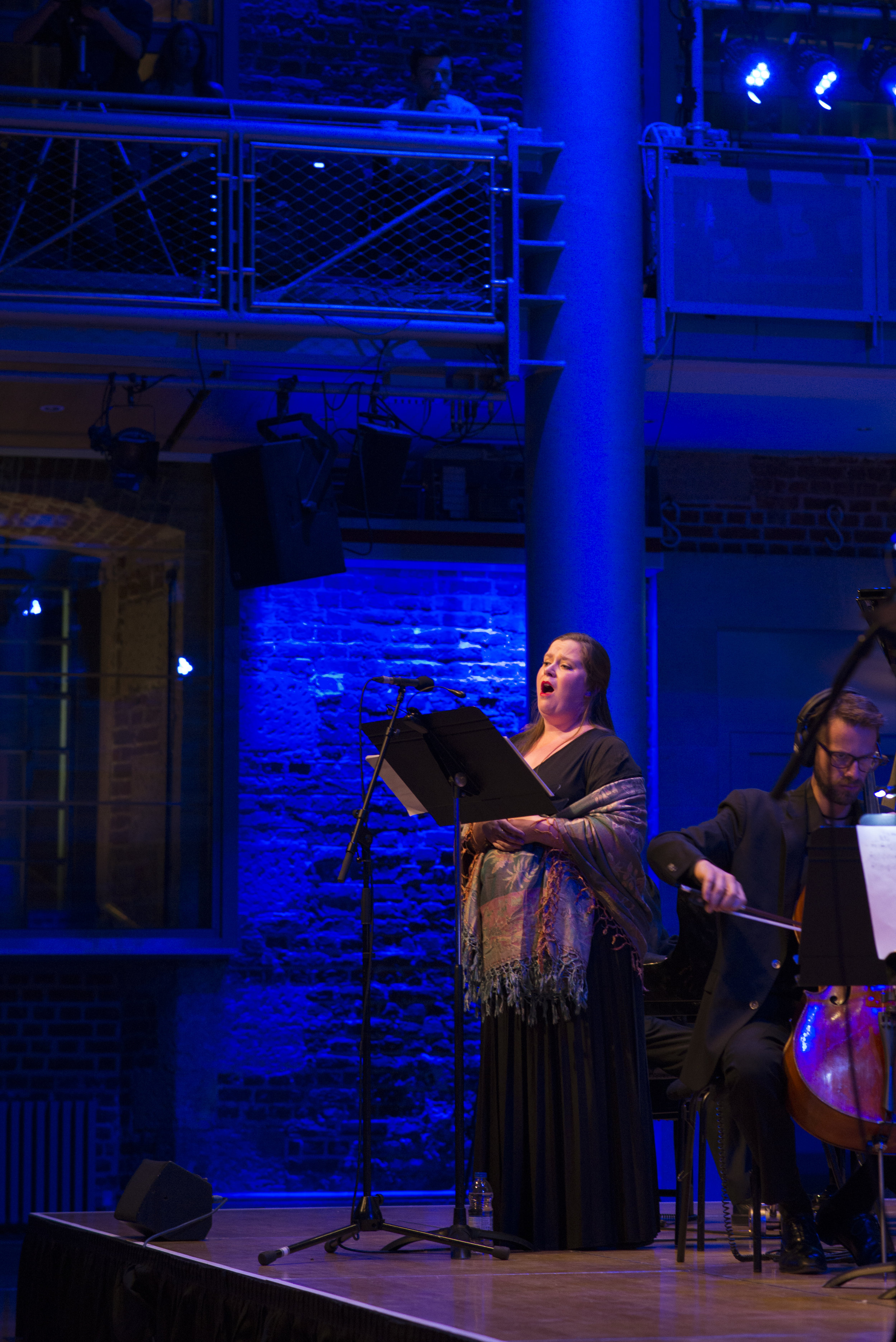
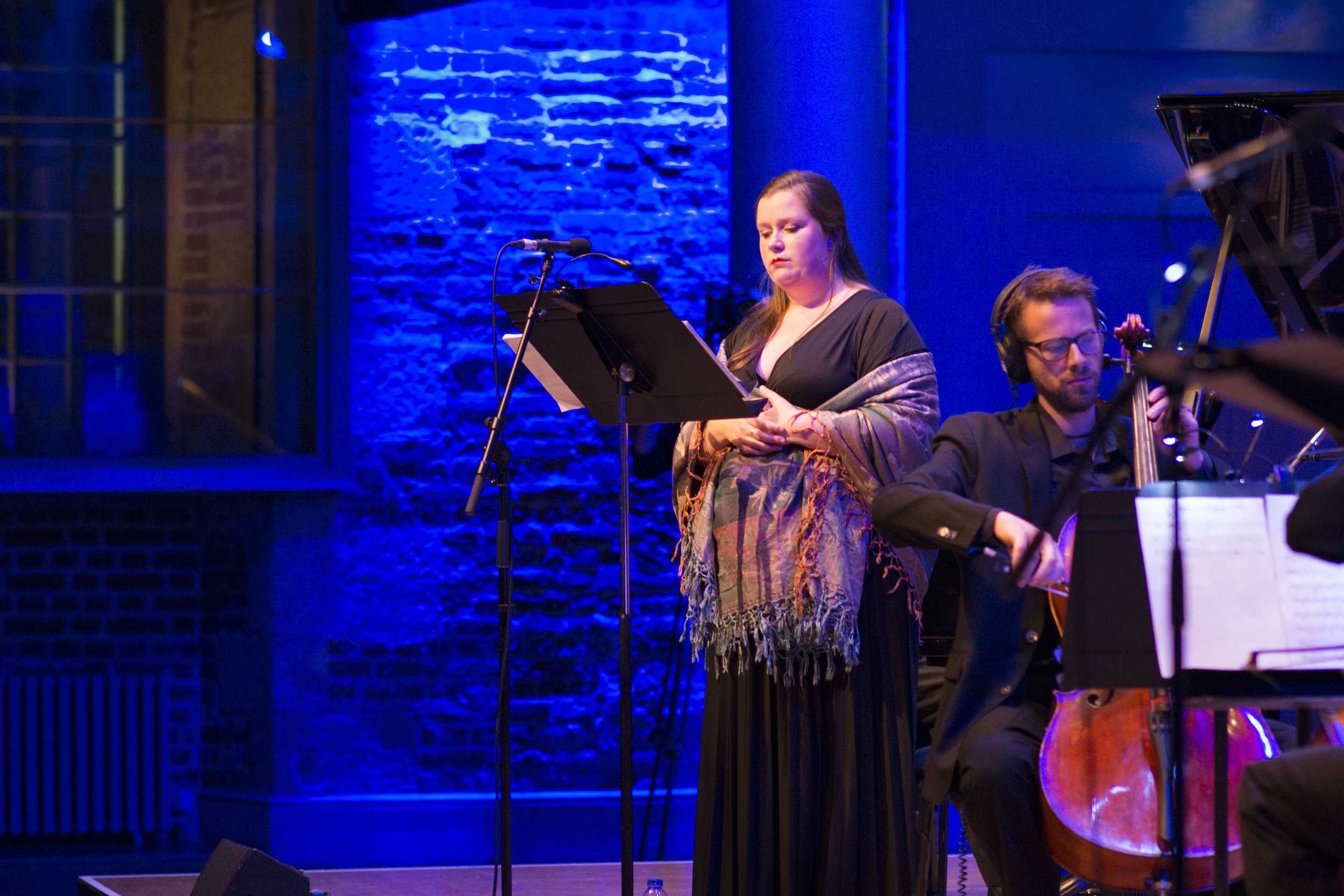
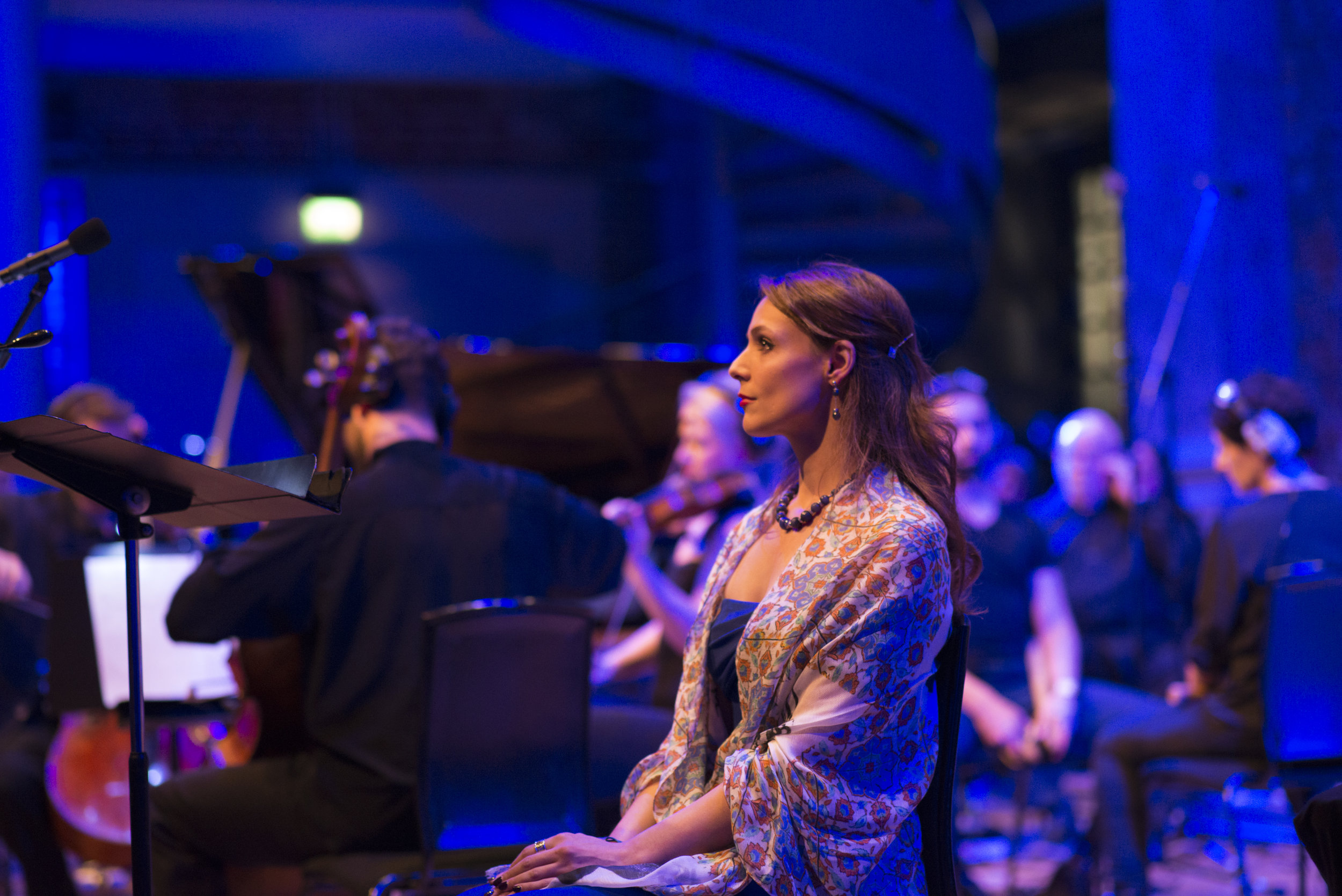
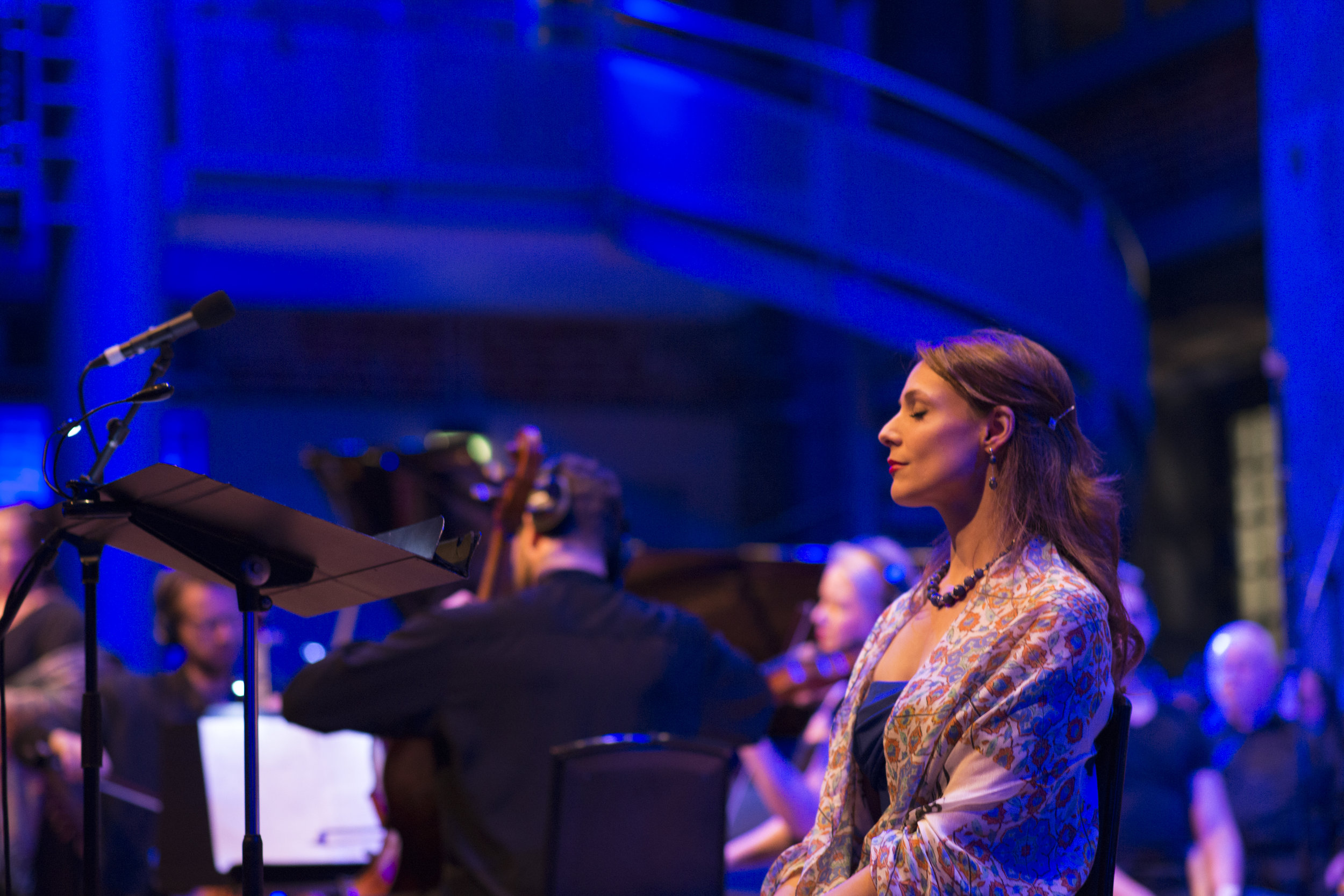
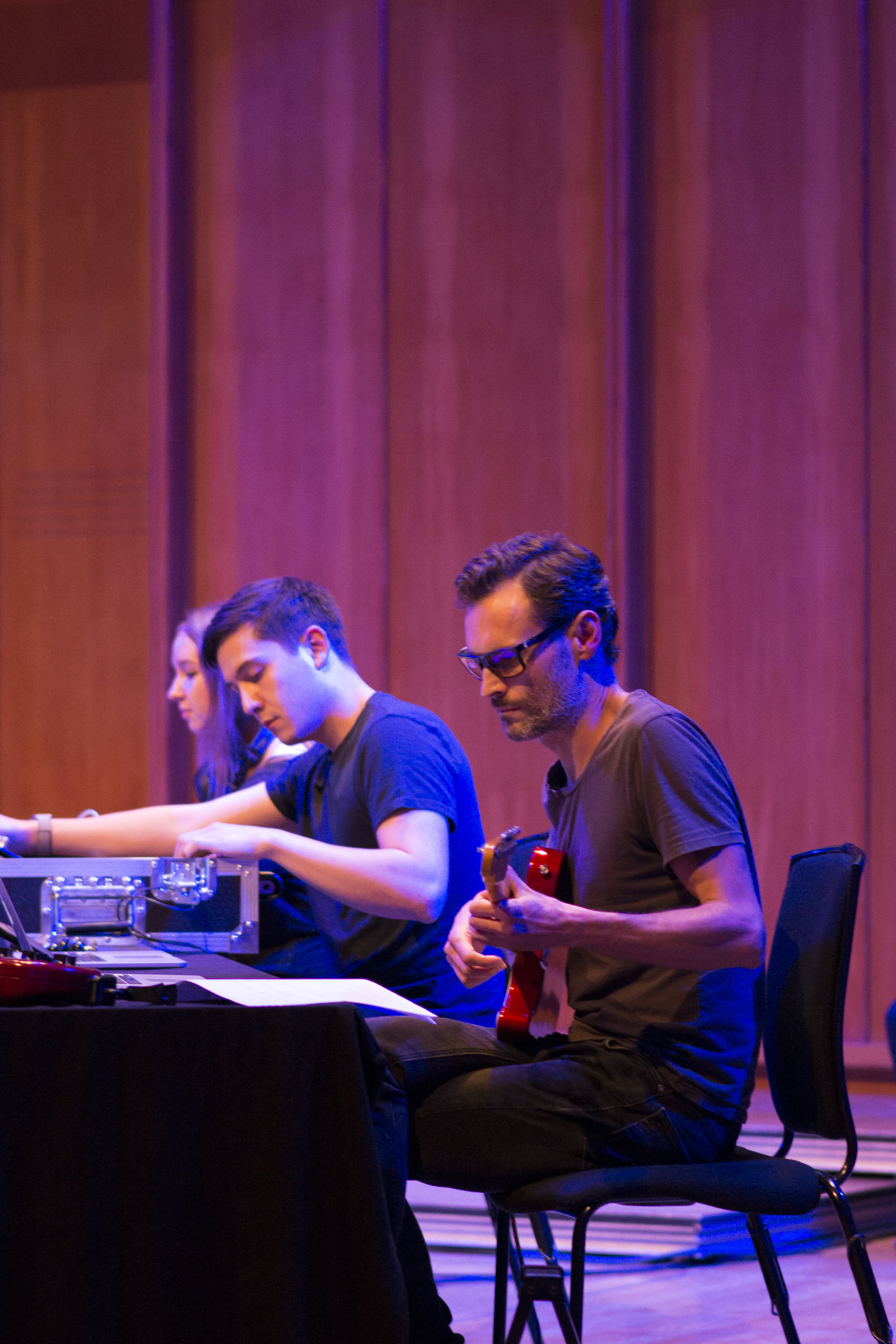

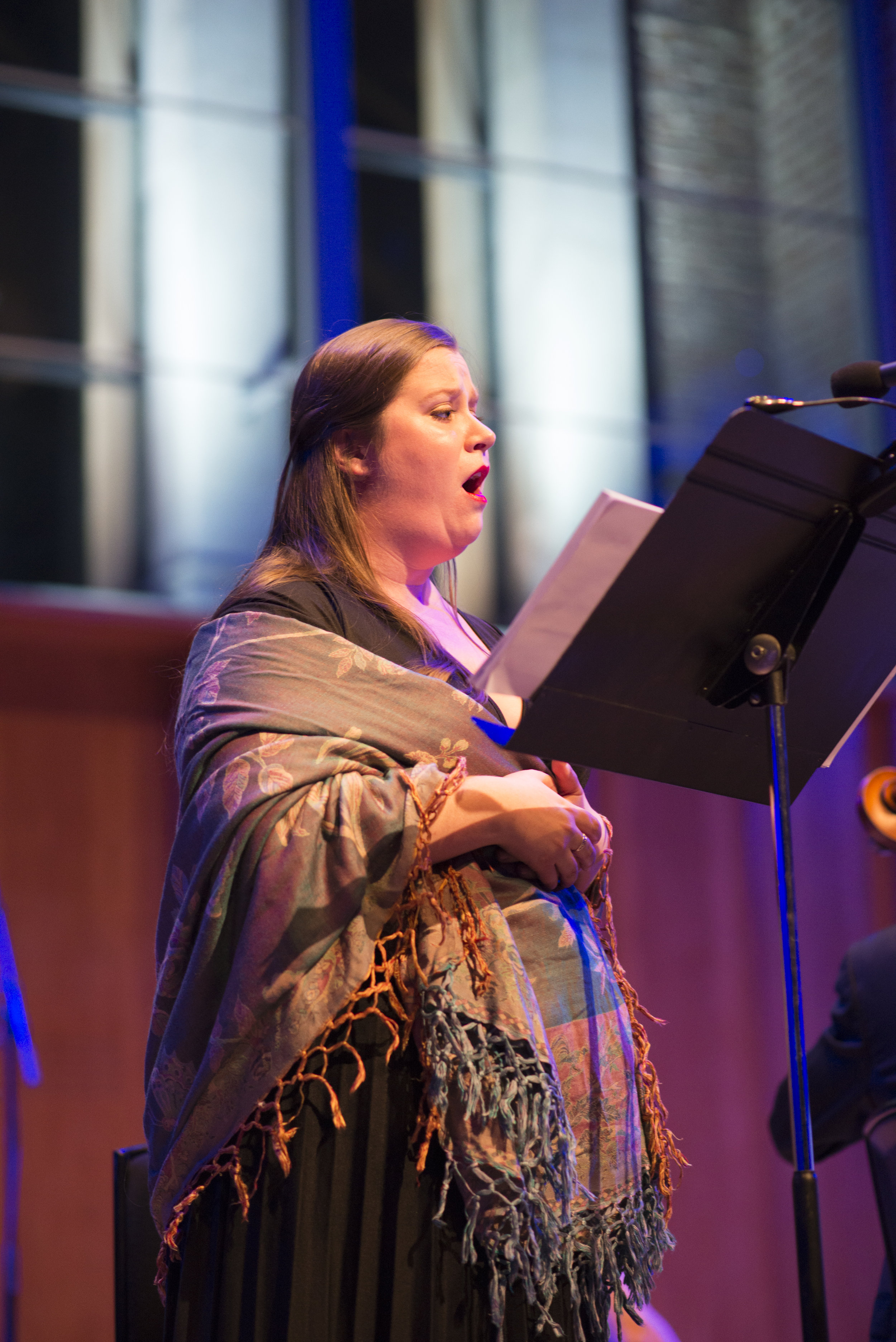
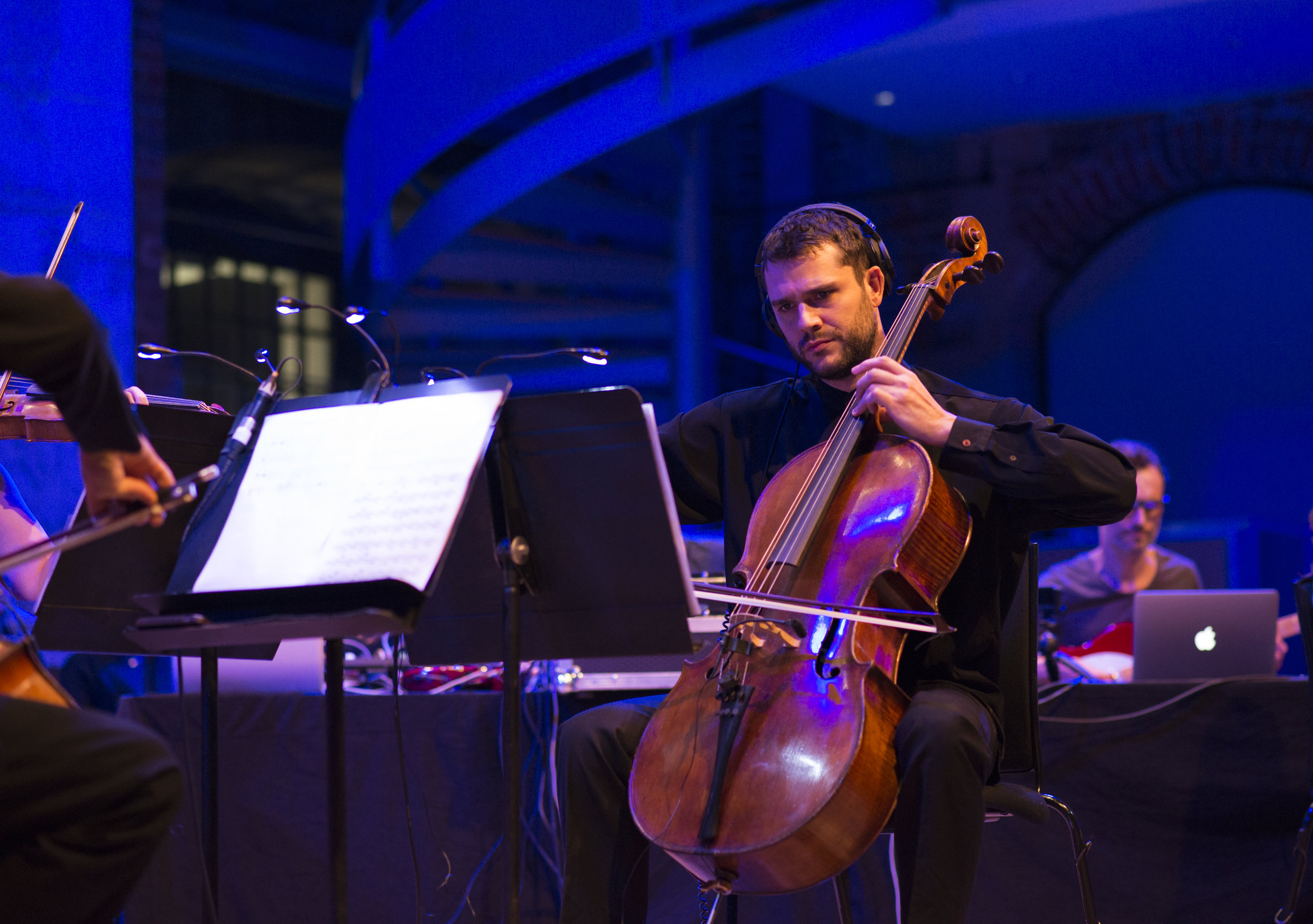
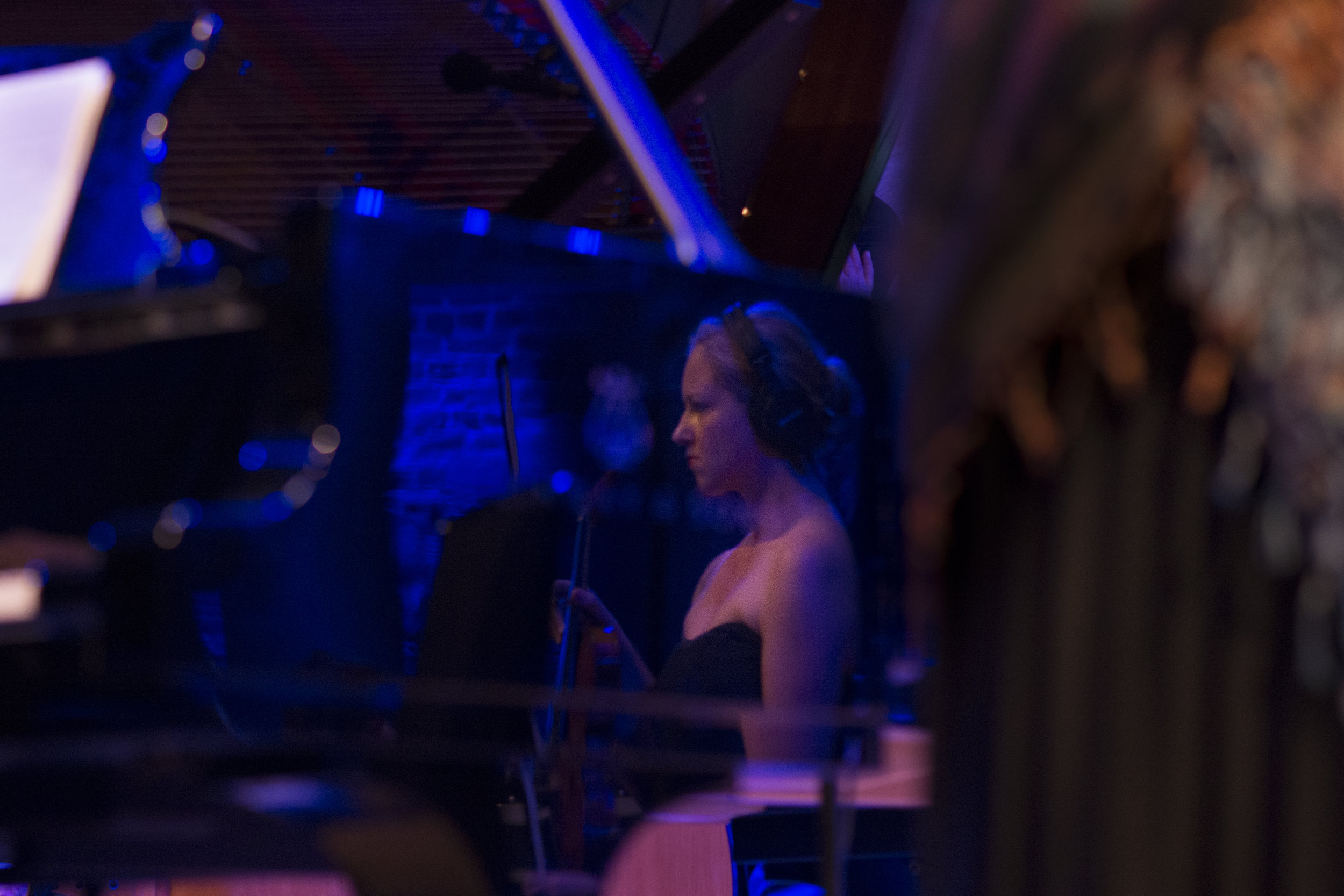
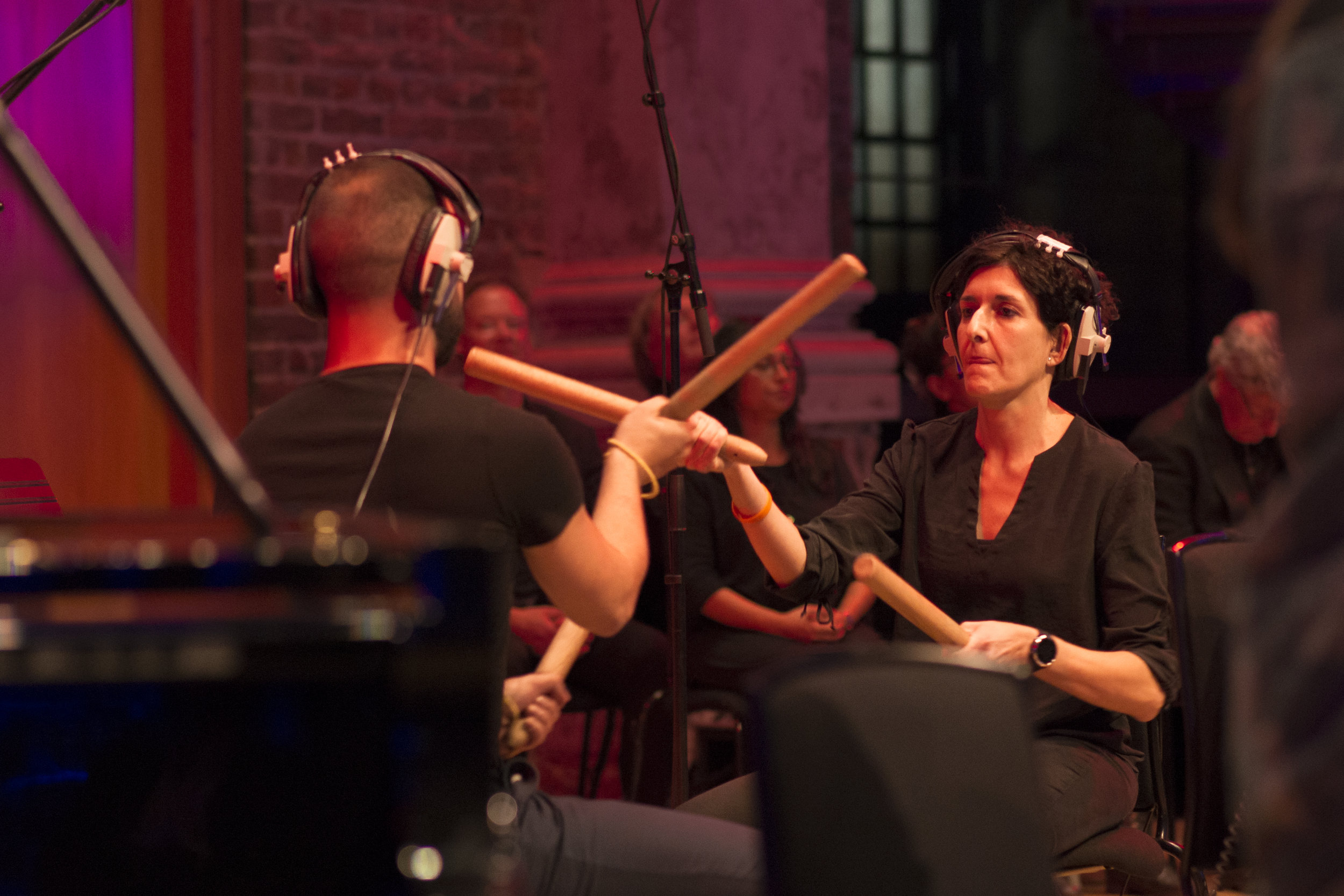
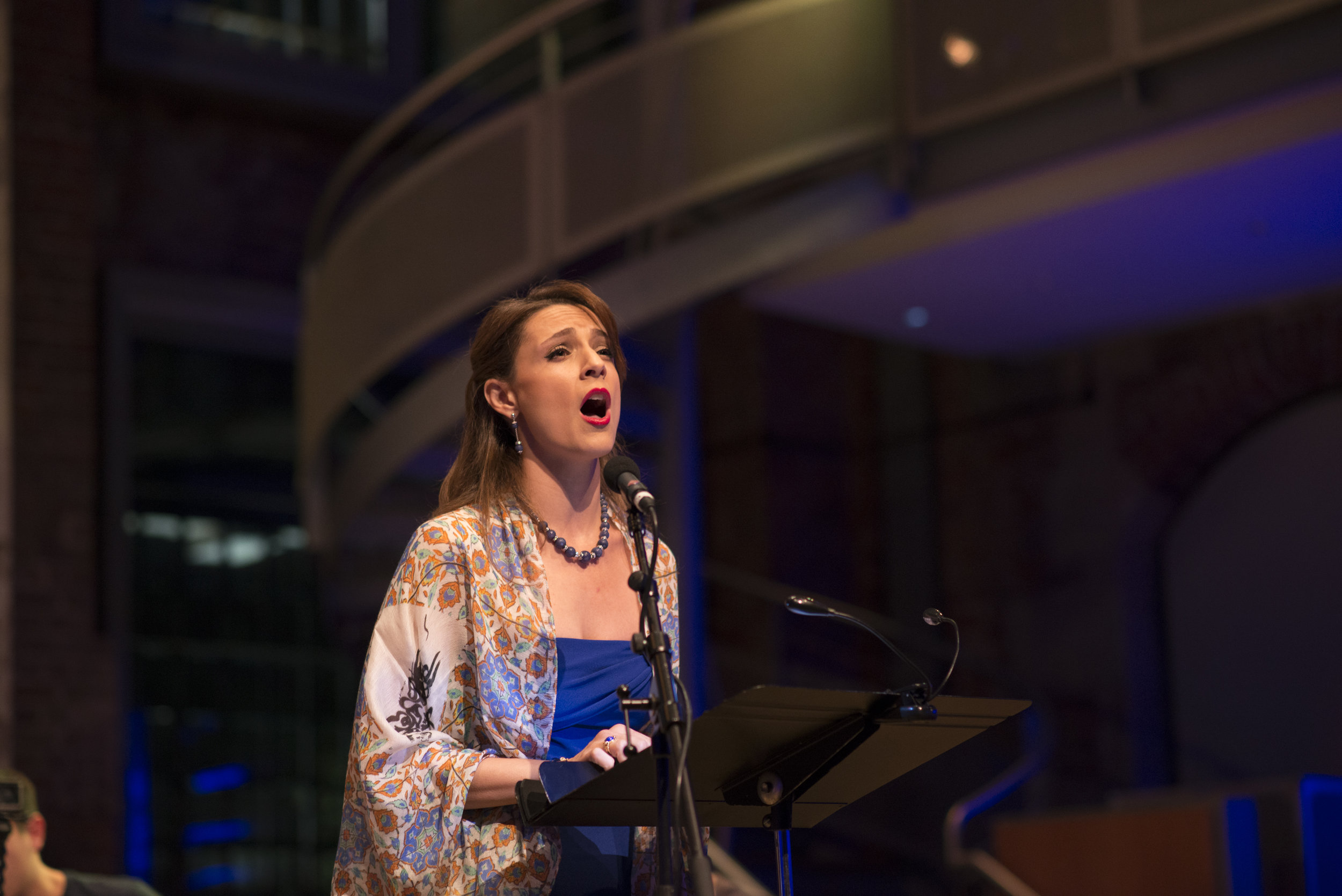
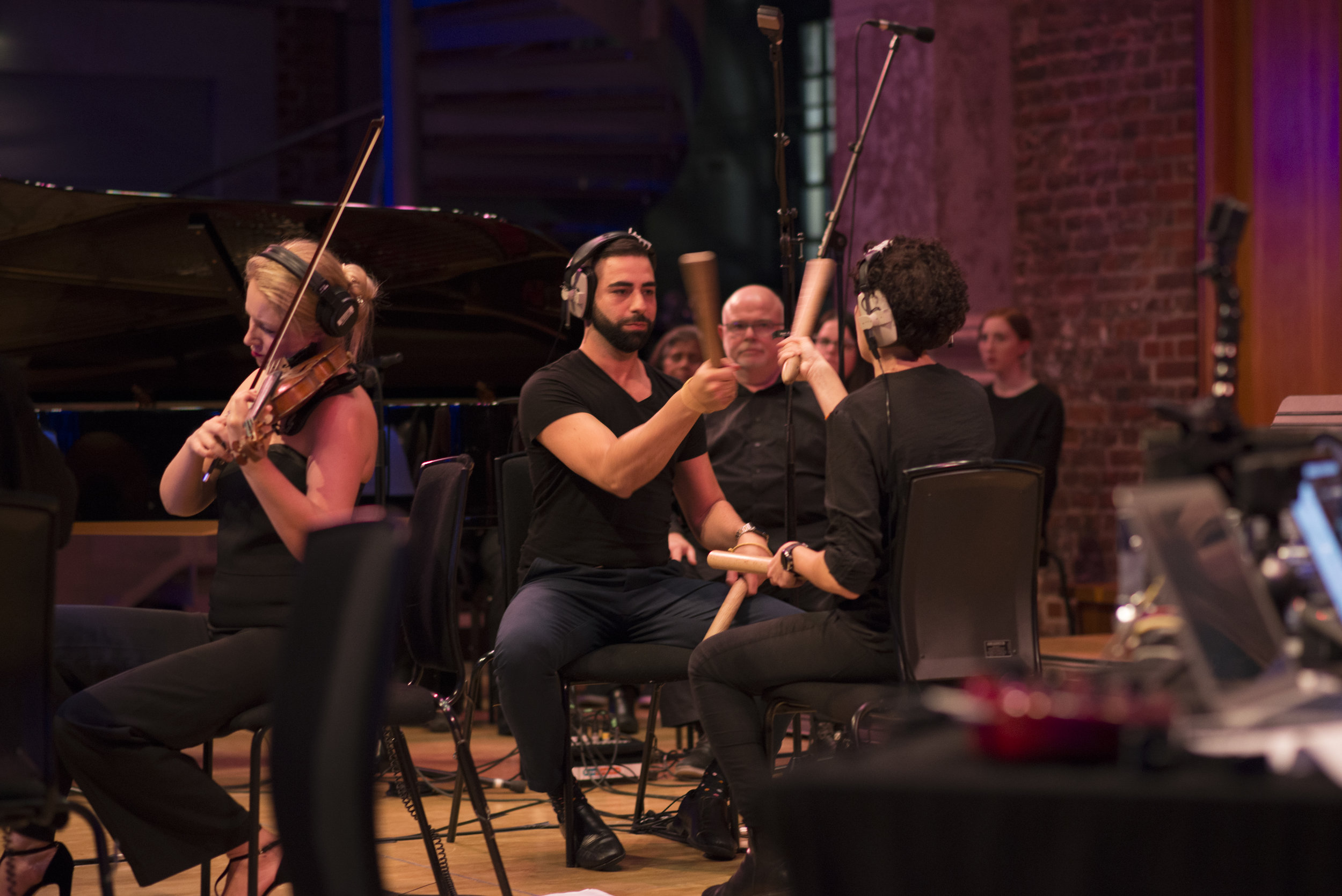

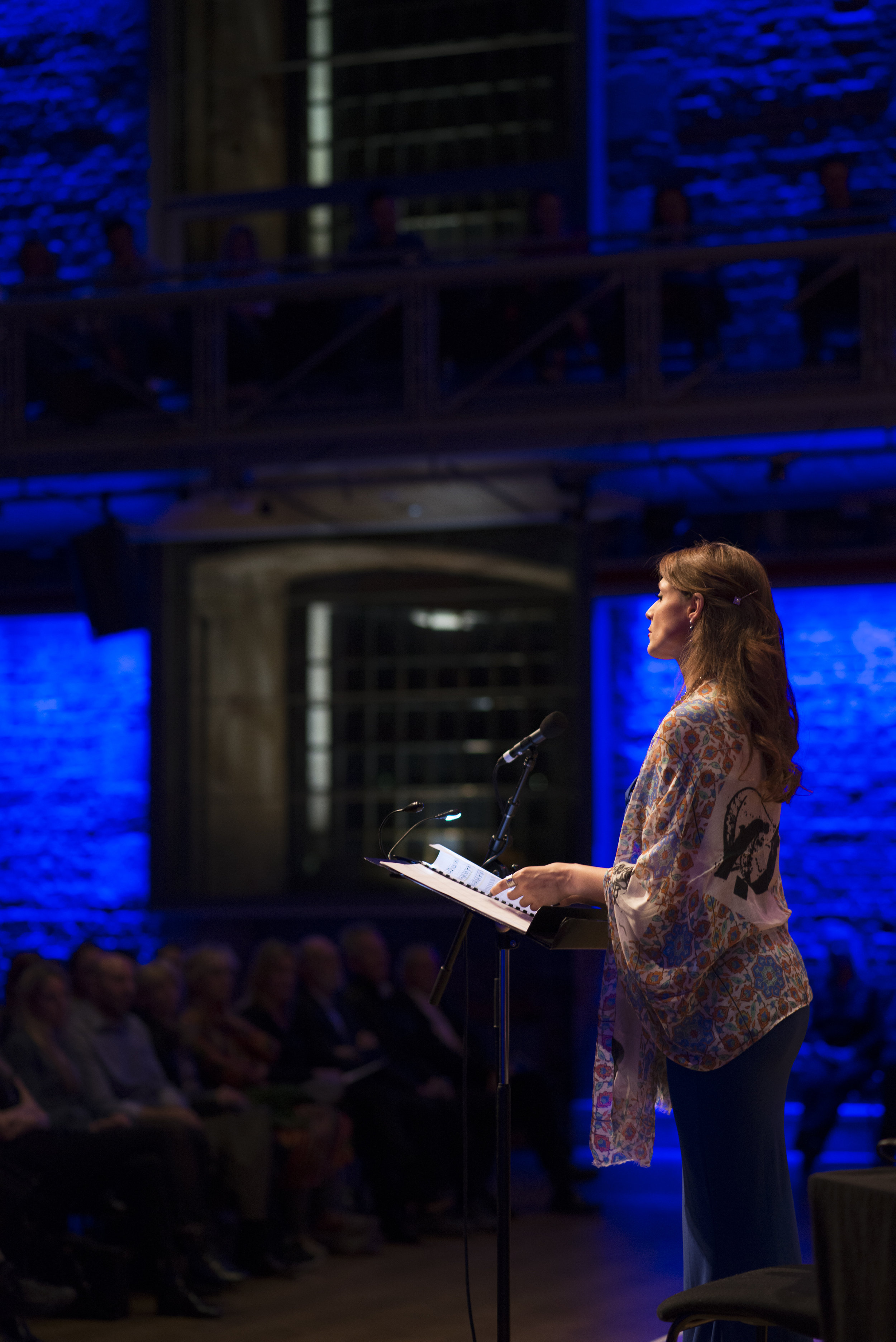
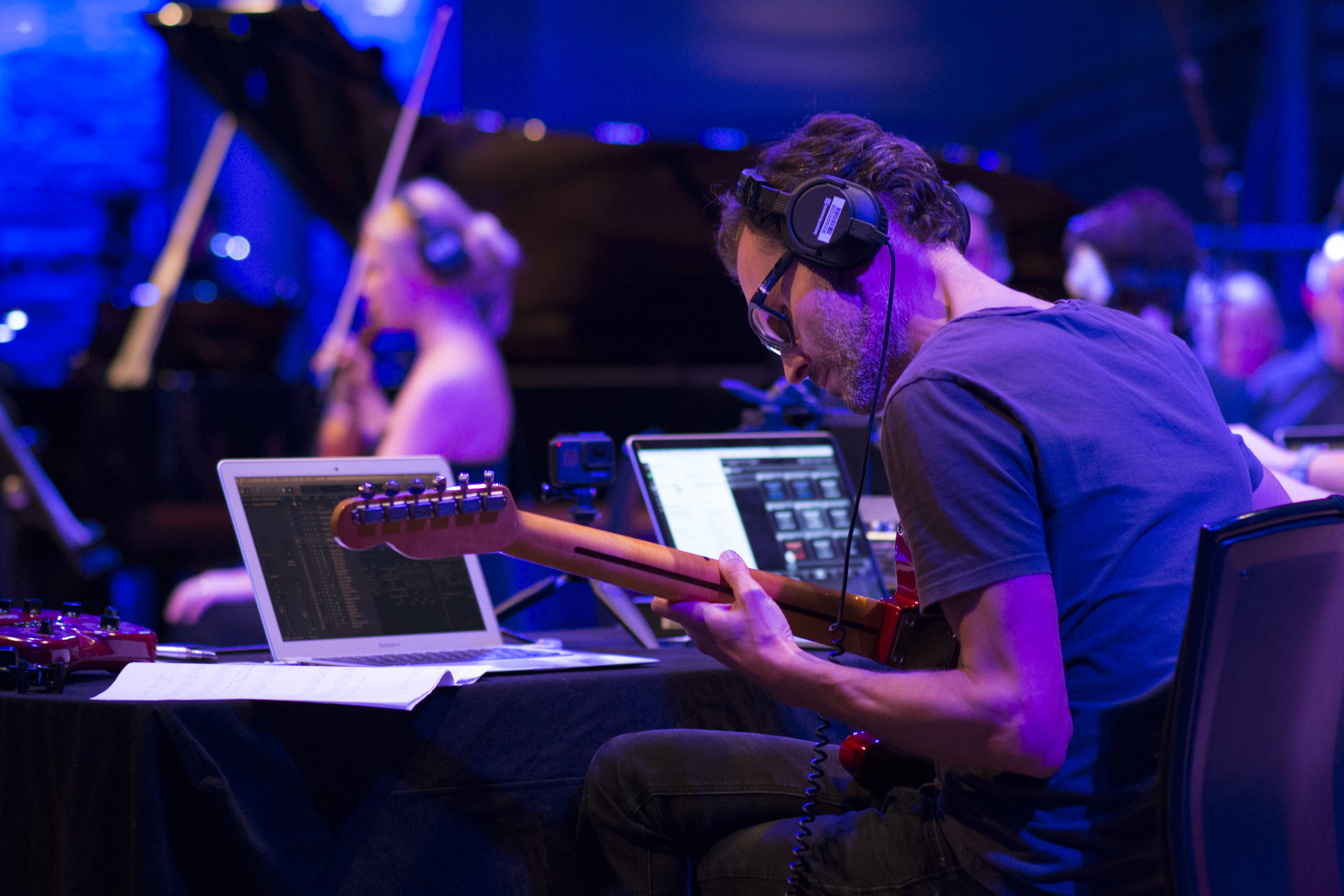
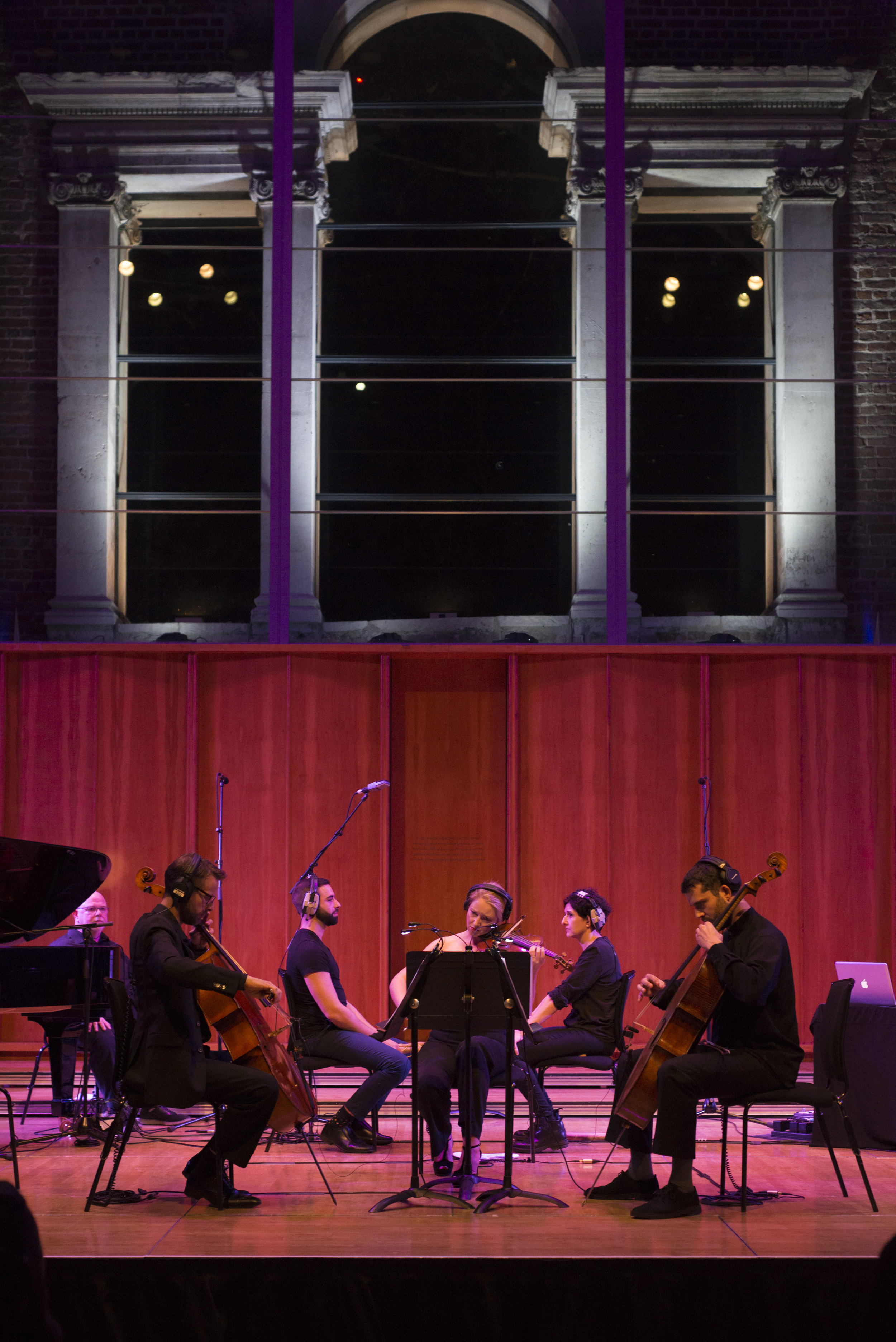
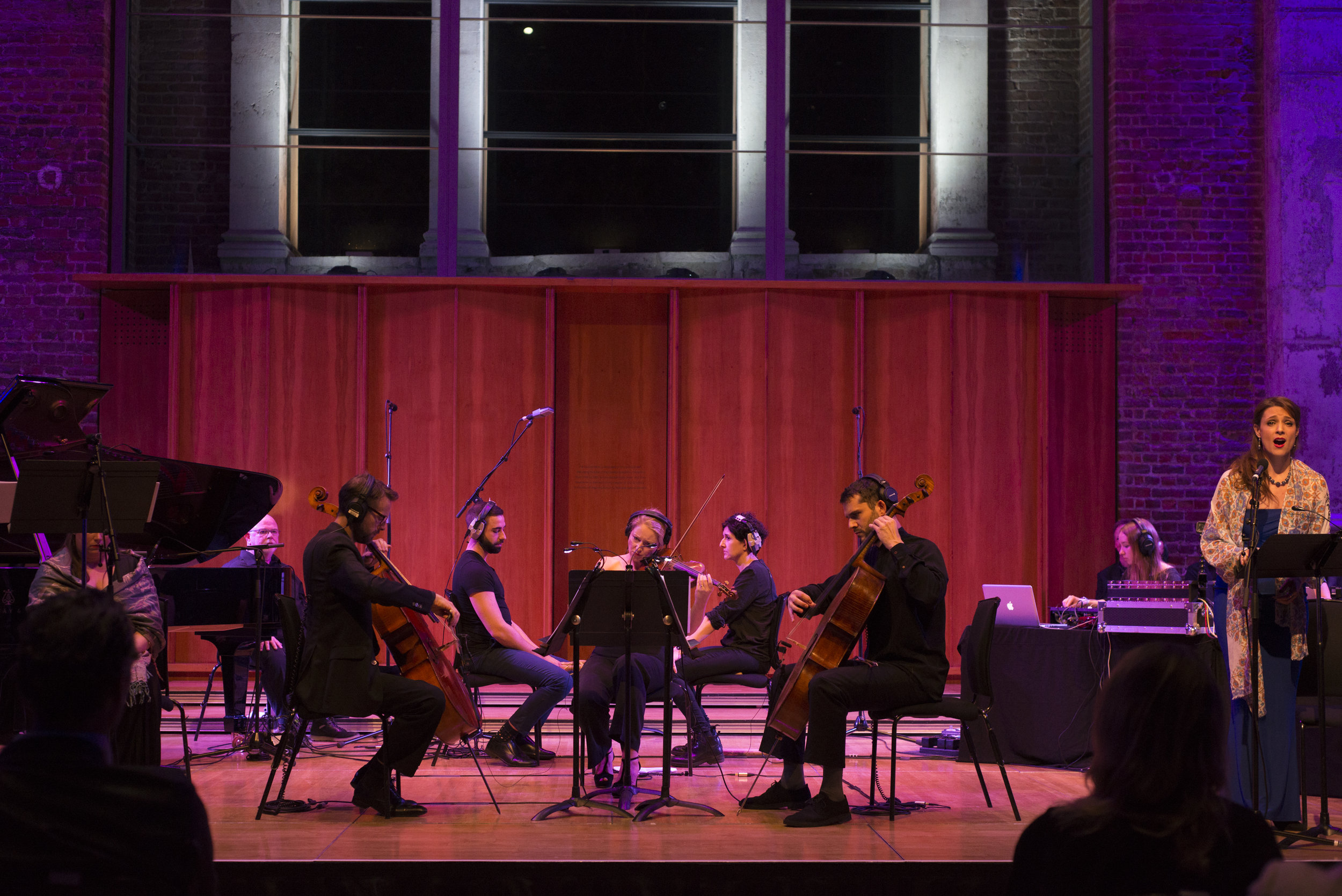
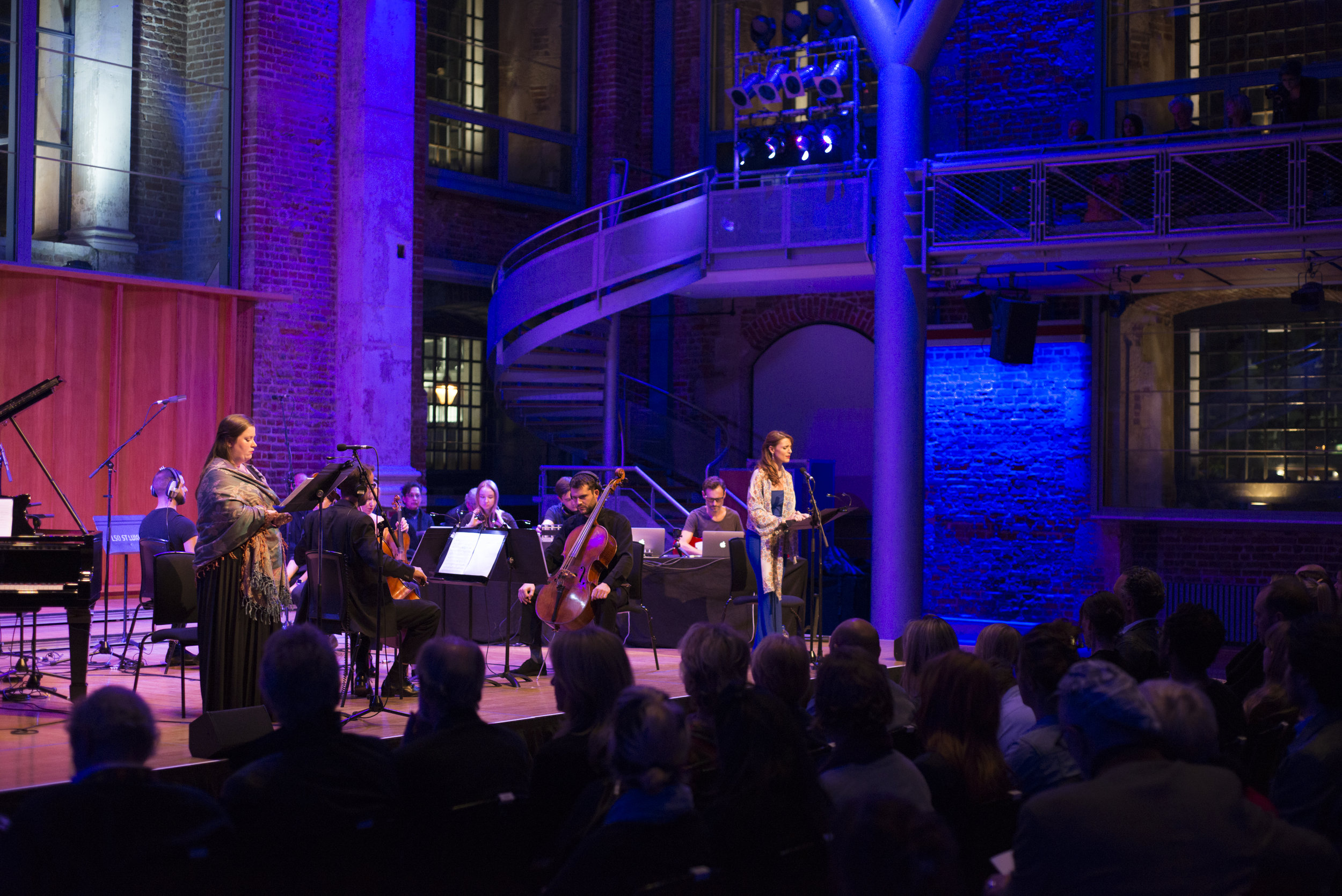
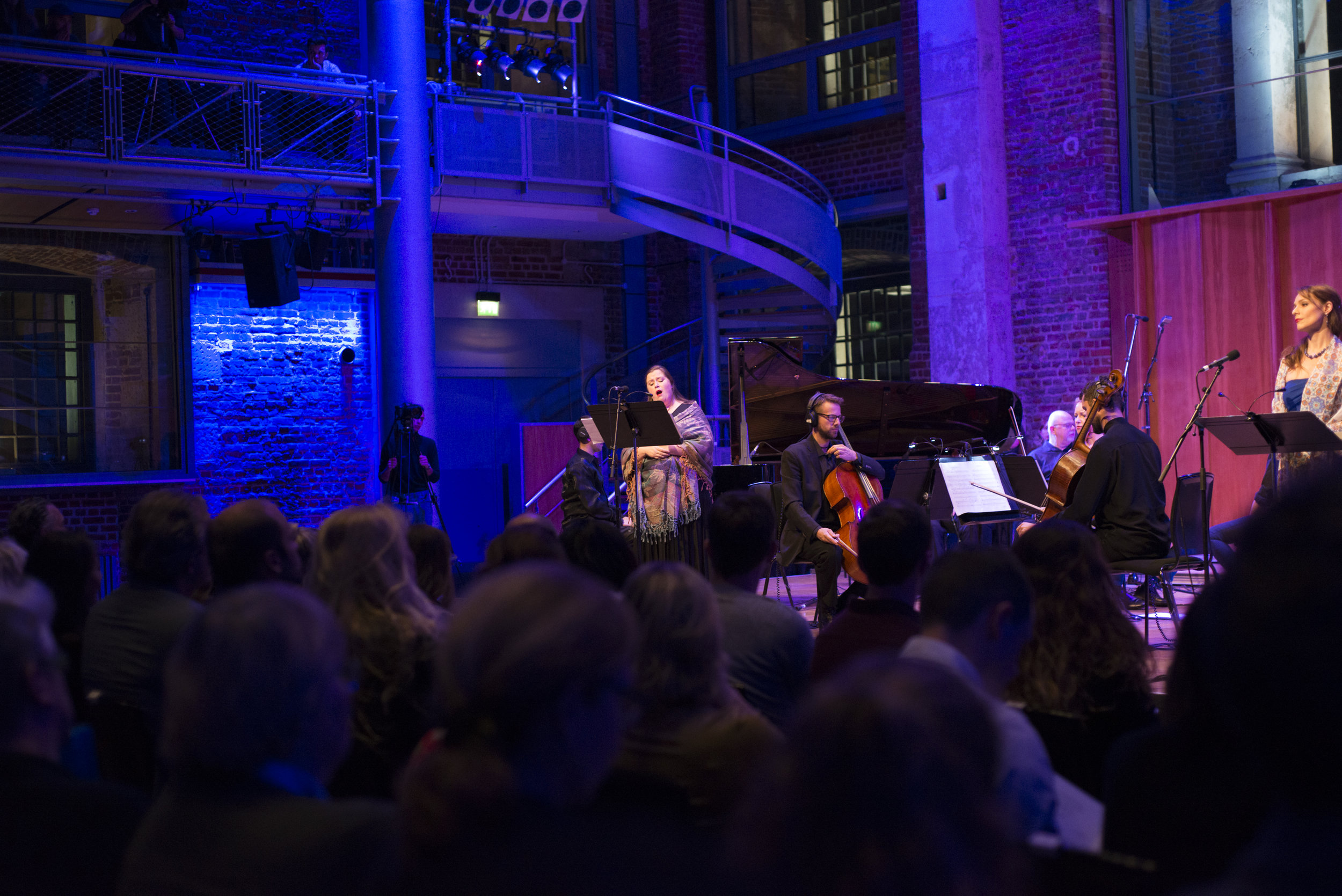
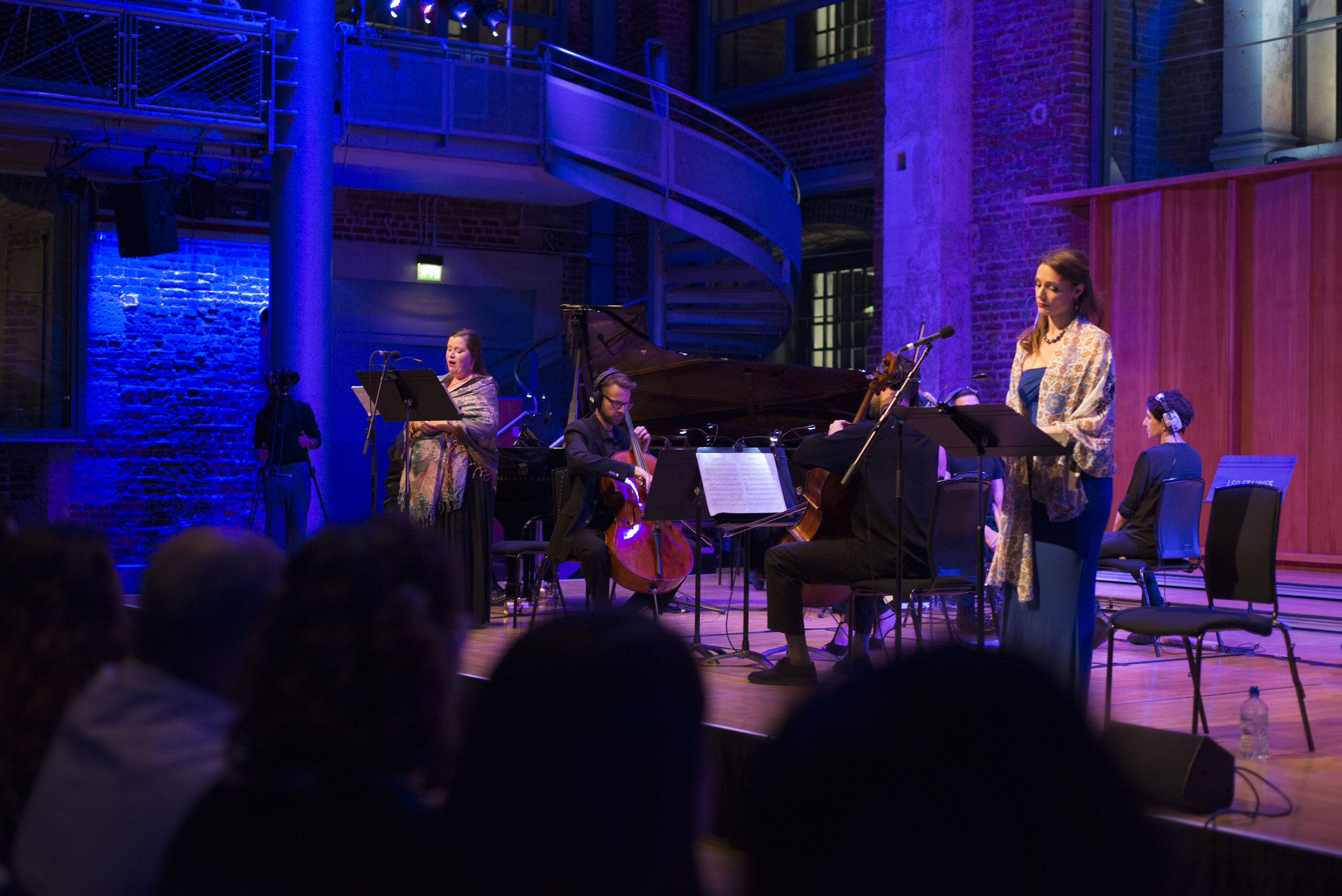

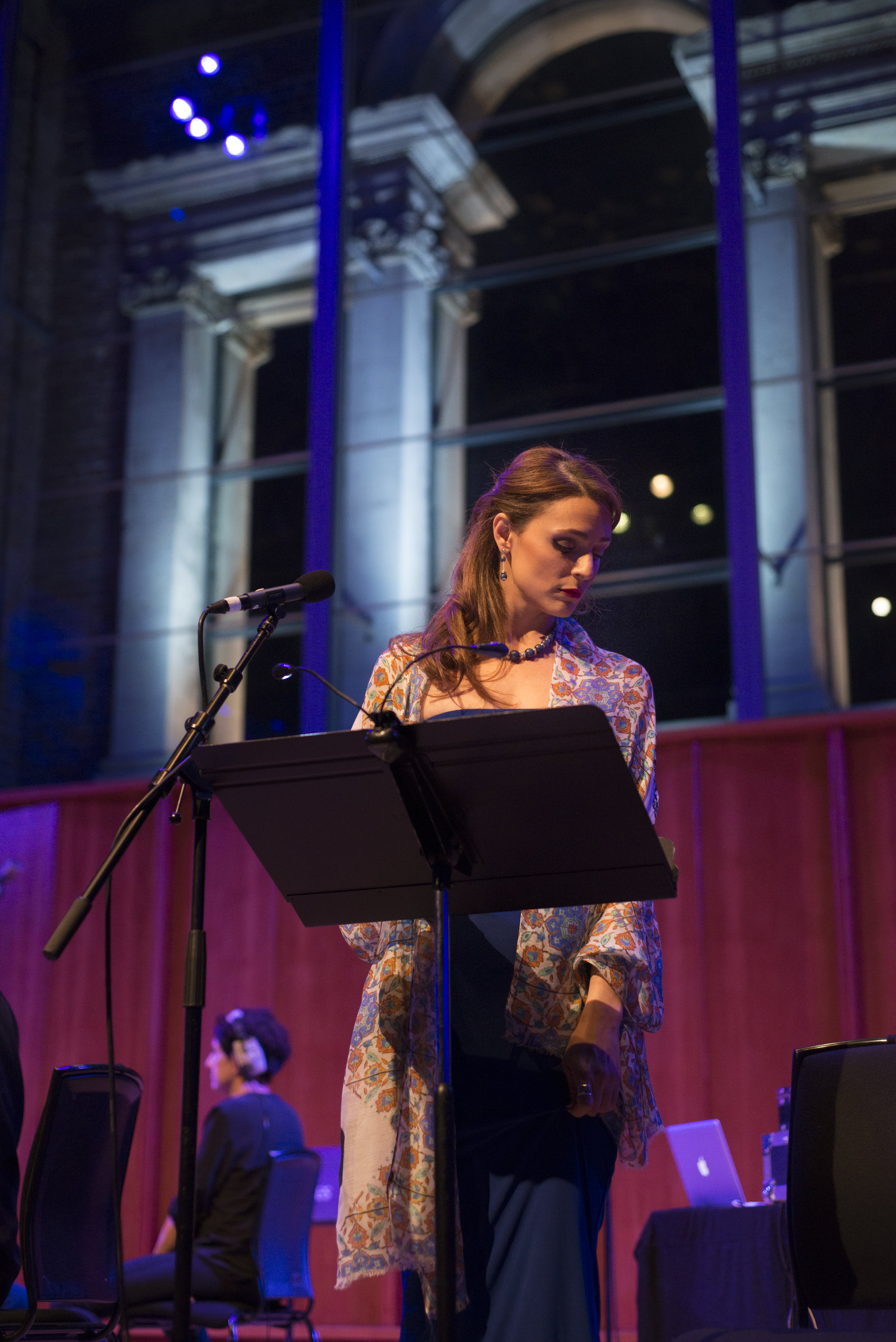
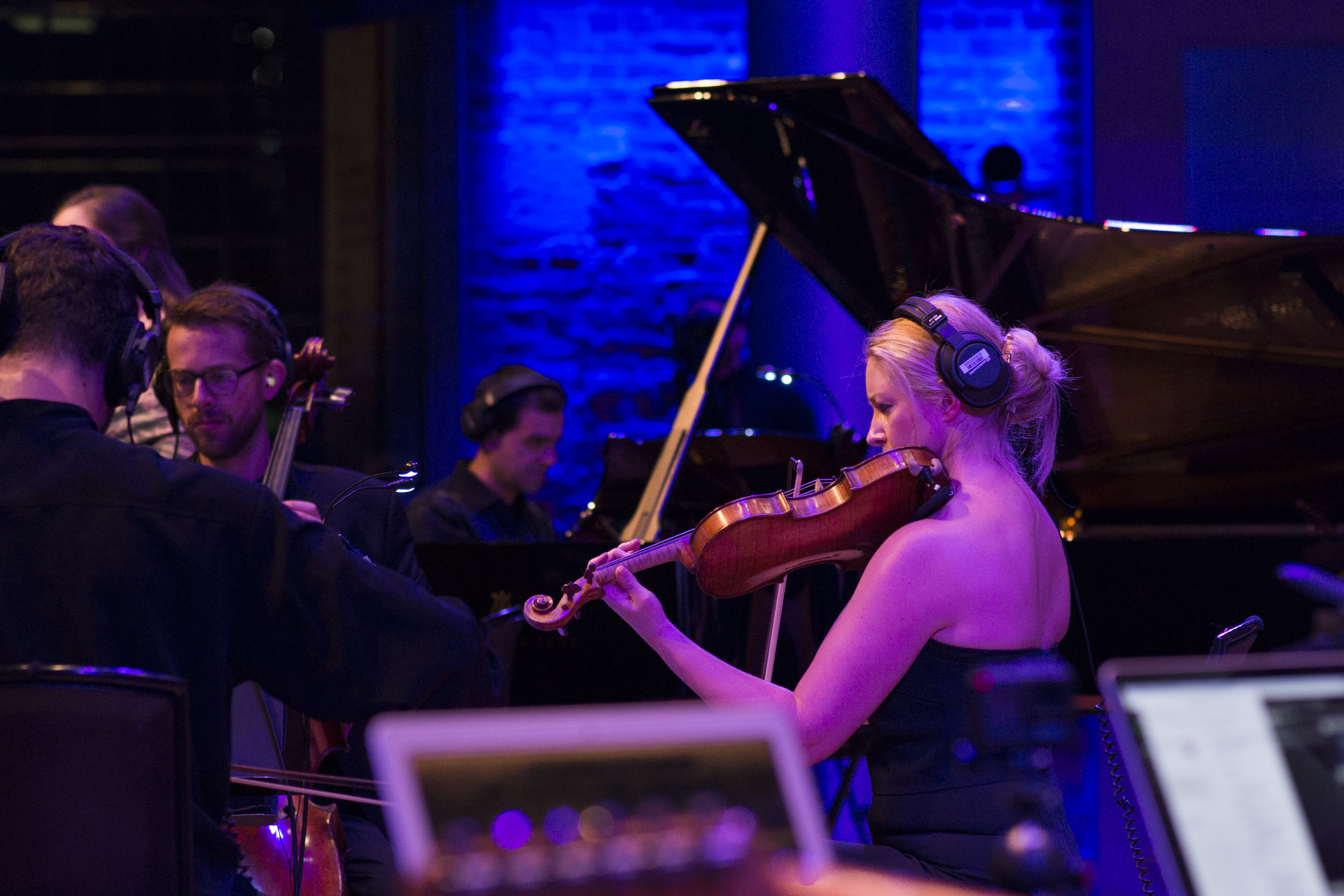
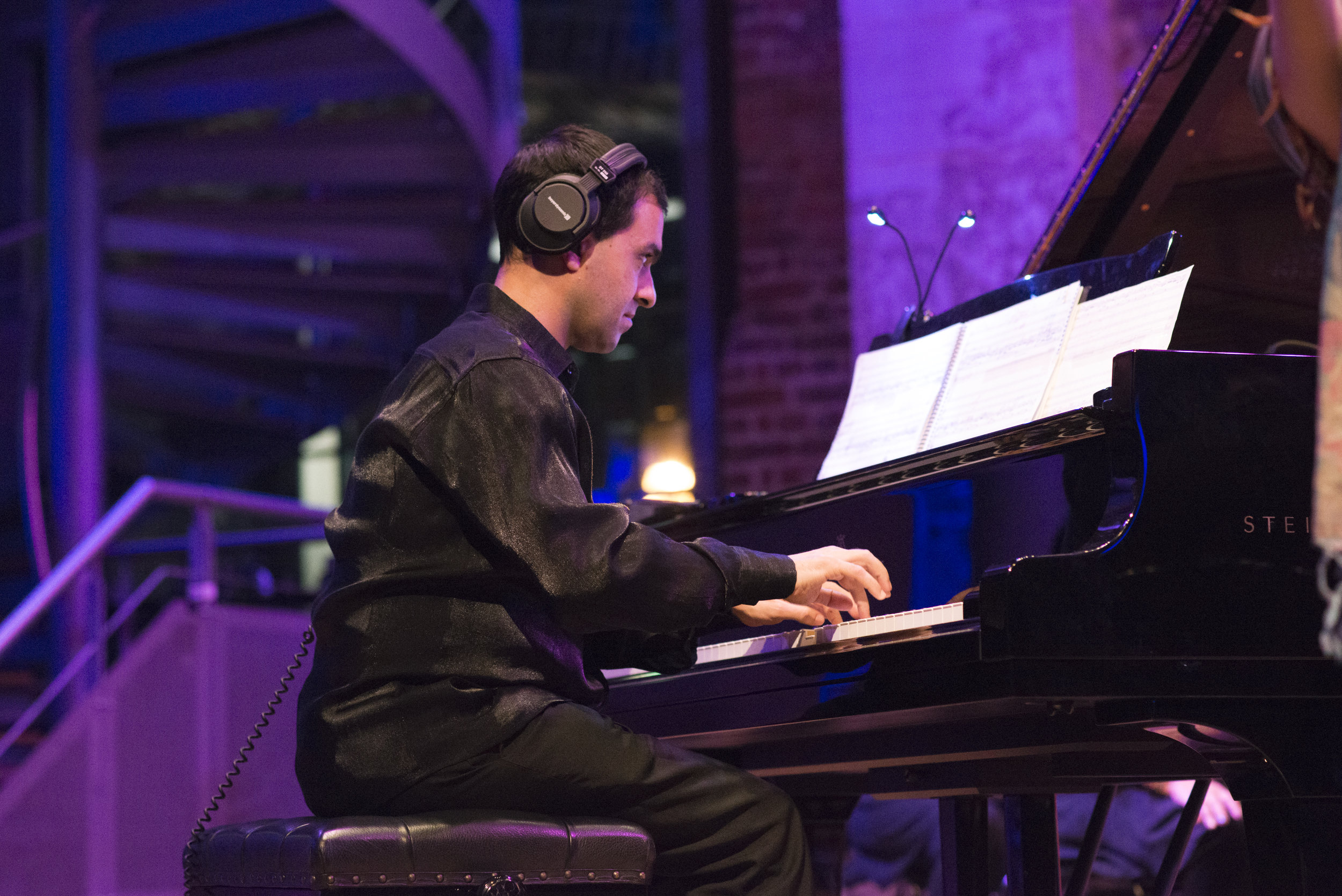
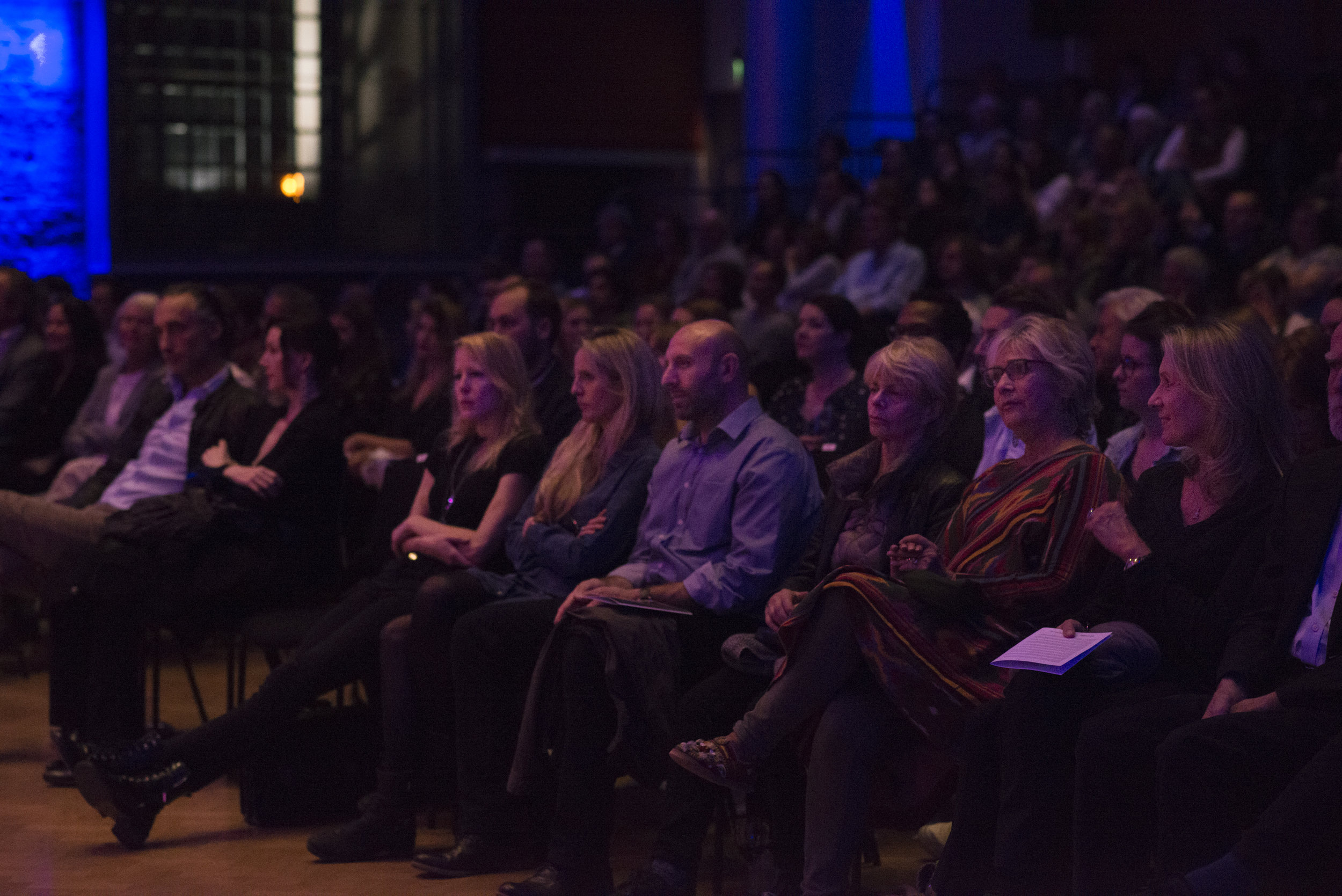
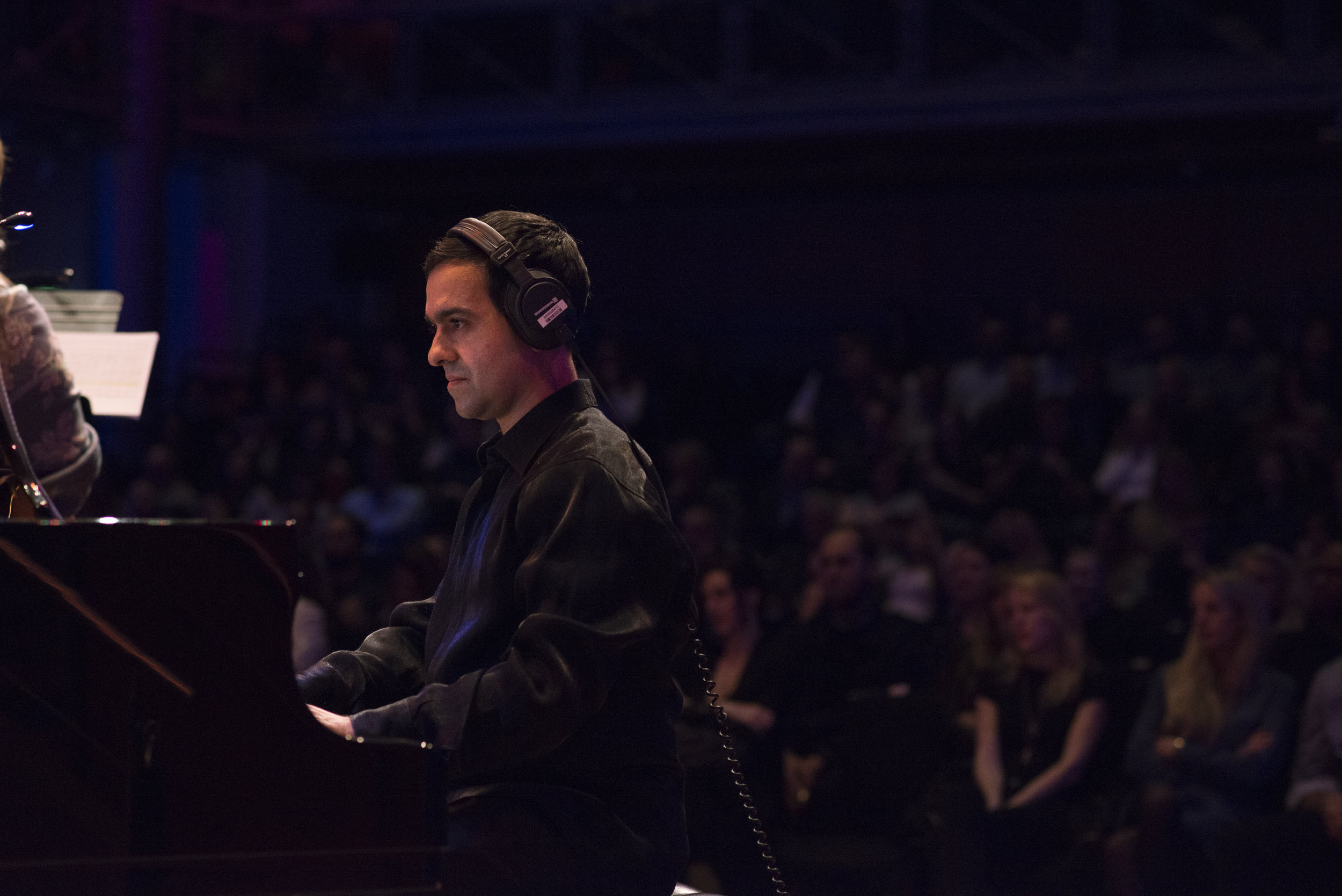
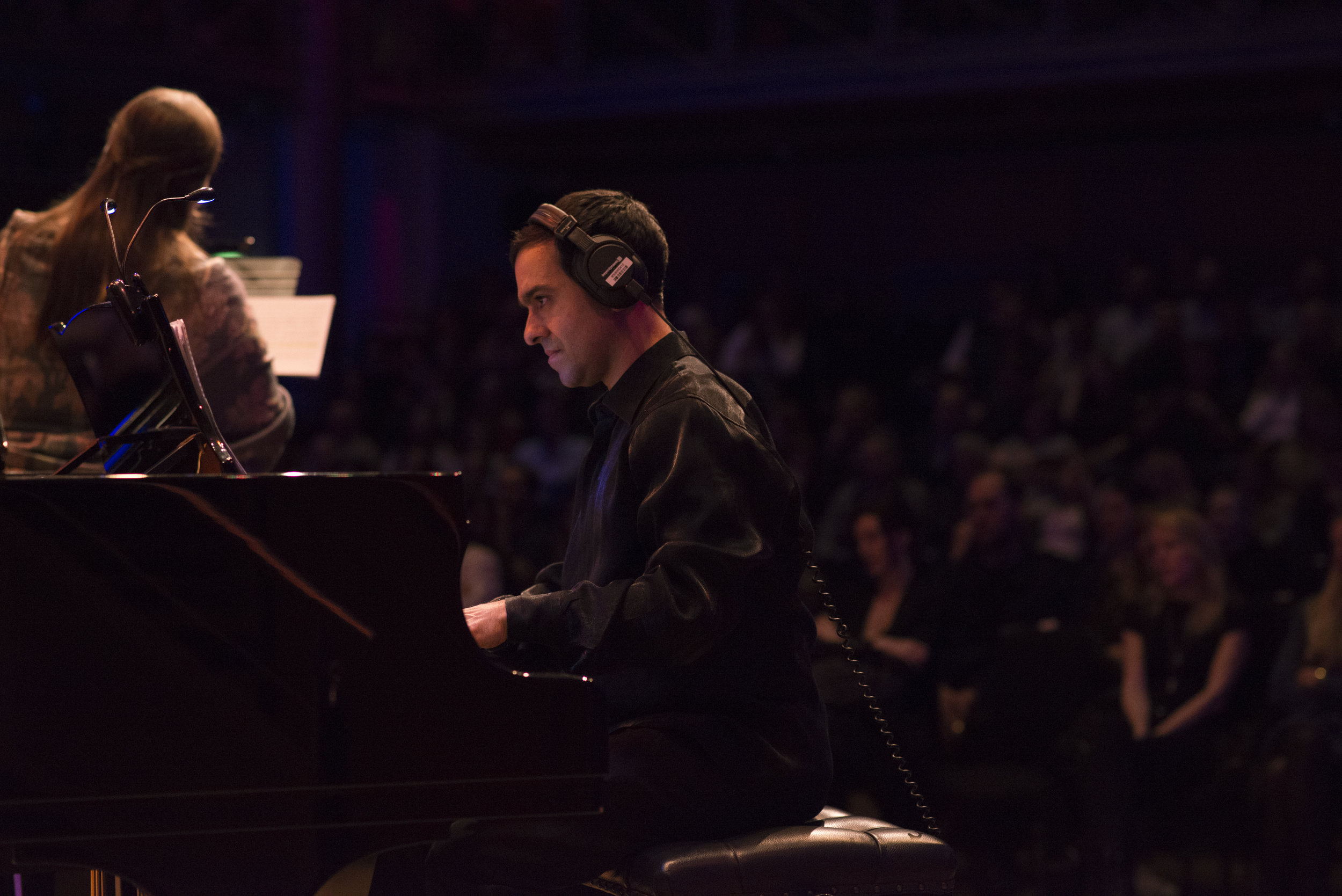
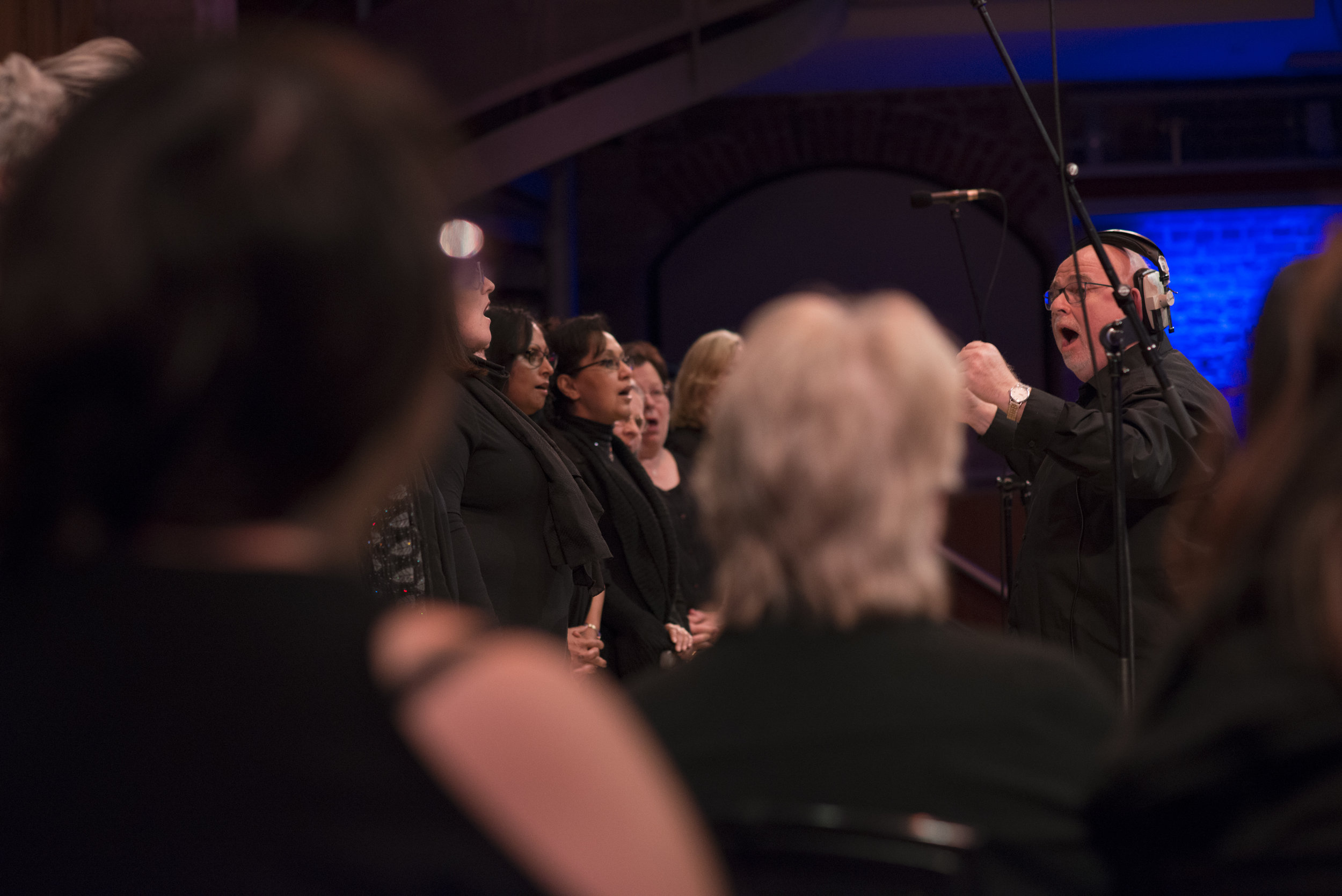
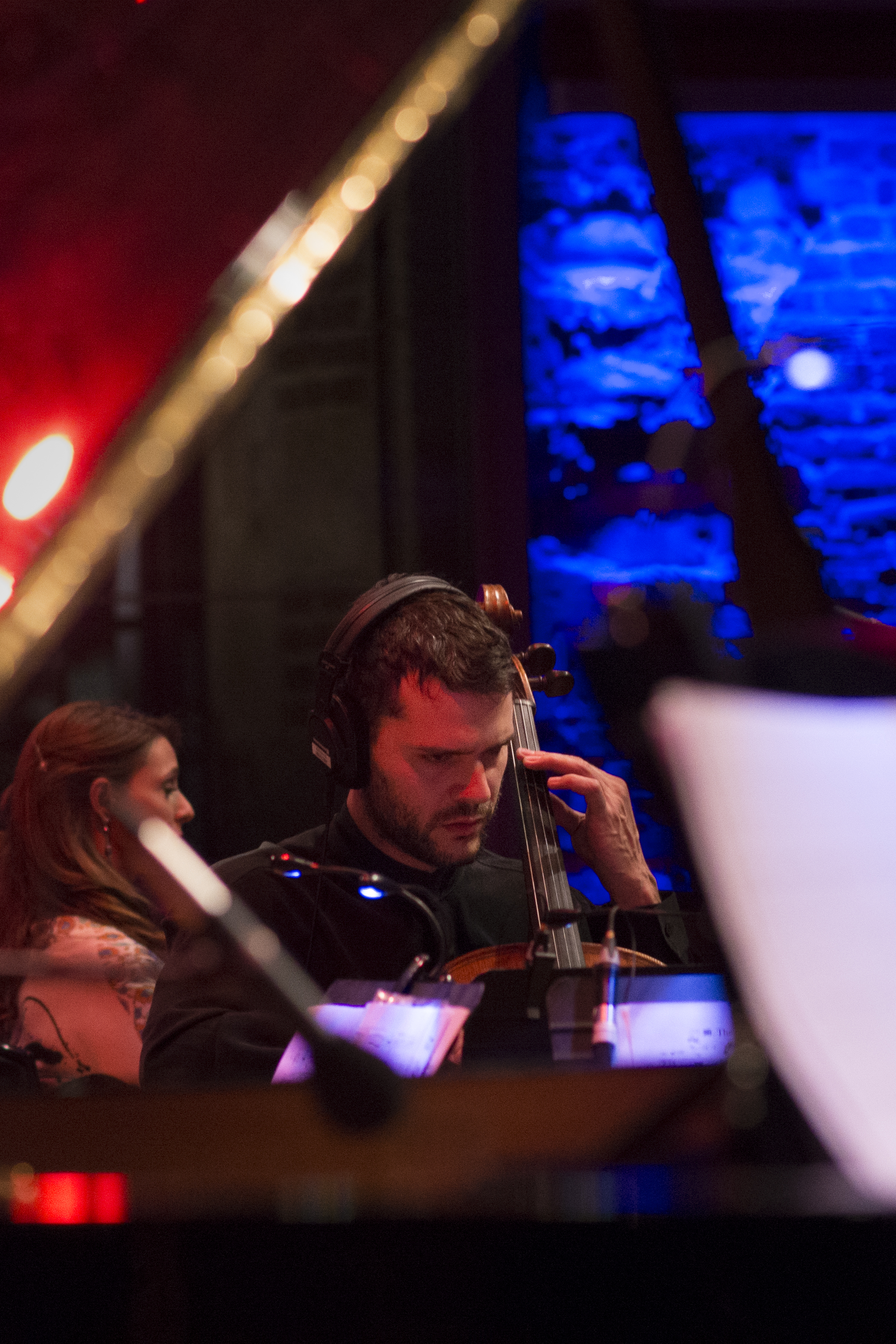

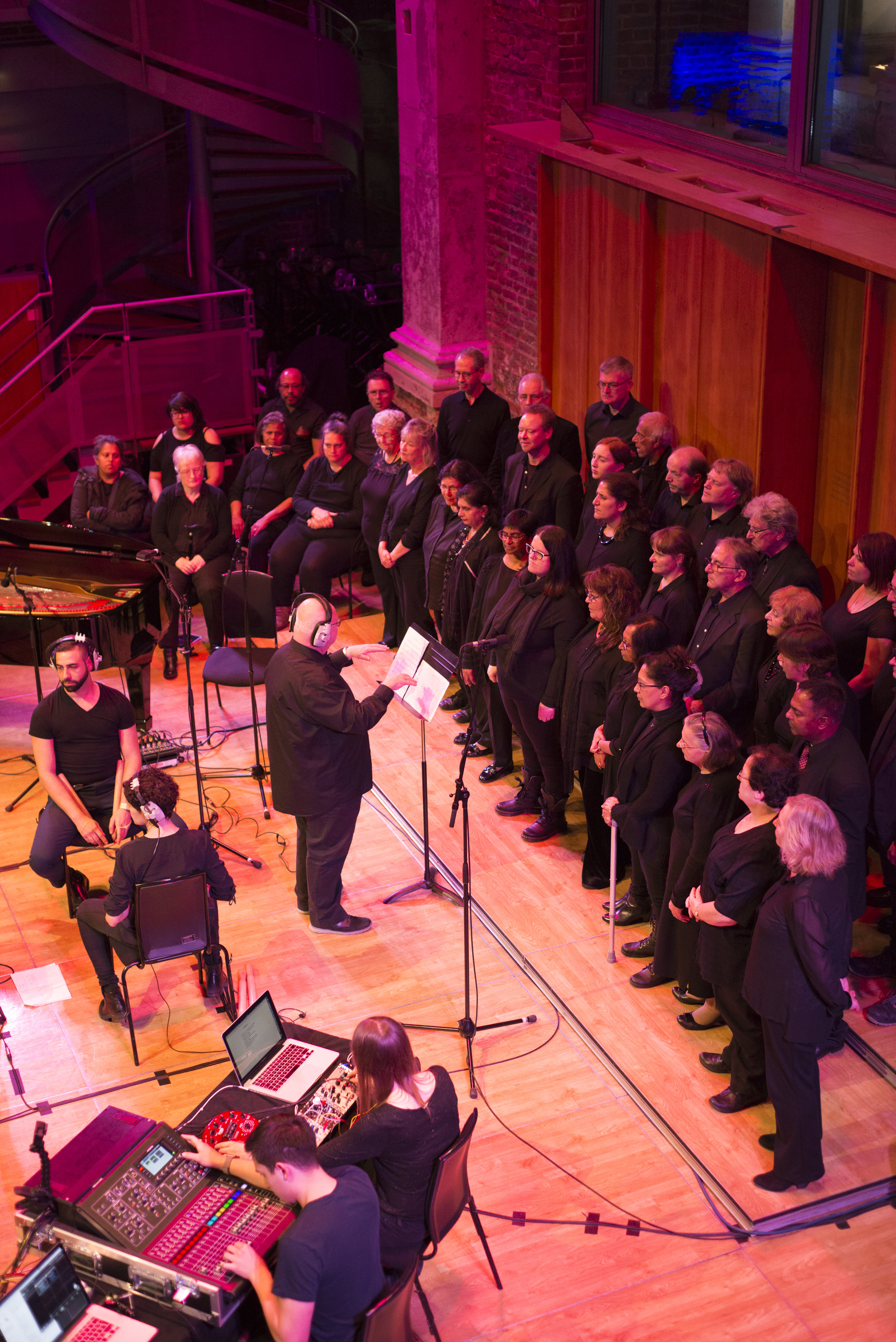
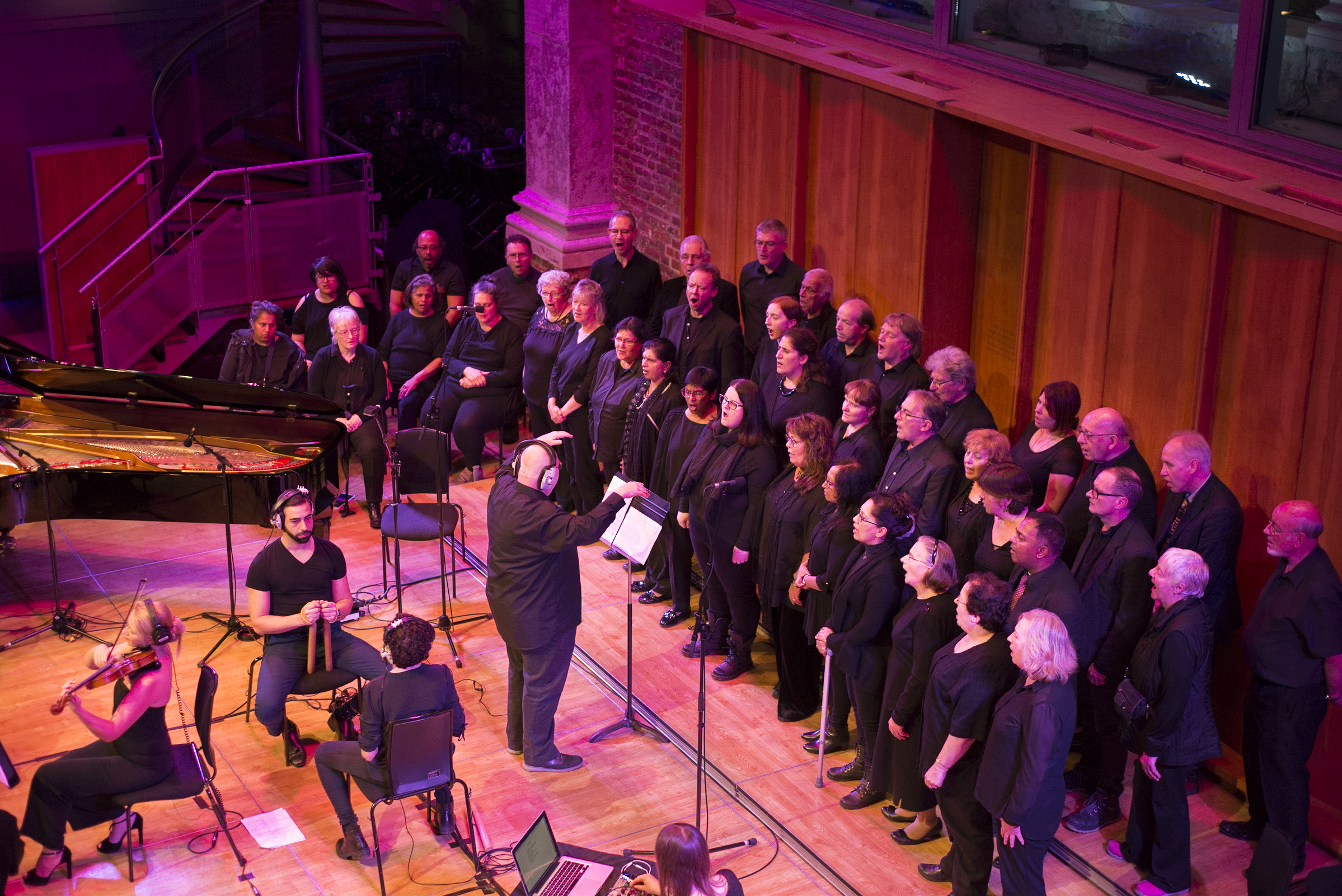

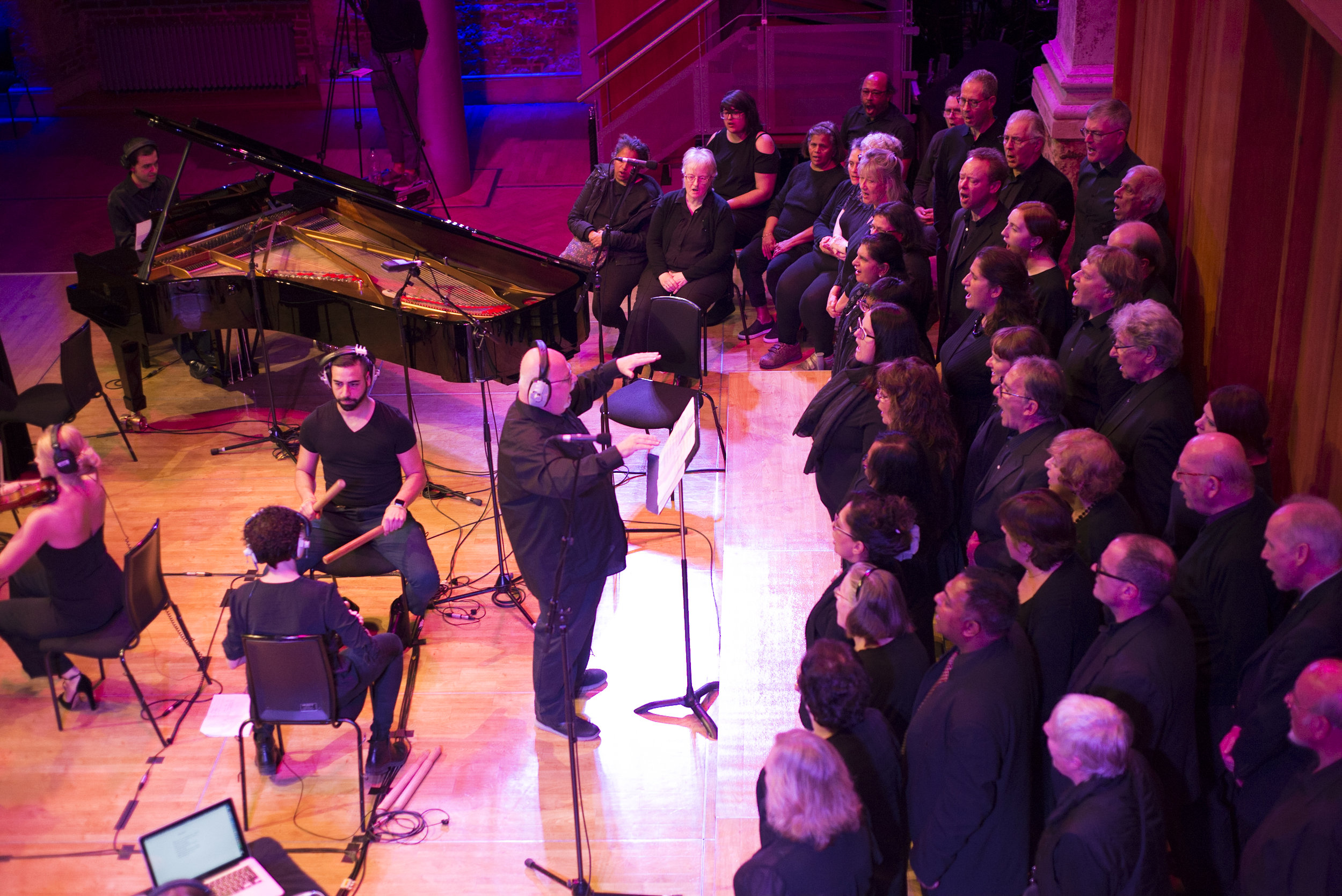
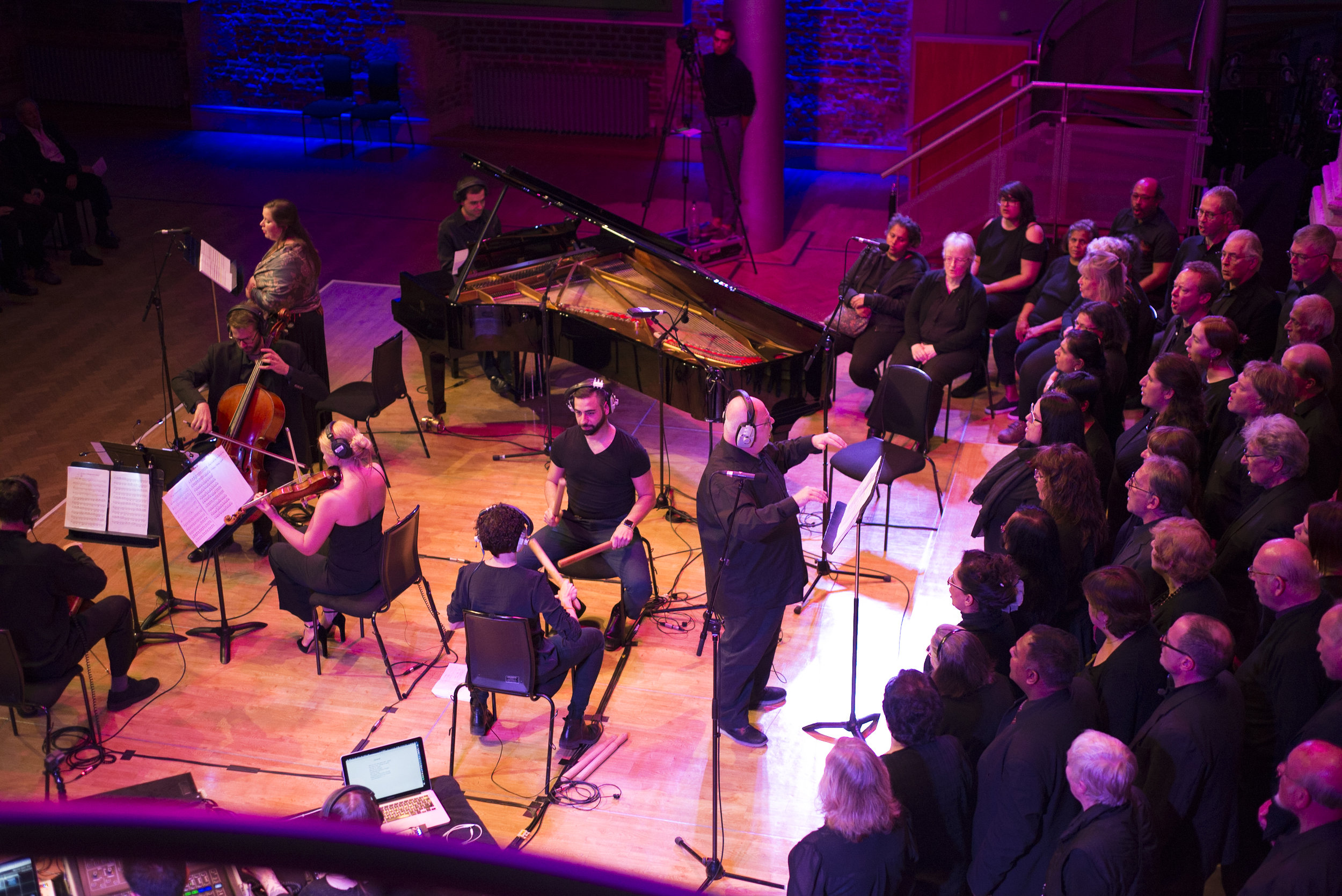
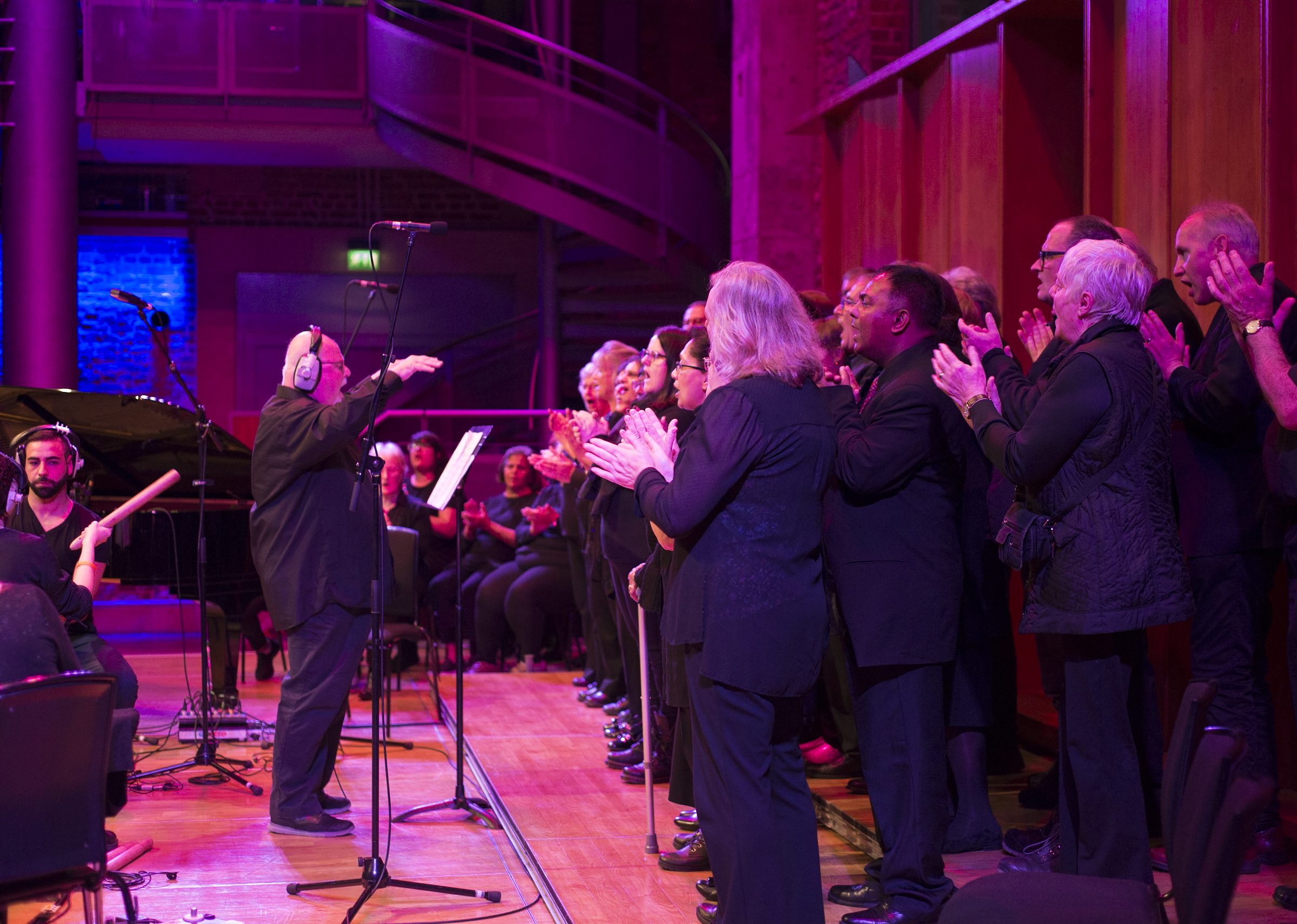
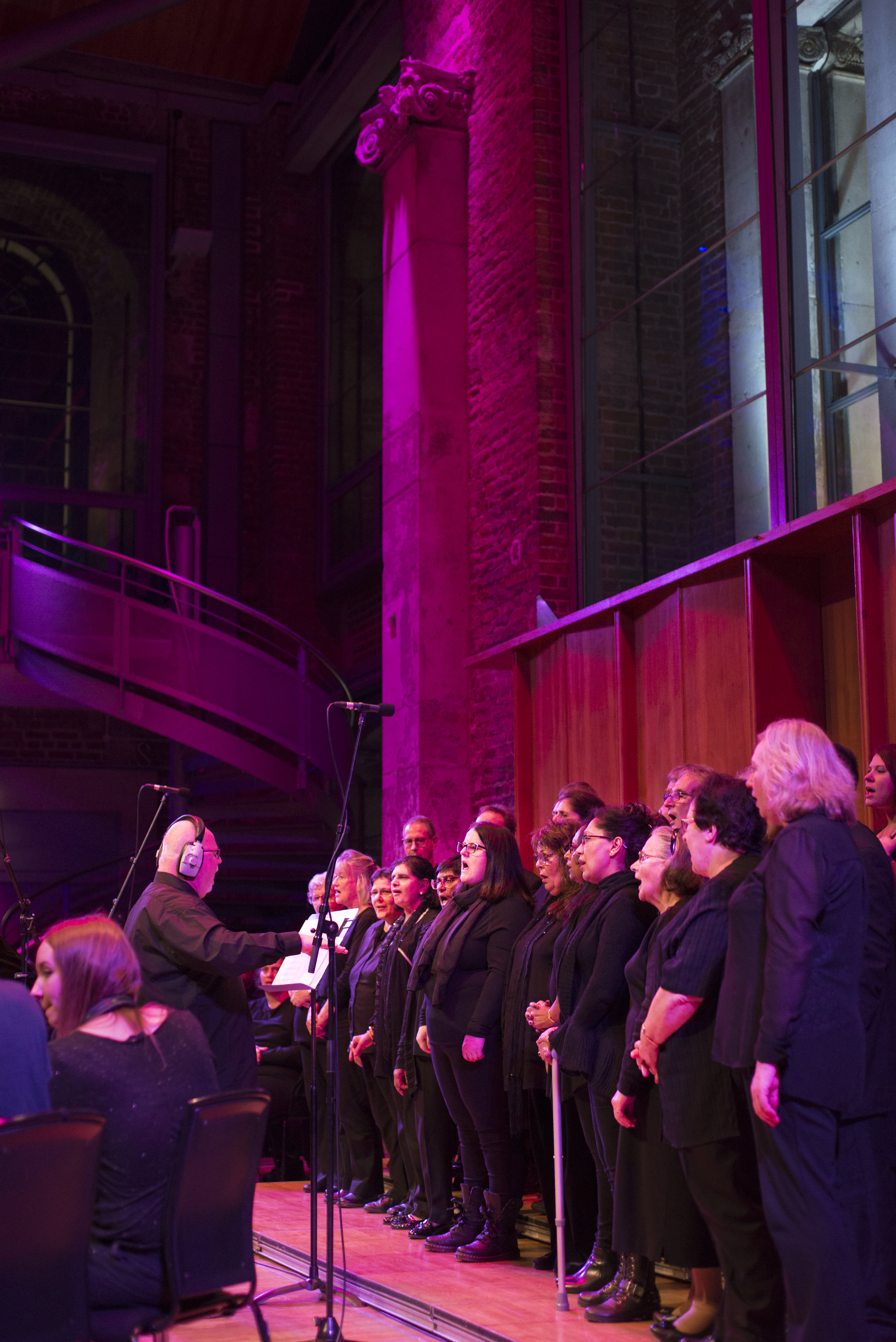

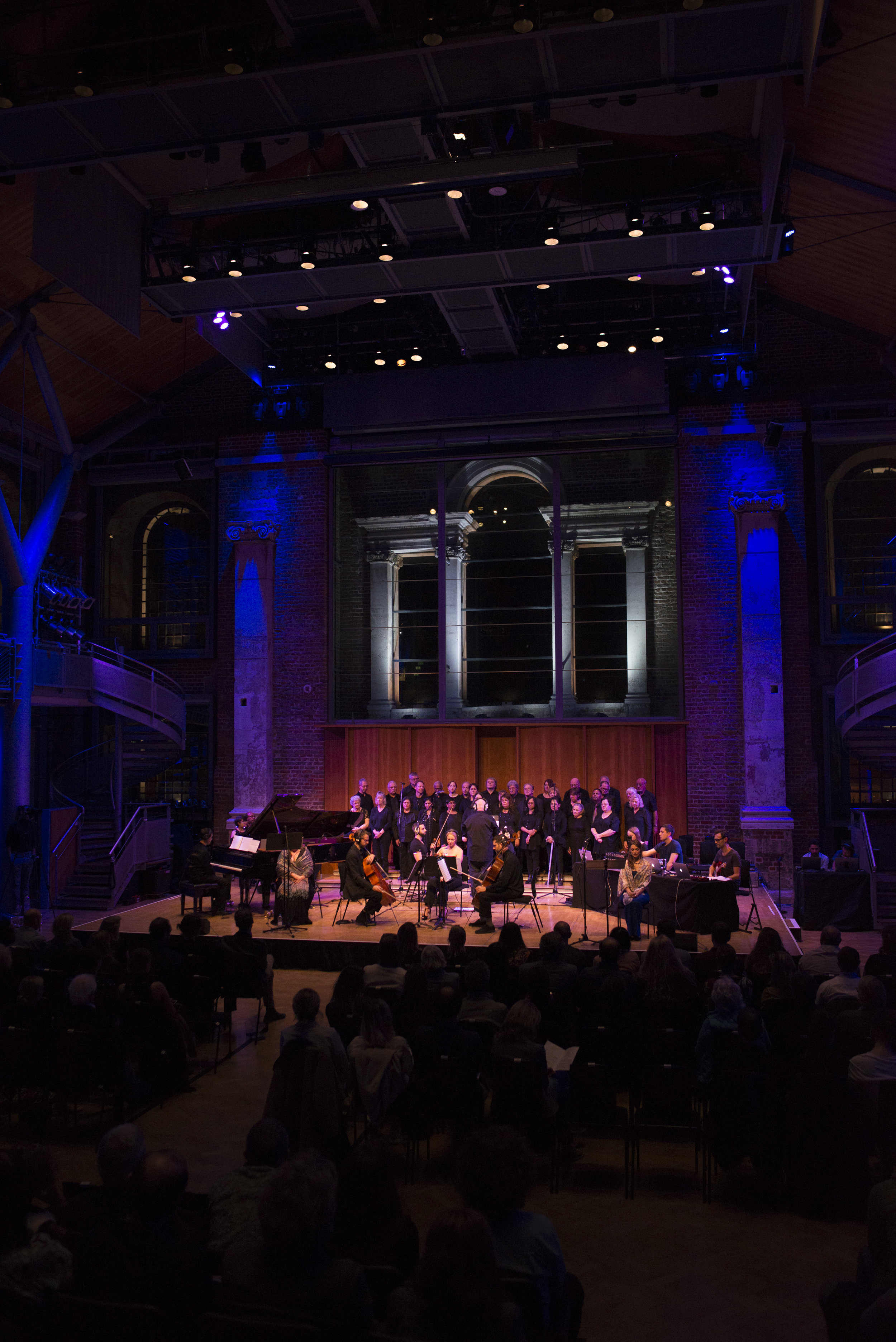
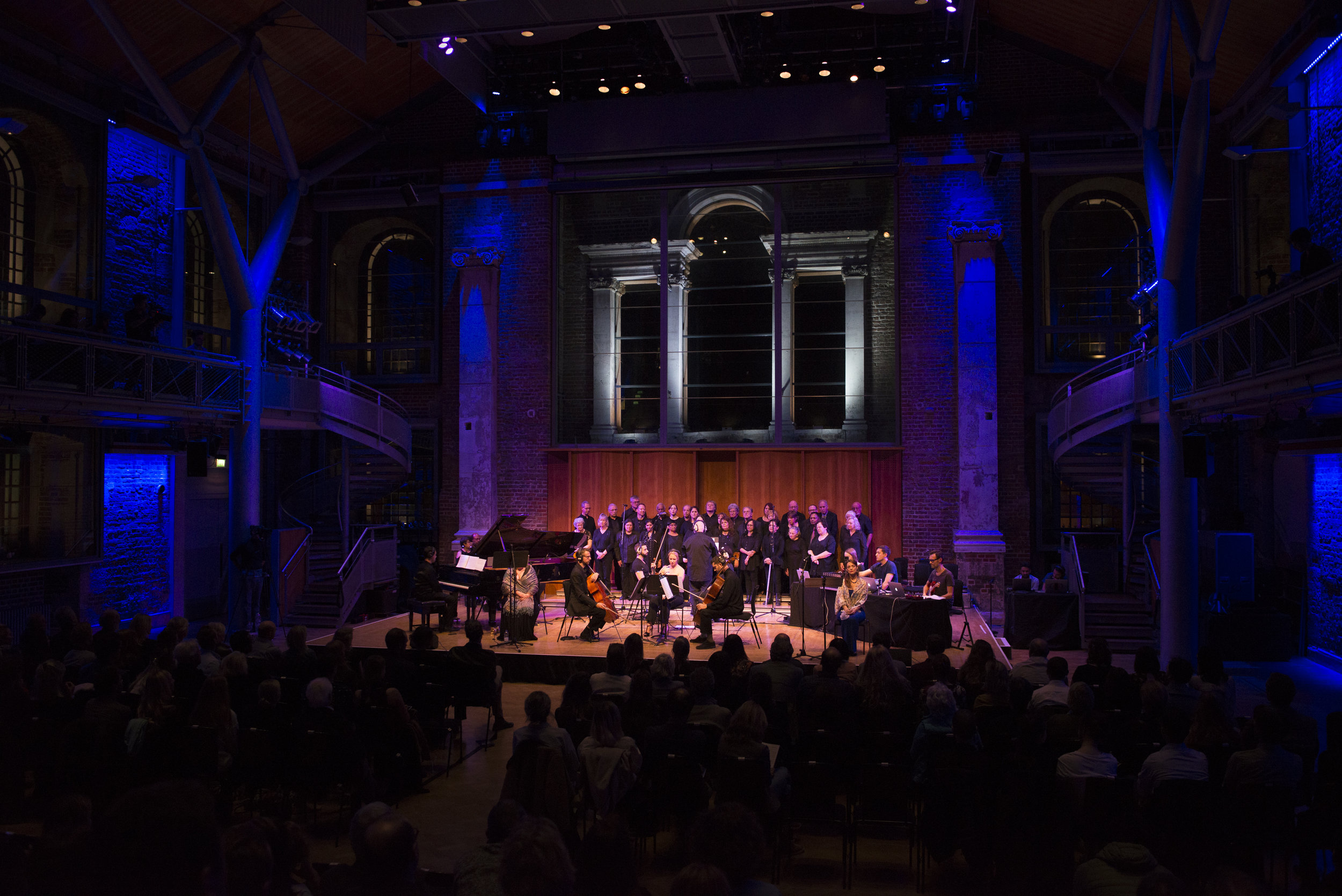
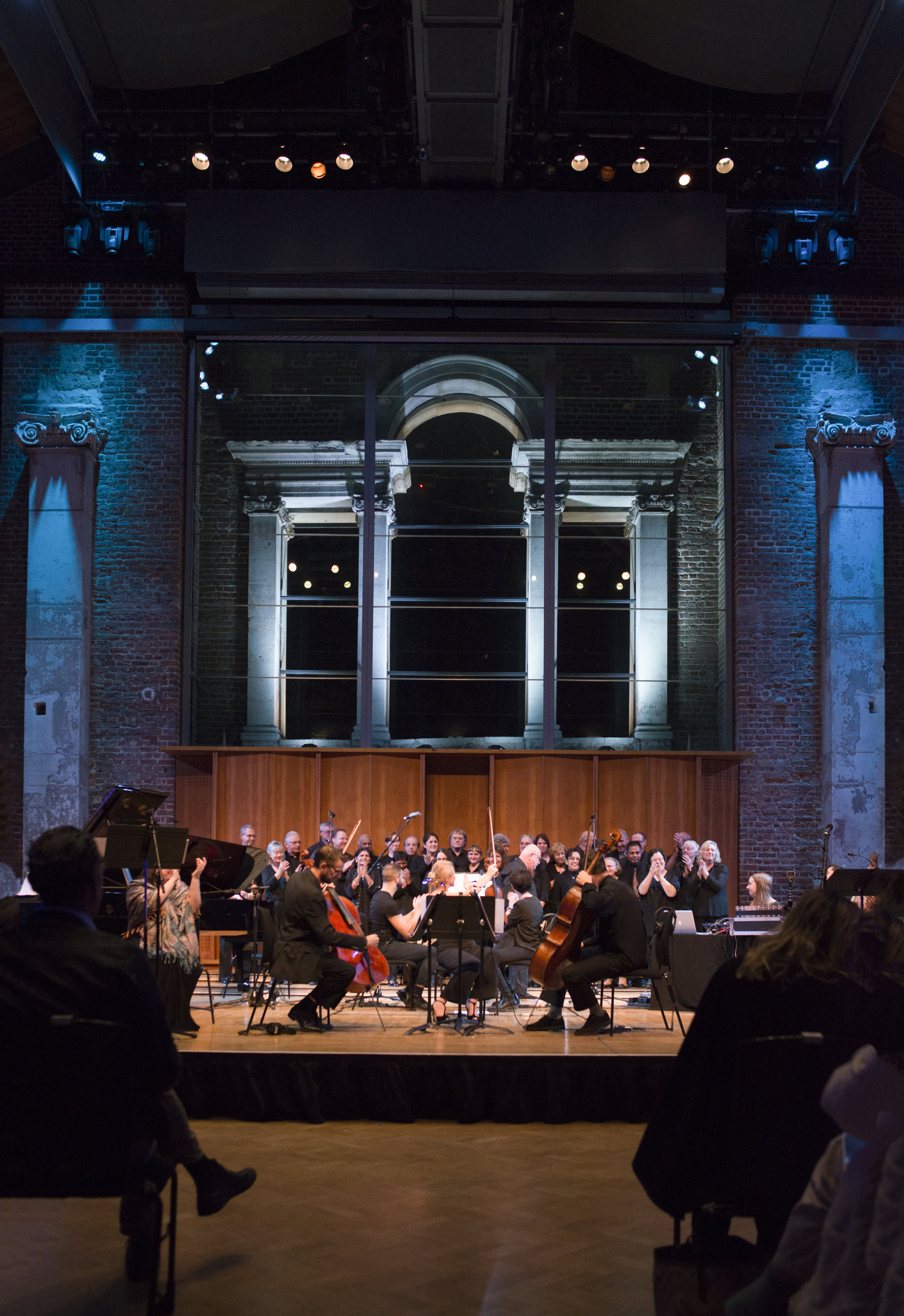
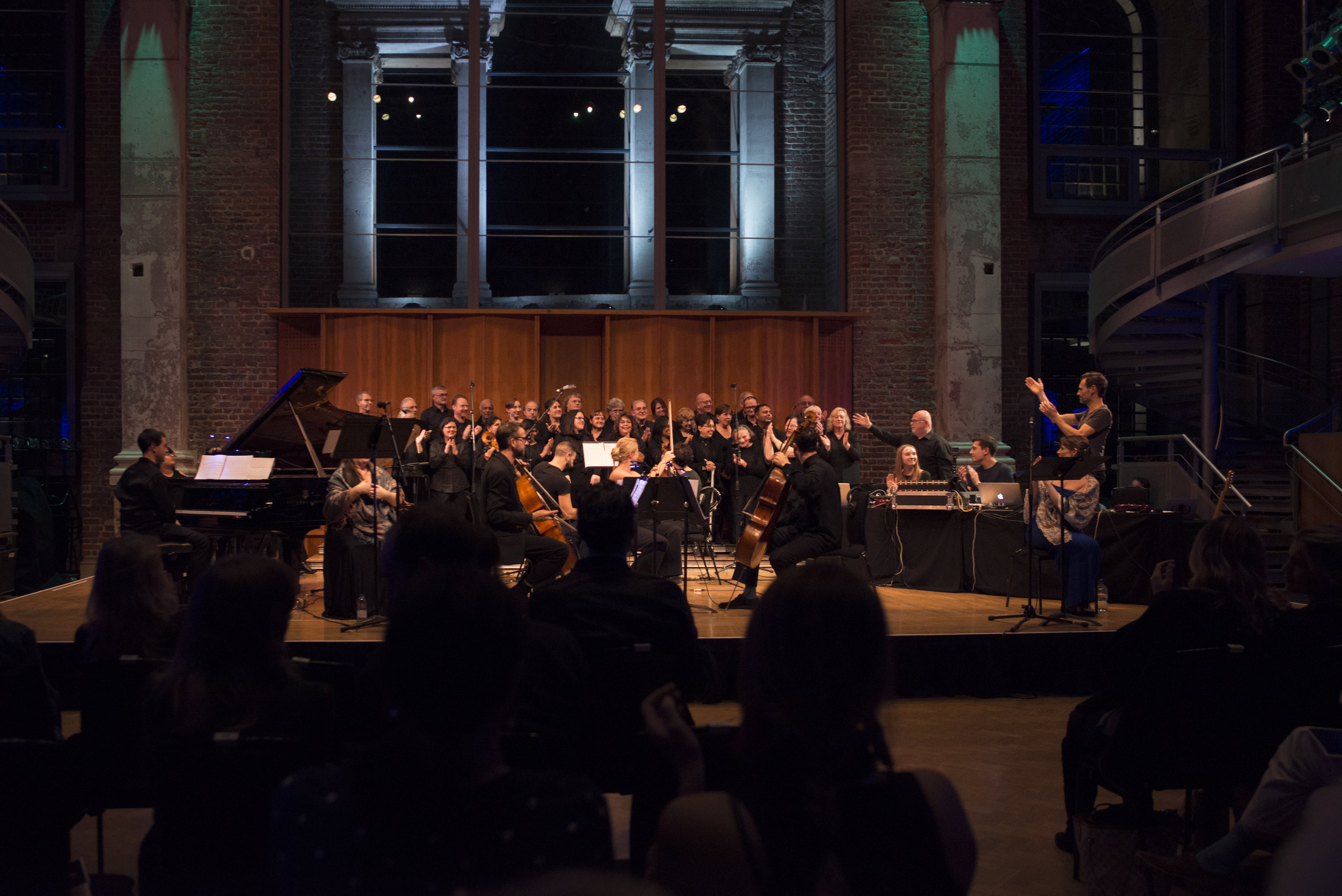
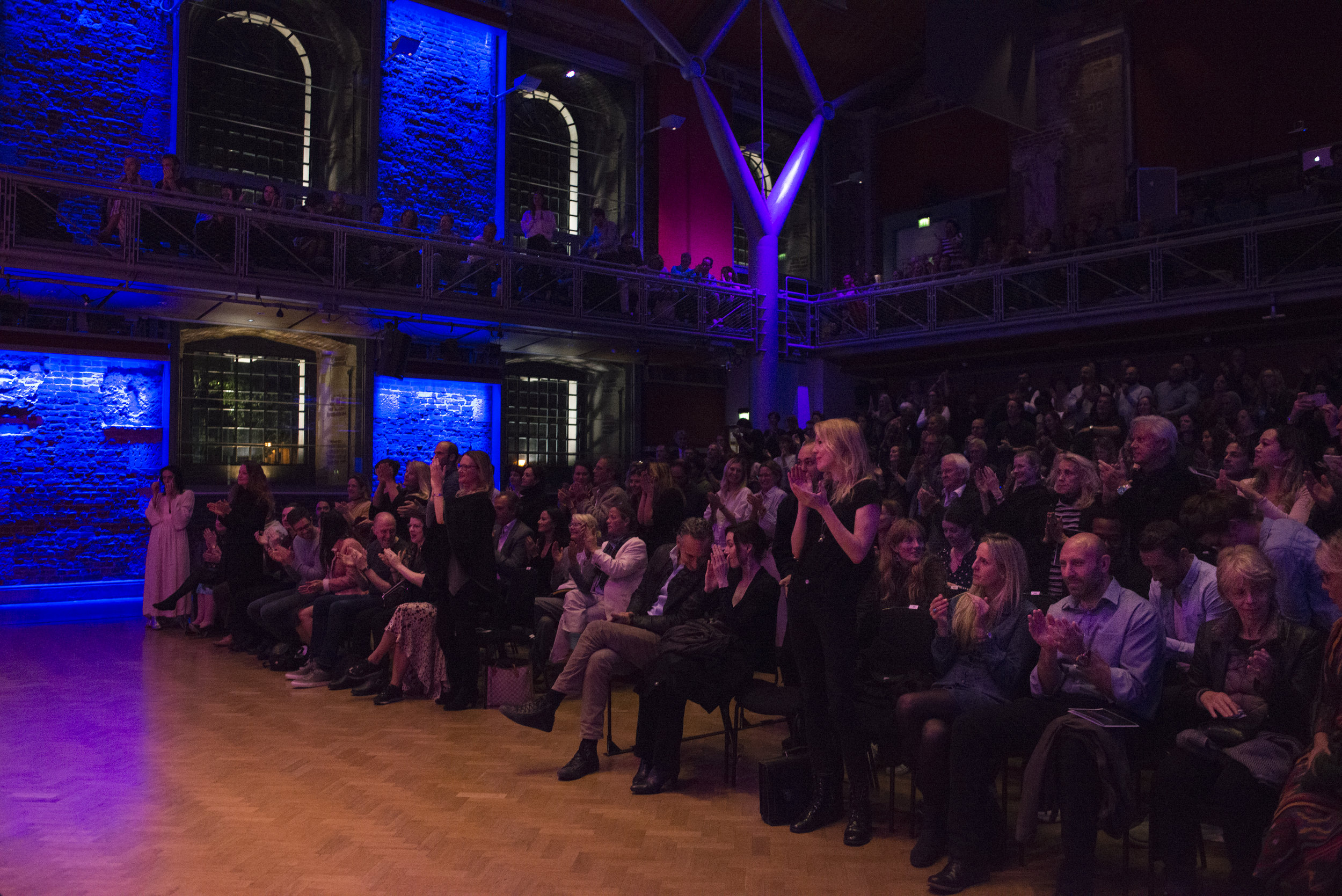
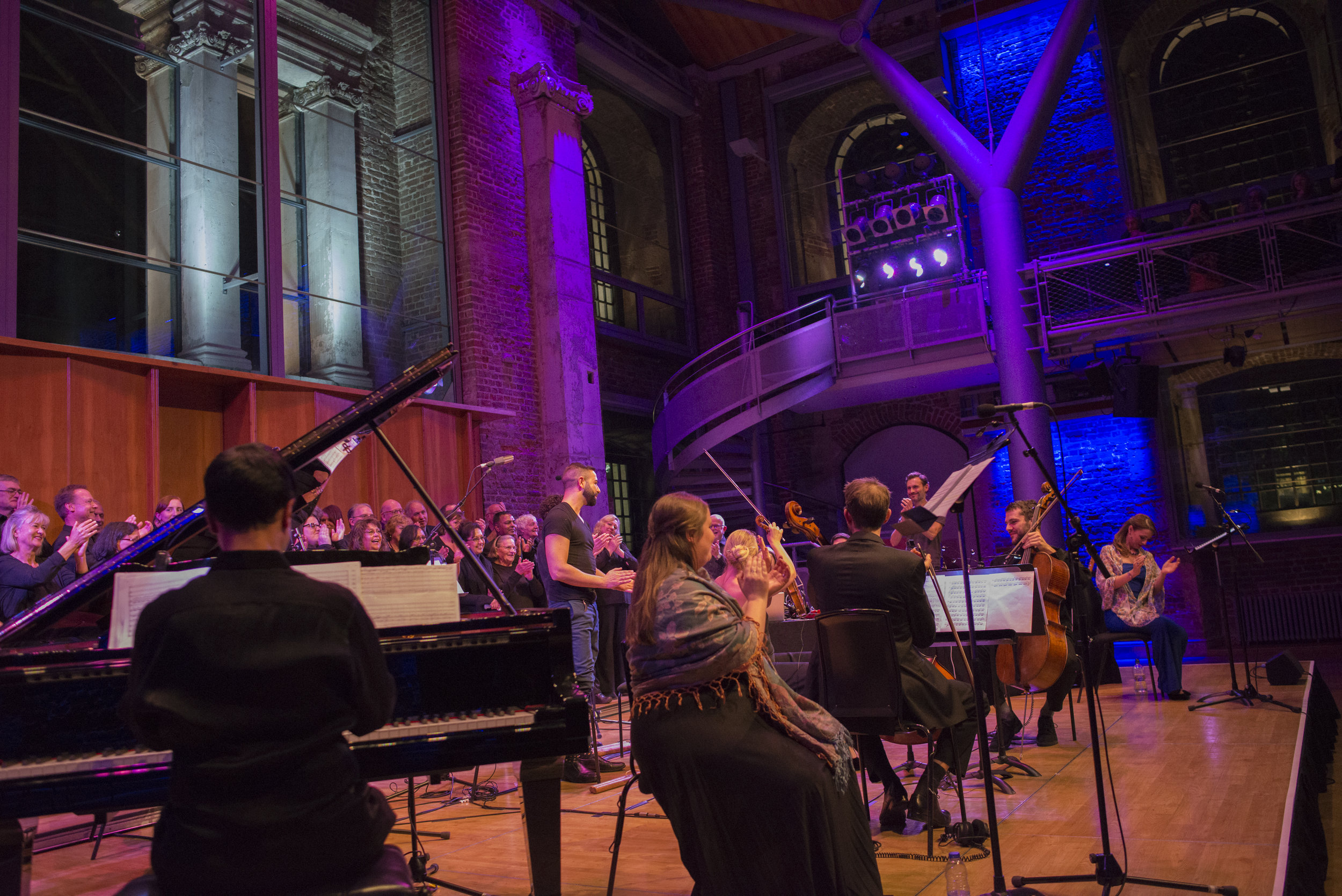
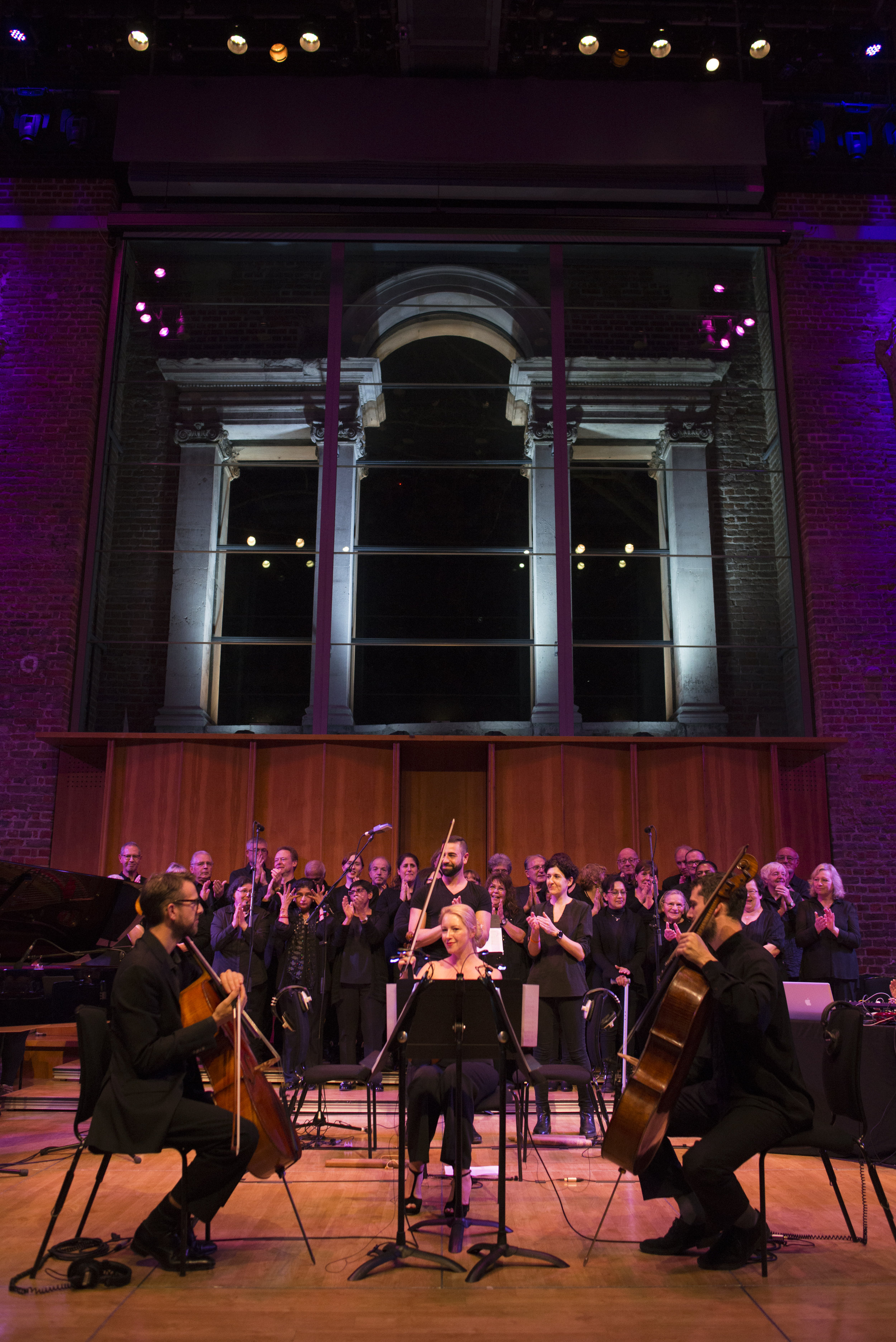
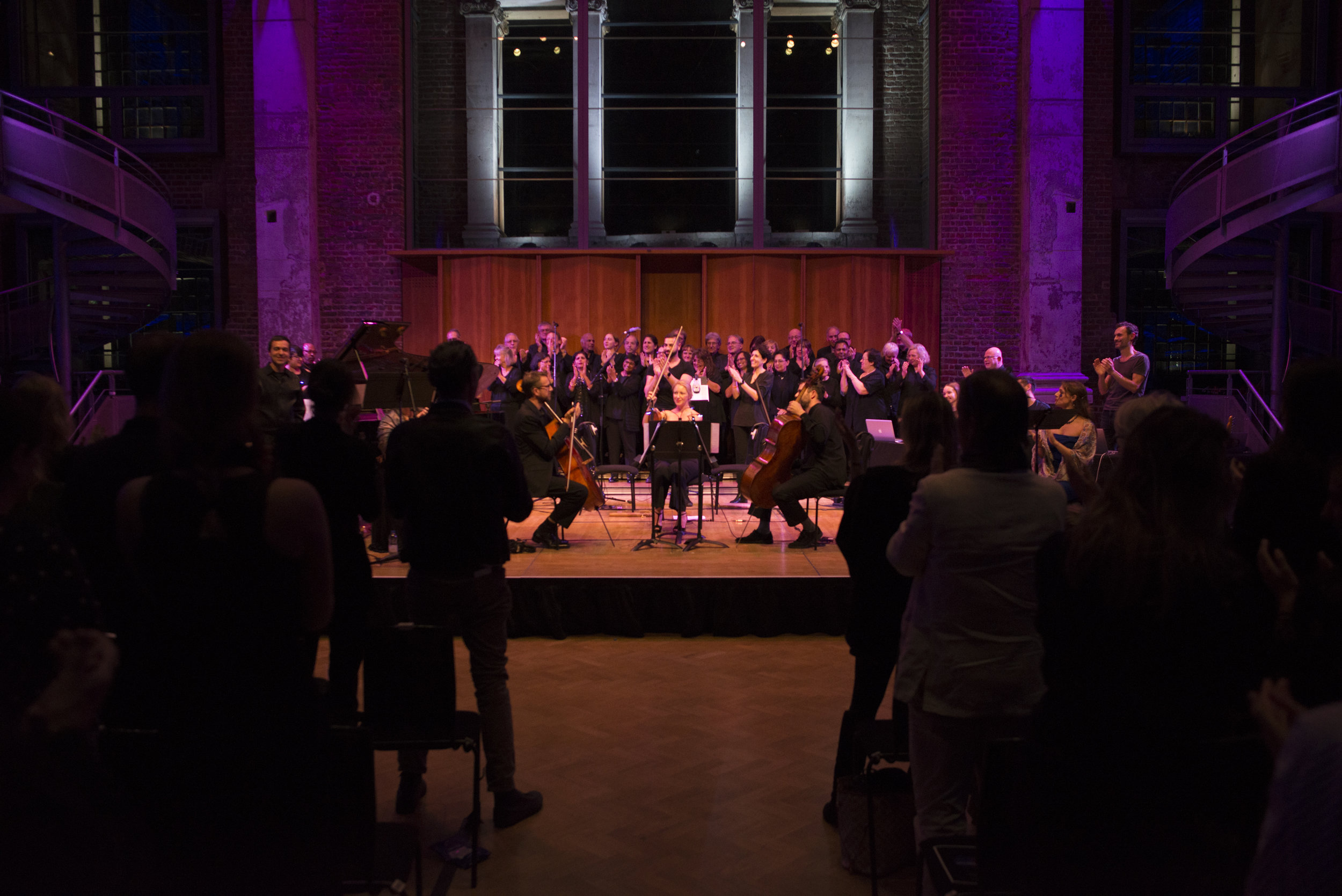
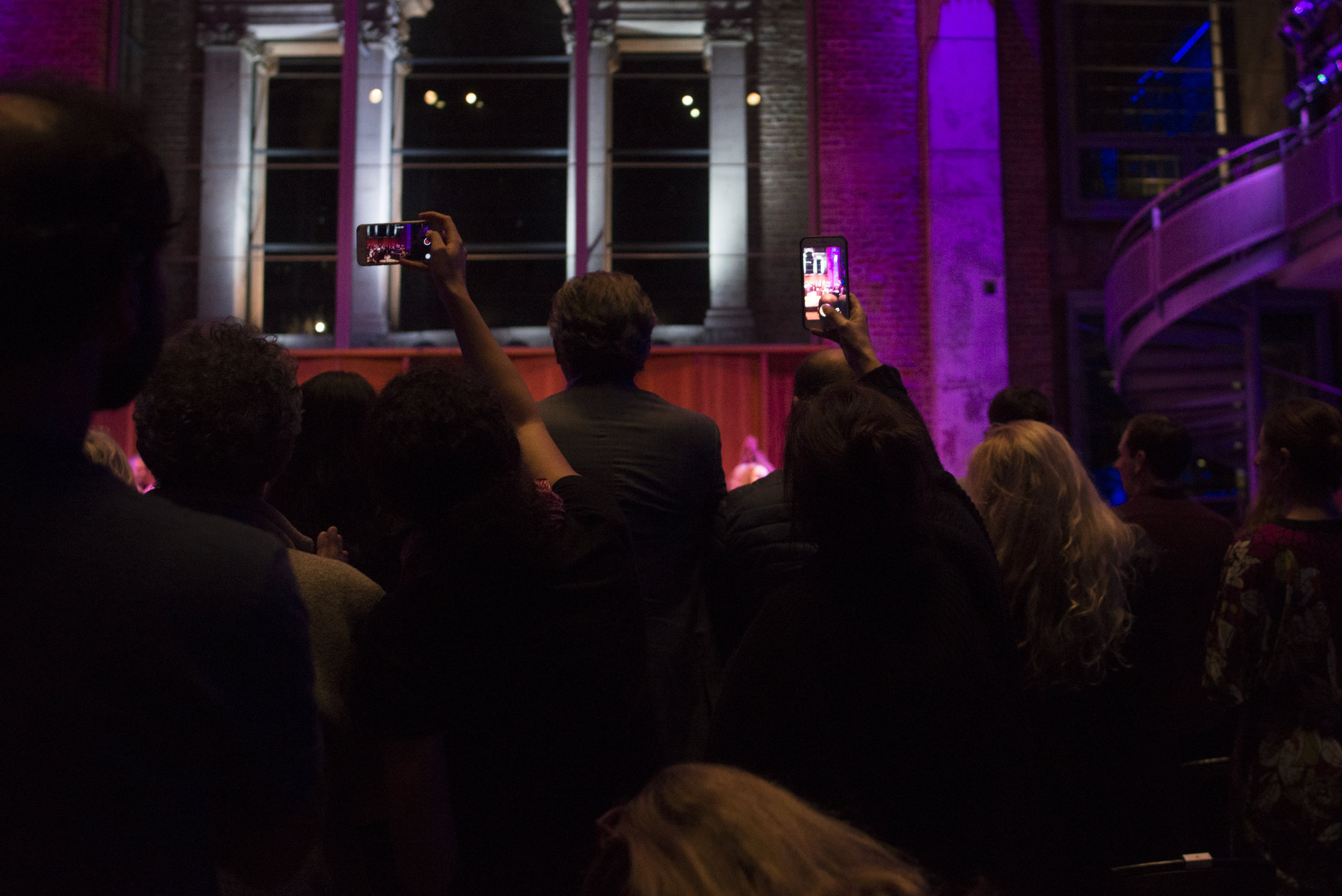
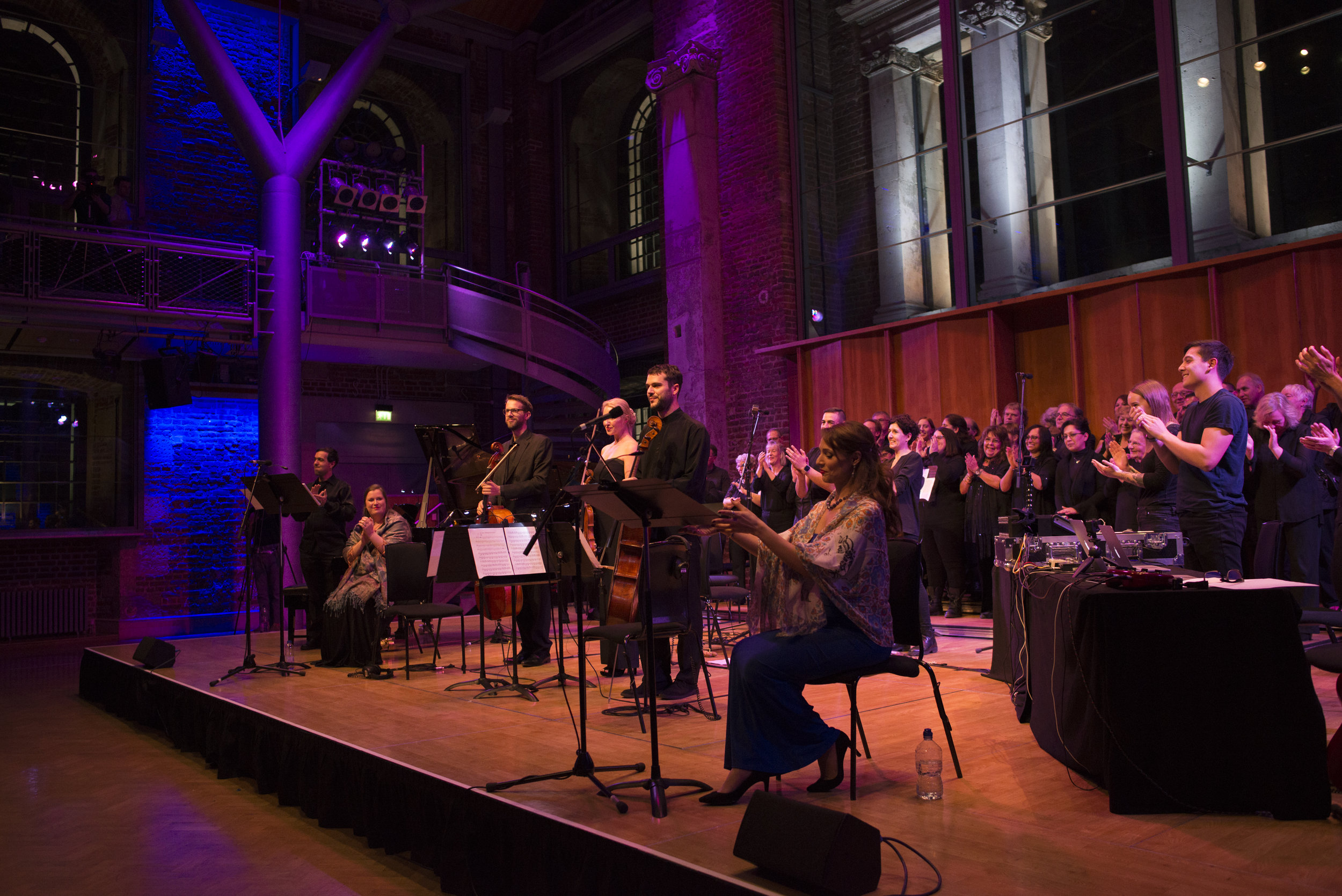
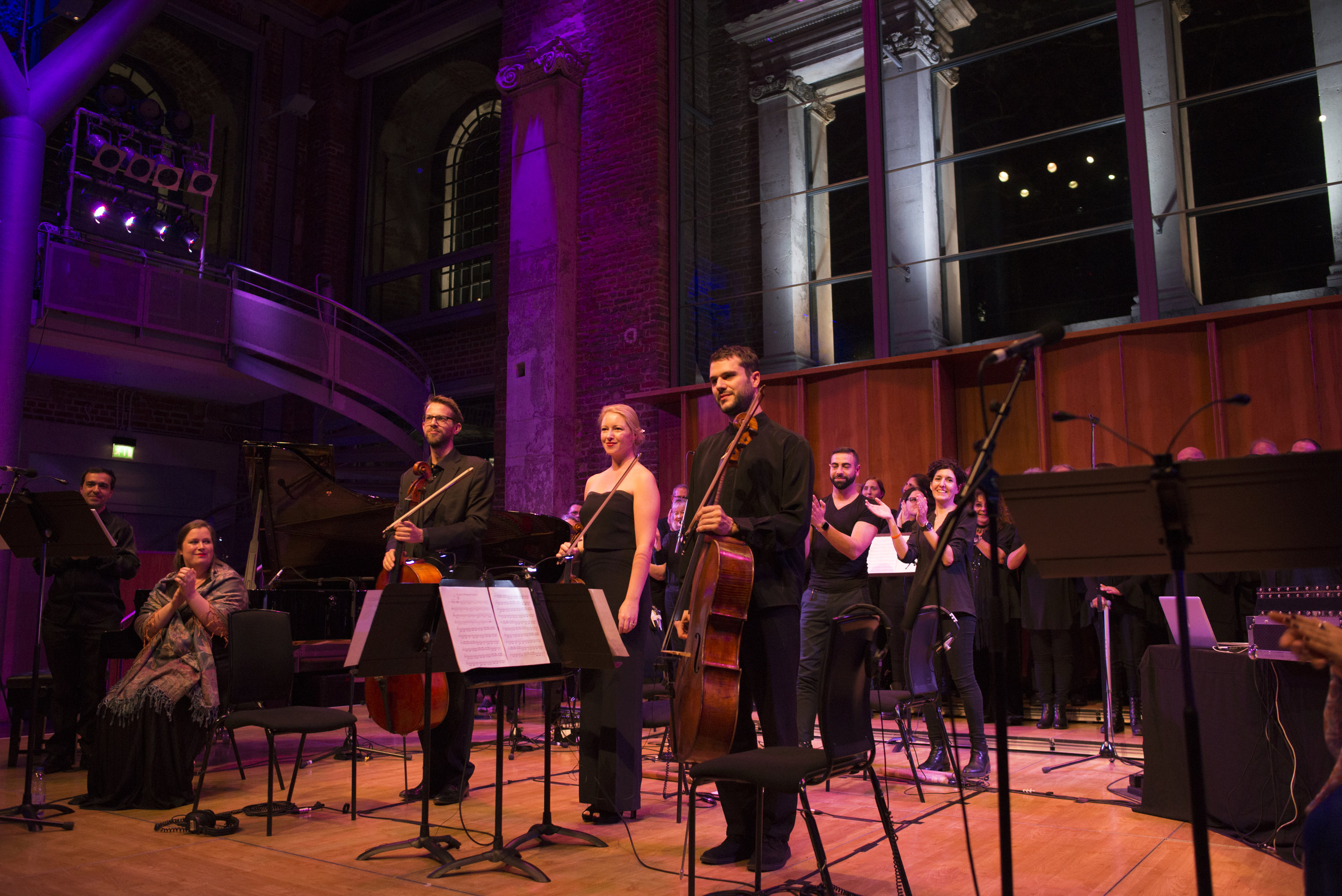
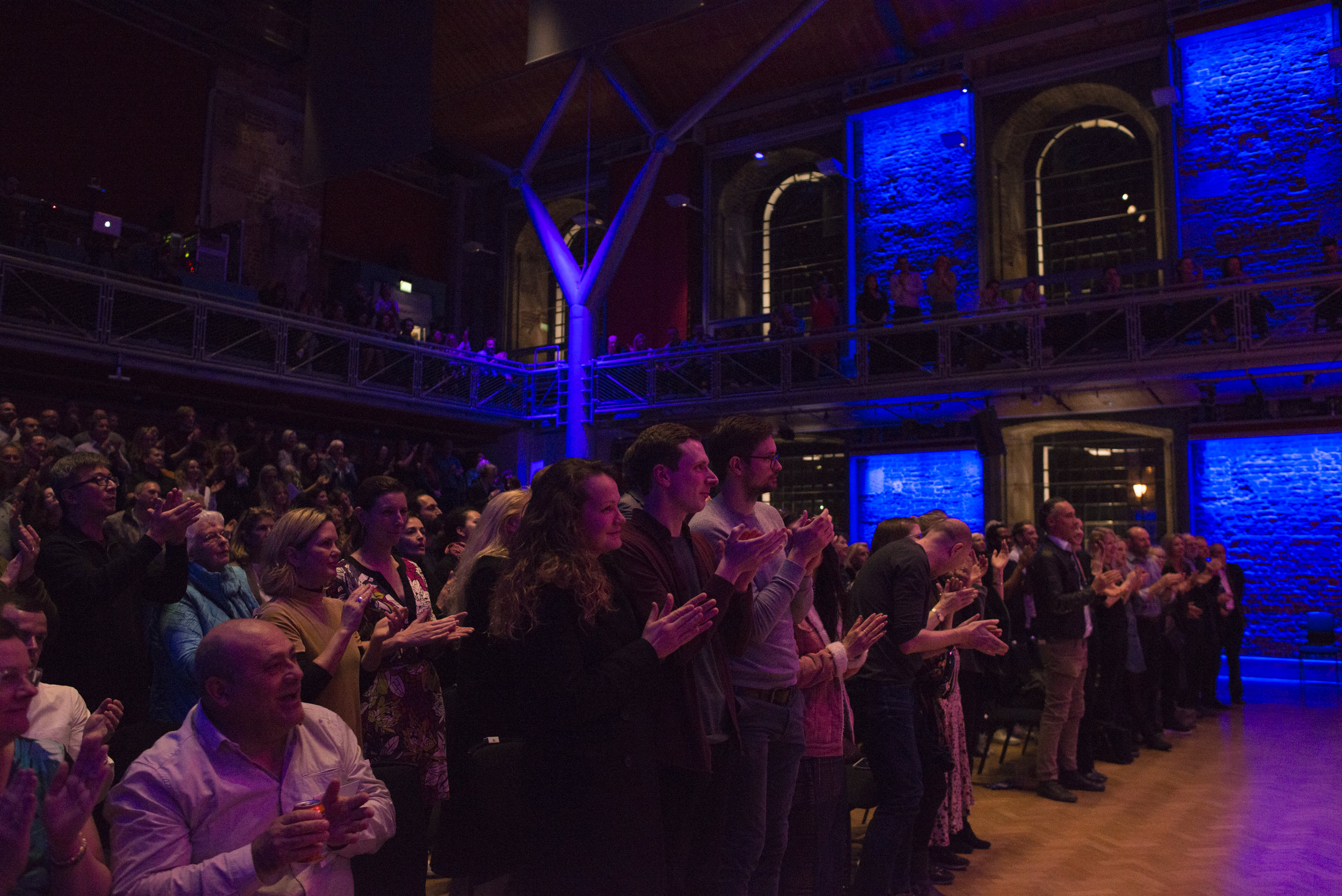
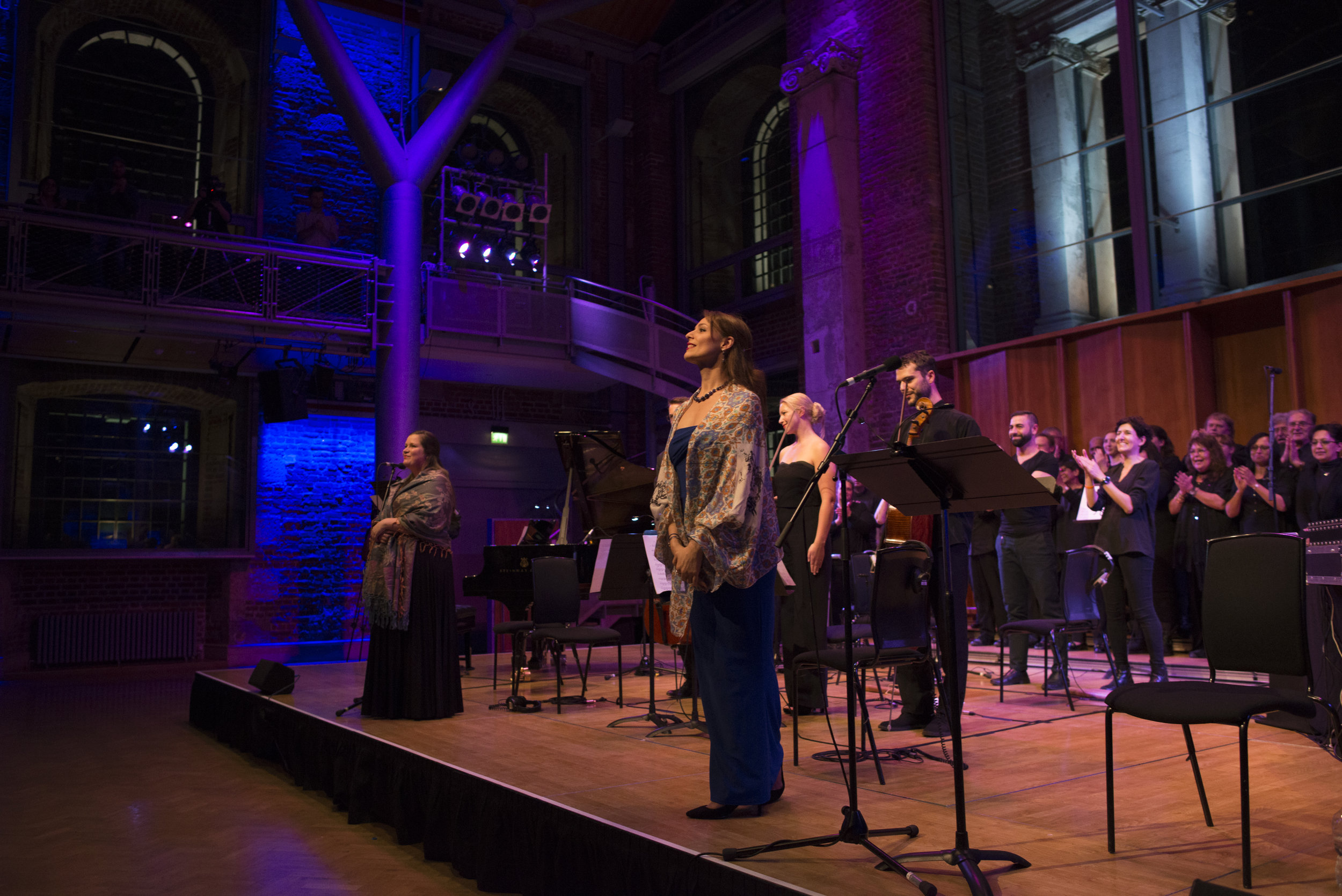
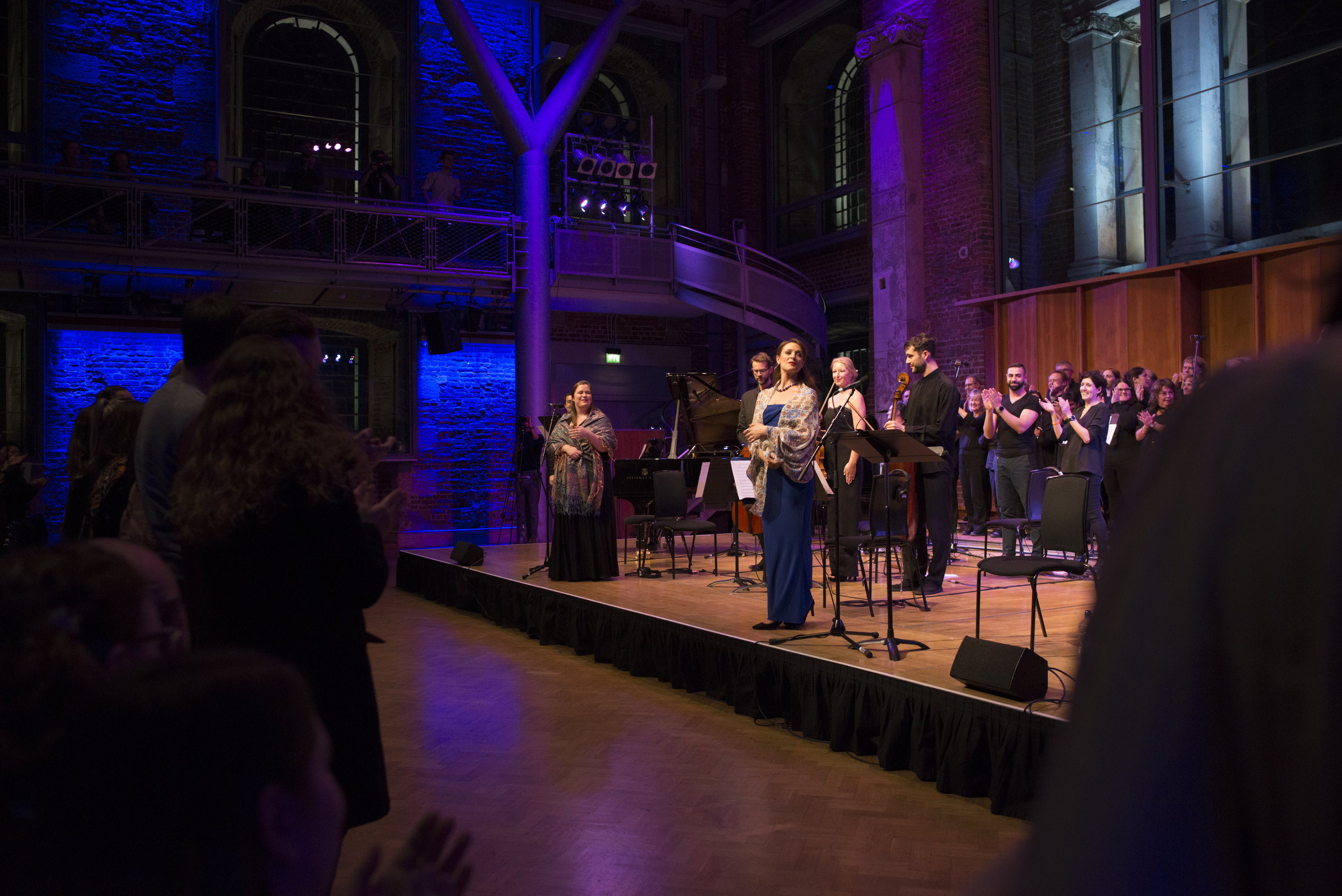

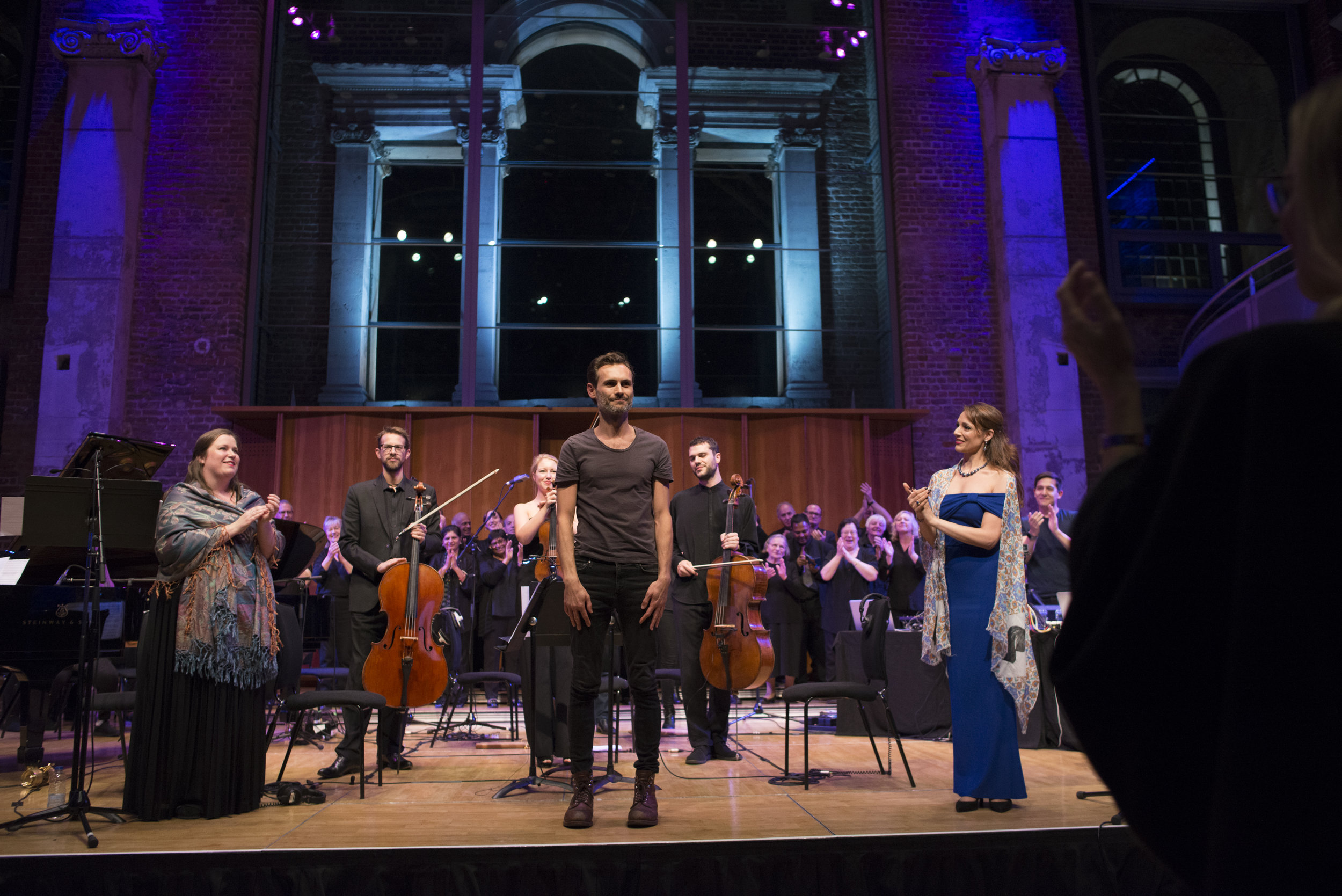
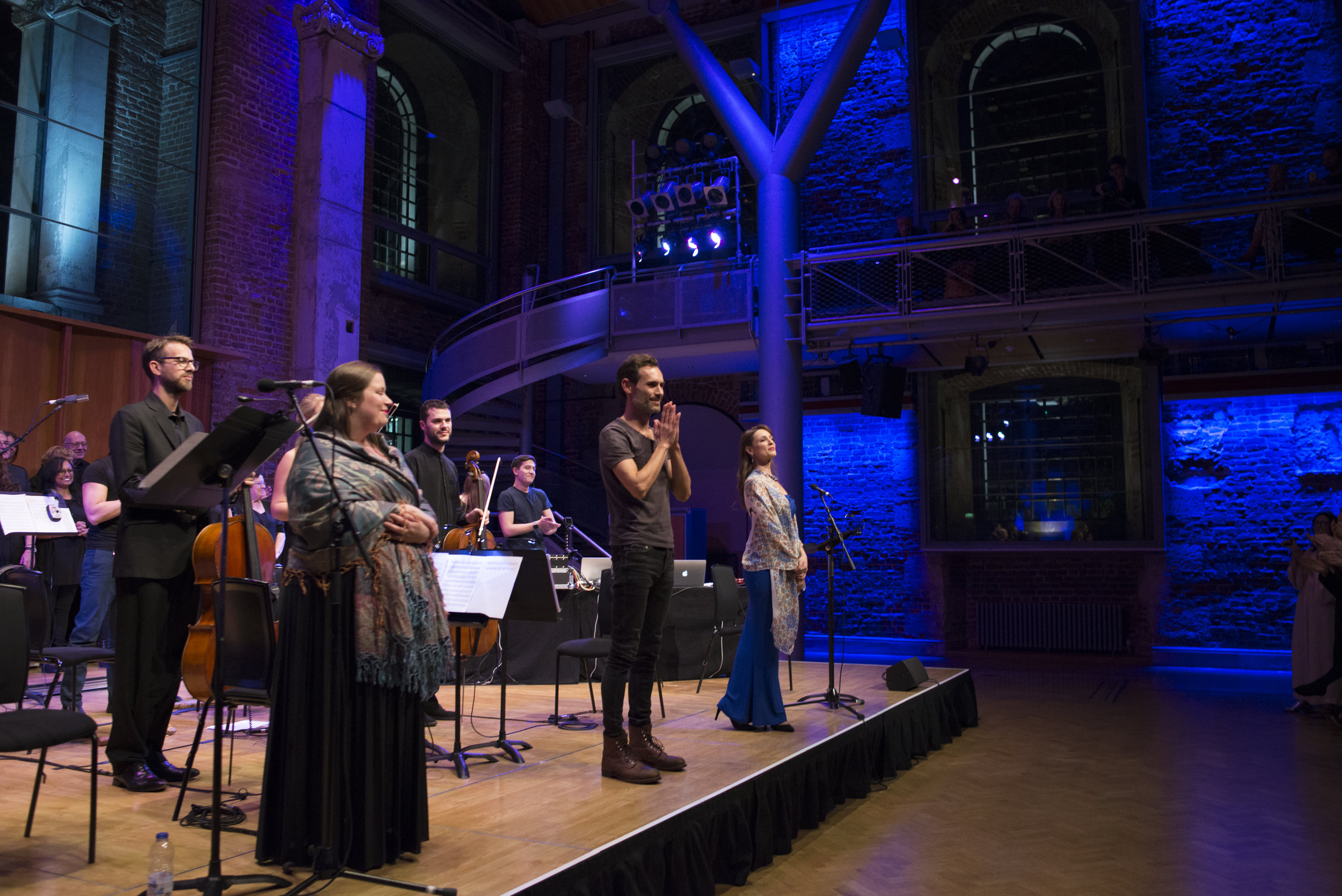
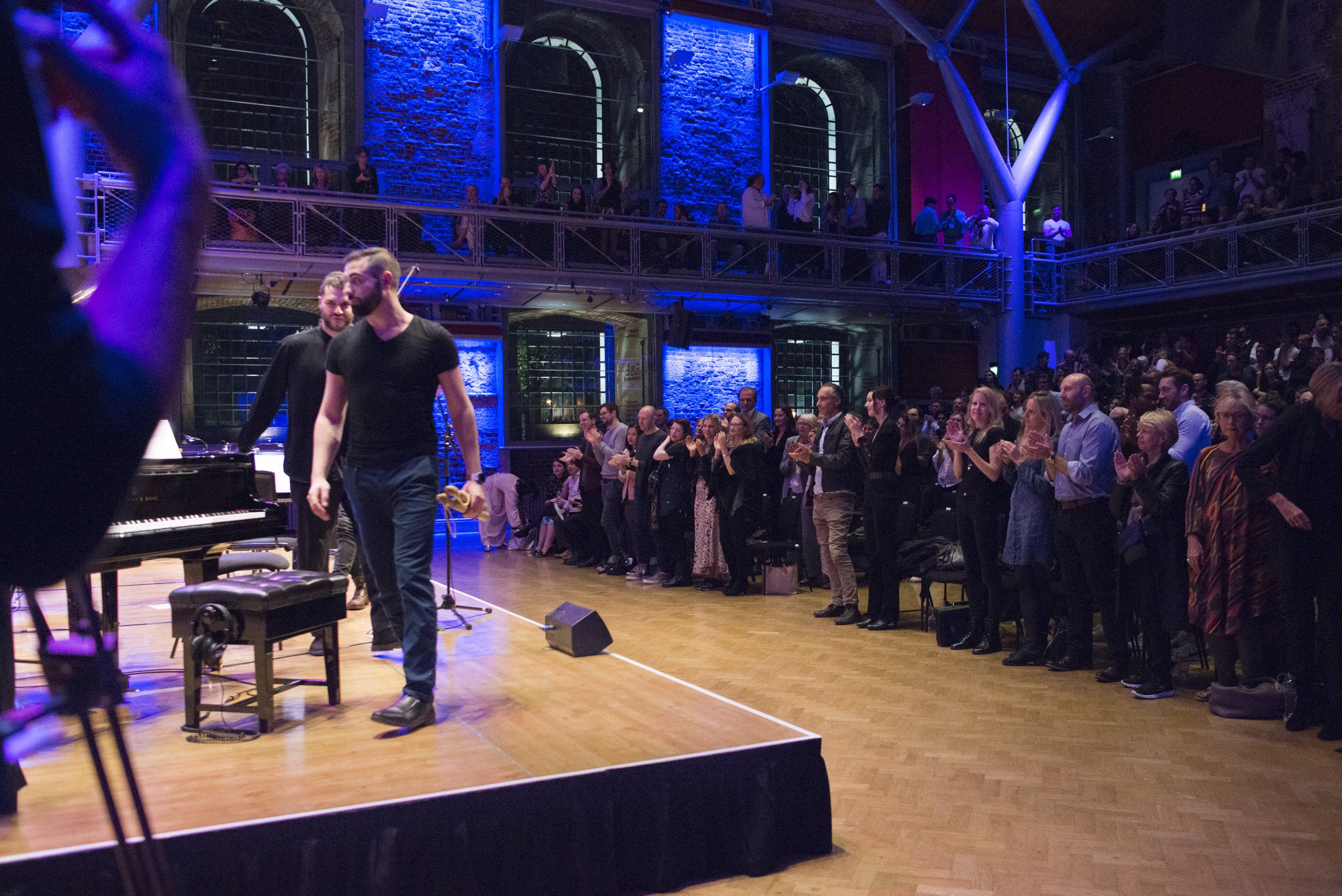
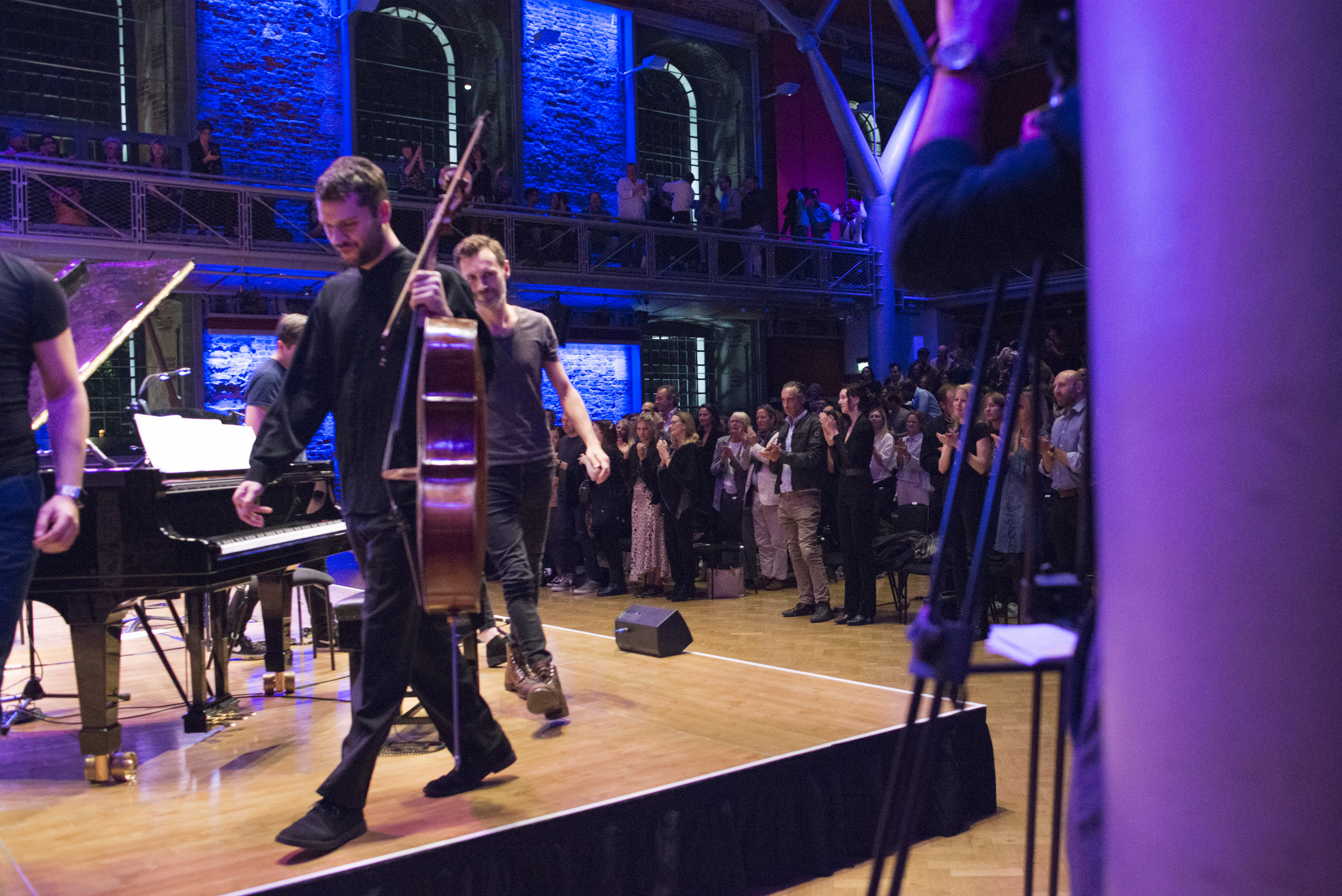
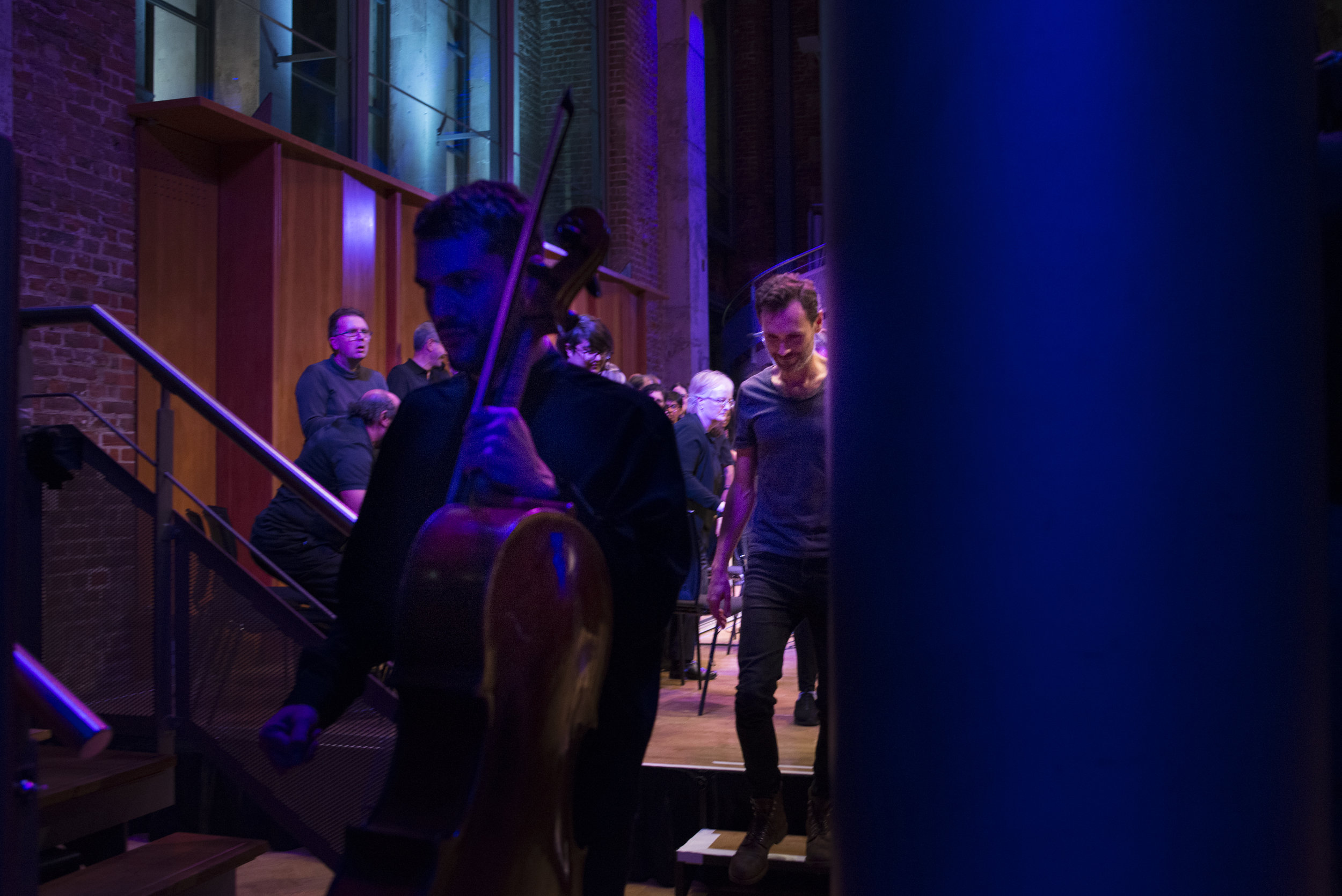
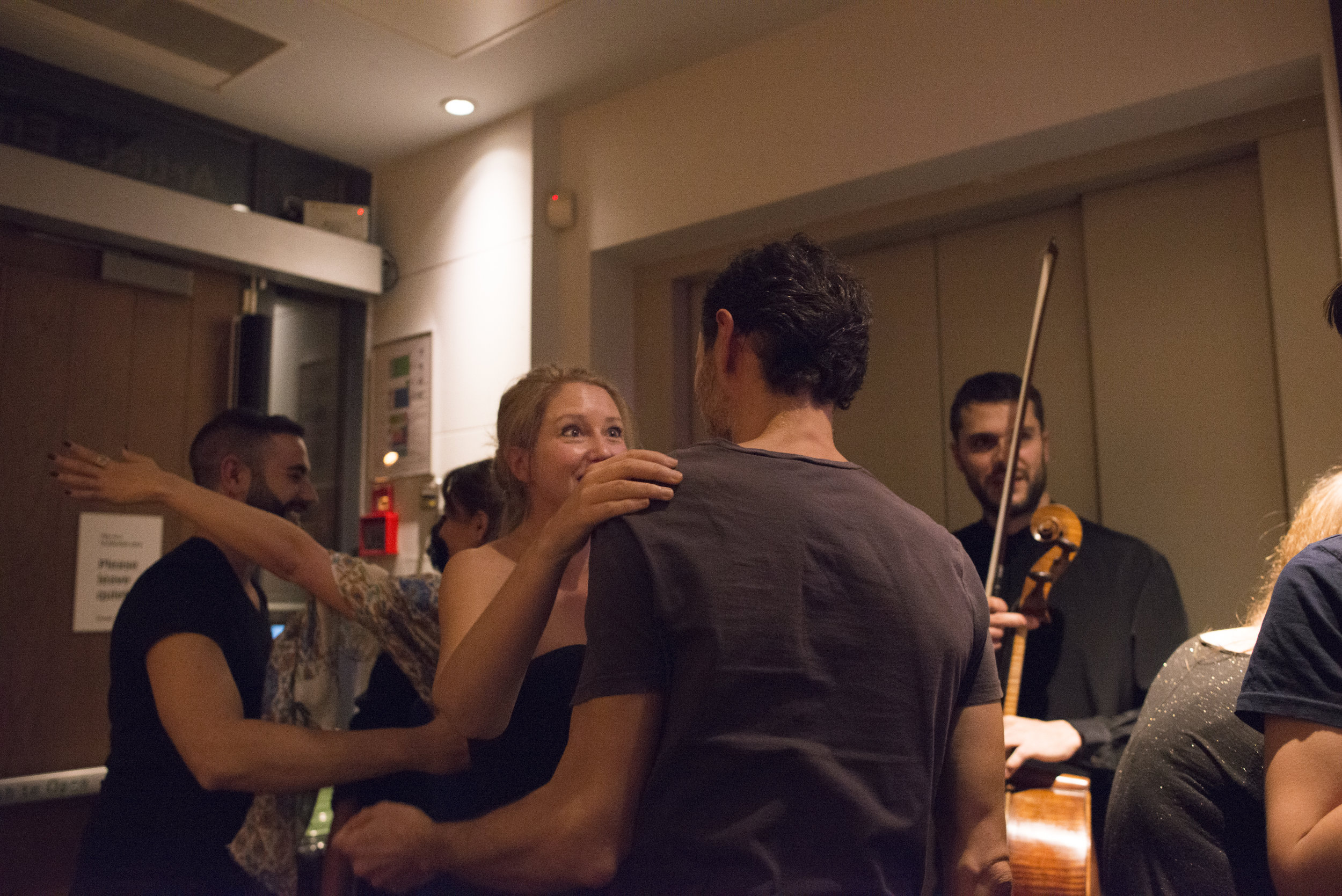
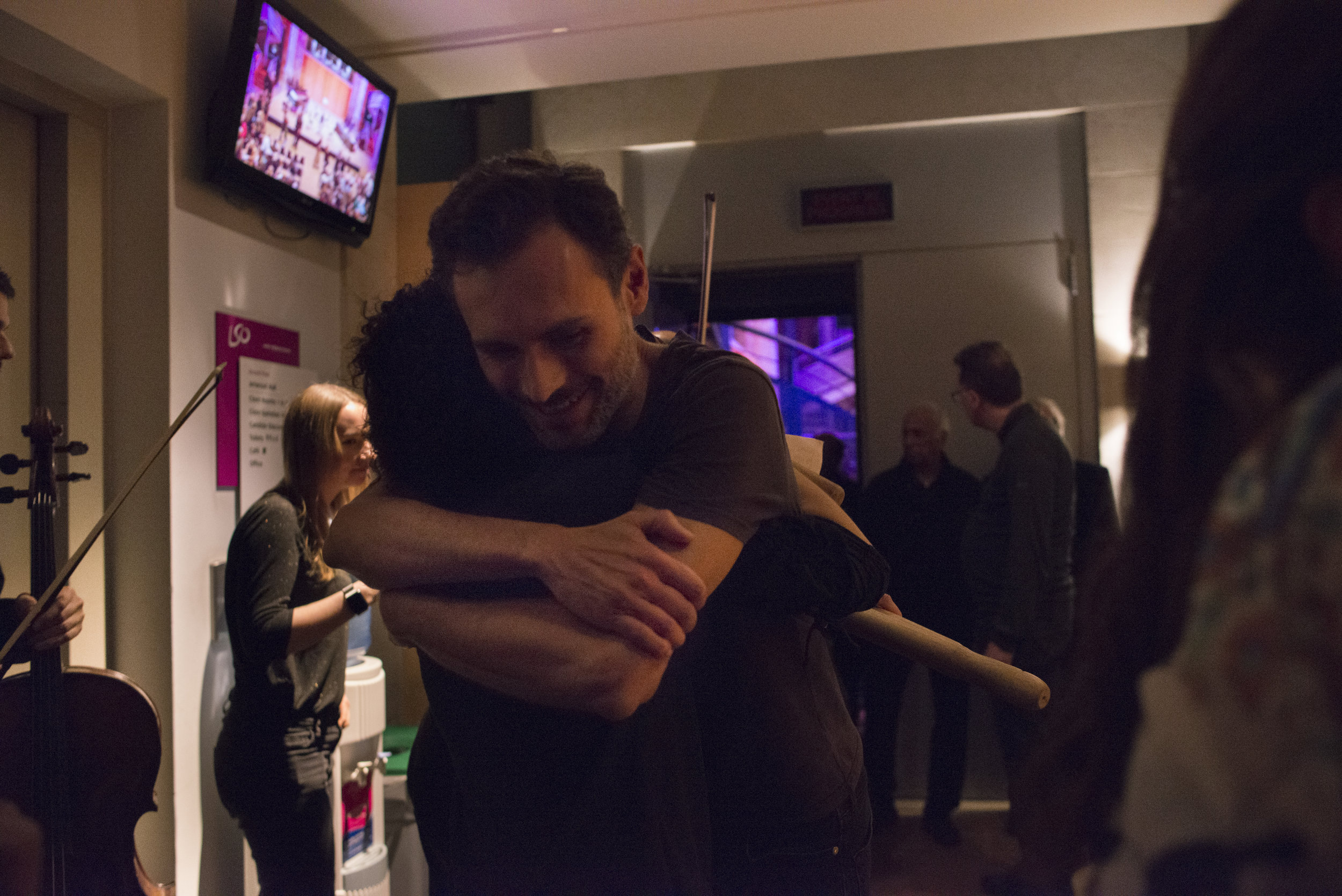
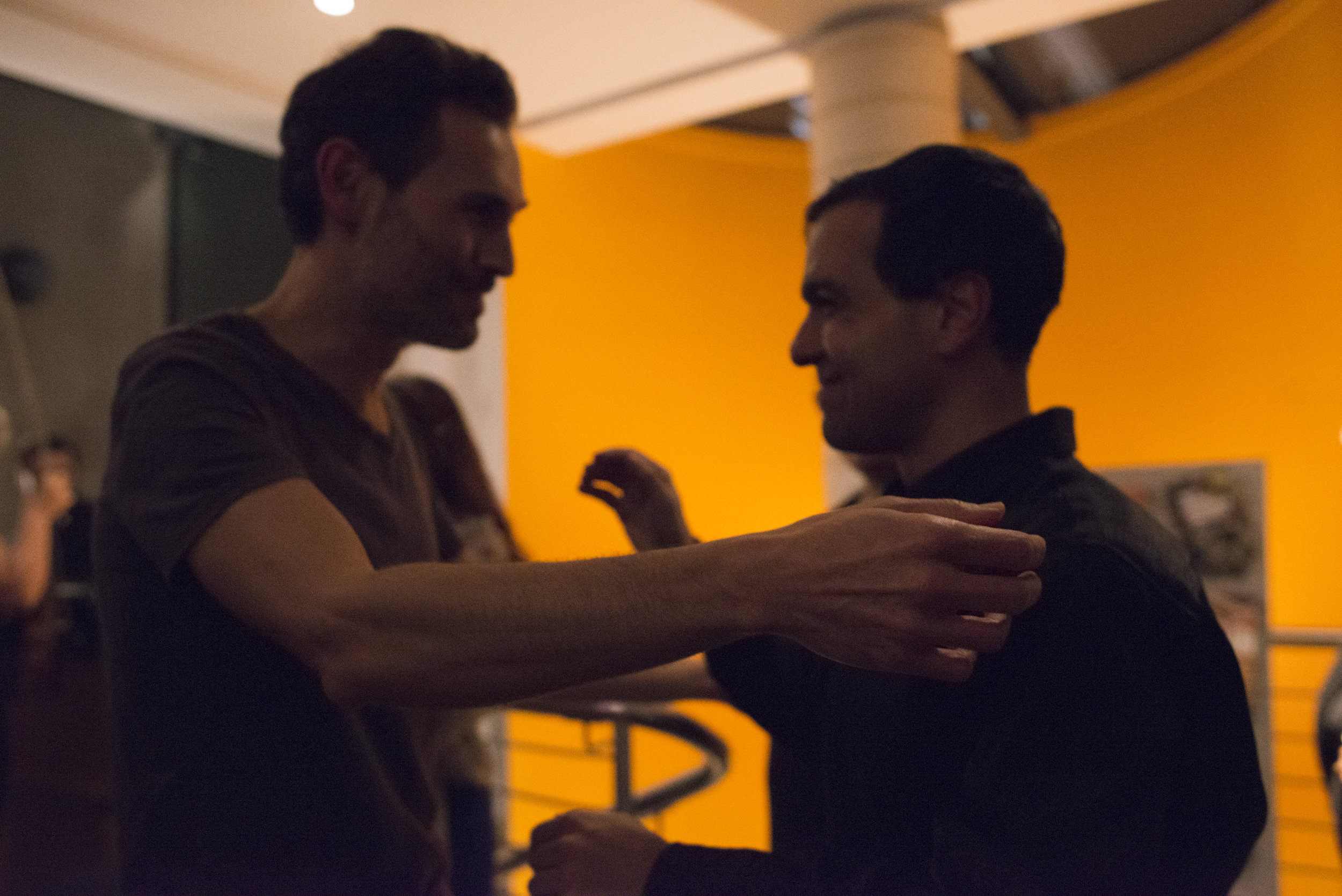
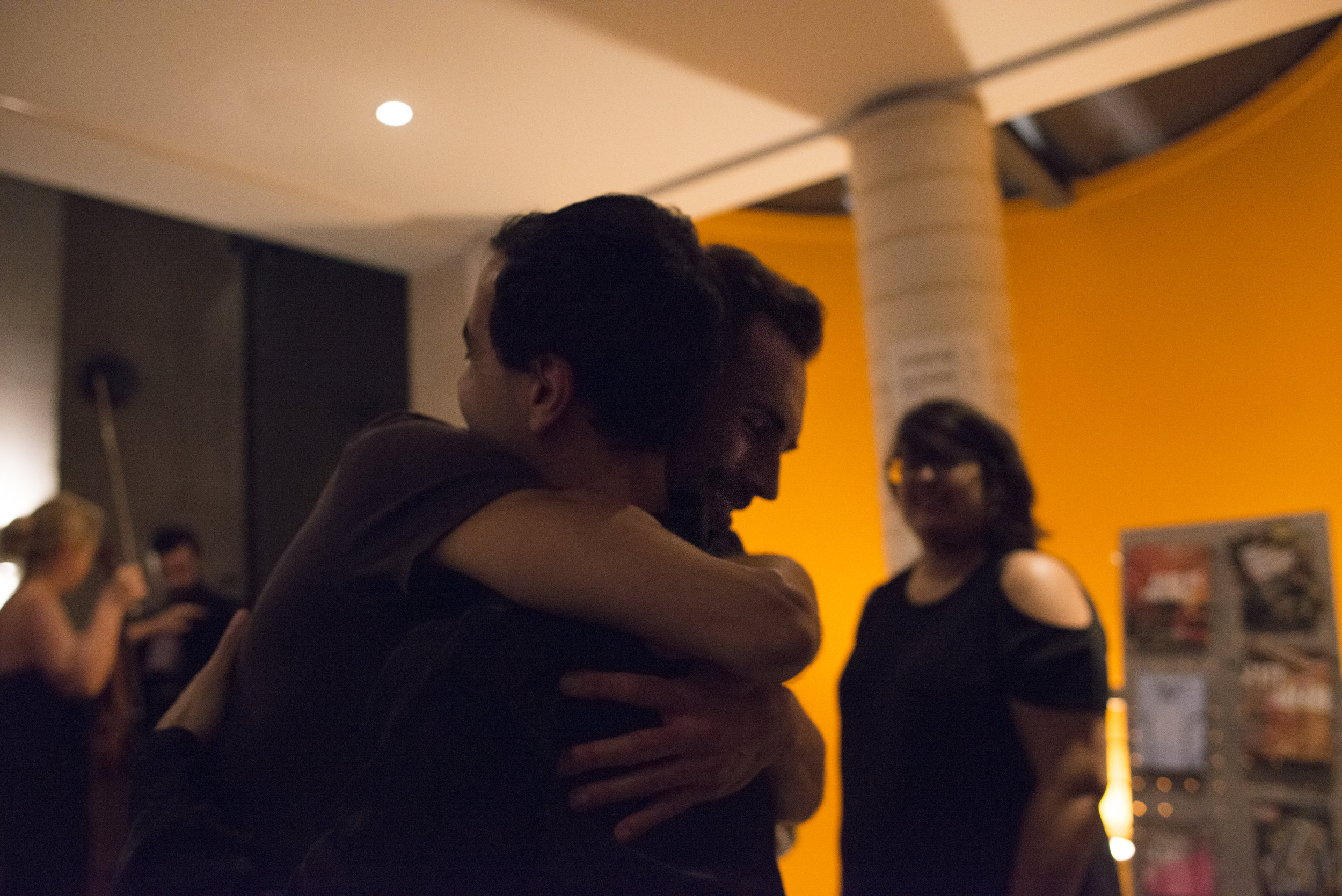
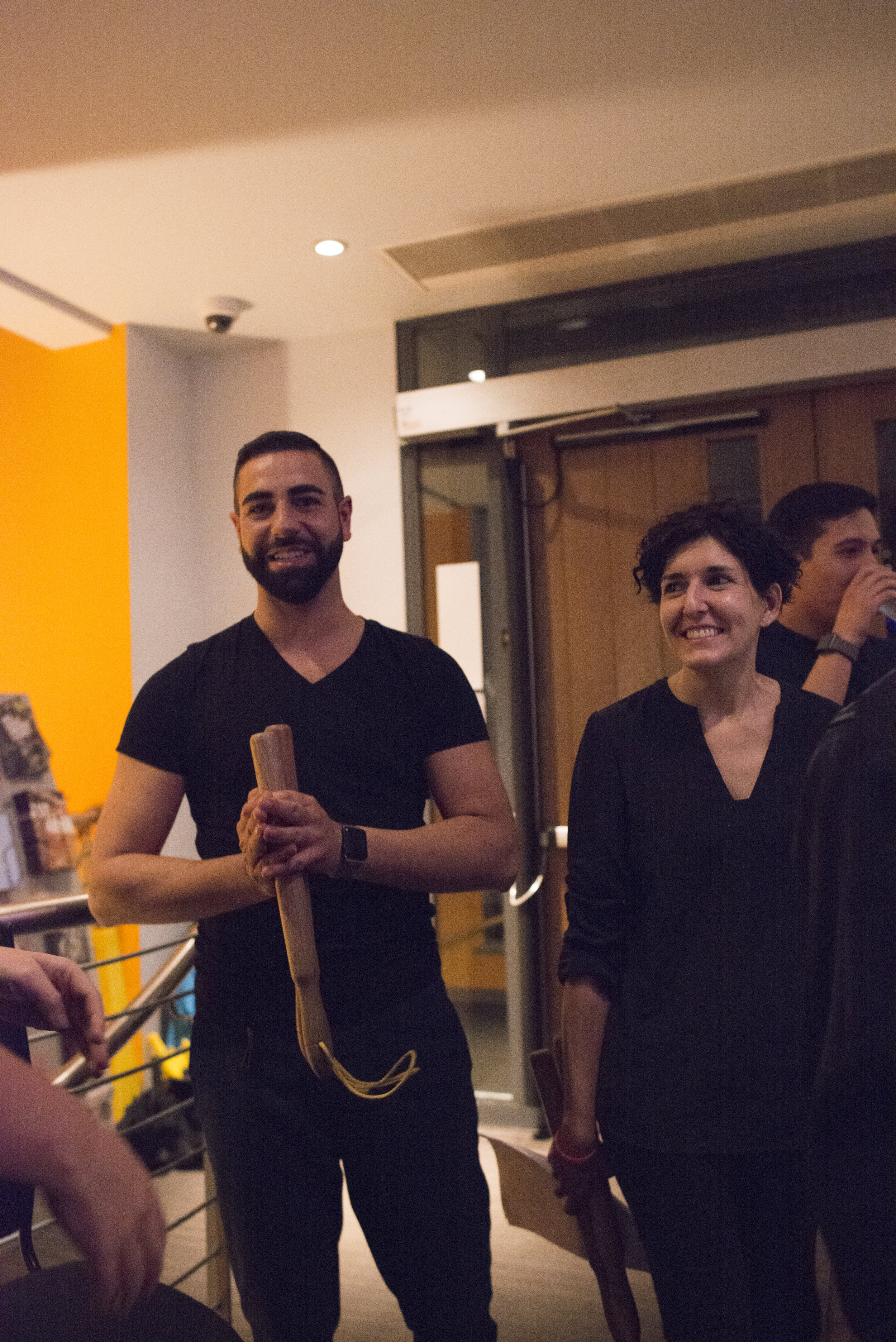
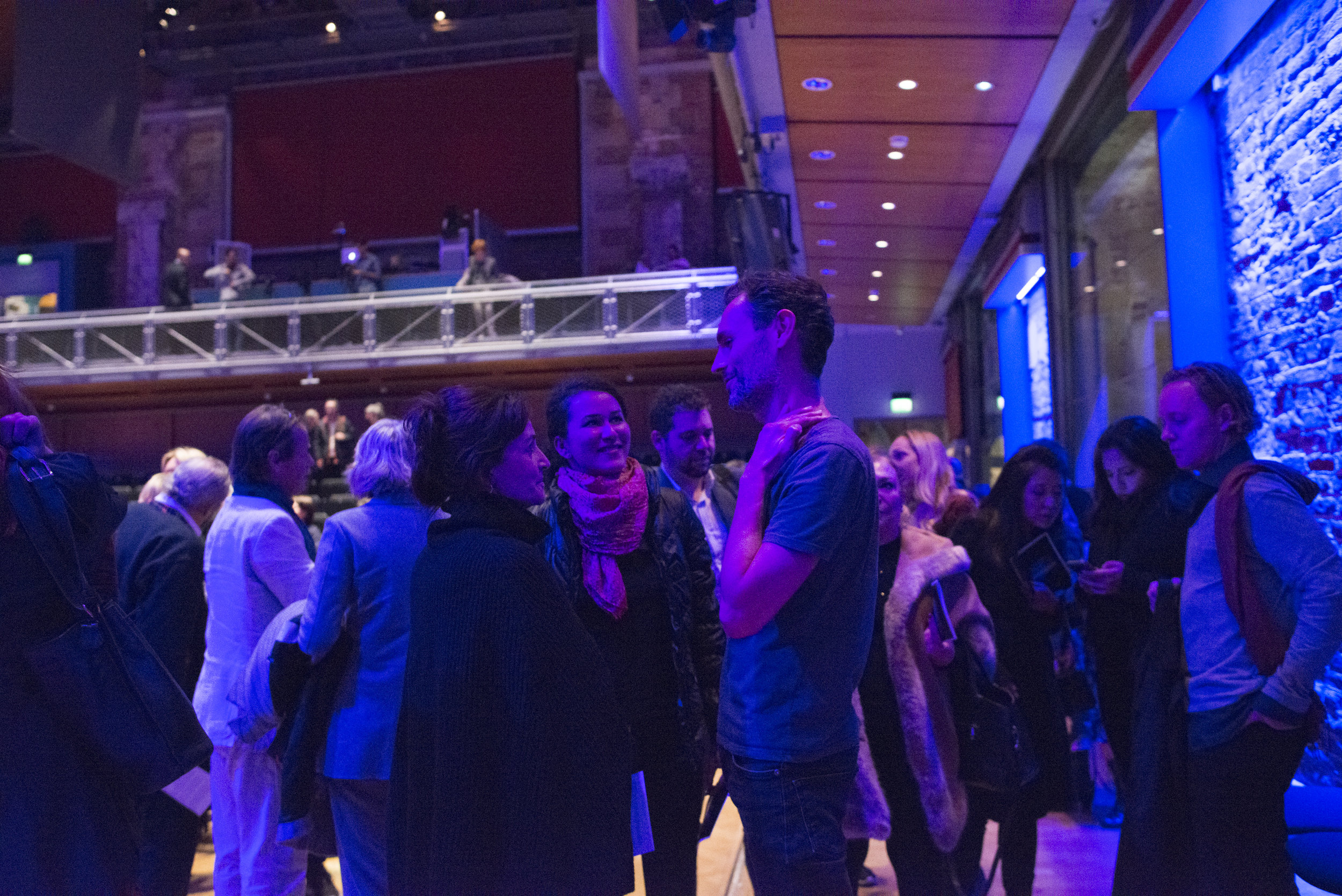
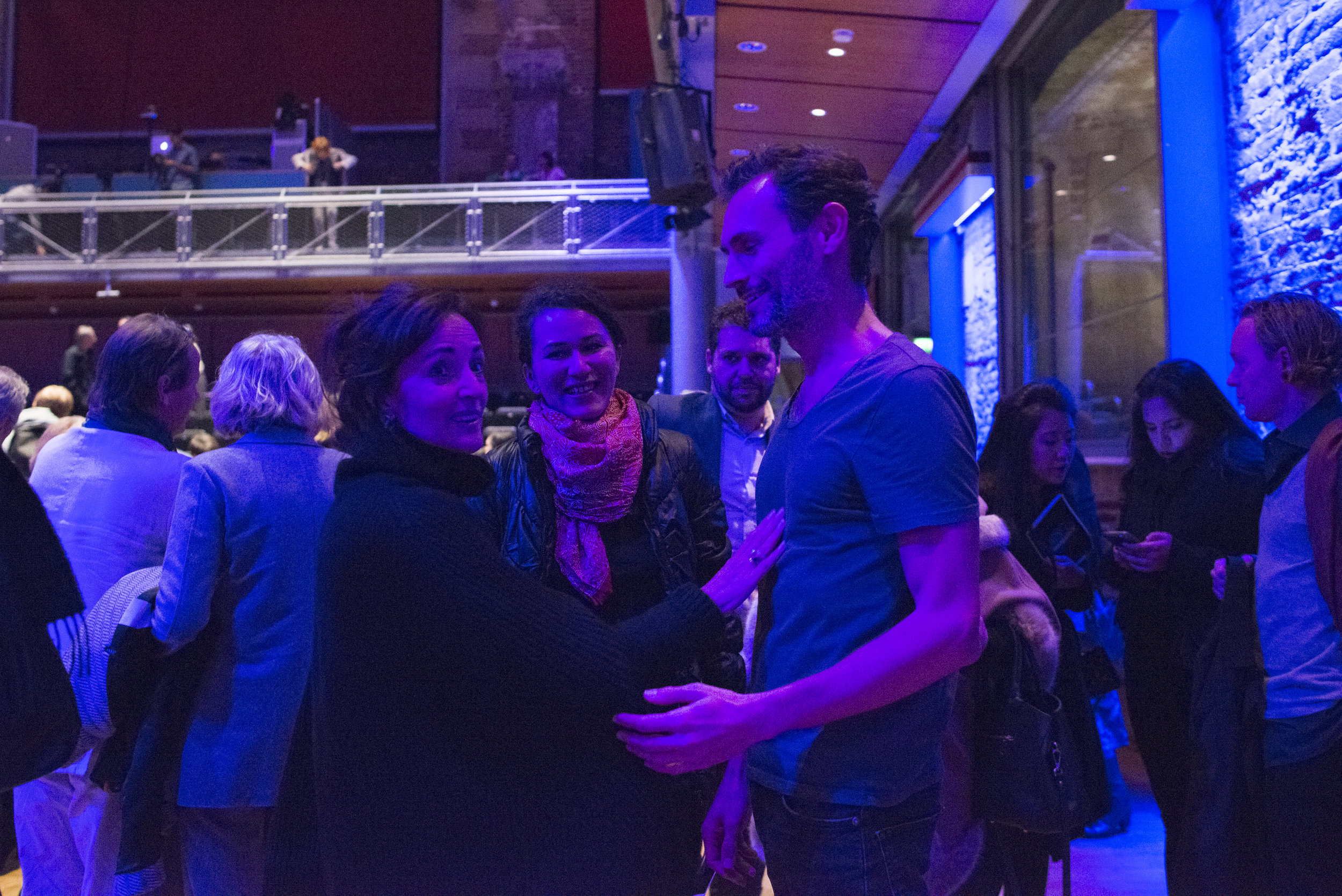
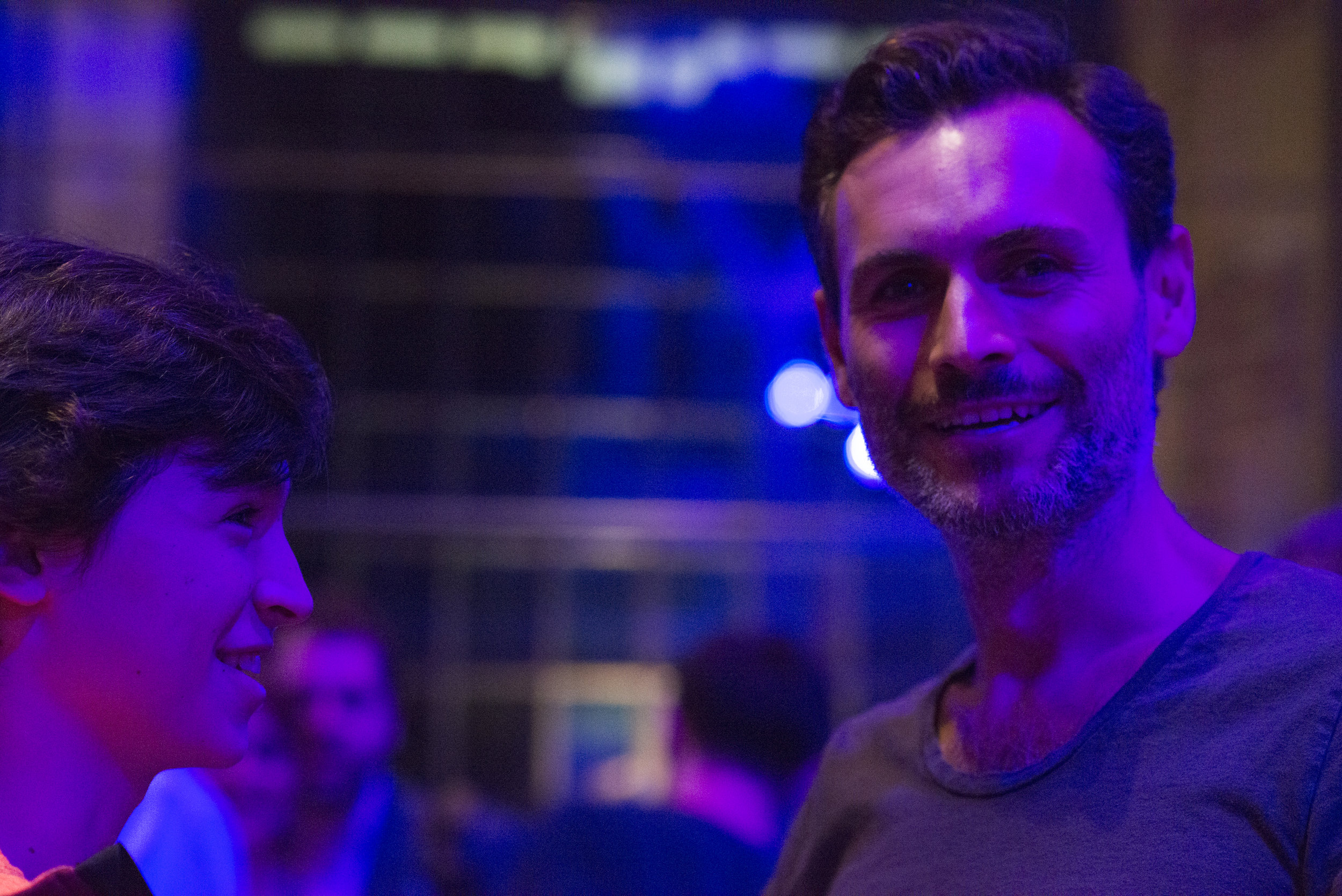
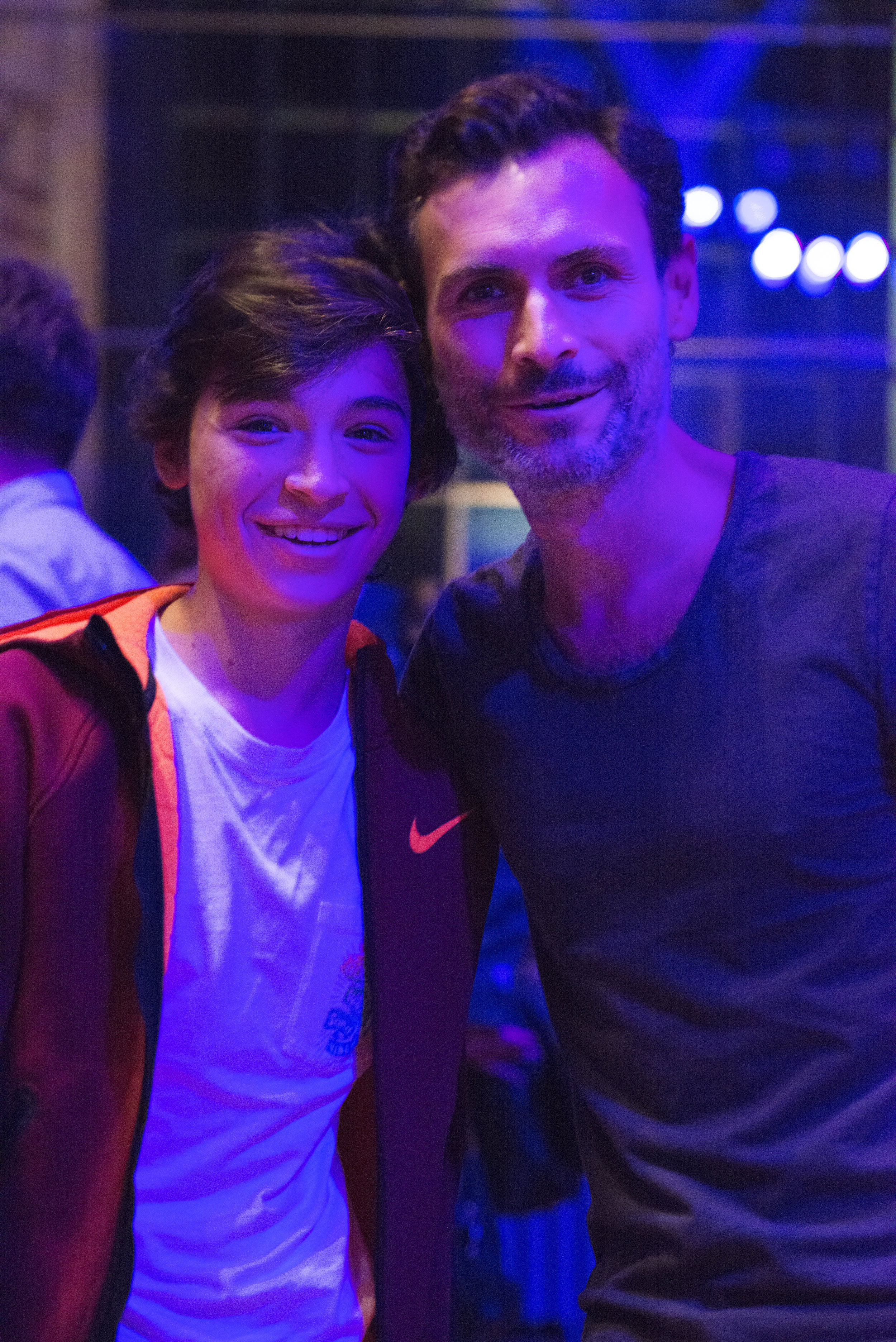

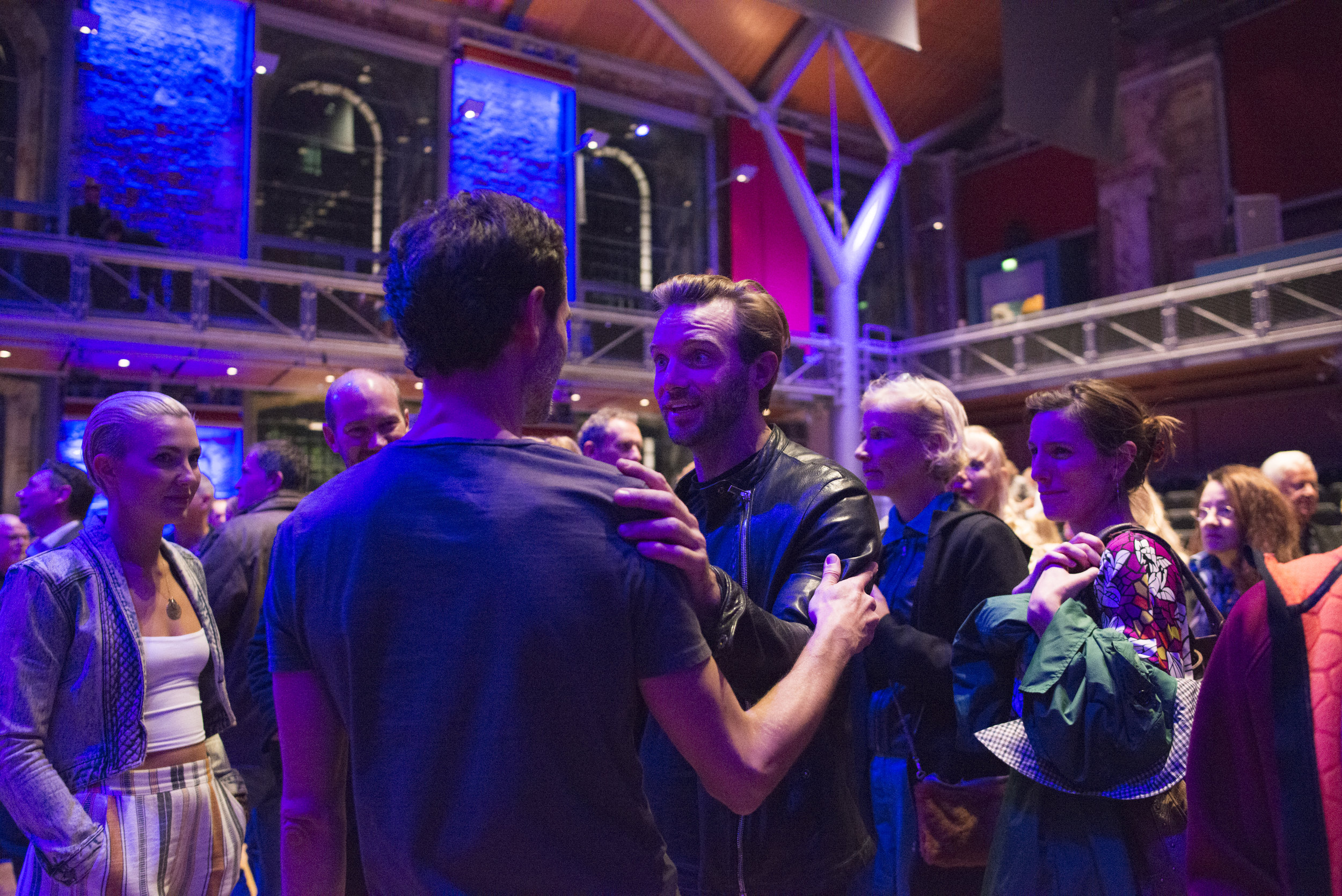
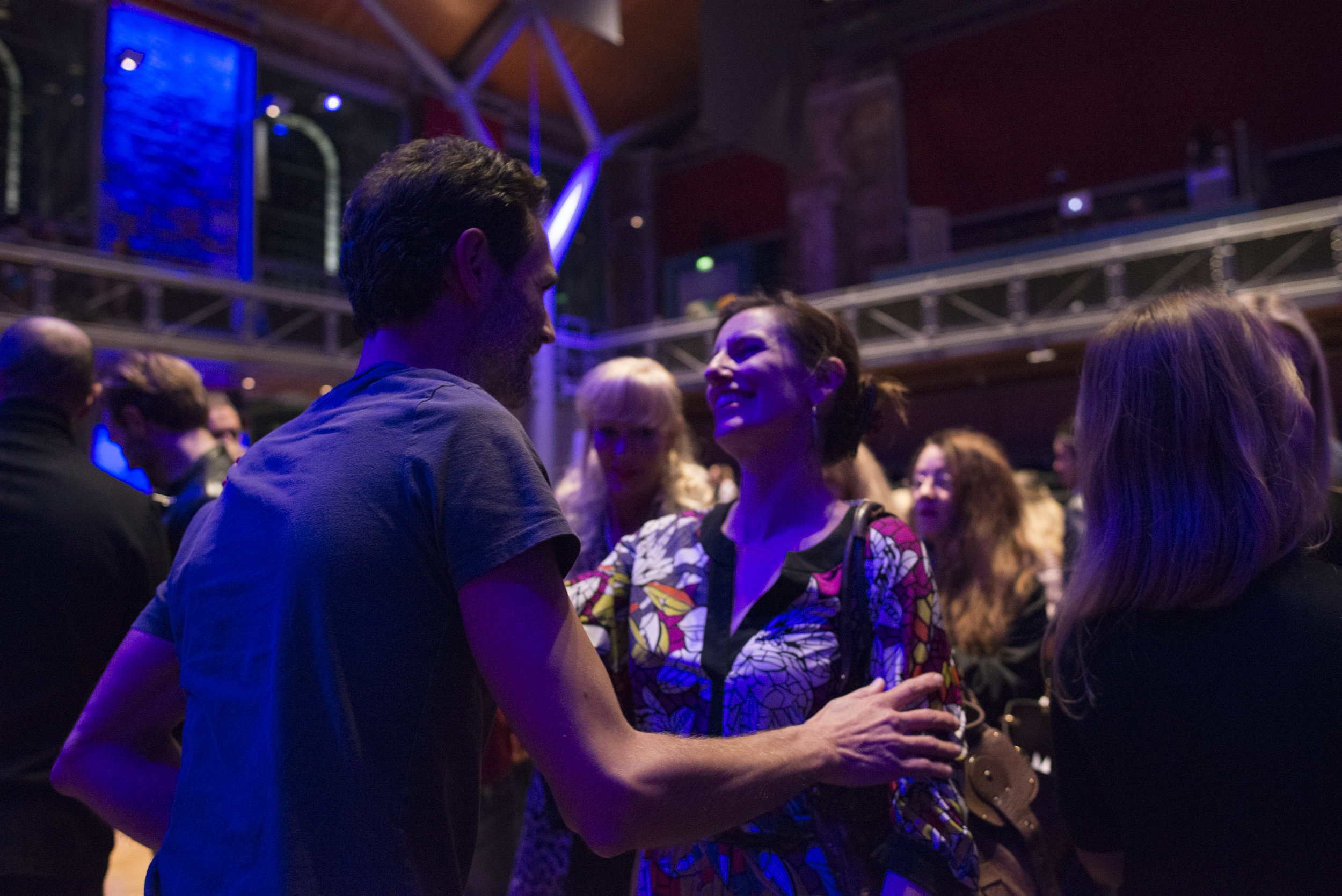

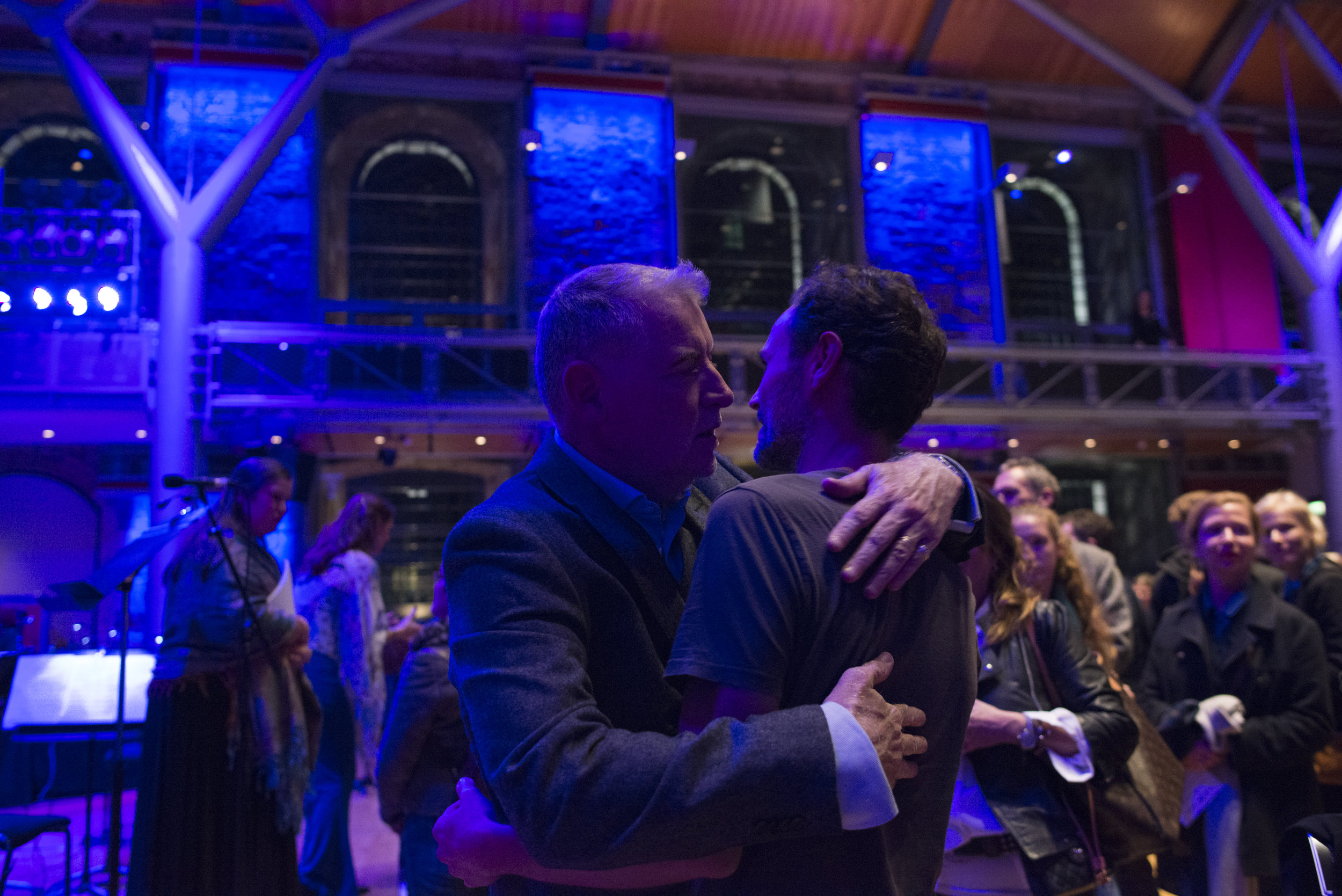
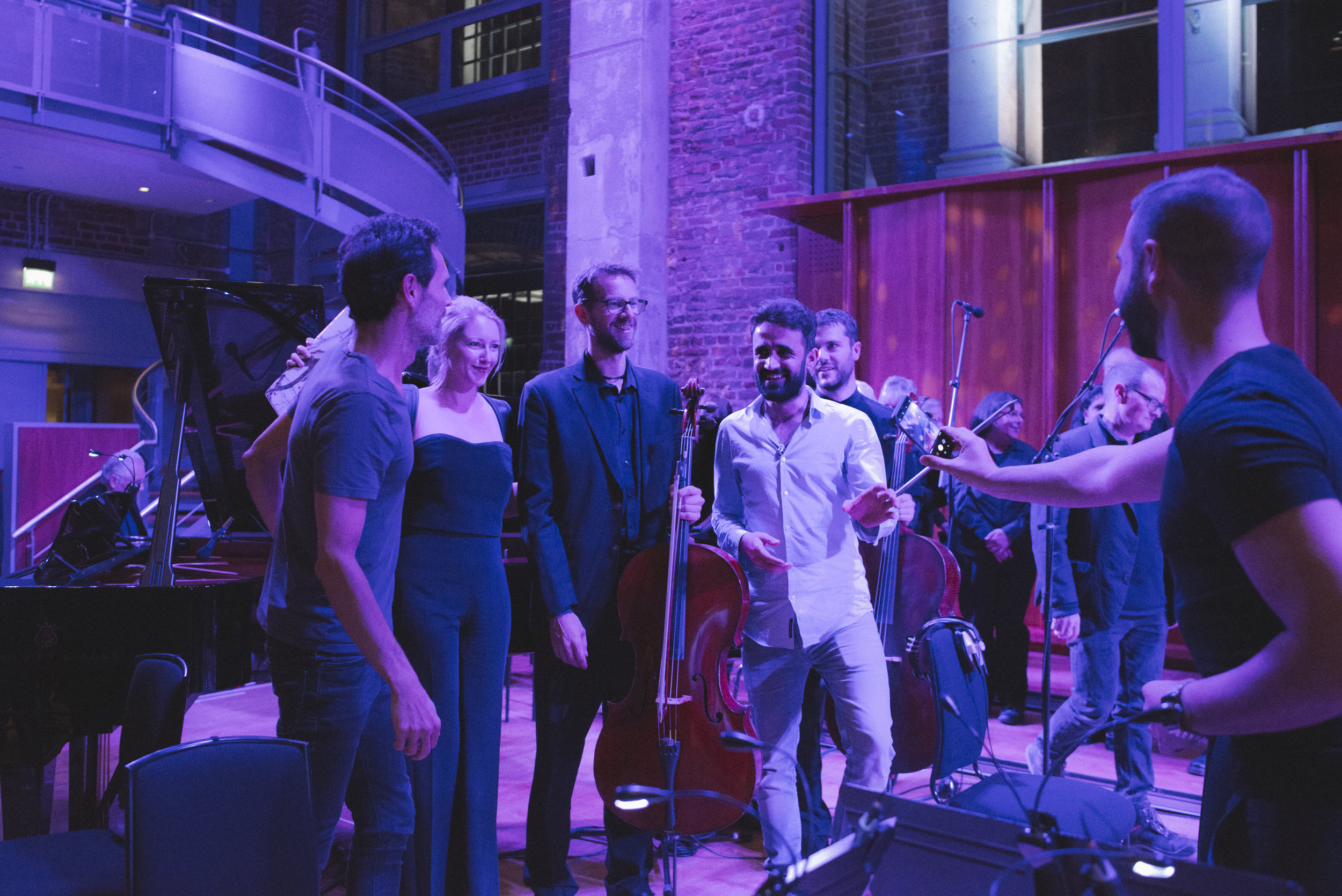
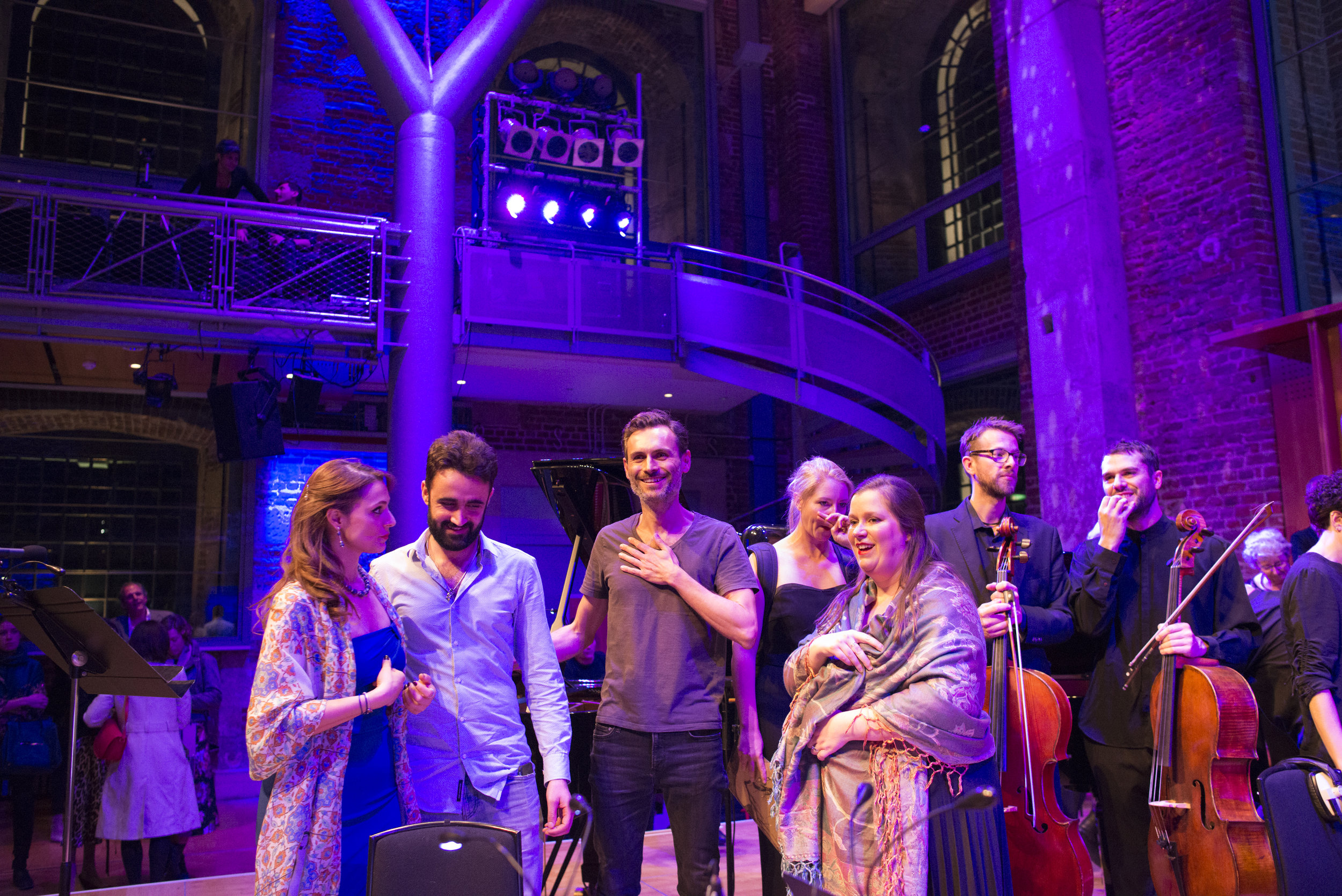
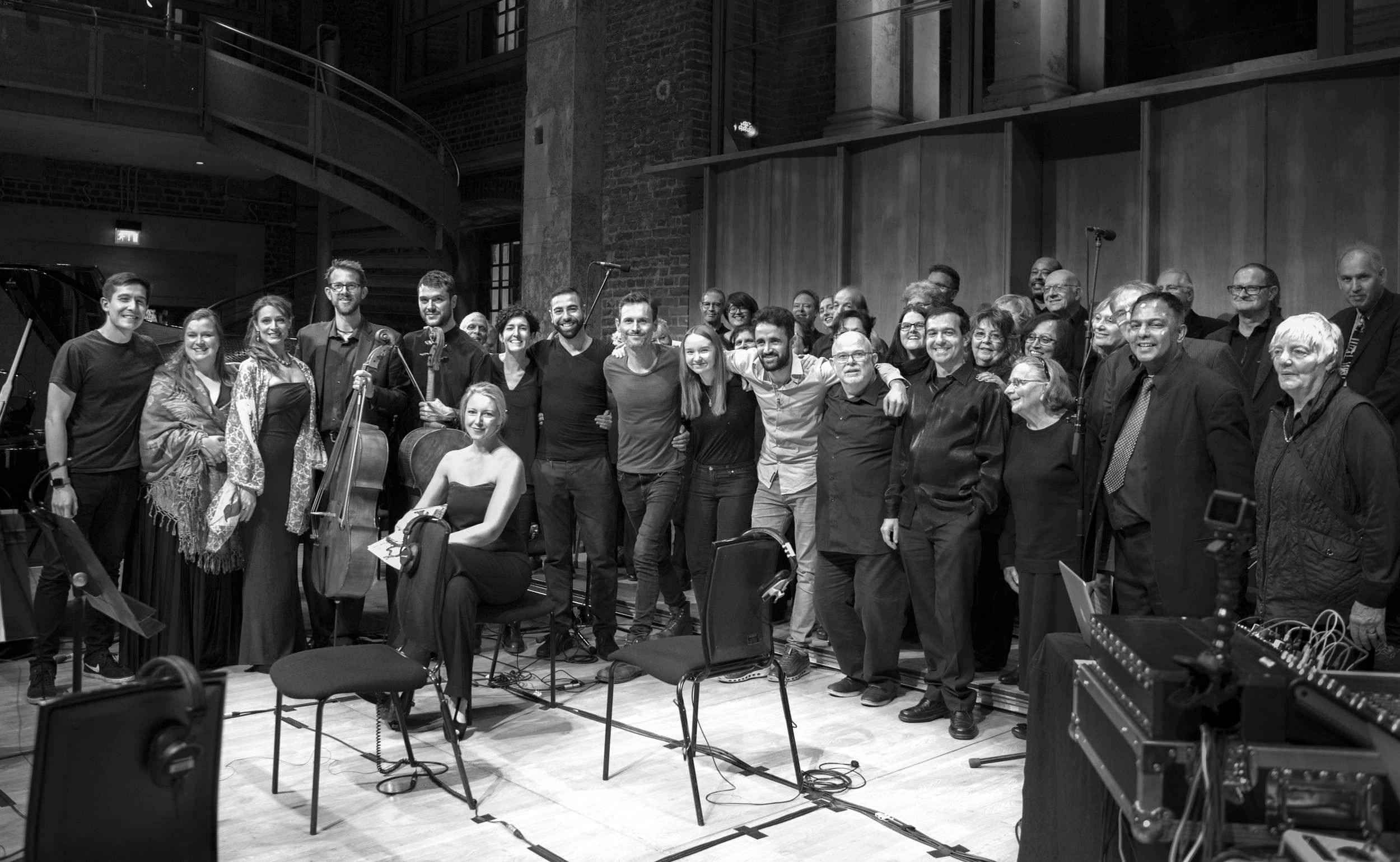
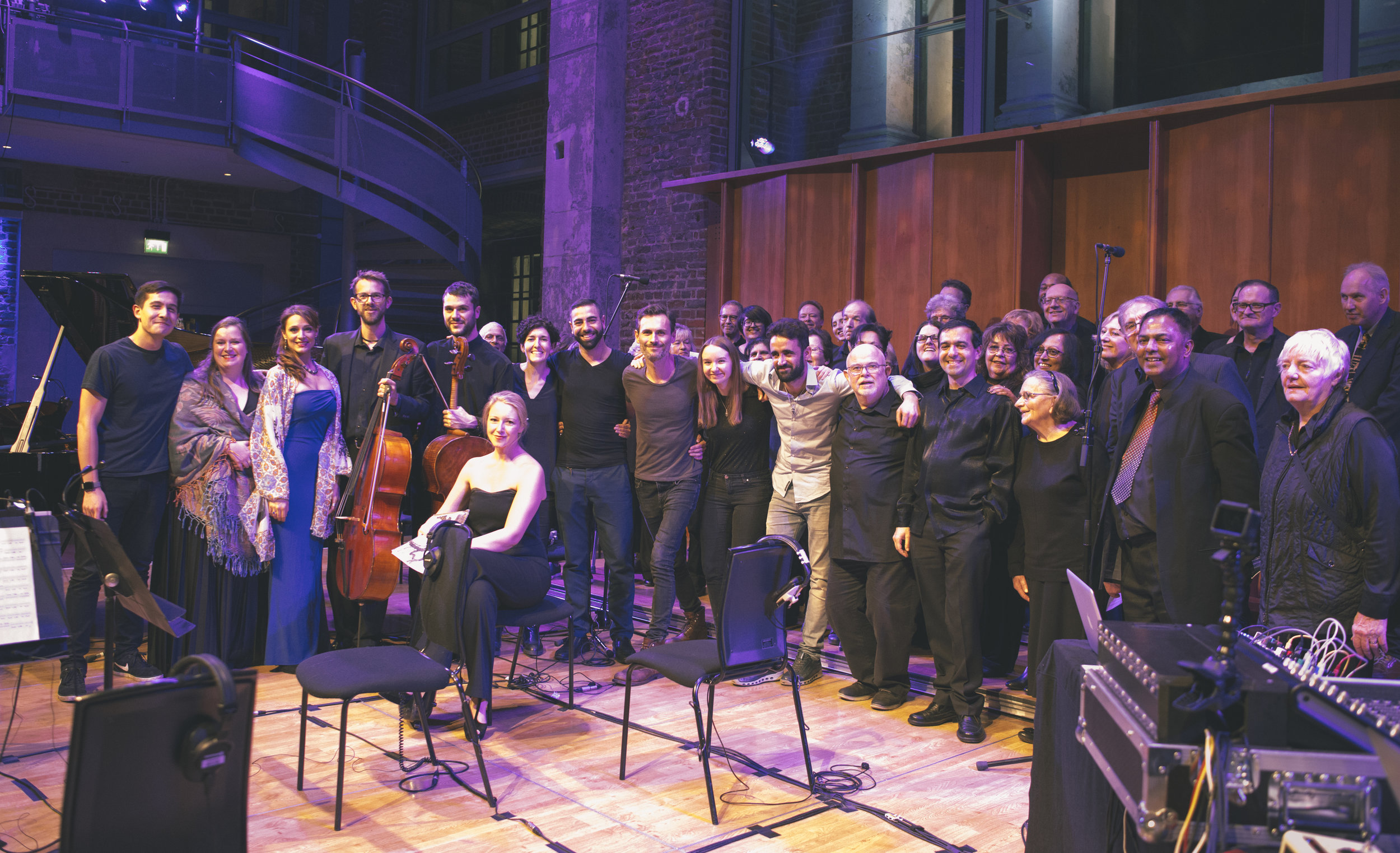
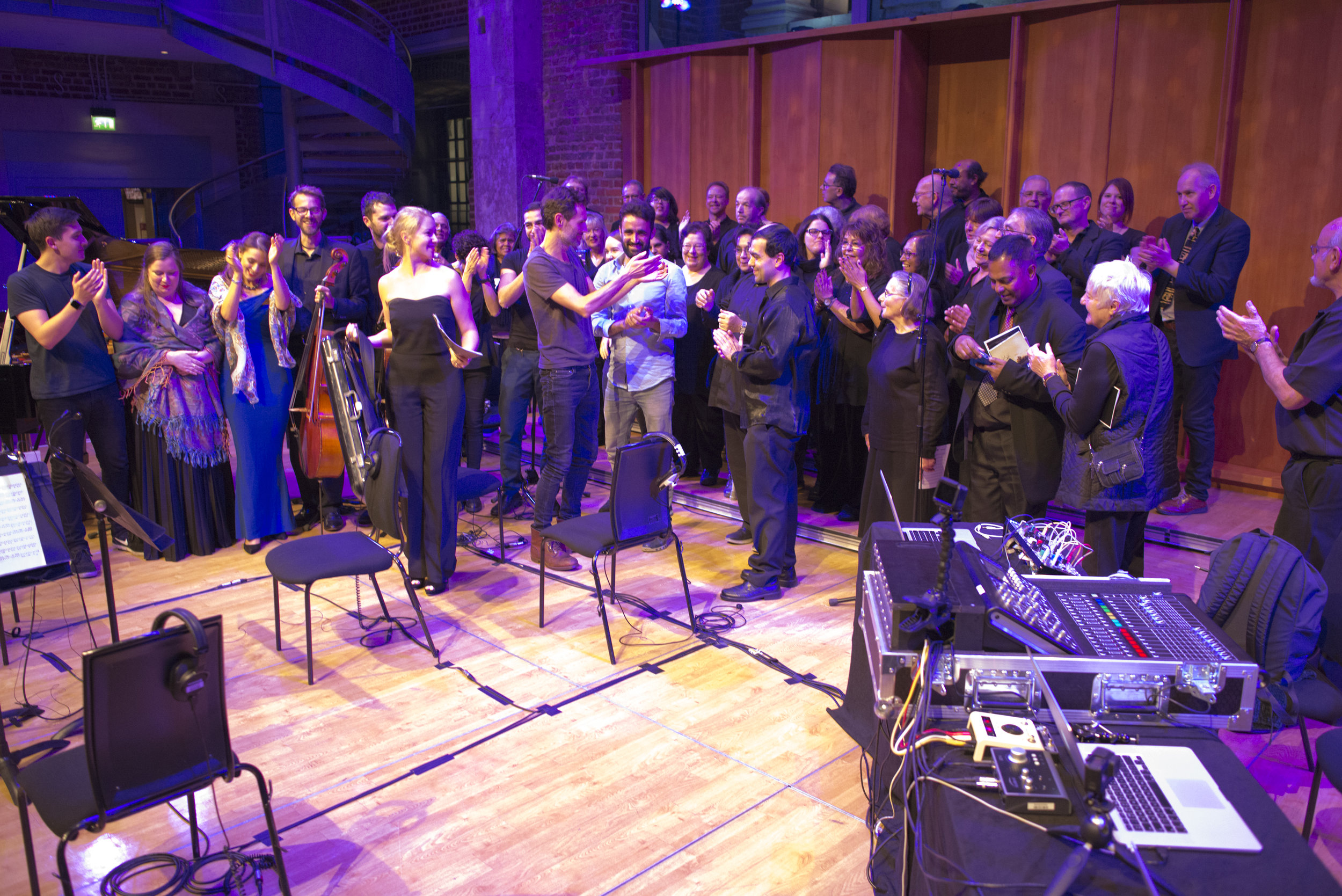
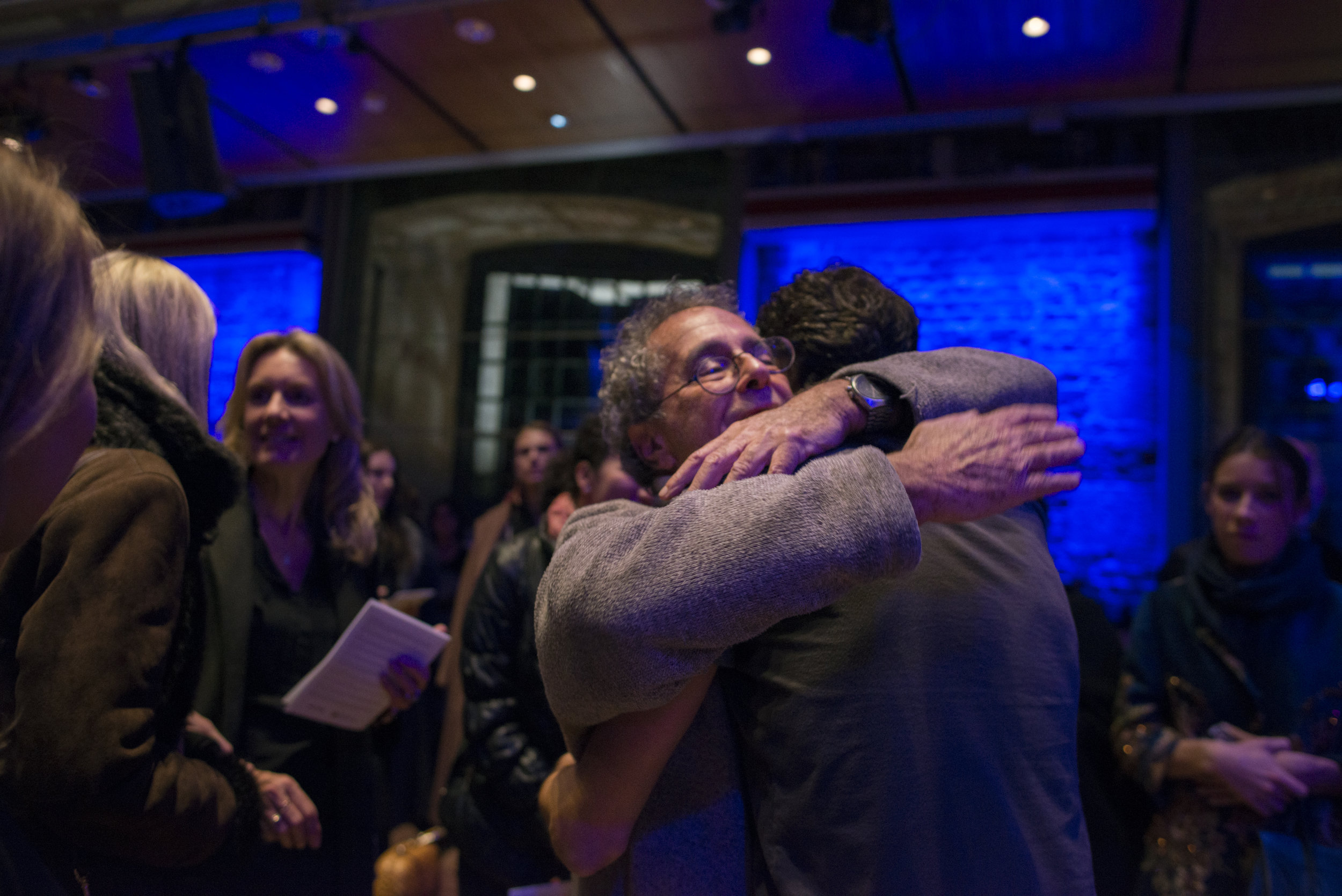
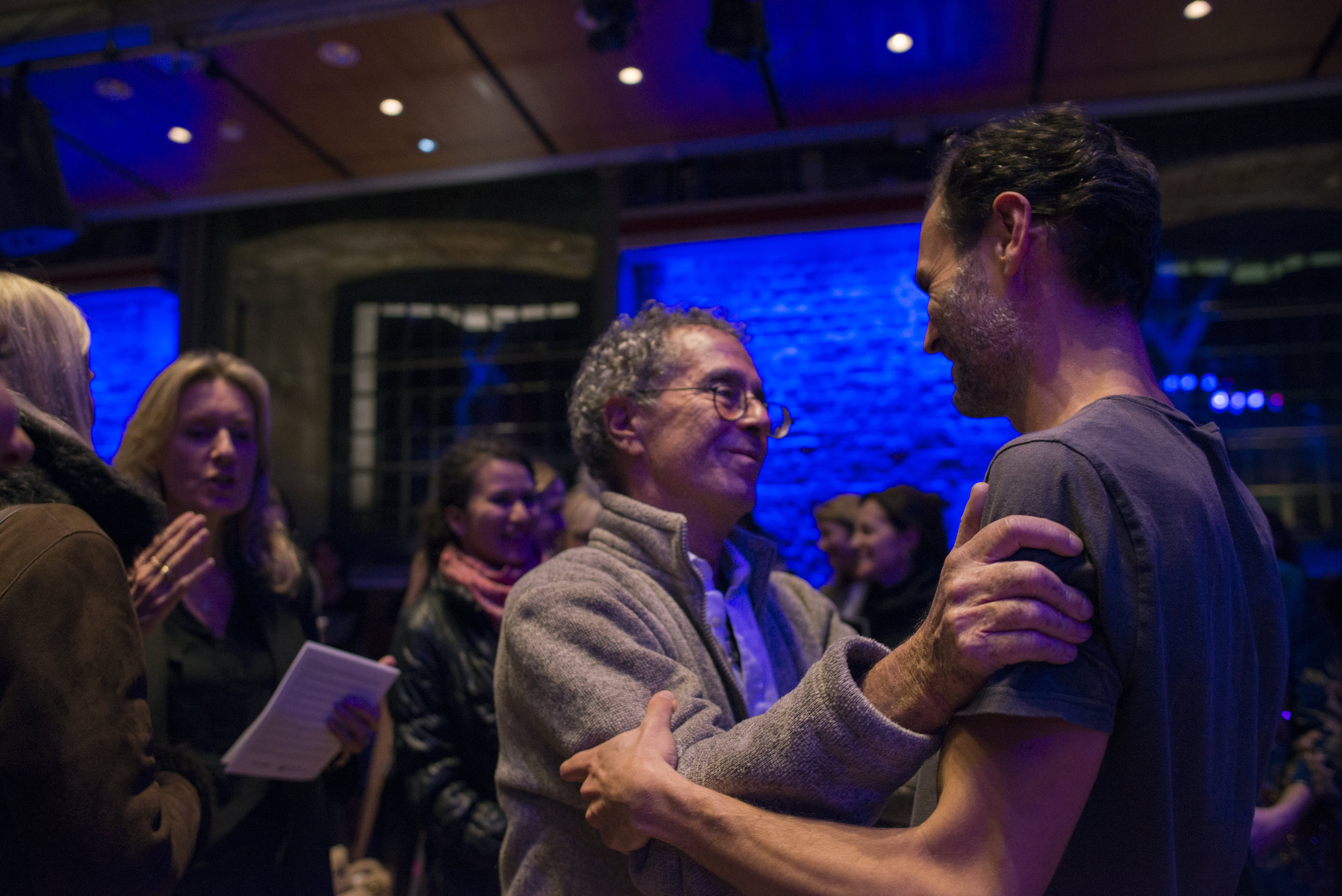
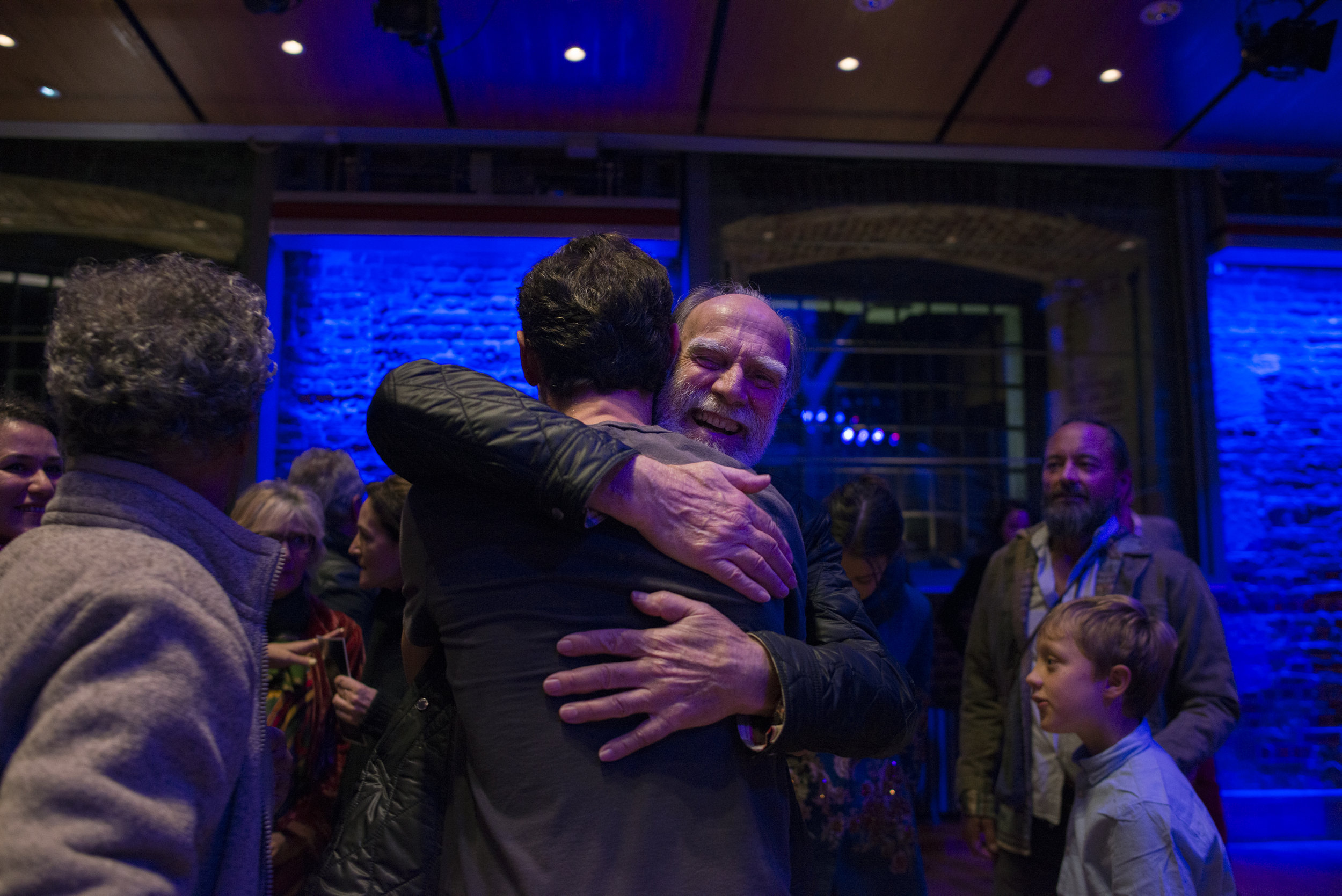
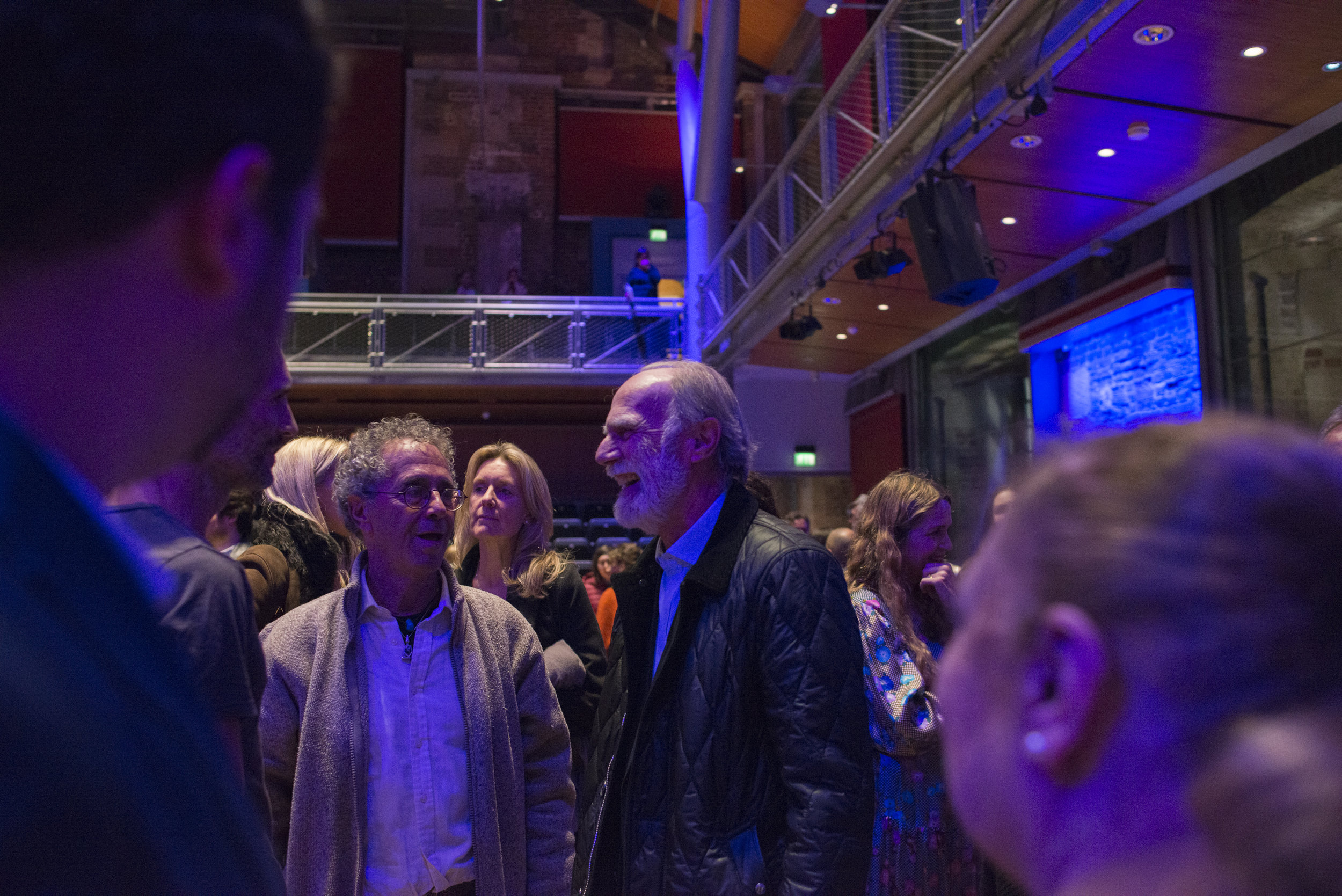
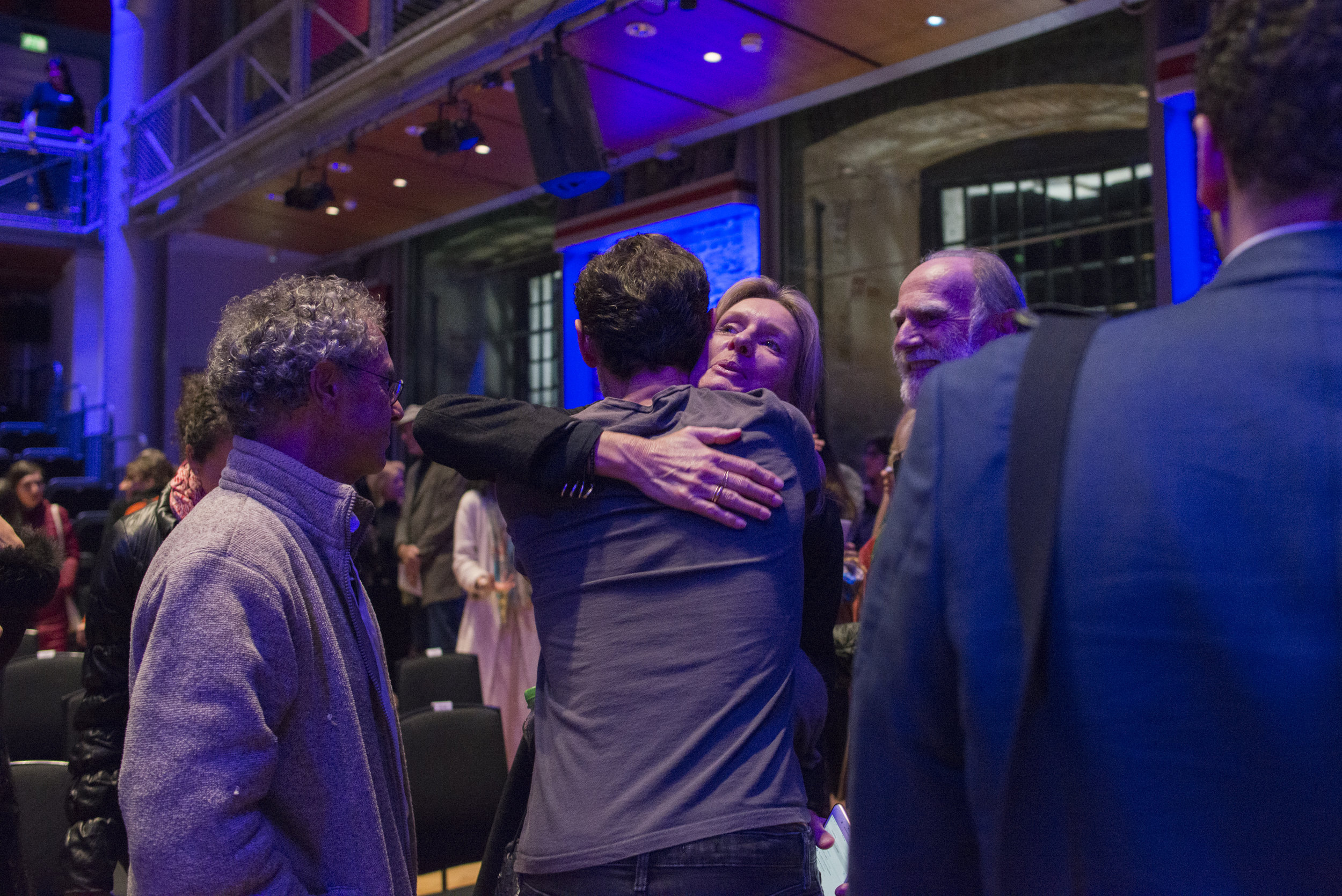
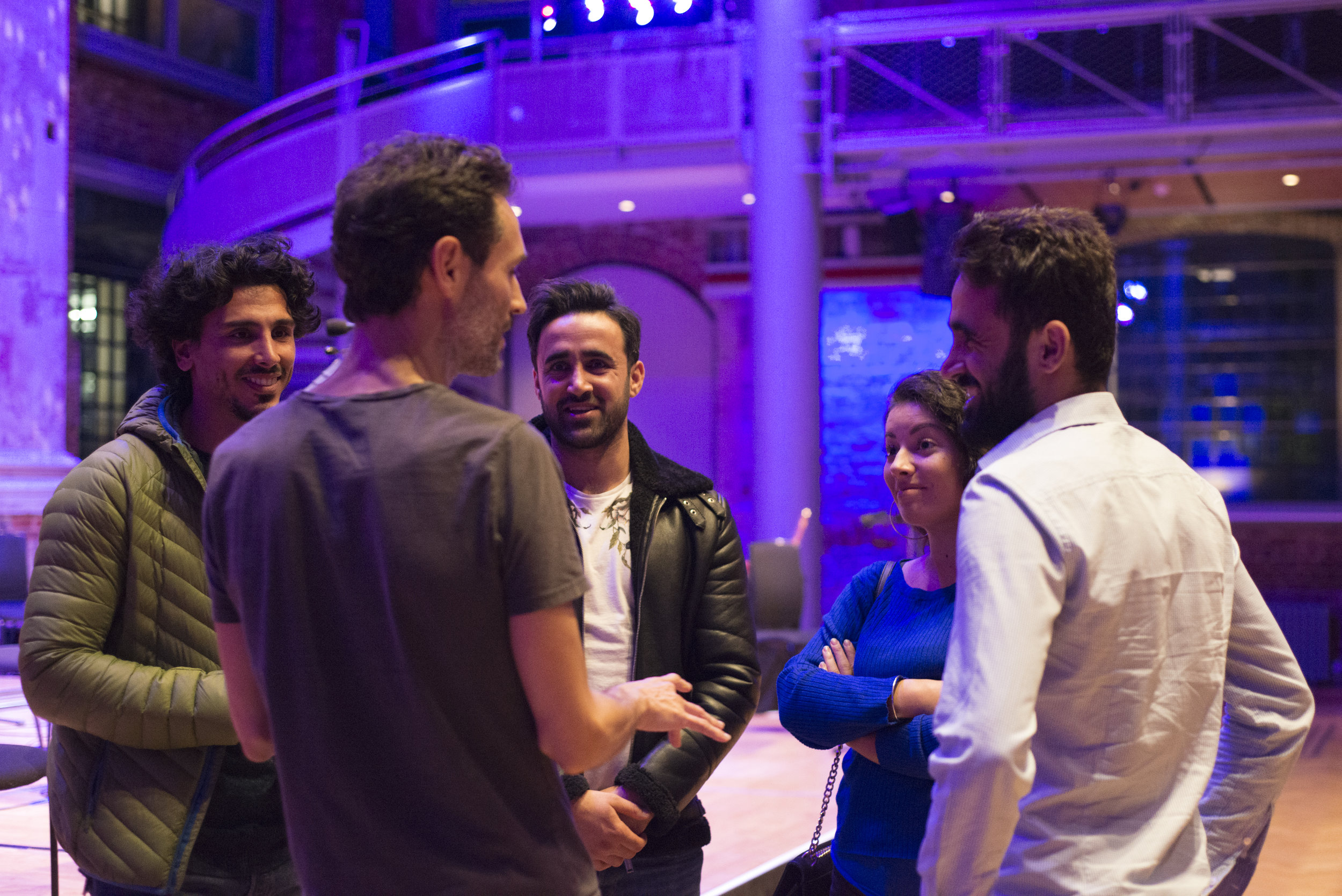
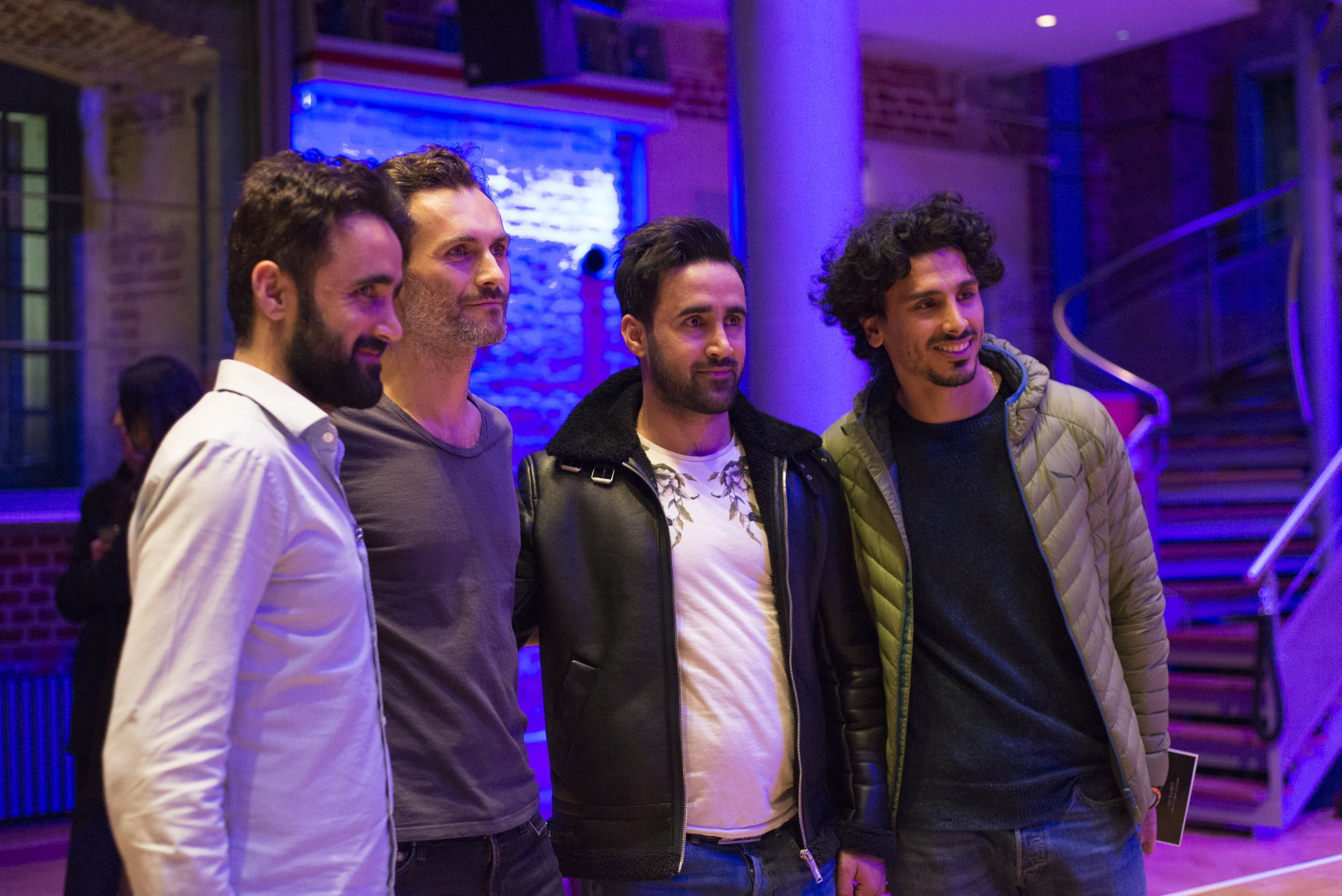
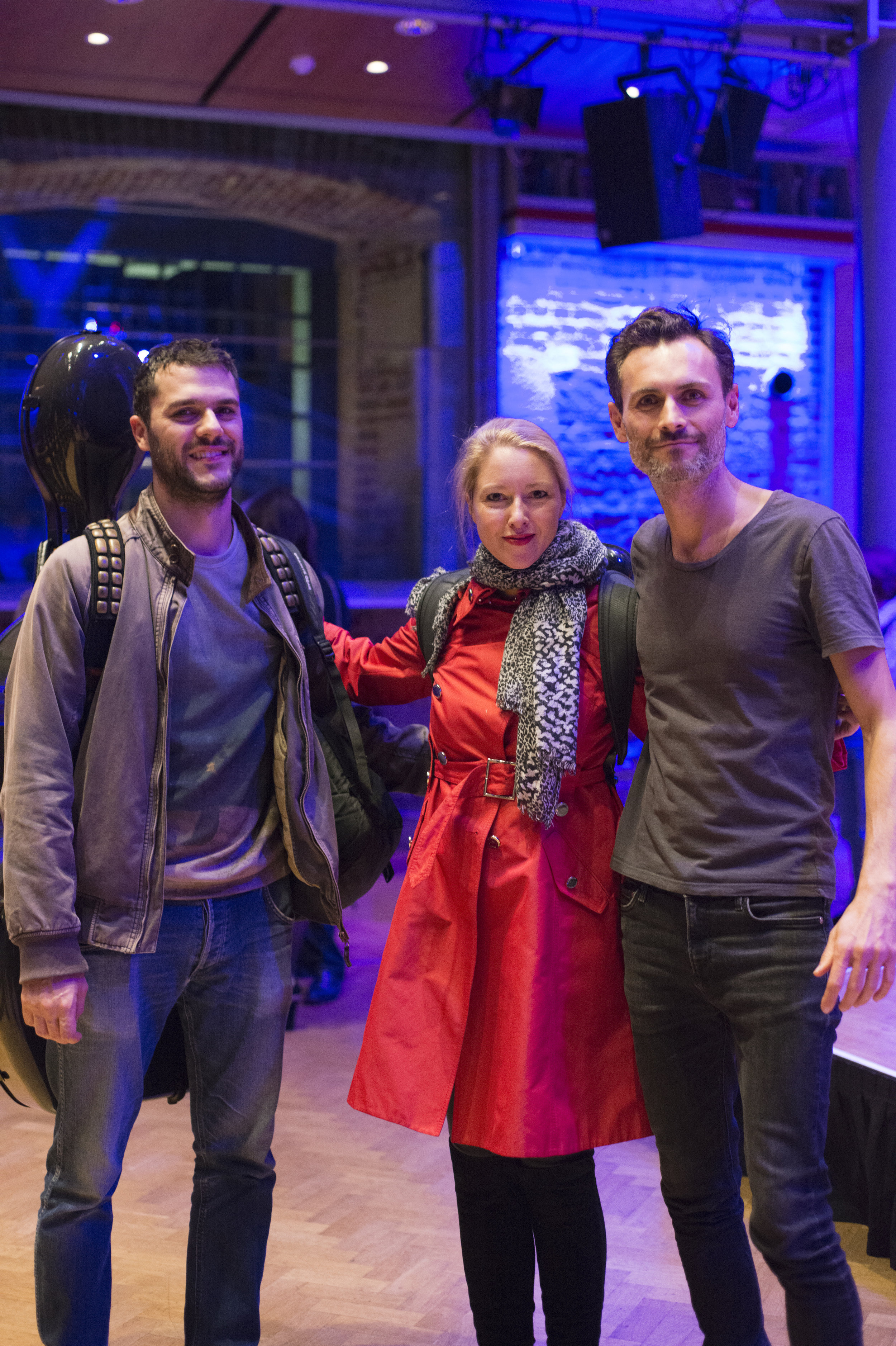
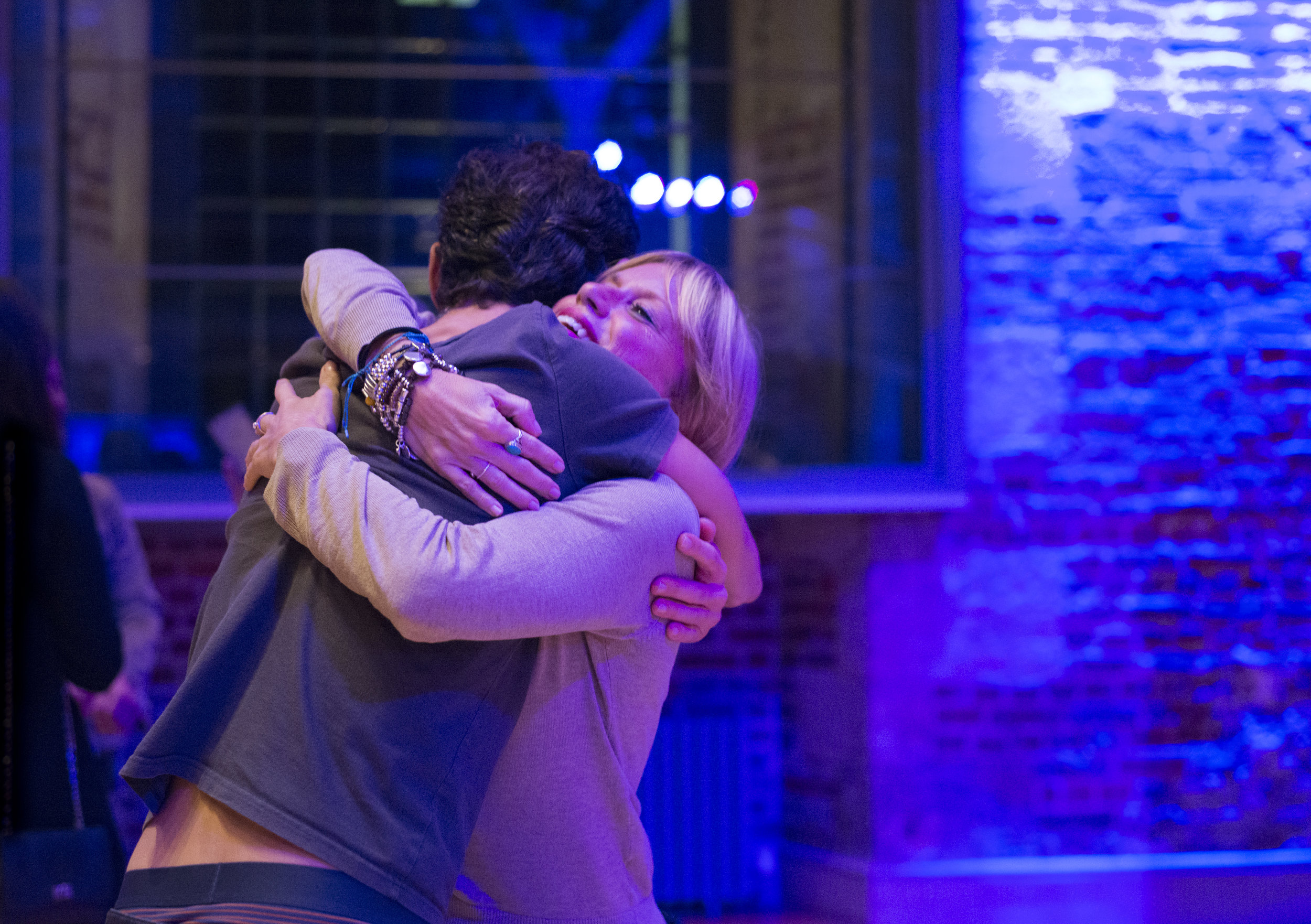
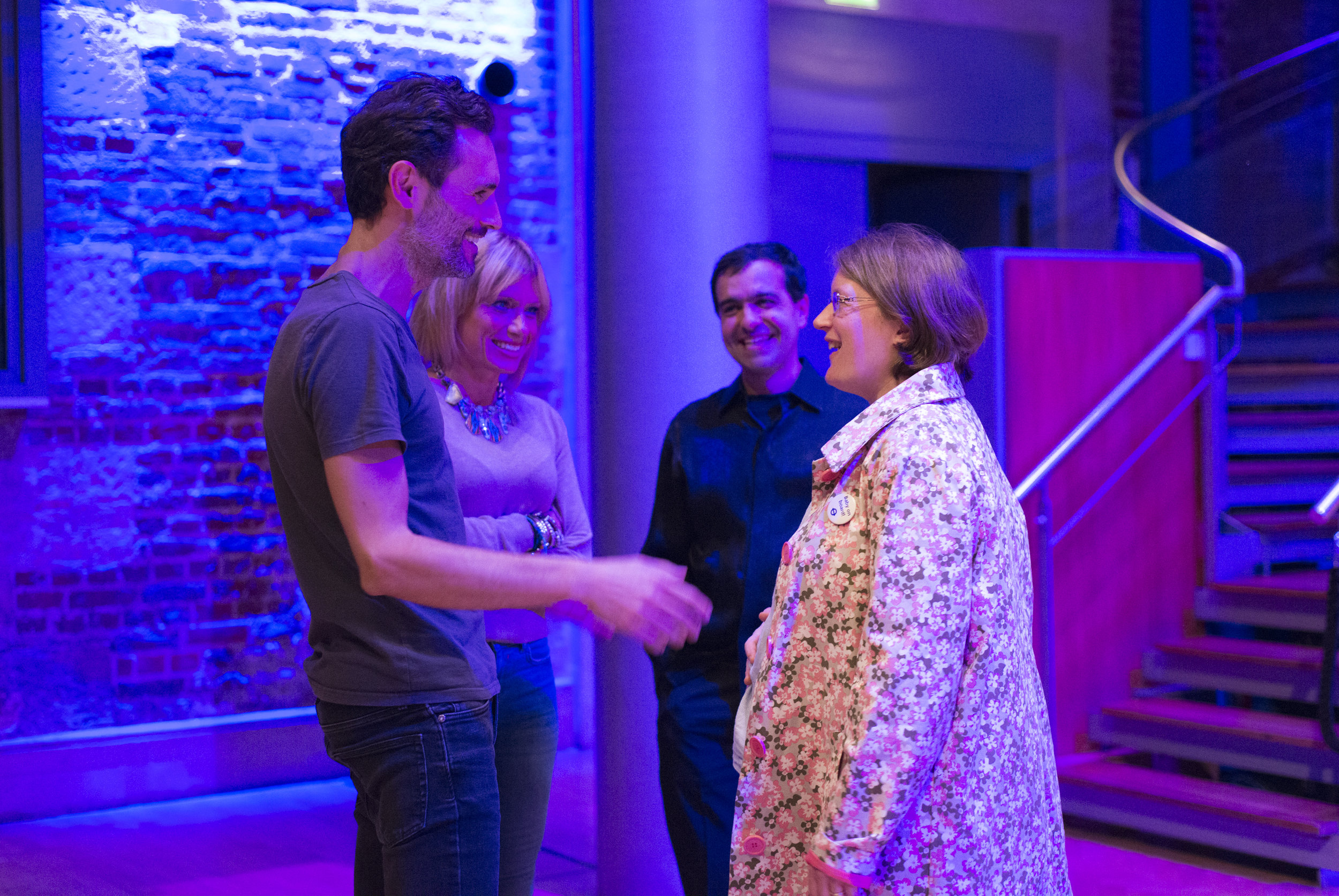

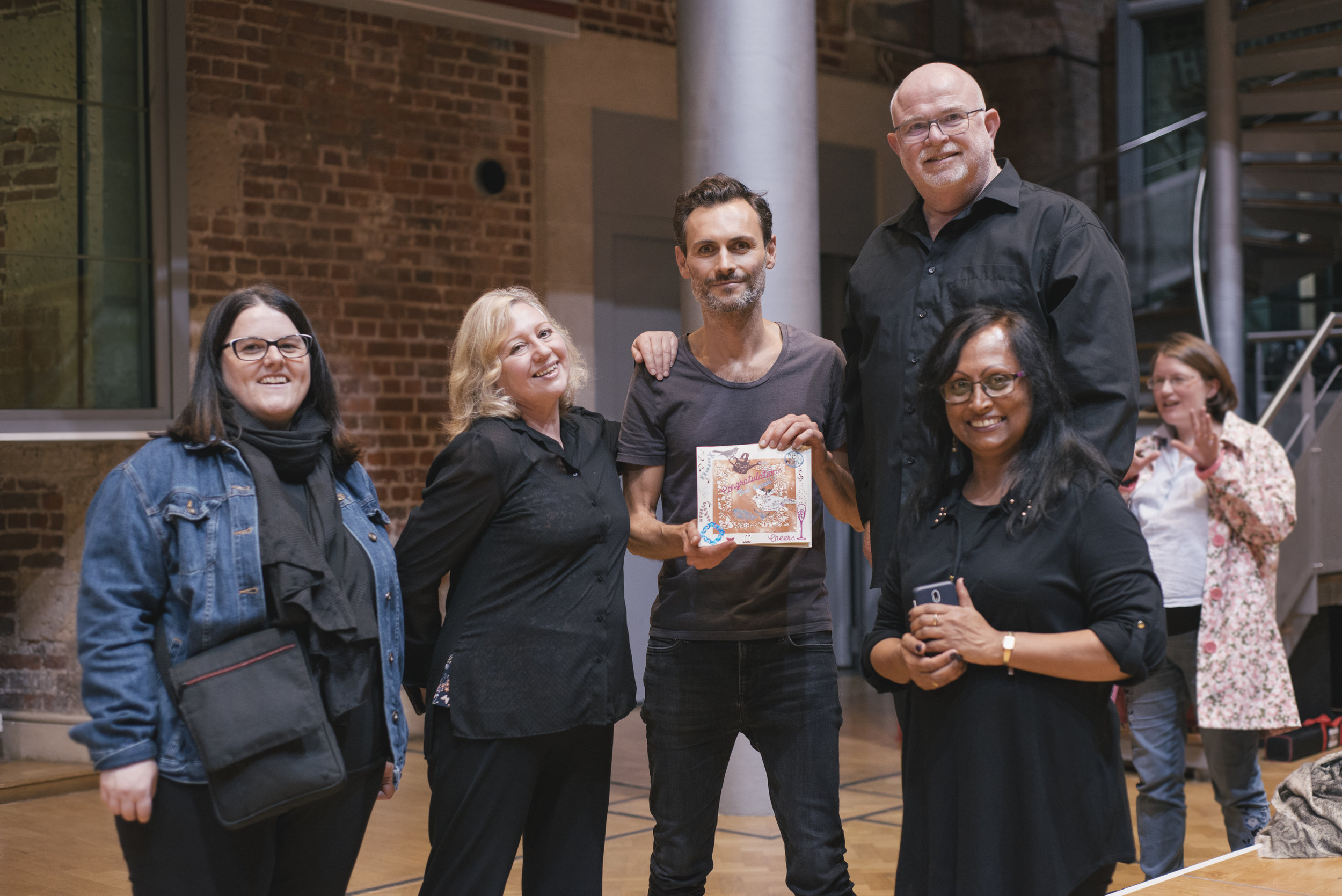
2045: The year man becomes immortal (2016)
Death/Integration/Transcendence
Chamber piece for piano, cello, violin, cor anglais, percussion, synthesizer, bass guitar, electronics, soloist voices and mixed choir.
2045: The Year Man Becomes Immortal takes its name from the eponymous Time Magazine article by Lev Grossman (Grossman 2011). The article explores Ray Kurzweil’s vision of Technological Singularity, a new era predicted by the techno-scientific community to arrive by 2045. This era envisions a merging of man and machine, effectively transforming humans into machines capable of halting the ageing process and achieving indefinite life. Through this futuristic paradigm, the piece examines the efforts of our technocratic society to overcome death, asking profound questions about the purpose of mortality and whether there is meaning in the act of dying. Ray Kurzweil graciously permitted his voice and teachings to be used in the piece.
Counterpoint Perspectives
To contrast Kurzweil’s vision, the piece draws on:
Dozens of Near-Death Experience (NDE) accounts,
Eastern philosophical traditions, and
Shamanic perspectives on death.
Structure and Metaphor
The piece is structured into five sections, mirroring the five stages of a fruit tree:
The tree flowers,
The flower becomes a fruit through metamorphosis,
The fruit falls to the ground,
It perishes and exposes the seeds, and
The seeds grow into a new tree.
This structure serves as a metaphor for the cyclic nature of life.
The first three sections form a block representing life to death, while the final two sections constitute a block exploring the immortal nature of the human soul.
The timeline of the piece is divided at the Golden Ratio, with the individual segments following the proportions of the Fibonacci Sequence, reflecting the mathematical beauty of nature’s cycles.
Premiere and Reception
The piece premiered at St. James's Church, Piccadilly, London, on 6 July 2016, featuring:
Countertenor Oliver Gerrish and soprano Meeta Raval,
In collaboration with the Tête-à-Tête Opera Festival.
A second performance, commissioned by Lady Marina Cowdray, took place at Cowdray Park on 9 July 2016. Both performances received standing ovations and unanimous praise. The piece was selected as one of the Five of the Best Classical Concerts by The Guardian and featured on BBC Radio 3.
Explore the Composition
By pressing the button below, Inside 2045, you can access detailed insights into the piece’s compositional intentions and creative process.
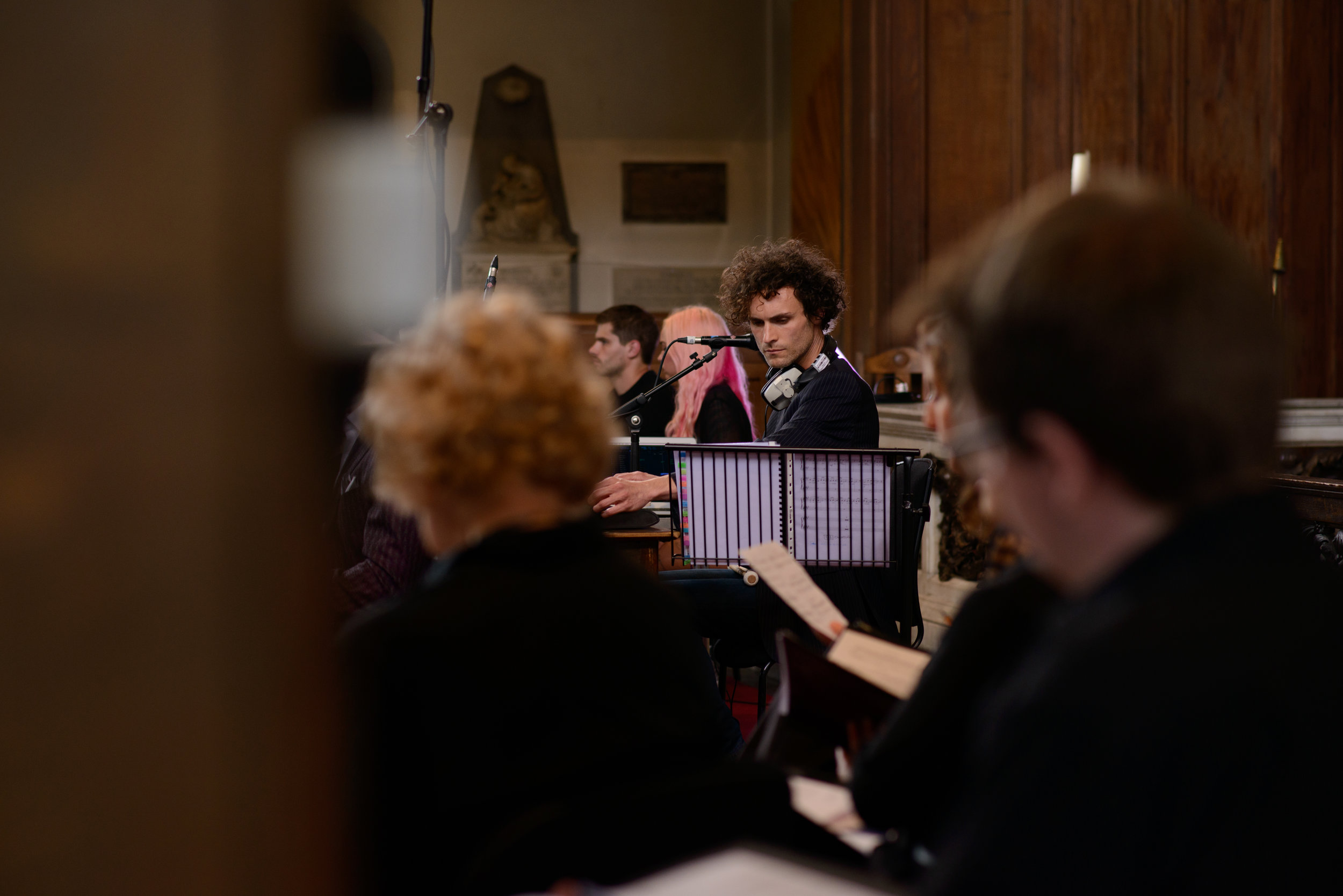
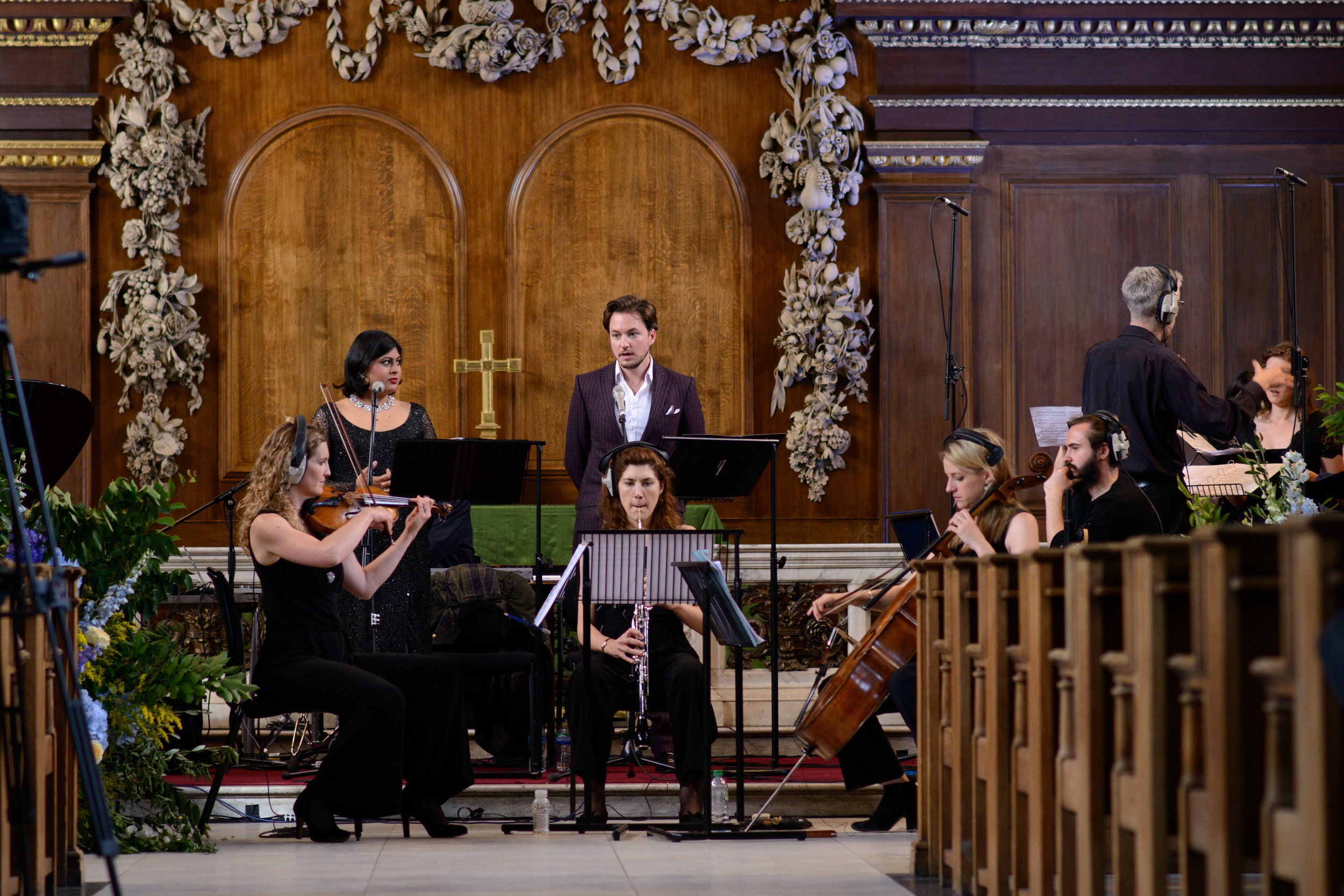

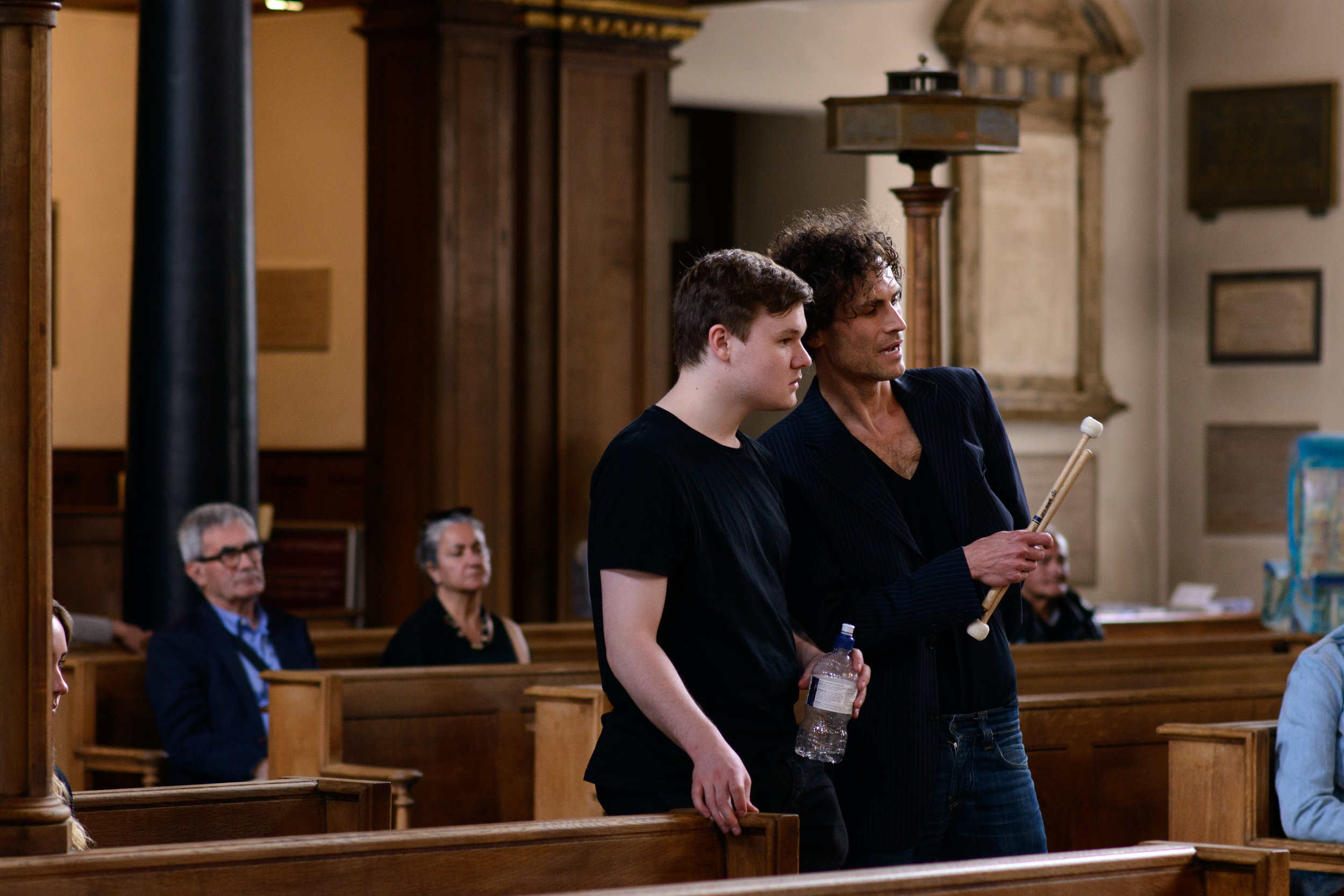
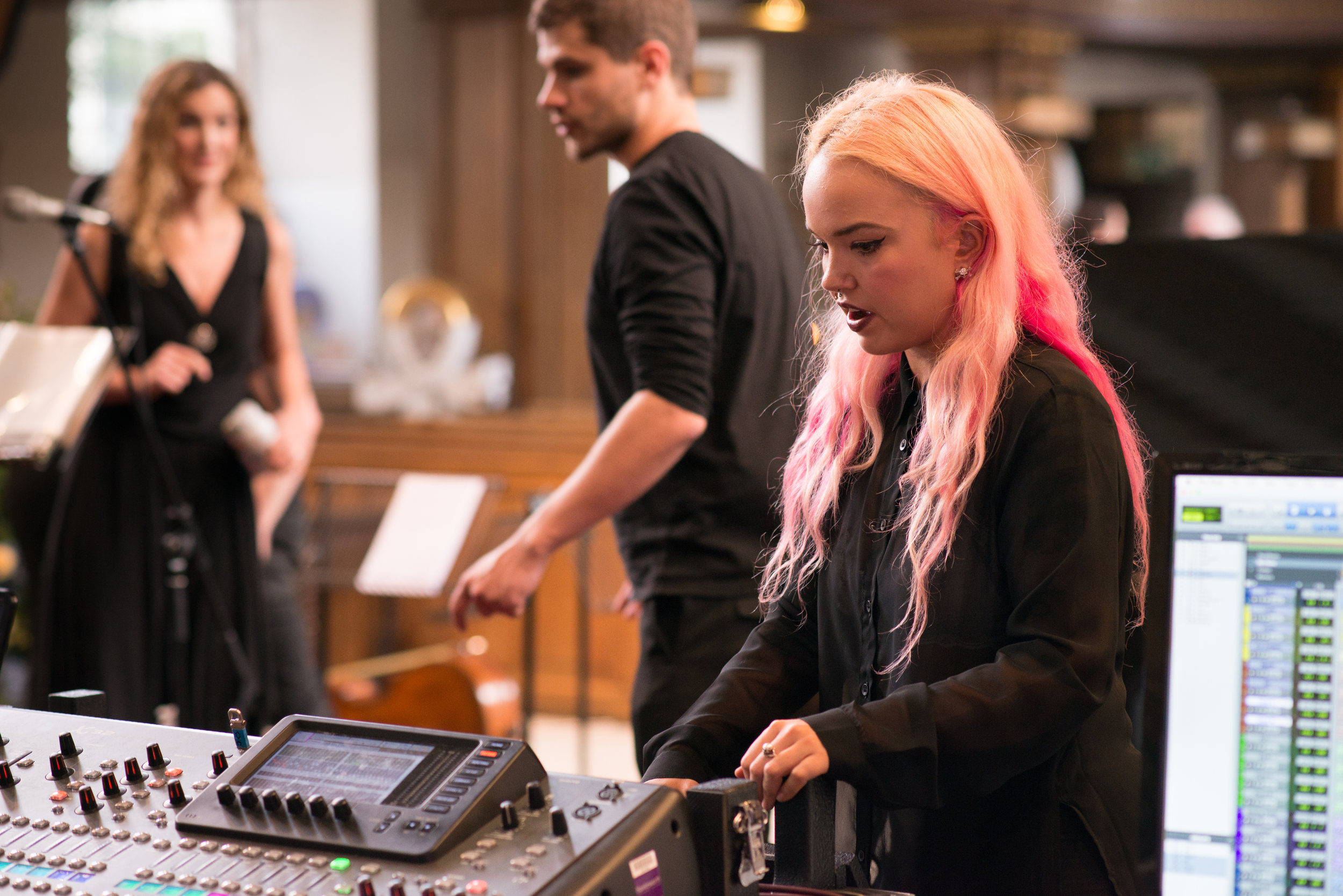
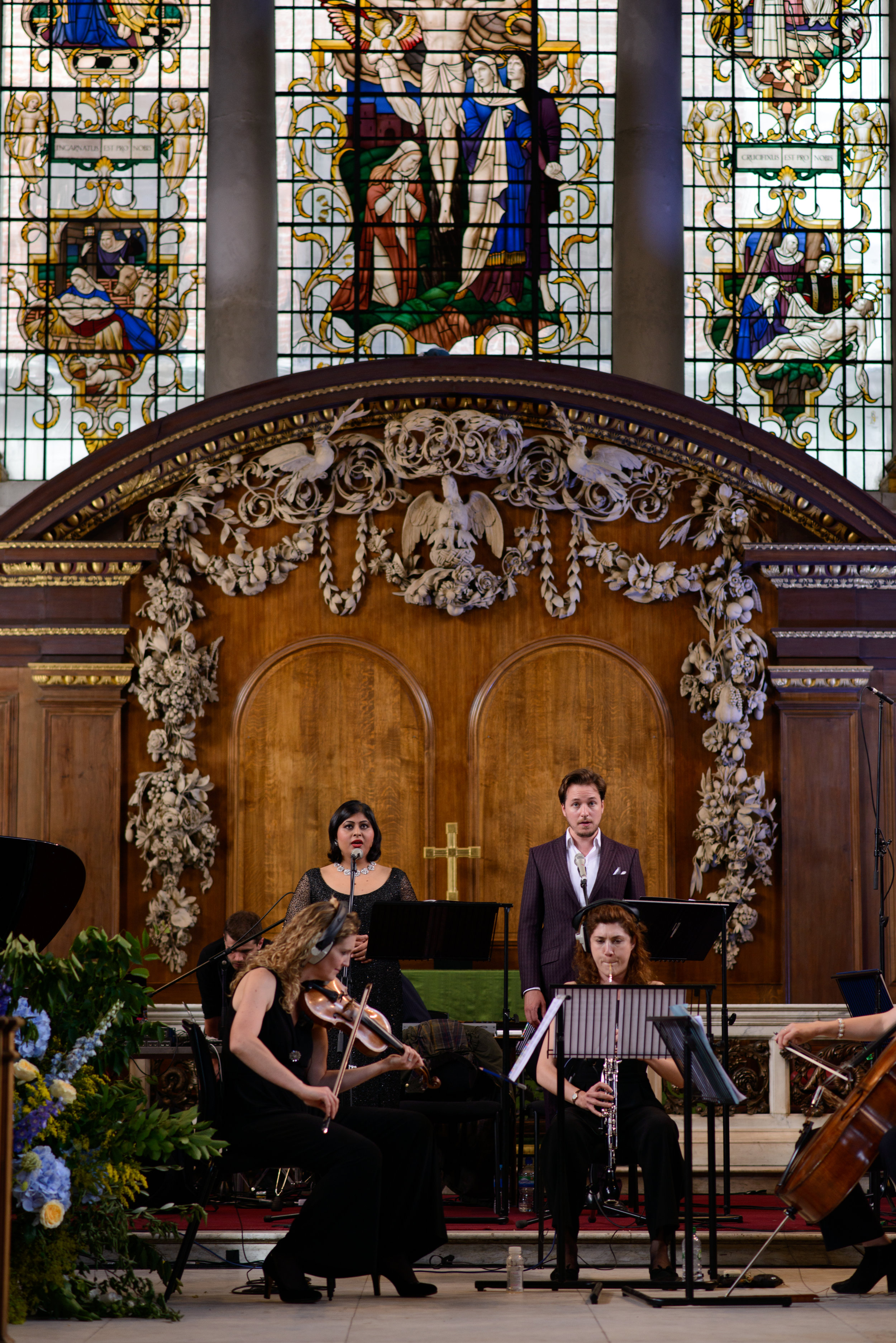
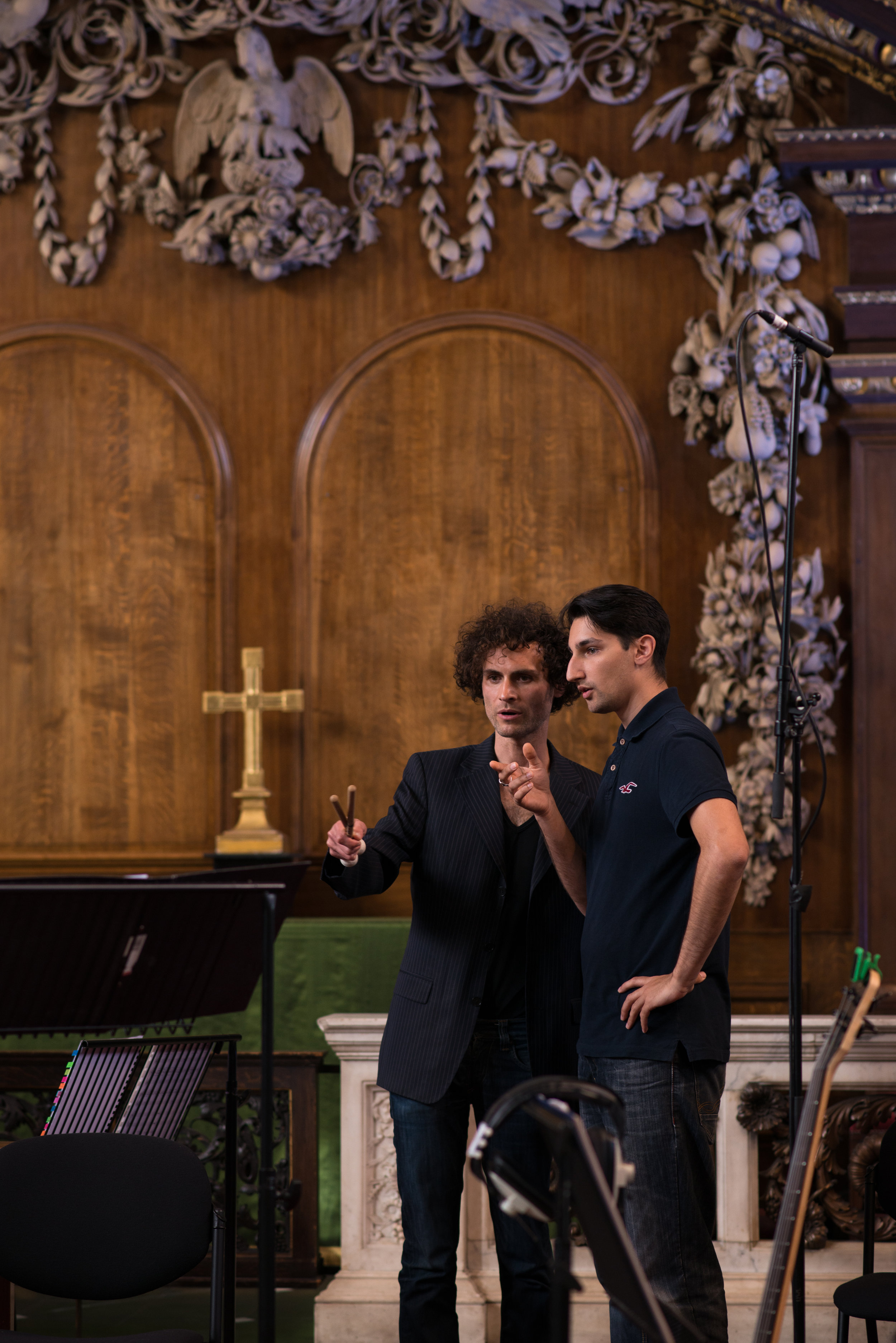
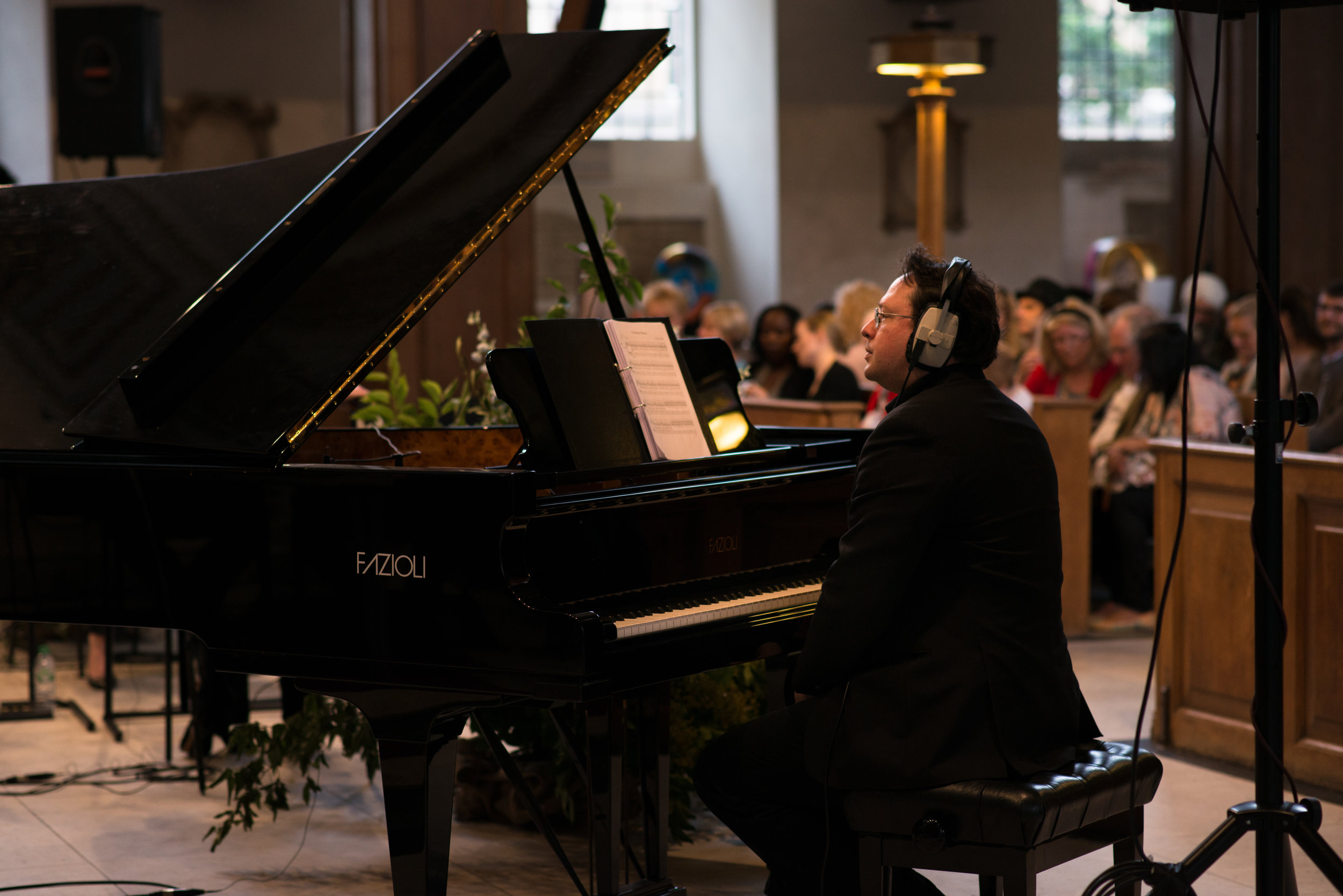
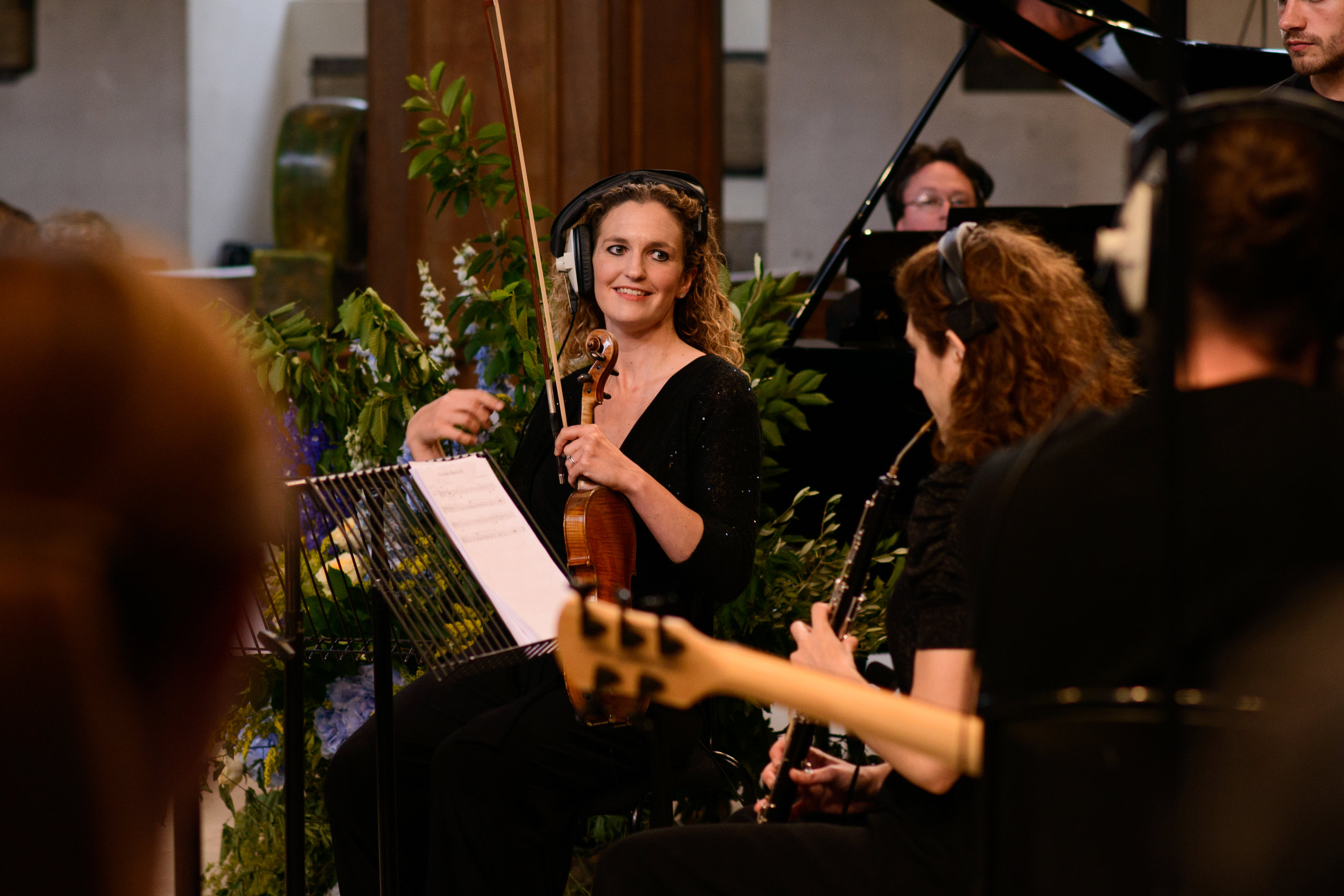
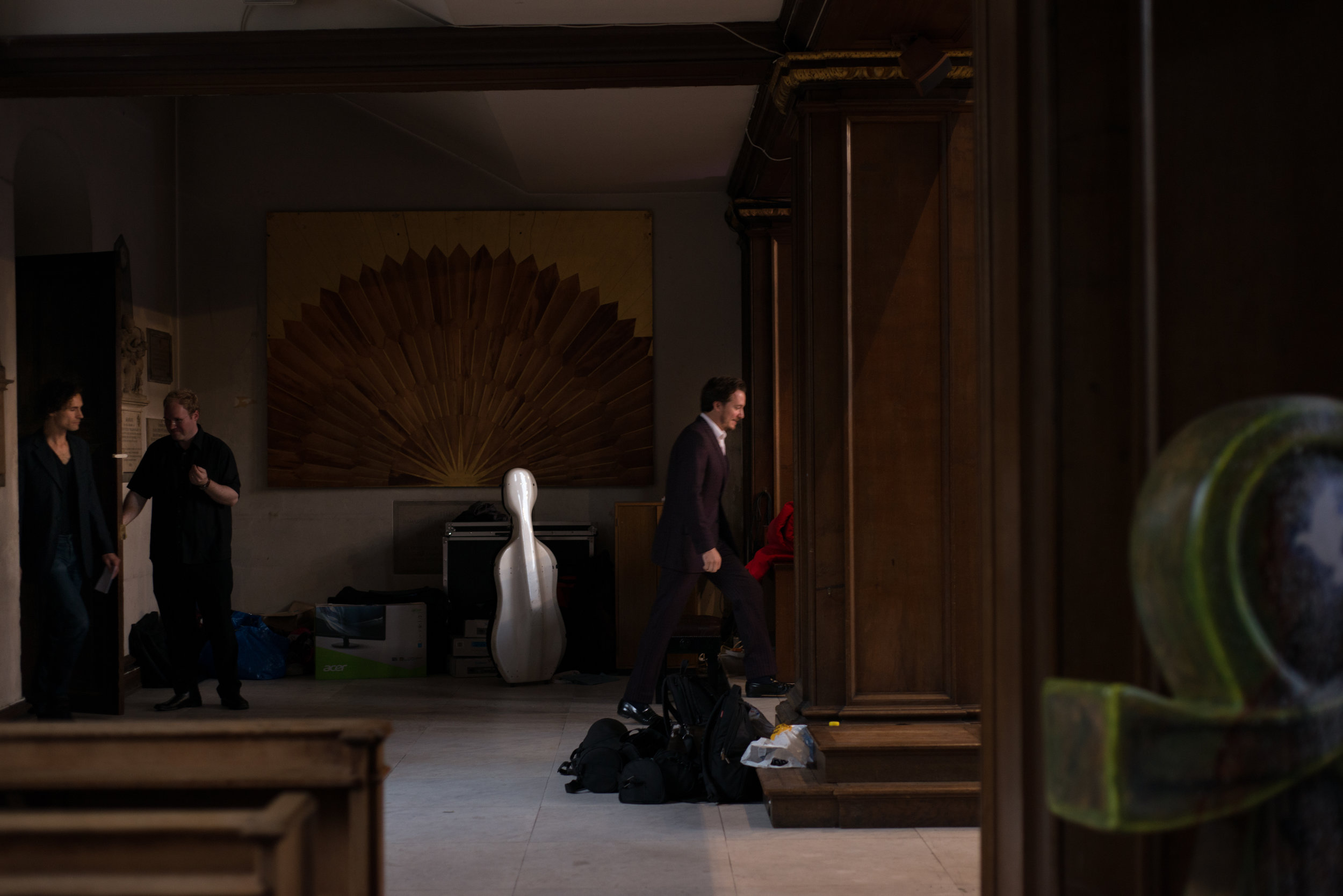
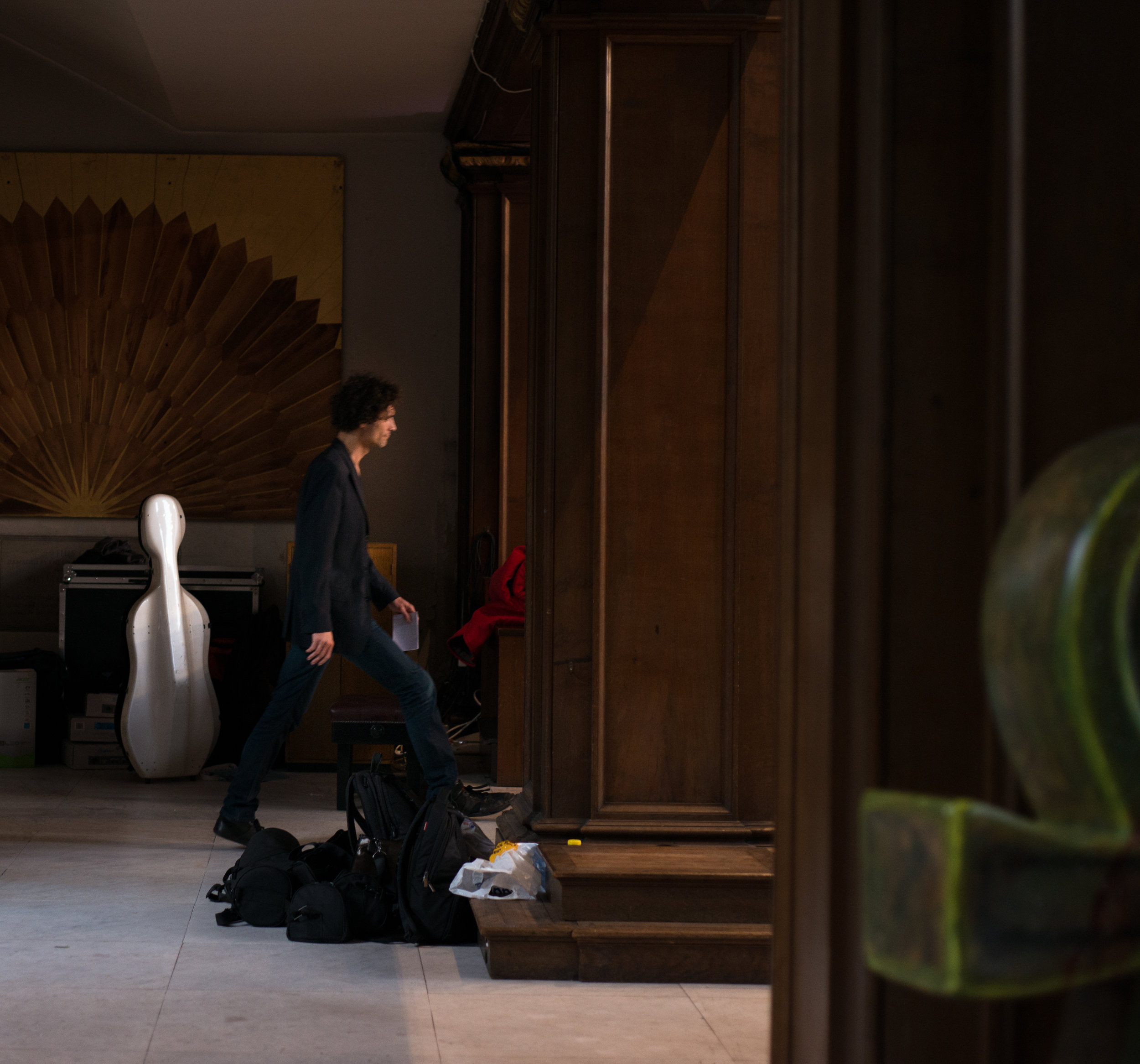
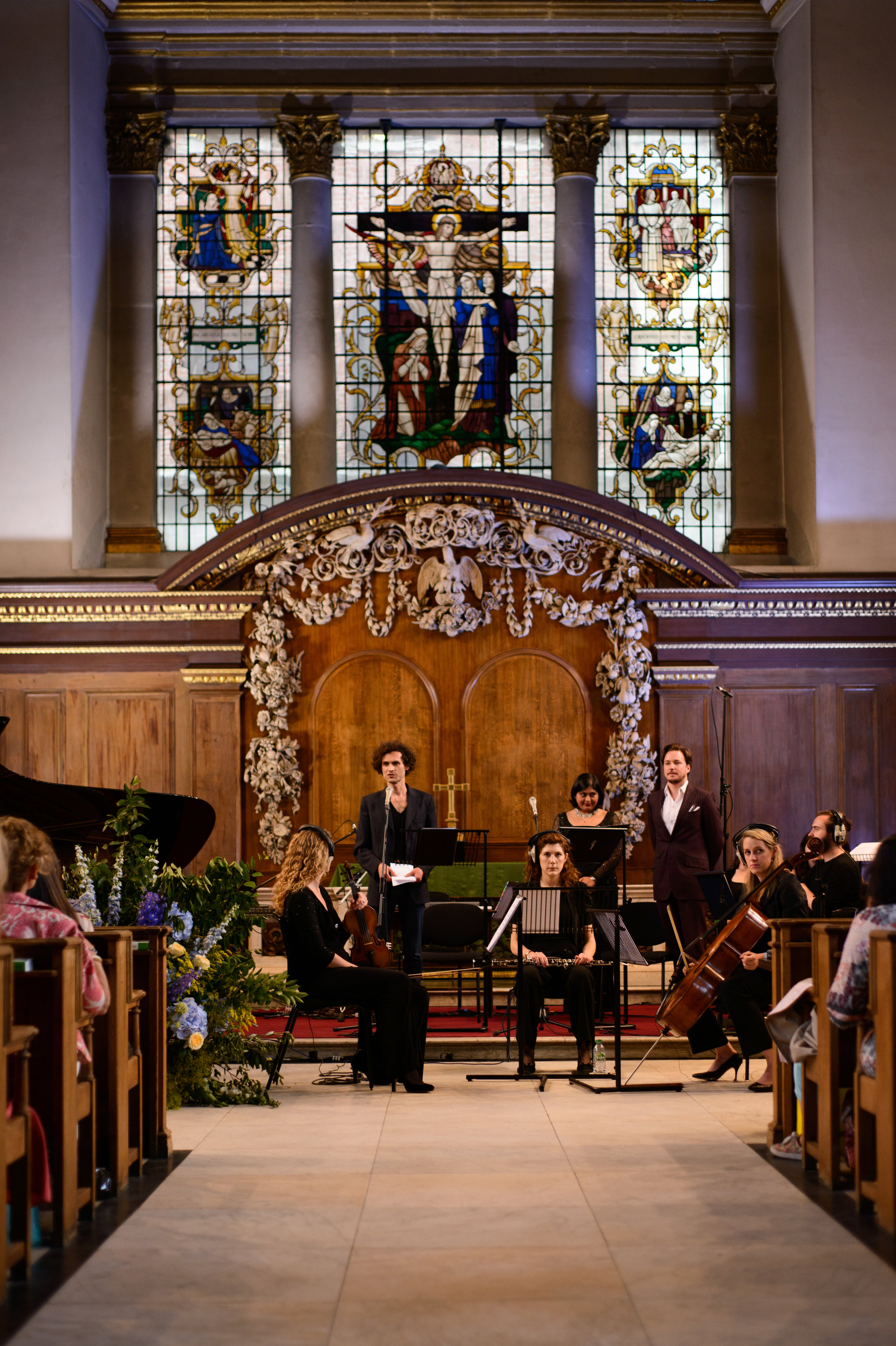
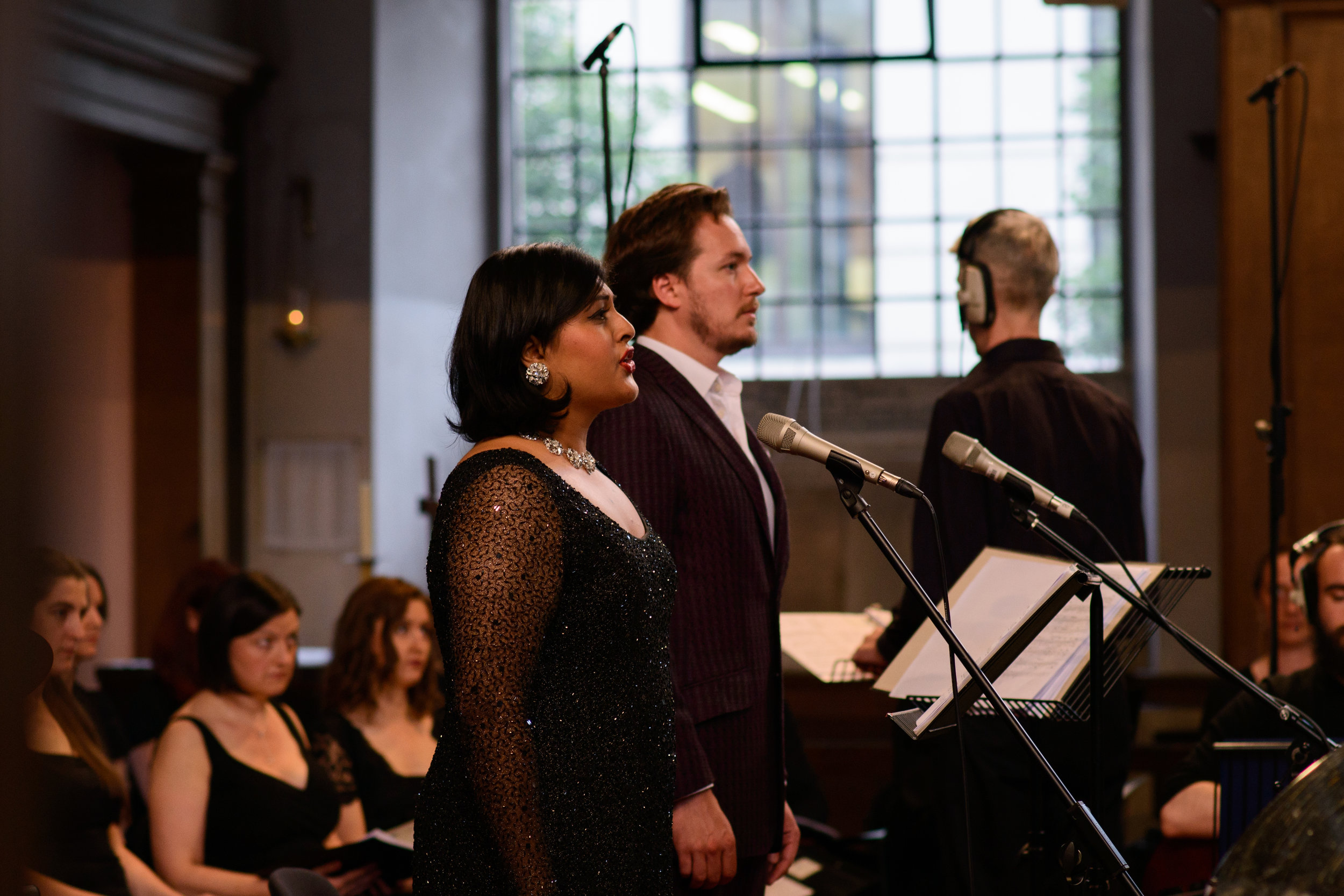
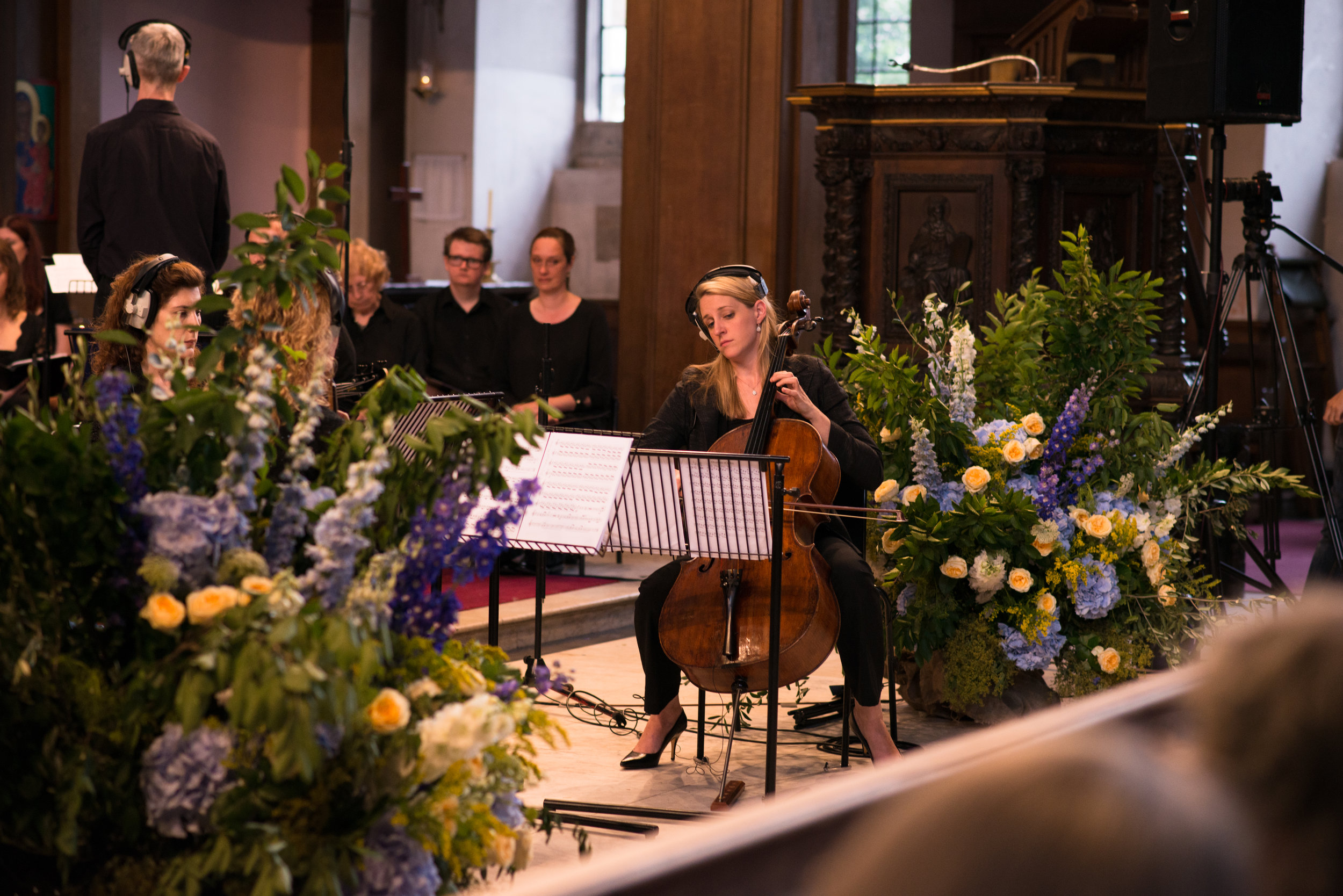
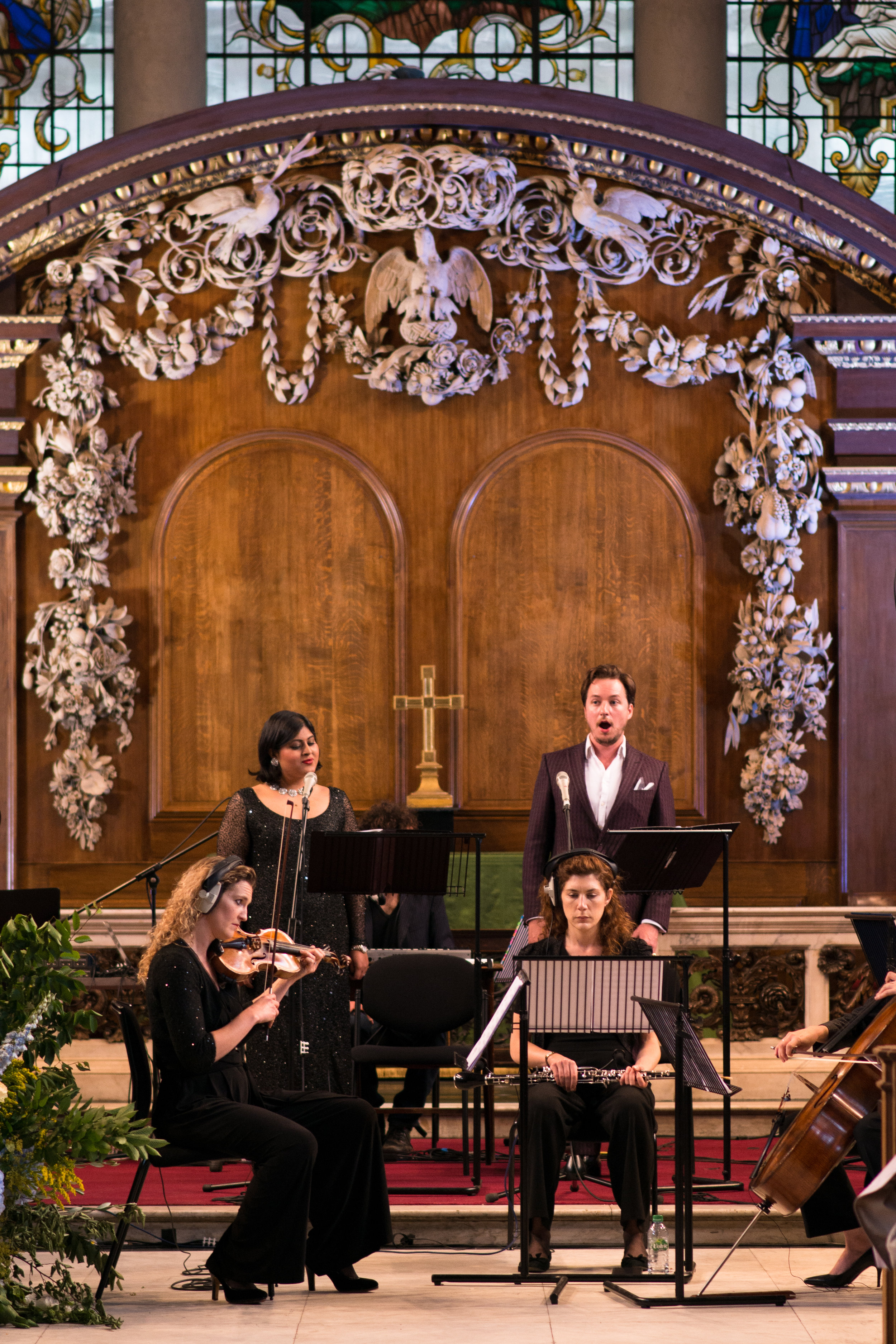
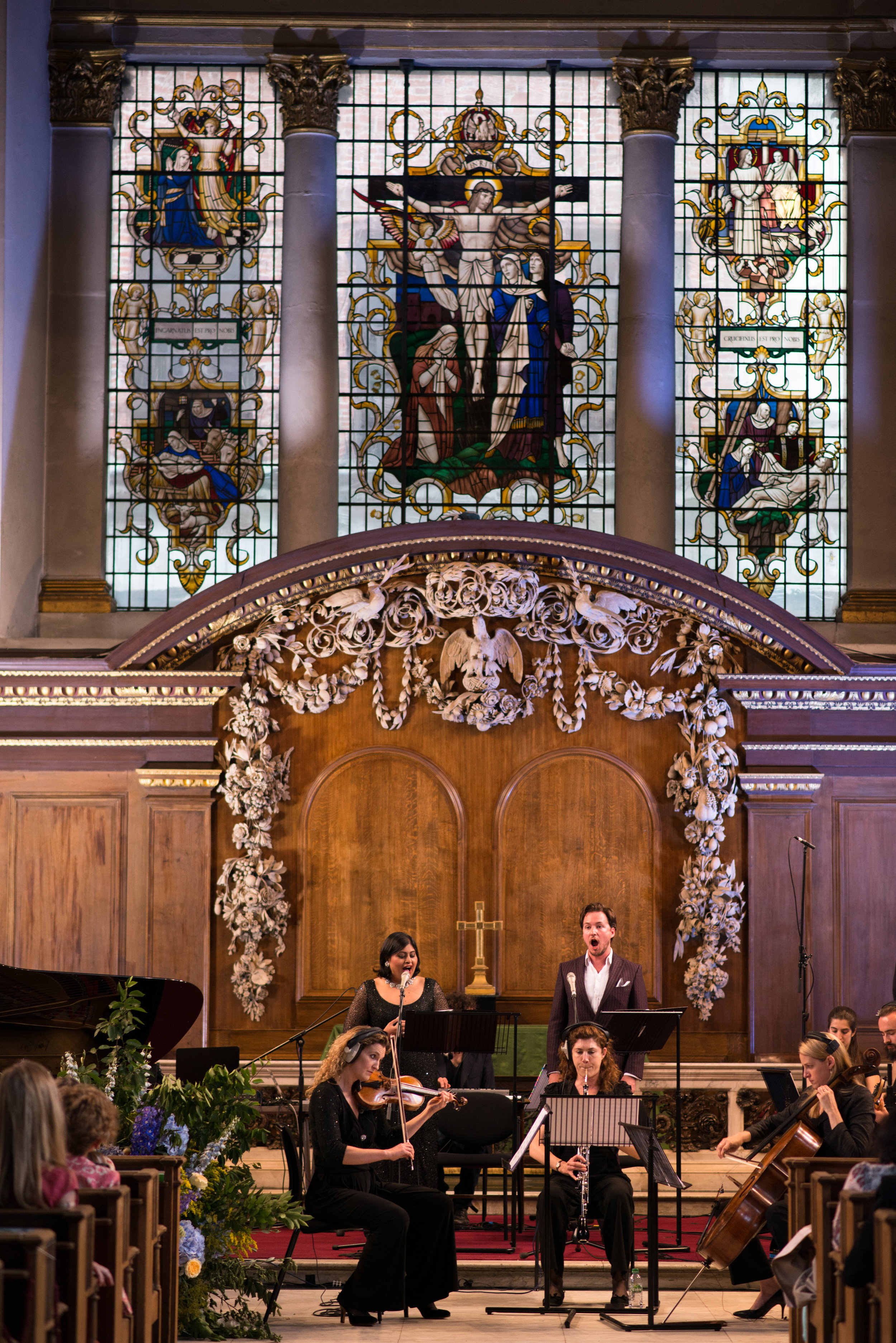
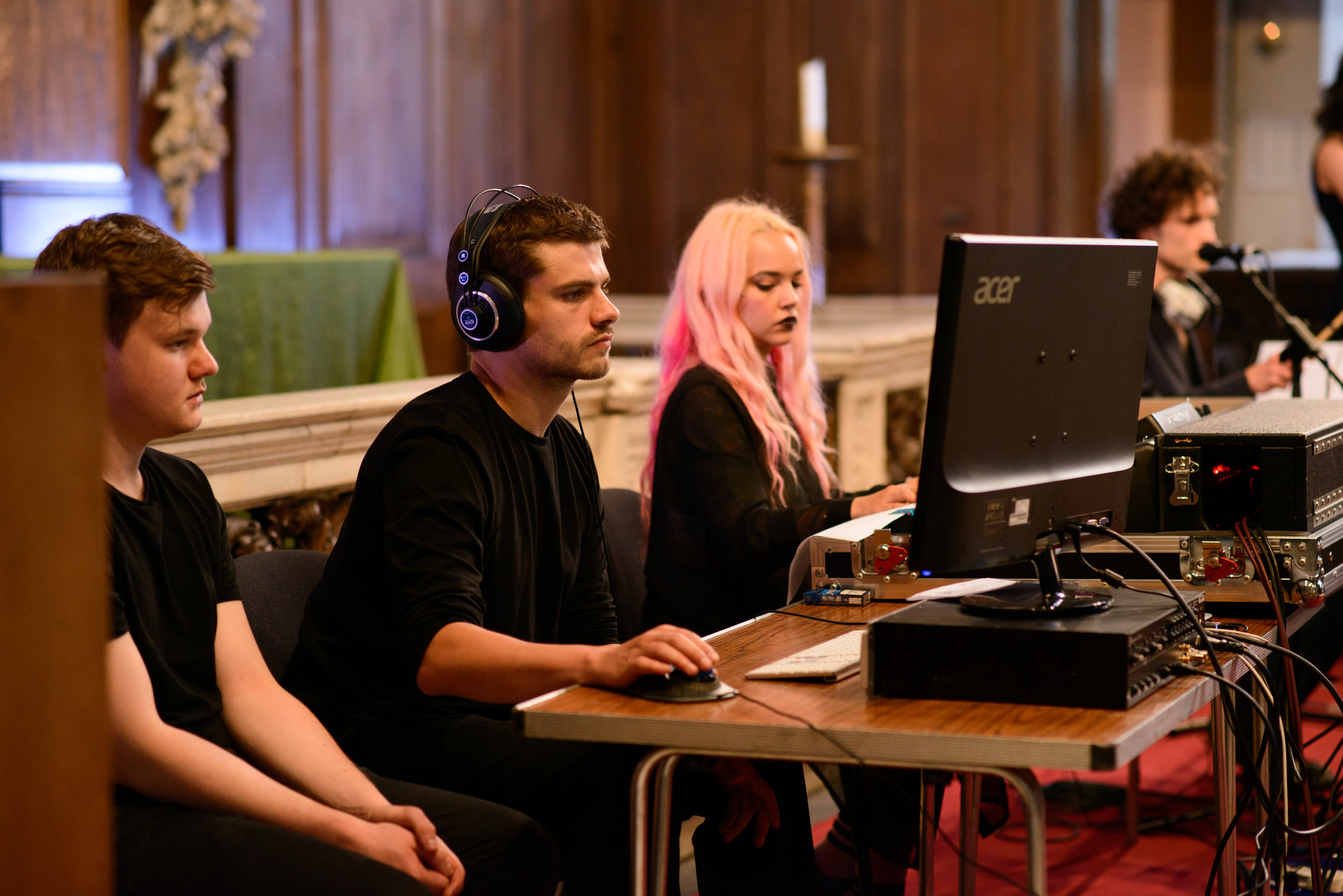
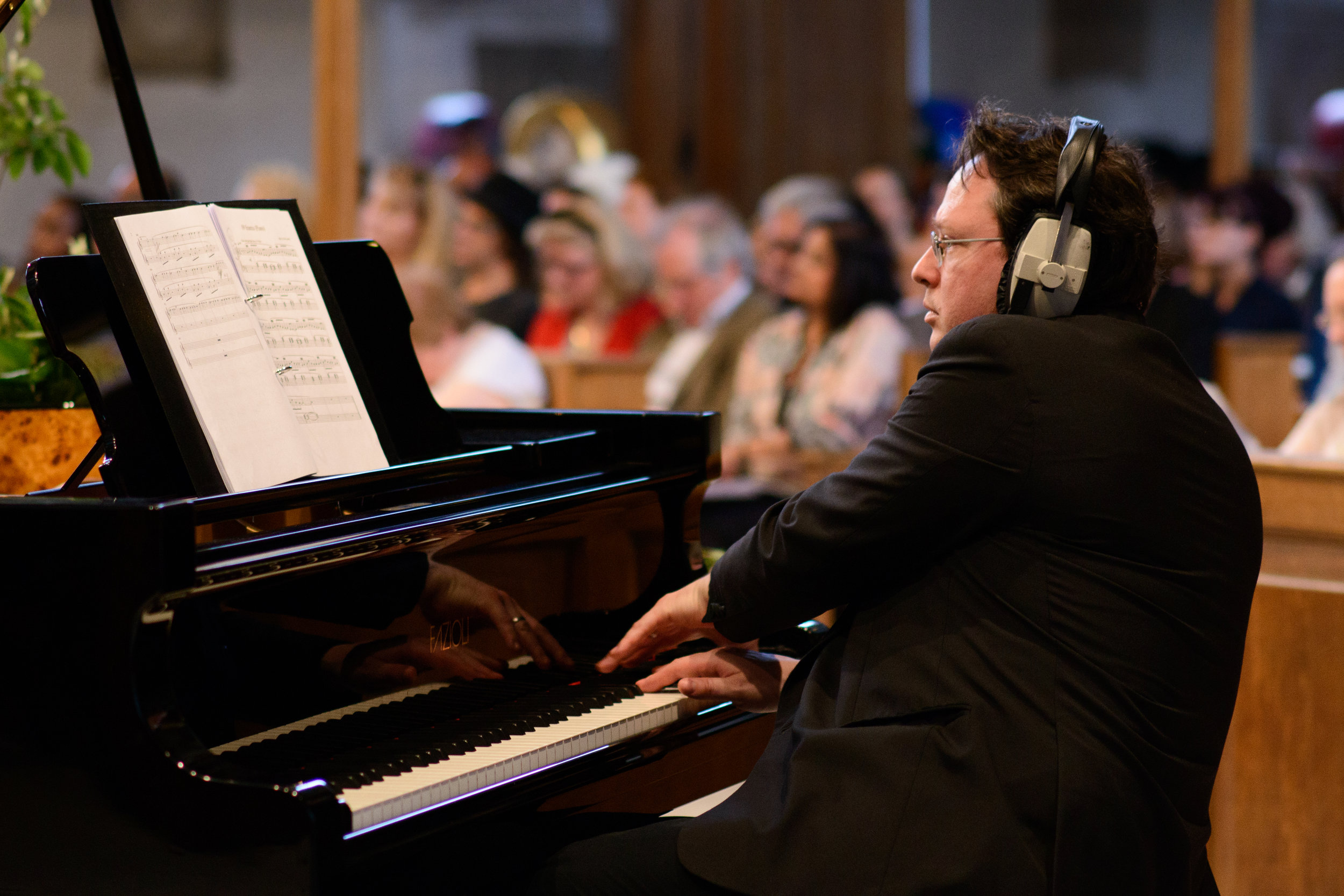
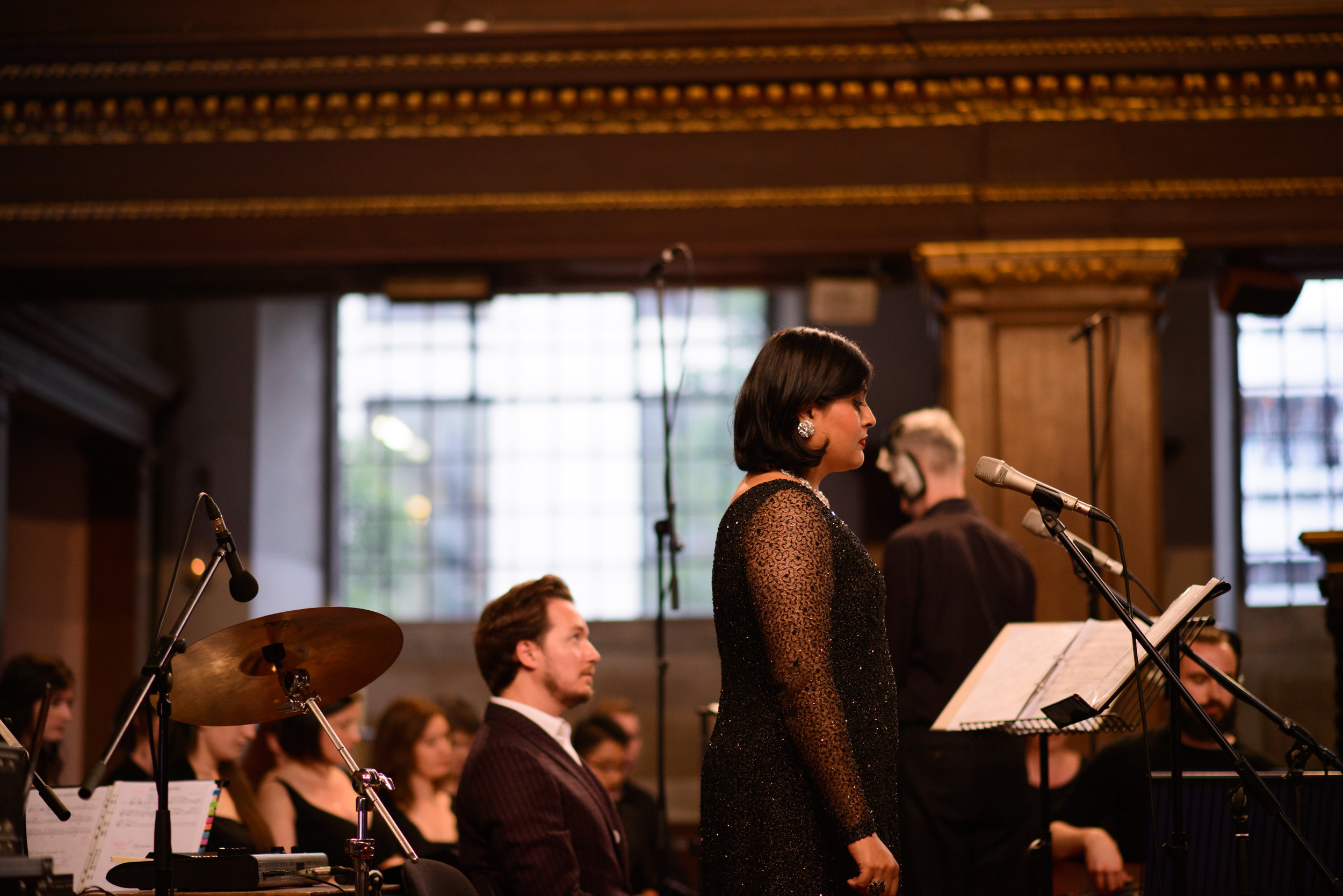
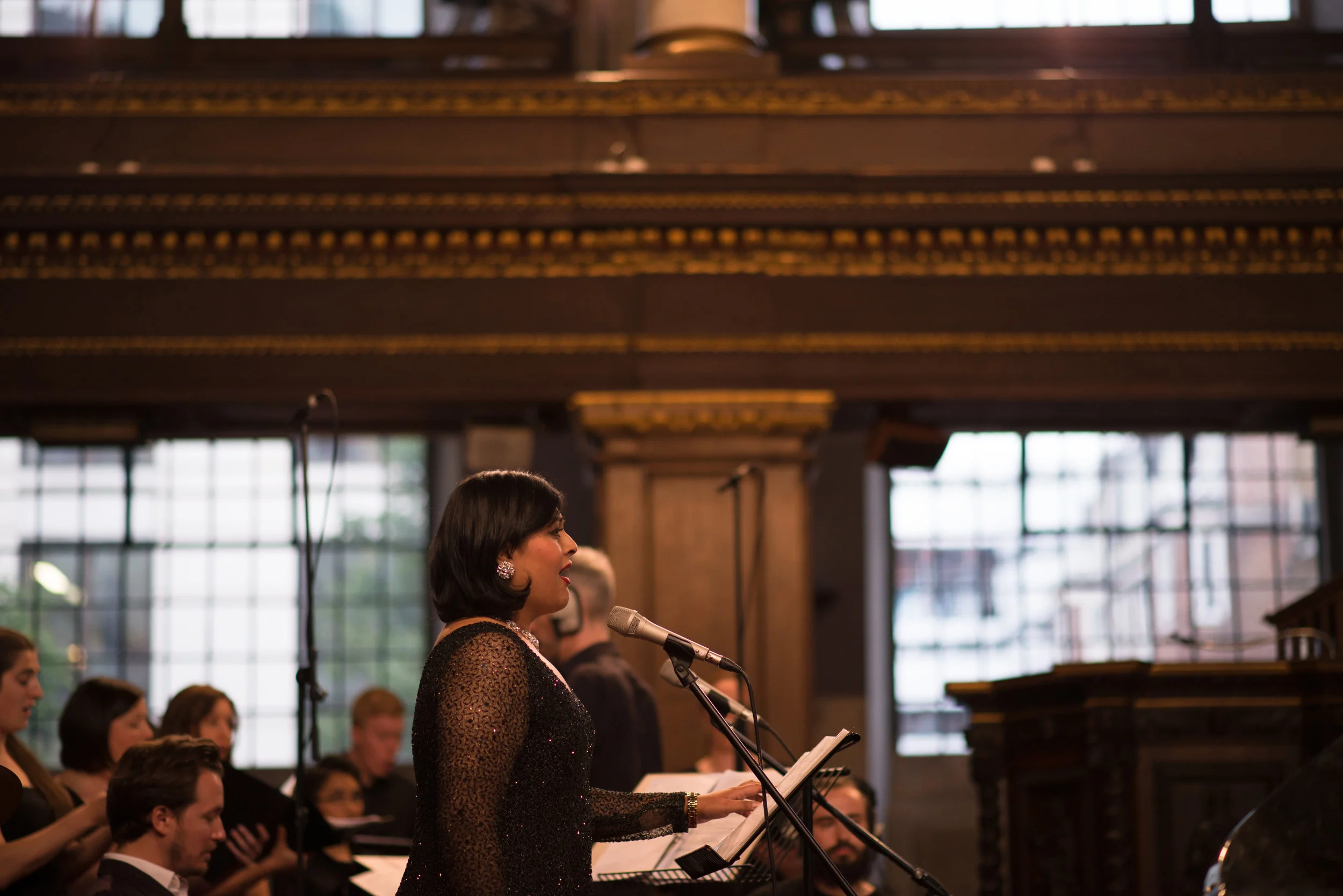
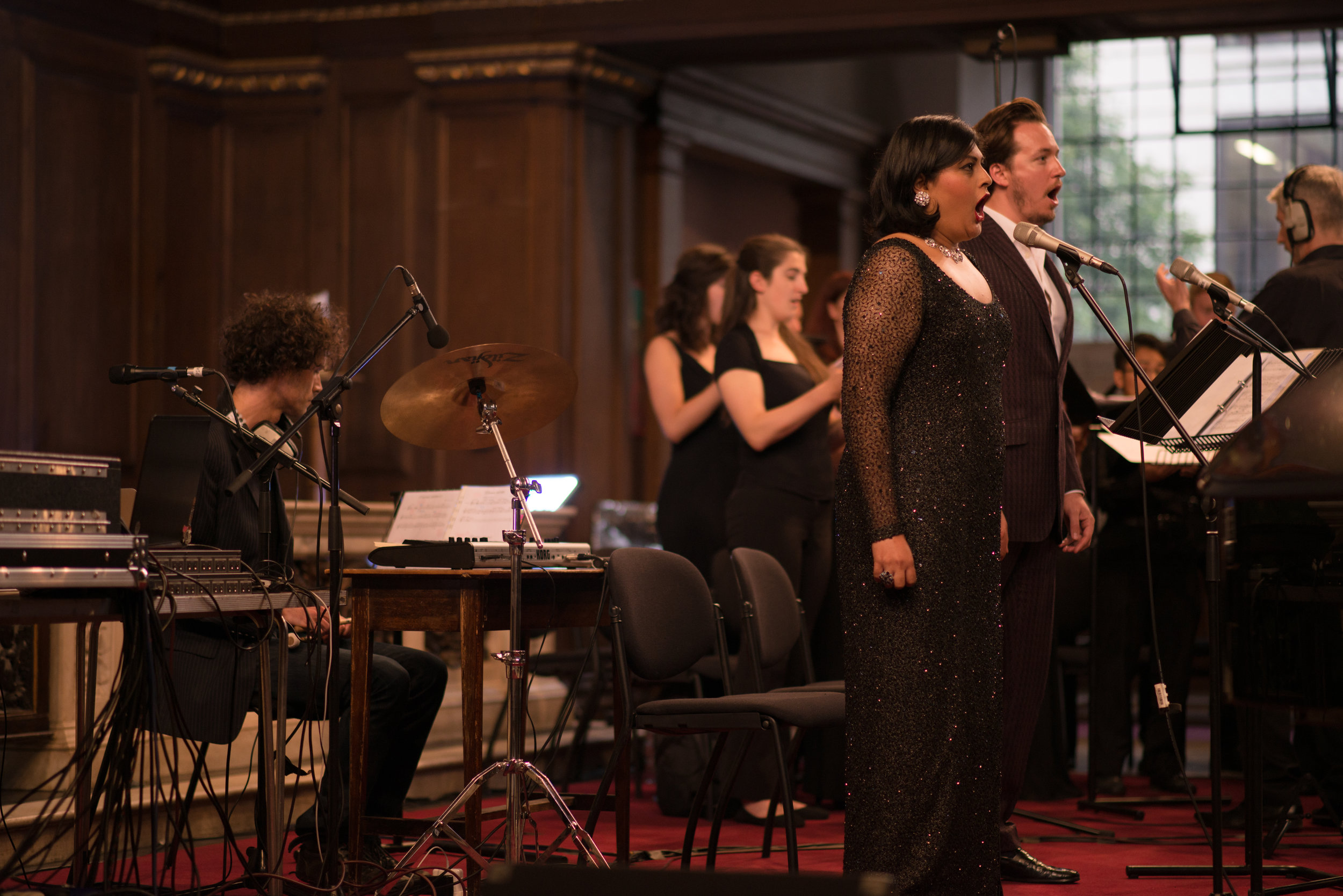
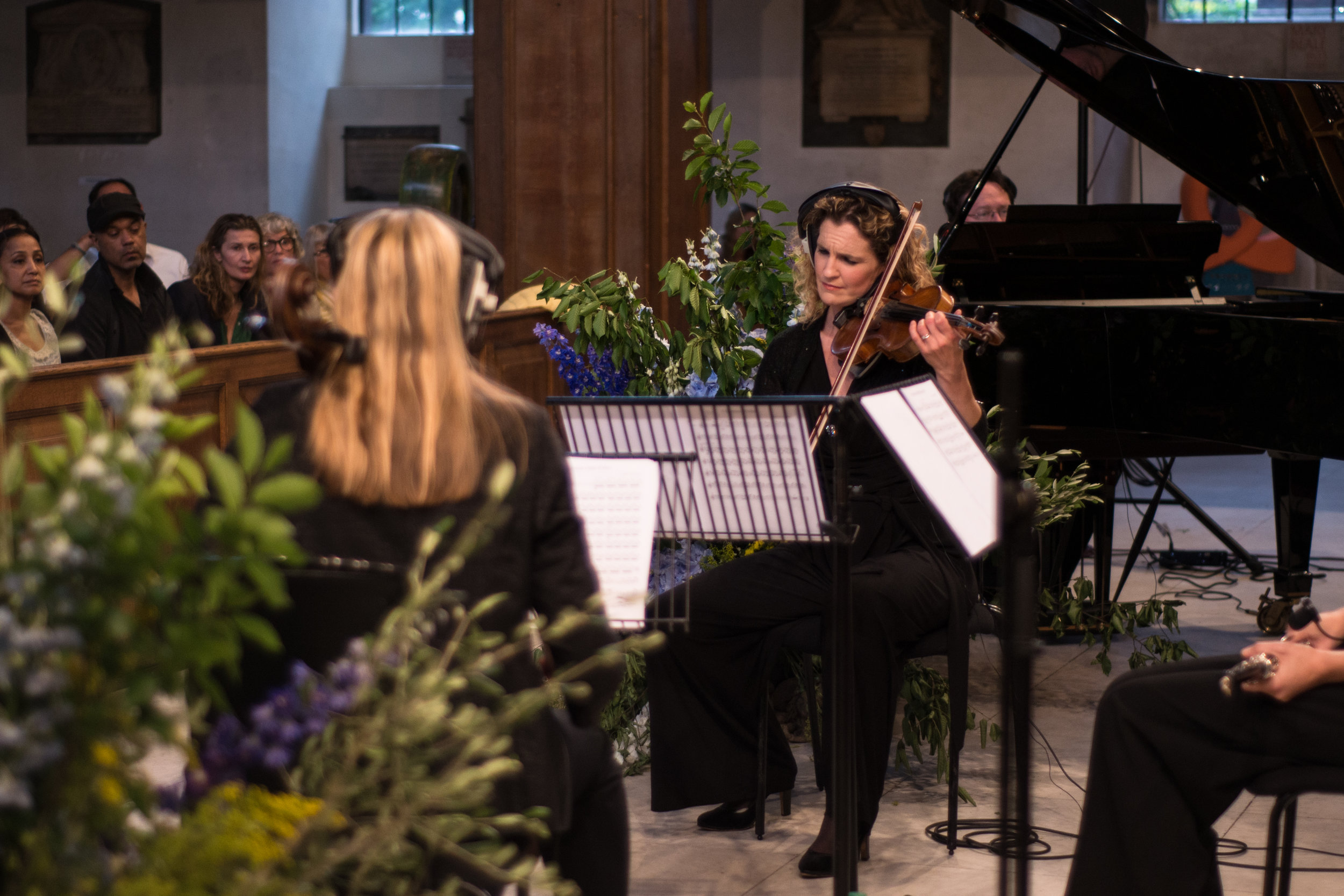
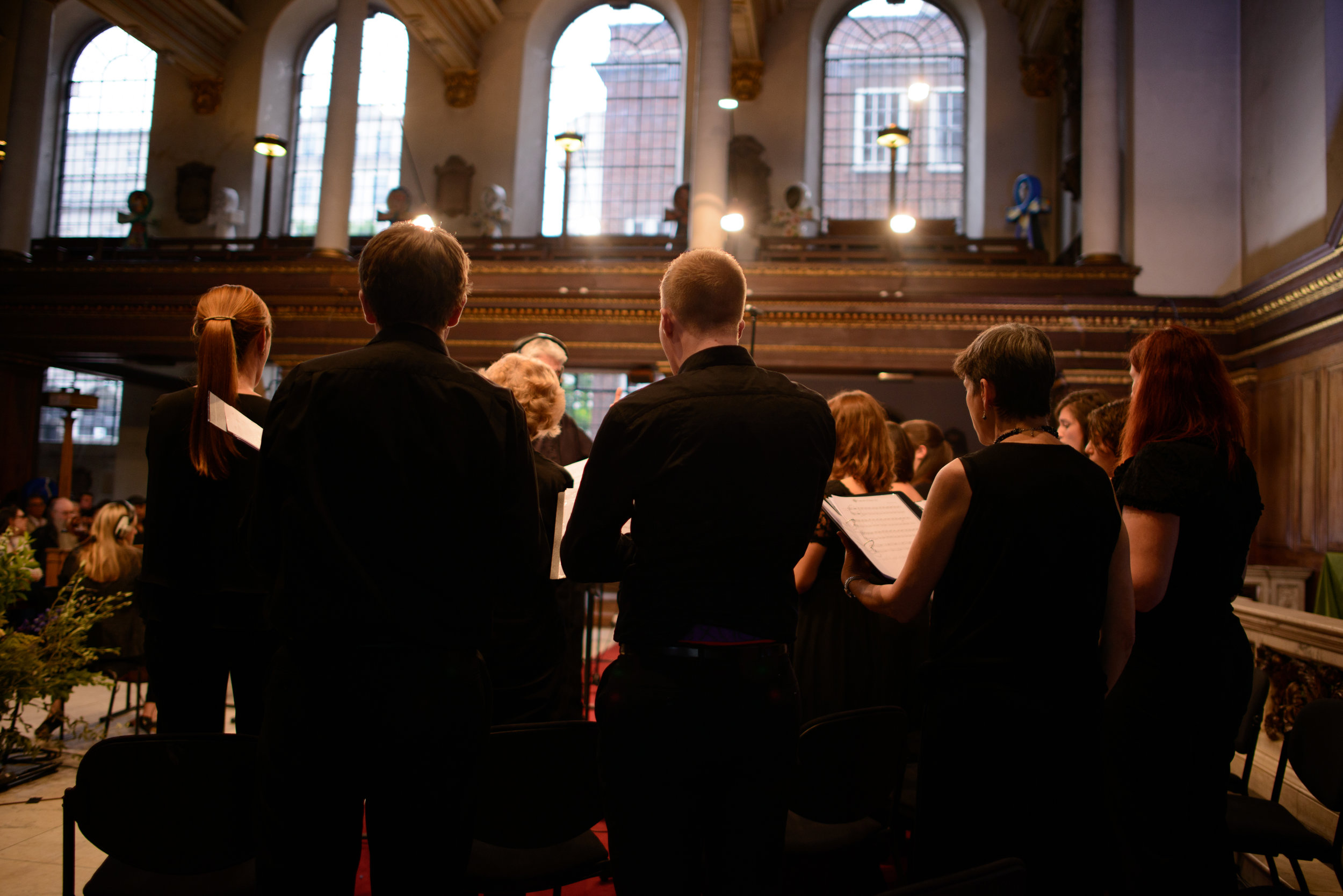
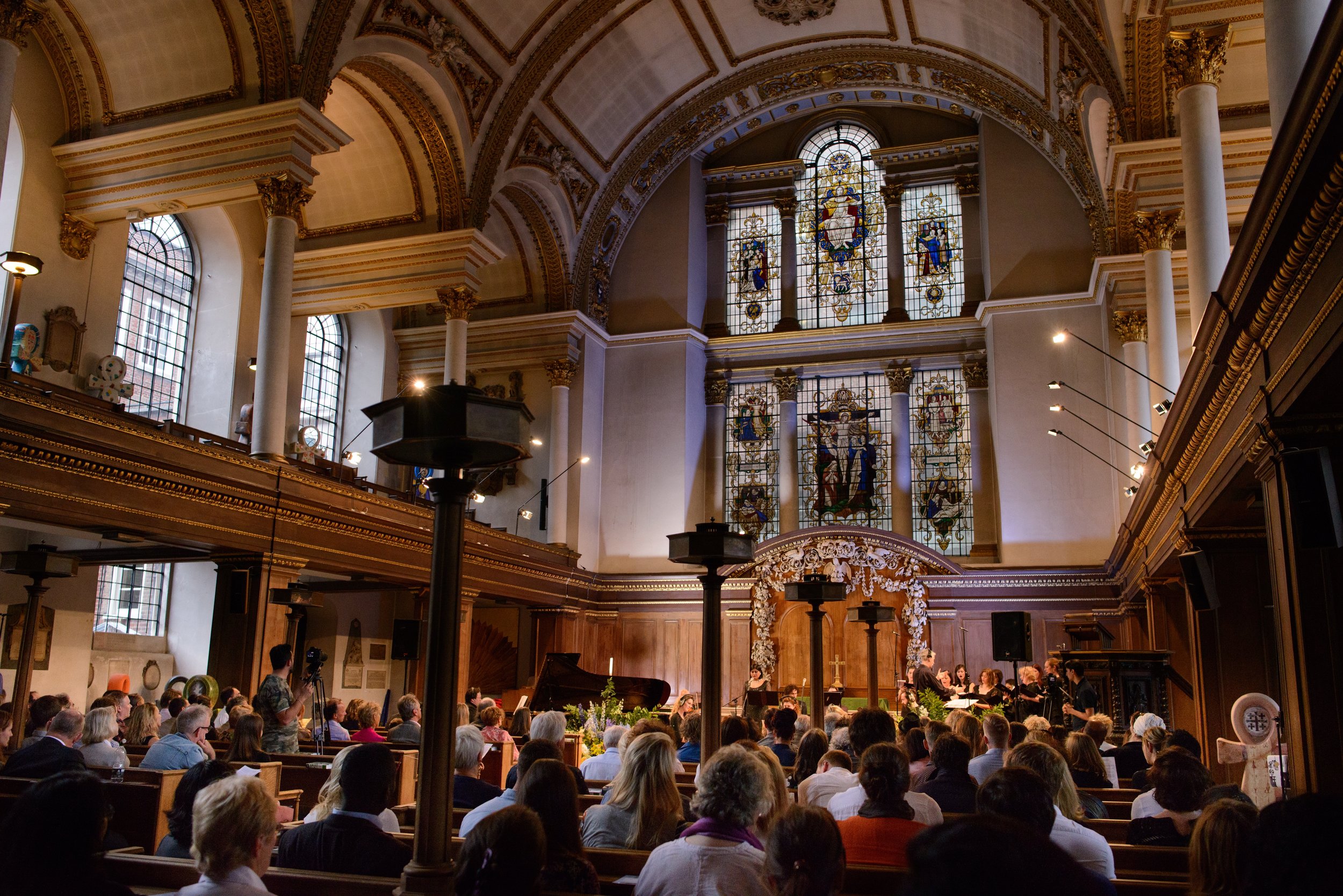
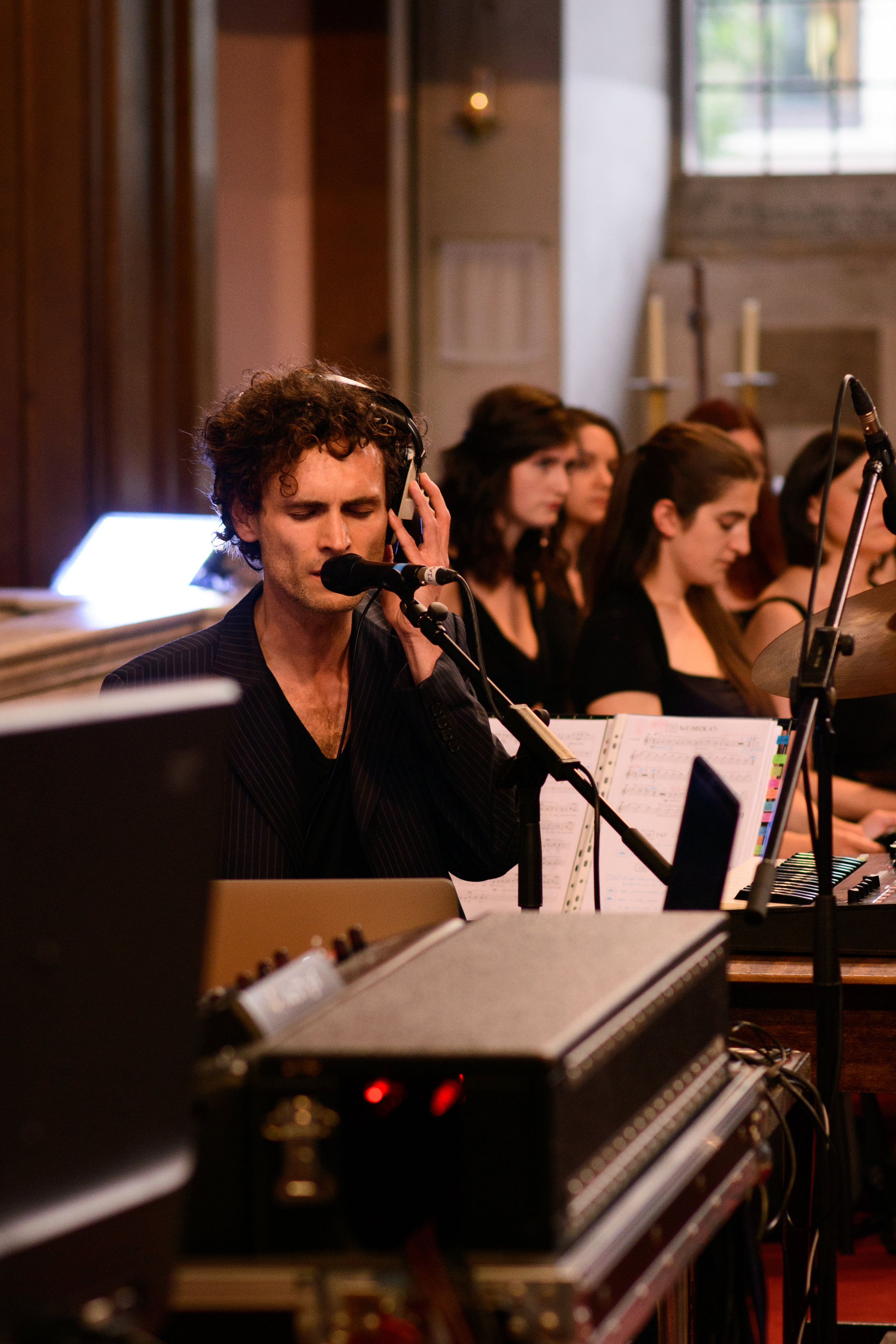
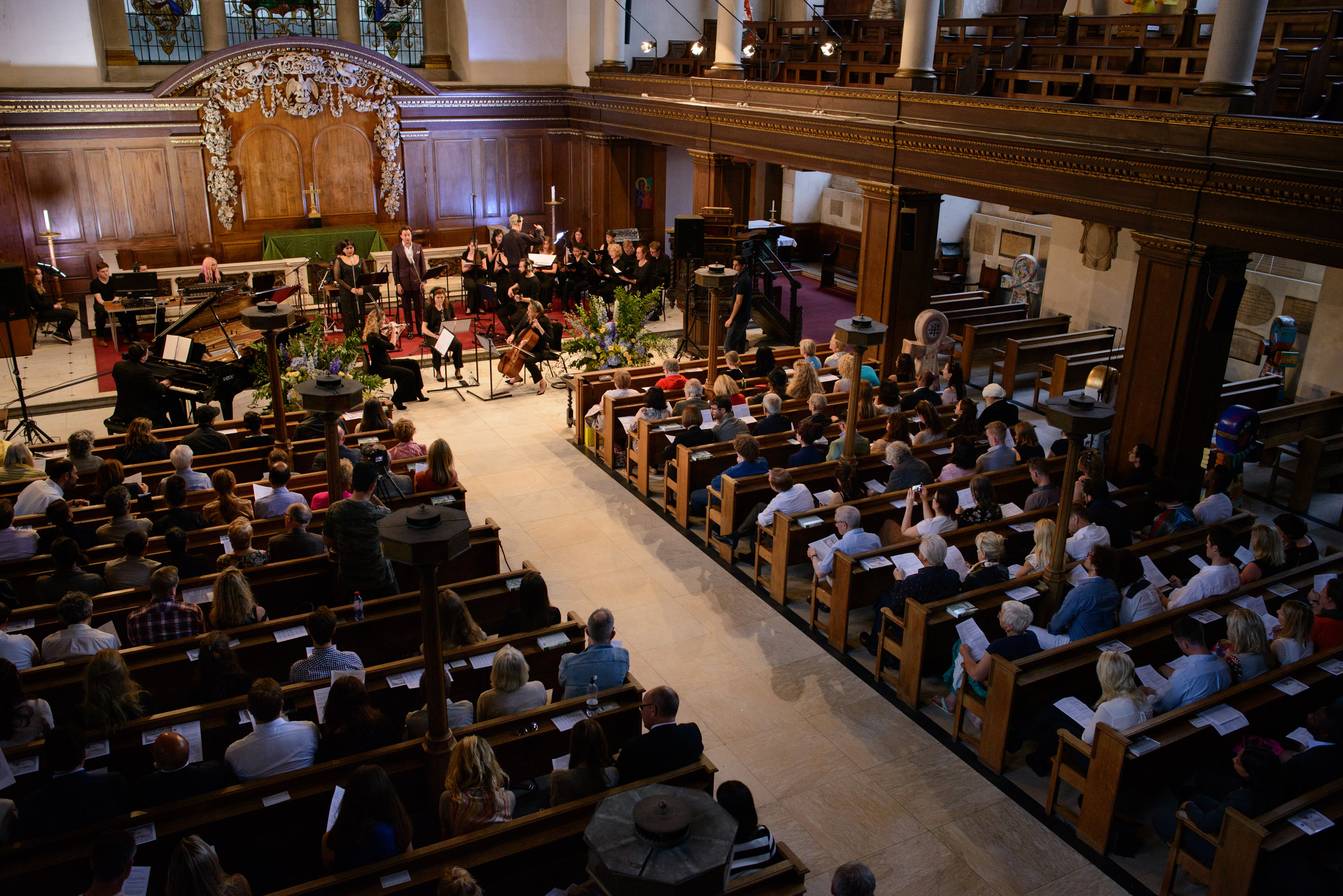
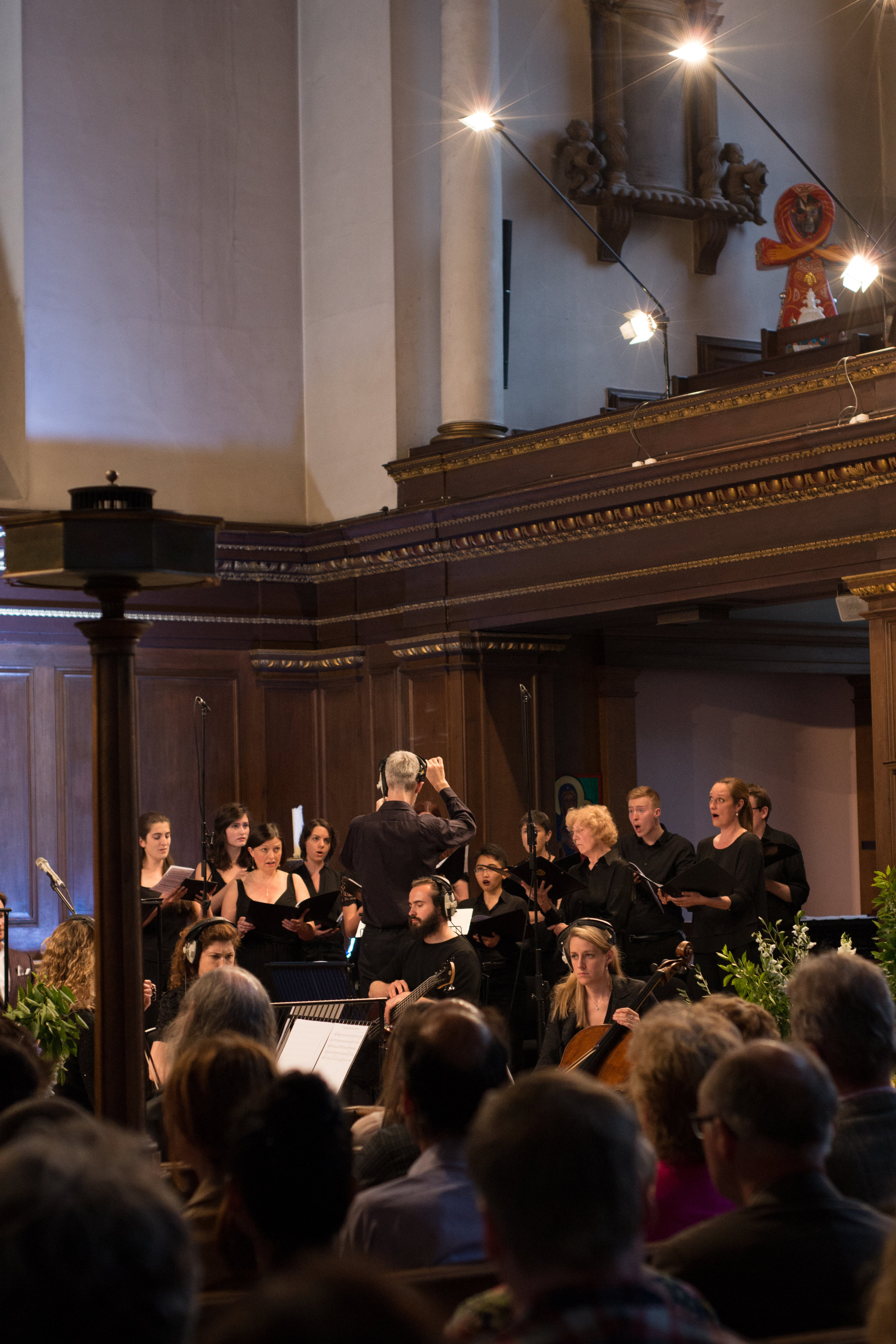
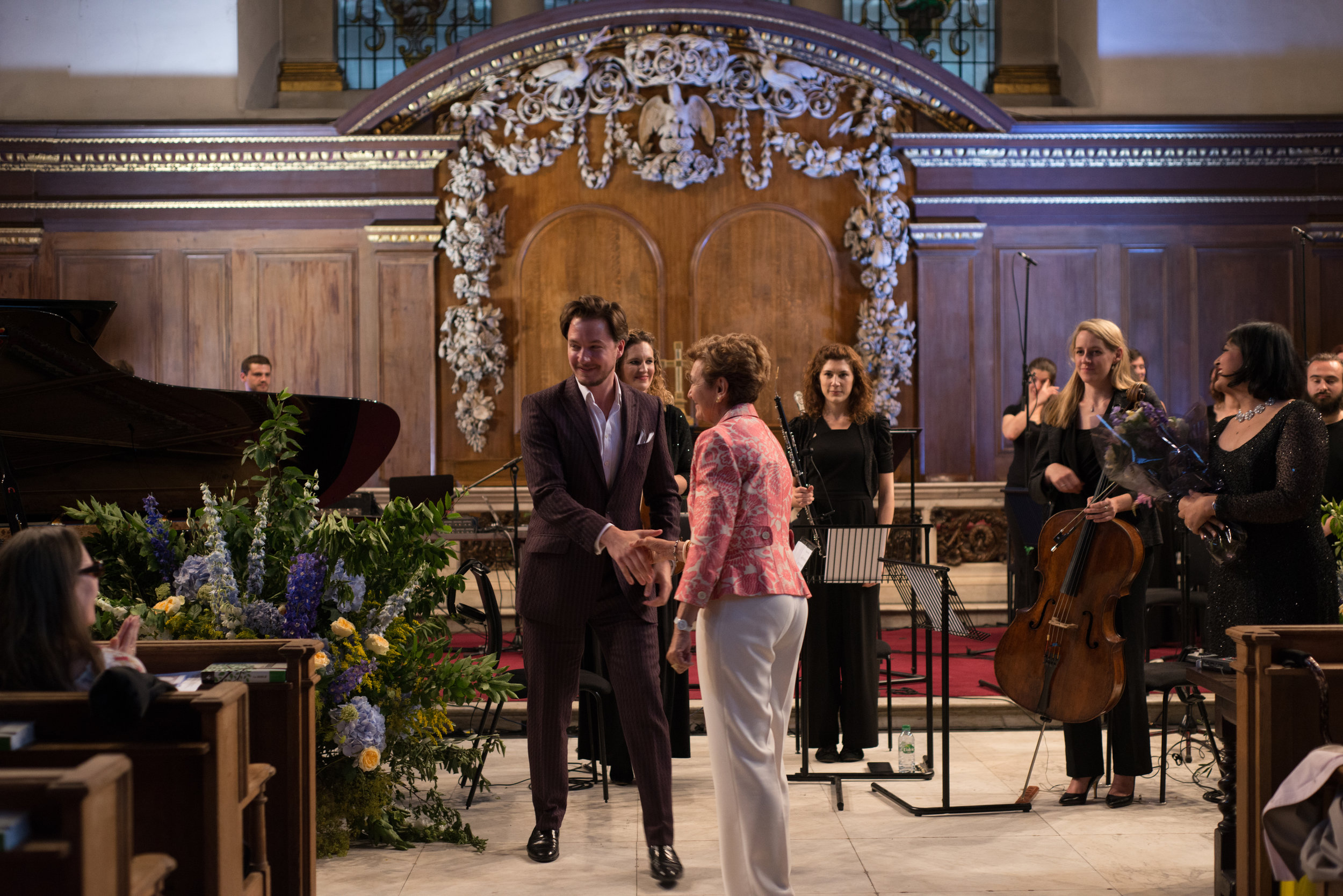
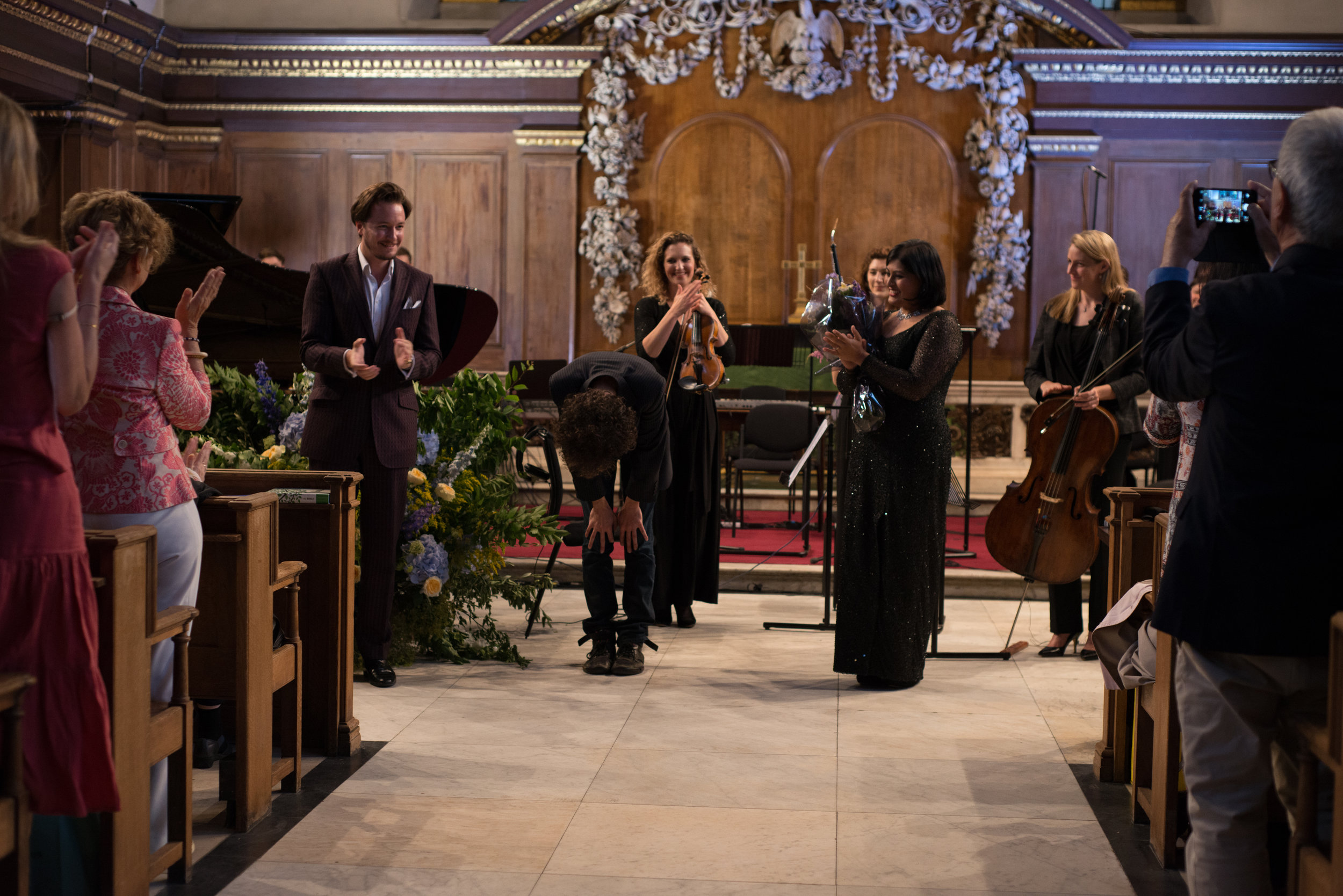
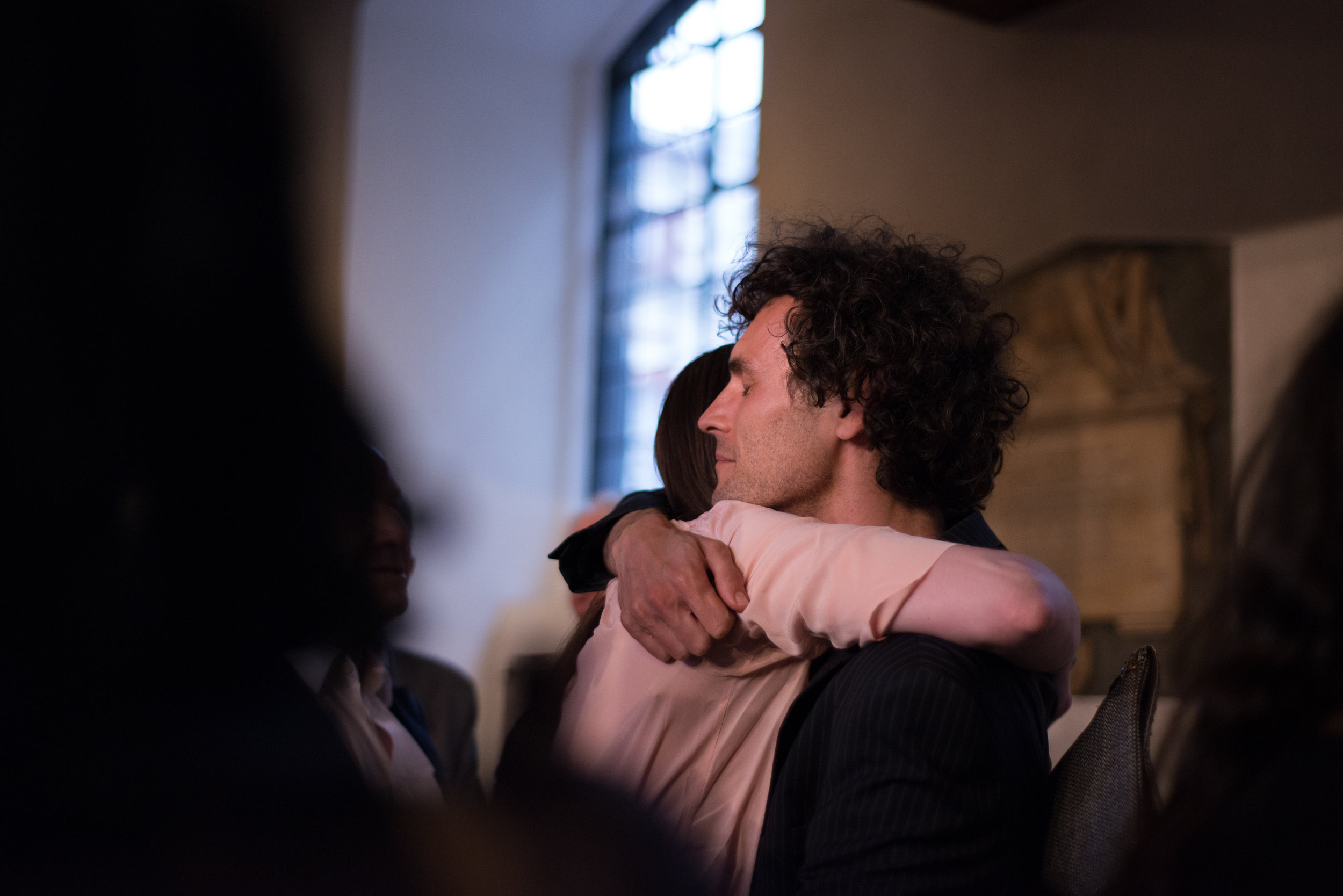
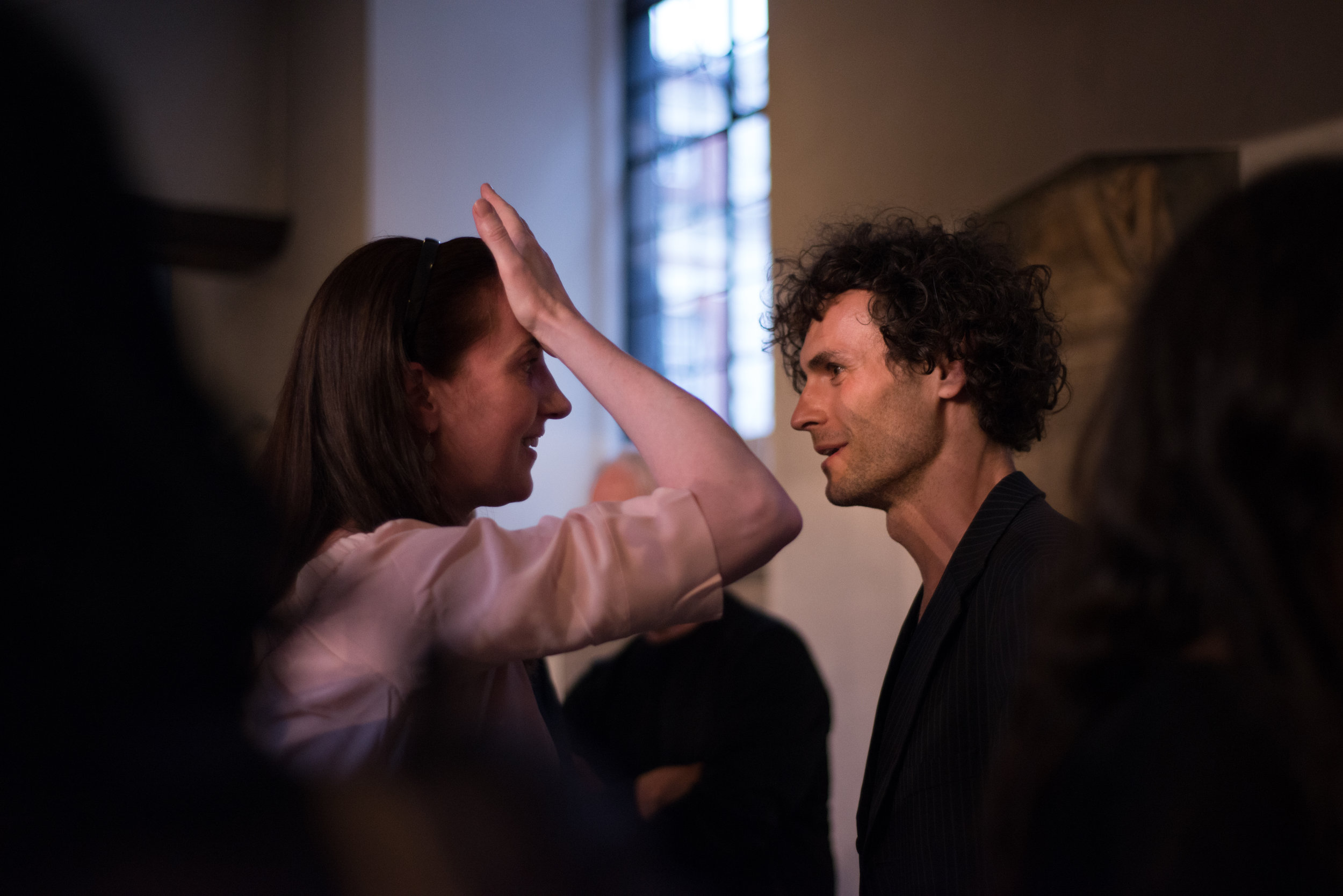
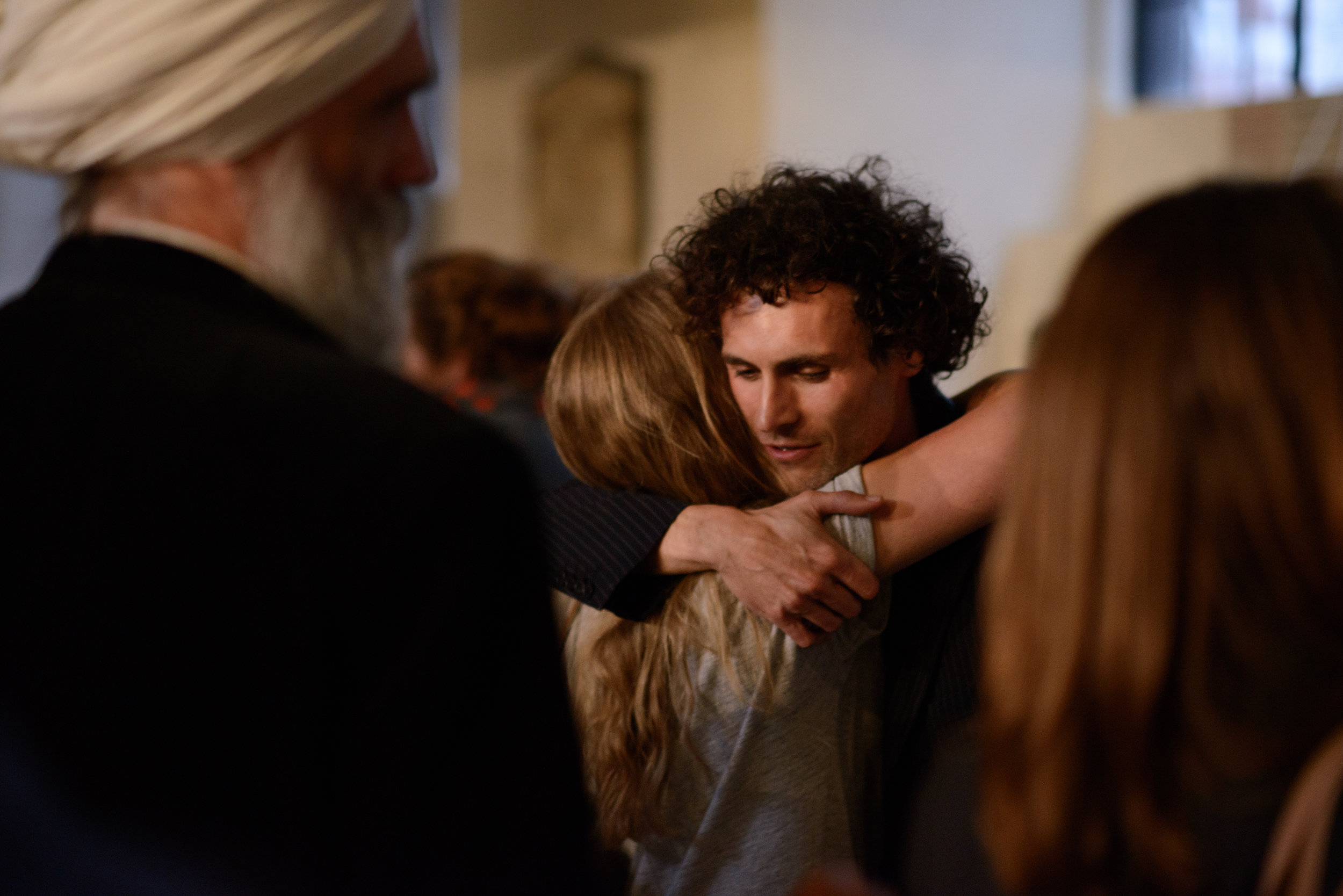
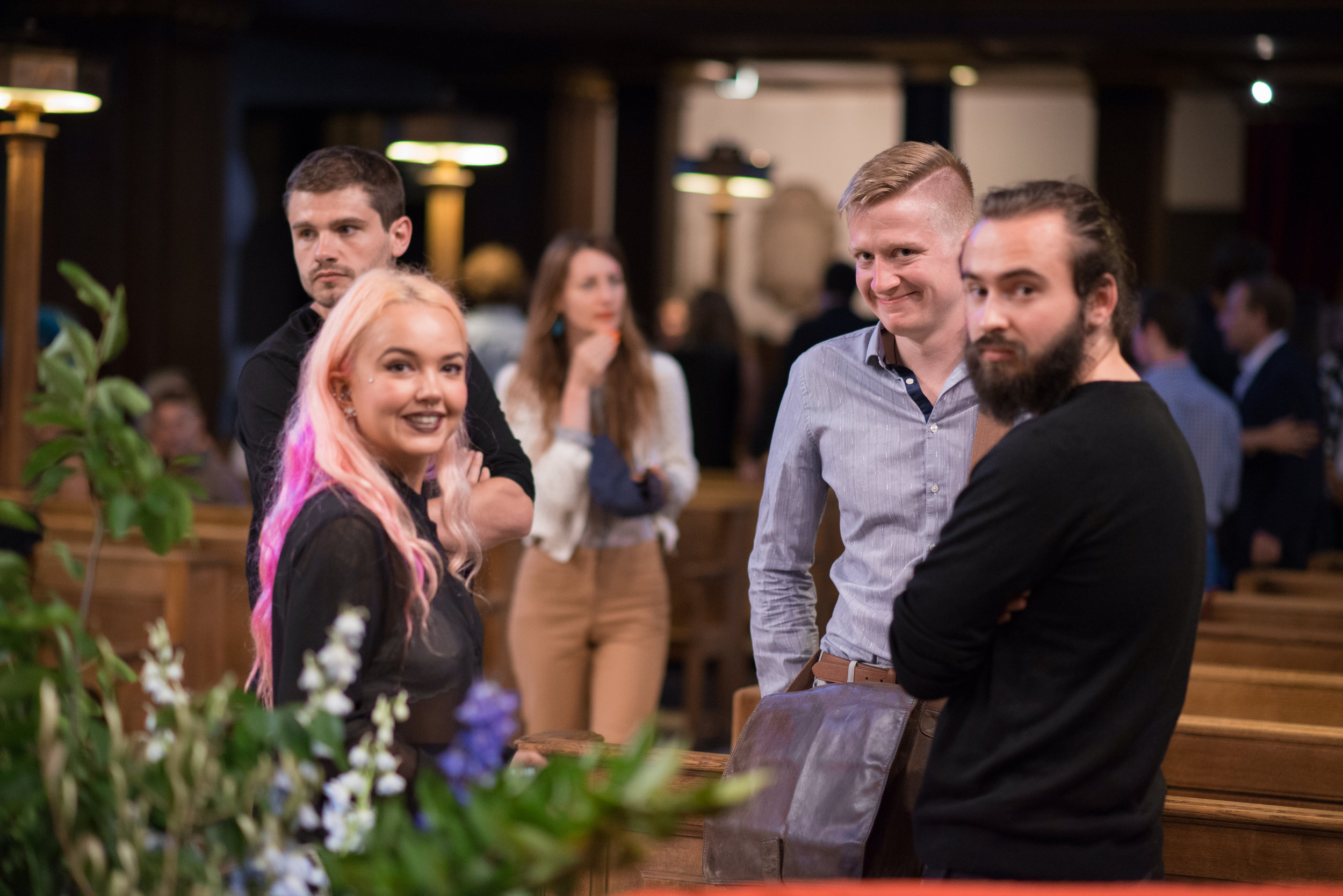
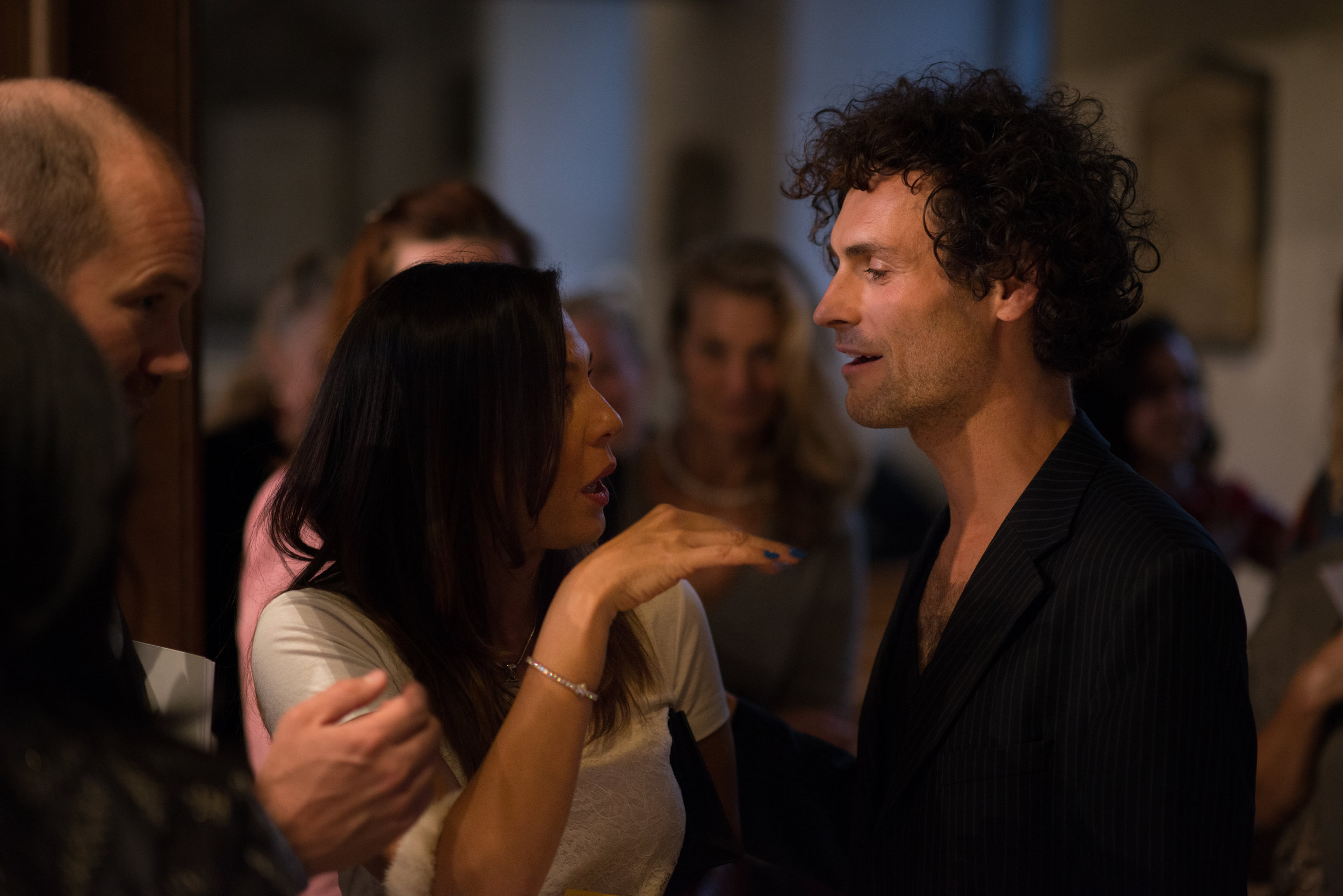
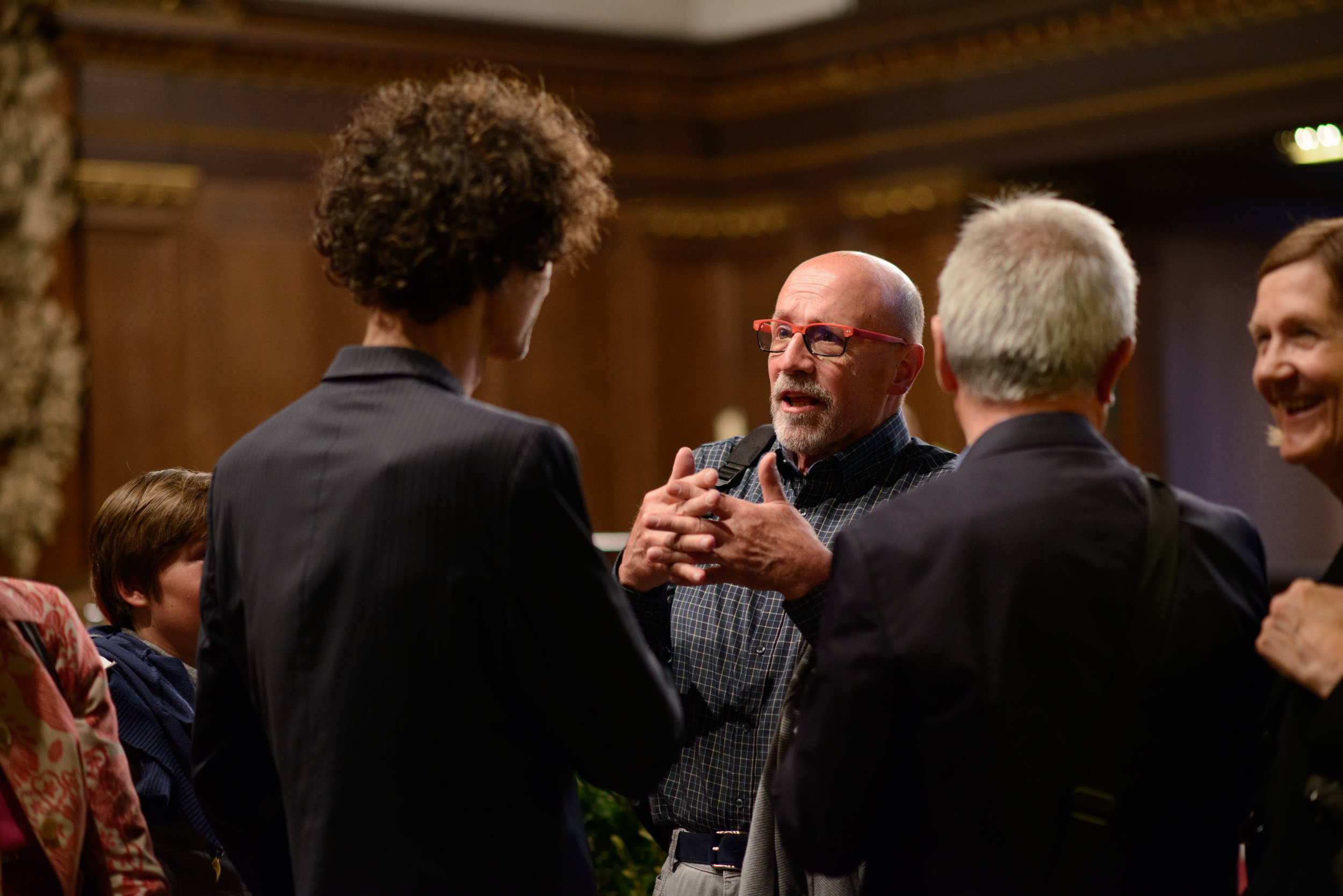
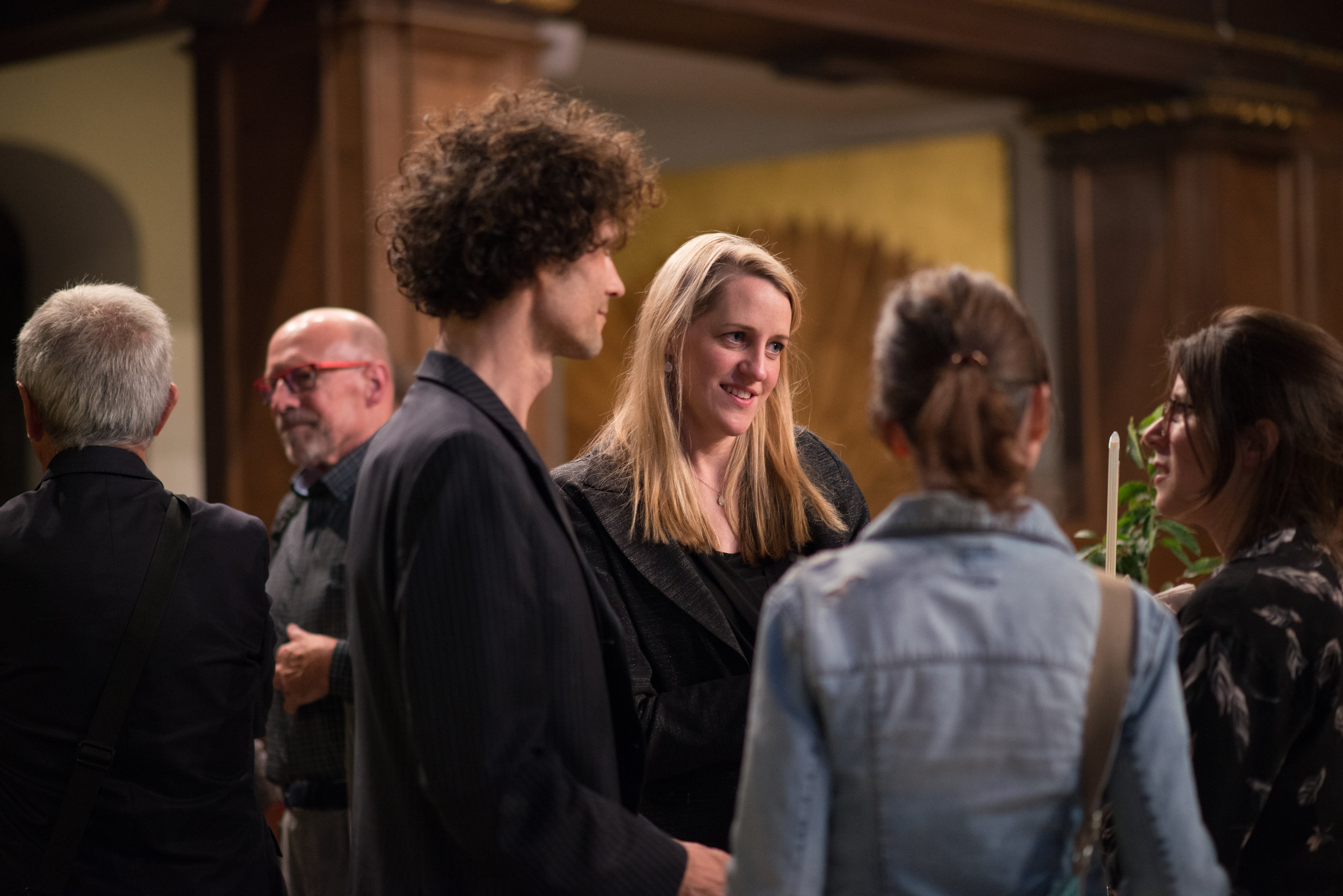
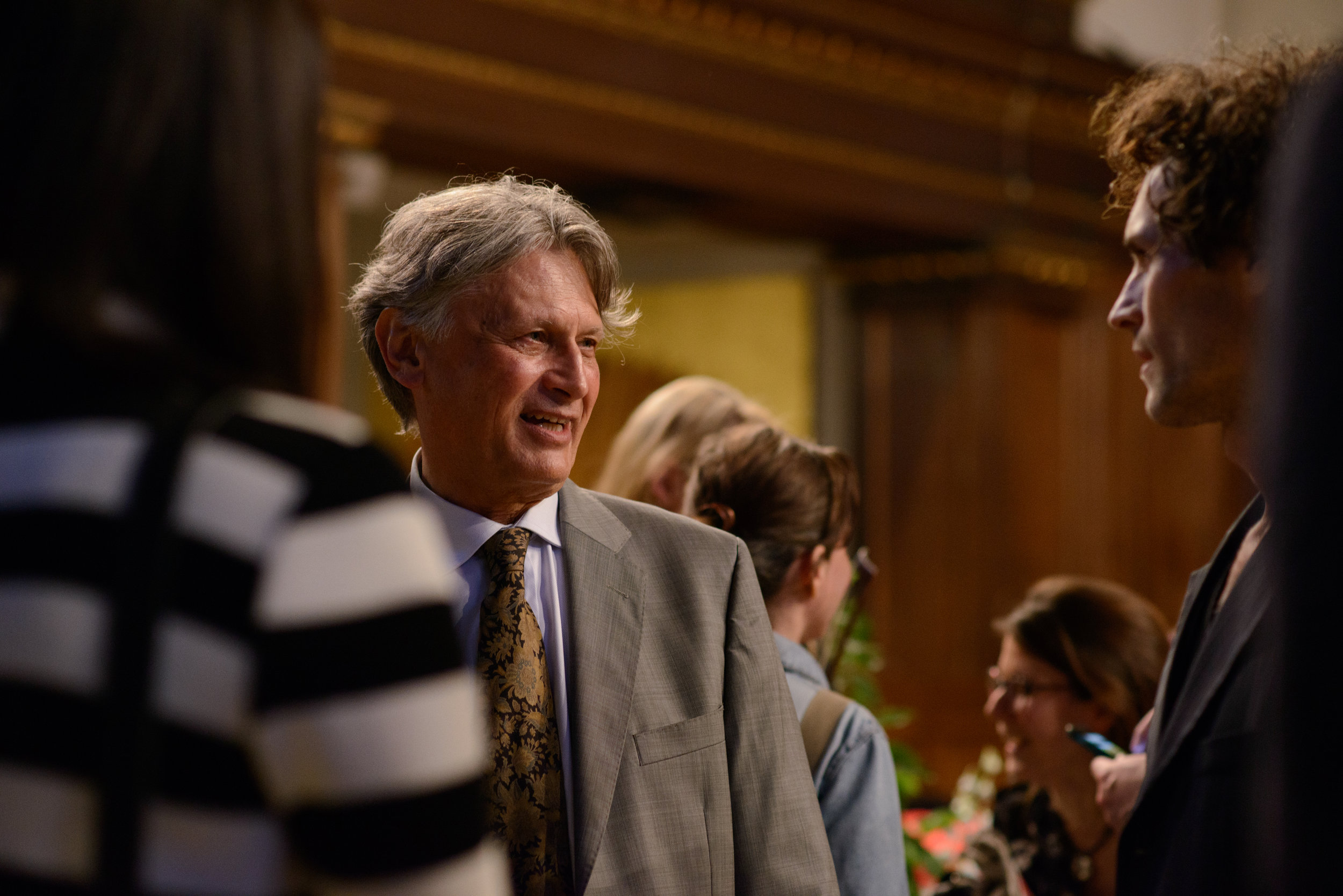
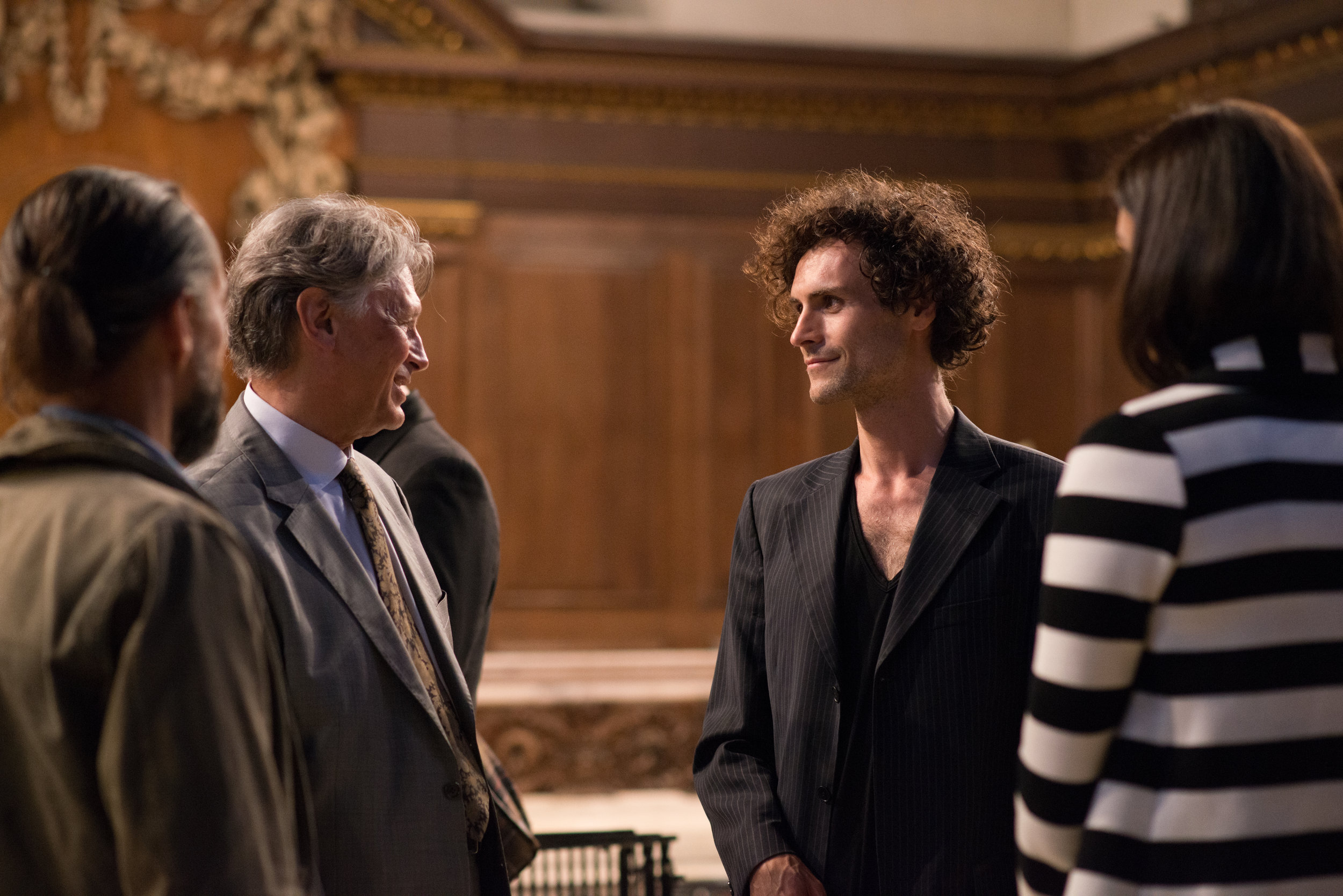
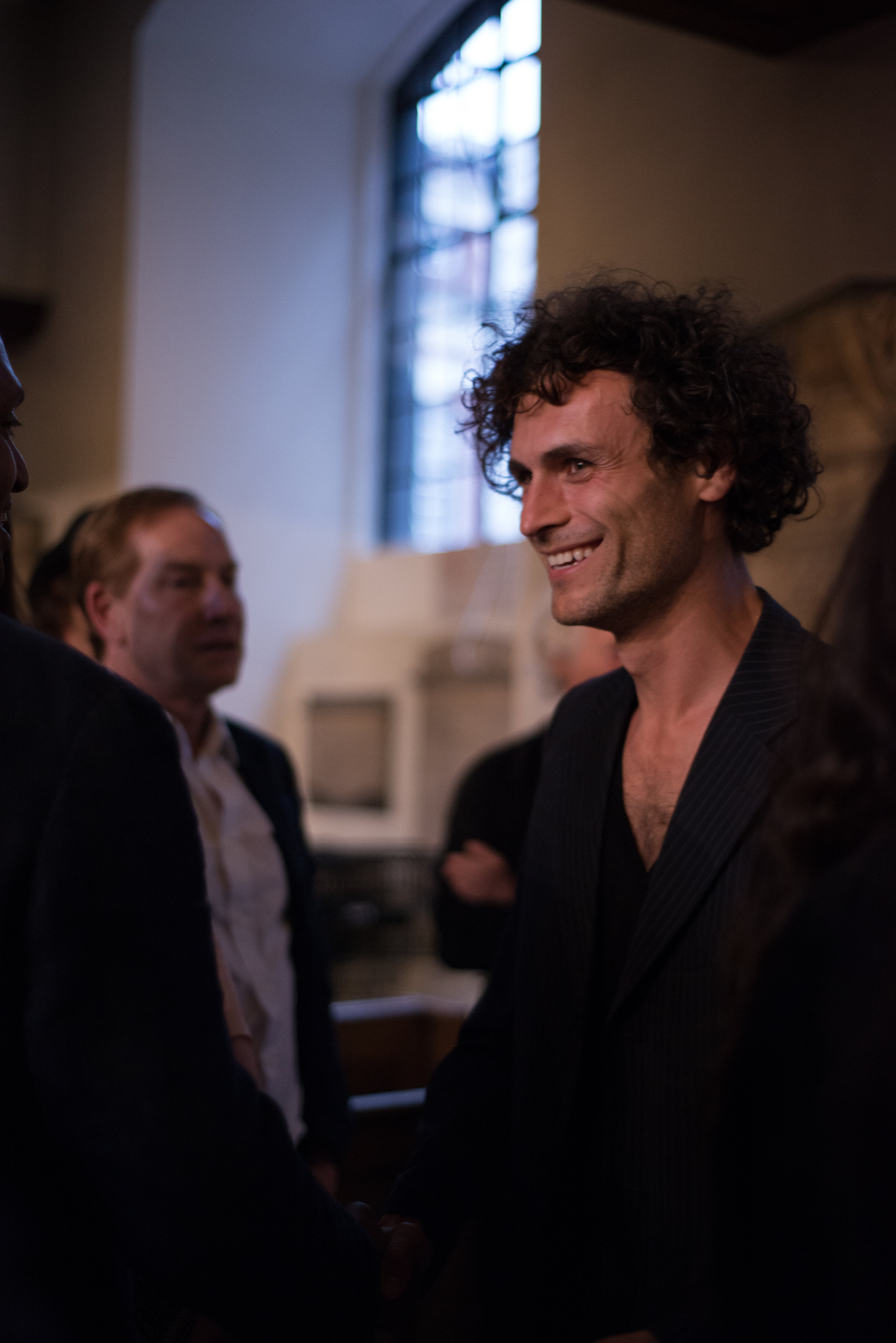
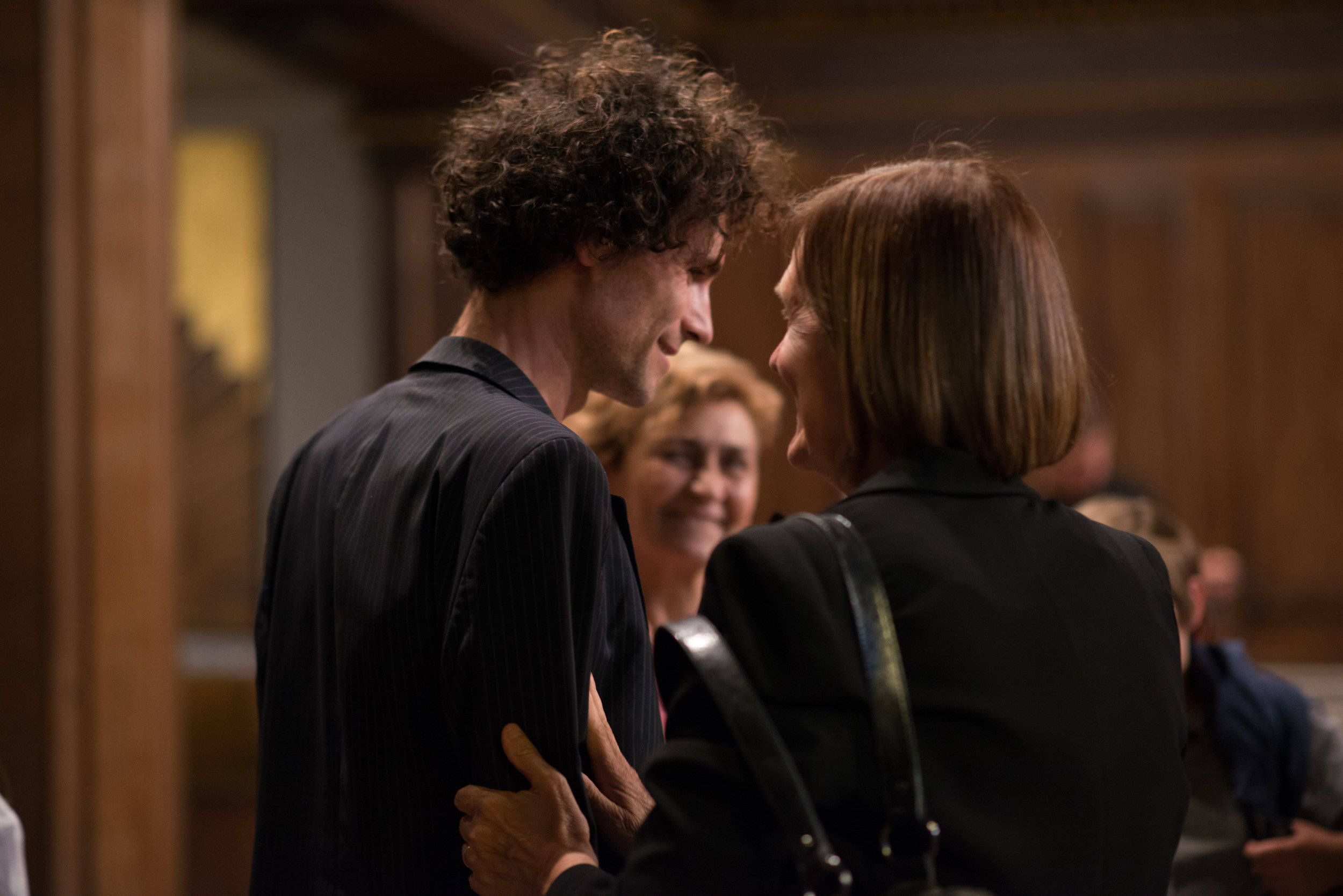
Life from Light (2012)
Birth/Expression
Chamber piece for piano, synthesizer, cello, violin, harp, trumpet, drums, percussion, electric guitar, acoustic guitar, bass guitar, electronics, soloist voices and mixed choir.
Life from Light (2012)
Life from Light explores the first stage of the life cycle: birth. Its inception and title were inspired by an eponymous chapter of the 2012 BBC Nature documentary series How To Grow A Planet, in which Professor Iain Stewart delves into the mechanisms and evolutionary forces that enabled life to emerge on planet Earth, ultimately paving the way for human civilisation.
At the heart of the composition lies Charles Darwin’s profound reflection:
"It is impossible to conceive this immense and wonderful universe, including man with his capacity for looking far backwards and far into futurity, as the result of blind chance or necessity."
This quote serves as the kernel of the piece, posing fundamental questions about humanity’s origin and purpose.
Through this lens, Life from Light examines what it means to be human, our relationship with the planet and the natural world, and the irreversible damage our actions are causing to both.
The piece adopts an oratorio-like structure and integrates multimedia and video art created by Thomas Yeomans, drawing inspiration from the video-operas of Steve Reich.
Premiere and Performances
Life from Light premiered at Union Chapel in London on 15 November 2012, featuring:
Roberta Howett (Irish singer and X-Factor finalist),
Susan Jiwey (prize-winning British soprano),
Oliver Gerrish (British countertenor), and
Thomas Yeomans (video artist).
The piece was further performed at London’s Kings Place Hall One on 7 and 8 August 2014, as part of the Tête-à-Tête Opera Festival, with funding from Arts Council England. For these performances, Roberta Howett and Oliver Gerrish were joined by:
Meeta Raval, soprano and BBC Cardiff Singer of the World 2011 finalist, recipient of the Dame Eva Turner Prize and the Pavarotti Prize at the Royal Academy of Music,
Camilla Kerslake, Classical Brit Award nominee, and
Yelfris Valdés, Cuban jazz trumpeter and member of Carlos Acosta’s band for the Royal Opera House’s sellout show Cubanía.
Yelfris Valdés is regarded as one of the most gifted performers of his generation, further enriching the performances with his unique artistry.
Explore the Composition
By pressing the button below, Inside Life From Light, you can access detailed insights into the piece’s compositional intentions and creative process.
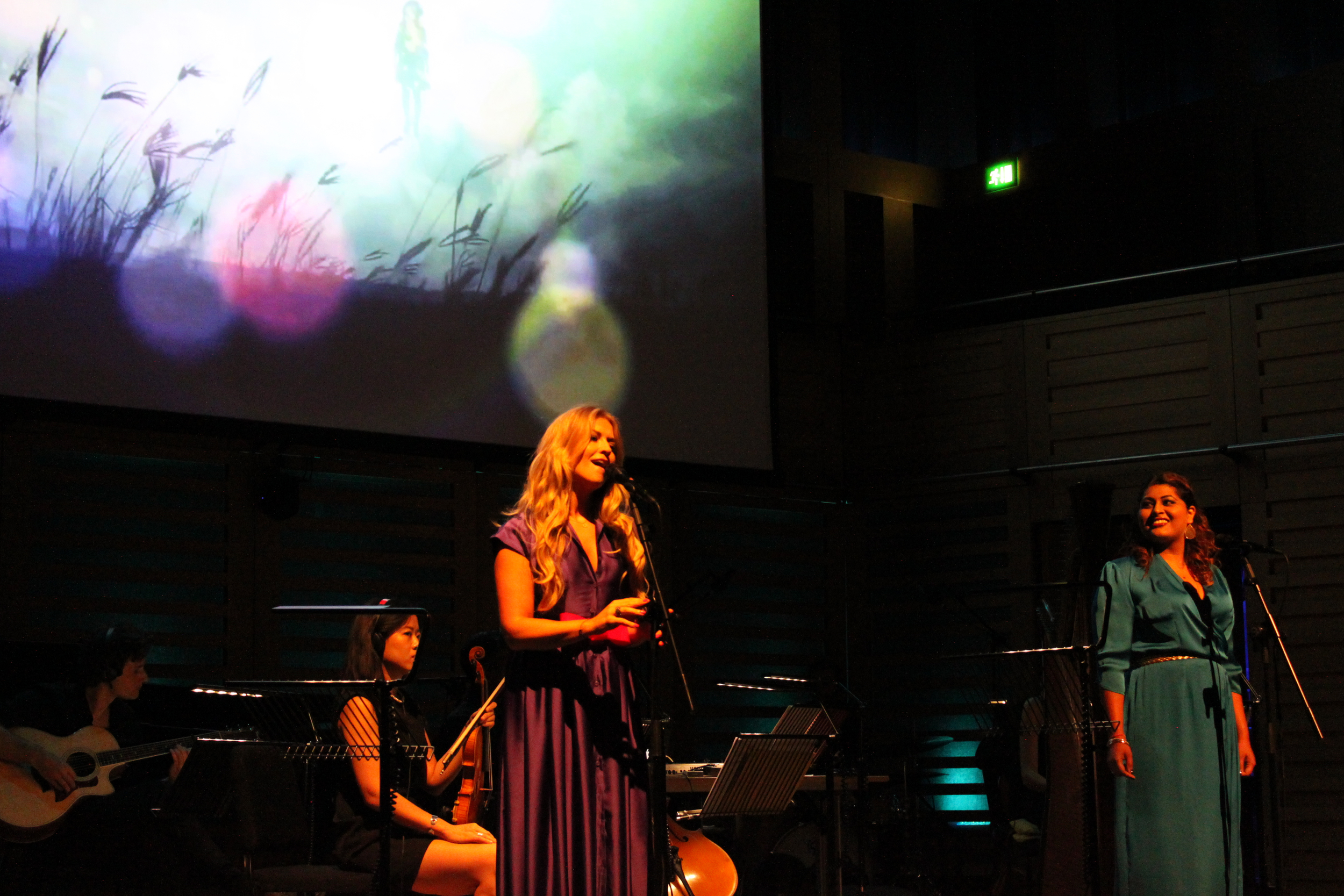
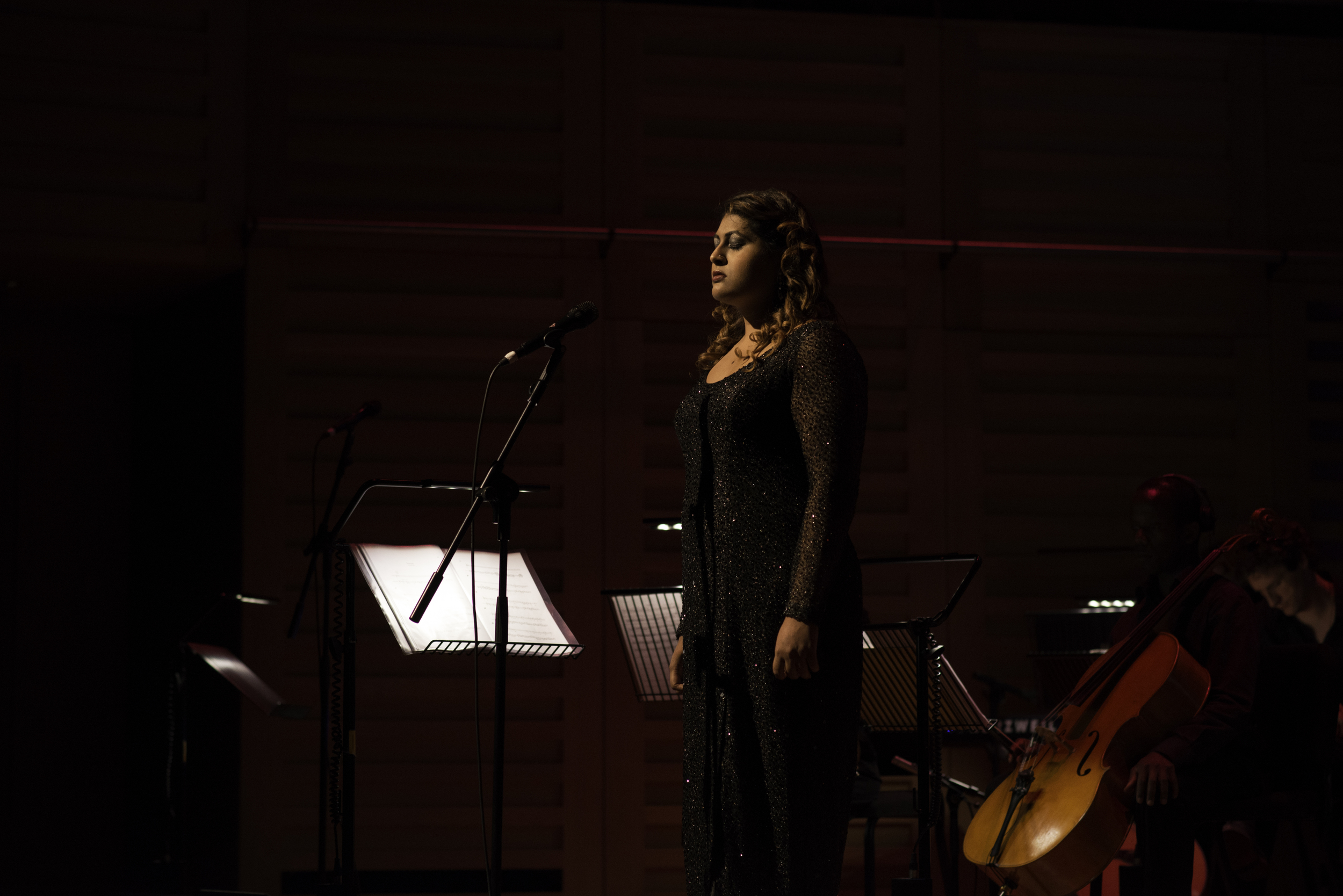
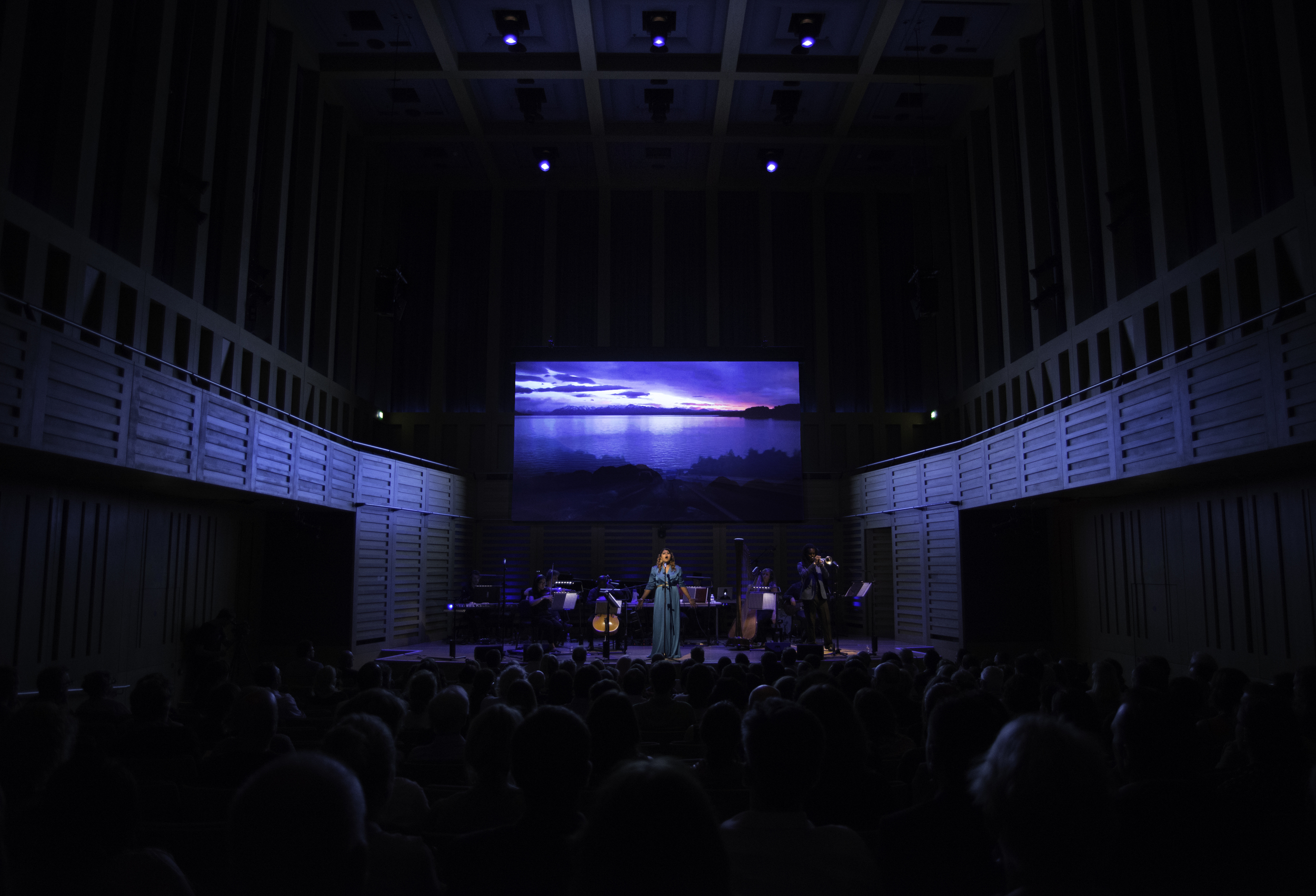
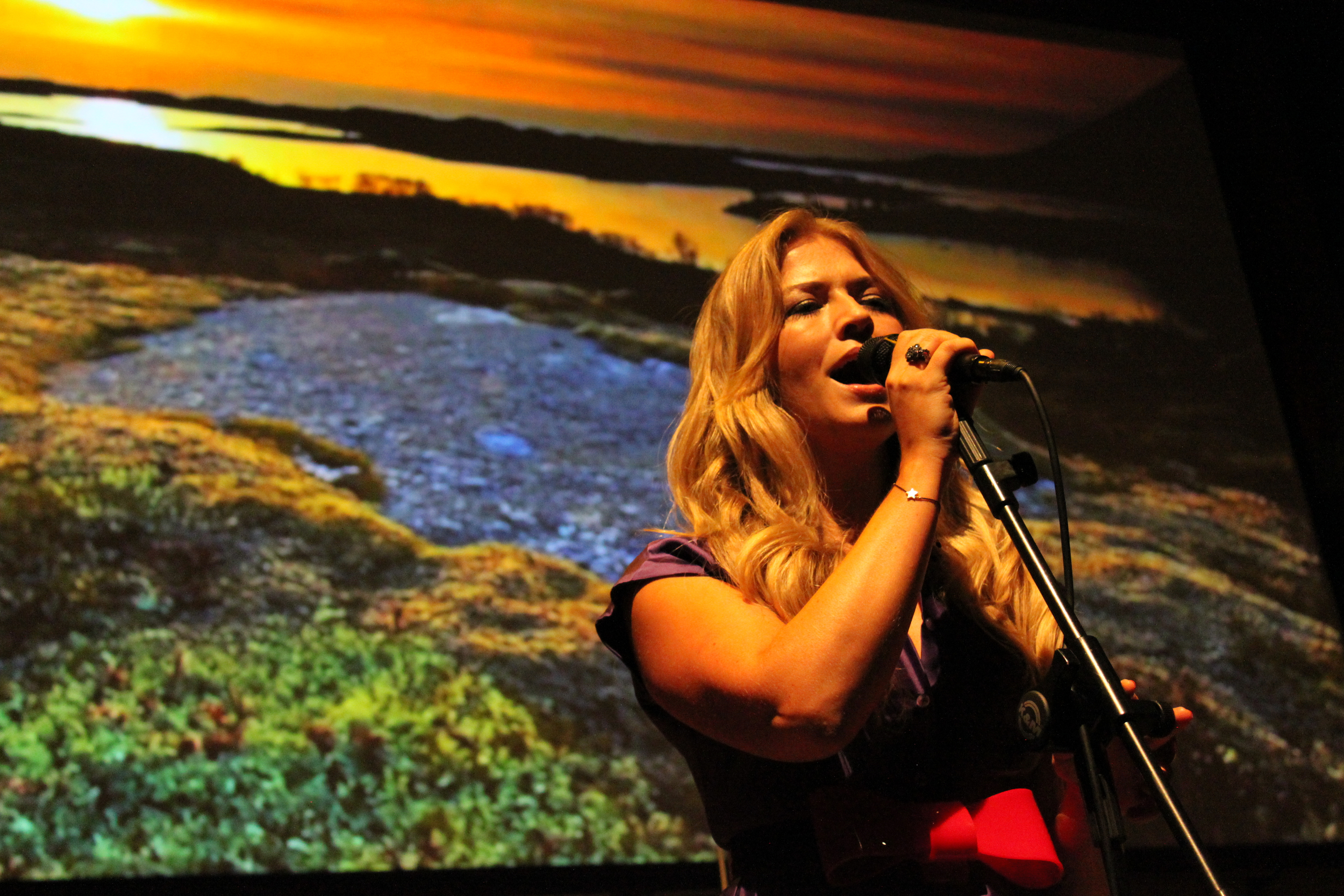
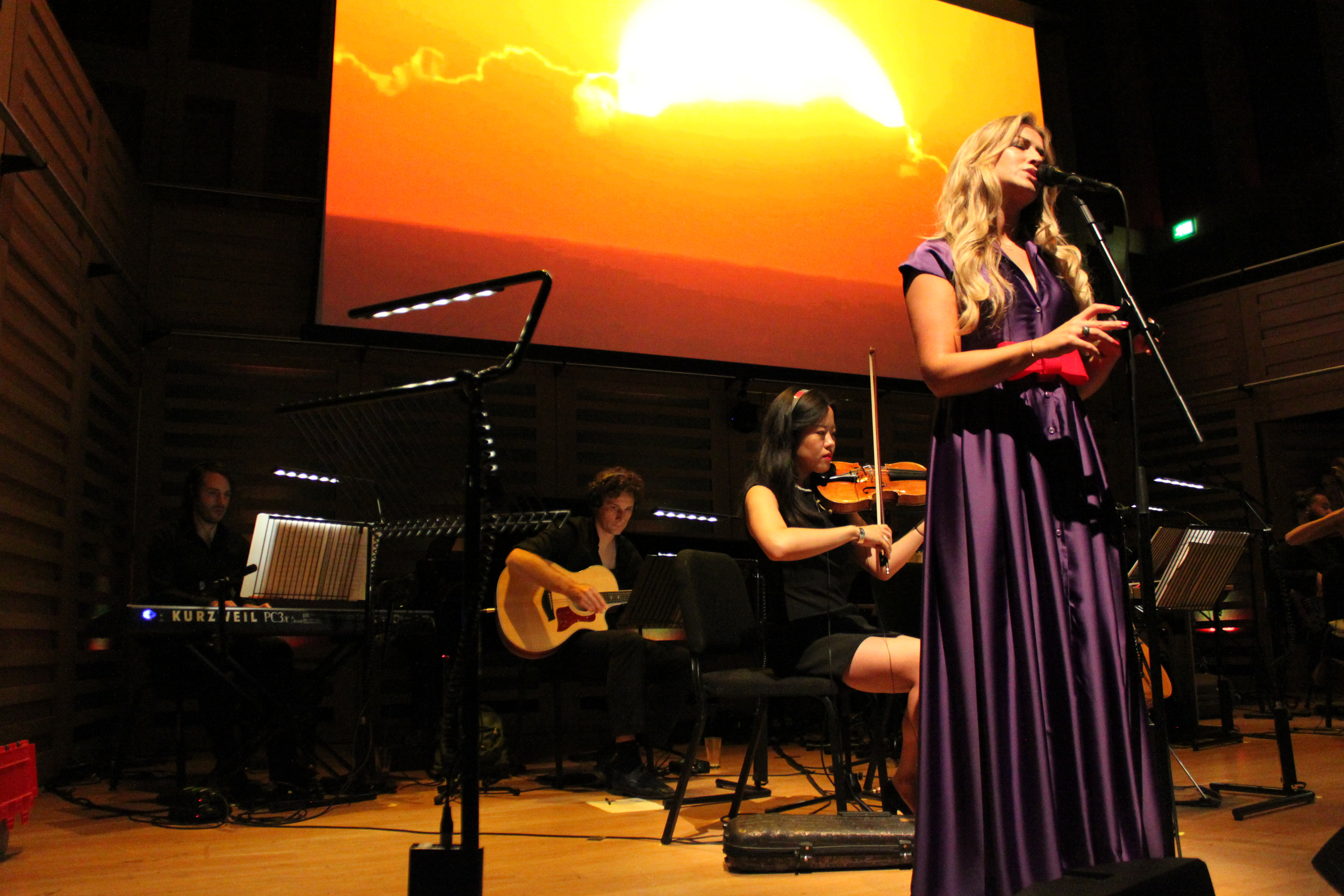
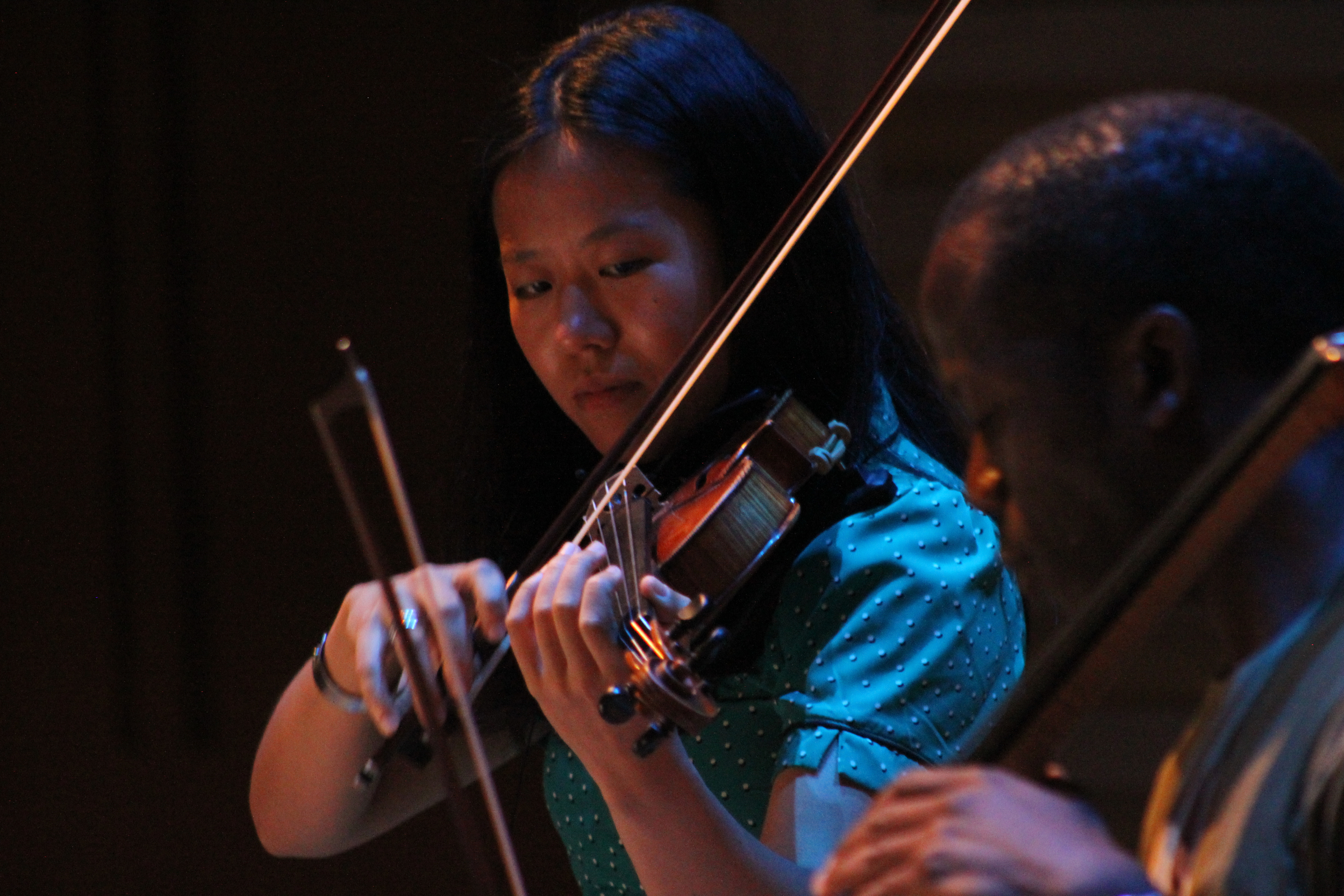
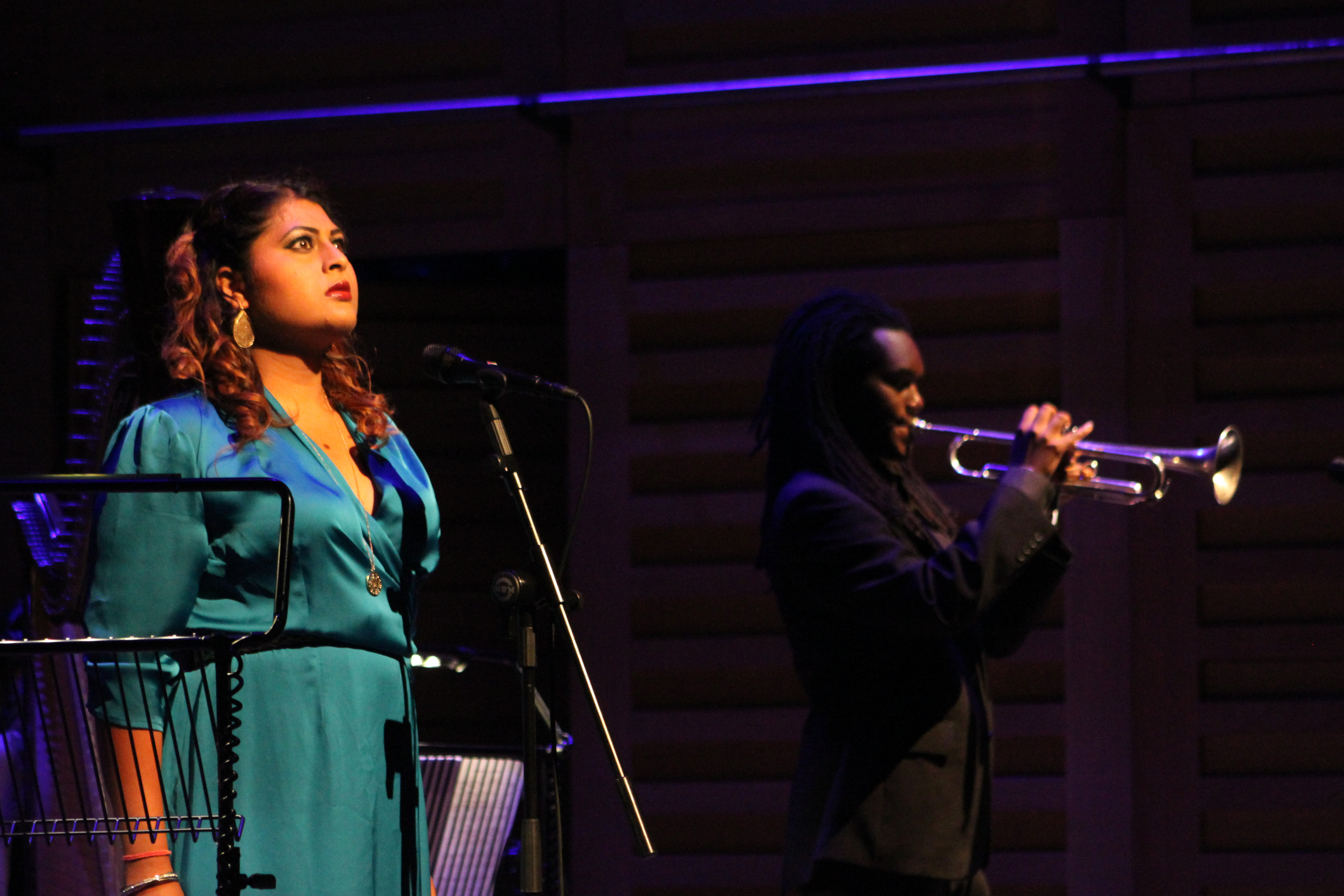
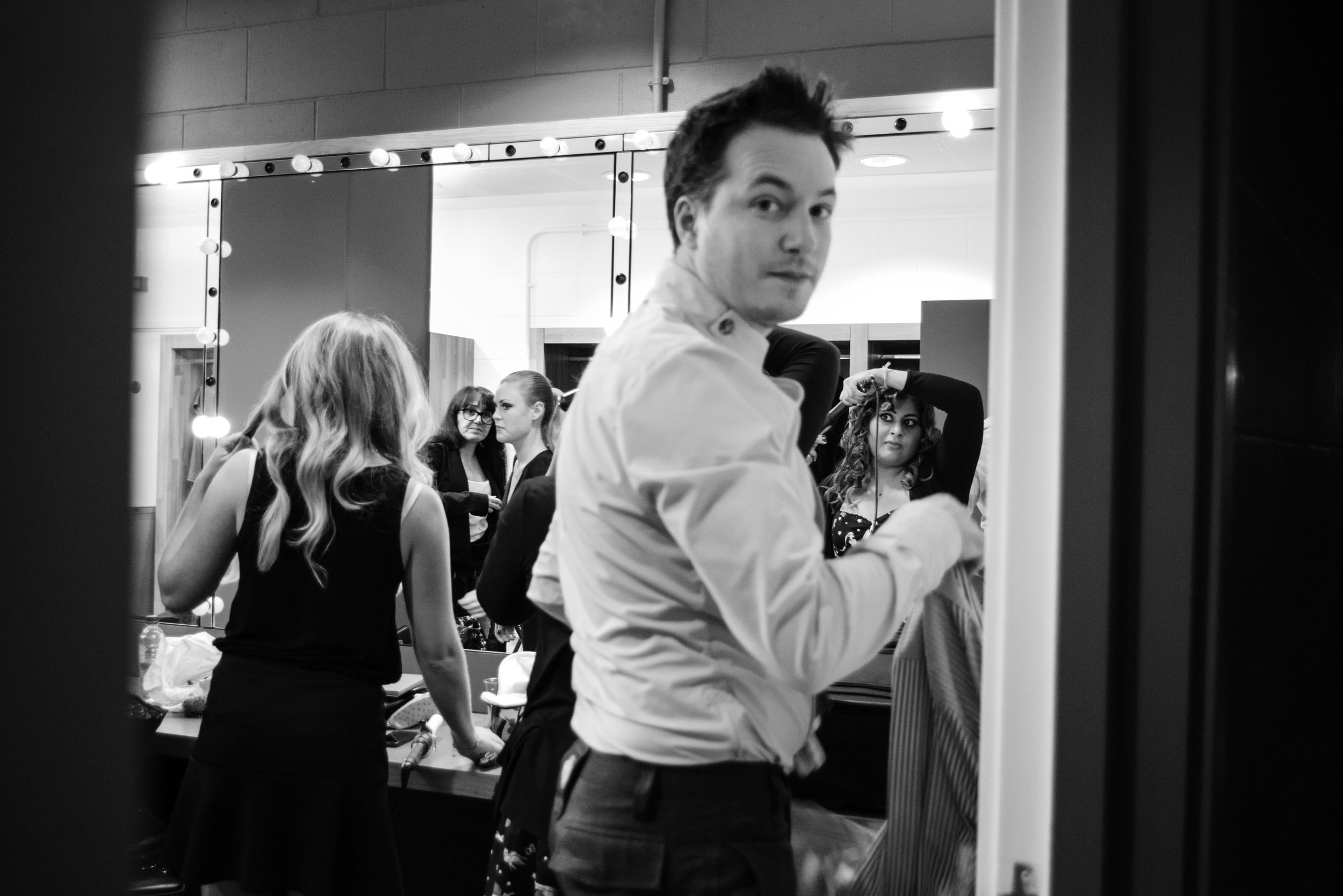
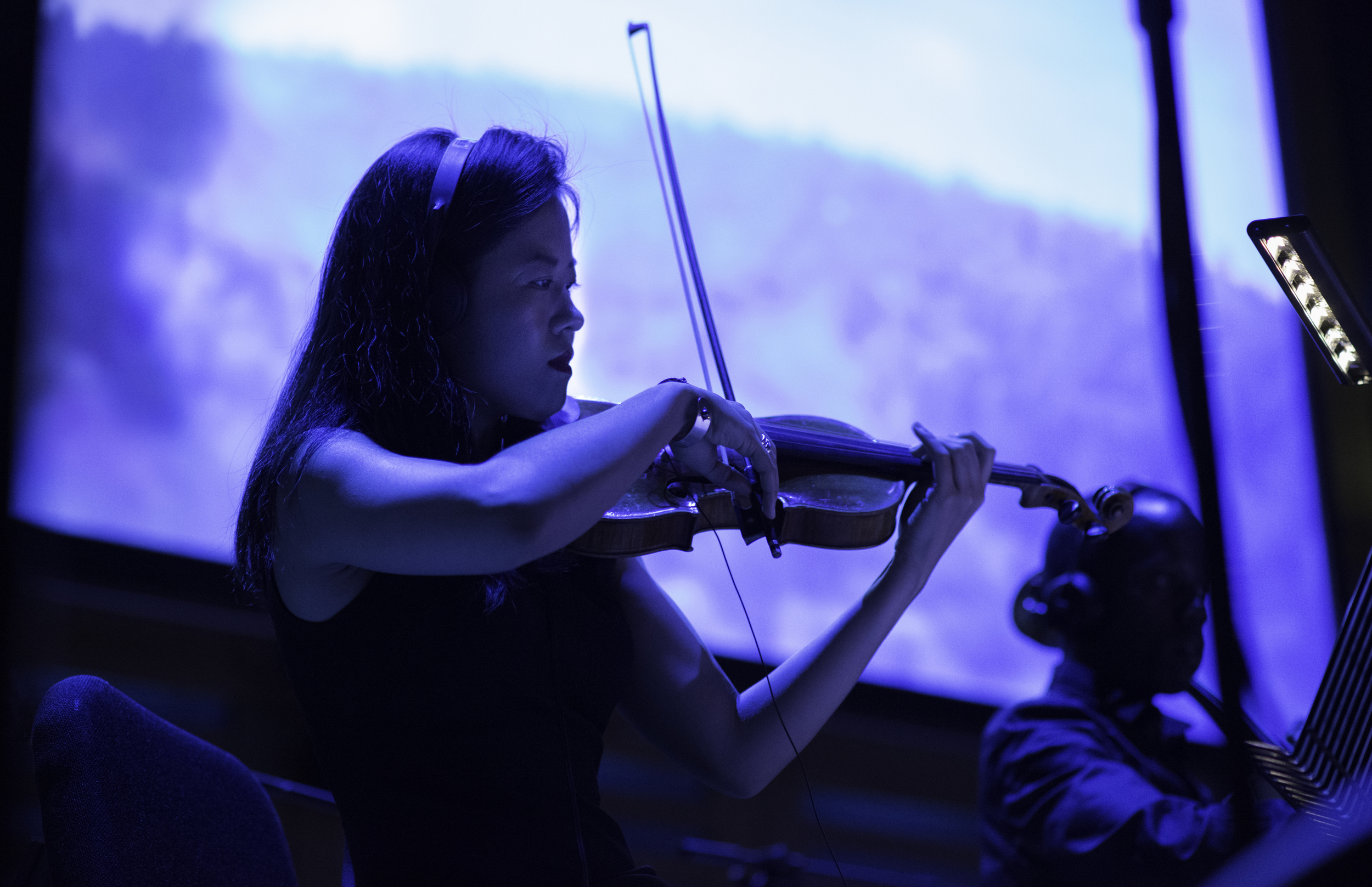
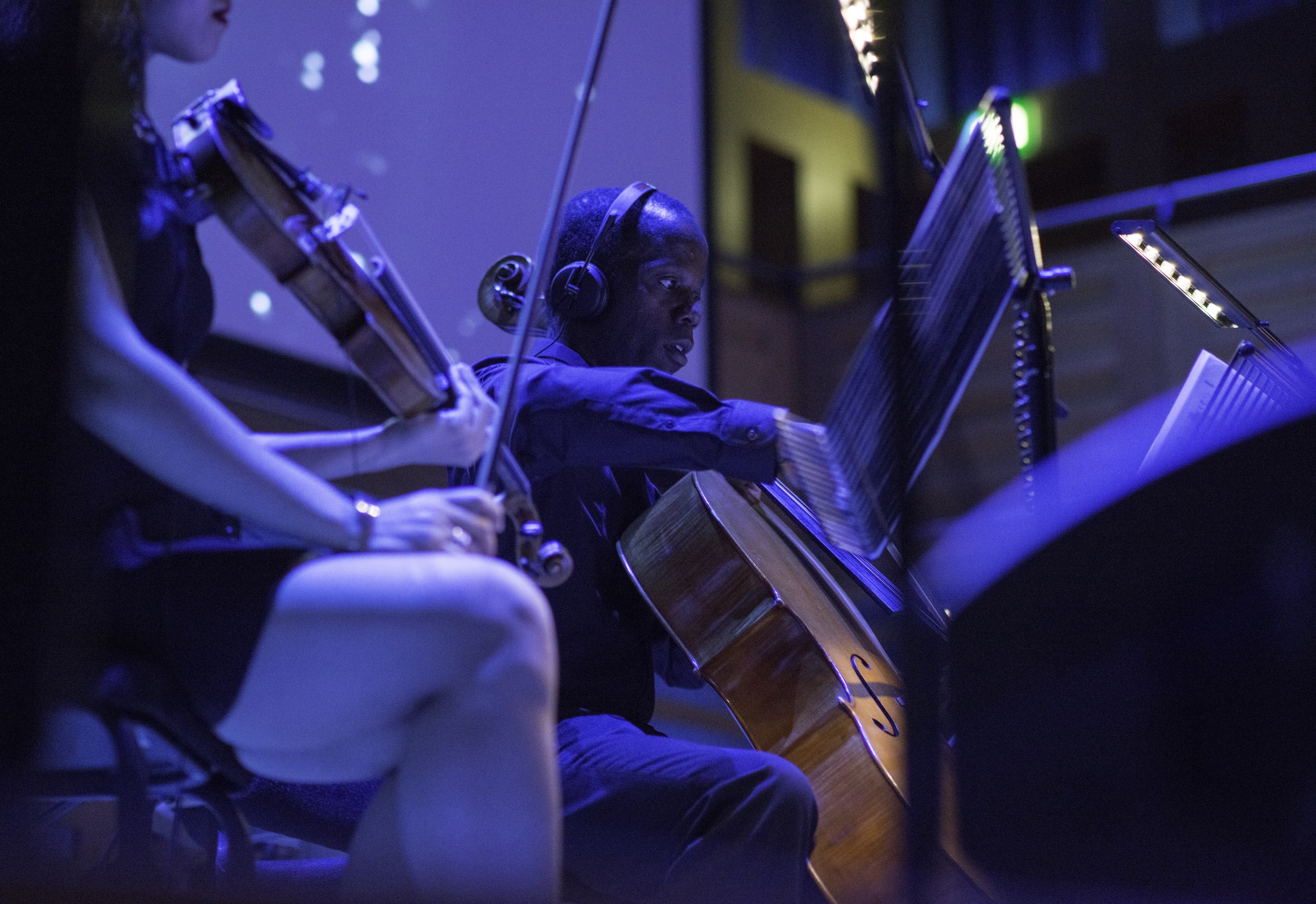
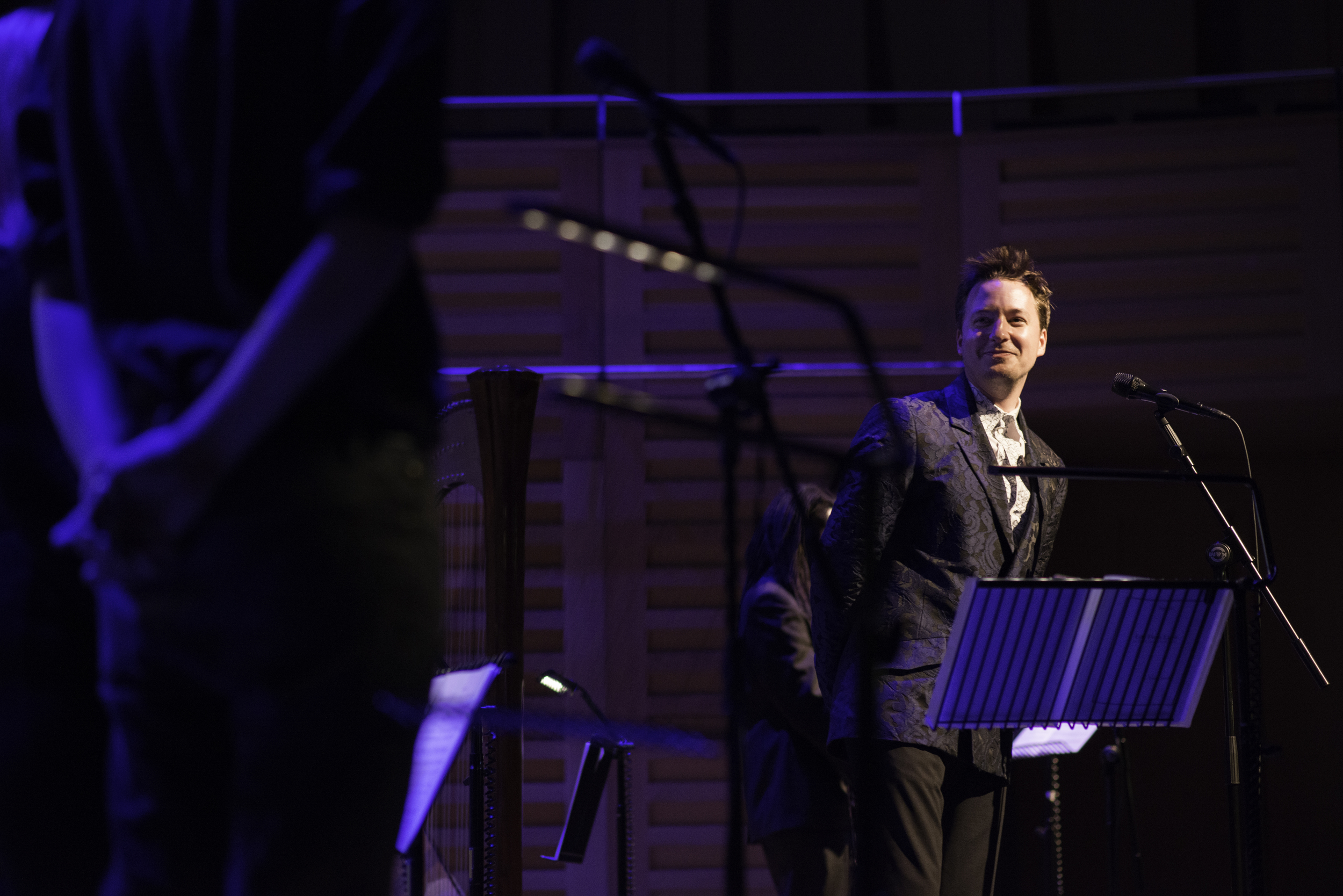
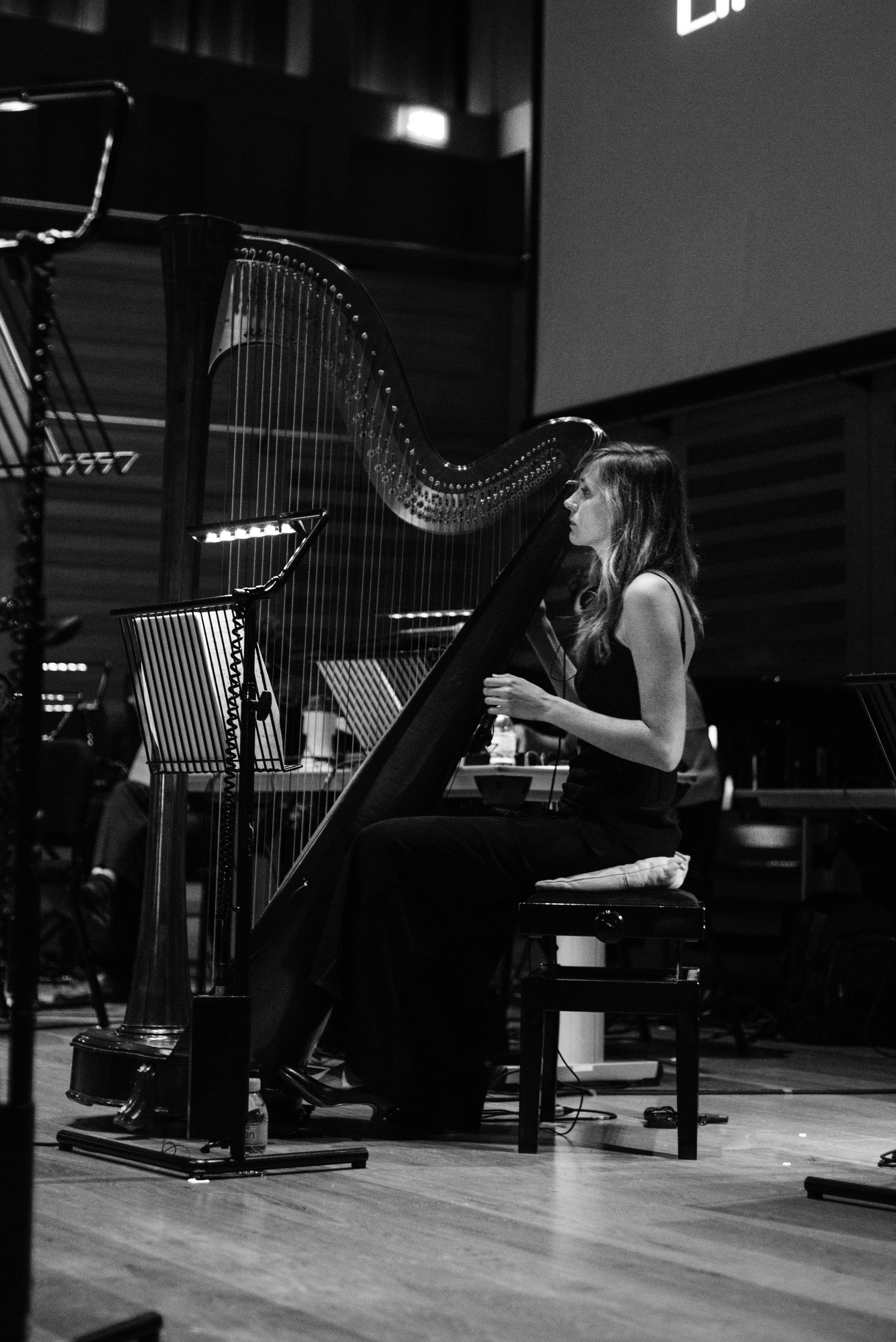

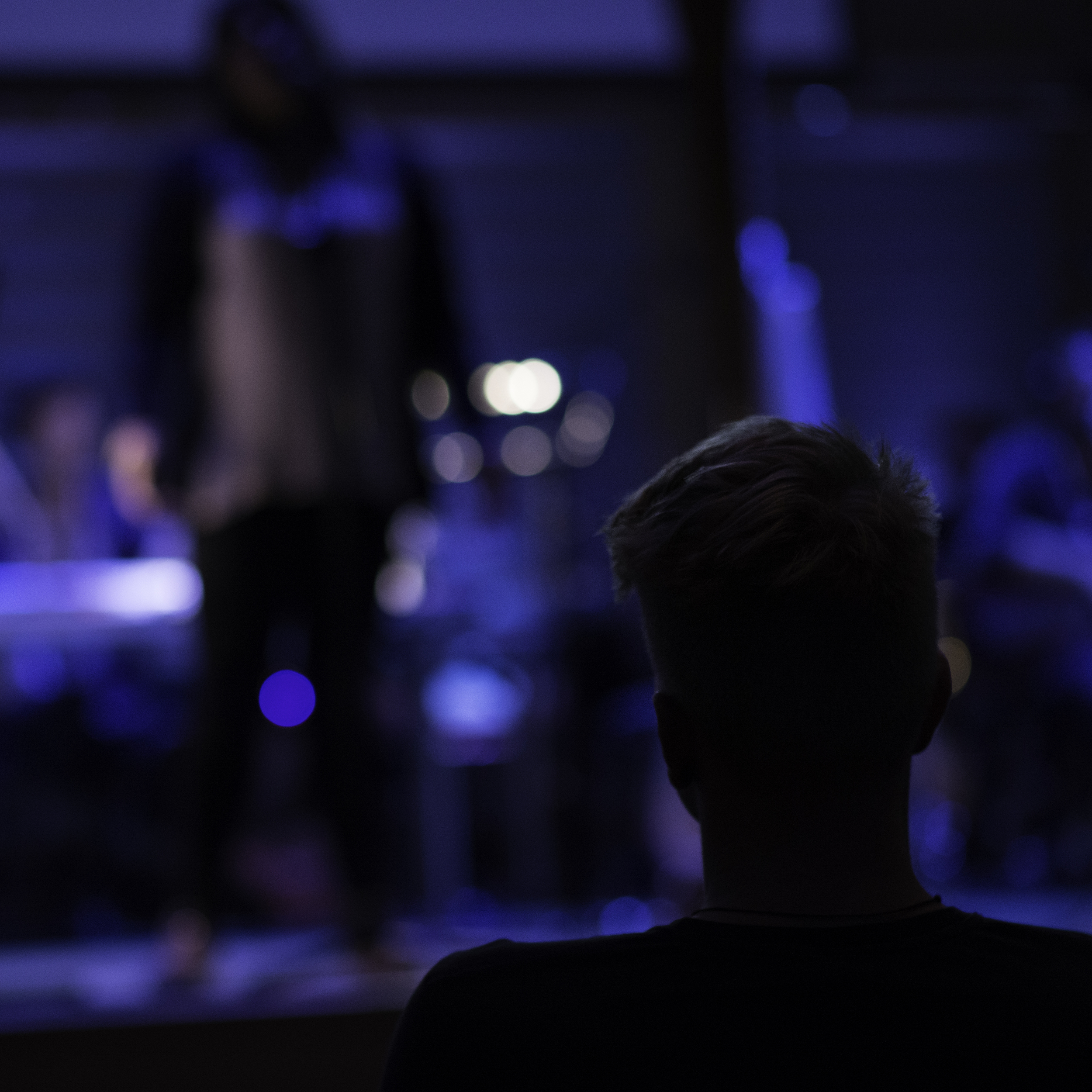

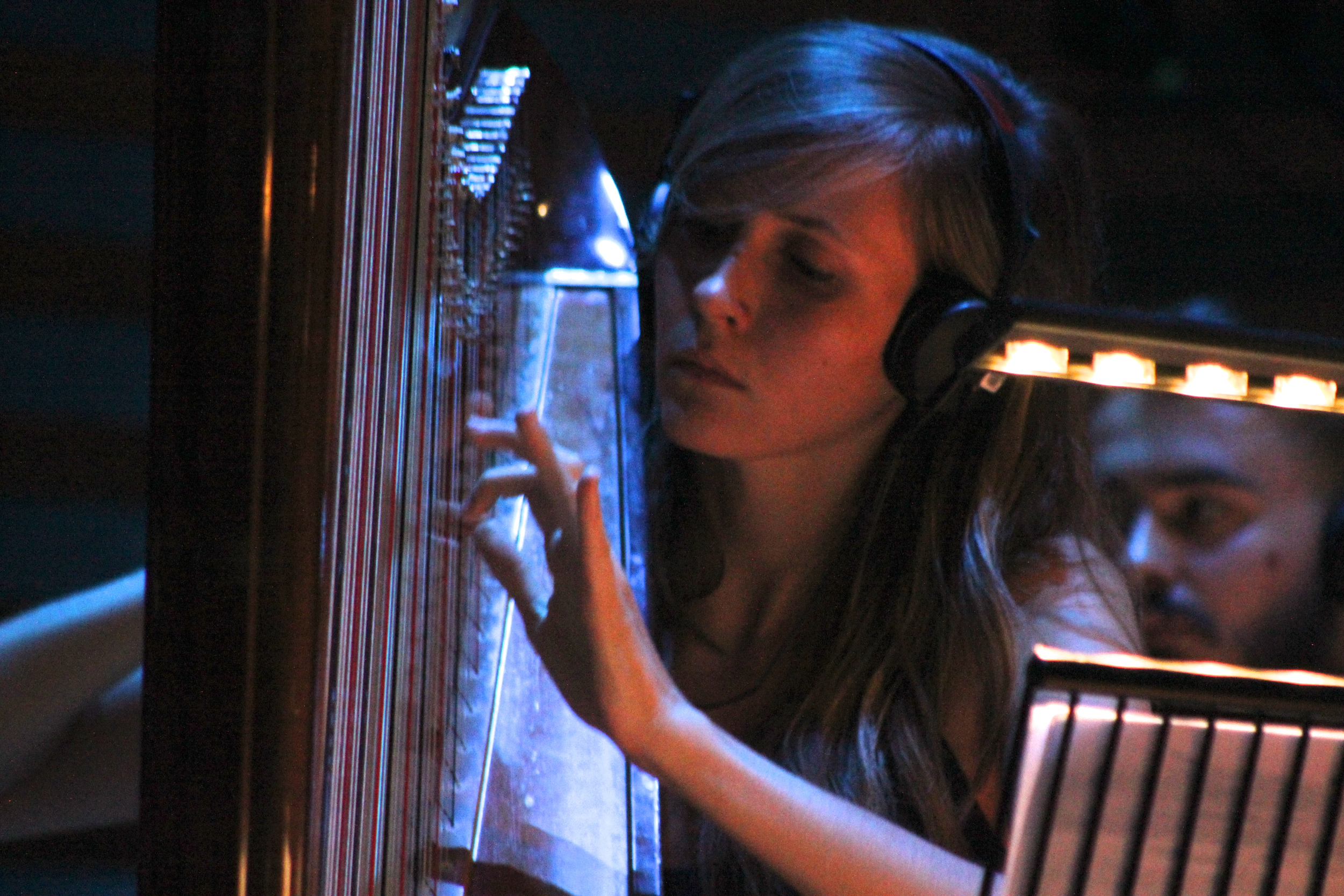
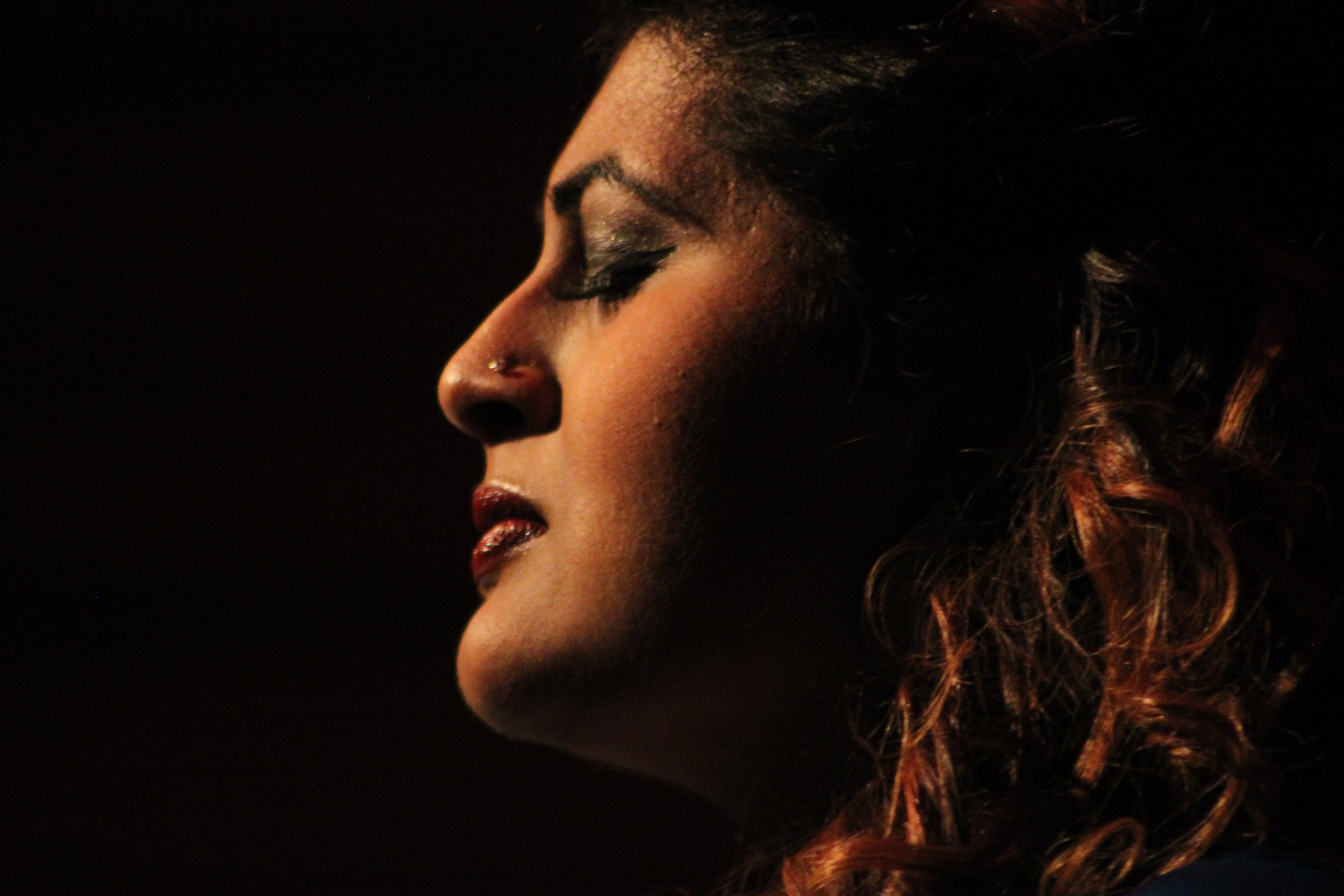
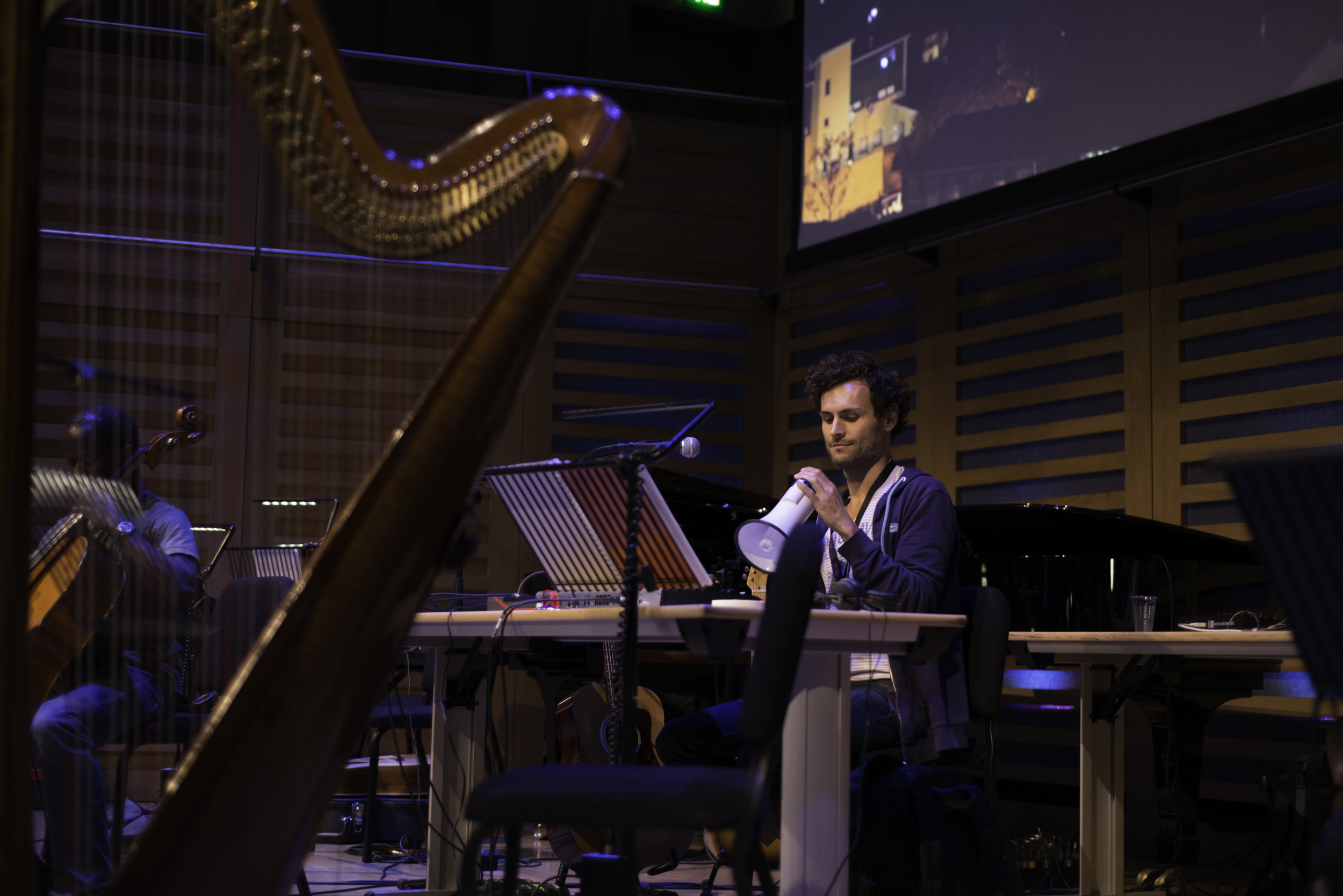
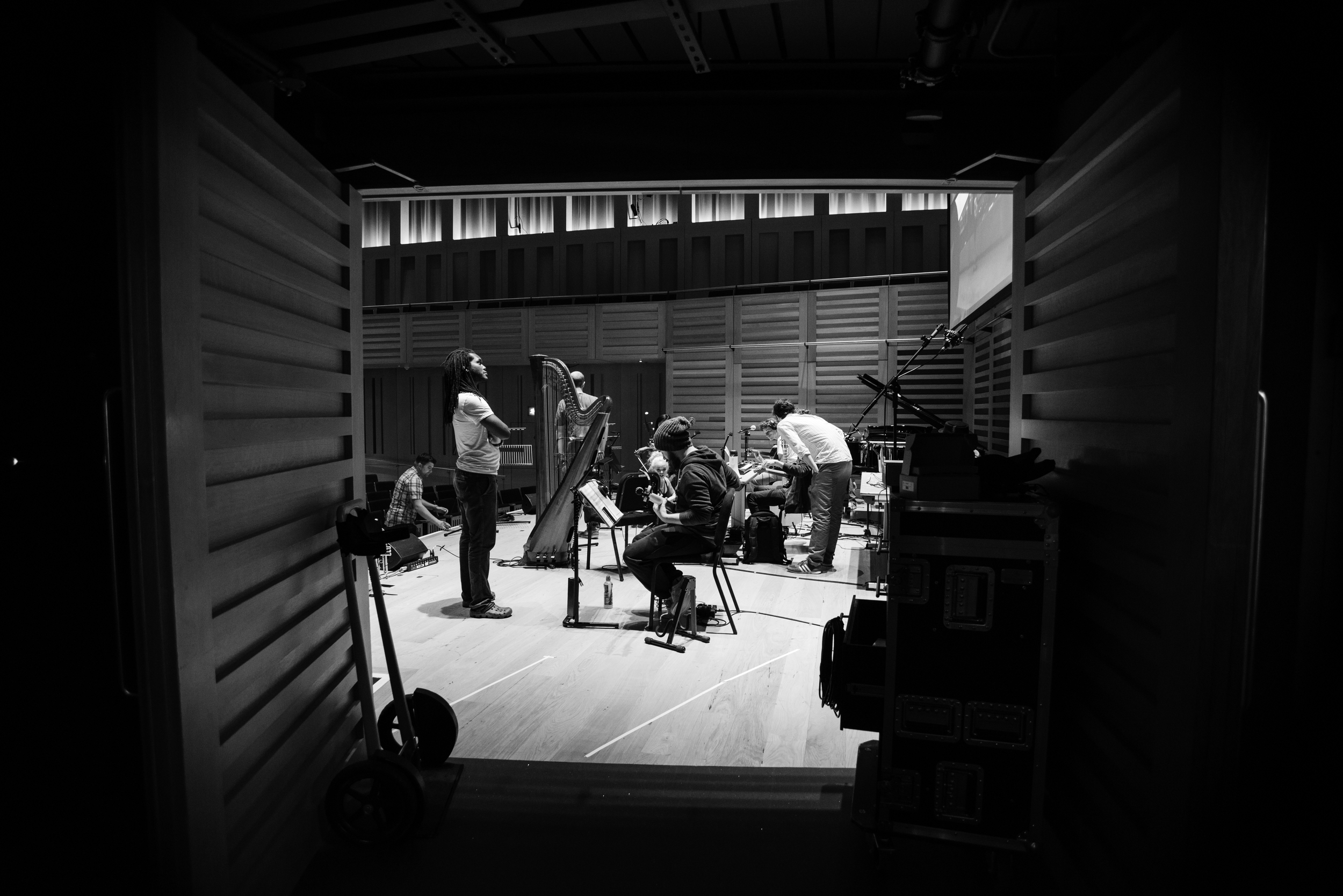

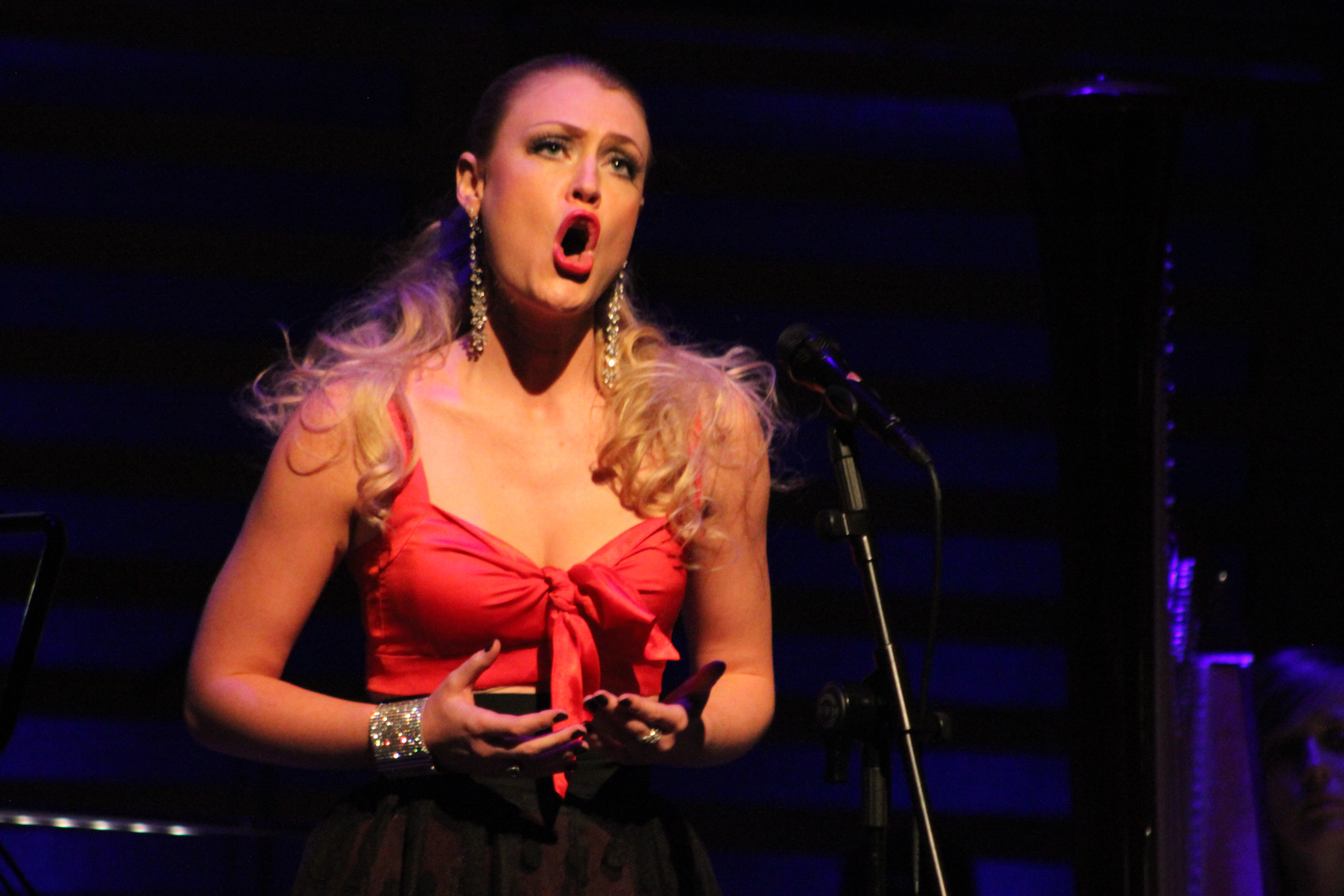
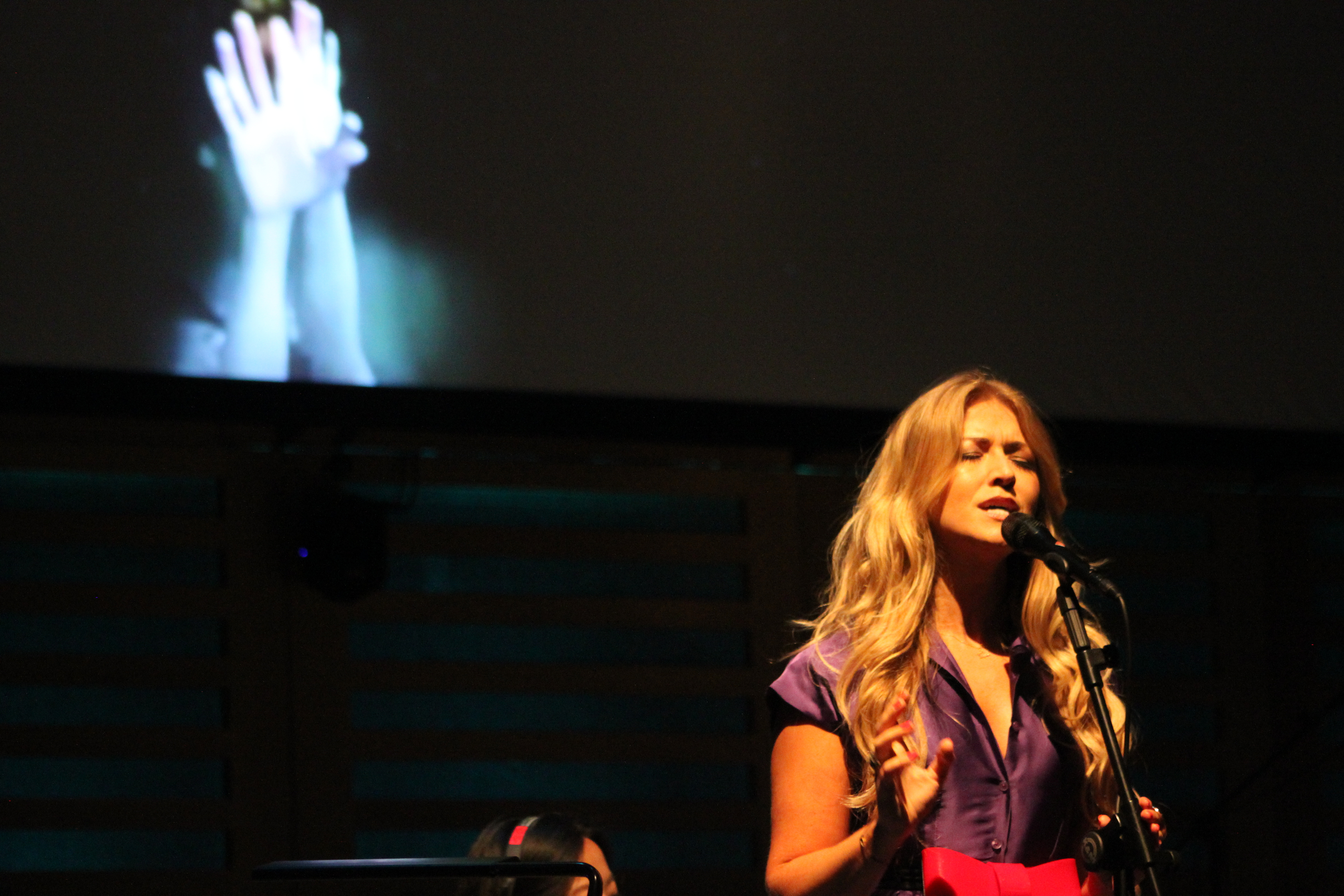
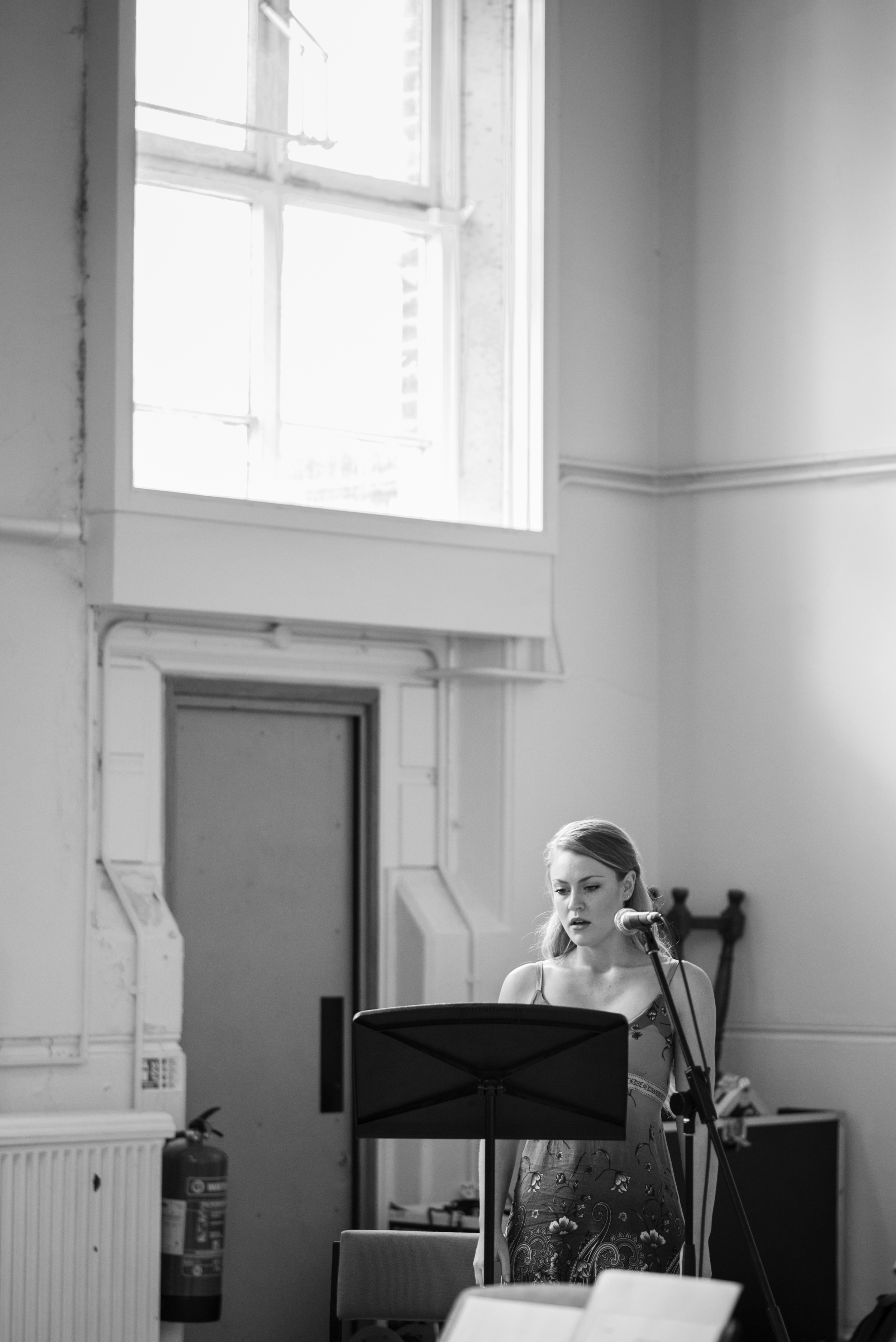

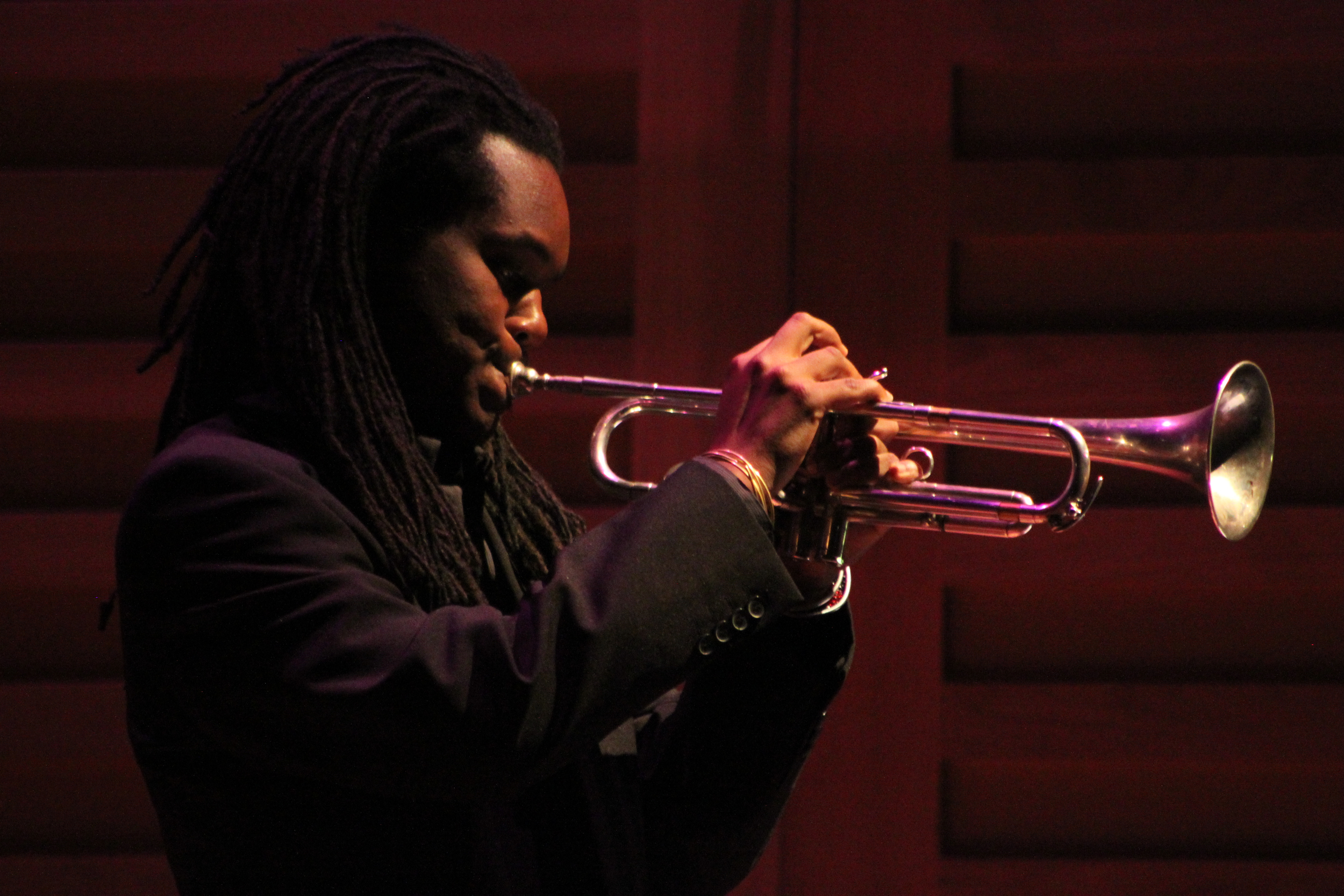

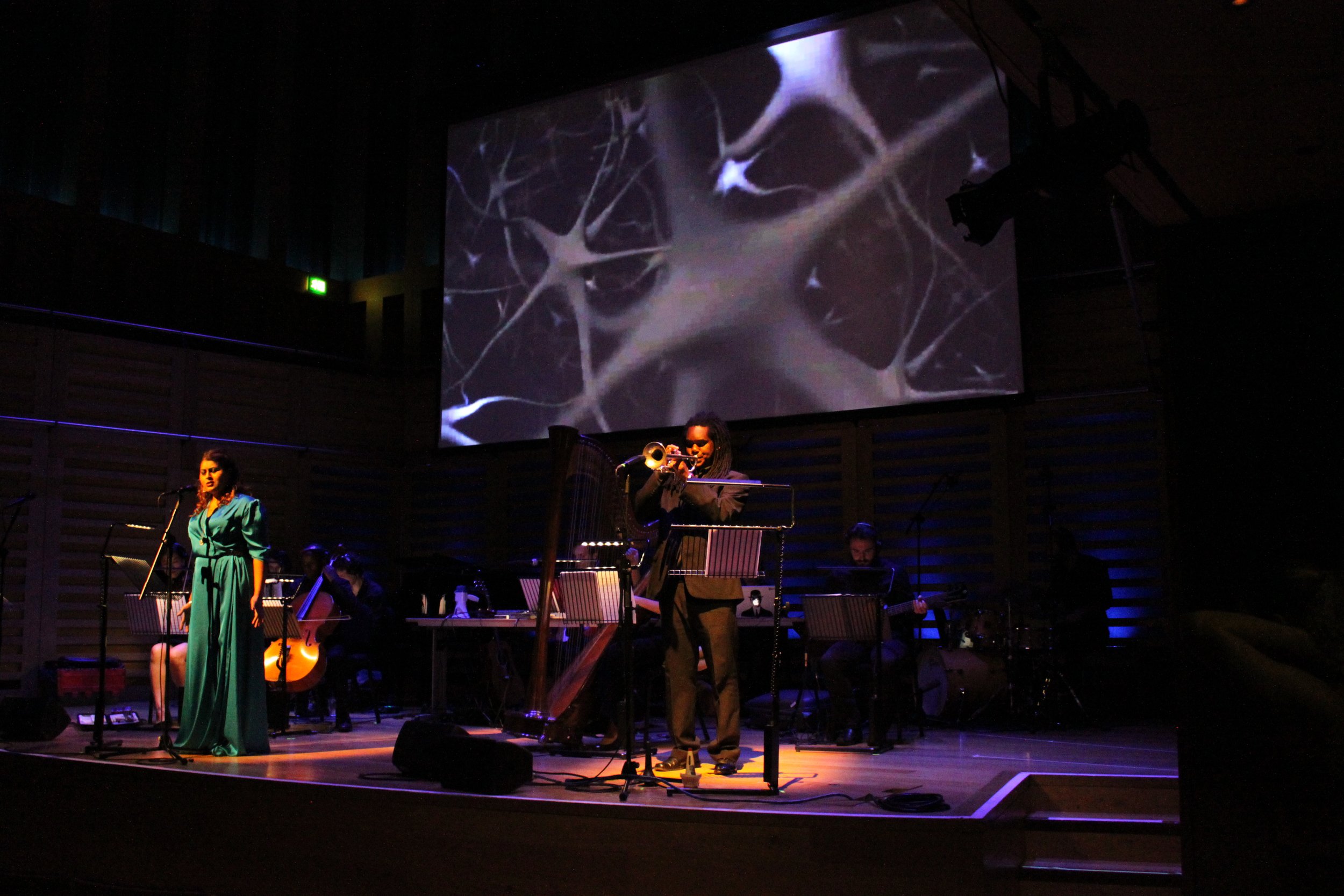
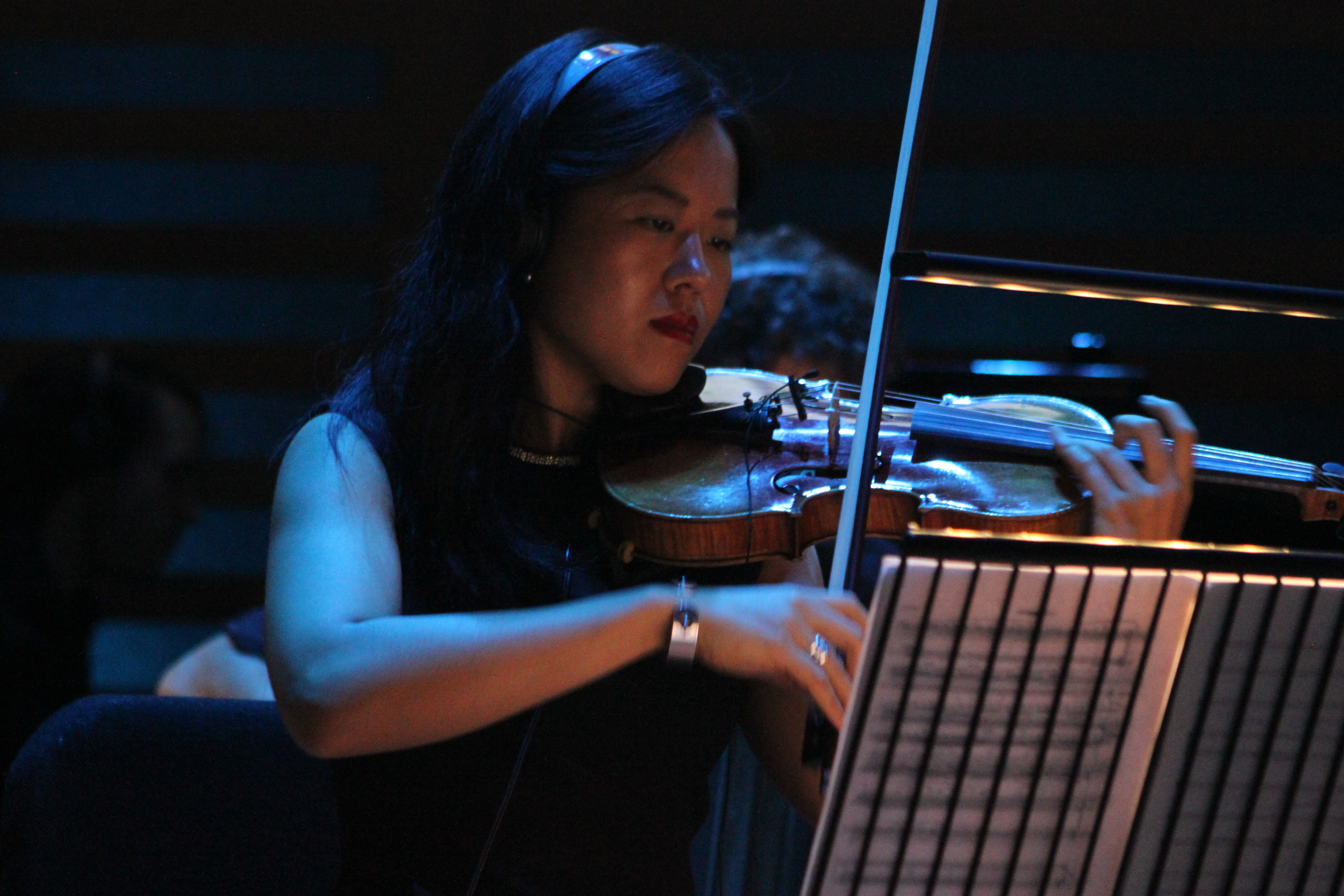

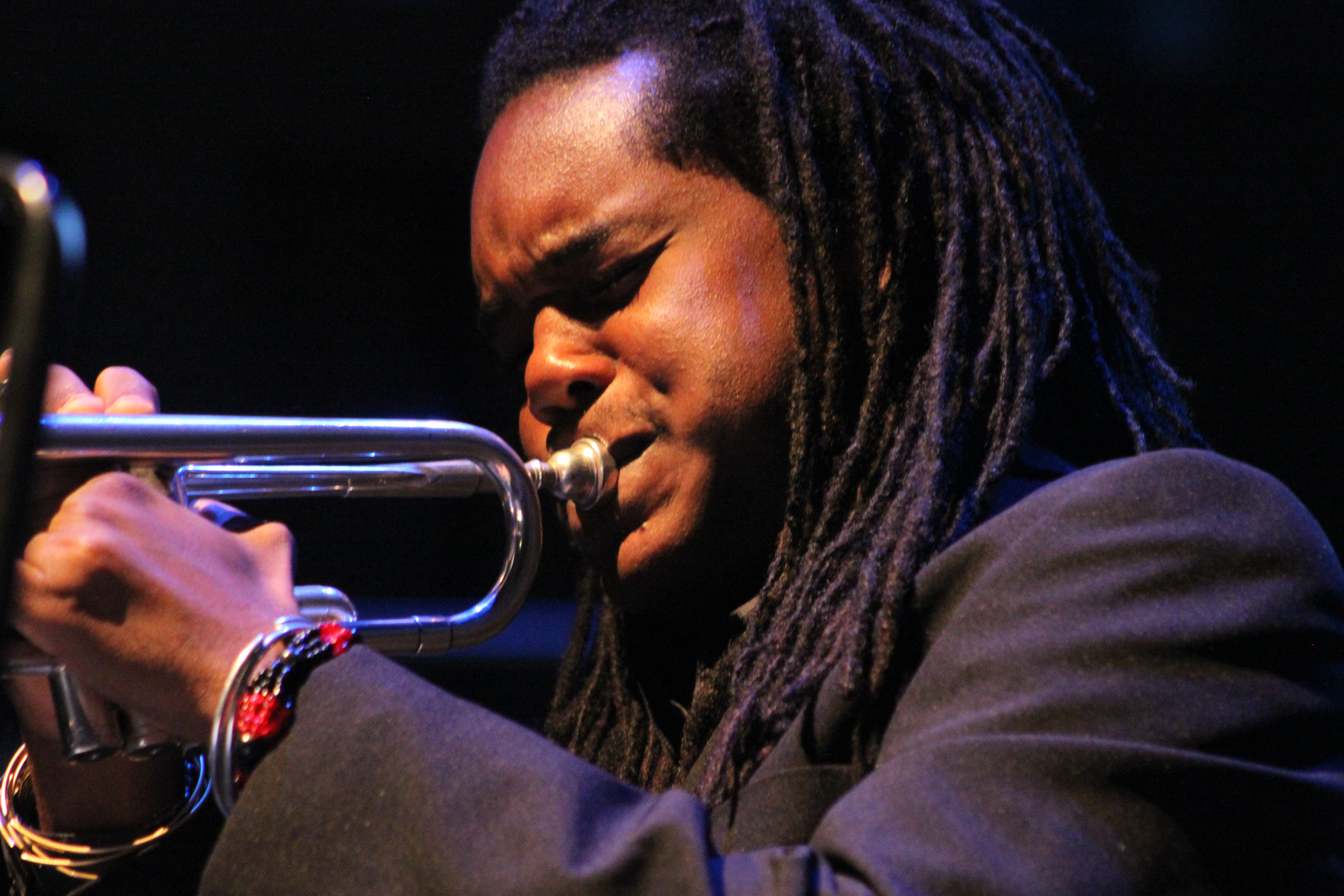

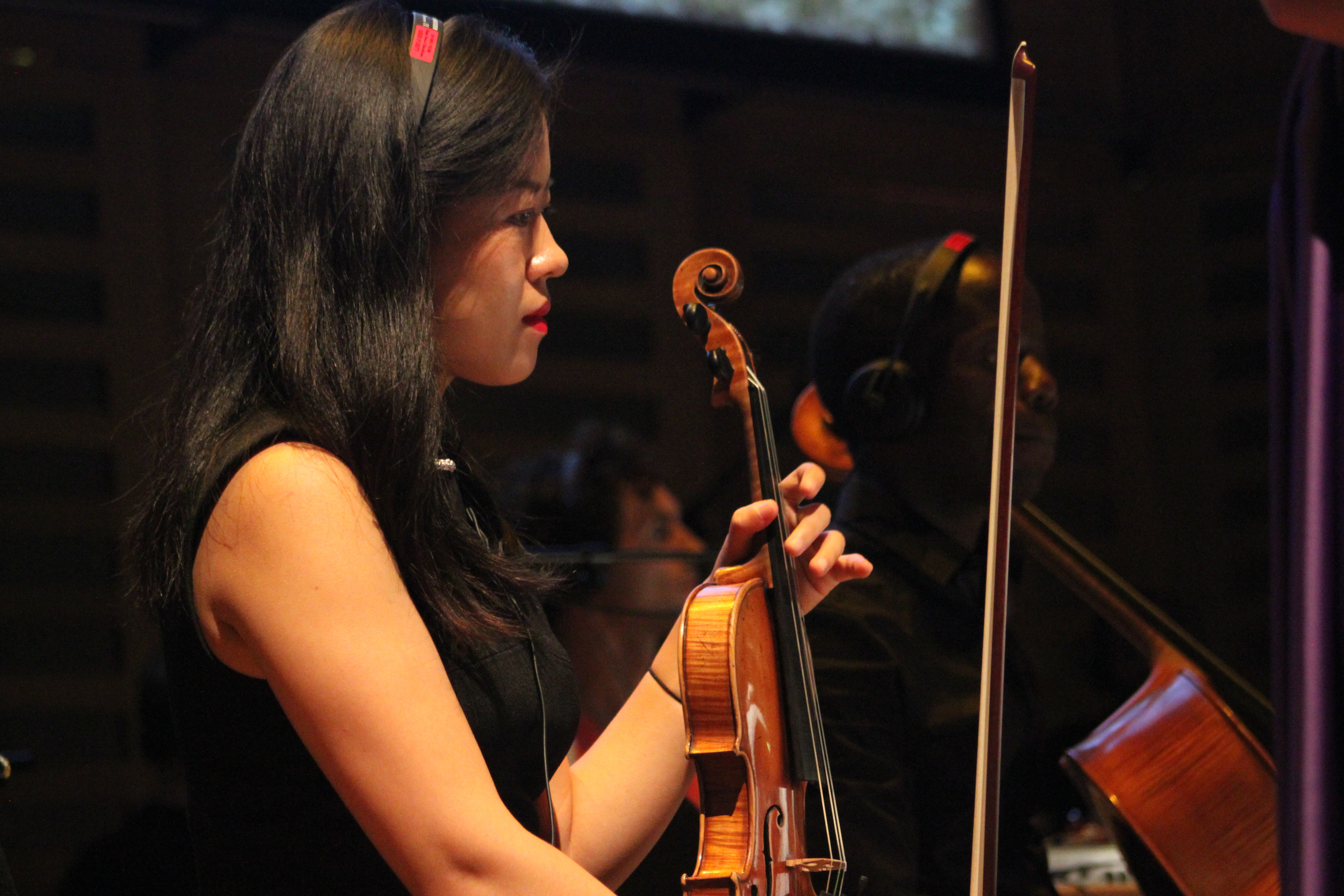
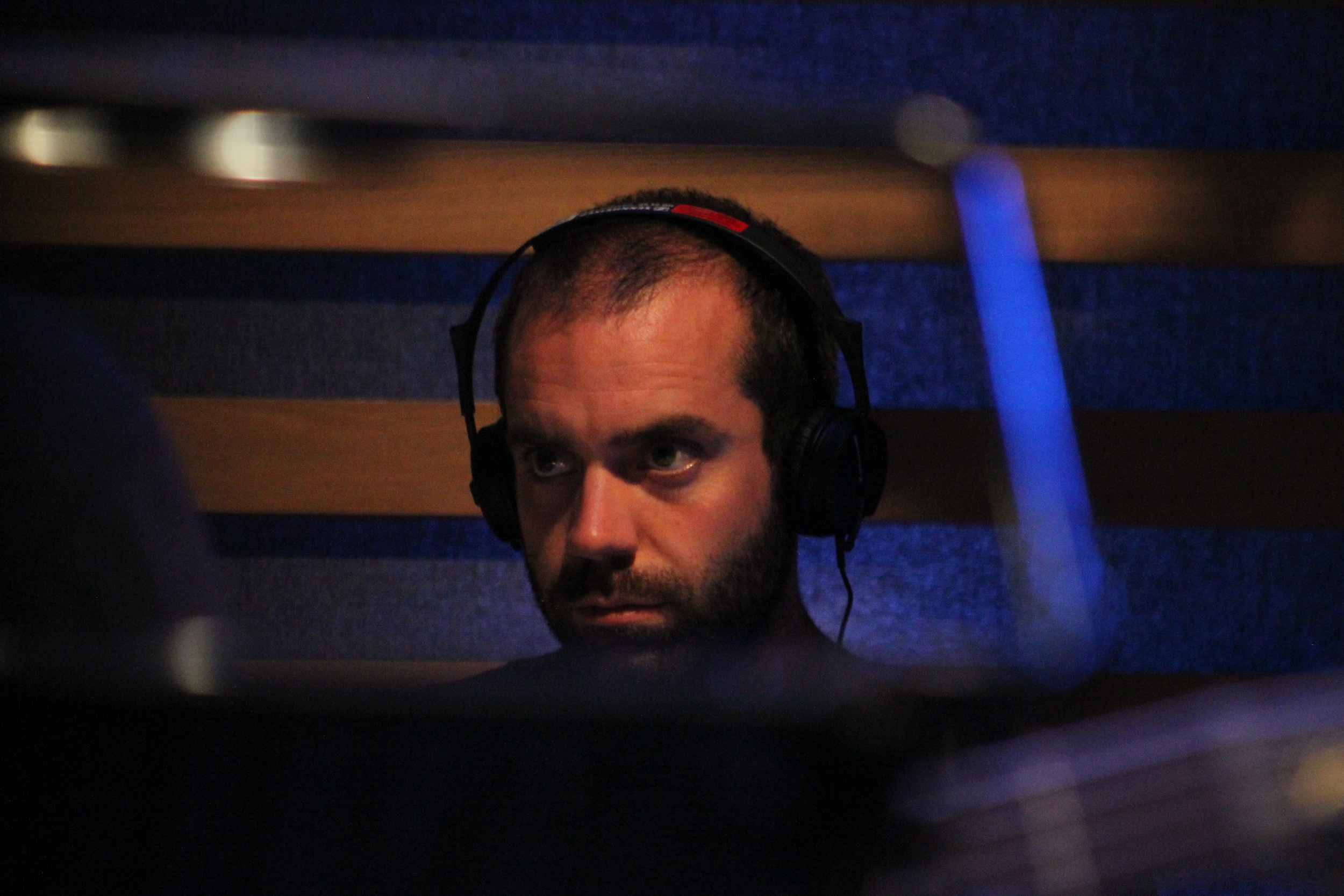
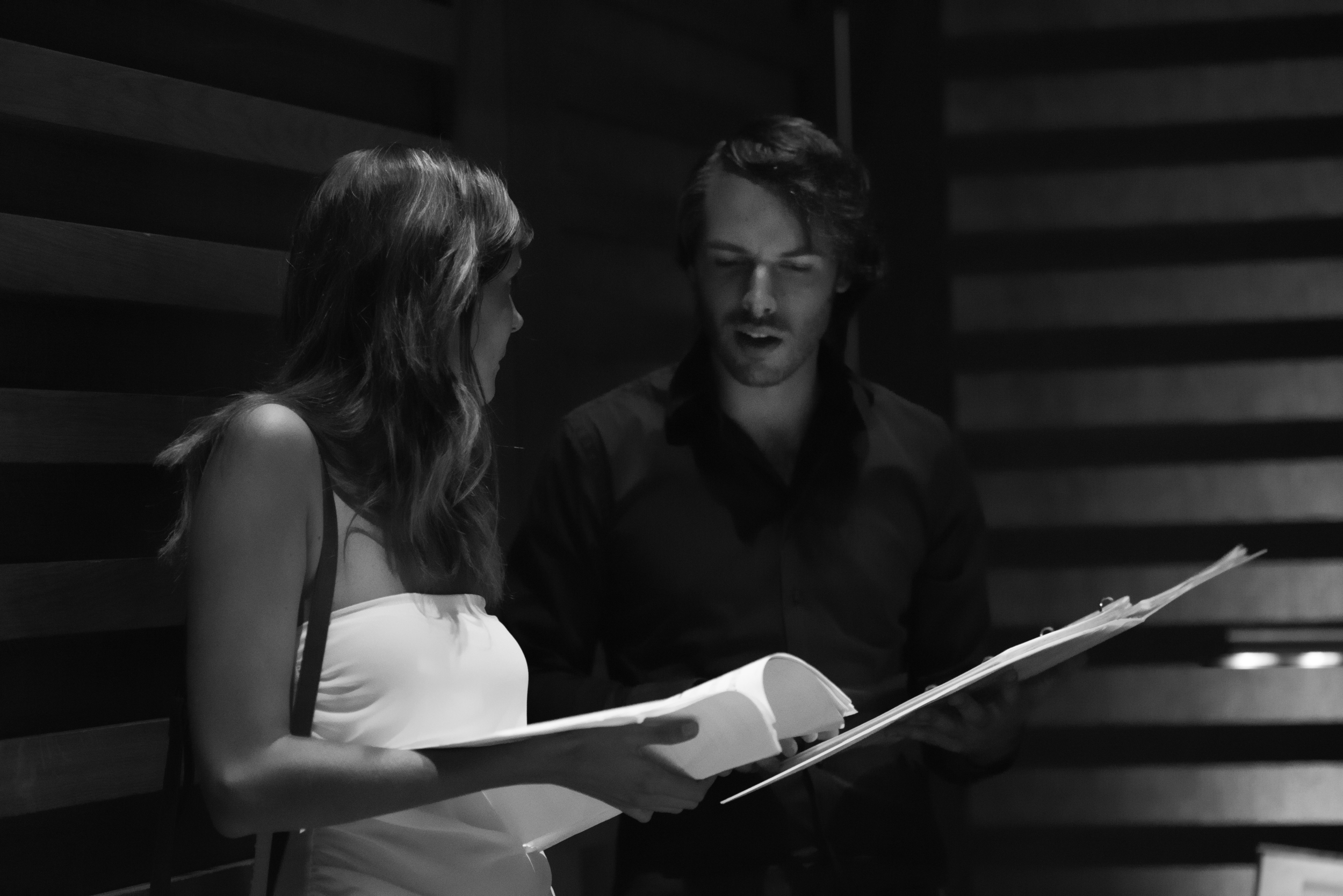
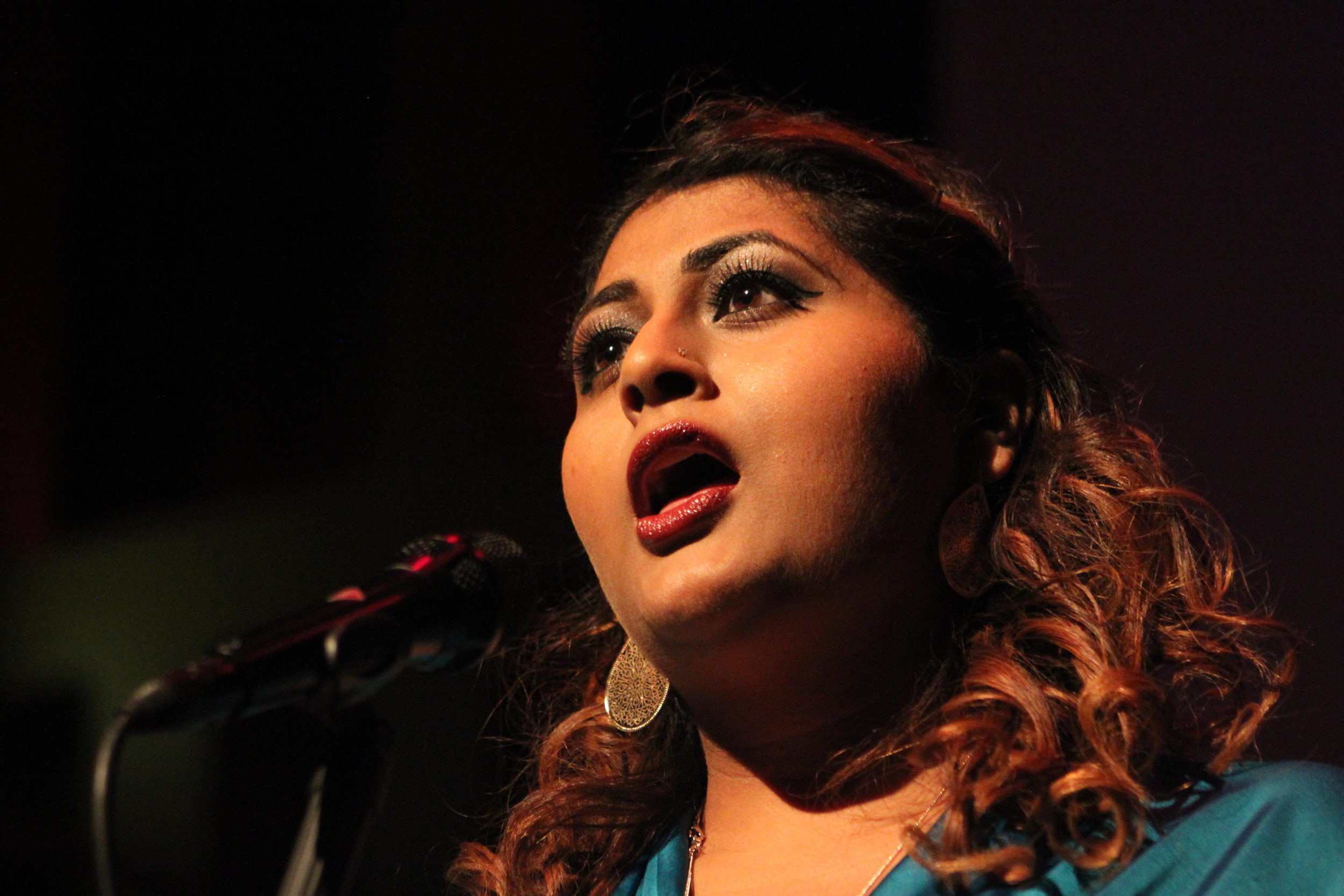
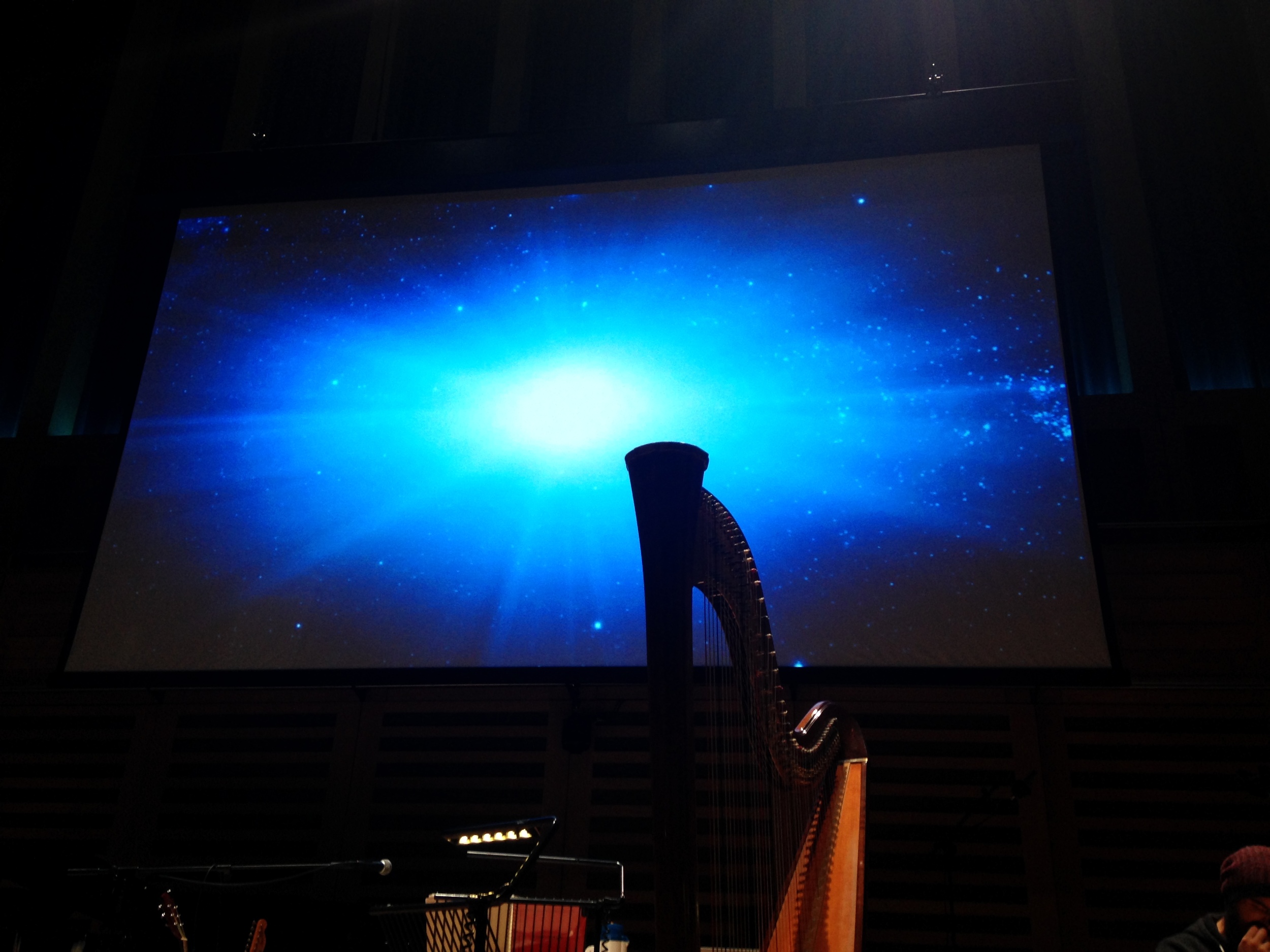
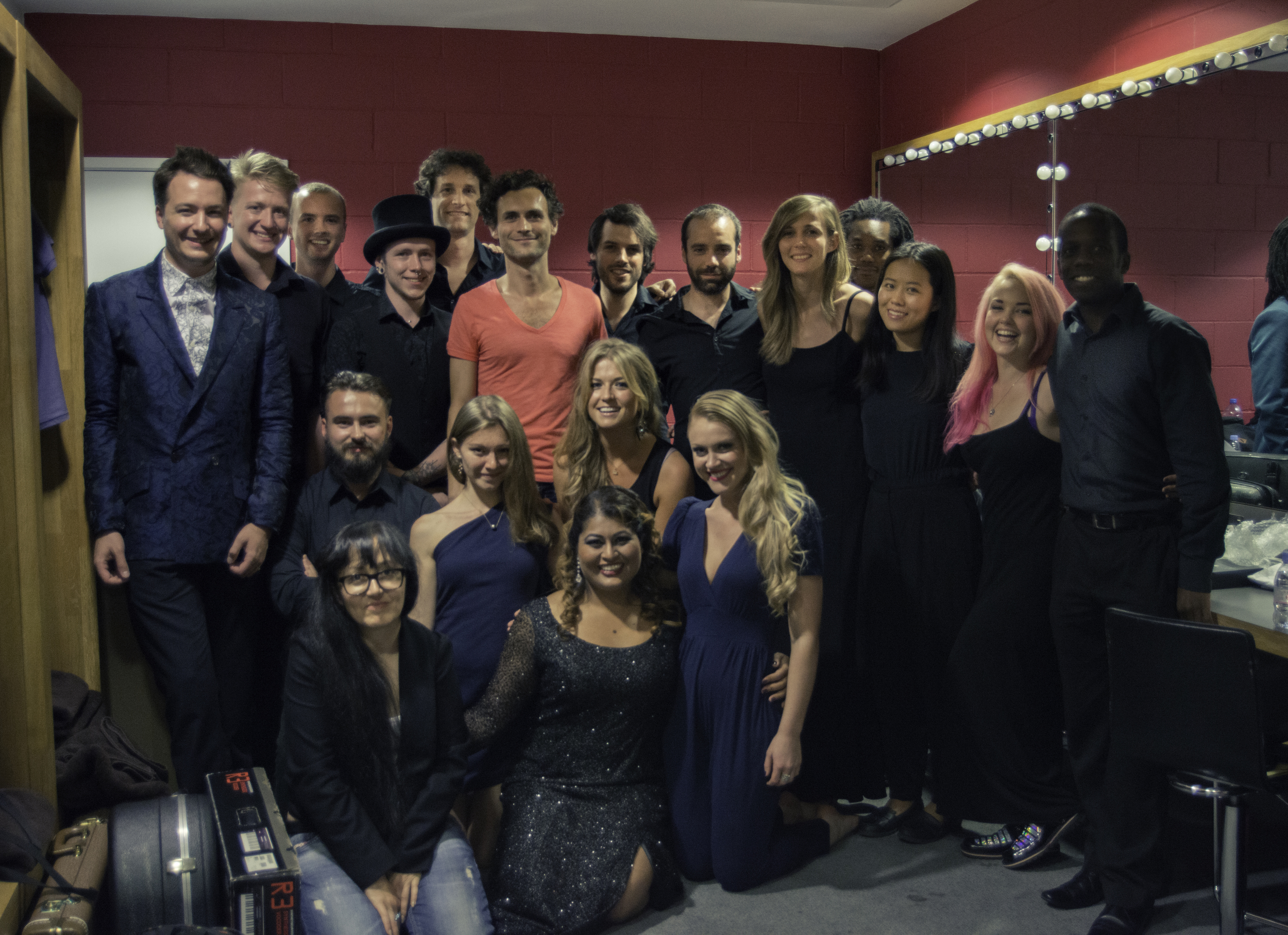

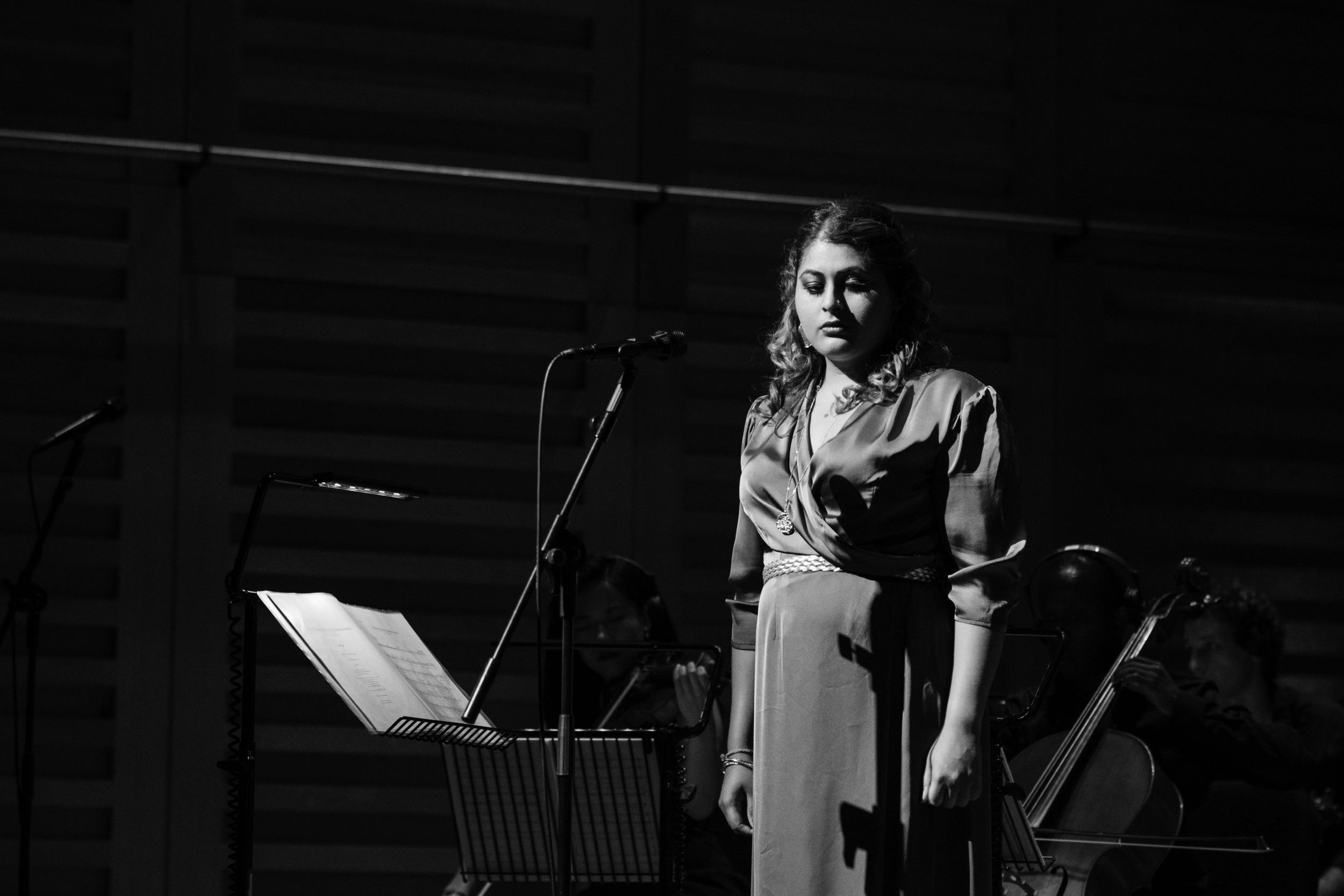
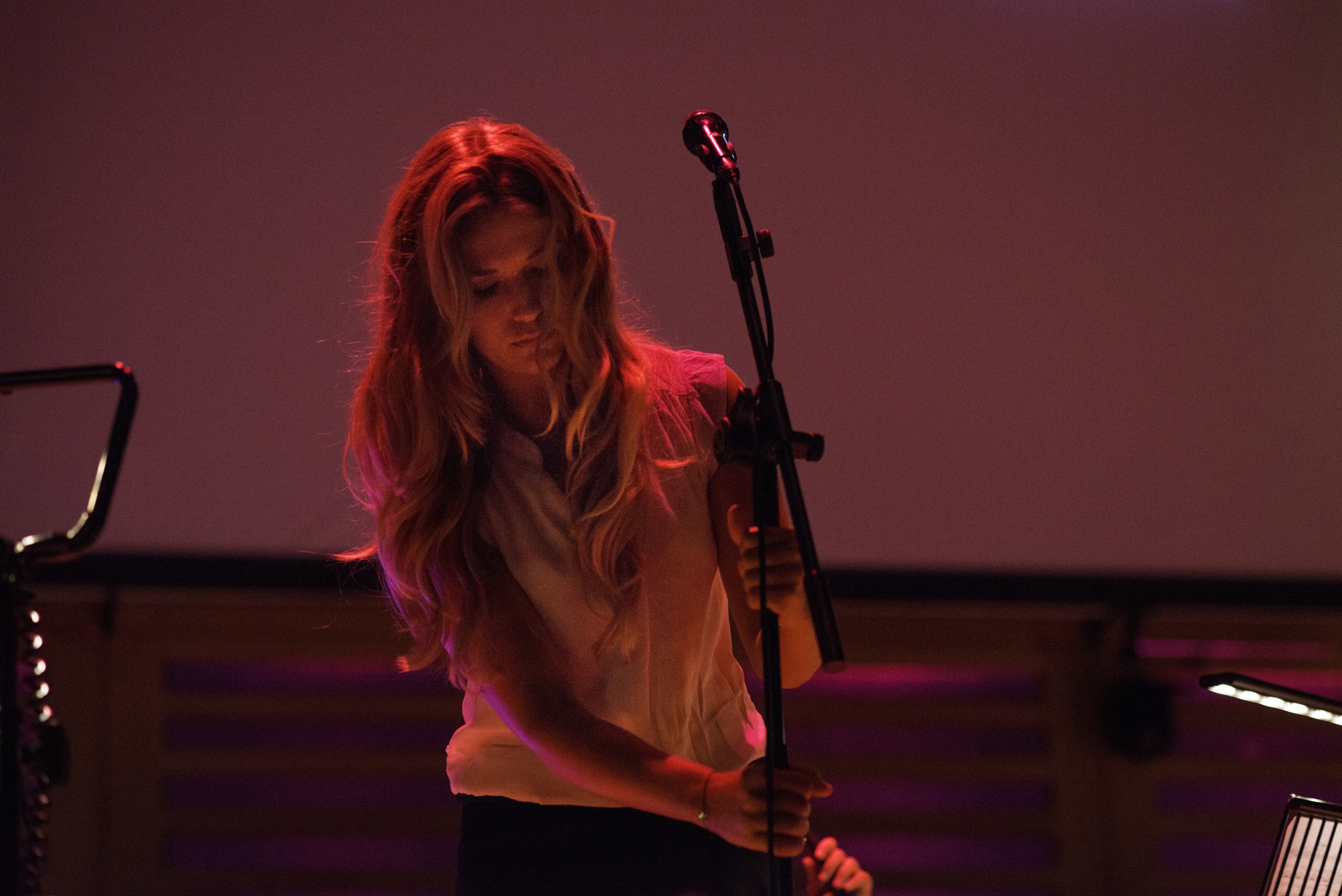
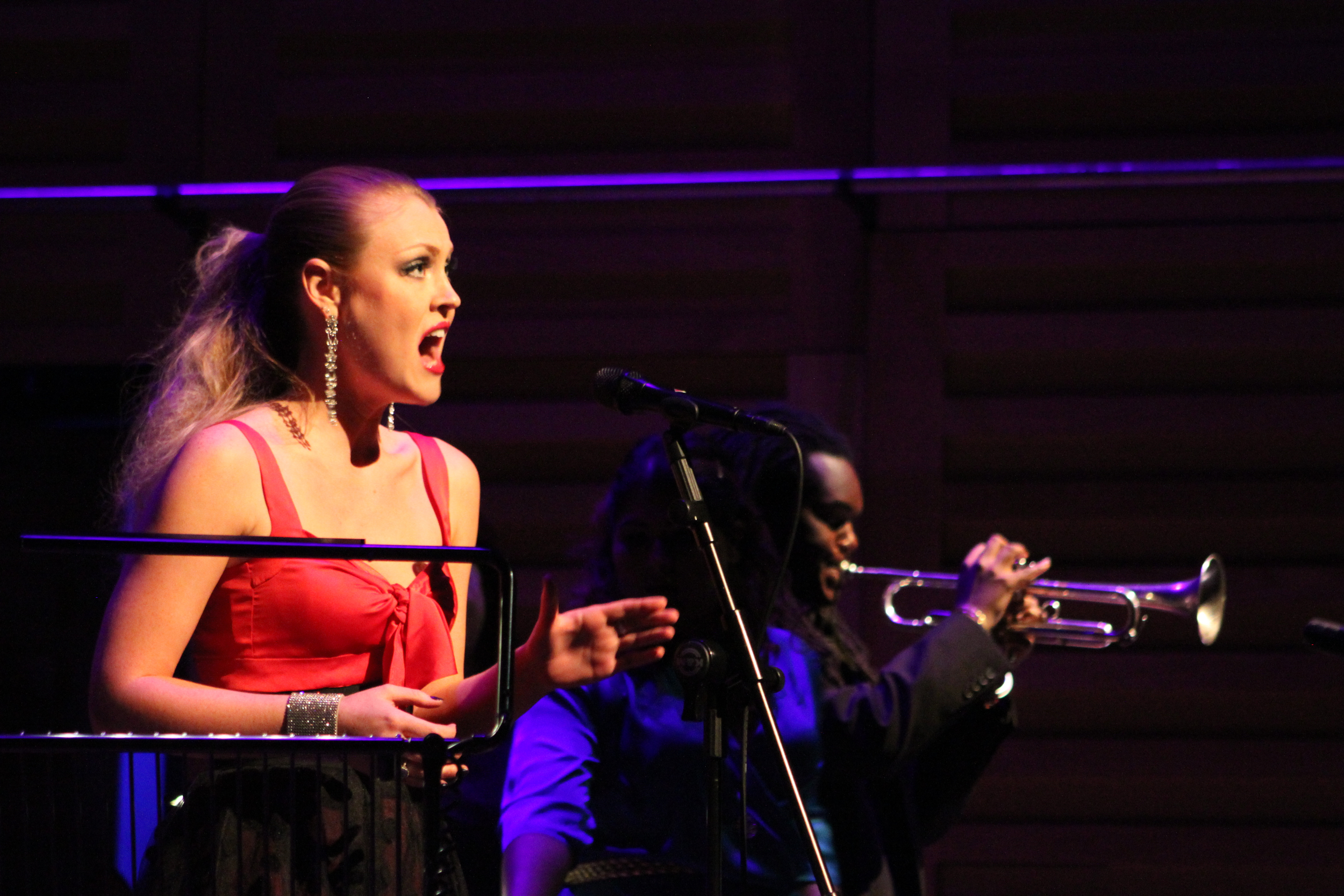
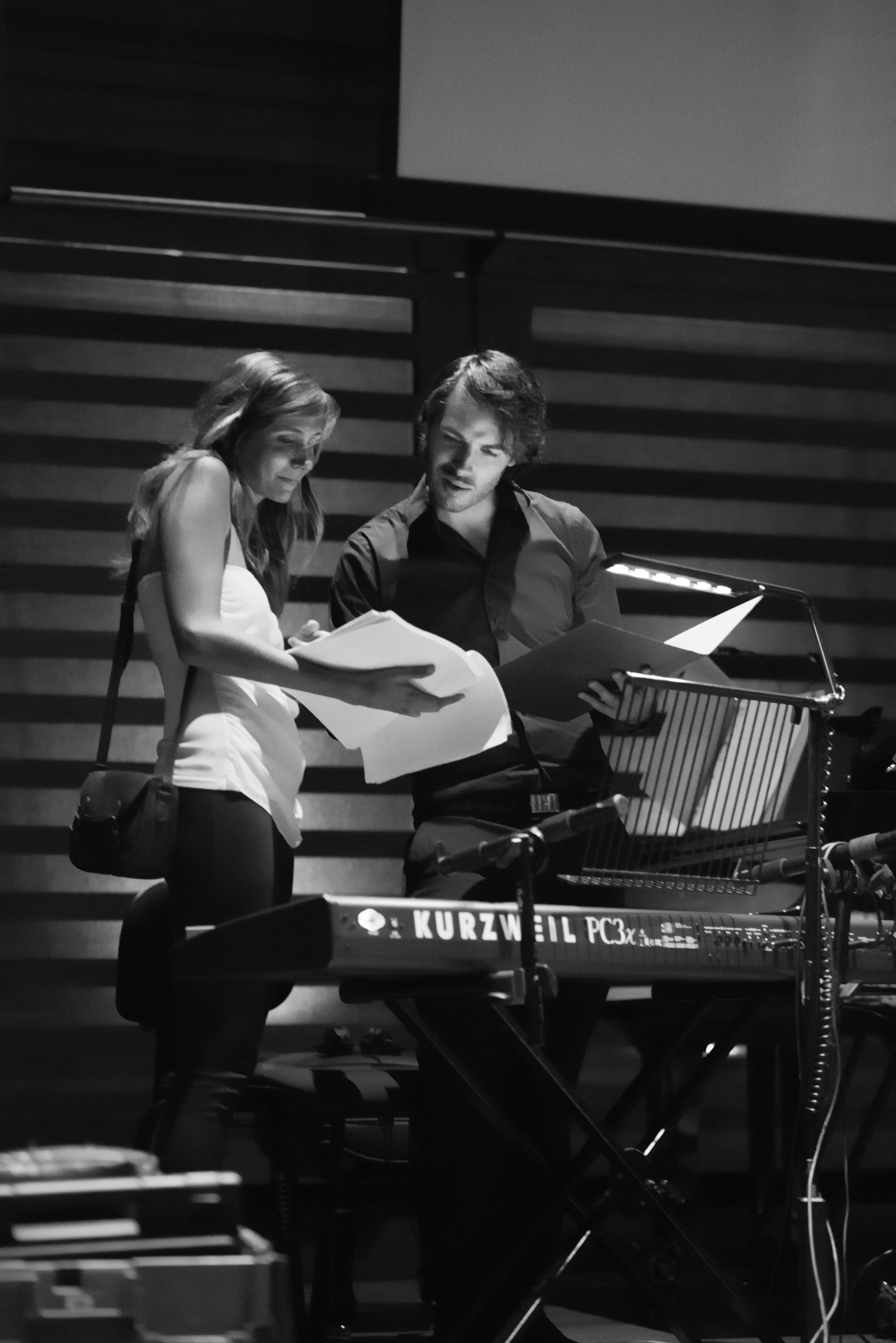

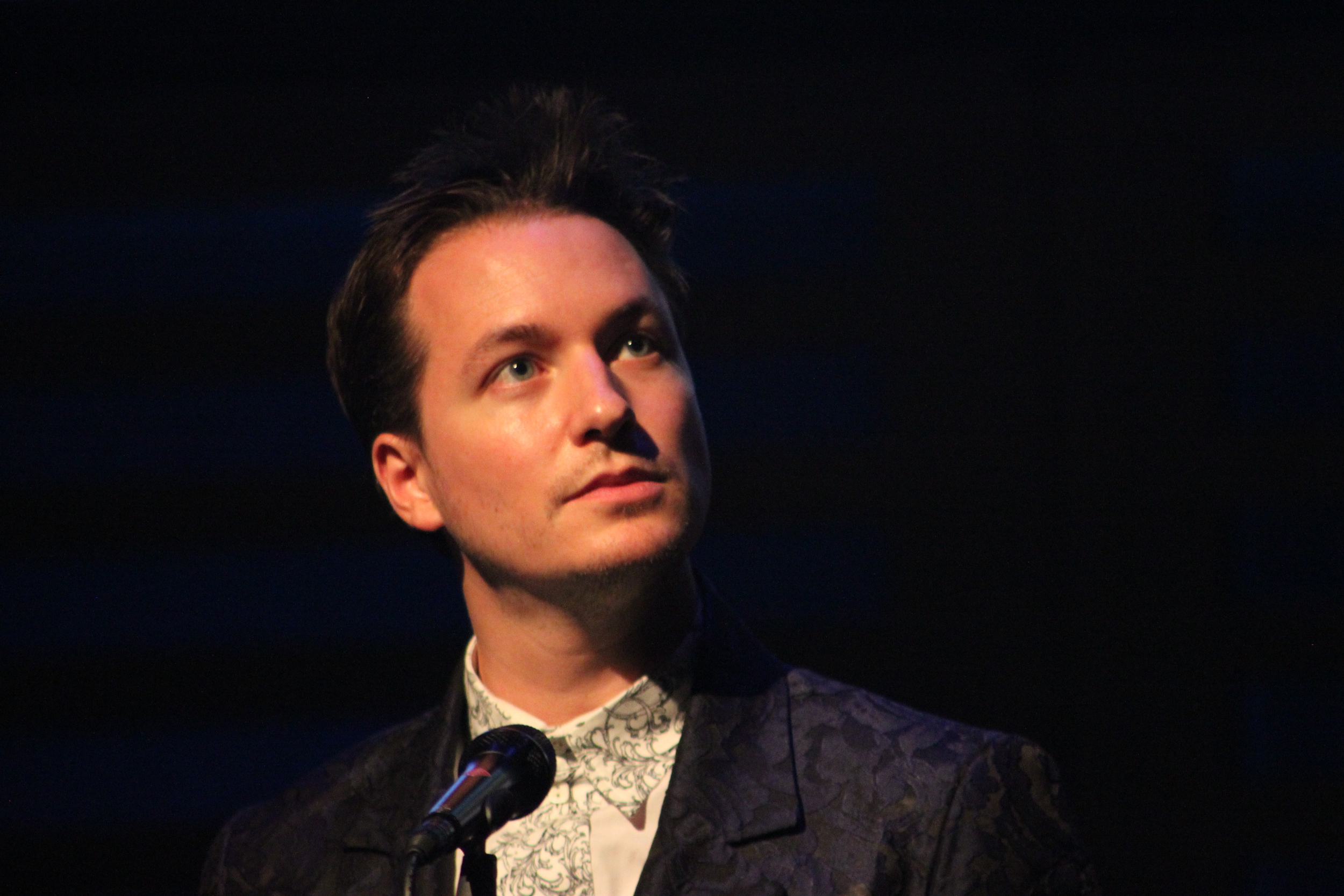
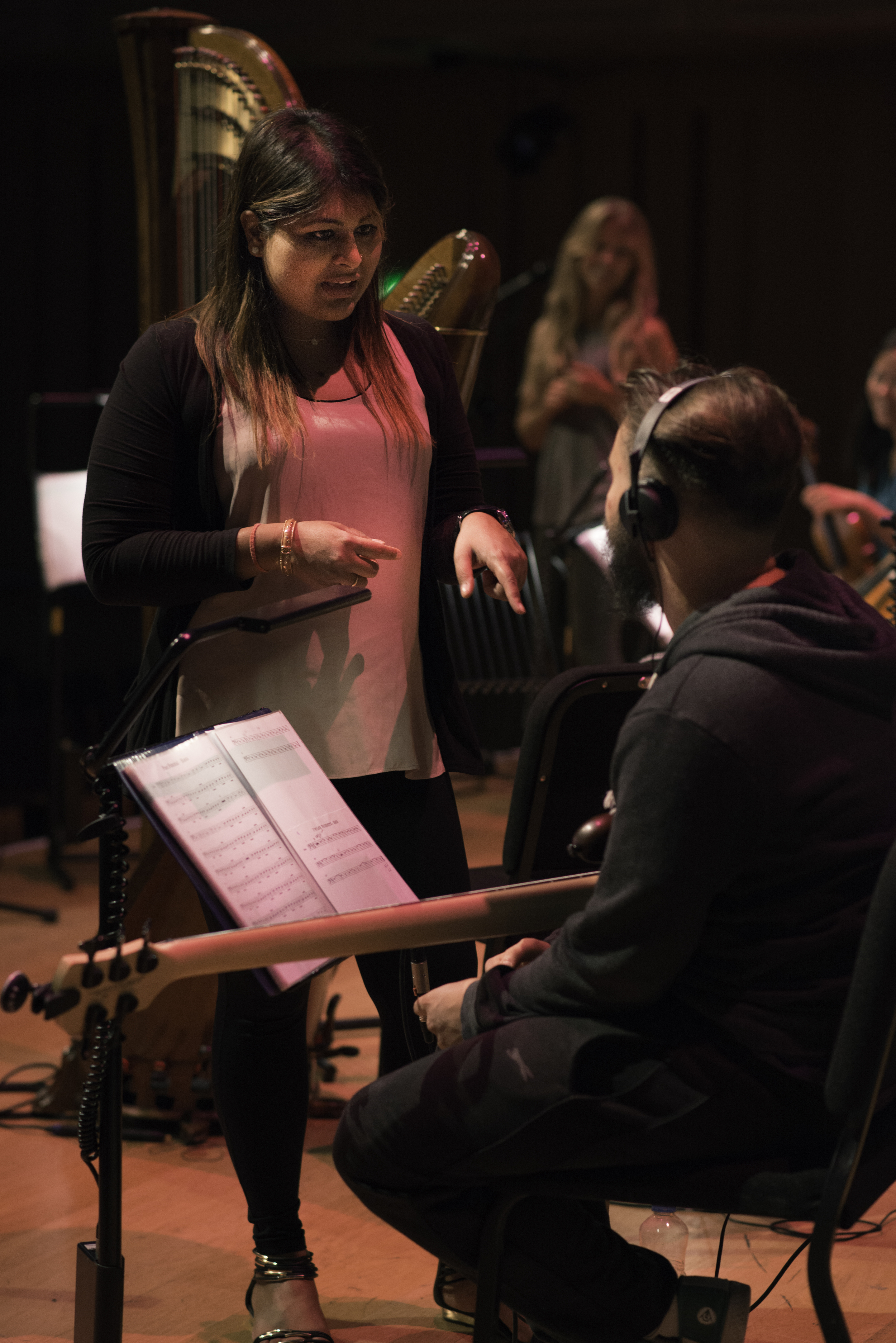
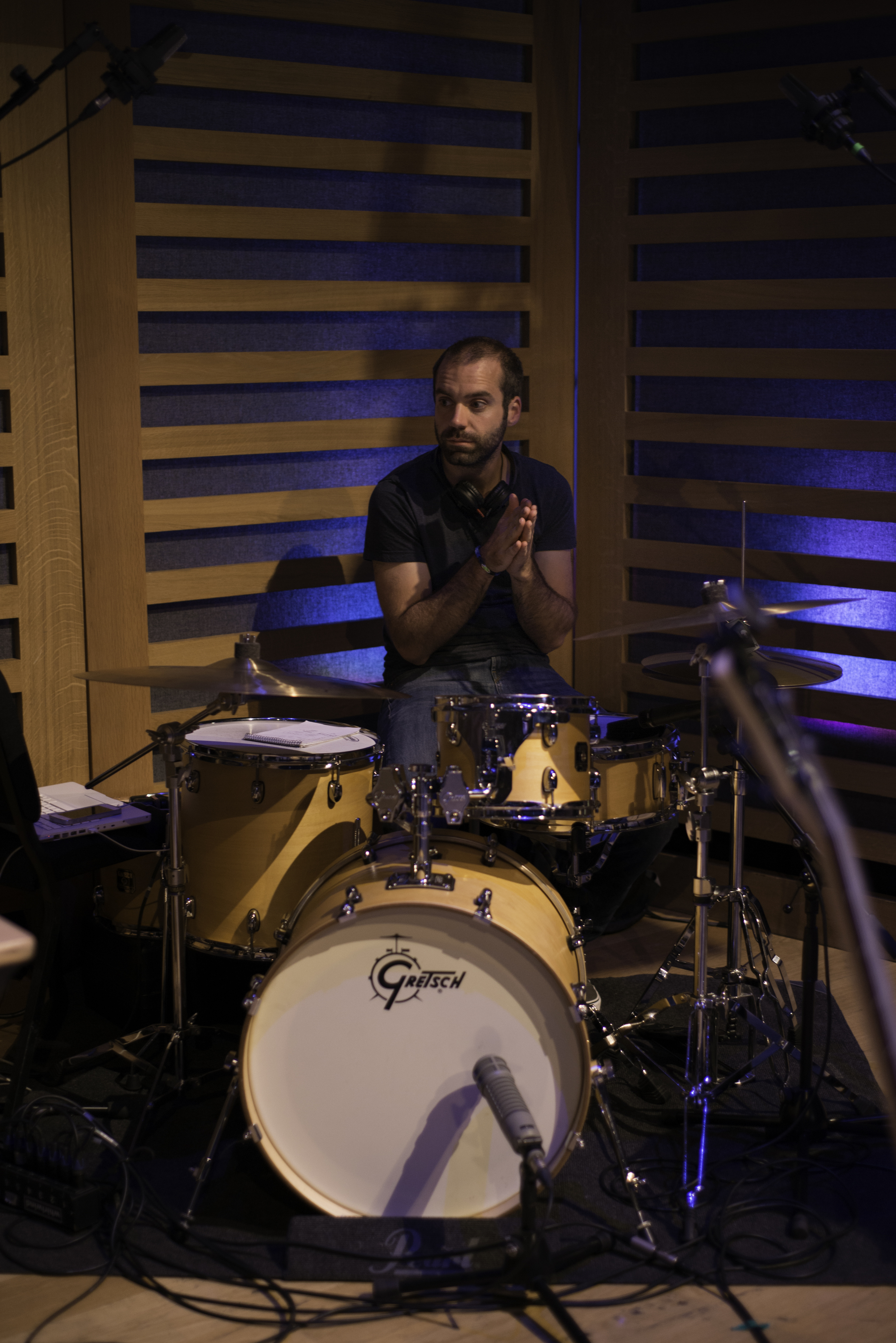
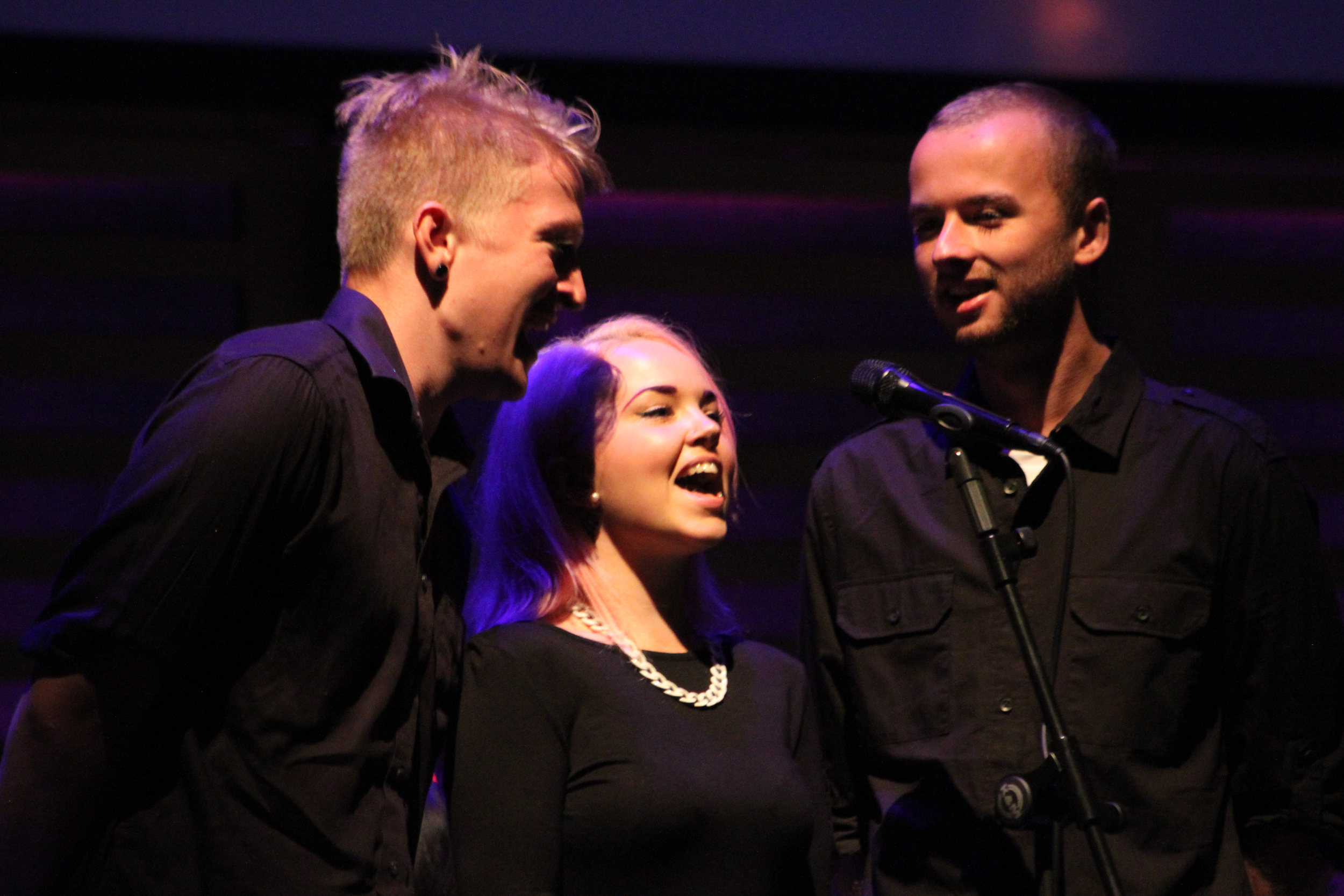
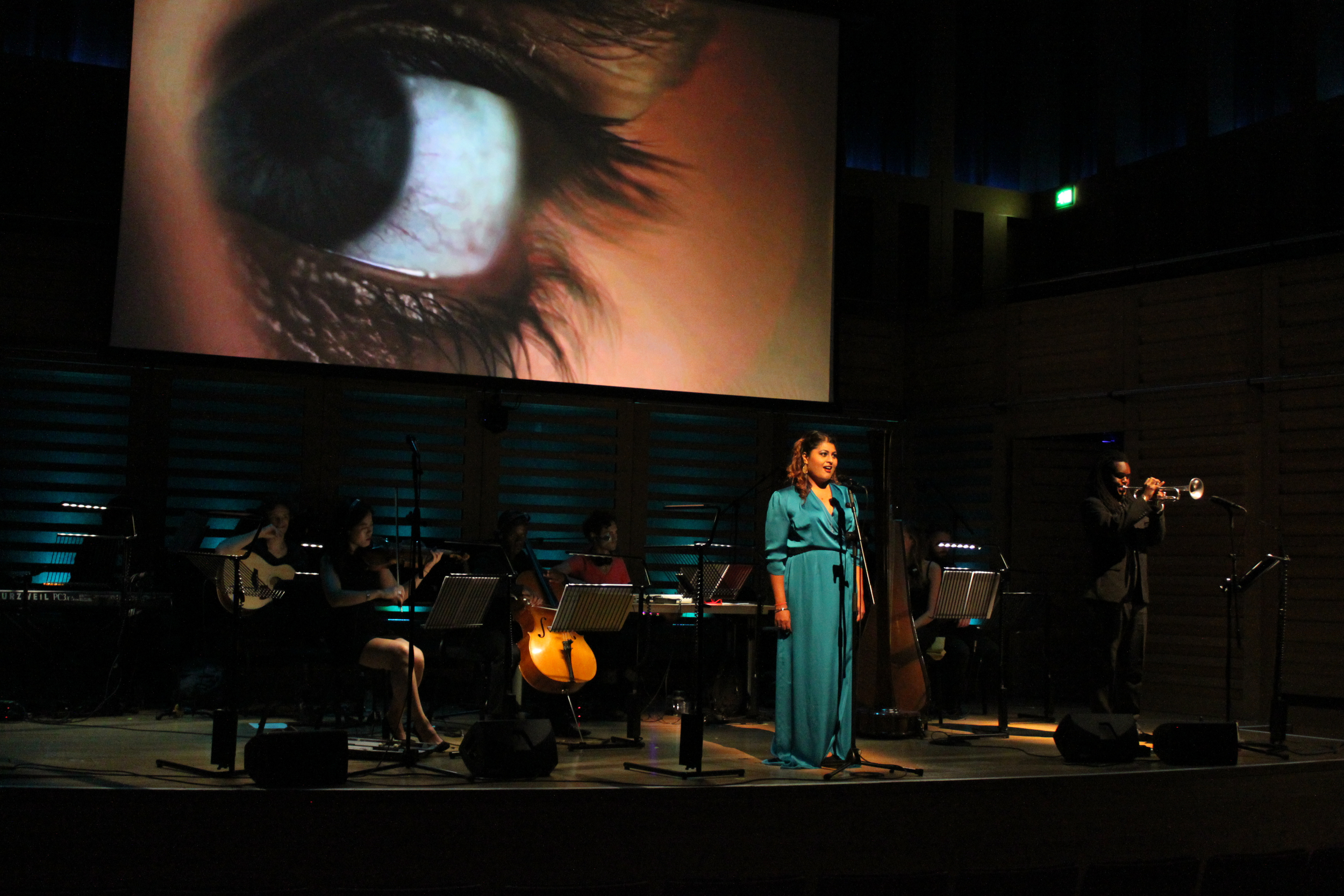
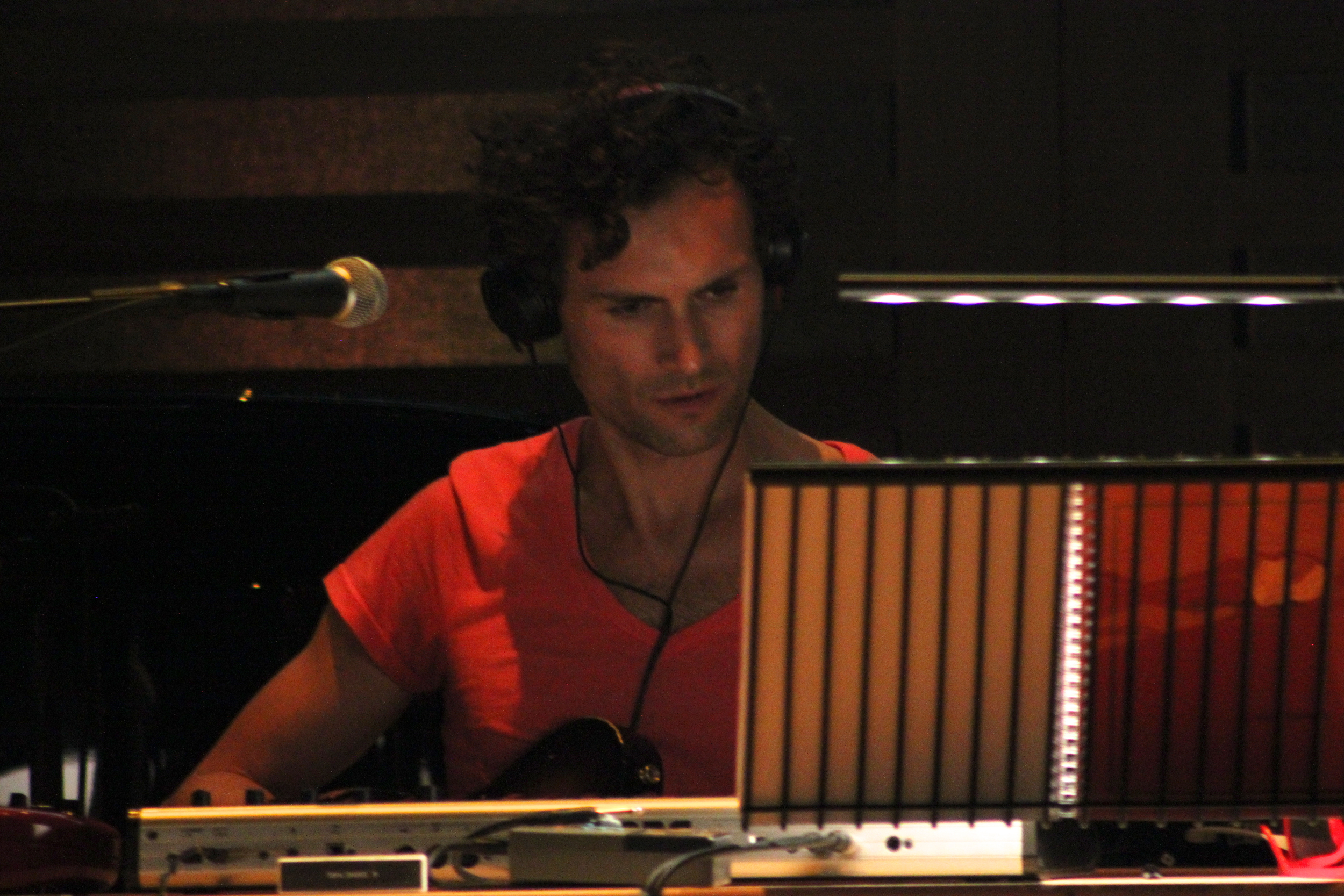

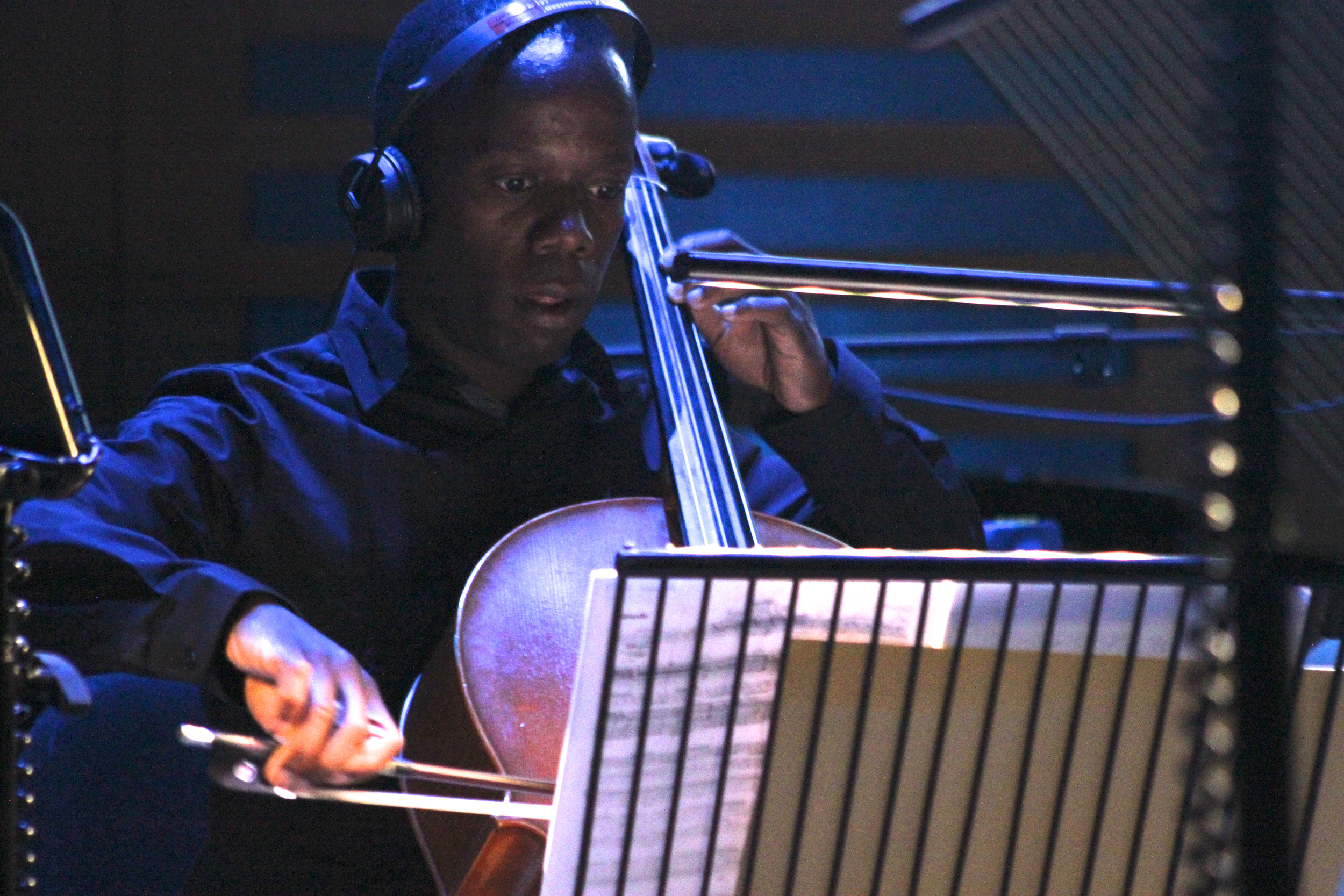


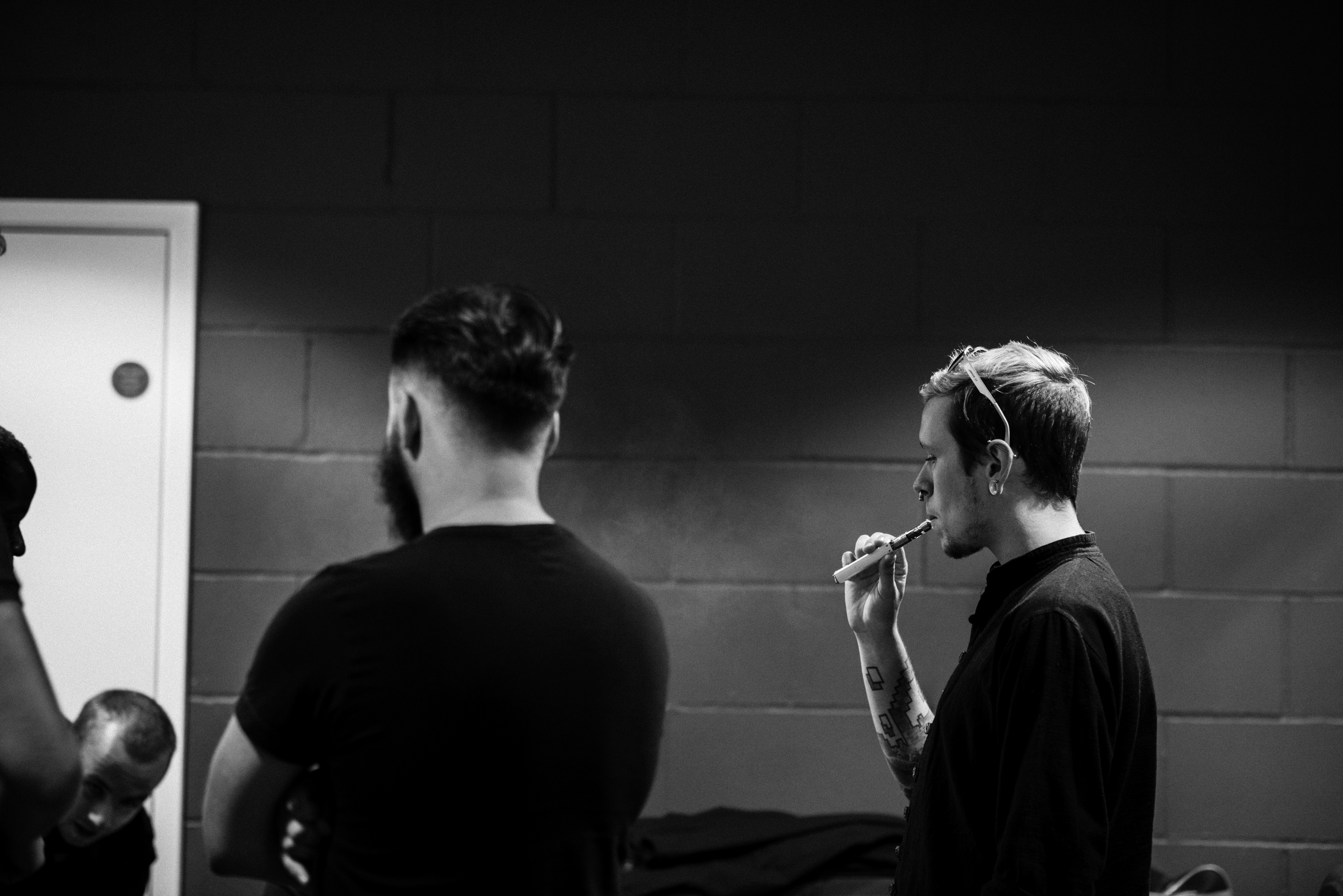




“‘Life from Light’ is a unique live experience that combines operatic performance with multiple musical genres and video art. Based upon tracks from Toni’s ‘Creation’ album of 2011, the production explores the increasingly complex relationship between humans and Earth, the challenges of climate change, the development of ‘playing God’ science and the fluidity of spirituality and sexuality.”
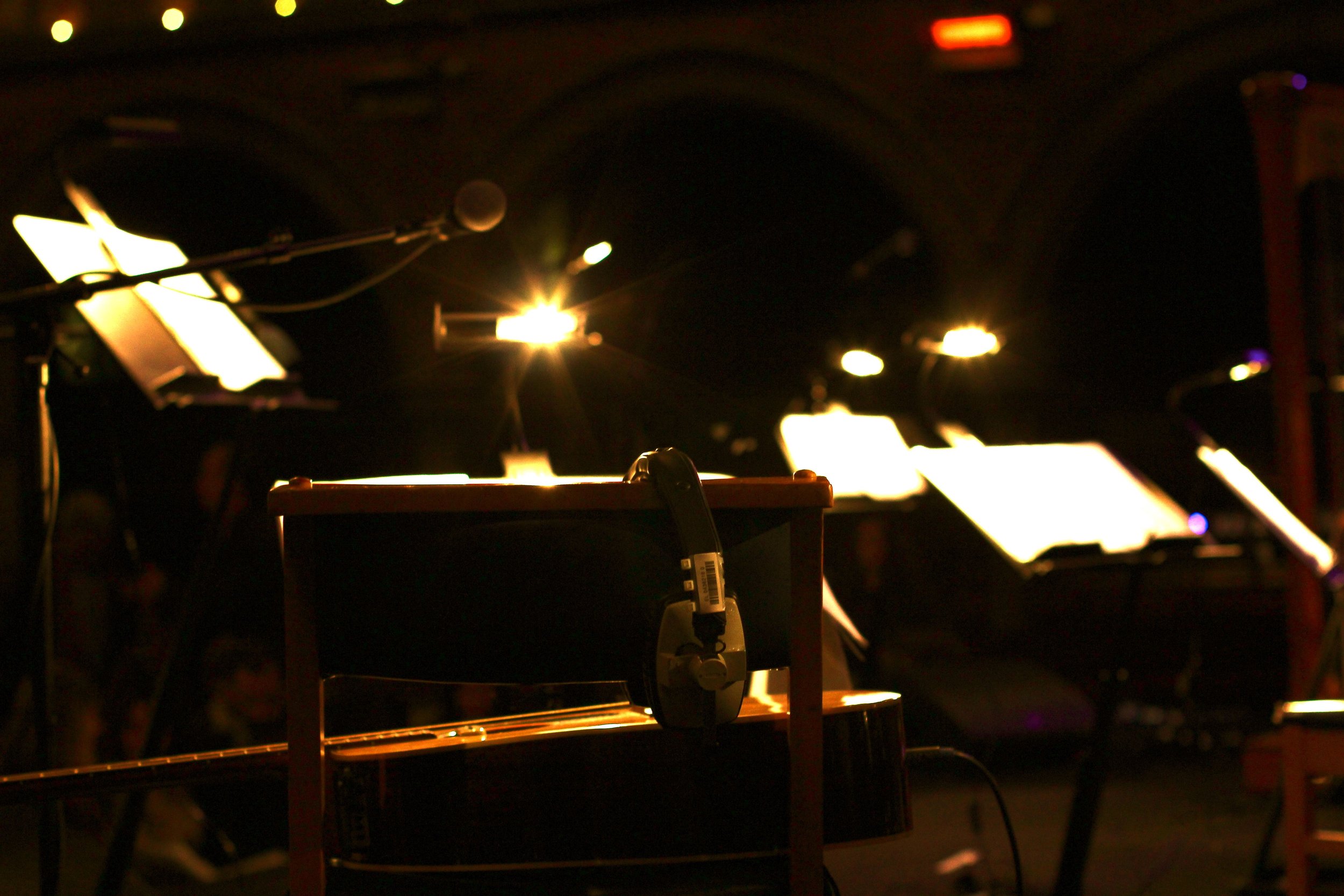
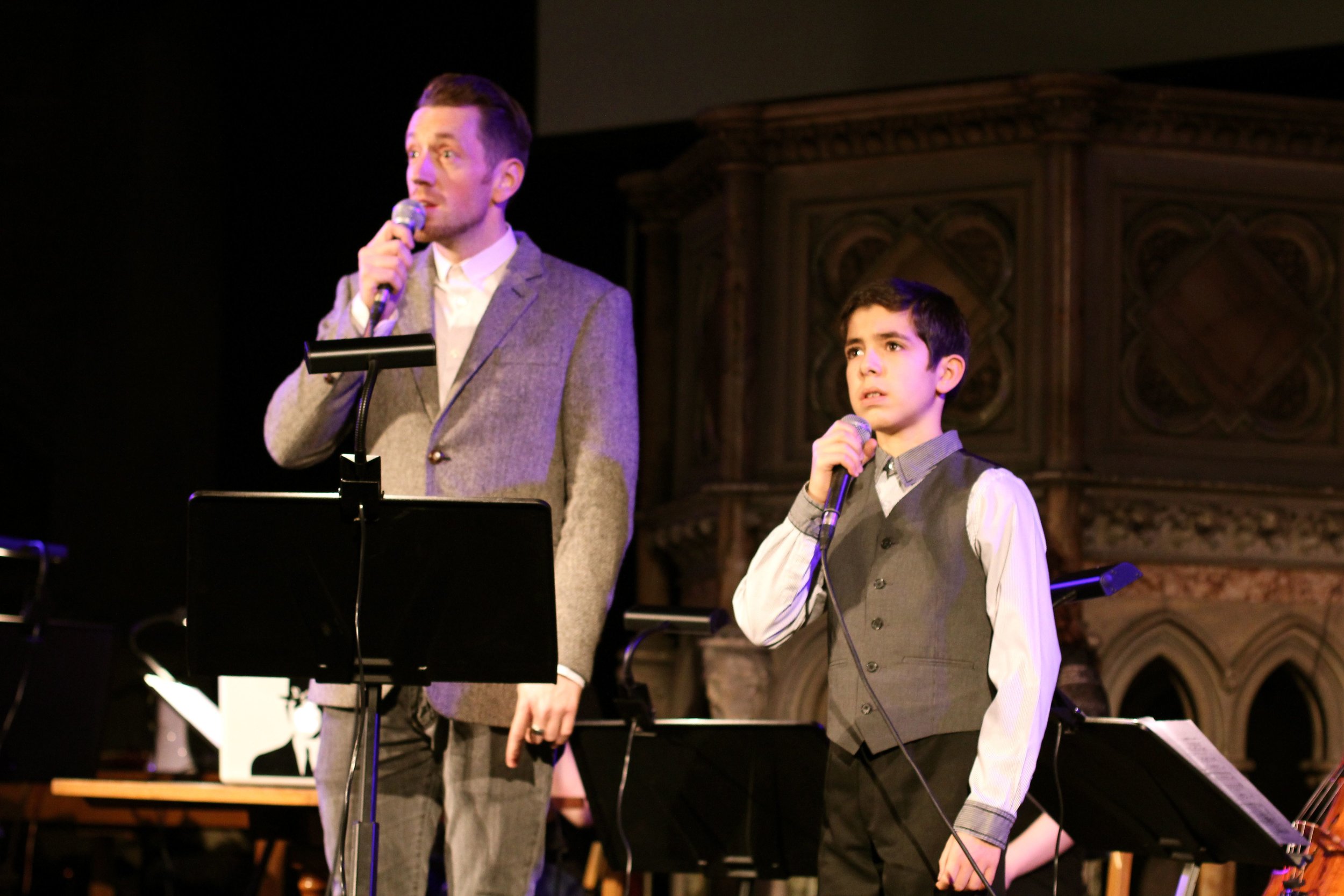
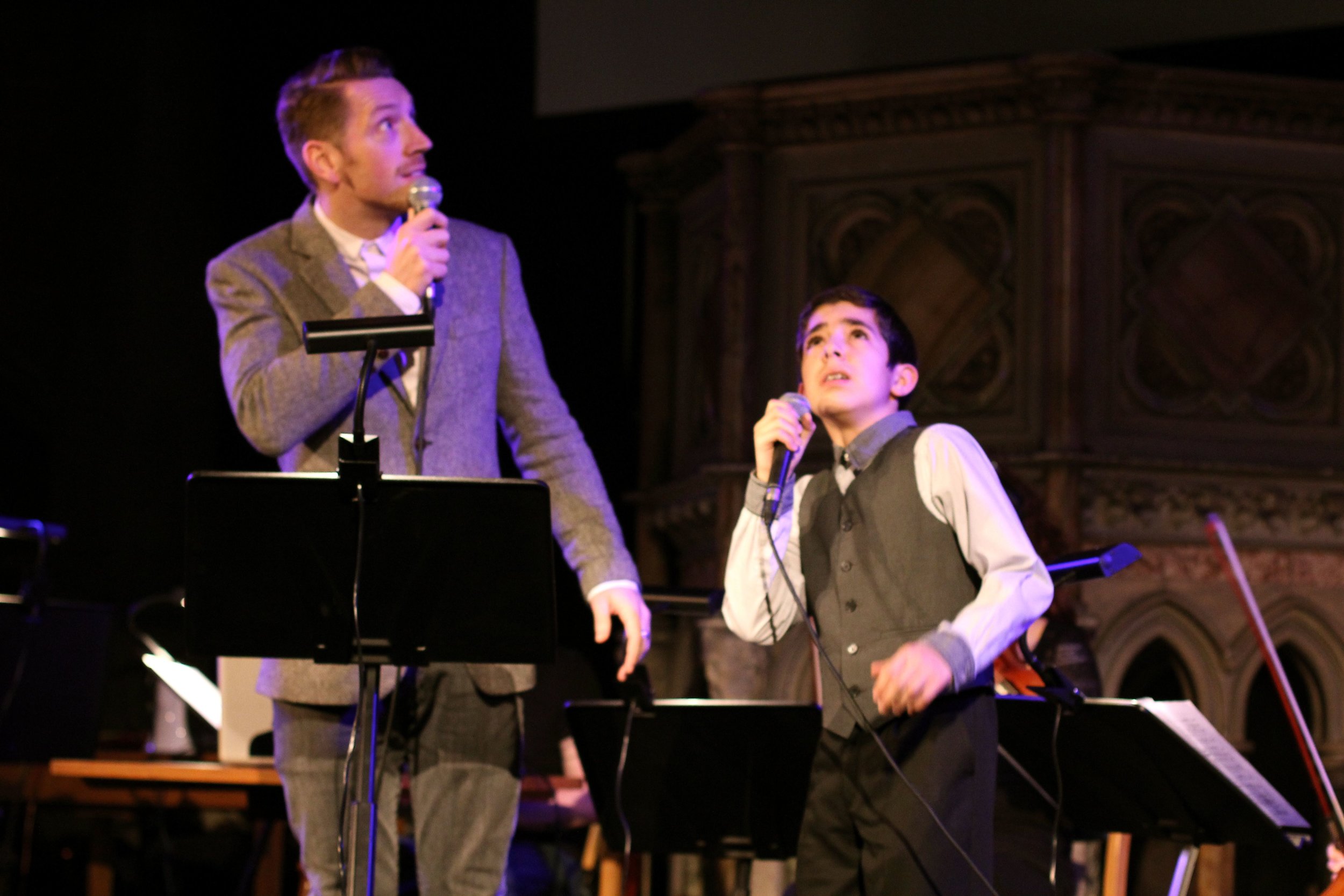
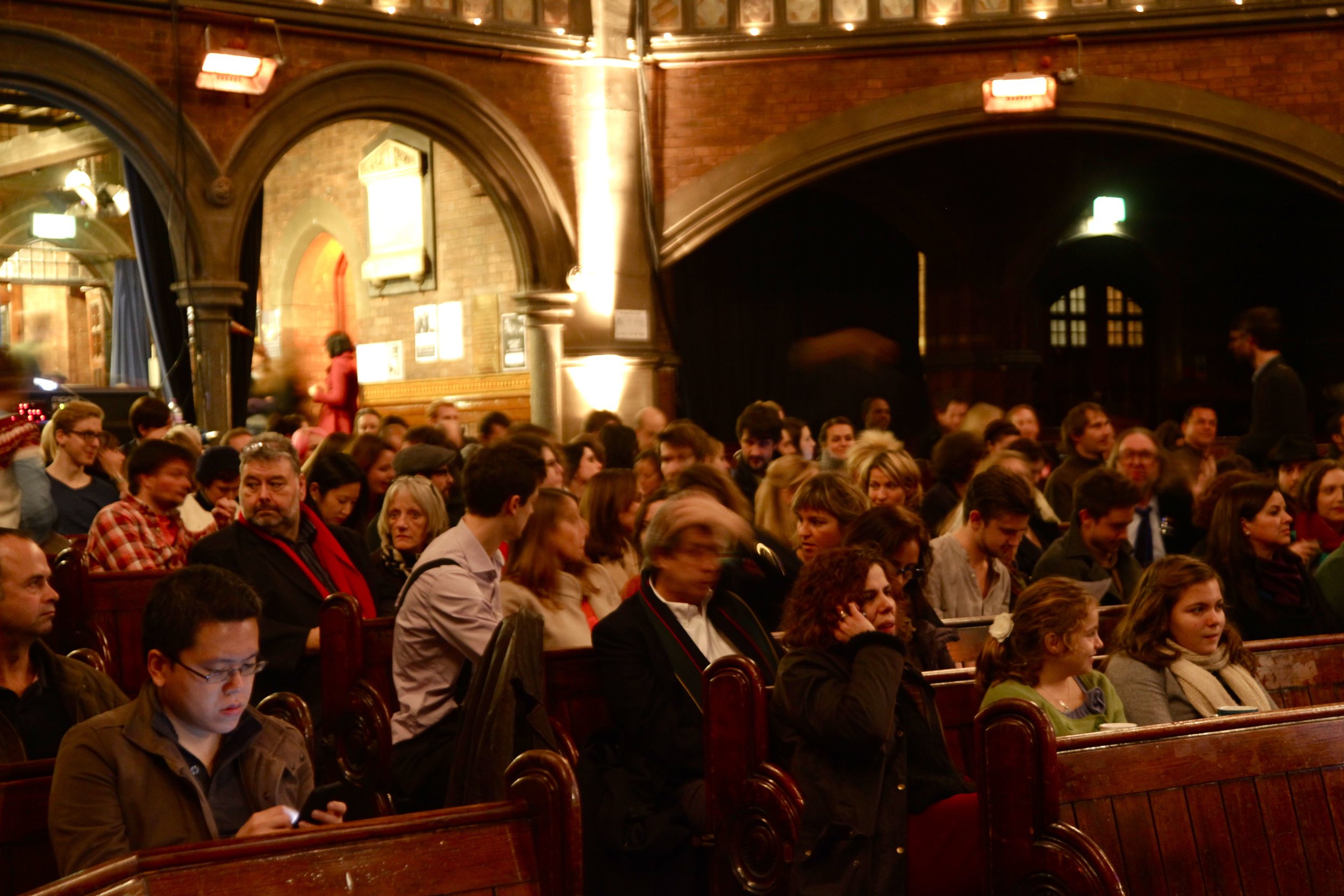
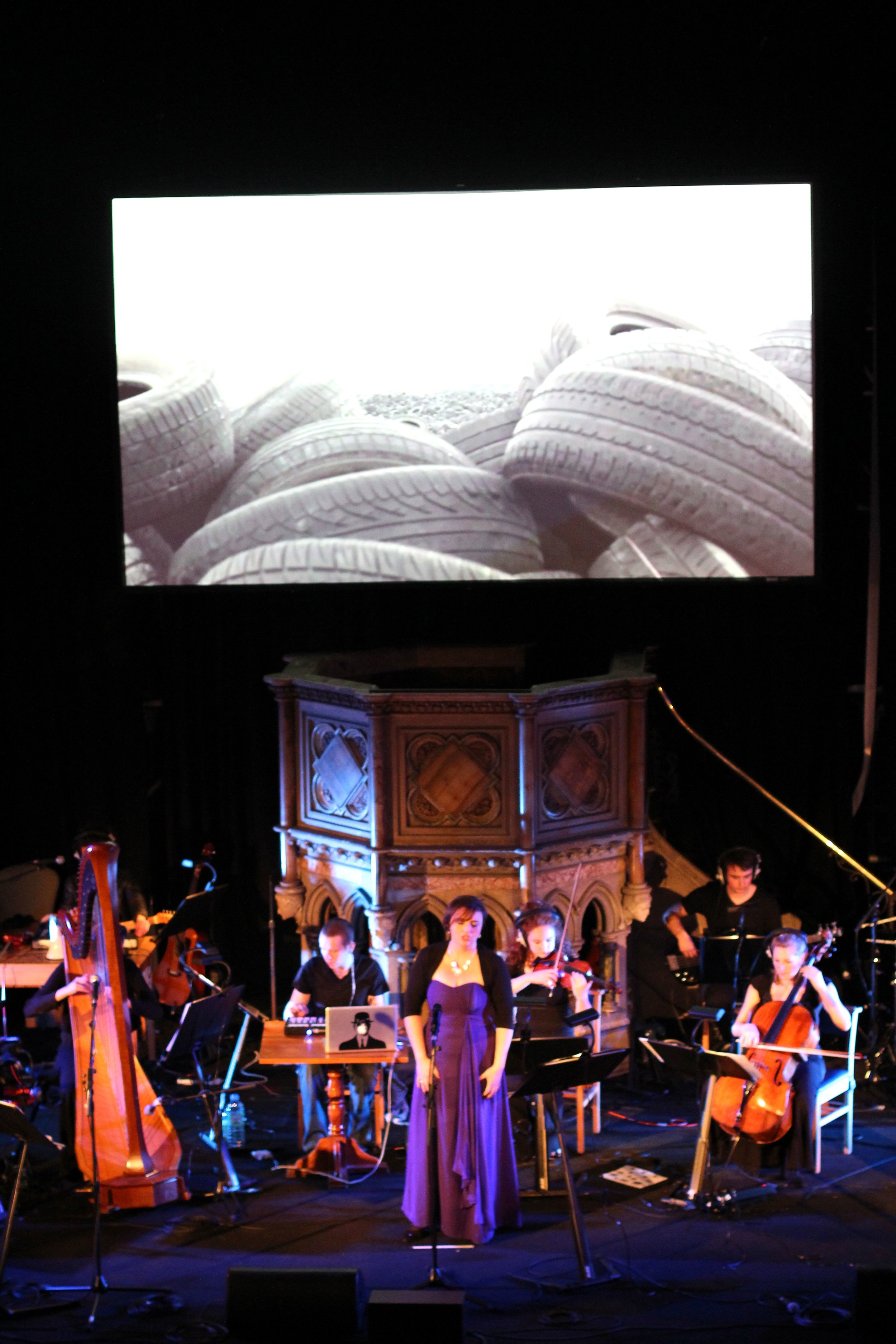
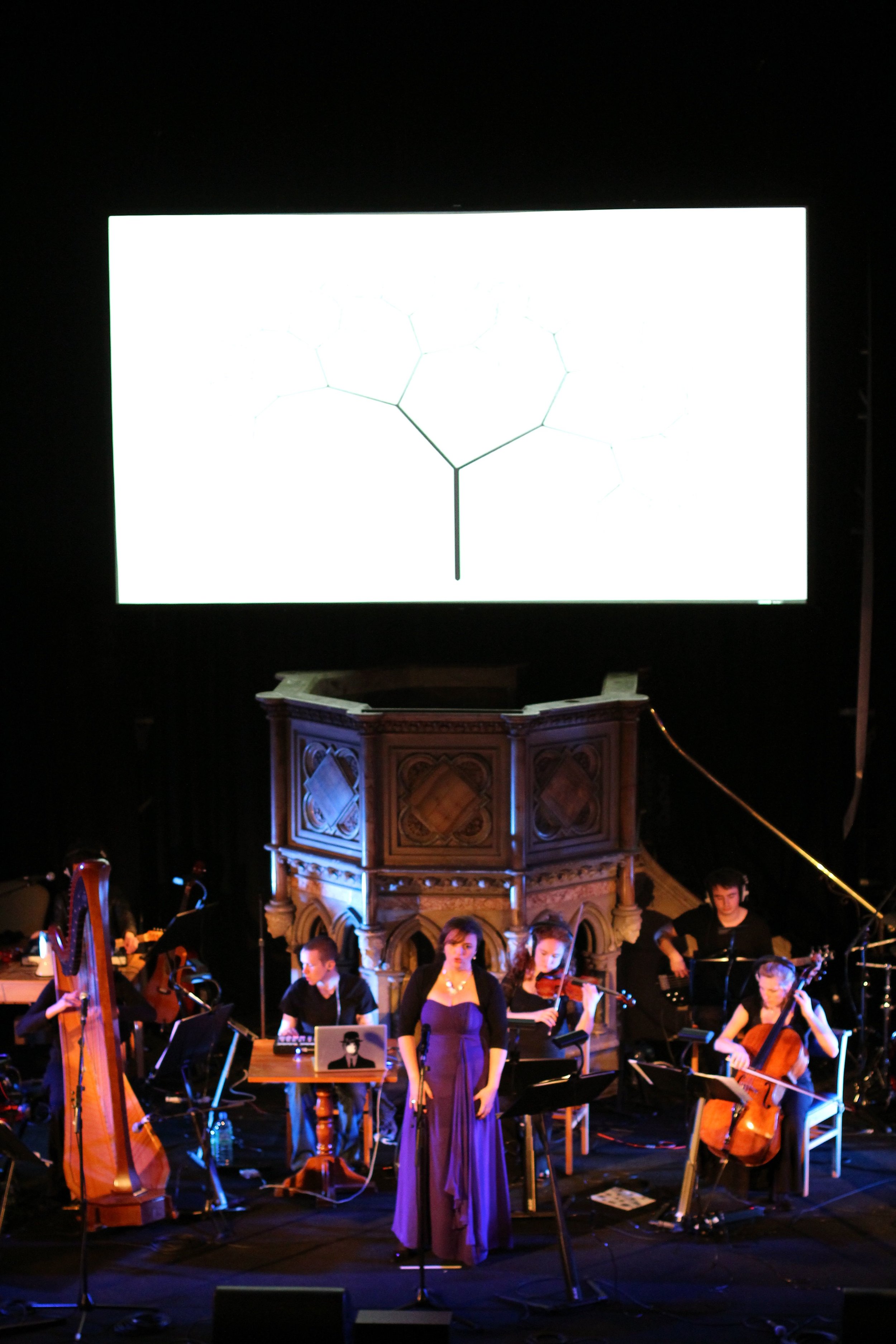
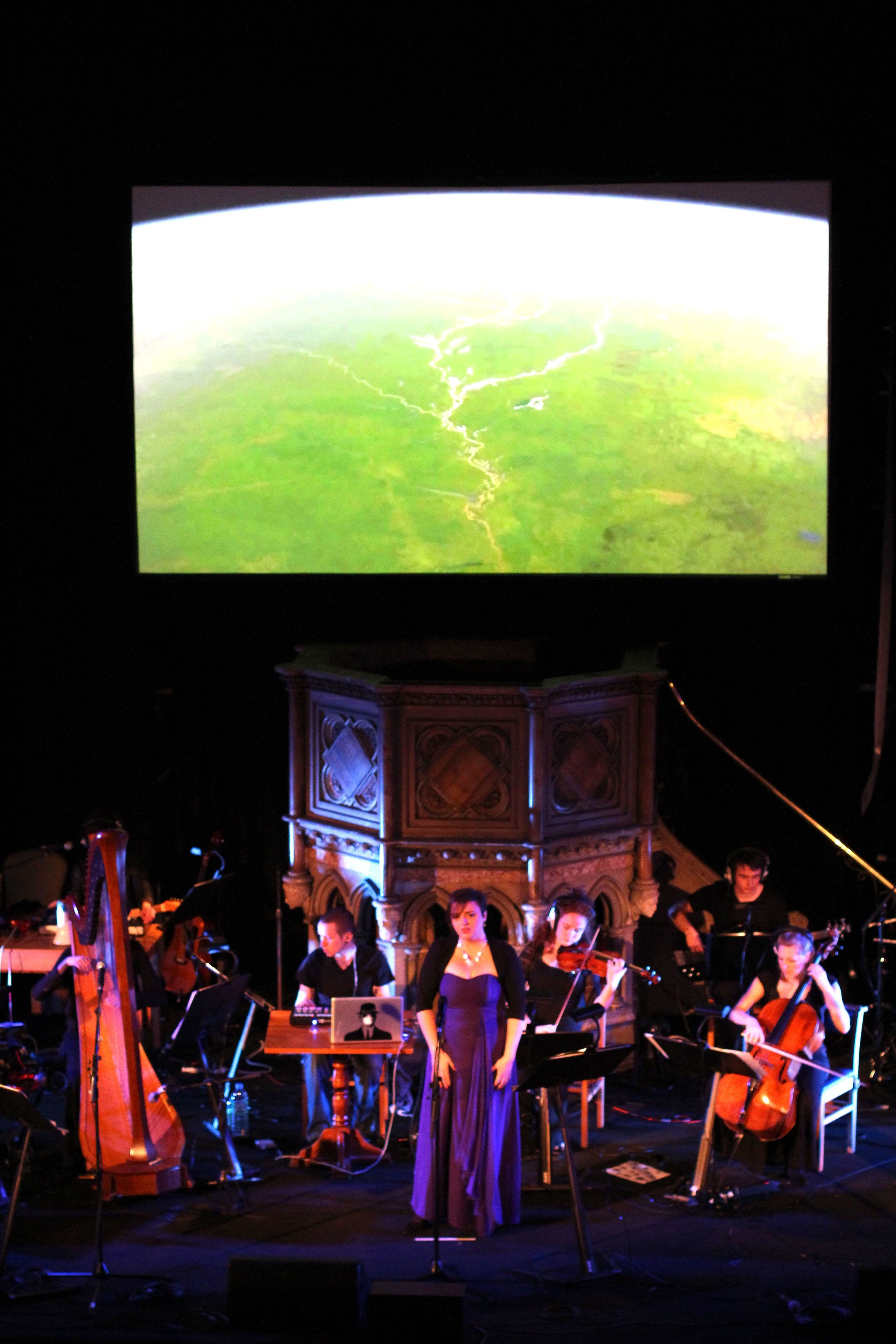
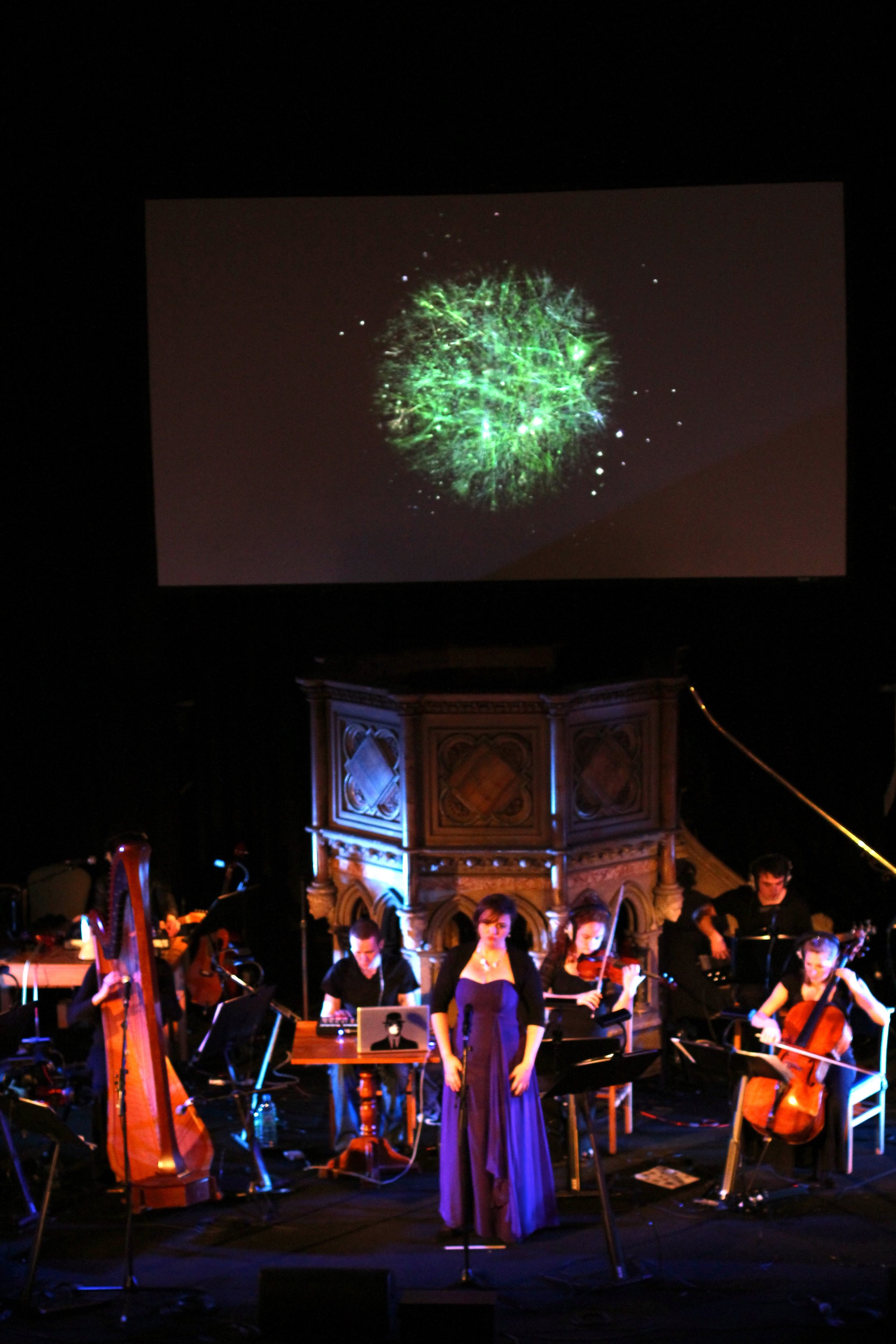
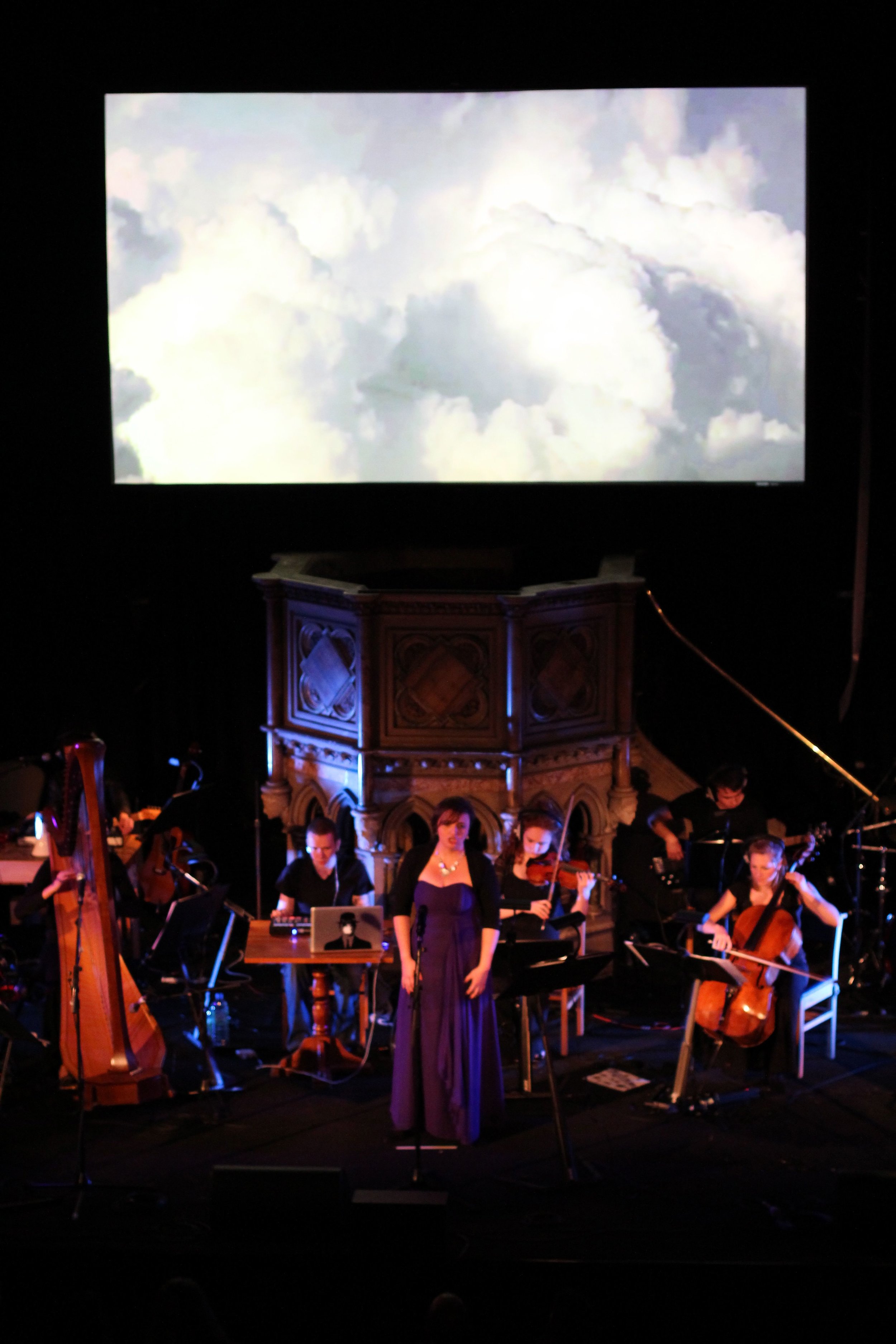
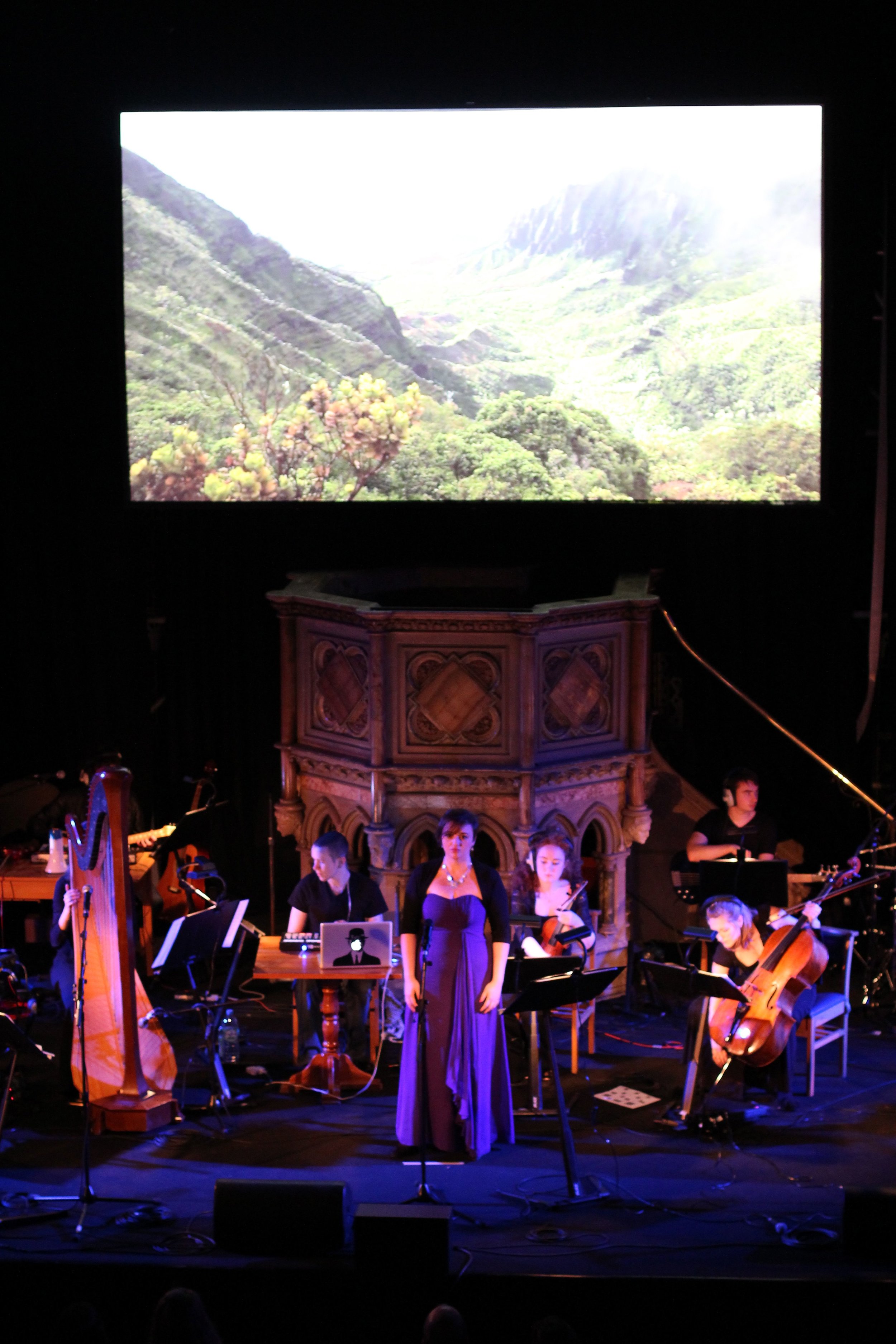
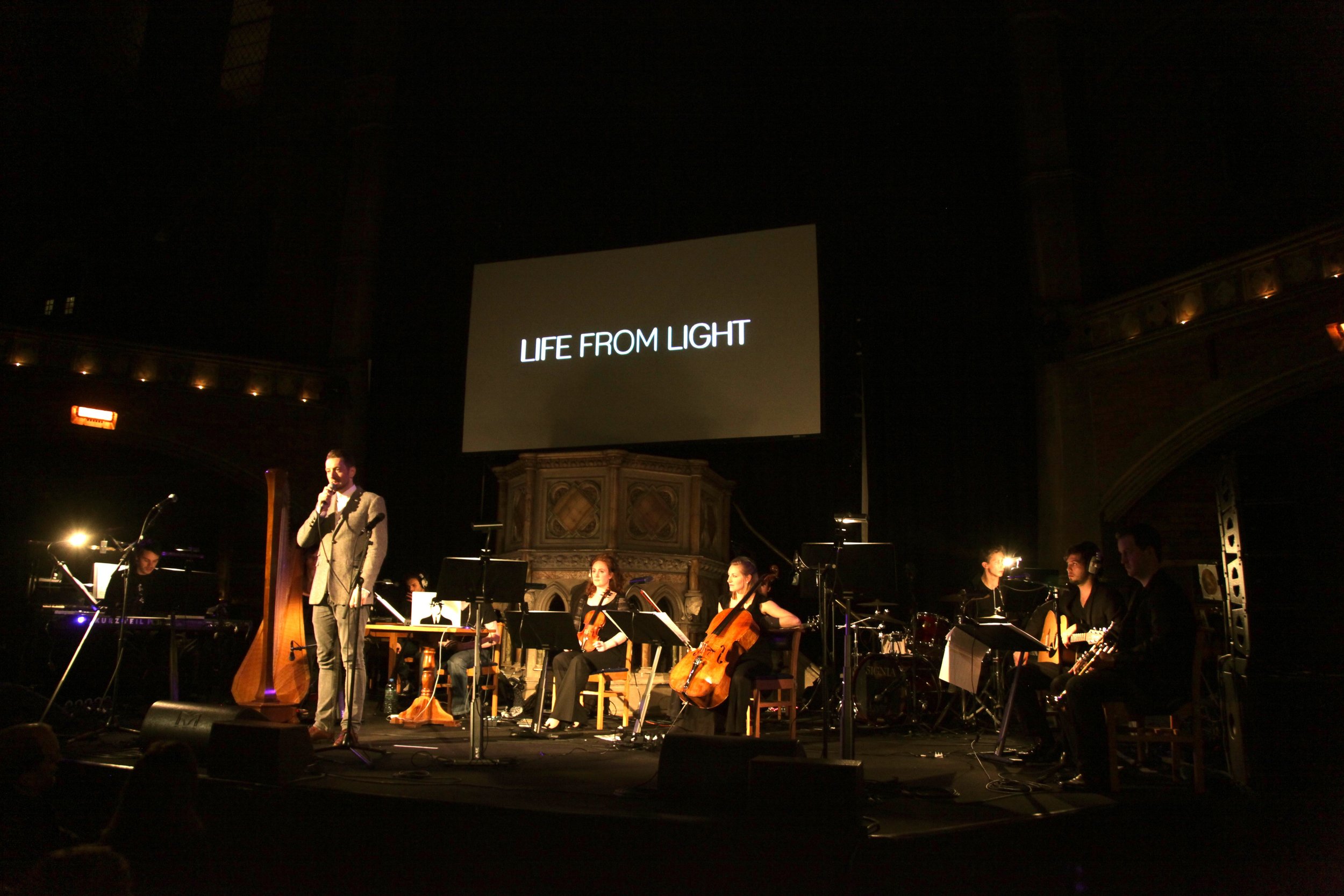
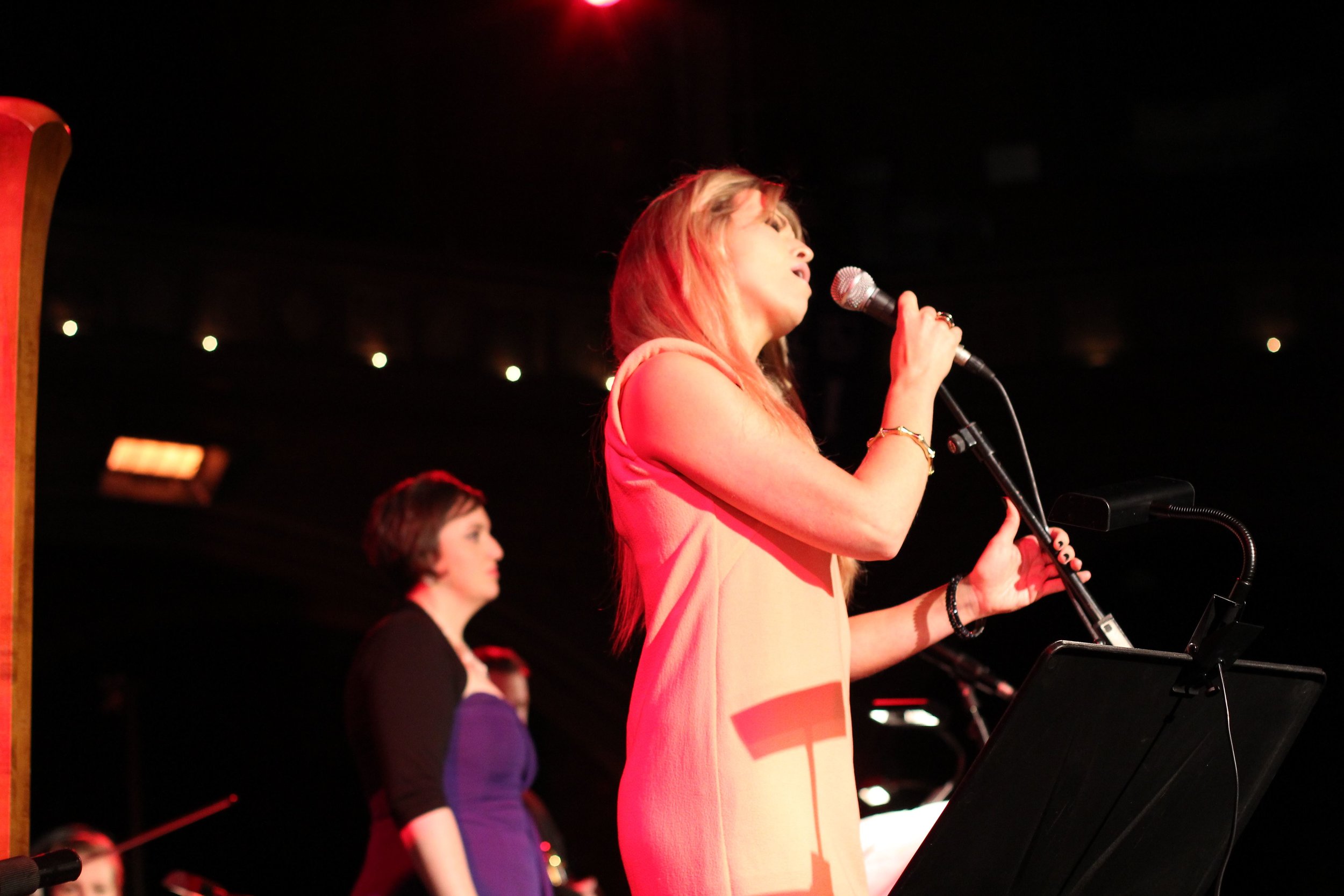
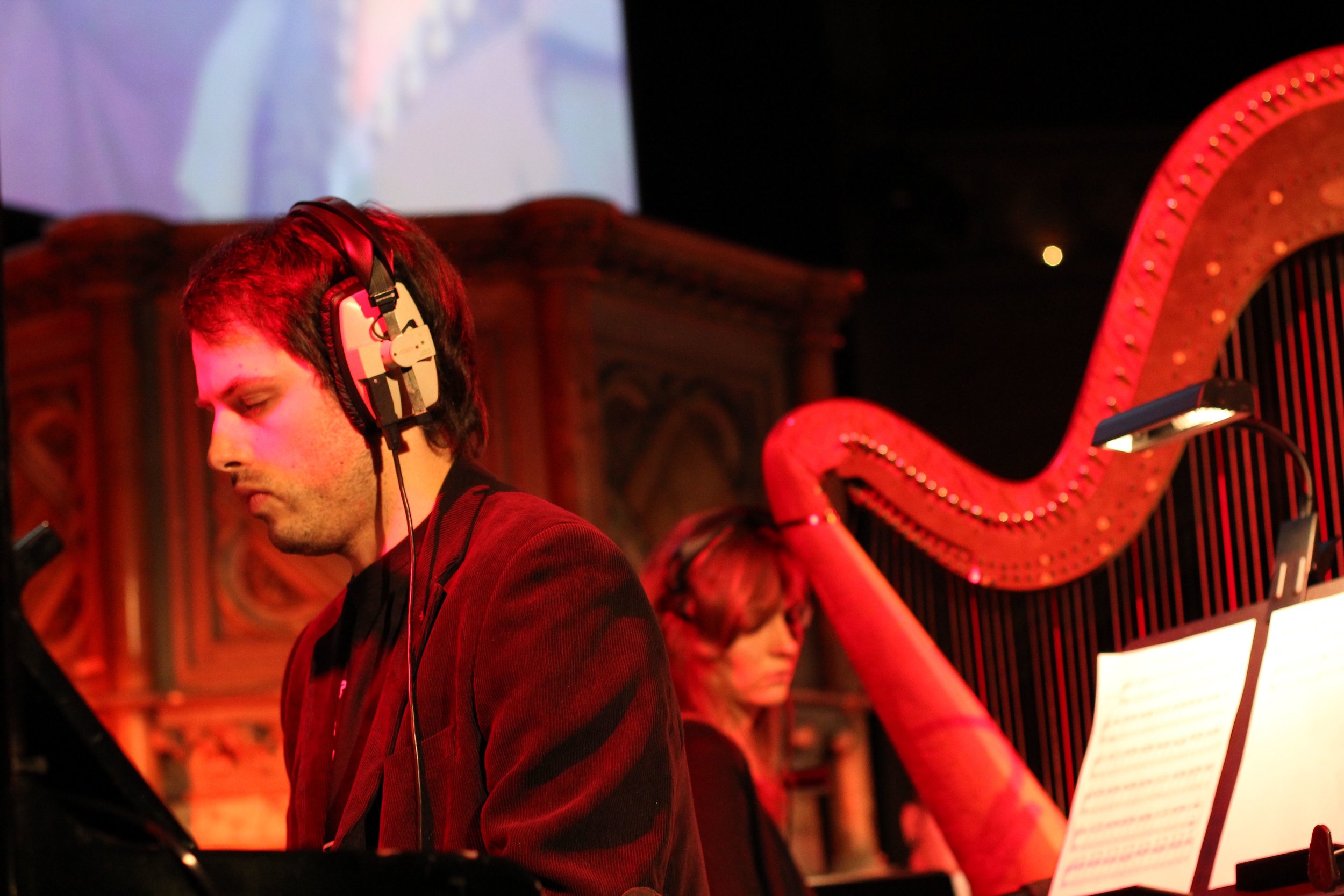
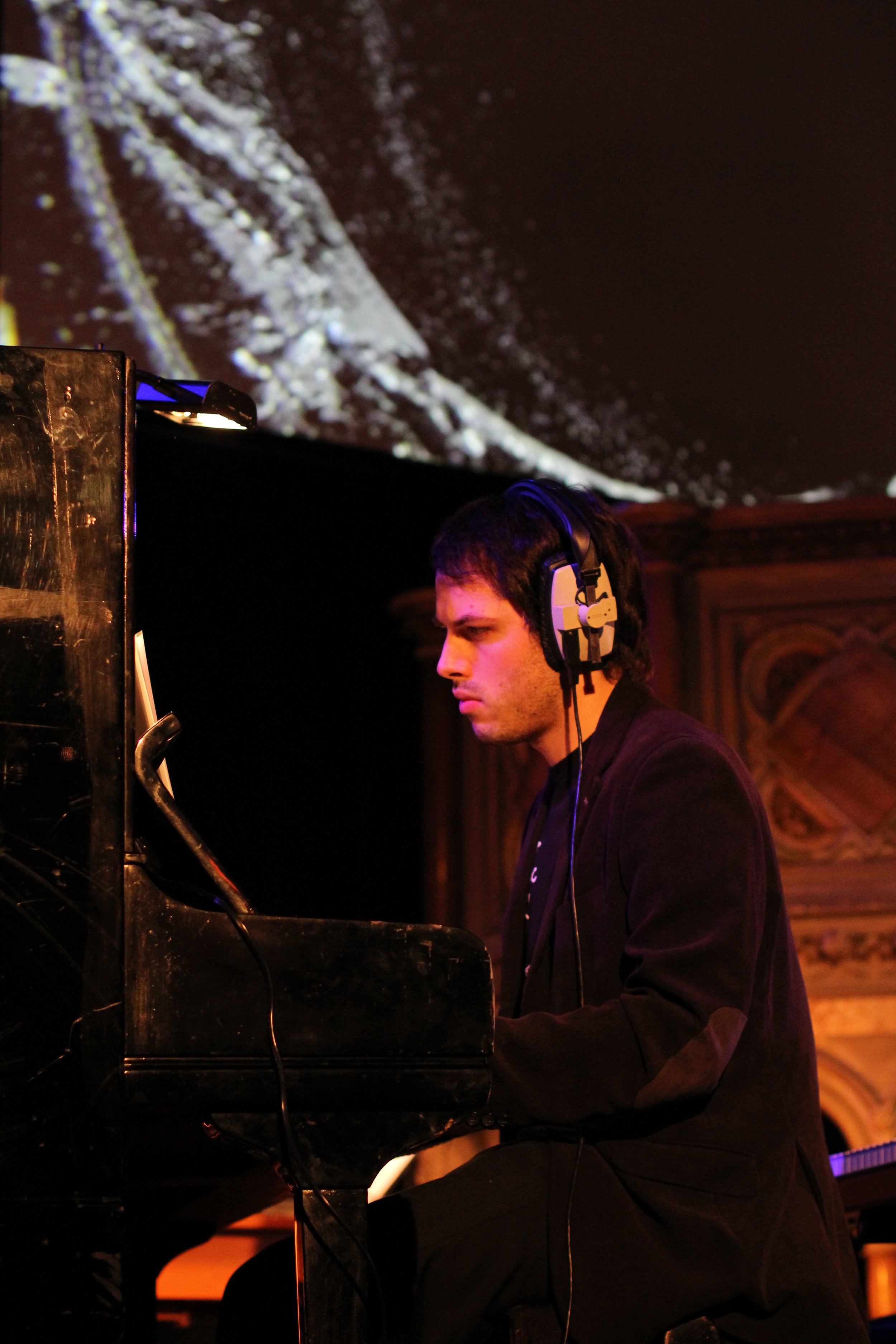
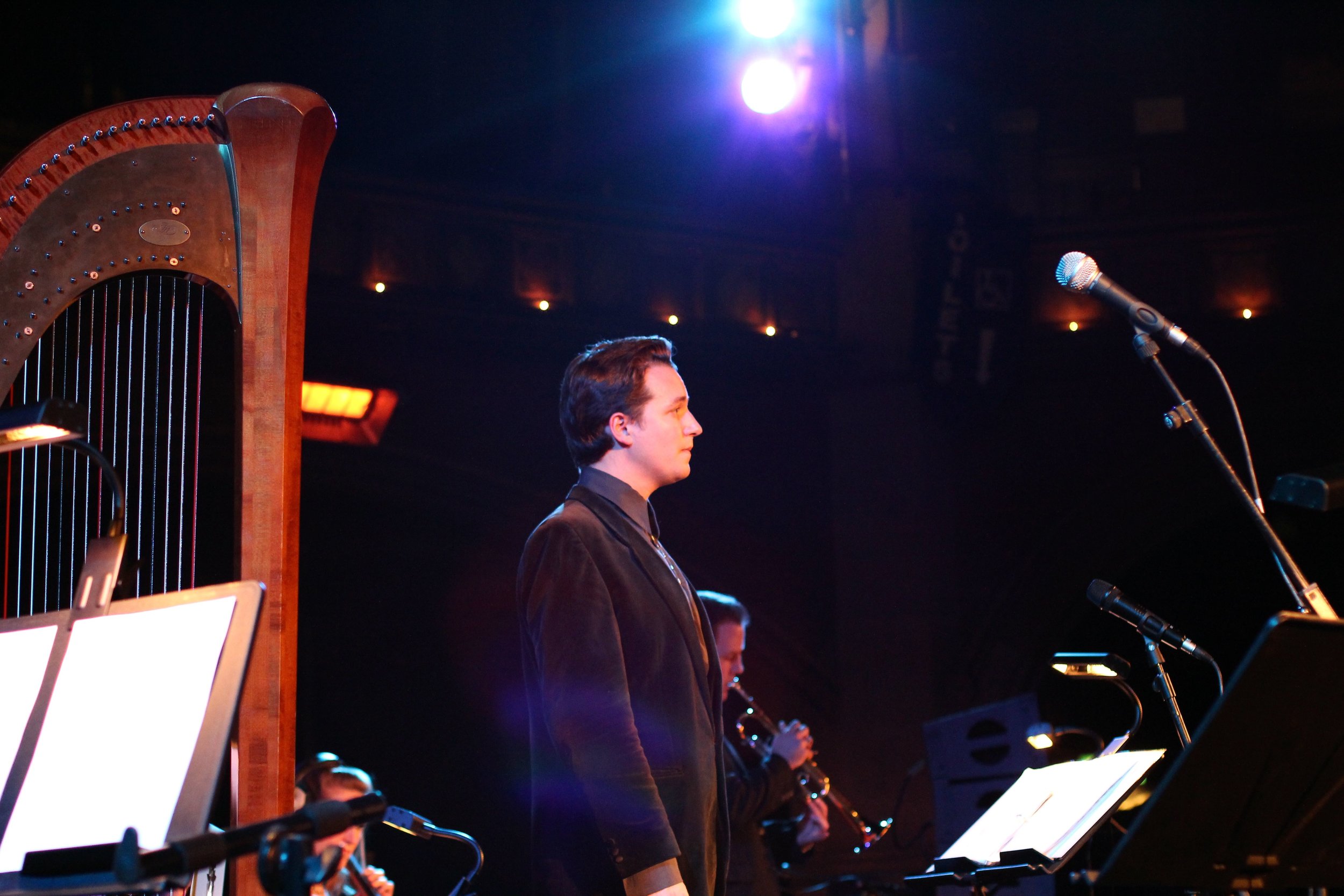

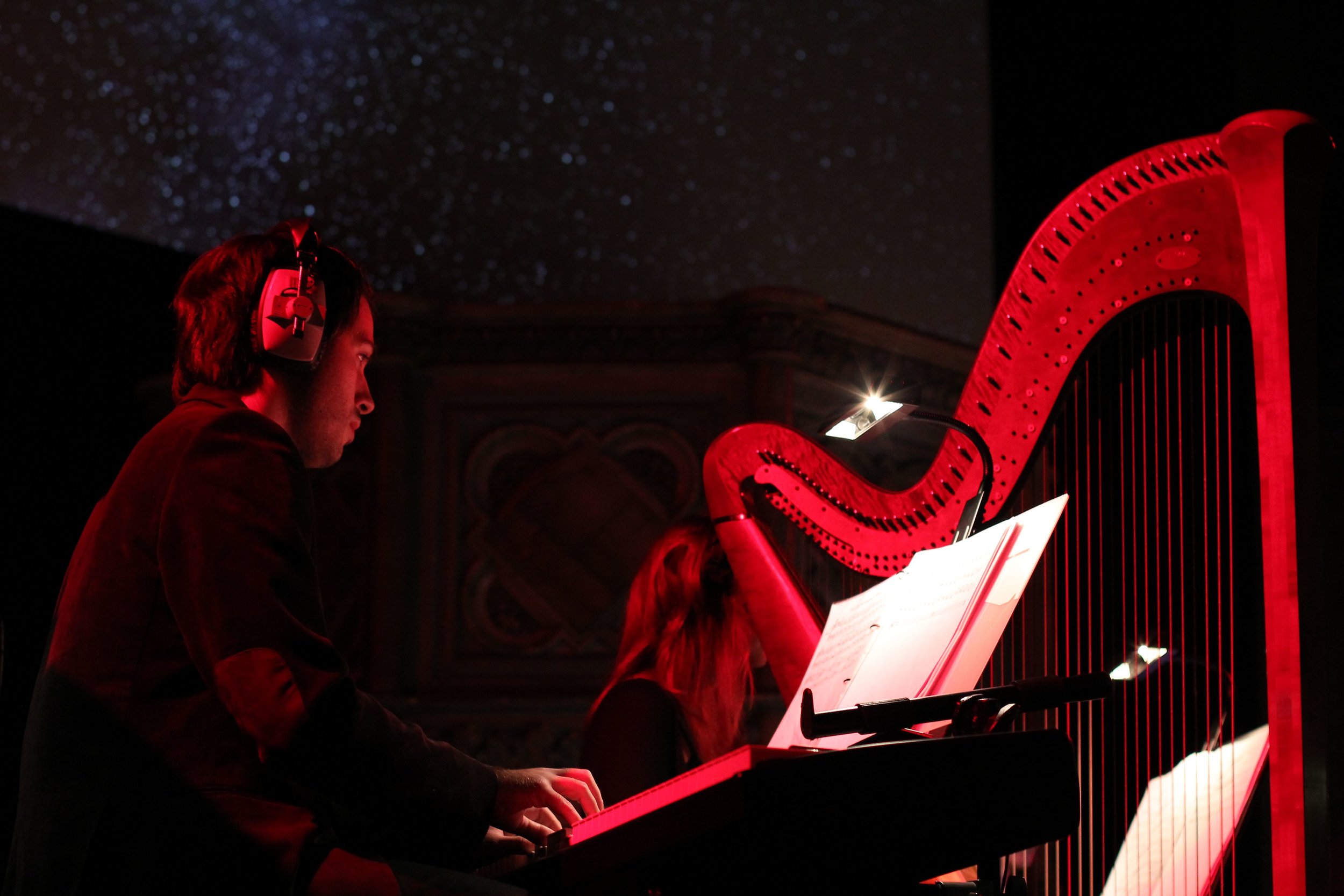
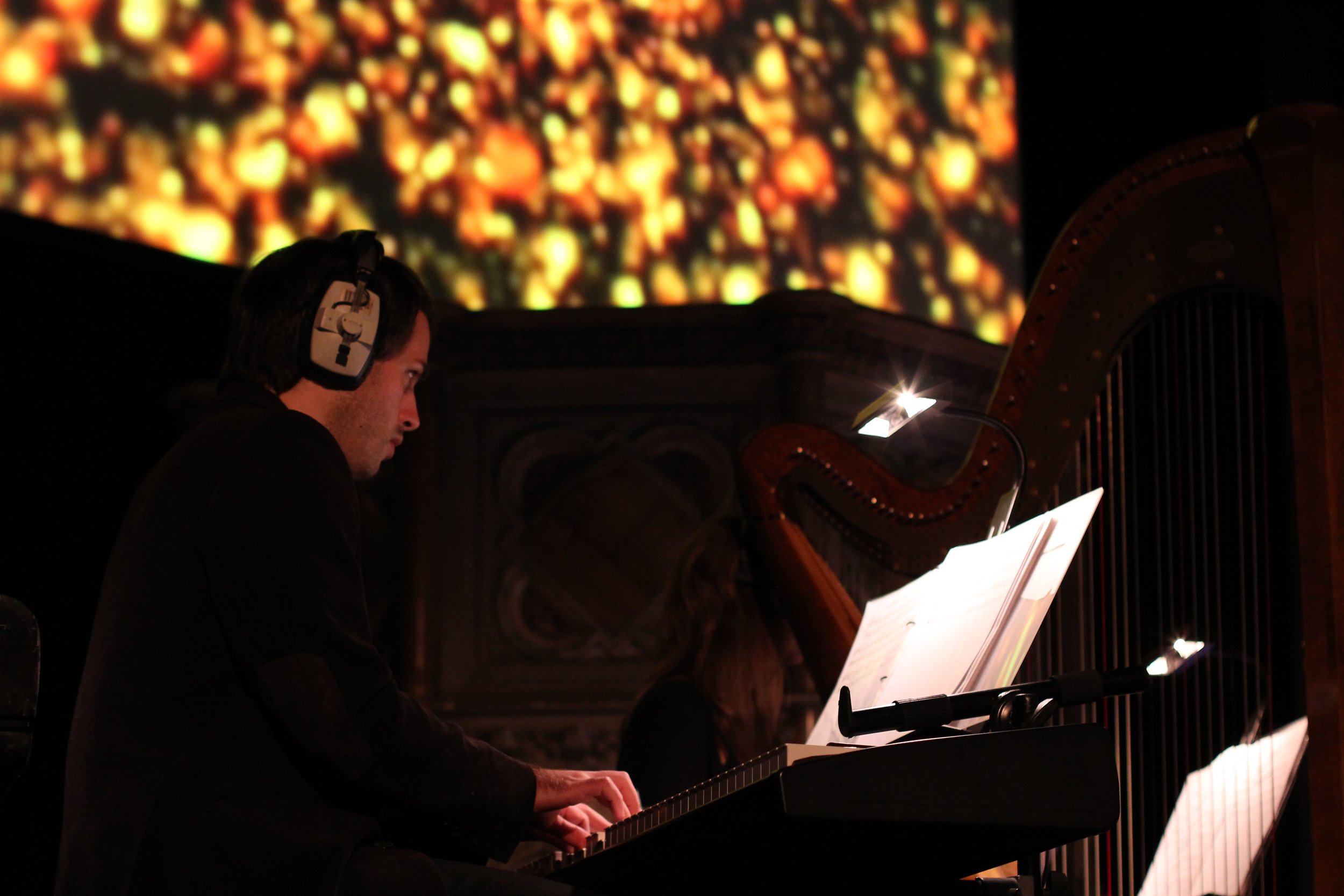
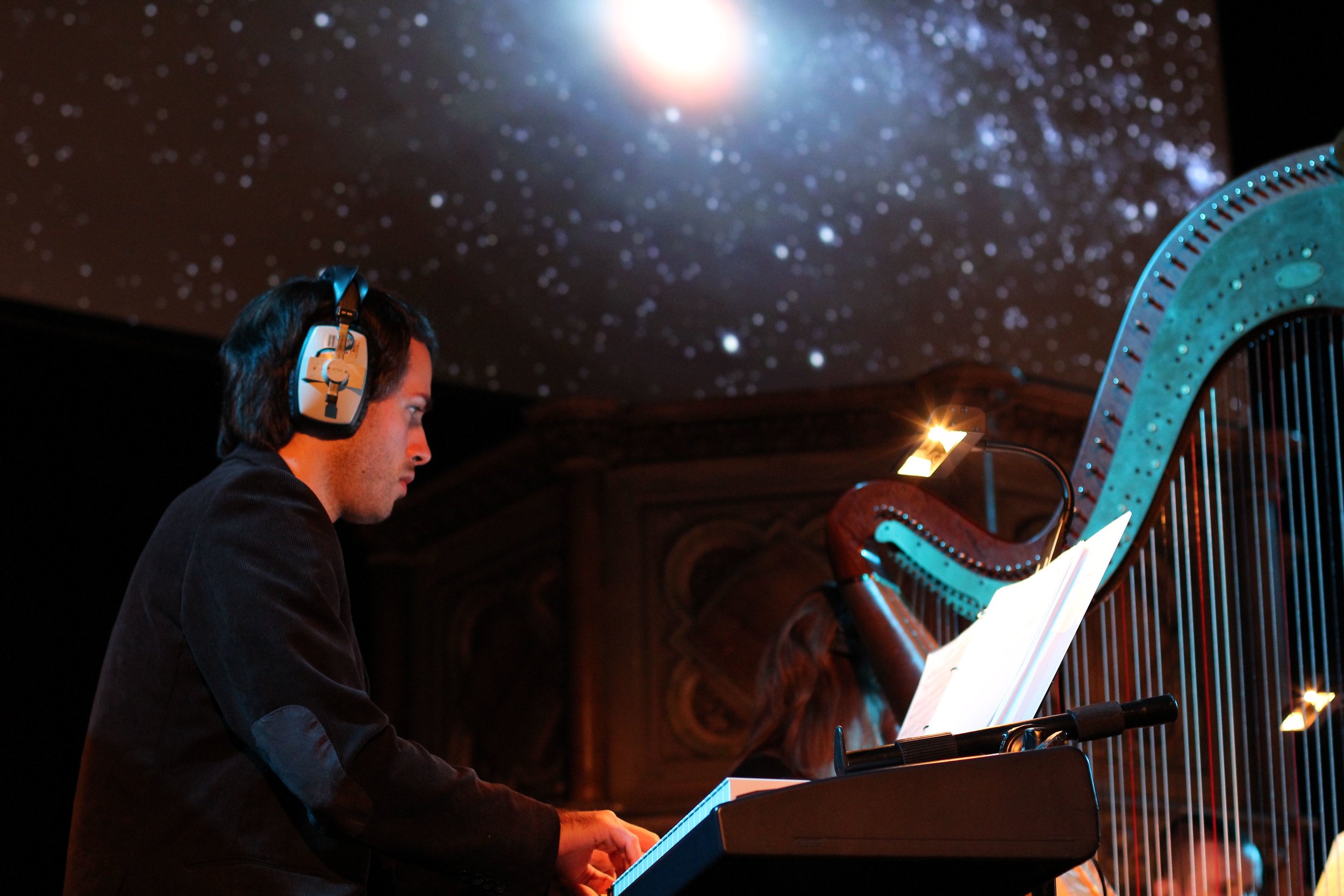
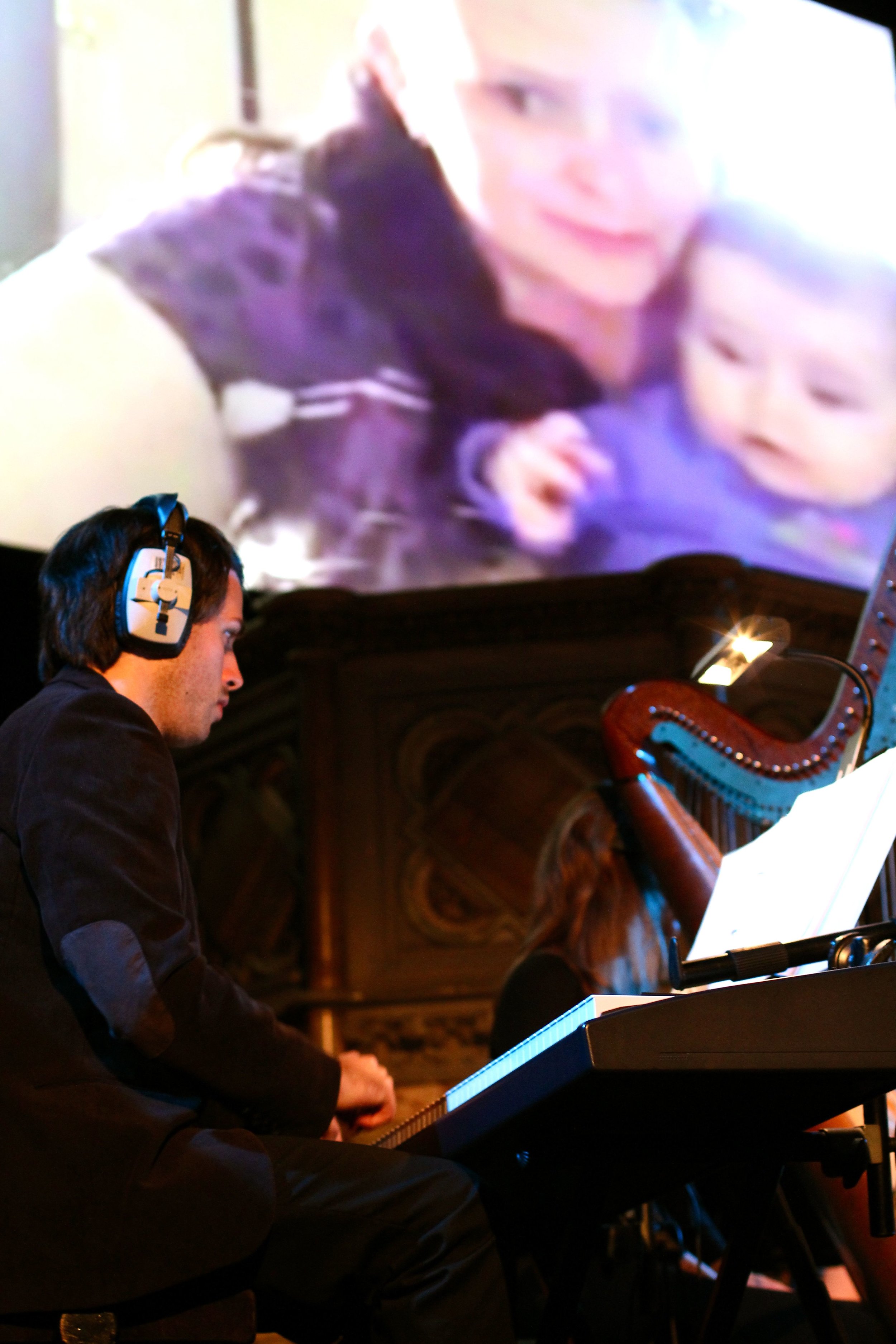
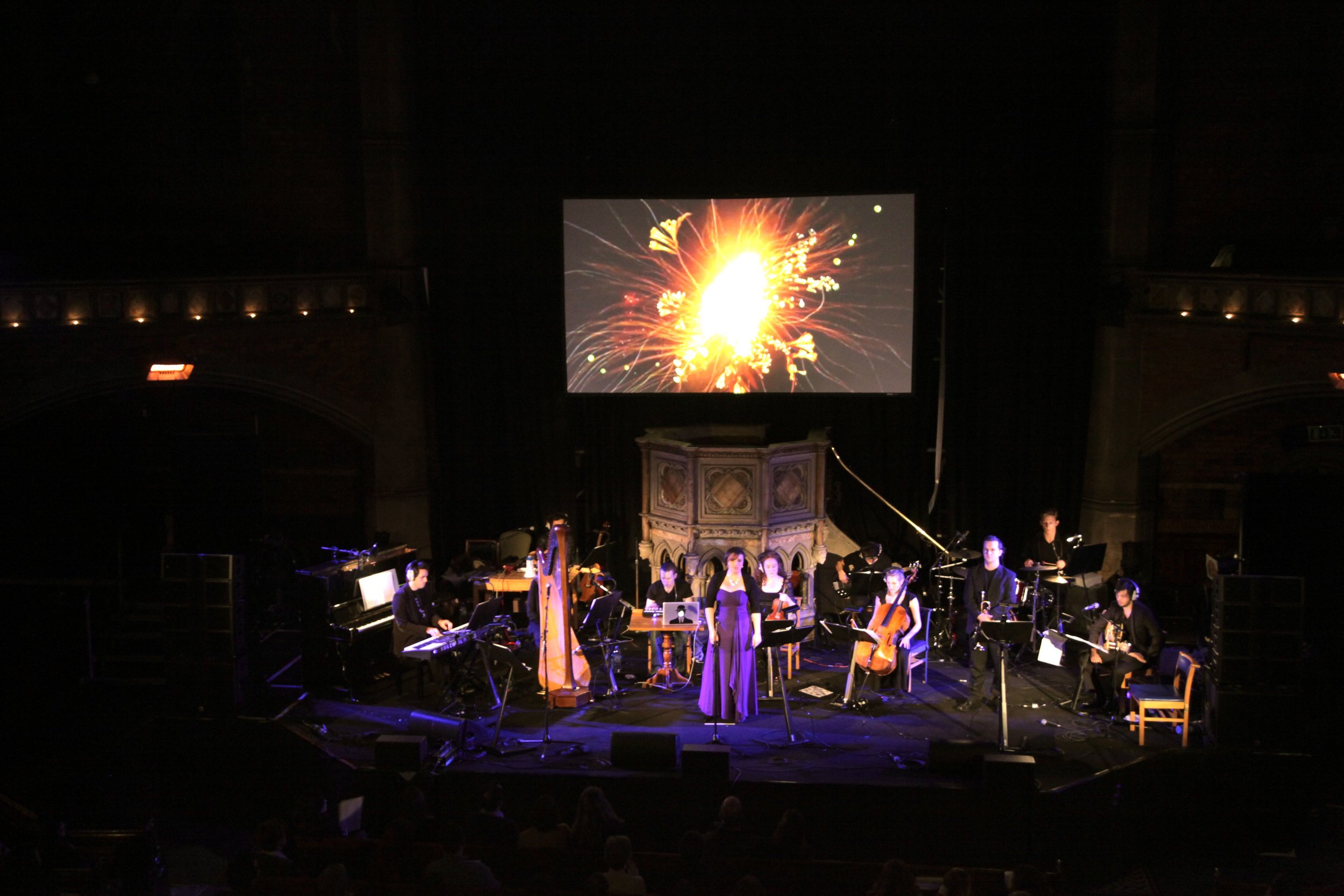
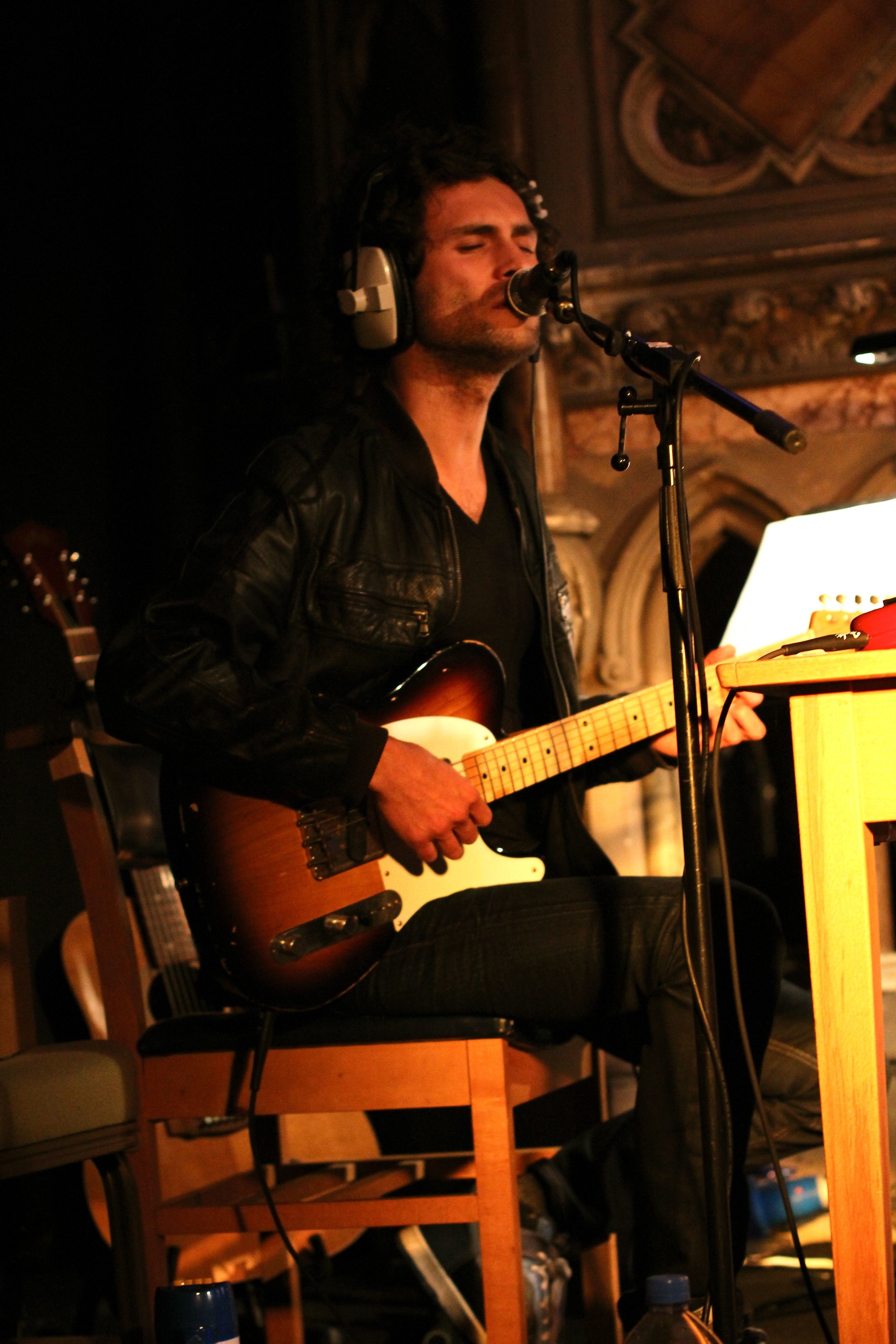
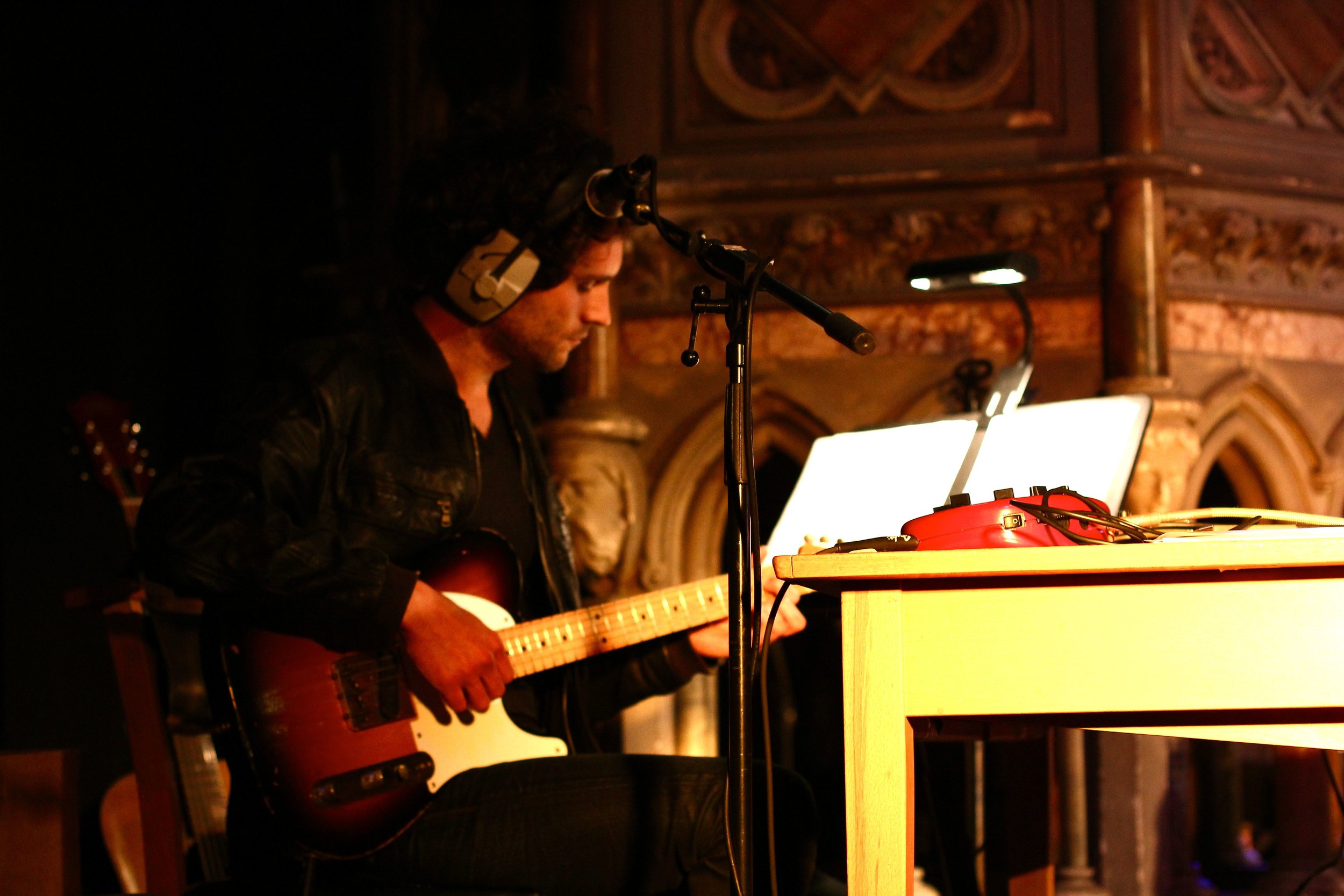
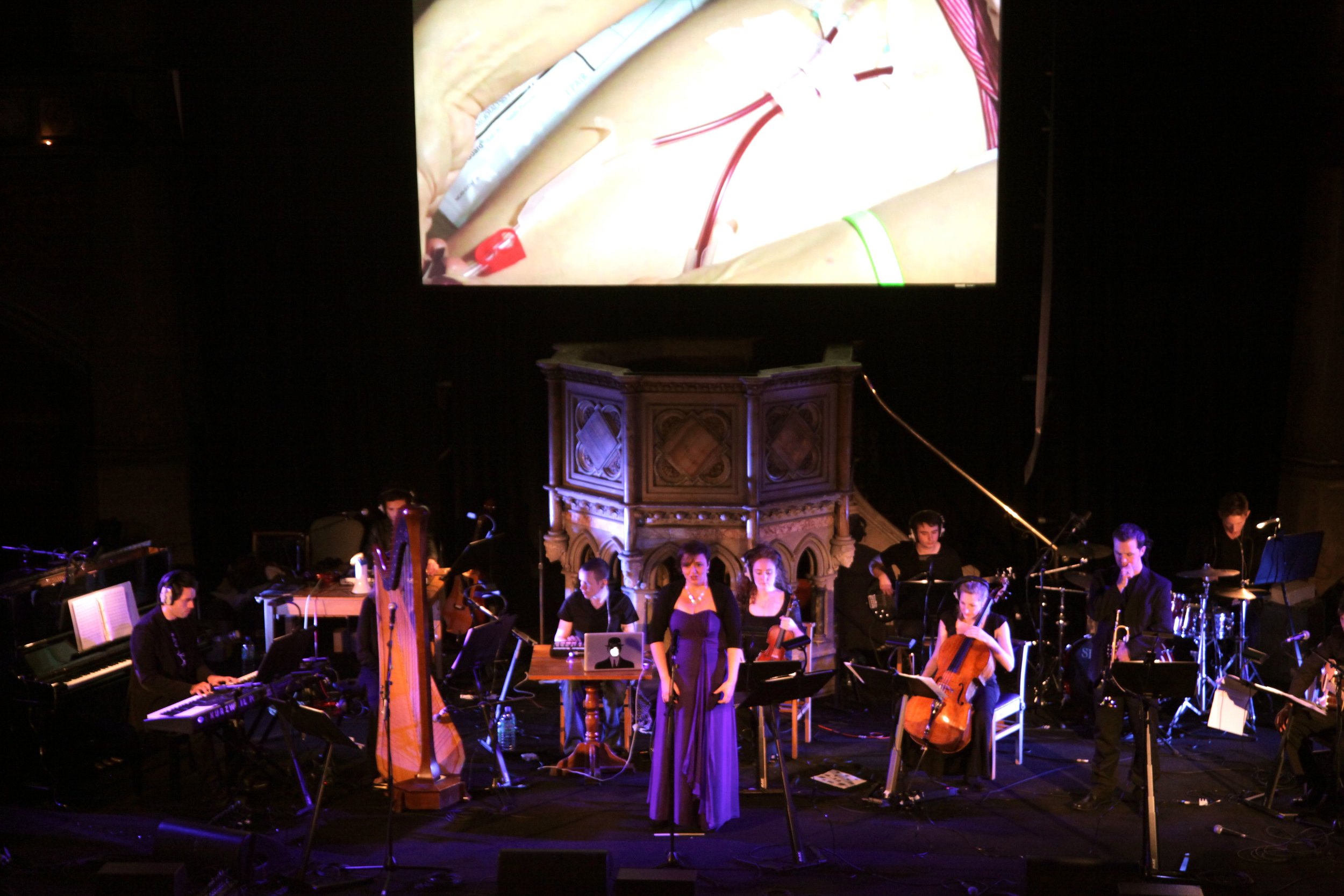
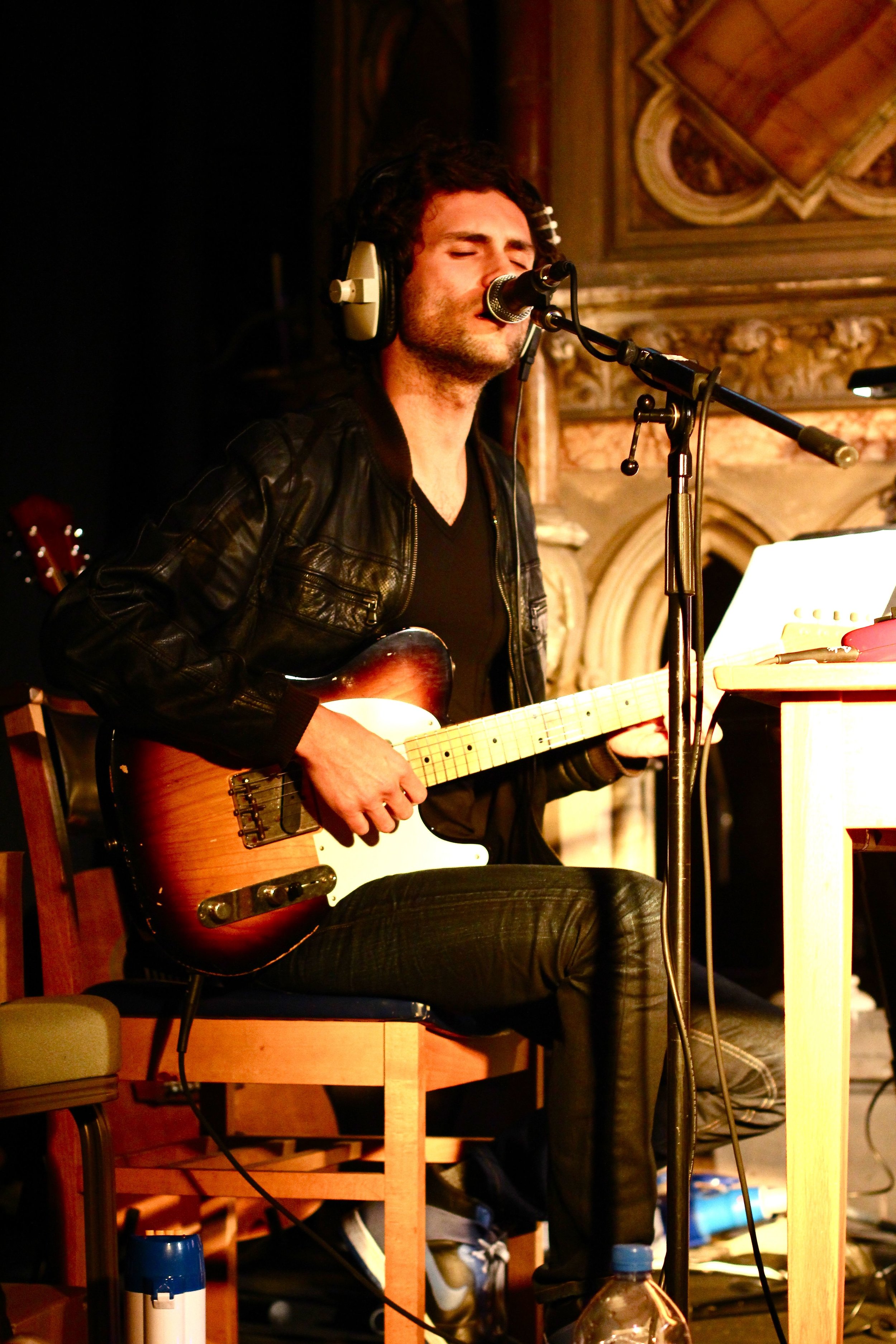
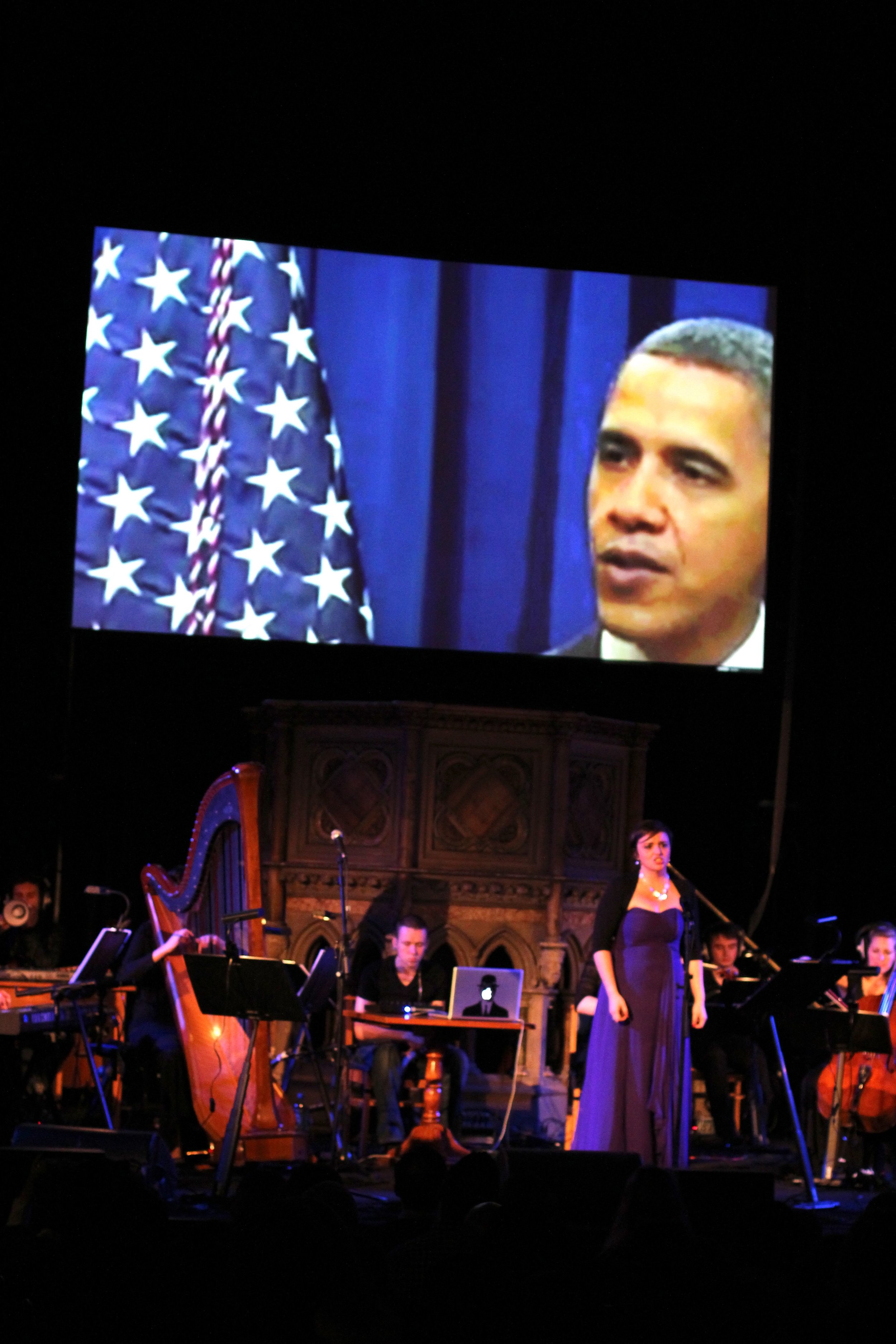
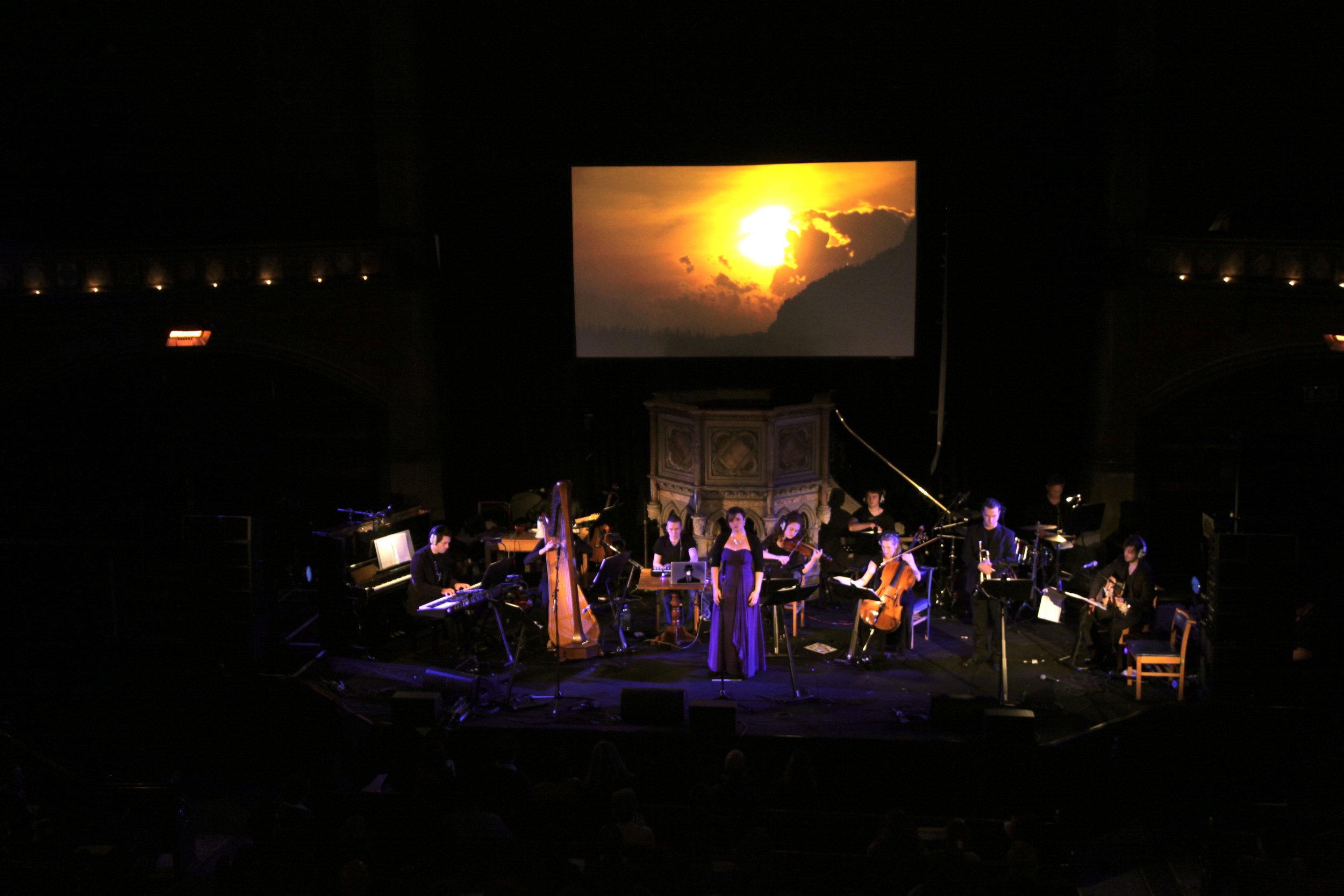
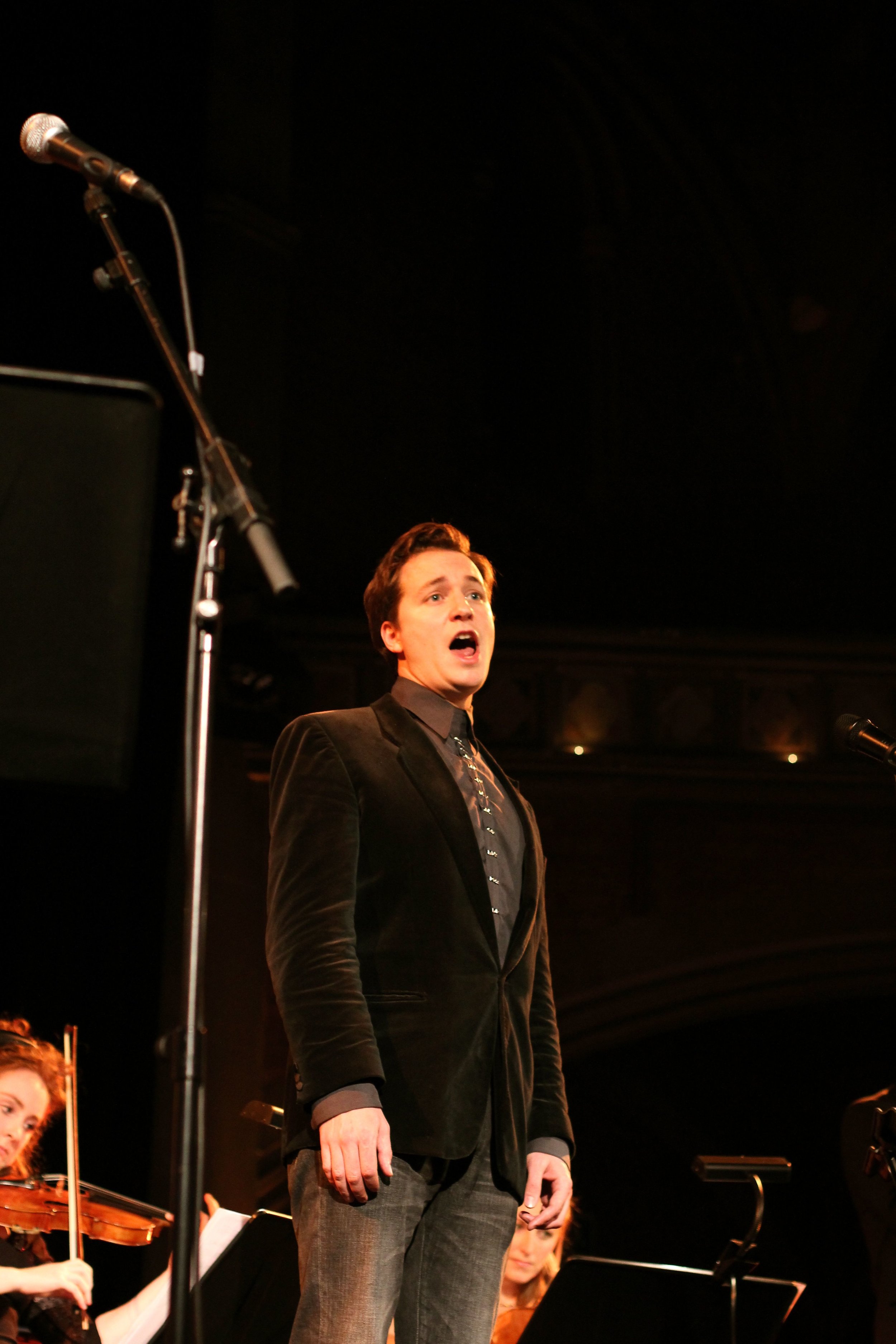
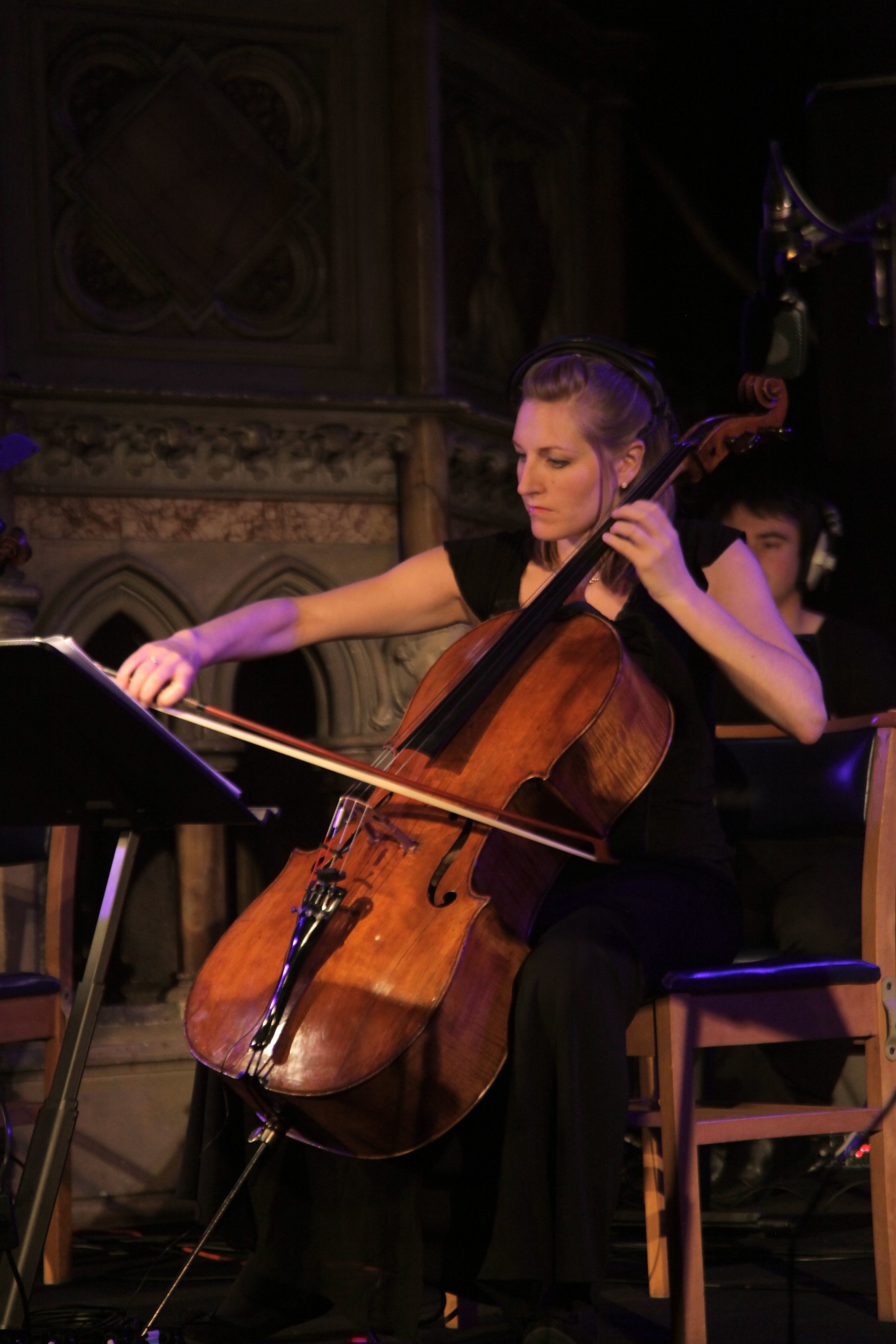
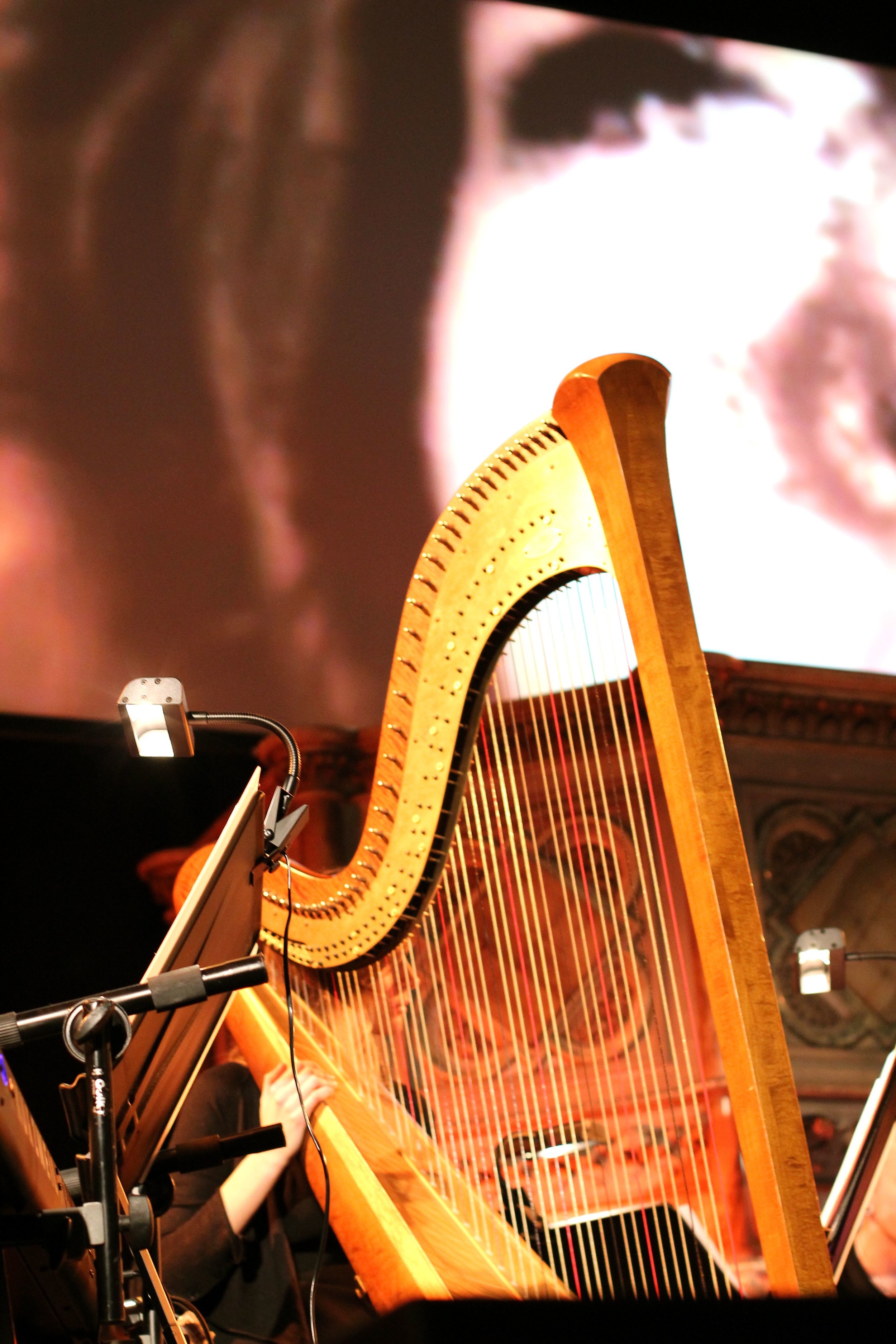
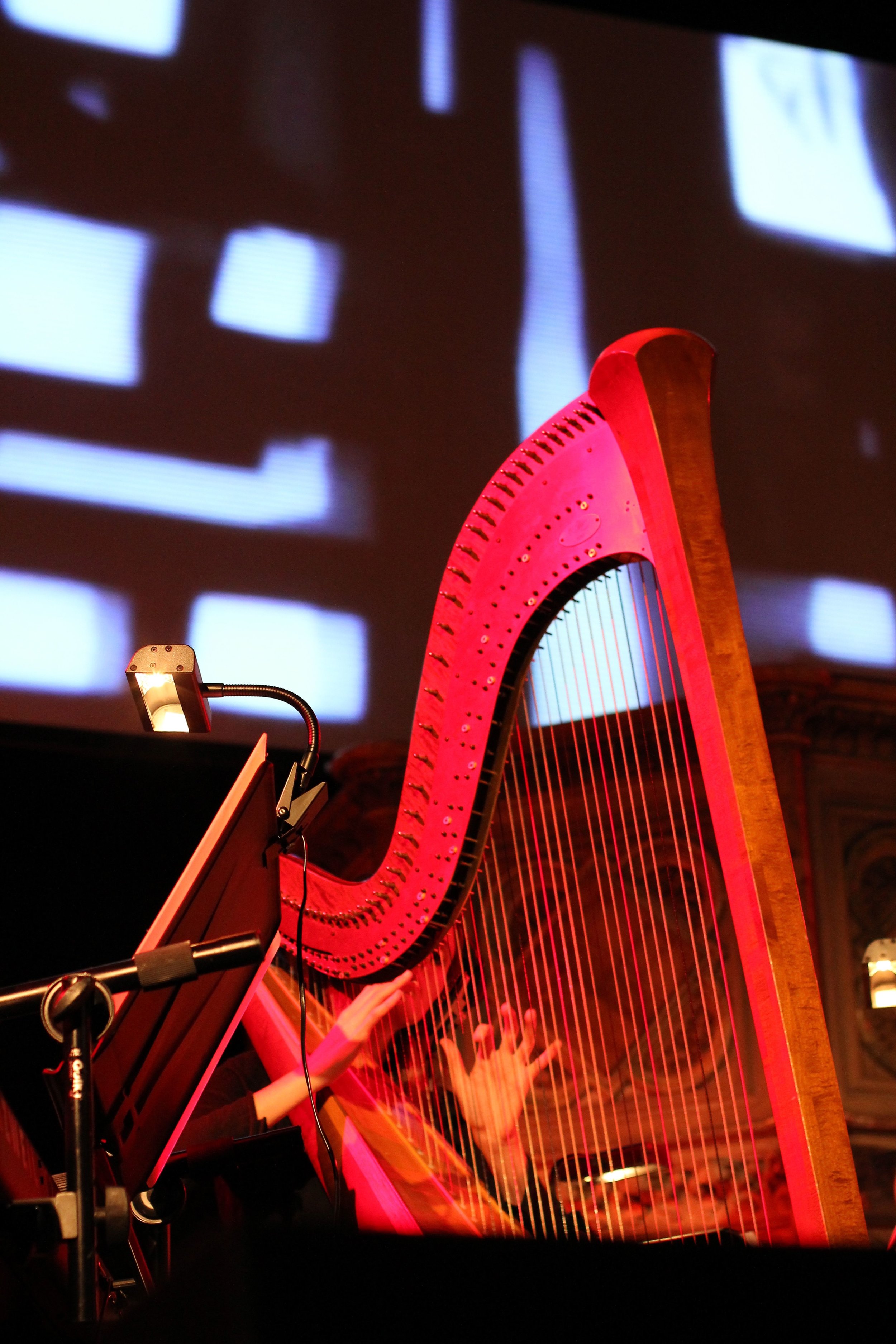
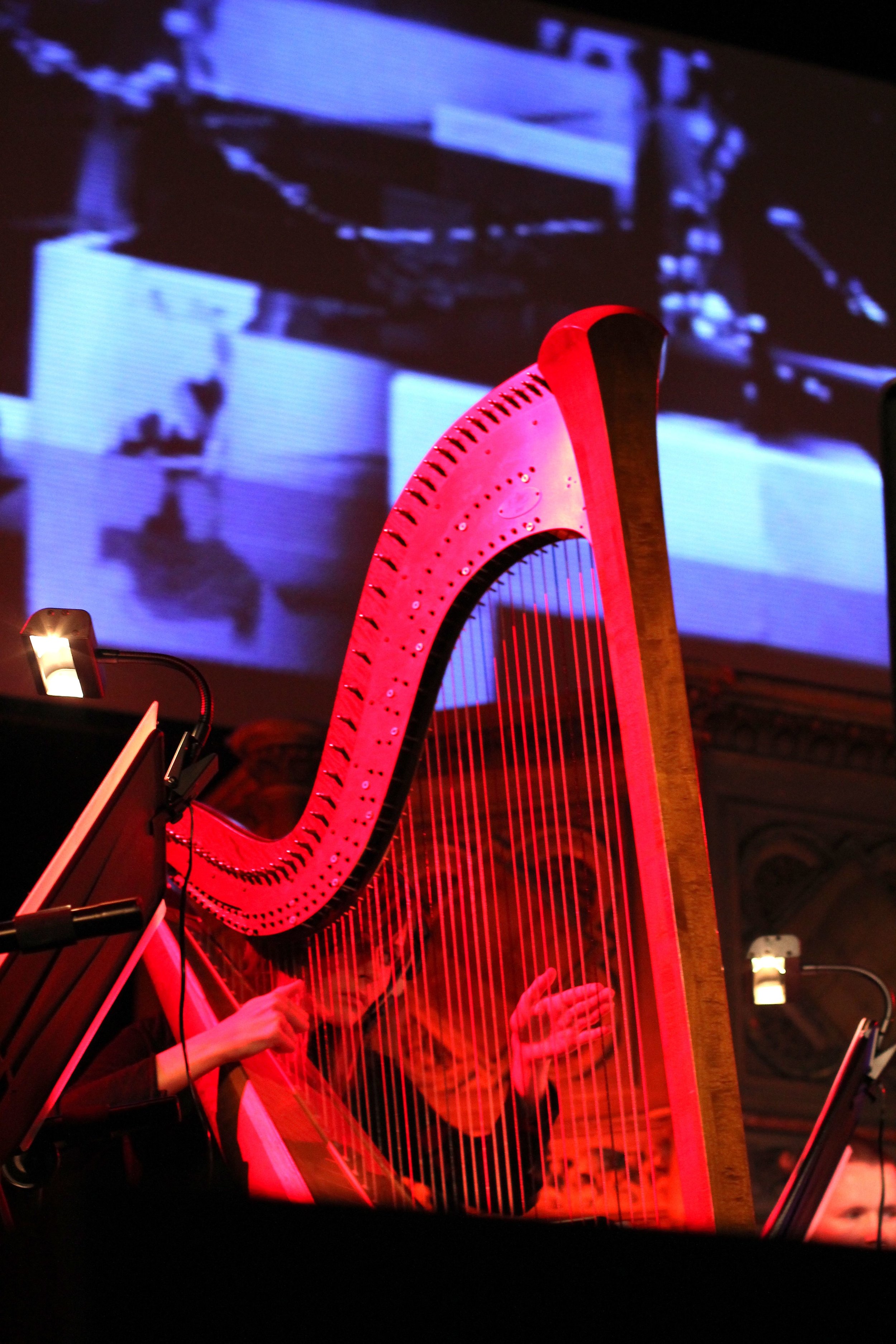
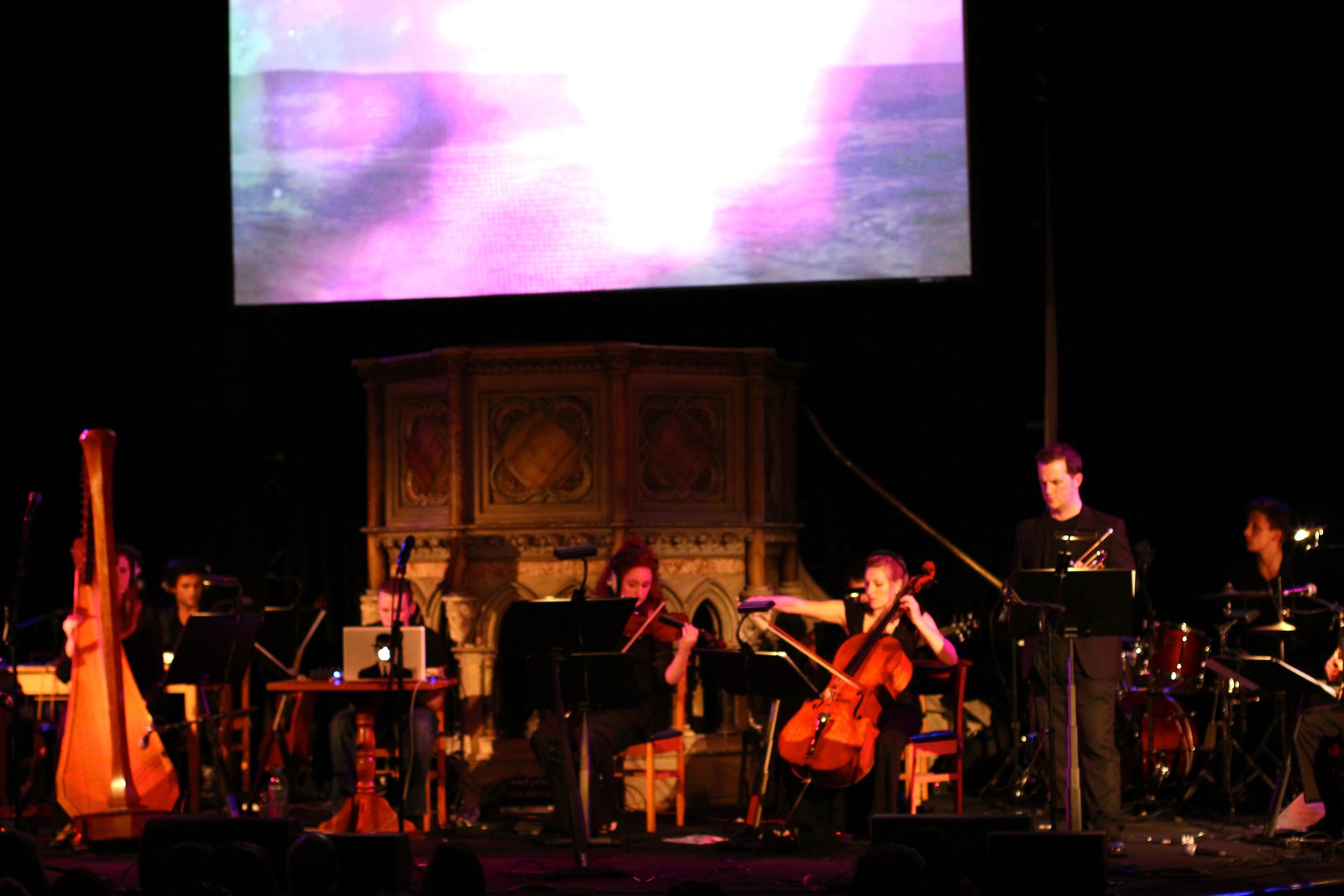
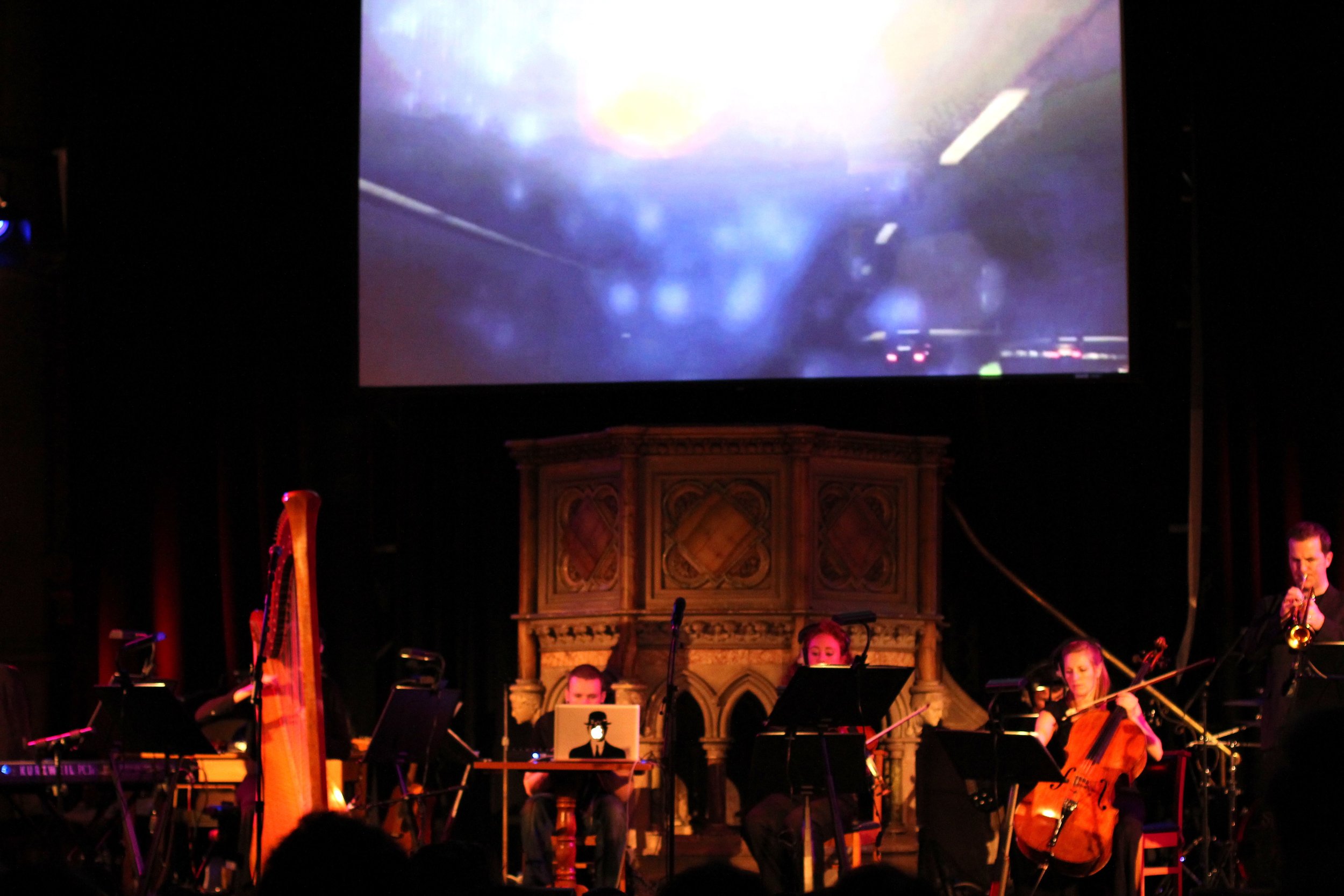
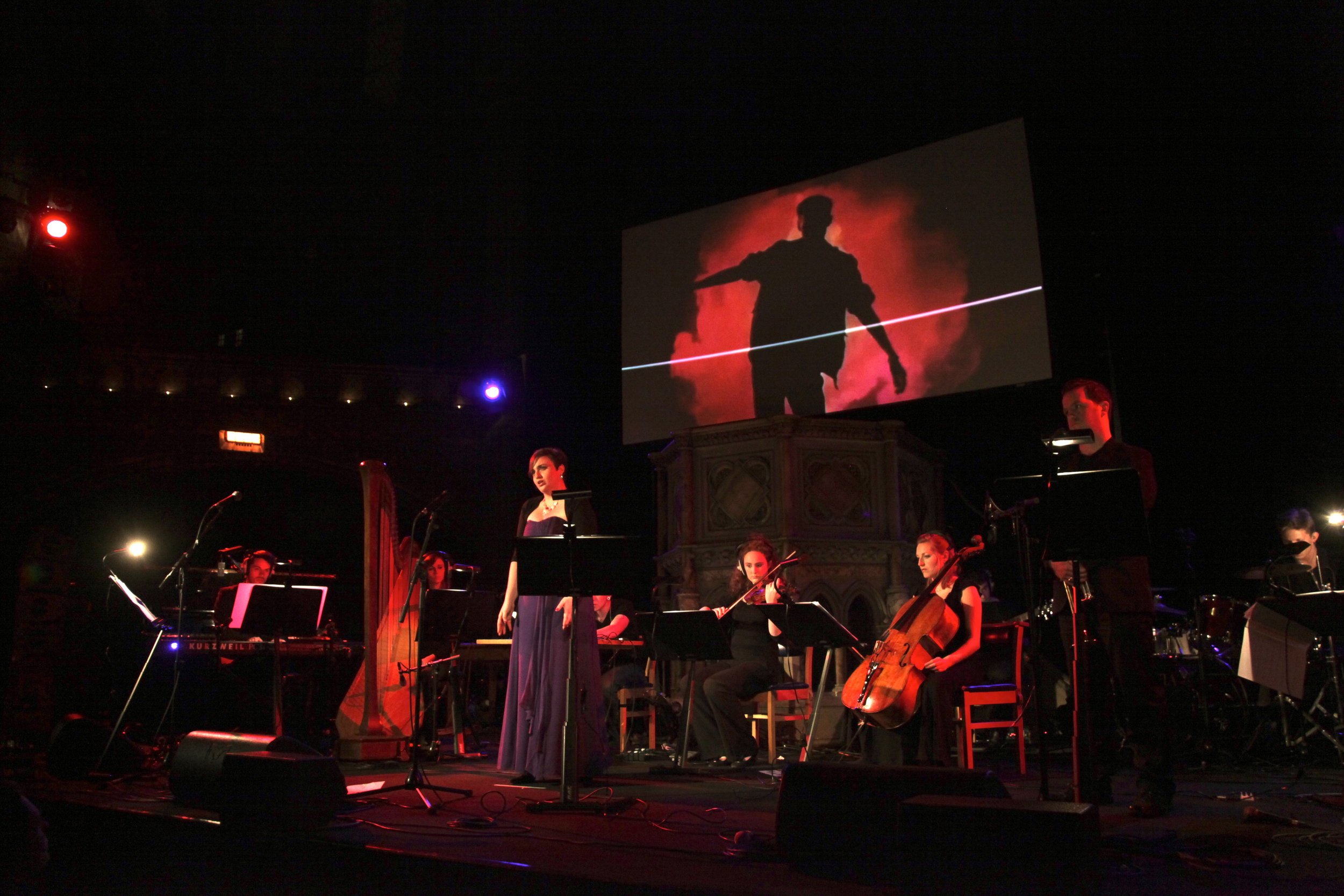
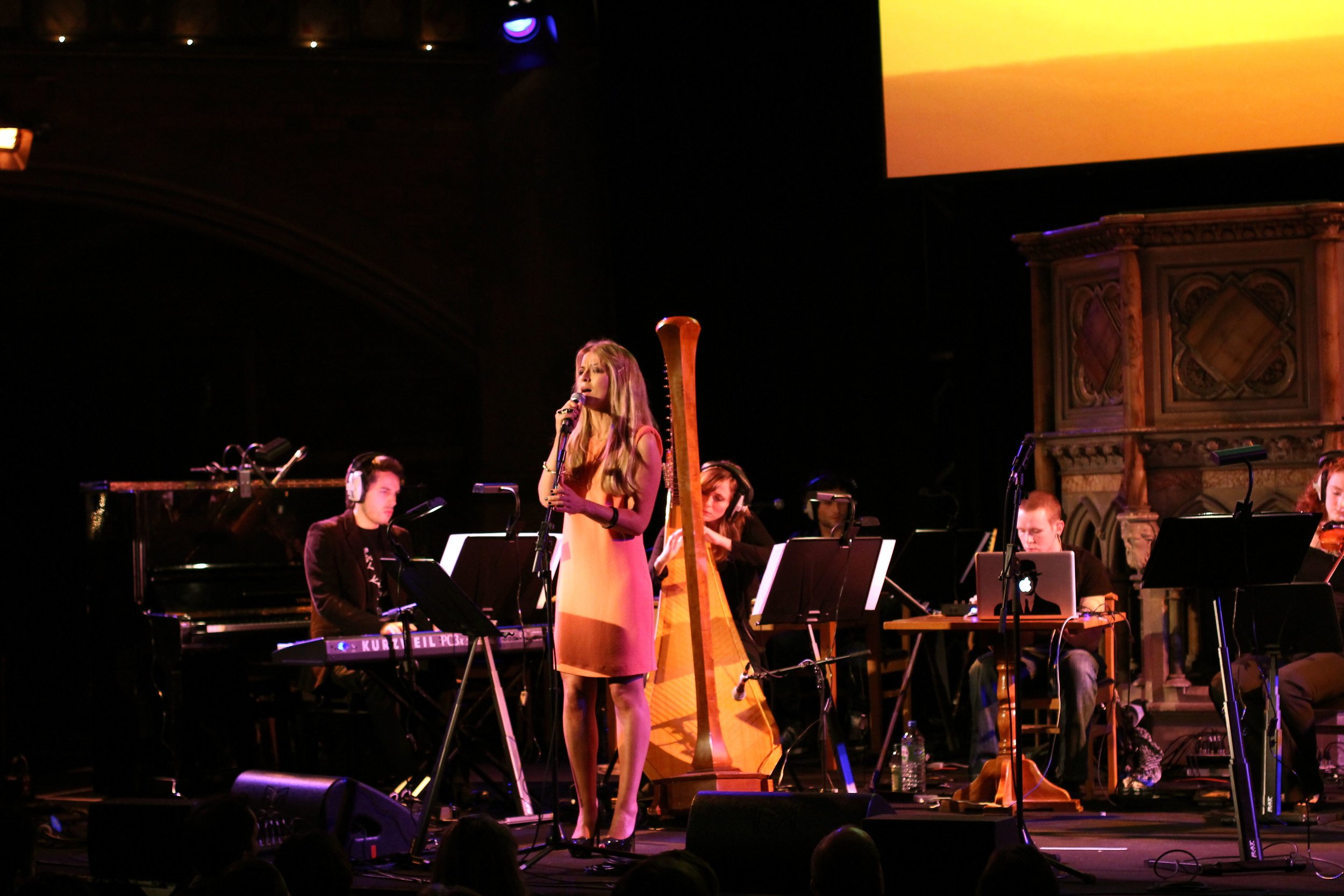
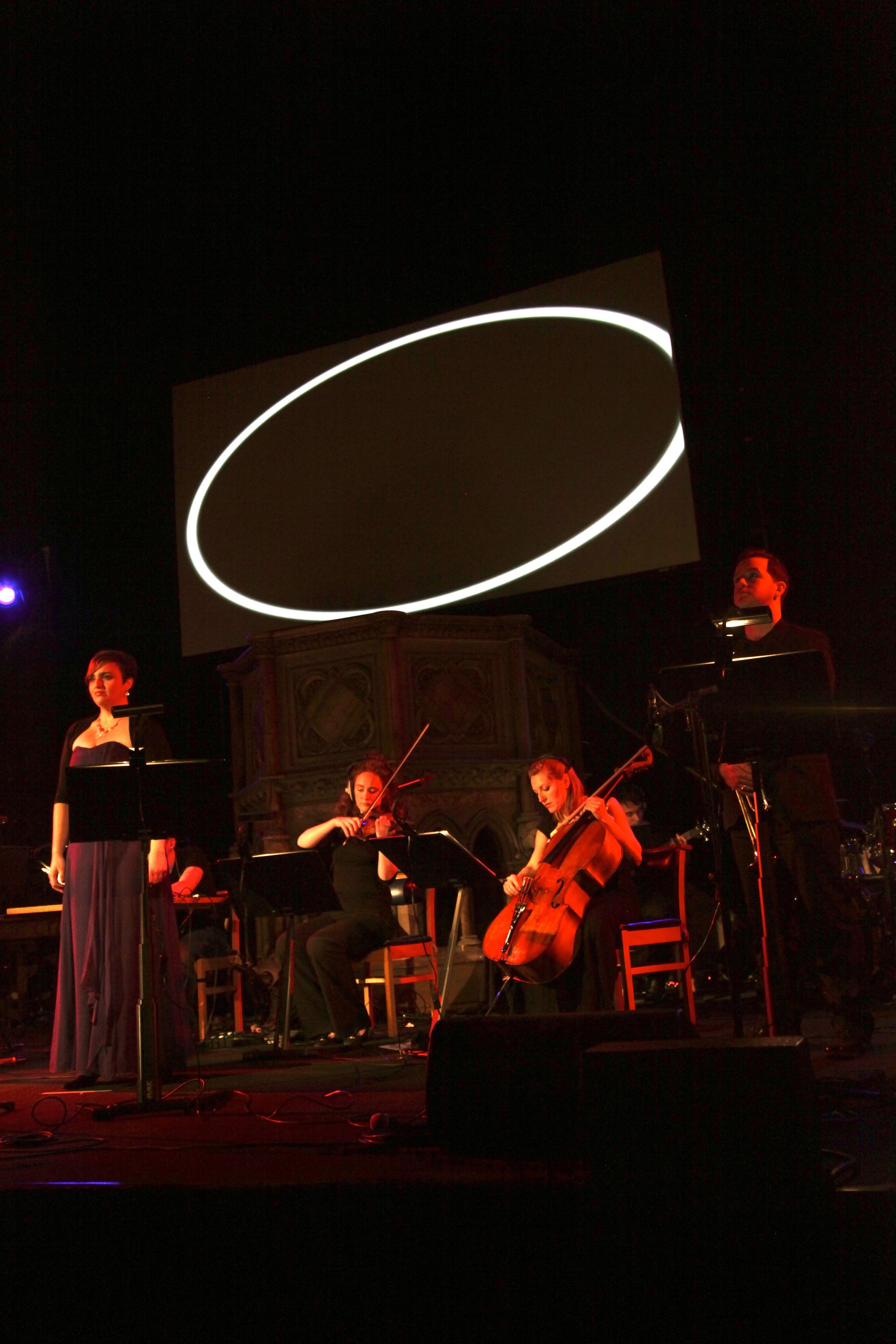
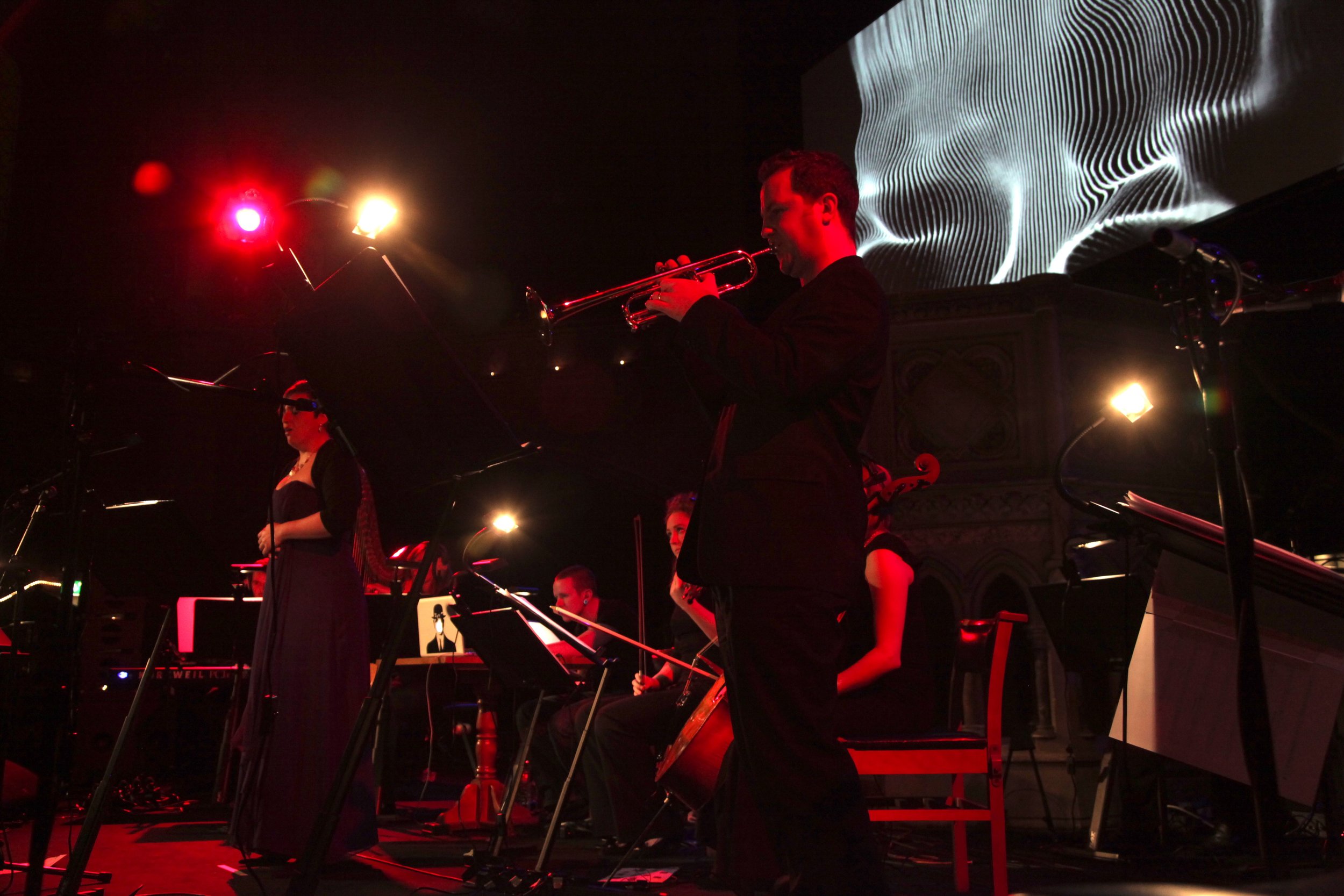
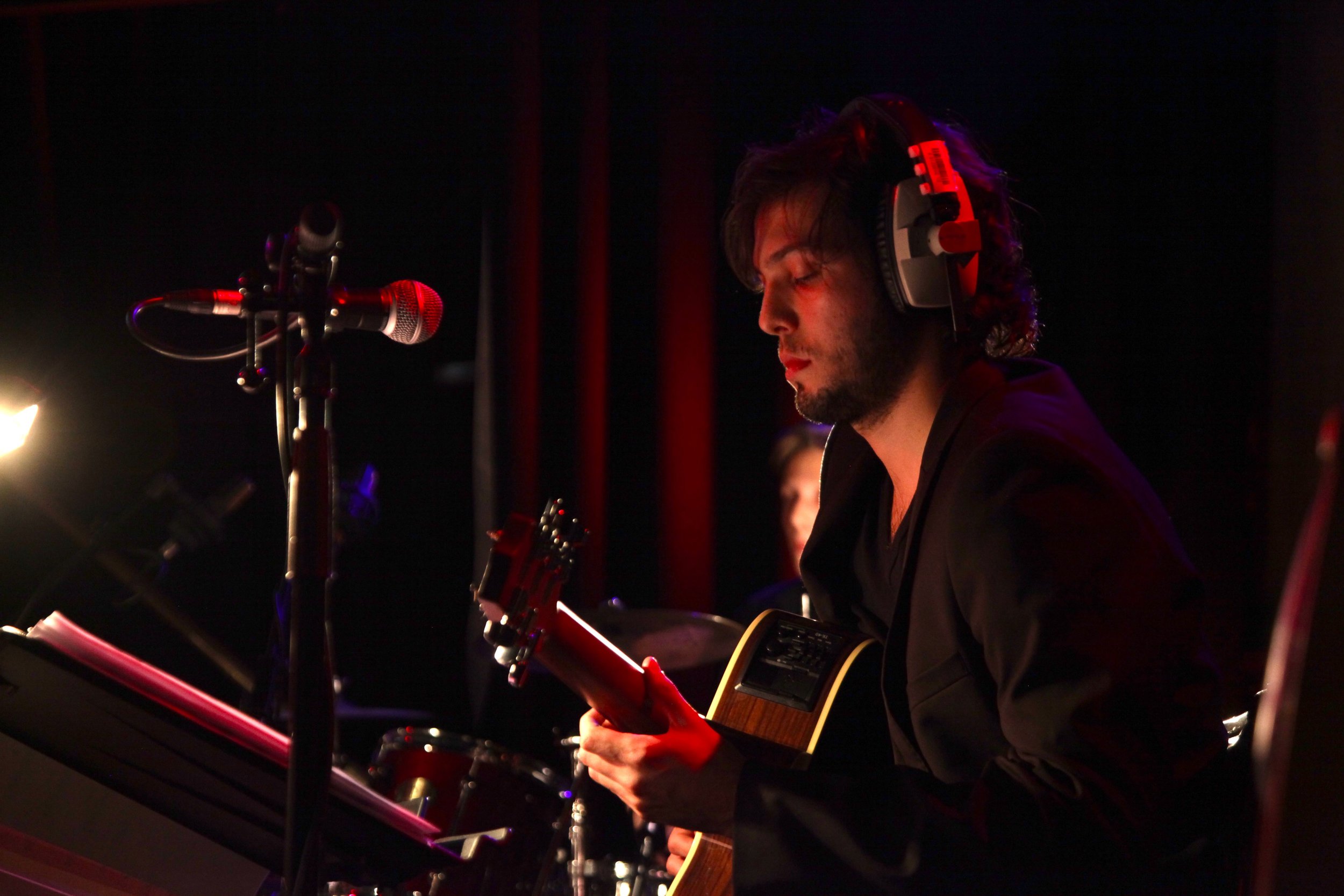
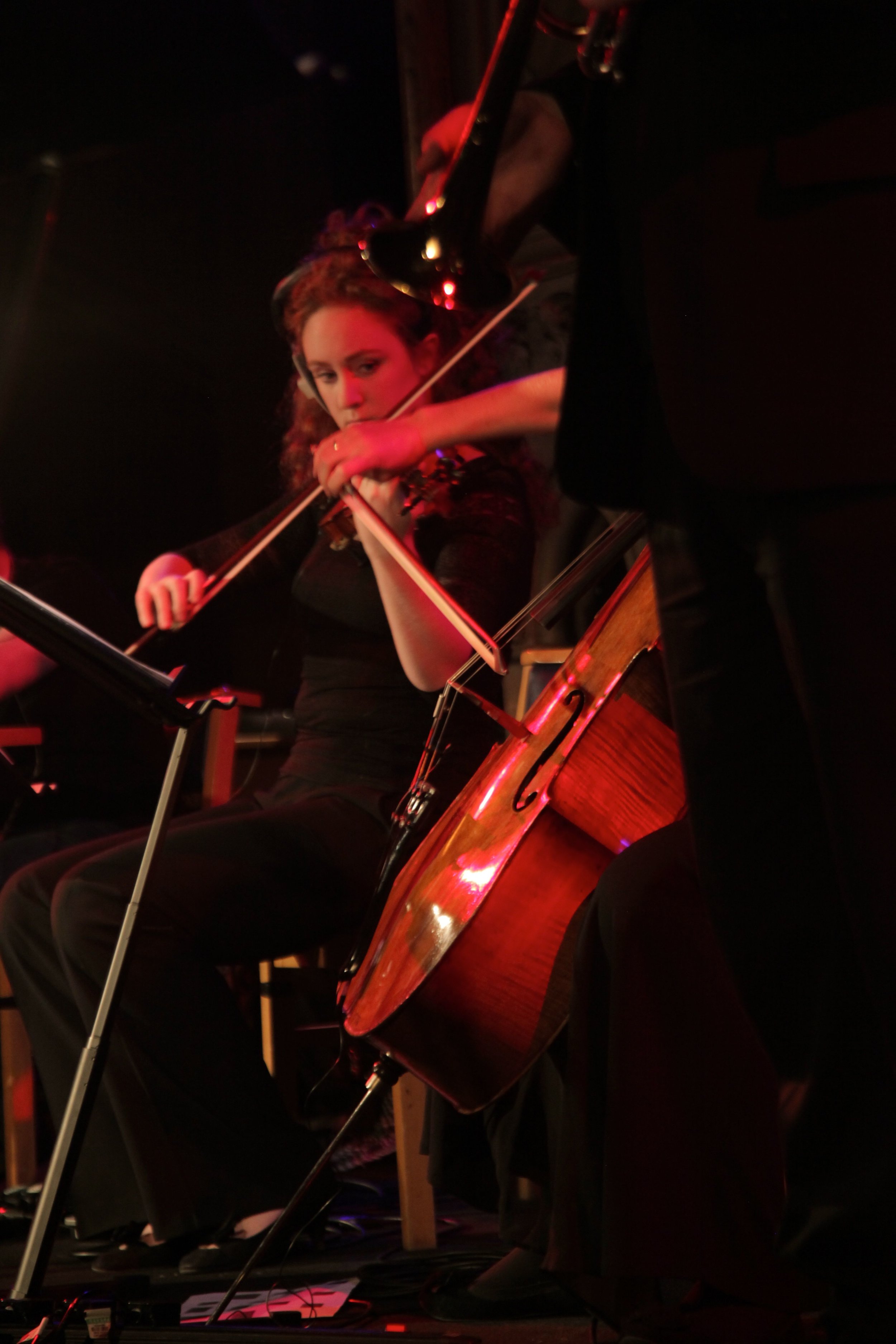
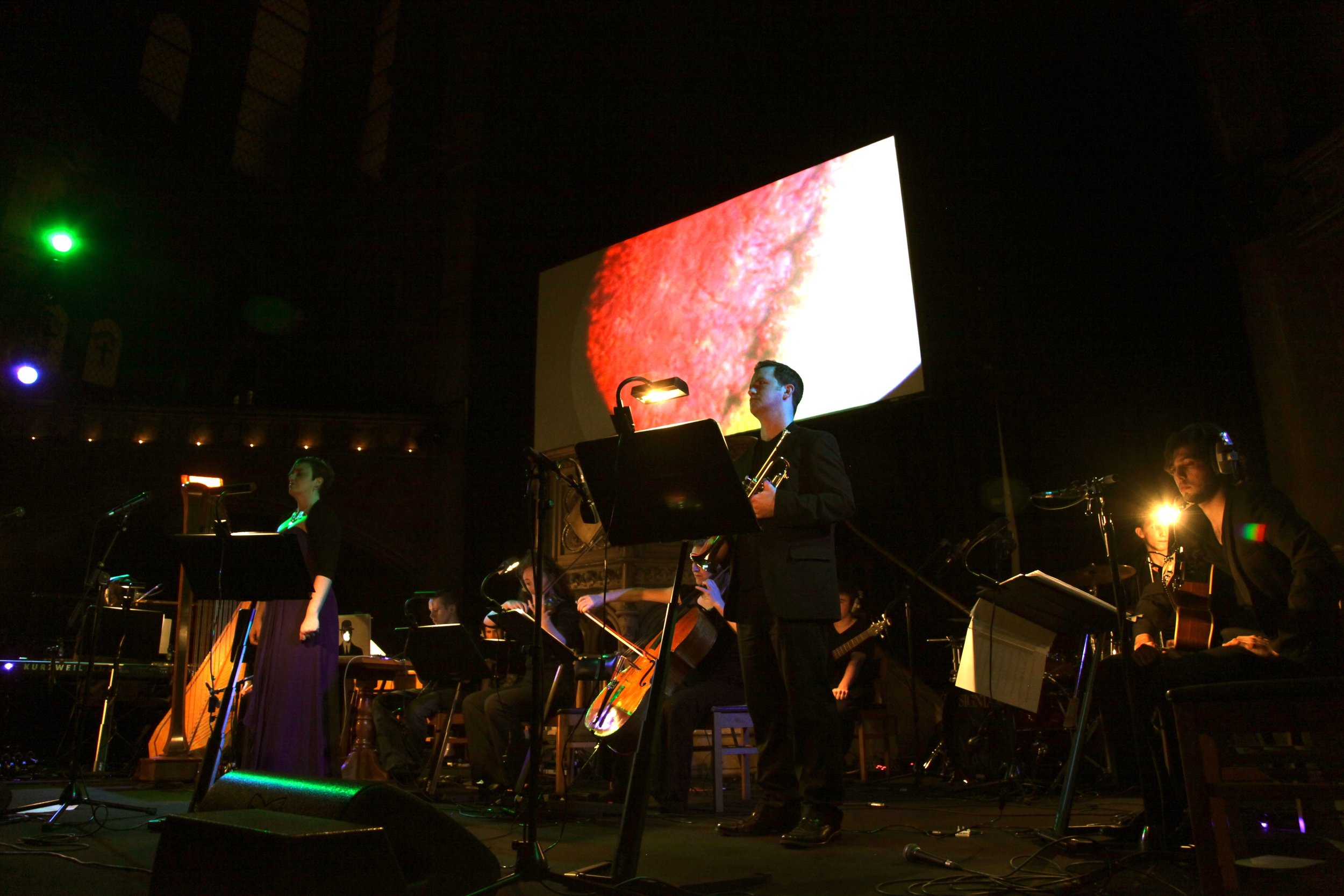
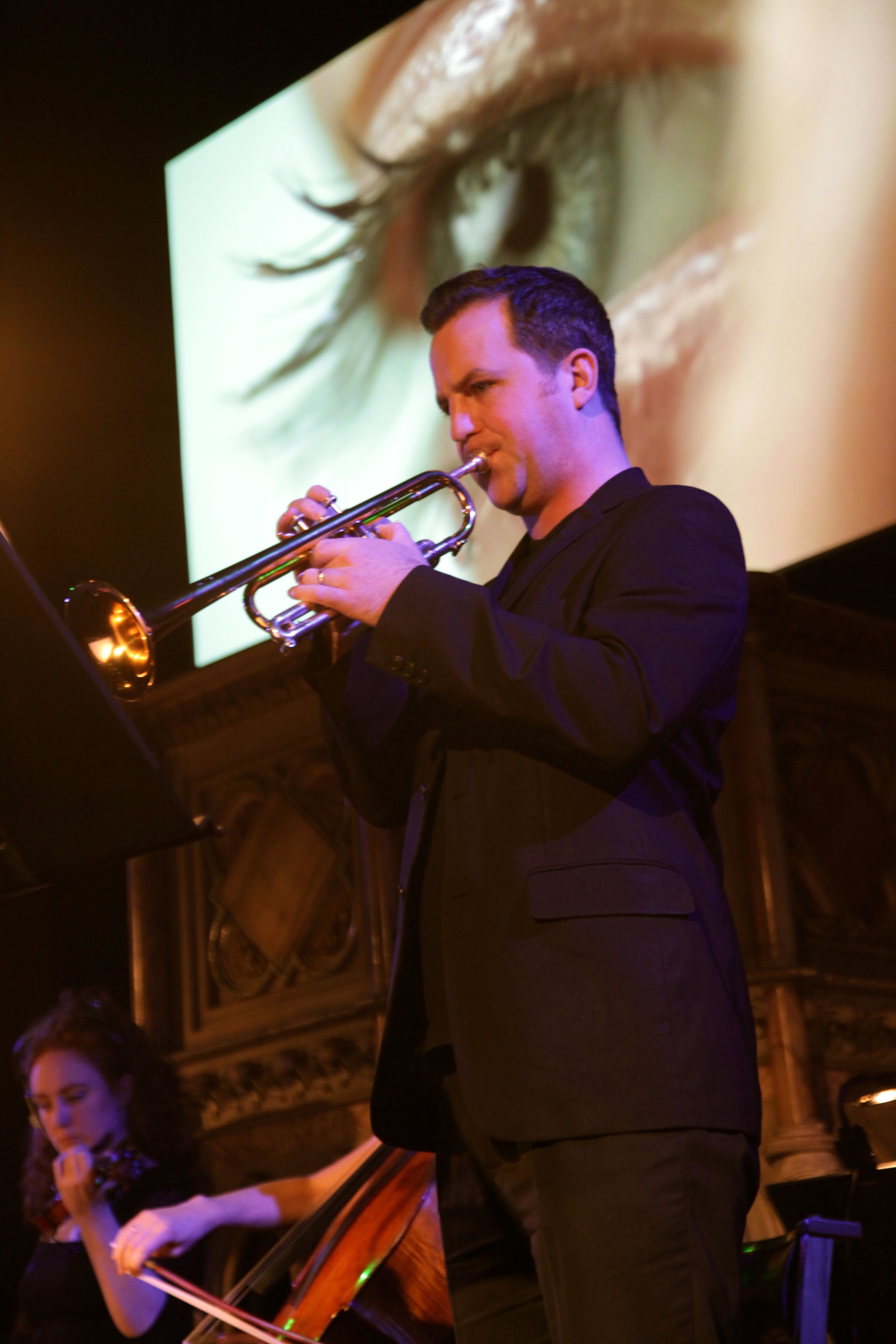
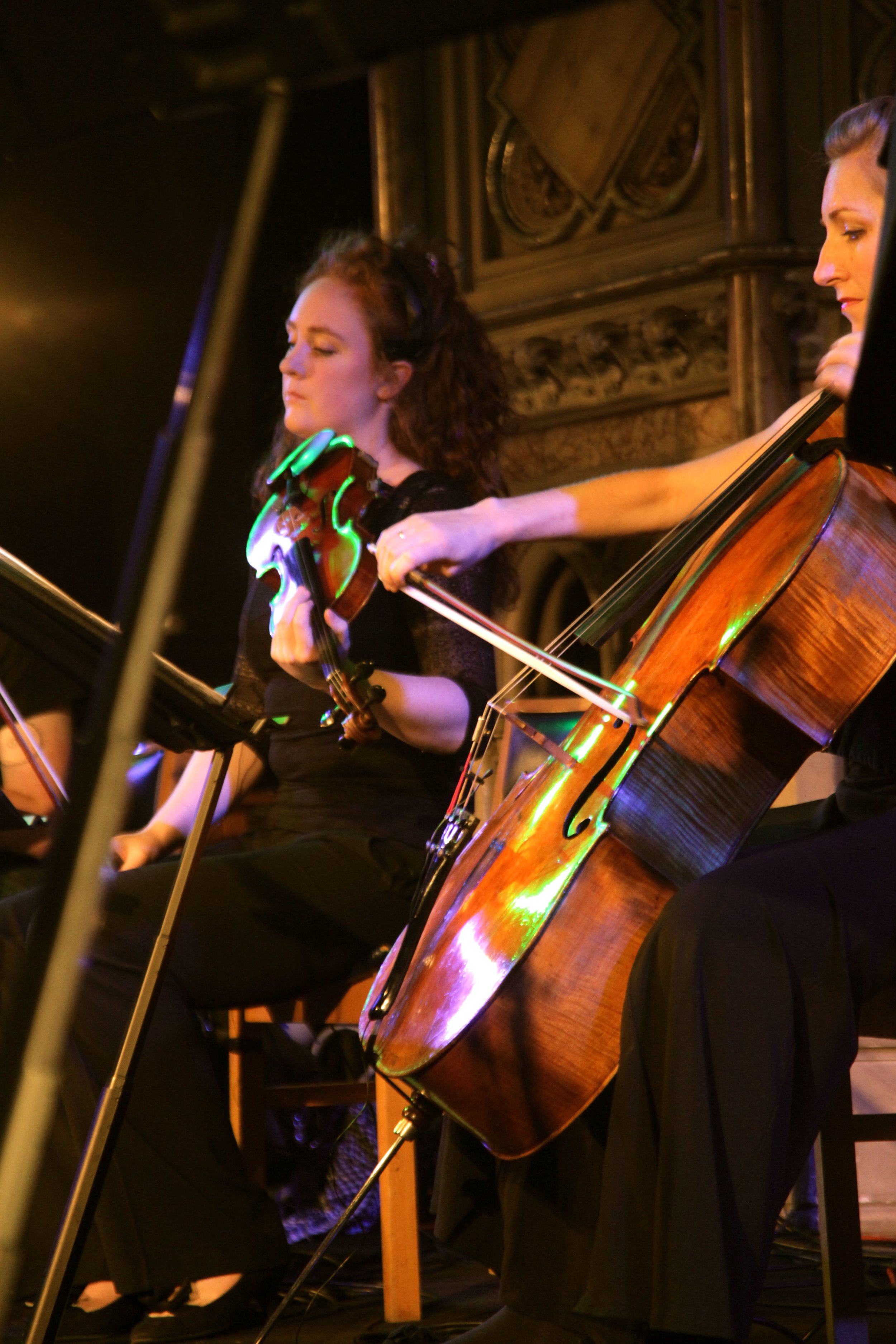
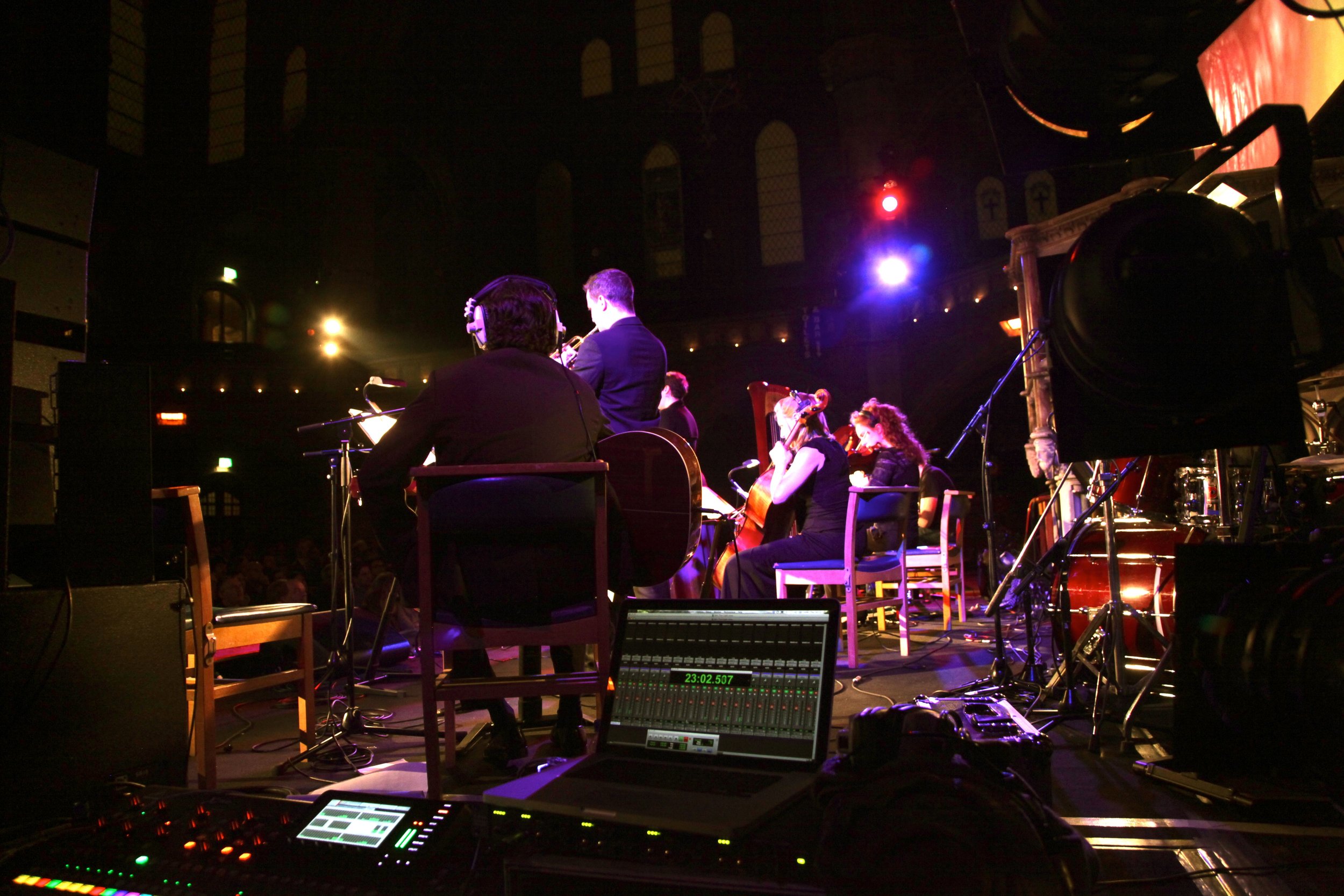
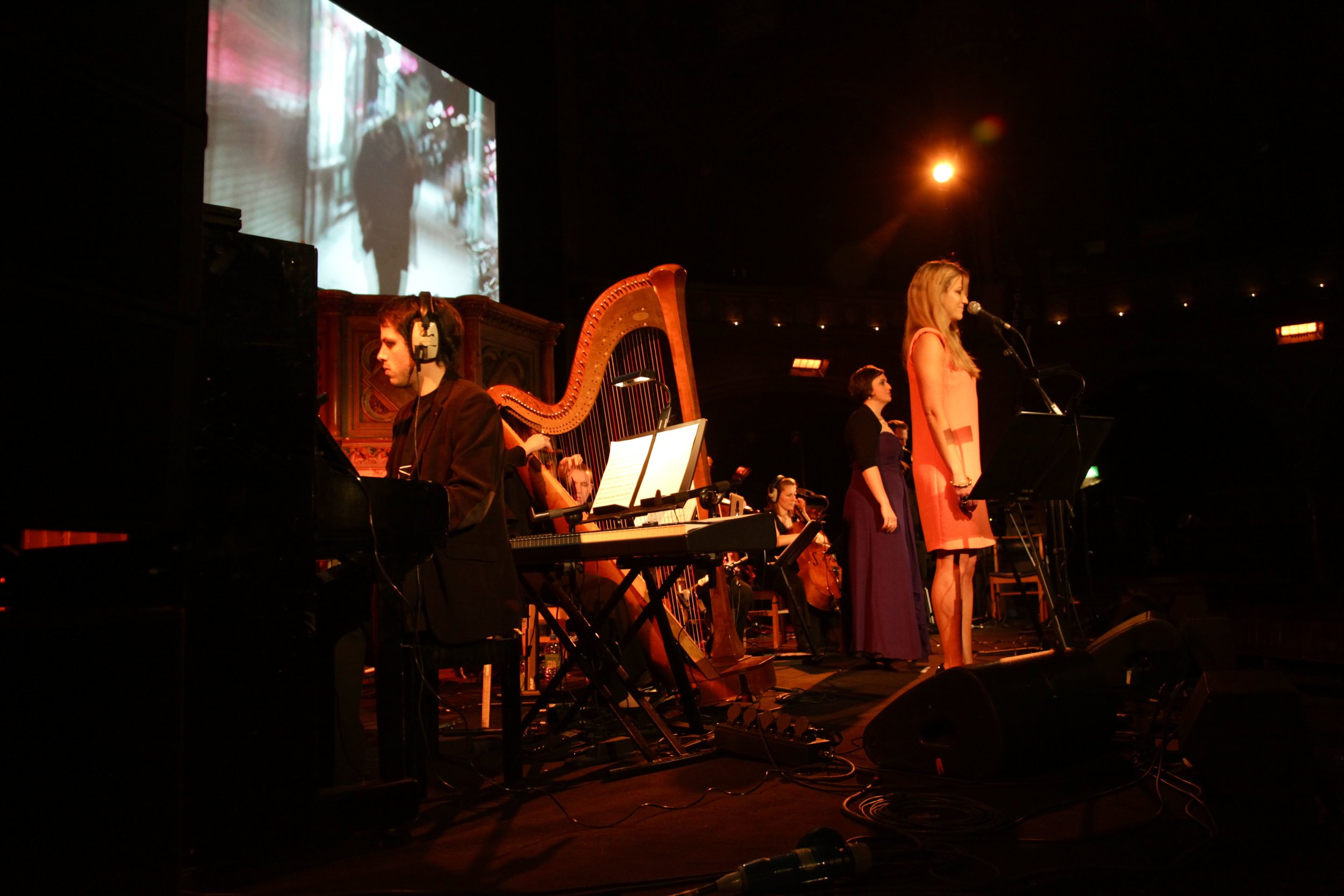
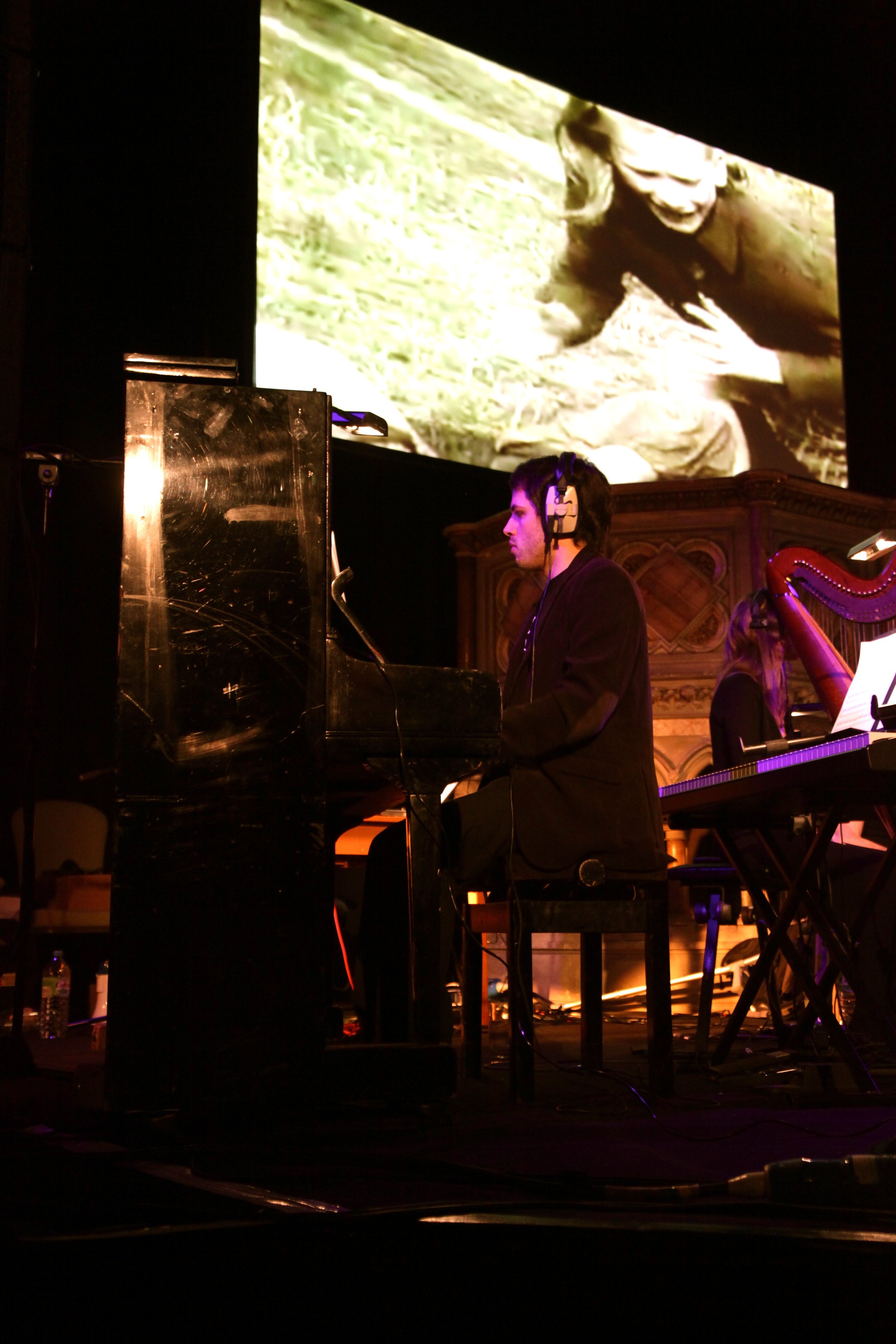

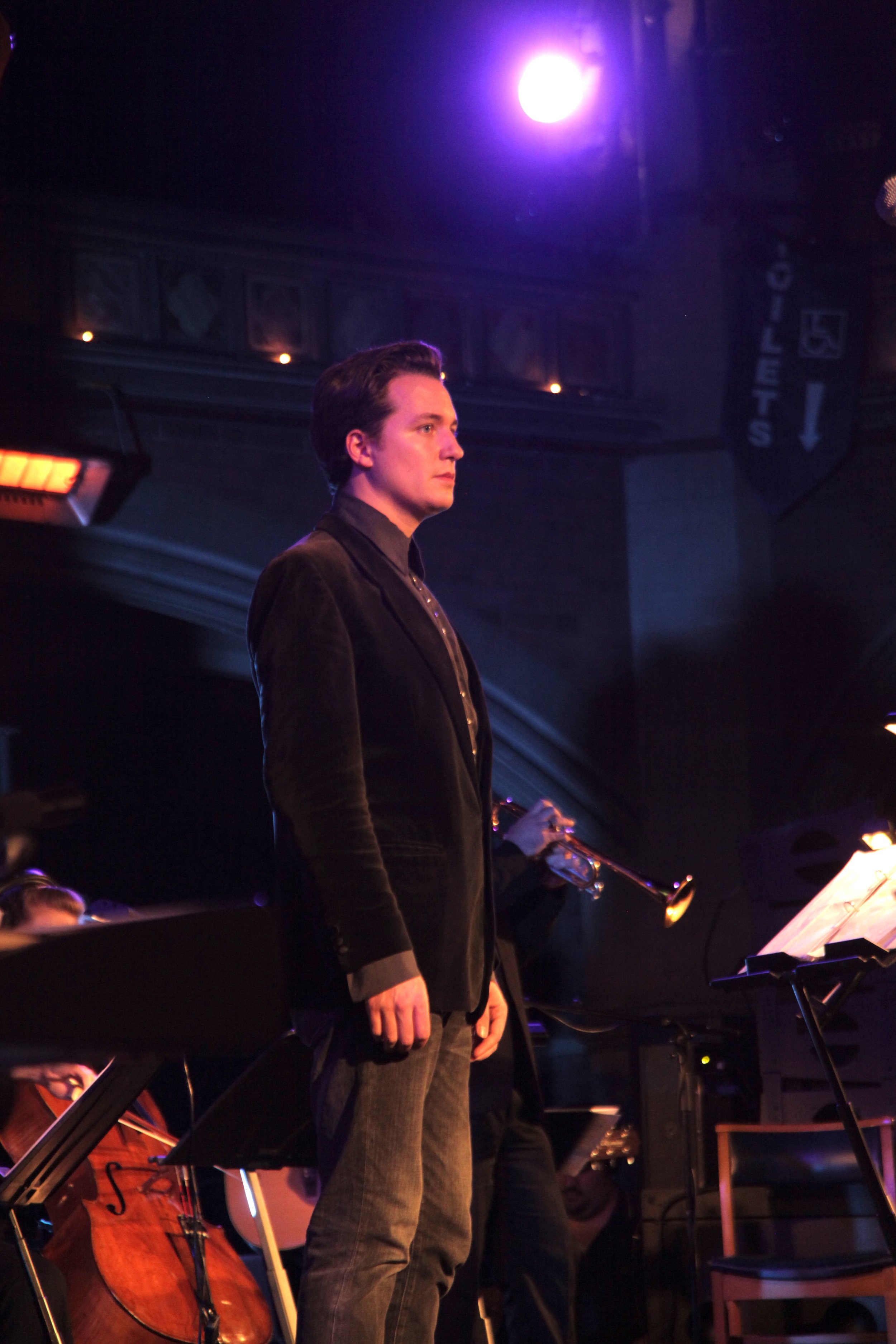
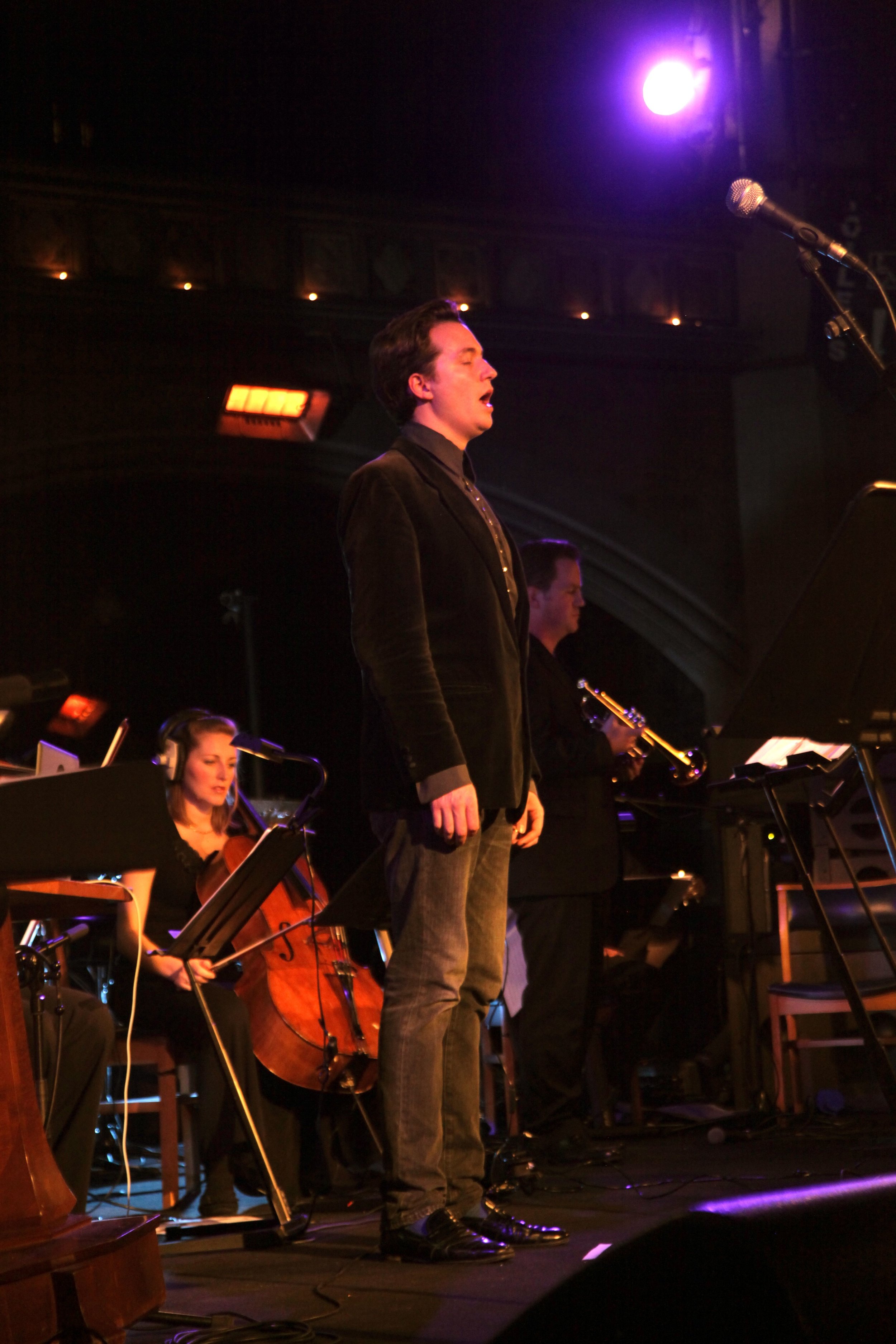
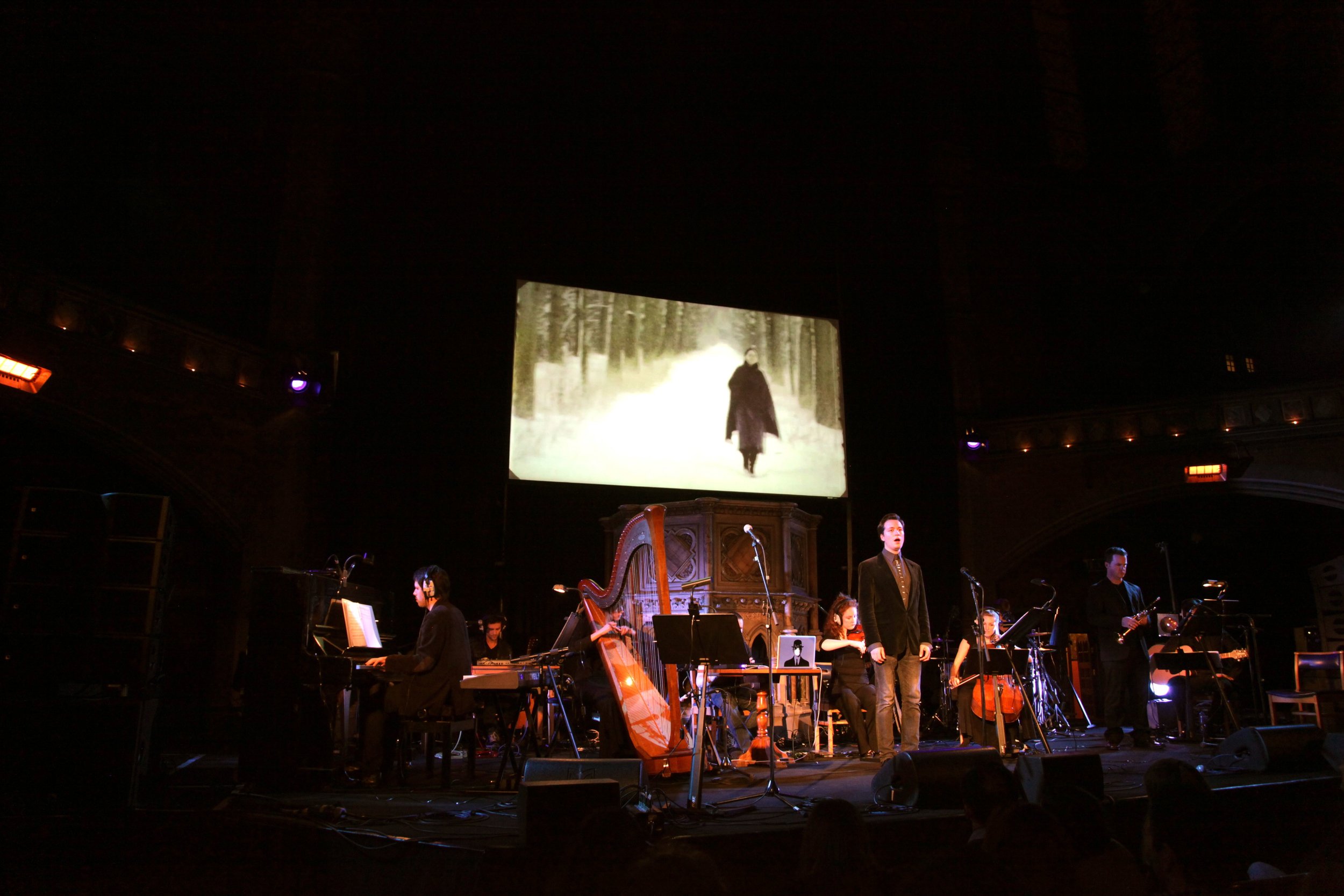
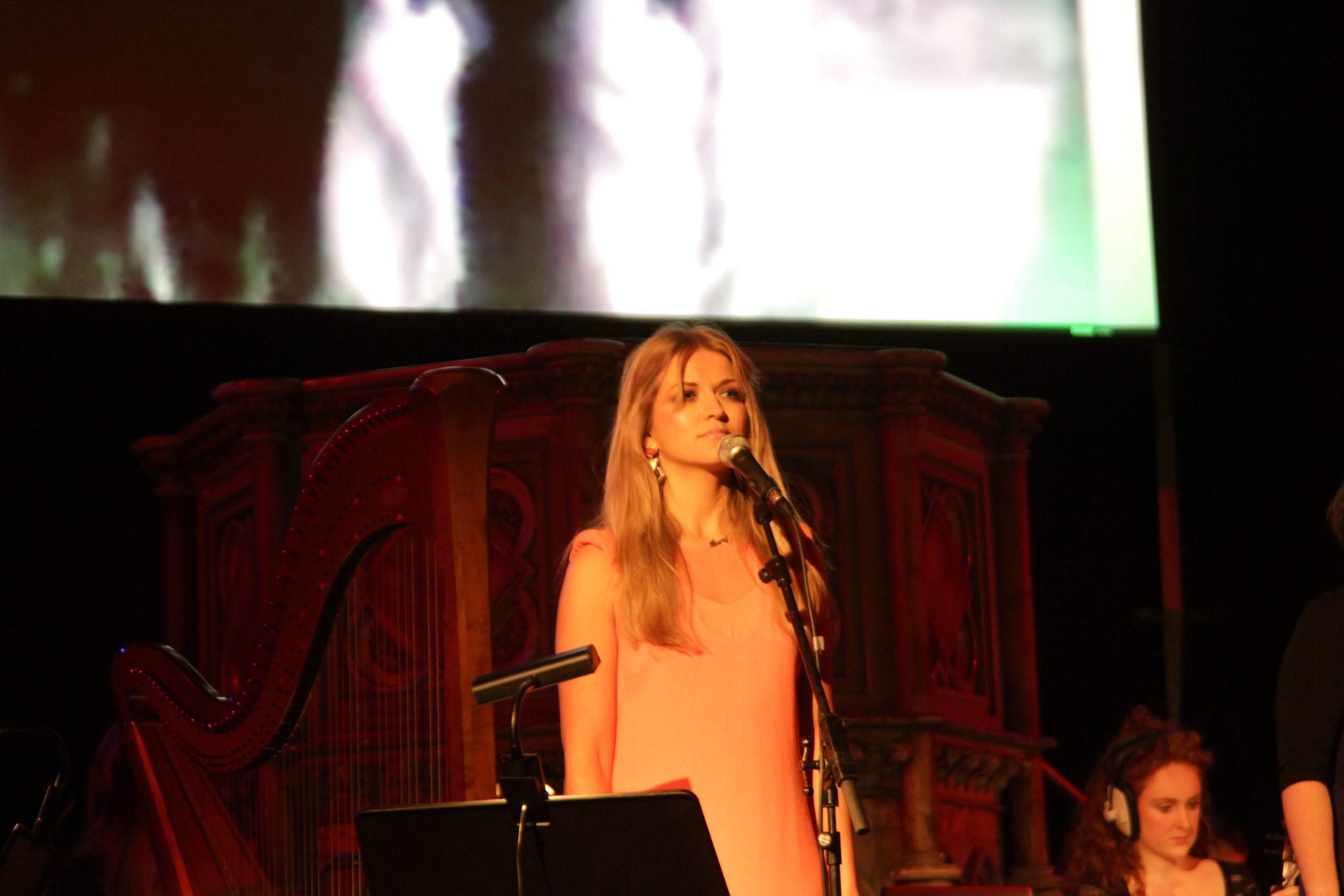
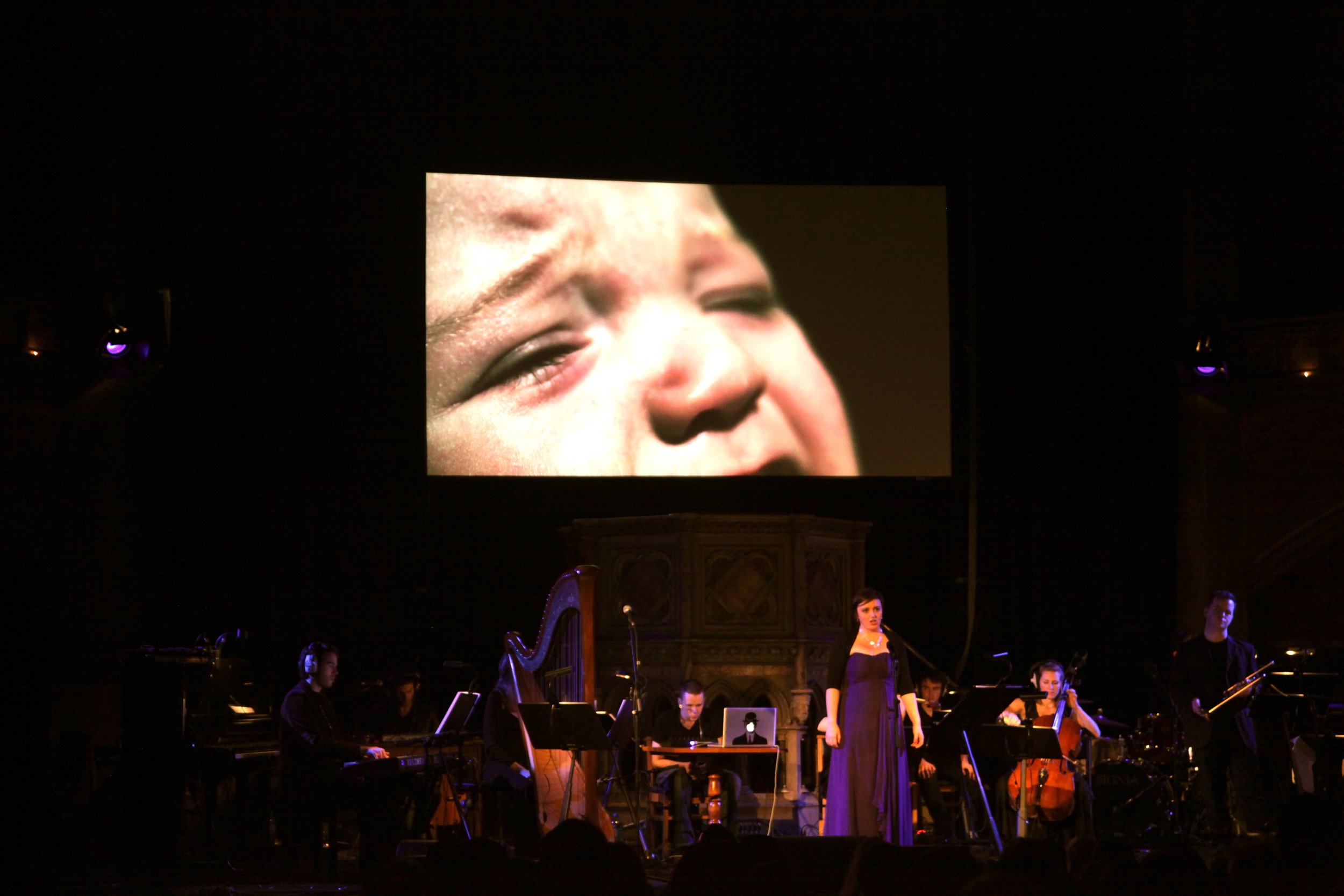
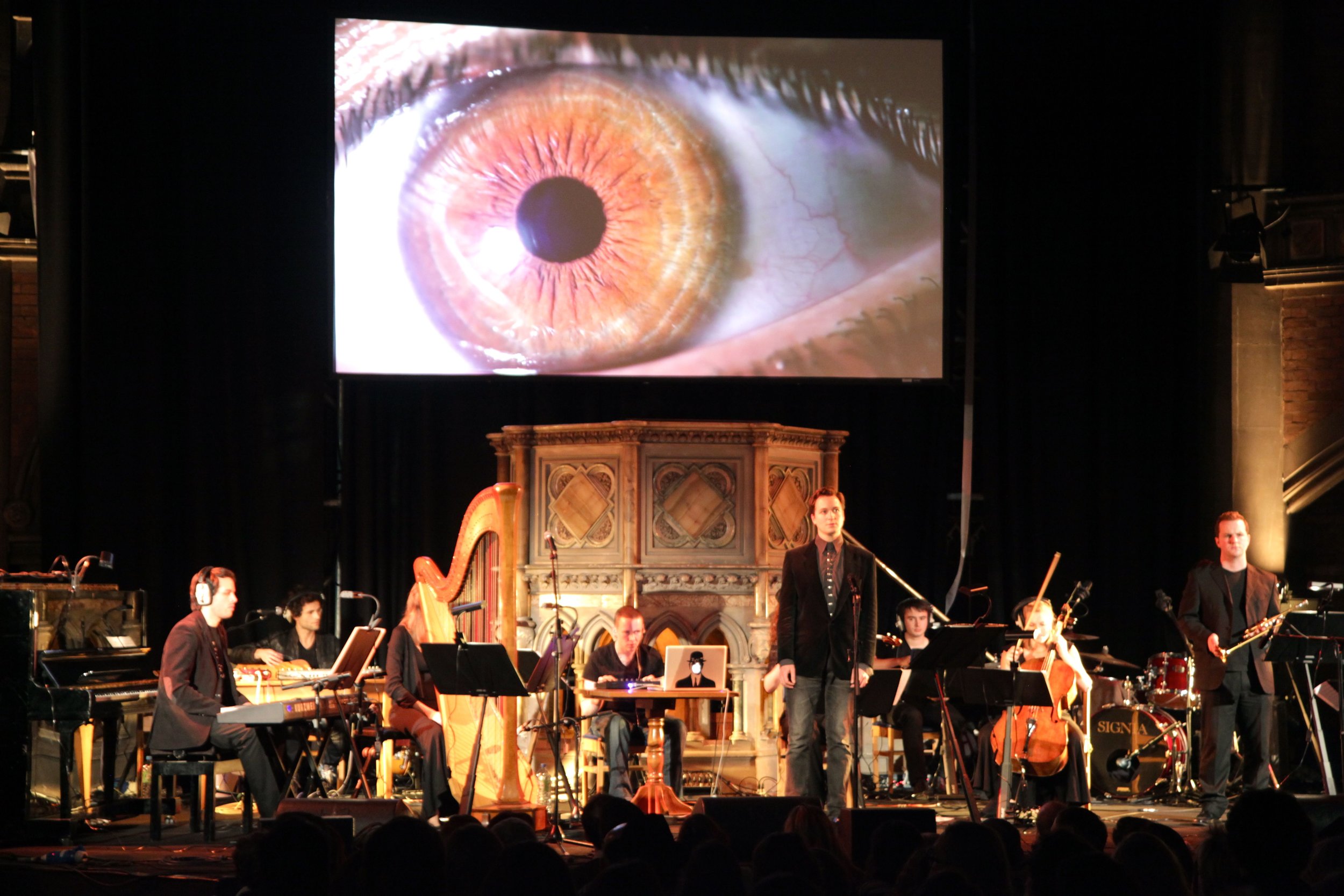
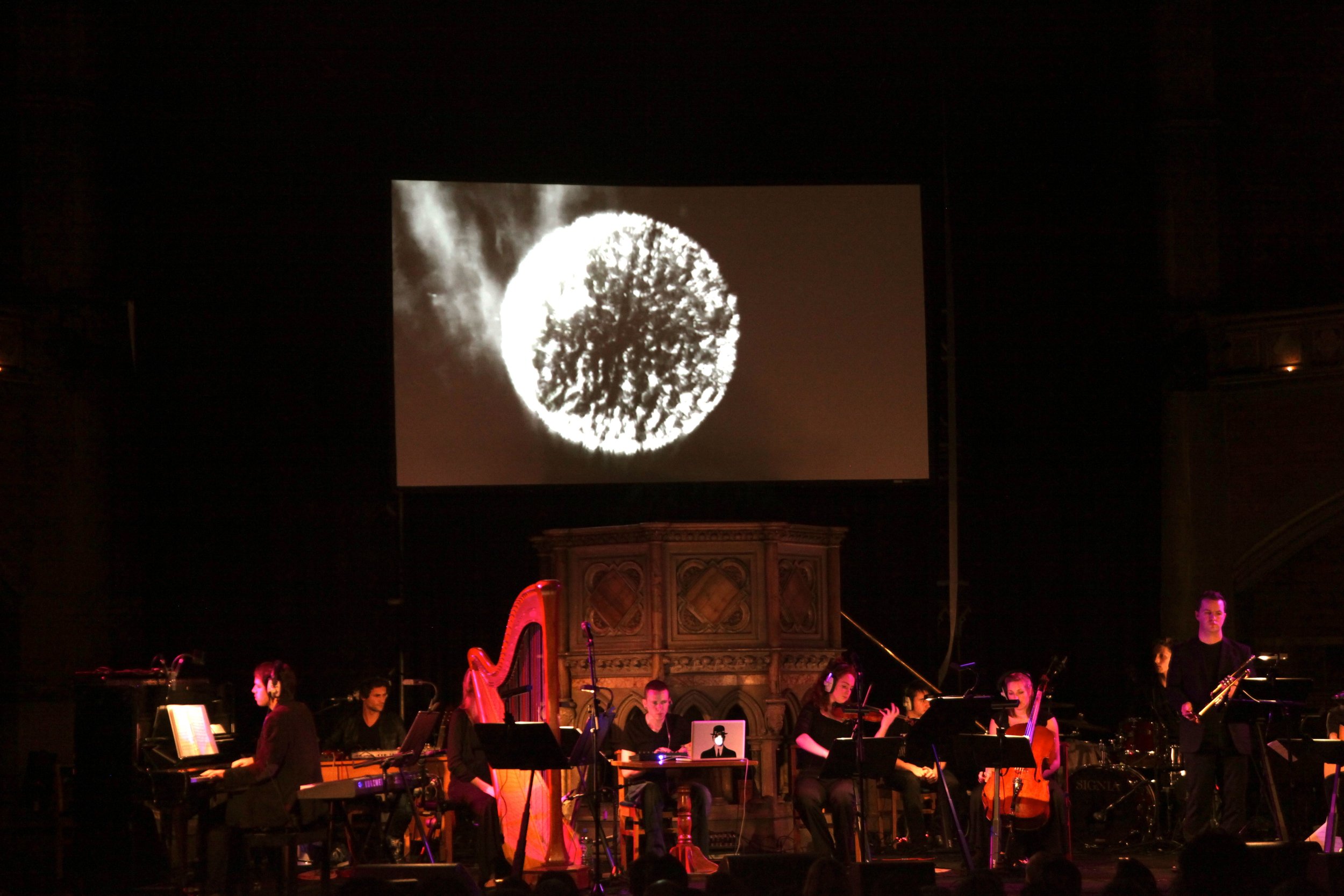
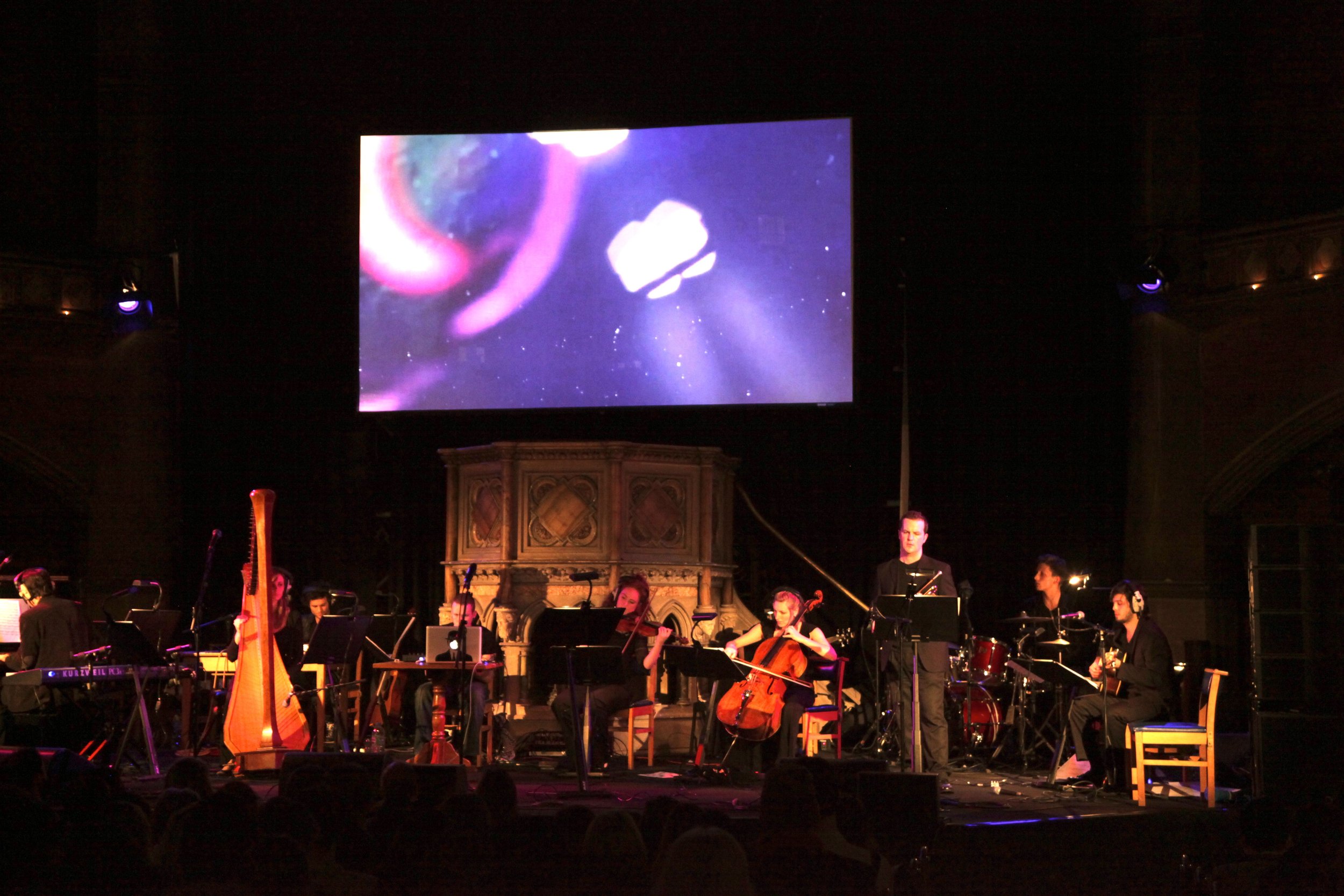
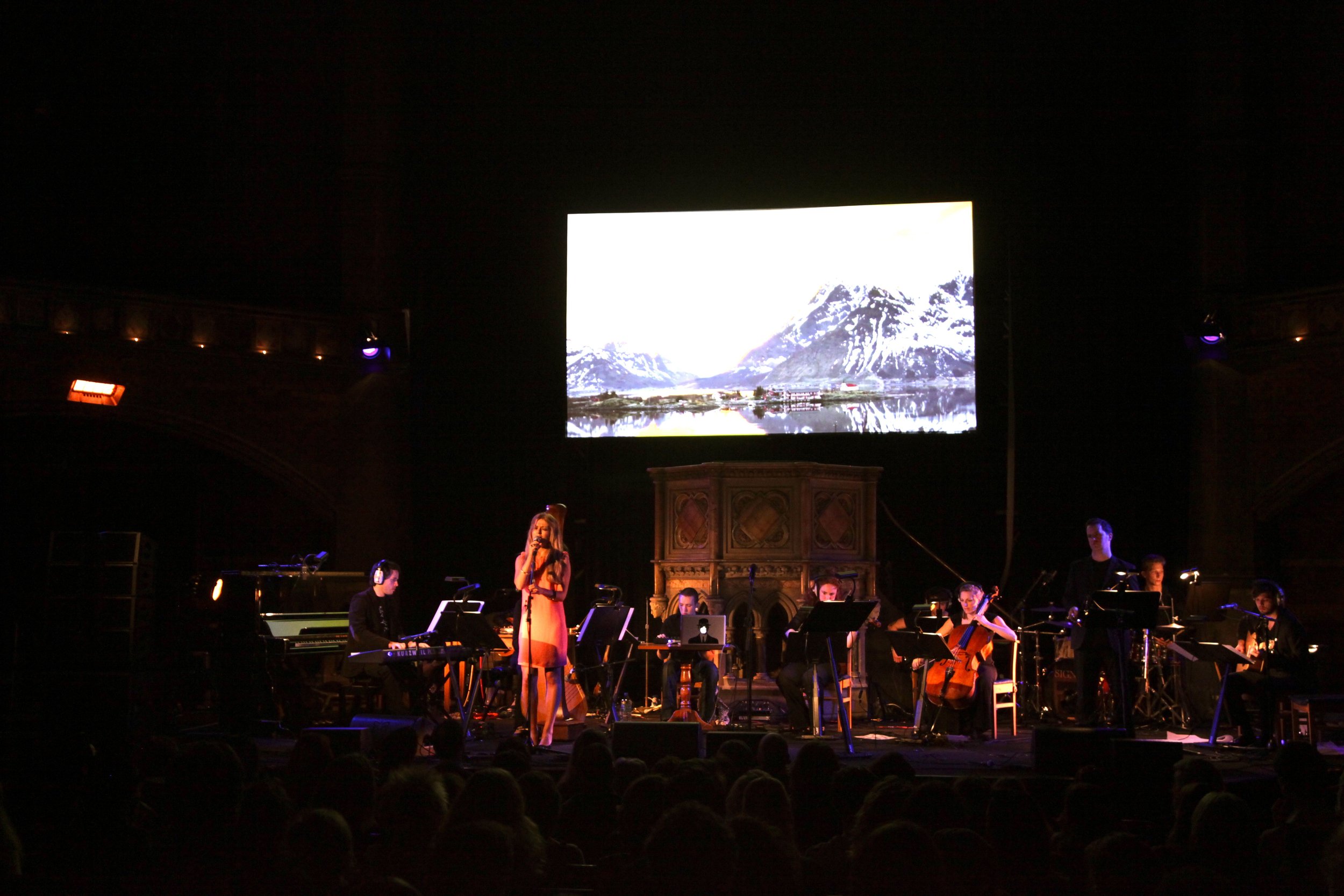
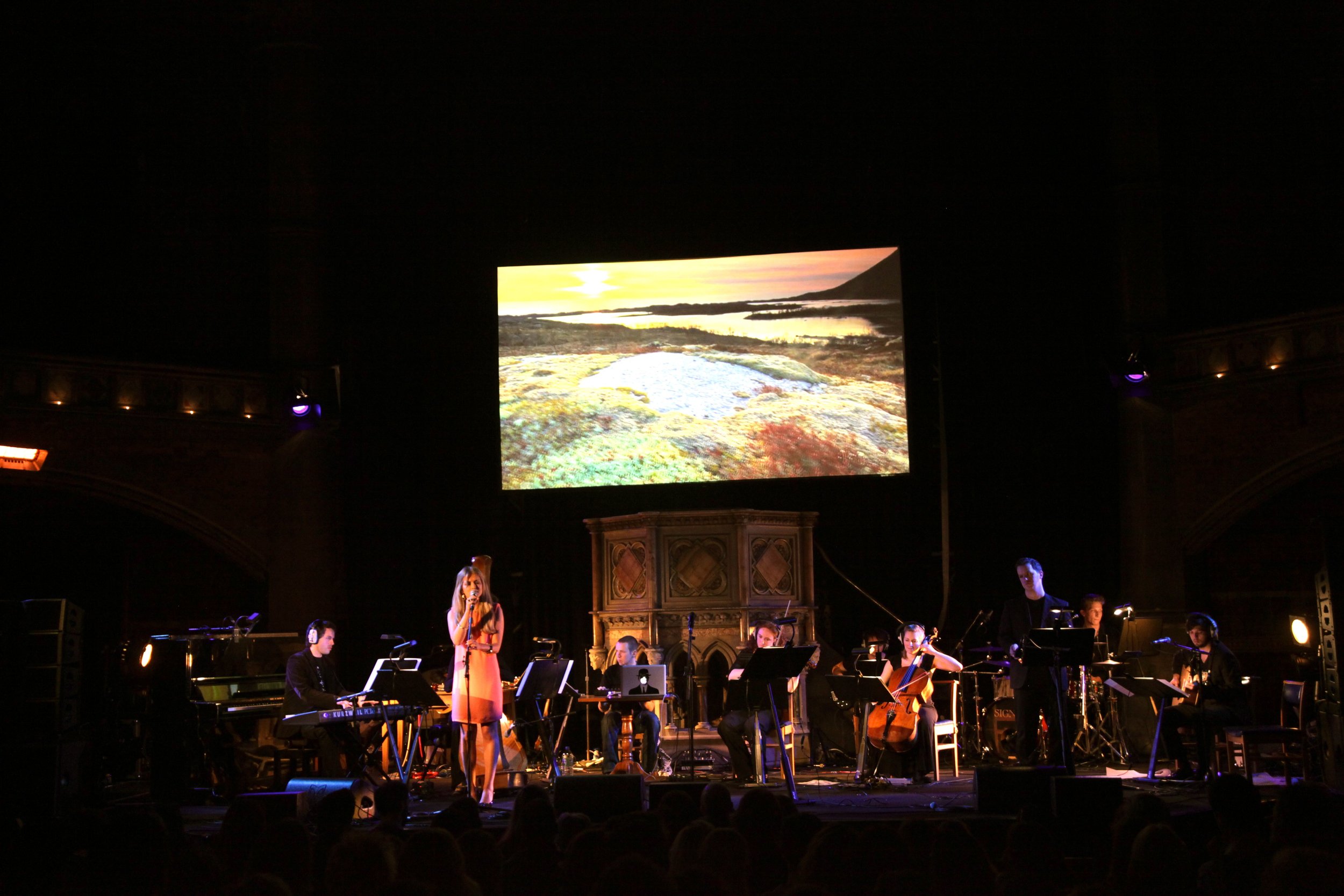
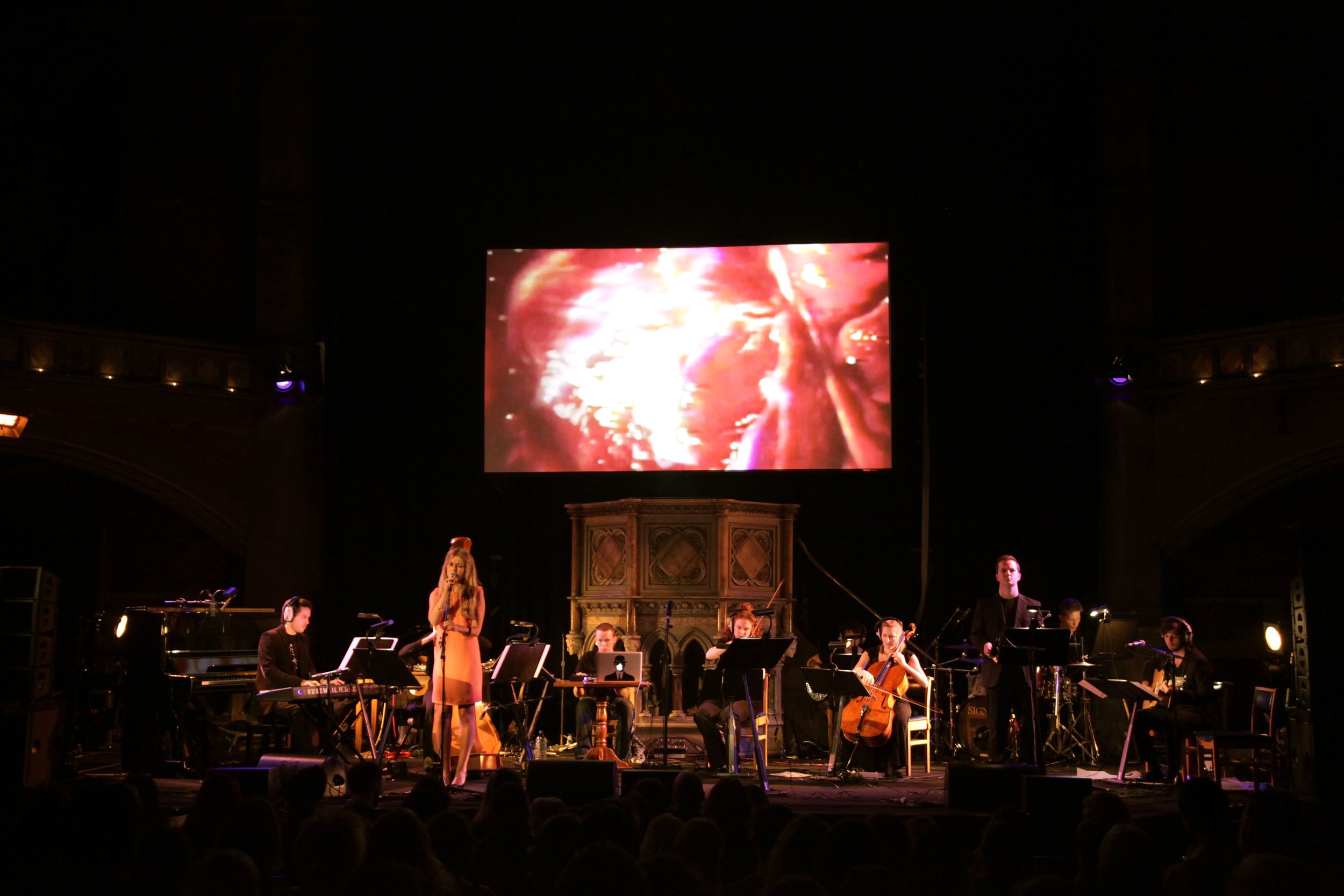
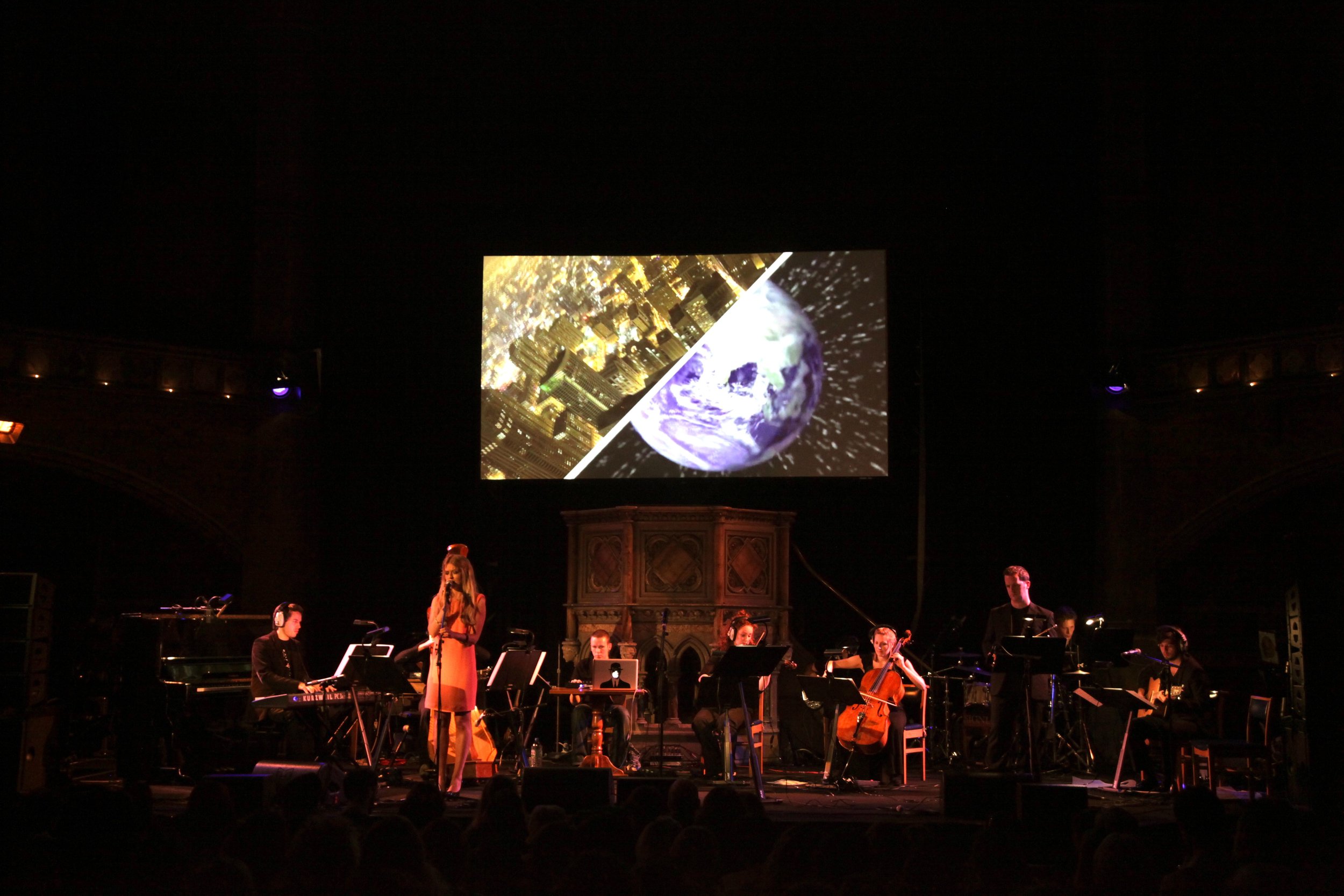
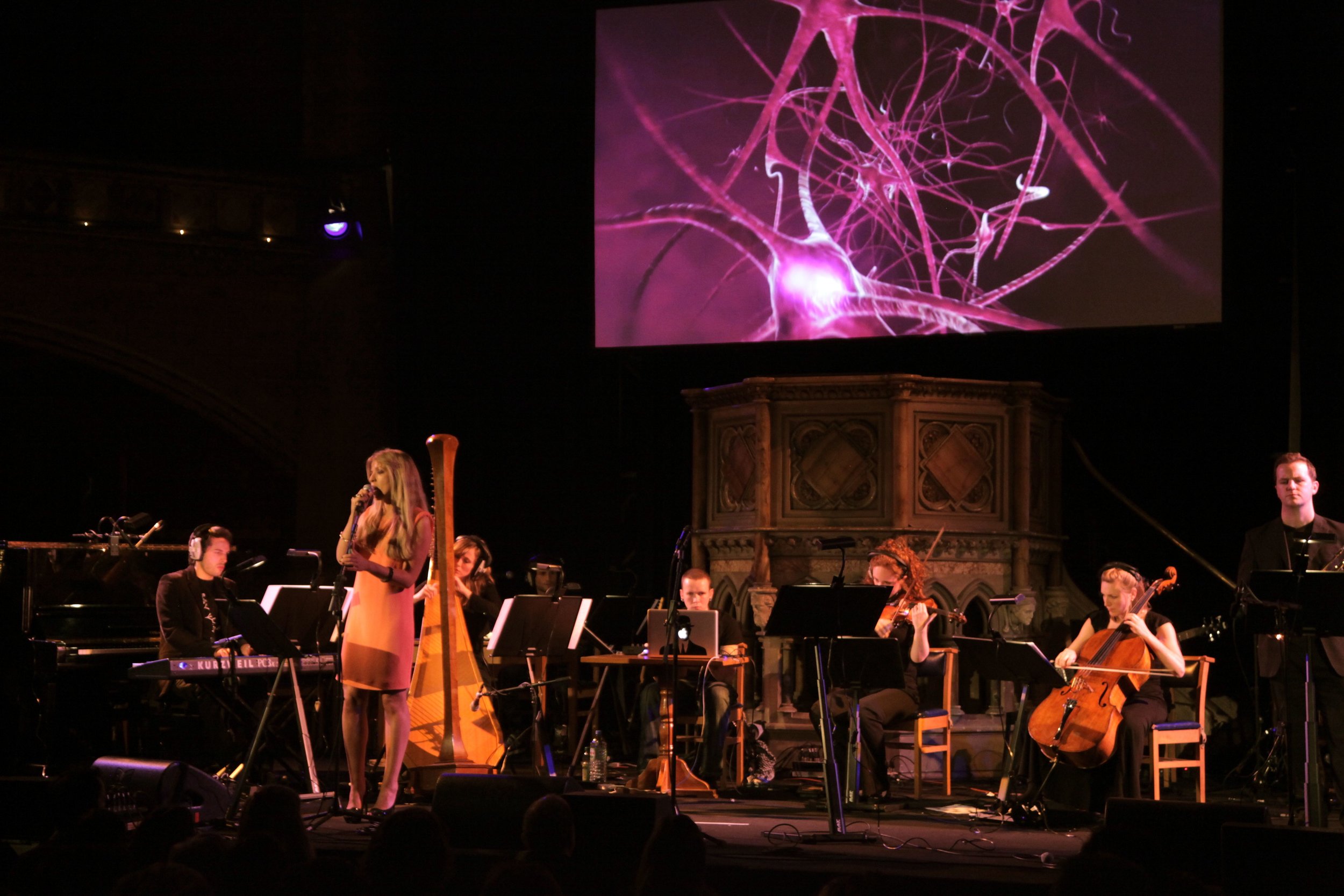
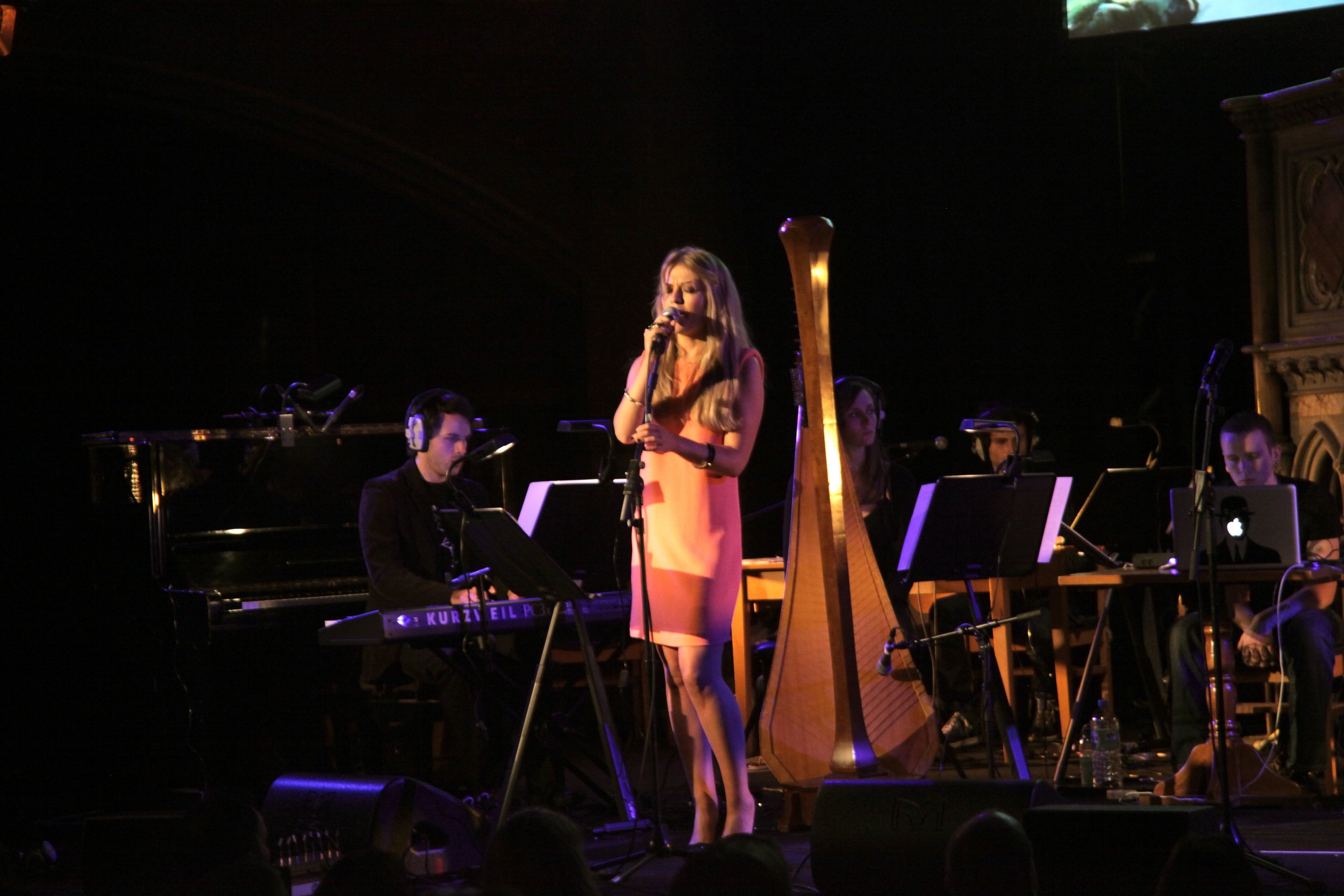
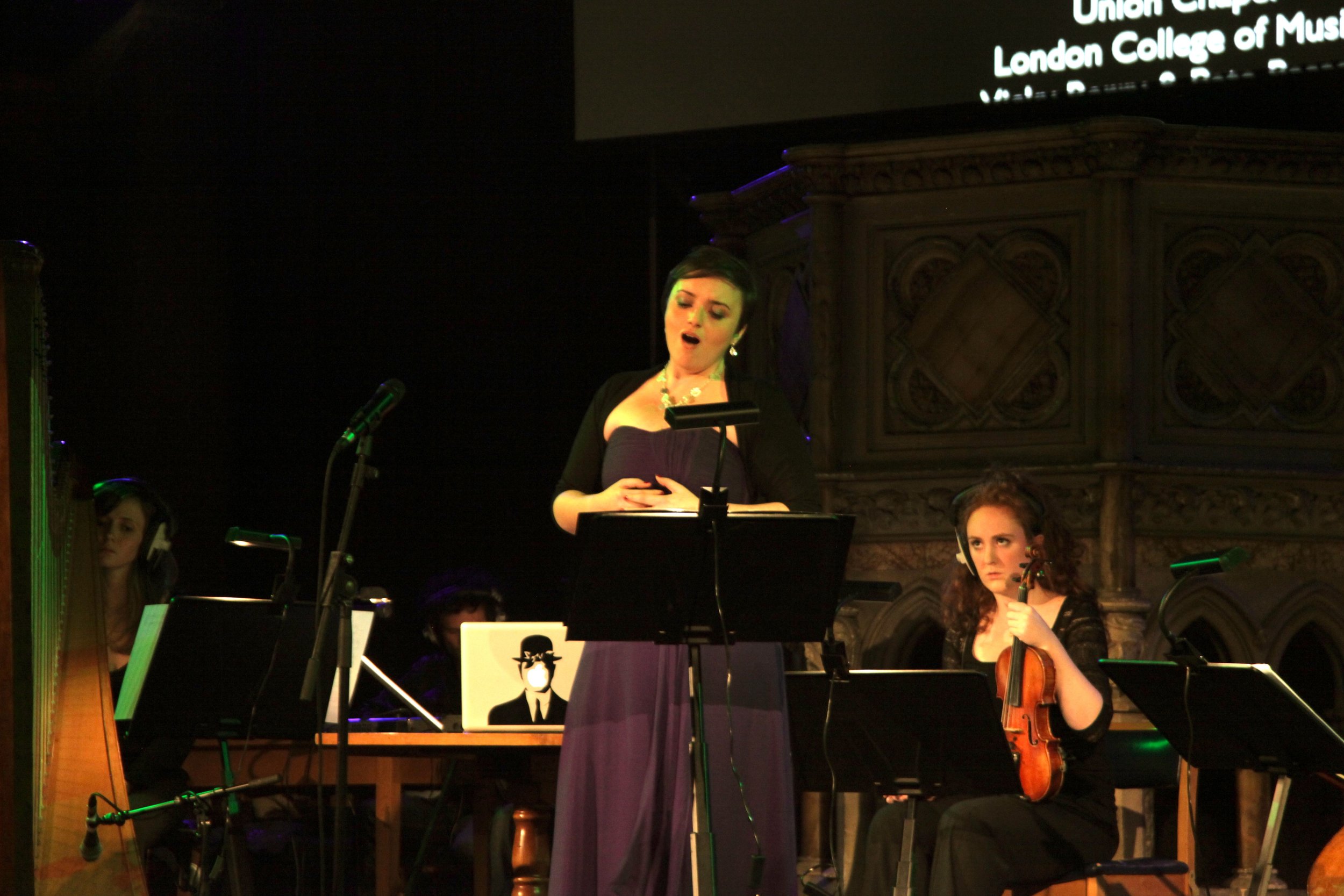
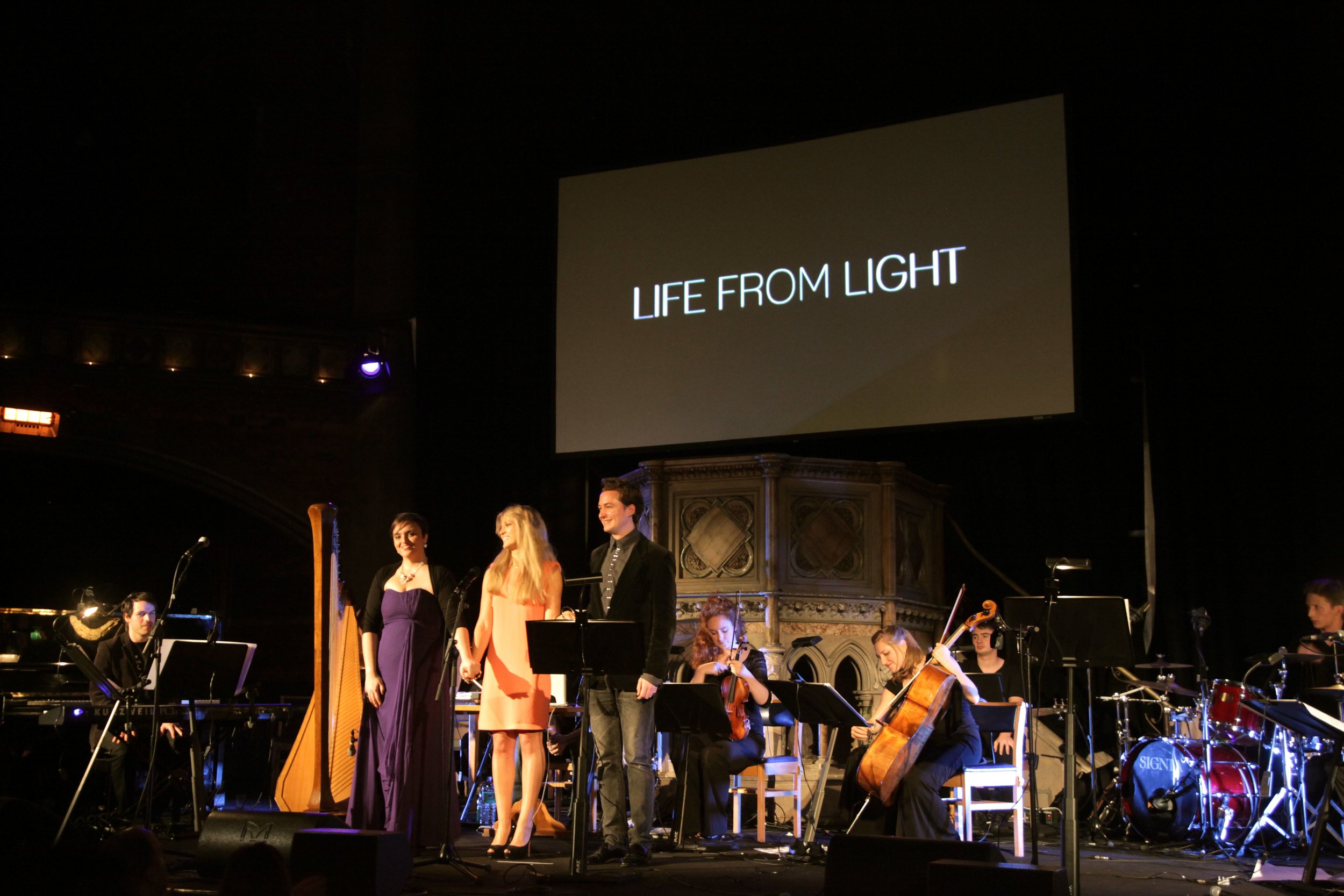
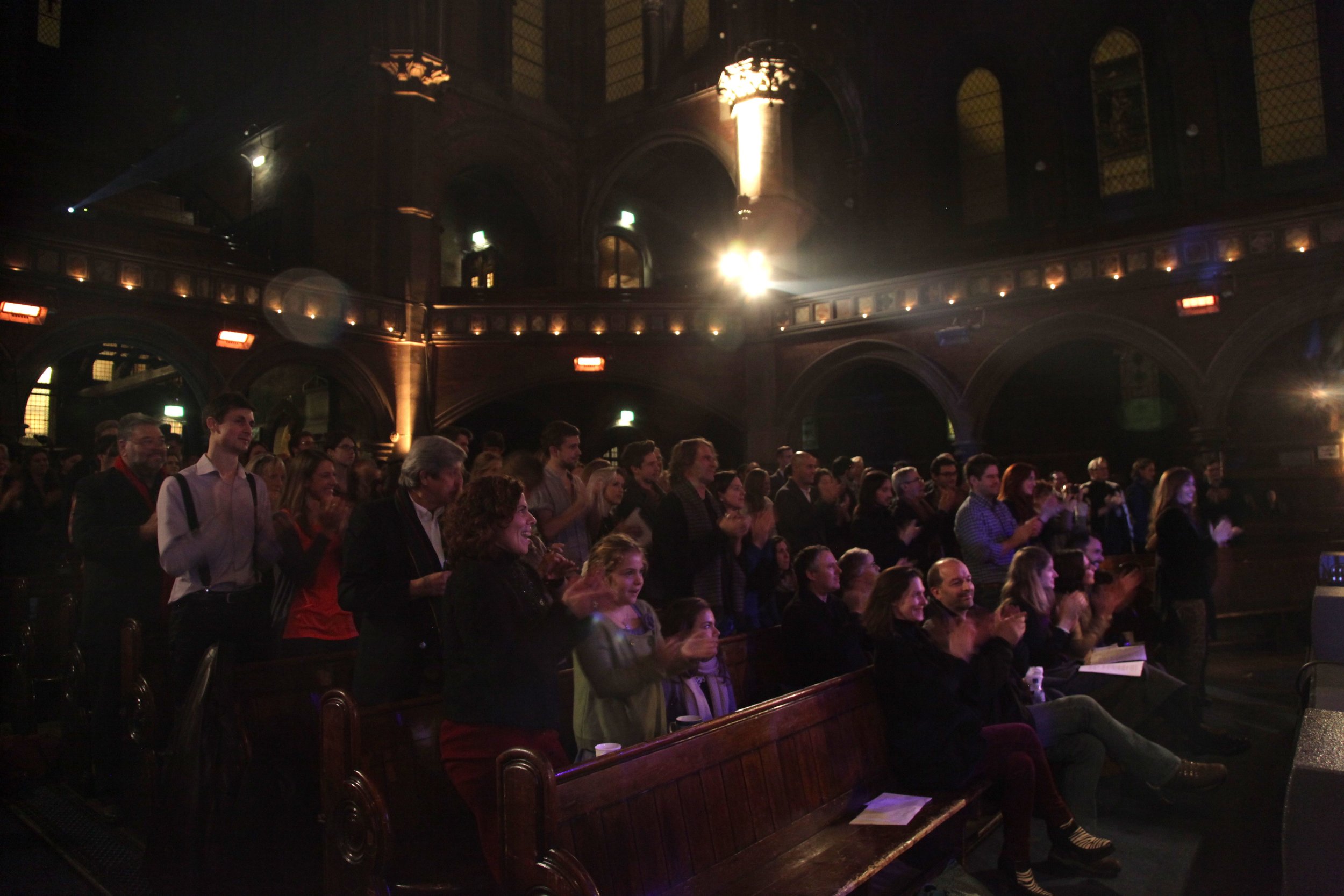
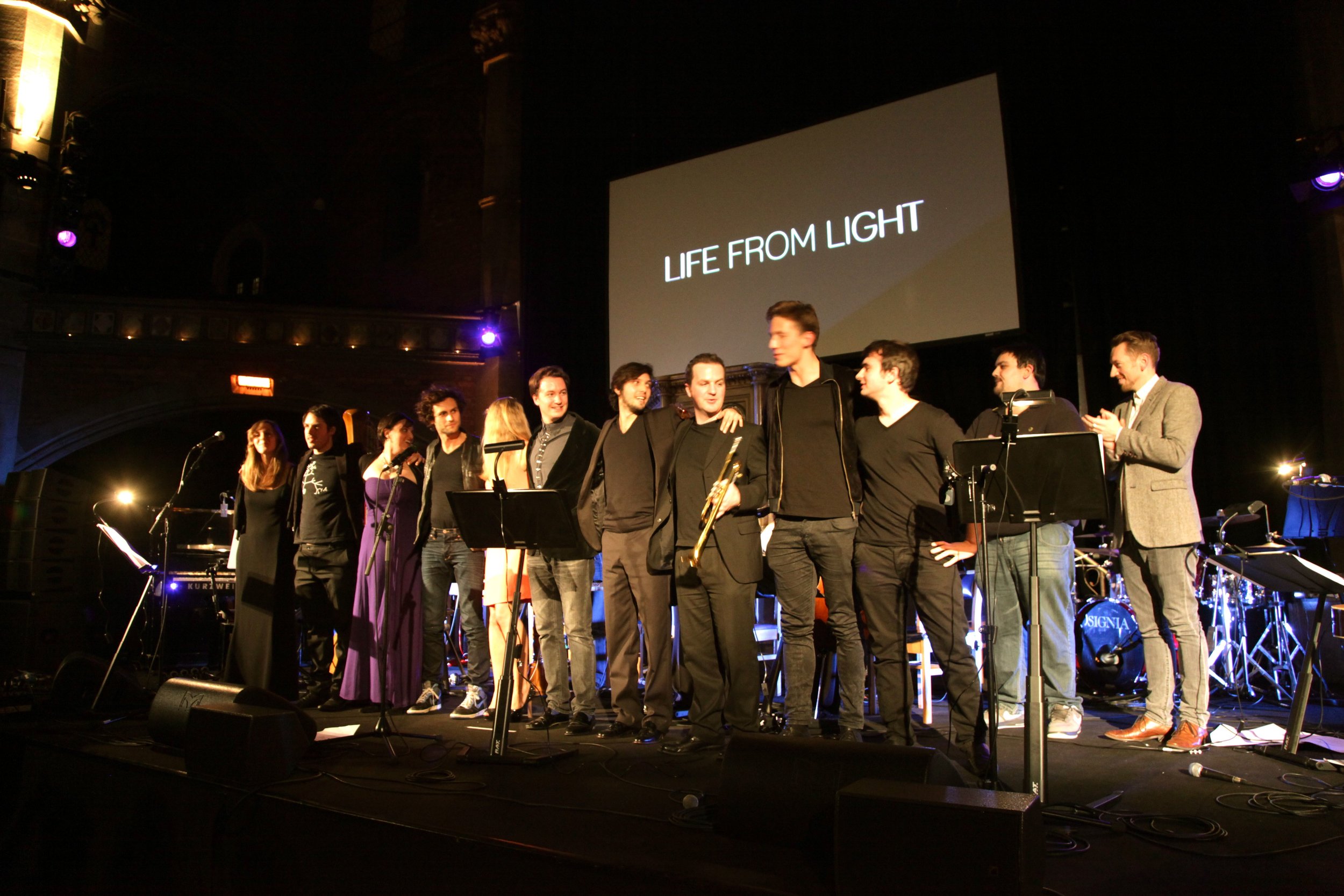
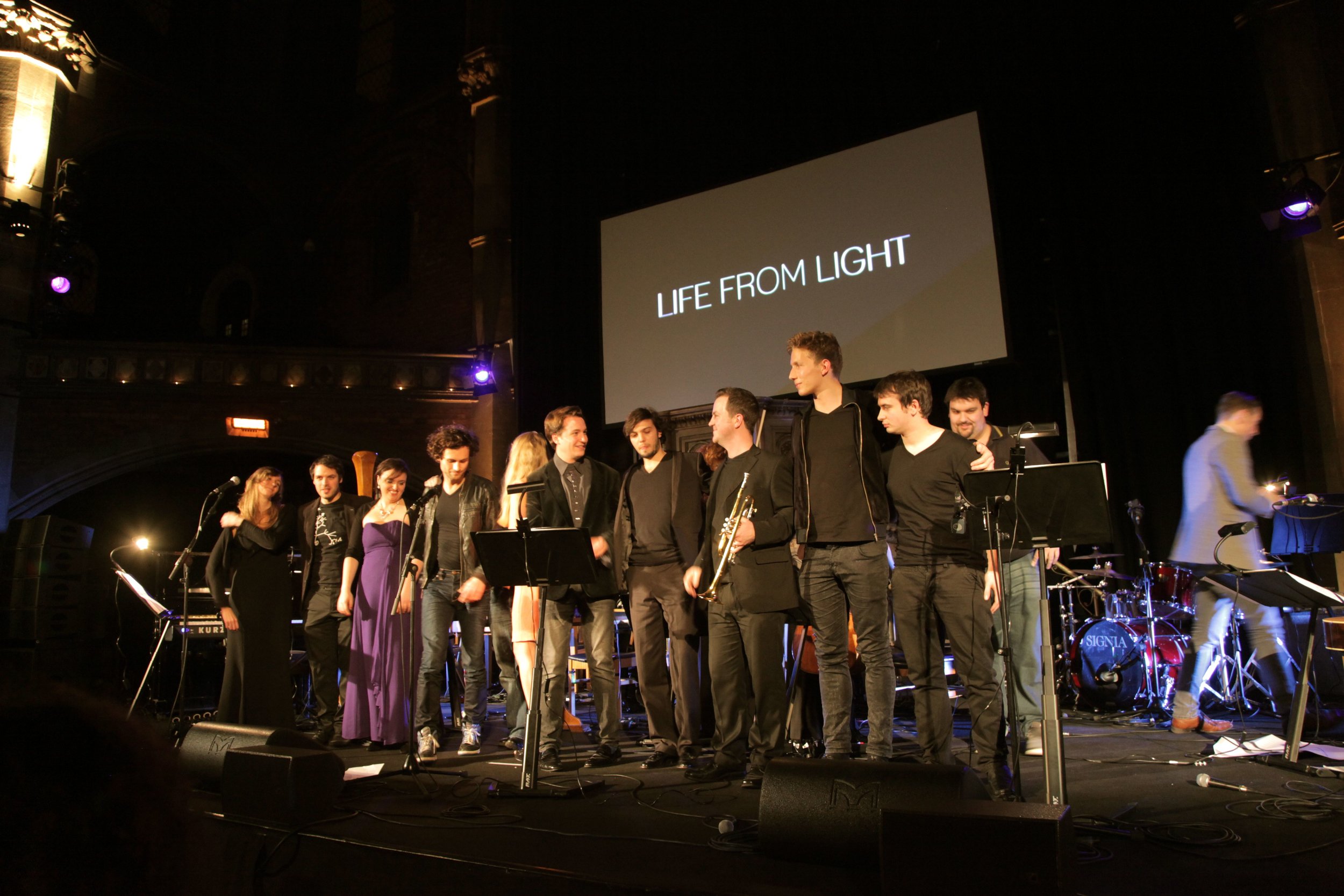






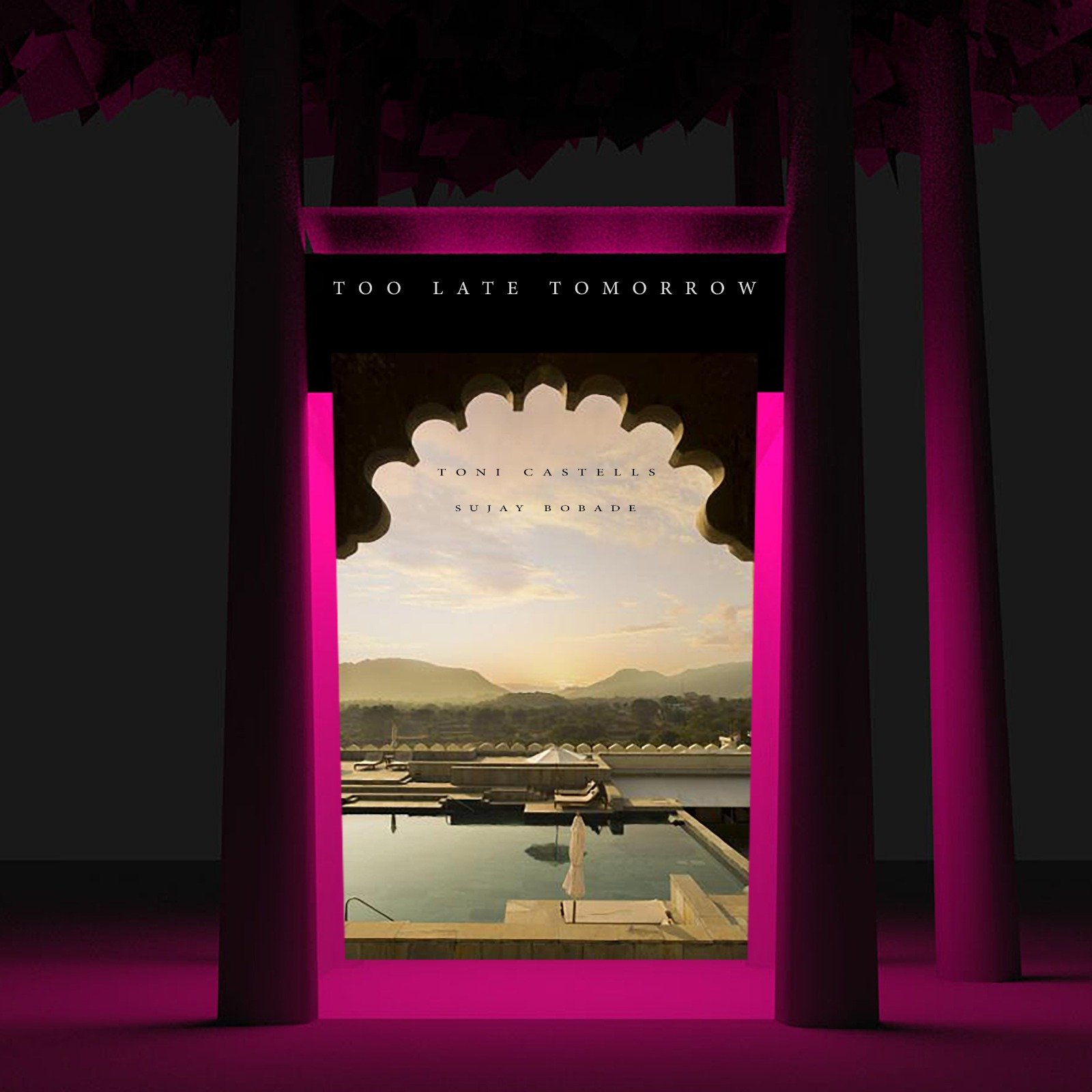
![Slaves of Time [Reimagined] (2020)](https://images.squarespace-cdn.com/content/v1/56be032845bf2136bd422c8c/1640863544781-JPIZTCVUXHU9S281VL3H/SoT+Reimagined+OK.jpg)














Artwork photo by BRYAN LANAS
’Live from Kings Place’ (2016) is the live recording of the performance of 'Life from Light' (2012) at Kings Place Hall One, London, over the 7th and 8th of August of 2014.
The concerts were part of the Tete-a-Tete Opera Festival and featured sopranos Meeta Raval and Camilla Kerslake and Cuban jazz trumpeter Yelfris Valdes.